Plant Descriptions – Echinochloa colona – Endiandra virens
Echinochloa colona
Echinochloa telmatophila
Echinopogon caespitosus
Echinopogon intermedius
Echinopogon ovatus
Echinostephia aculeata
Elipta platyglossa
Elipta prostrata
Ehretia acuminata subsp. acuminata
Einadia hastata
Einadia nutans
Einadia polygonoides
Einadia trigonos
Elaeocarpus eumundi
Elaeocarpus holopetalus
Elaeocarpus kirtonii
Elaeocarpus angustifolius
Elaeocarpus obovatus
Elaeocarpus reticulatus
Elaeocarpus sedentarius
Elaeocarpus williamsianus
Elatine gratioloides
Elatostema reticulatum
Elatostema stipitatum
Elaeodendron australe
Elattostachys microcarpa
Elattostachys nervosa
Elattostachys xylocarpa
Eleocharis acuta
Eleocharis cylindrostachys
Eleocharis dietrichiana
Eleocharis dulcis
Eleocharis equisetina
Eleocharis geniculata
Eleocharis gracilis
Eleocharis philippinensis
Eleocharis pusilla
Eleocharis sphacelata
Eleocharis tetraquetra
Elionurus citreus
Embelia australiana
Emilia sonchifolia
Emmenosperma alphitonioides
Empodisma minus
Empusa habenarina
Enchylaena tomentosa
Endiandra compressa
Endiandra crassiflora
Endiandra discolor
Endiandra floydii
Endiandra globosa
Endiandra introrsa
Endiandra muelleri
Endiandra pubens
Endiandra sieberi
Endiandra virens
Echinochloa colona
Classification
Unranked: Monocots
Unranked: Commelinids
Order: Poales
Family: Poaceae
Subfamily: Panicoideae
Tribe: Panicaea
Genus: From Ekhinos, which is Greek/Latin for a hedgehog or sea urchin and Khloa, which is Ancient Greek for a grass. It refers to the grasses’ glumes which are covered in spine like awns.
Specie: From Colonorum, which is Latin for a farmer. It refers to the grasses which thrive on cultivated land.
Sub species:
Common Name: Awnless Barnyard Grass or Jungle Rice.
Distribution:
Echinochloa colona is found east from Cape Range National Park on the Western Australian coast to Newman and north to Yawnana Creek a tributary of the De Gray River and across to Port Headland. It is also found north along the coast from the Broome north to the Sydney Basin where it turns inland along the Lachlan, Murray Rivers and Goulburn River to the Darling River.
In the west it is found from Broome south east to gullies to the north of Thomas Peak and east to the Devils Marbles.
In the Northern Territory then south east to Quilpie in south western Queensland. From here it swings in an arch around to Adelaide in South Australia. There are several outlying populations near Alice Springs in the Northern Territory, in the Swan River basin and south east Gipsland.
https://avh.ala.org.au/occurrences/search?taxa=Echinochloa+colona#tab_mapView
Habitat Aspect Climate:
Echinochloa colona prefers full sun to light dappled shade. It is found growing on the margins of open forests, dry rainforests, dry open woodlands, savannah woodlands on flat plains and slopes. Its altitude ranges from 60 meters ASL to 400 meters ASL.
The temperatures range from minus 3 degrees in August to 46 degrees in January.
The rainfall ranges from lows of 150mm to 3200mm average per annum.
Soil Requirements:
Echinochloa colona prefers medium clays to heavy clays. The soils are usually heavy grey to heavy black alluvial deposits. The soils pH ranges from 4.5pH to 7pH. It tolerates seasonal waterlogged soils. Non saline soils to moderately saline soils are tolerated.
Height & Spread:
Wild Plants: 0.4m to 0.6m by 0.5m to 1.2m
Characteristics:
The rhizomes are absent, which grows as an annual grass. The culms are erect, decumbent or spreading with geniculate nodes. The culms measure 100mm to 900mm in height. The mid culms have 3 to 8 nodes. The mid culms are glabrous while the nodes are glabrous or covered in white puberulent hairs. Plants have a fibrous root system.
The linear leaves measure 30mm to 300mm in length by 2.5mm to 10mm in width. The leaf sheath is glabrous. The bases are clasping while the apexes are tapering to narrow acute. The leaf sheath auricles are absent. The ligules are absent. The concolourous laminas are pale grass-green to pale blue-green, and glabrous with 2 to 4 purple to deep burgundy transversal bands. The laminas are flat or slightly undulating. The midrib is rounded and prominent on the on the lower lamina and is clearly visible on the upper lamina. The leaf margins are entire.
The inflorescences are compound panicle of racemes that usually have 7 to 15 racemose branches. The rachis measures 100mm to 160mm in length while the racemes measure 8mm to 45mm in length. There are few white pilose hairs between the rachises and the lower raceme. The sessile spikelets are tightly packed and irregularly arranged and obscurely paired. The 2 to 4 spikelets in a cluster measure 1.5mm to 2mm in length. The fertile spikelets are bi flowered.
The lower floret is barren or rarely male. The upper floret comprises of a single basal floret comprising 1 fertile floret without a rachilla extension. It is elliptic, ovate or orbicular and dorsally compressed. It measures 1.5mm to 3mm in length.
The sterile glumes are thinner than the fertile glumes. The lower glumes are ovate, membranous and without keels and have 3 to 5 nerved. The apexes are muticous or mucronate. The lower glumes measure 2.2mm to 2.6mm in length. The upper glumes are ovate without keels and measure 2.2mm to 2.8mm in length.
The fertile lemma is elliptic to ovate or subobovate and measures 1.5mm to 3mm in length. The tip is scabrous or covered in white puberulent hairs. The yellow or creamy white lemma is glabrous and glossy. The palea are equal to their lemma.
There are 3 white filaments have a deep crimson-burgundy caducous anther. There are 2 deep crimson-burgundy feathery pistils on each spikelet. The flowers appear from late November to early March or more often after good rainfall.
The fruits are grain heads. The grains measure 1.5mm to 2.2mm in length. The green seeds turn pale straw-grey when ripe.
Wildlife:
Echinochloa colona’s is a staple part of many native herbaceous animals like kangaroos, wallabies and native field mice.
The seed is much sought after by finches and small parrots and is a great addition for aviary birds. Small parrots especially budgerigahs relish the sweet juicy stems.
Echinochloa colona can be used as a substitute for rice. Production rates are good, marginal soils are more acceptable and water requirements are far less than the conventional crops as are the wider climate requirements for the plant.
Research: Two new scientific studies add to concerns about the dangers posed by glyphosate, the most widely used weed killer in the world.
A group of scientists from the University of Caen in France found that human placental cells are very sensitive to the herbicide at concentrations lower than the agricultural use, and that it disrupts human sex hormones. The scientists concluded that the herbicide could “induce reproduction problems” in humans.
In another study, University of Pittsburgh biologist Rick Relyea looked at the effect of Roundup on other life forms. Relyea found that the herbicide caused an 86-percent decline in the total population of tadpoles.
The Journal of Pesticide Reform published one of the most comprehensive reviews of the dangers associated with glyphosate, written by Caroline Cox, staff scientist for the Northwest Coalition for Alternatives to Pesticides. Here’s a summary of her review:
- Symptoms of exposure to glyphosate include eye irritation, blurred vision, skin rashes, burning or itchy skin, nausea, sore throat and difficulty breathing, headache, lethargy, nose bleeds and dizziness.
- In lab tests, glyphosate and herbicides containing glyphosate caused genetic damage to human and animal cells.
- Studies of farmers and other people exposed to glyphosate herbicides link this exposure to increased risks of cancer, miscarriages and attention deficit disorder. Additional laboratory tests have confirmed the results of these studies.
- Laboratory evidence indicates that glyphosate herbicides can reduce production of sex hormones.
- Application of glyphosate herbicides increases the severity of a variety of plant diseases.
- Studies of glyphosate contamination of water are limited, but new results indicate that it can easily contaminate streams in both agricultural and urban areas.
- Glyphosate herbicides cause more off-target damage incidents than all but one other herbicide – 2-4-D.
- Glyphosate herbicides cause genetic damage and harm to the immune system in fish. In frogs, glyphosate herbicides cause genetic damage and abnormal development.
While glyphosphate has a poison rating of 3 on a scale of 1 to 4 where 4 is the least dangerous, the rating is based on direct intake and apparently does not include long term exposure. Long term exposure added to the fact that GMO foods are being continually designed to accept higher levels of glyphosphate and these GMO plants are continually being bombarded with even higher levels of glyphosphate. The latest news now is that some Australian plants including Echinochloa colona are growing resistant to the herbicide faster than the crops resistance to the herbicide. The eventual outcome could be the total collapse of the grain industry as we know. Instead of using these hazardous chemicals, wouldn’t it be more appropriate to change our diets and to rotate the plants we now rely on?
A Californian jury has ordered chemical giant Monsanto to pay $US2 billion ($2.8b) to a couple who say they contracted cancer (non-hodgkin’s lymphoma) after using the commonly used weedkiller, Roundup.
It is the biggest payout against the company Monsanto over the commonly used weed-killer Roundup and the third case they have lost in recent times.
Cultivation:
Echinochloa colona is considered to be a good fodder crop. The leaves and stems are eaten. It has a rapid growth rate from mid spring after the spring rains to late autumn provided some moisture is available in the soil. It recovers well from moderate grazing and is best managed by allowing a free period between grazing.
This grass is classified as a weed by gardeners. It gives good quantities of trash for mulch thus improves soils structure and fertility. It has good potential as a landscaping grass in lawns as it mows low and recovers quickly. It is hard wearing and drought tolerant.
In cultivation they can be grown on most types of heavy clay and heavy silt loams. It requires full sun for best results and medium growth height to sustain best colour and vigor.
Lawn grubs are probably not a problem as the soils are usually too heavy and too wet for the grubs to live in and breed successfully.
Propagation:
Seeds: Echinochloa colona seeds can be sown directly onto prepared ground. Rake the surface gently and water in. Keep the area moist for around 10 days. Deeper watering and longer periods between watering will ensure deeper root penetration which means stronger healthier plants. Harvest seeds from better producing, more vigorous plants with larger seed heads.
Fertilize using seaweed, fish emulsion or organic chicken pellets soaked in water on an alternate basis. Fertilize every two months until the plants are established to maintain health, vitality and better flowering.
Further Comments from Readers:
Hi reader, it seems you use The Bible of Botany a lot. That’s great as we have great pleasure in bringing it to you! It’s a little awkward for us to ask, but our first aim is to purchase land approximately 1,600 hectares to link several parcels of N.P. into one at The Pinnacles NSW Australia, but we need your help. We’re not salespeople. We’re amateur botanists who have dedicated over 30 years to saving the environment in a practical way. We depend on donations to reach our goal. If you donate just $5, the price of your coffee this Sunday, We can help to keep the planet alive in a real way and continue to bring you regular updates and features on Australian plants all in one Botanical Bible. Any support is greatly appreciated. Thank you.
In the spirit of reconciliation we acknowledge the Bundjalung, Gumbaynggirr and Yaegl and all aboriginal nations throughout Australia and their connections to land, sea and community. We pay our respect to their Elders past, present and future for the pleasures we have gained.
Echinochloa telmatophila
Classification
Unranked: Monocots
Unranked: Commelinids
Order: Poales
Family: Poaceae
Subfamily: Panicoideae
Tribe: Panicaea
Genus:Â From Ekhinos, which is Greek/Latin for a hedgehog or sea urchin and Khloa, which is Ancient Greek for a grass. It refers to grasses’ glumes which are covered in spine like awns.
Specie: From Telemateia, which is Latin for of the marshes and Philos, which is Ancient Greek for a lover or to be loved. It refers to plants, which prefer to grow in water.
Sub species:
Common Name: Swamp Barnyard Millet or Swamp Barnyard Grass.
Distribution:
Echinochloa telmatophila is found in 3 disjunct populations in Western Australia from the Swan River lower catchment in the north to Bunbury and Busselton in the south west of Western Australia.
It is also found south on either side of the lower section of Cape York Peninsula in far north Queensland to Woolongong in central coastal New South Wales. It is mainly found on or east of the Great Dividing Range however there are several isolated populations from Einasleigh Uplands south to Coonamble west of the Range.
https://avh.ala.org.au/occurrences/search?taxa=Echinochloa+telmatophila#tab_mapView
Habitat Aspect Climate:
Echinochloa telmatophila prefer full sun to light dappled shade. It grows in ephemeral pools, shallow depressions, along creeks and streams. Its altitude ranges from 10 meters ASL to 900 meters ASL.
The temperatures range from minus 3 degrees in August to 40 degrees in January.
The rainfall ranges from lows of 550mm to 3000mm average per annum.
Soil Requirements:
Echinochloa telmatophila prefers sandy loams, light gritty clays to medium clays. The soils are derived from decomposed brown basalt, black basalt, shale metamorphic rocks, sandstones or granites. The soils pH ranges from 4.5pH to 7pH are preferred. It tolerates seasonal waterlogged soils with seasonal inundations of its habitat. Non saline soils to very saline soils are tolerated.
Height & Spread:
Wild Plants: 0.1m to 1.8m by 0.4m to 0.7m
Characteristics:
Echinochloa telmatophila grows as an annual grass with erect decumbent or spreading culms. The thick, robust, stout culms are erect, decumbent or spreading with geniculate nodes. The culms measure 500mm to 1800mm in height by 5mm to 9mm in diameter. The mid culms have 4 to 6 nodes. The mid culms and nodes are glabrous while the lateral branches are sparsely covered in white puberulent or hirsute hairs. Plants have a fibrous root system.
The linear leaves measure 100mm to 350mm in length by 1mm to 18mm in width. The leaf sheath is glabrous. The bases are clasping while the apexes are tapering to narrow acute. The leaf sheath auricles are absent. The ligules are absent. The concolourous laminas are grass-green and glabrous or scabrous. The laminas are flat or decurve downwards close to the margins. The midrib is rounded and strongly prominent on the on the lower lamina and is clearly visible on the upper lamina. The leaf margins are entire.
The inflorescencesare compound panicle of racemes that usually have 12 to 24 racemose semi erect branches. The rachis measures 100mm to 350mm in length while the racemes measure 20mm to 100mm in length.
The pedicilate spikelets are tightly packed and regularly arranged. The fertile spikelets are 2 flowered with the lower floret barren or rarely male. The basal sterile florets comprise of 1 fertile floret without a rachilla extension. It is linear or elliptic, dorsally compressed and measure 3mm to 4.2mm in length.
The lower floret is barren or rarely male. The upper floret comprises of a single basal floret comprising 1 fertile floret without a rachilla extension. It is elliptic, ovate or orbicular and dorsally compressed. It measures 1.5mm to 3mm in length.
The sterile glumes are thinner than the fertile glumes. The lower glumes are ovate, membranous and without keels and have 3 to 5 nerved. The apexes are mucronate. The upper glumes are elliptical without keels and have 5 nerves. The glumes measure 2.9mm to 4.1mm in length. The upper glume surfaces are spinose and are densely covered in white hirsute hairs. The upper glume’s apex is mucronate or awned.
The fertile lemma is elliptic to ovate or sub-obovate and measures 1.5mm to 3mm in length. The tip is scabrous or covered in white puberulent hairs. The yellow or creamy white lemma is glabrous and glossy. The paleas are equal to their lemmas. The reddish or pinkish awn measures 11mm to 21mm in length.
There are 2 or 3 deep crimson-burgundy feathery stamens on each spikelet. The single white style has a deep crimson-burgundy stigma. The flowers appear from late November to early March.
The fruits are grain heads. The grains measure 1.8mm to 2.3mm in length. The green seeds turn pale straw-grey when ripe.
Wildlife:
Echinochloa telmatophila’s is a staple part of many native herbaceous animals like kangaroos, wallabies and native field mice.
The seed is much sought after by finches and small parrots and is a great addition for aviary birds. Small parrots especially budgerigahs relish the sweet juicy stems.
Echinochloa colona can be used as a substitute for rice and I have eaten it on many occasions over a long period in place of rice and corn. Production rates are good, marginal soils are more acceptable and water requirements are far less than the conventional crops as are the wider climate requirements for the plant.
Cultivation:
Echinochloa telmatophila is considered to be a good fodder crop. The leaves and stems are eaten. It has a rapid growth rate from mid spring after the spring rains to late autumn provided some moisture is available in the soil. It recovers well from moderate grazing and is best managed by allowing a free period between grazing.
This grass is classified as a weed by gardeners. It gives good quantities of trash for mulch thus improves soils structure and fertility. It has good potential as a landscaping grass in lawns as it mows low and recovers quickly. It is hard wearing and drought tolerant.
In cultivation they can be grown on most types of fatty loamy soils to heavy clay and heavy silt loams. It requires full sun for best results but is shade tolerant and medium growth height to sustain best colour and vigor.
Lawn grubs are probably not a problem as the soils are usually too heavy and too wet for the grubs to live in and breed successfully.
Propagation:
Seeds: Echinochloa telmatophila seeds can be sown directly onto prepared ground. Cover the area to be sown with about 10mm of sharp sand. Rake the surface gently and water in. Keep the area moist for around 10 days. Deeper watering and longer periods between watering will ensure deeper root penetration which means stronger healthier lawns.
Fertilize using seaweed, fish emulsion or organic chicken pellets soaked in water on an alternate basis. Fertilize every two months until the plants are established to maintain health, vitality and better flowering.
Further Comments from Readers:
Hi reader, it seems you use The Bible of Botany a lot. That’s great as we have great pleasure in bringing it to you! It’s a little awkward for us to ask, but our first aim is to purchase land approximately 1,600 hectares to link several parcels of N.P. into one at The Pinnacles NSW Australia, but we need your help. We’re not salespeople. We’re amateur botanists who have dedicated over 30 years to saving the environment in a practical way. We depend on donations to reach our goal. If you donate just $5, the price of your coffee this Sunday, We can help to keep the planet alive in a real way and continue to bring you regular updates and features on Australian plants all in one Botanical Bible. Any support is greatly appreciated. Thank you.
In the spirit of reconciliation we acknowledge the Bundjalung, Gumbaynggirr and Yaegl and all aboriginal nations throughout Australia and their connections to land, sea and community. We pay our respect to their Elders past, present and future for the pleasures we have gained.
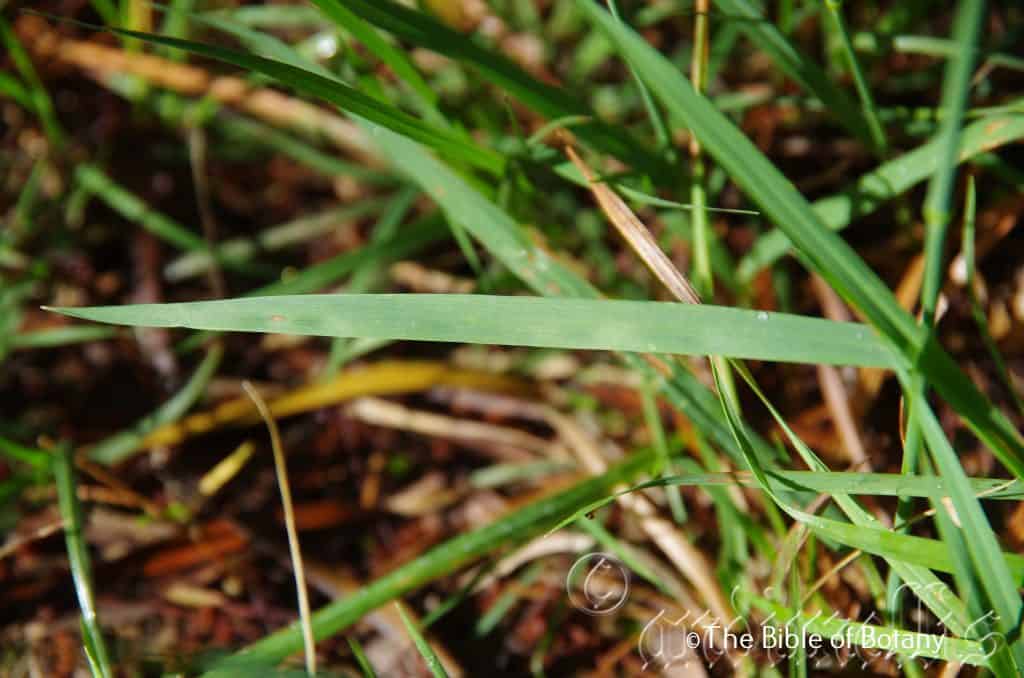
Pillar Valley NSW
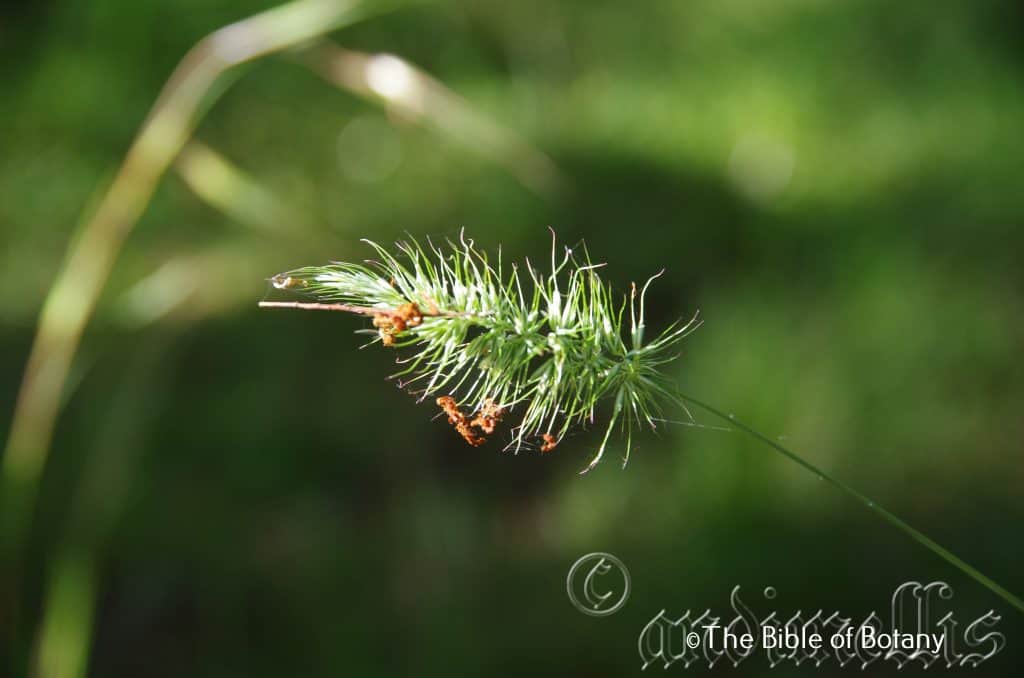
Pillar Valley NSW
Echinopogon caespitosus
Classification
Unranked: Monocots
Unranked: Commelinids
Order: Poales
Family: Poaceae
Genus: From Ekhinos, which is Greek/Latin for a hedgehog or sea urchin and Pogon, which is Ancient Greek for a beard. It refers to glumes which are covered in spines and/or have a bristly beard.
Specie: From Caespitose, which is Ancient Greek for to grow in a cluster or tufts. It refers to plants, which grow in clumps.
Sub specie: Echinopogon caespitosus subsp. caespitosus. From Caespitose, which is Ancient Greek for to grow in a cluster or tufts. It refers to plants, which grow in clumps.
Sub specie: Echinopogon caespitosus subsp. cunninghamii. Is named in honour of Allan Cunningham; 1791-1839, who was an Australian explorer, botanist and collector of plants.
Common Name: Bushy Echidna Grass or Tuft Echidna Grass.
Distribution:
Echinopogon caespitosus subsp. caespitosus is found south from the Mimosa Creek on the Blackdown Tablelands east to Caliope in central eastern Queensland and south to Wellington in north eastern Gippsland in Victoria.
There is also a small isolated population around Mount Remarkable in southern South Australia.
Echinopogon caespitosus subsp. cunninghamii is found in 2 disjunct populations one near Wellington and the second near Merimbula in New South Wales.
It is mainly found from the western slopes of the Great Dividing Range to the coastal districts.
https://avh.ala.org.au/occurrences/search?taxa=Echinopogon+caespitosus#tab_mapView
Habitat Aspect Climate:
Echinopogon caespitosus prefers full sun to light dappled shade. It grows in open forests, open woodlands and on flat grassy plains, slopes or hills. Its altitude ranges from 10 meters ASL to 700 meters ASL.
The temperatures range from minus 3 degrees in August to 40 degrees in January.
The rainfall ranges from lows of 600mm to 1600mm average per annum.
Soil Requirements:
Echinopogon caespitosus prefers sandy loams, light gritty clays to medium clays. The soils are derived from decomposed brown basalt, black basalt, shale metamorphic rocks, sandstones and granites. The soils pH ranges from 5pH to 7pH are preferred. It does not tolerate waterlogged soils though seasonal inundations are frequent in its habitat. Non saline soils to very saline soils are tolerated.
Height & Spread:
Wild Plants: 0.1m to 1.5m by 0.8m to 1.6m
Characteristics:
Echinopogon caespitosus grows as a dense or open perennial grass with erect decumbent or spreading culms. The culms measure 300mm to 900mm in height. The mid culms are glabrous while the nodes are glabrous or covered in white puberulent hairs. Plants have a fibrous root system.
The linear leaves measure 20mm to 50mm in length by 1.5mm to 5.5mm in width. The leaf sheath is striated, glabrous, retrorse scabrid. The apex is tapering to narrow acute. The lacinate or truncate ligules measure 1mm to 2mm in length. The apexes are truncate to obtuse. The ligules are sparsely covered in white puberulent hairs. The concolourous laminas are pale grass-green to pale blue-green and glabrous or sparsely or covered in white puberulent hairs. The laminas are flat. The midrib is rounded and slightly prominent on the on the lower lamina. The leaf margins are entire.
The inflorescences is a panicle. The erect or rarely nodding rachises are oblong, lanceolate or ovate and are usually continuous are at times interrupted. The panicles measures 10mm to 100mm in length by 8mm to 50mm including the awn.
The linear to oblong spikelets measure 3mm to 5mm in length.
The similar lanceolate glumes are elliptical to broadly elliptical, firmly membranous with al scabrid or rigid keel. The keel is covered in white ciliate hairs on the upper side and glabrous below.
The lemmas have 5 to 7 nerves and measure 3mm to 5mm in length. The apexes are bilobed or entire. When the lobes are present they measure1.5mm in length. The callus hairs measure 1mm in length
The palea are equal or sub equal to the lemma. The keels are scabrid with and are covered in white, bristly ciliate hairs keel near apex. The deep purple-black awns are rigid, scabrid and measure 1.5mm to 16mm in length.
There is 1 stamen on each spikelet. The flowers appear from late November to early March.
The seeds measure 1.6mm to 1.8mm in length. The green seeds turn pale straw-fawn when ripe.
Wildlife:
The leaves are a staple part of many native herbaceous animals like kangaroos, wallabies and native field mice.
The leaves are also eaten by the larvae of several unknown moths.
Cultivation:
It is not considered to be a good fodder crop with conflicting reports from creating staggers in young cattle to the seeds being edible. The leaves, stems and seed heads are eaten but are probably mainly used as bulk. It has a rapid growth rate from mid spring after the spring rains to late autumn.
This grass is classified as a weed by gardeners. It gives poor quantities of trash for mulch for its size thus is of only average for improving soils structure and fertility. It has moderate potential as a landscaping grass. It is moderately drought tolerant.
In cultivation it can be grown on most types of soil even heavy clay. It requires full sun for best results and medium growth height to sustain best colour and vigour.
Propagation:
Seeds: Echinopogon caespitosus seeds can be sown directly onto prepared ground. Cover the area to be sown with about 10mm of sharp sand. Rake the surface gently and water in. Keep the area moist for around 10 days. Deeper watering and longer periods between watering will ensure deeper root penetration which means stronger healthier lawns.
Alternately seeds can be sown directly into a seed raising mix and covered with 5mm of the mix. Place the trays in a sunny warm position and keep moist not wet. Germination will be completed within 30 days.
When the seedlings are 25mm to 50mm tall, prick them out and plant them into 50mm native tubes using a seed raising mix.
Once the seedlings reach 150mm to 200mm in height plant them out into their permanent position. Mass plantings can be achieved by planting them at 1 meter to 2.5 meters centers.
Fertilize using seaweed, fish emulsion or organic chicken pellets soaked in water on an alternate basis. Fertilize every two months until the plants are established to maintain health, vitality and better flowering.
Further Comments from Readers:
Hi reader, it seems you use The Bible of Botany a lot. That’s great as we have great pleasure in bringing it to you! It’s a little awkward for us to ask, but our first aim is to purchase land approximately 1,600 hectares to link several parcels of N.P. into one at The Pinnacles NSW Australia, but we need your help. We’re not salespeople. We’re amateur botanists who have dedicated over 30 years to saving the environment in a practical way. We depend on donations to reach our goal. If you donate just $5, the price of your coffee this Sunday, We can help to keep the planet alive in a real way and continue to bring you regular updates and features on Australian plants all in one Botanical Bible. Any support is greatly appreciated. Thank you.
In the spirit of reconciliation we acknowledge the Bundjalung, Gumbaynggirr and Yaegl and all aboriginal nations throughout Australia and their connections to land, sea and community. We pay our respect to their Elders past, present and future for the pleasures we have gained.
Echinopogon intermedius
Classification
Unranked: Monocots
Unranked: Commelinids
Order: Poales
Family: Poaceae
Genus: From Ekhinos, which is Greek/Latin for a hedgehog or sea urchin and Pogon, which is Ancient Greek for a beard. It refers to glumes which are covered in spines and/or have a bristly beard.
Specie: From Inter/Intra, which is Latin for between or among and Mosos, which is Ancient Greek or Medium, which is Latin for half way or in a middle position. It refers to characteristics which has a position somewhere in the middle, very average of the species within the genus or intermediate between 2 species within the genus.
Sub species:
Common Name: Upright Echidna Grass.
Distribution:
Echinopogon intermedius is found south from Pratten and Inglewood in southern Queensland through New South Wales to Whitefield in northern Victoria. It is found from the western slopes of the Great Dividing Range to coastal districts. There is an isolated population found at Mundubberra in southern Queensland. Echinopogon intermedius is noticeably more commonly found in the northern parts of its range becoming less common as it moves further south.
https://avh.ala.org.au/occurrences/search?taxa=Echinopogon+intermedius#tab_mapView
Habitat Aspect Climate:
Echinopogon intermedius prefers full sun to light dappled shade. It grows in dry open forests and dry open woodlands, grasslands on flat plains, along water courses or in slight depressions, where the soils remain moist for extended periods. Its altitude ranges from 5 meters ASL to 400 meters ASL.
The temperatures range from minus 3 degrees in August to 36 degrees in January.
The rainfall ranges from lows of 600mm to 1300mm average per annum.
Soil Requirements:
Echinopogon intermedius prefers sandy loams, light gritty clays to medium clays. The soils are usually derived from decomposed brown sandstone or granite. The soils pH ranges from 5pH to 6.5pH are preferred. It tolerates seasonal waterlogged soils. Non saline soils to very saline soils are tolerated.
Height & Spread:
Wild Plants:0.6m to 0.8m by 0.4m to 0.7m
Characteristics:
Echinopogon intermedius grows as a perennial tufted grass. The erect or ascending, geniculate culms measure 50mm to 550mm in height. The few lateral branches are simple. The mid culms have 2 to 5 nodes. The mid culms are glabrous. Plants have an elongated rhizome root system.
The linear leaves measure 20mm to 120mm in length by 1mm to 10mm in width. The leaf sheath is retrorse, scabrous on the upper surfaces while the lower surfaces are glabrous or covered in short white puberulent hairs. The apex is tapering to narrow acute. The truncate, eciliate, membranous ligules measure 1.5mm in length. The ligules are covered in white hirsute hairs. The concolourous laminas are pale grass-green to pale blue-green and are glabrous or scabrous or sparsely or covered in white puberulent hairs. The laminas are flat. The midrib is rounded and slightly prominent on the on the lower lamina. The leaf margins are entire.
The inflorescences are cylindrical panicles. The rachis measures 25mm to 65mm in length by 20mm to 40mm in diameter including the awns.
The spikelets are loosely and irregularly arranged and consist of single fertile florets with barren rachilla extensions. The spikelets are oblong or cuneate and measure 4.5mm to7mm in length. The lower florets are more spreading than the upper florets.
The lower glumes are lanceolate, elliptical or ovate and measure 2.2mm to 3.5mm in length. The lower glumes’ membranous or chartaceous and covered in white pulverulent hairs and have a single keel with a single nerve.
The upper glumes are lanceolate or elliptic or oblong and measure 2.2mm to 3.5mm in length. The lemmas have 3 to 5 nerves and are glabrous. The lemmas’ membranous or chartaceous and covered in white pulverulent hairs and have a single keel with a single nerve.
The lemmas are usually shorter or longer than the glumes and measure 2mm to 4mm in length. The lemmas have 5 to 7-nerves and are glabrous or occasionally covered in white puberulent hairs between the nerves. The apical or sub apical awns are rigid, dentate and sparsely covered in straw coloured hispid hairs. They measure 8mm to 30mm in length. The awns are absent lateral sterile lemmas. The 2 nerved palea are shorter than lemma and are lanceolate. The keel’s apex is scabrid to ciliolate
There are 3 stamens on each floret. The flowers appear from late November to early June.
The seeds measure 1mm to 1.5mm in length. The green seeds turn pale straw-grey when ripe.
Wildlife:
Echinopogon intermedius‘s seeds are a staple part of many native herbaceous animals like kangaroos, wallabies and native field mice.
Cultivation:
Echinopogon intermedius is not considered to be a good fodder crop with conflicting reports from creating staggers in young cattle to the seeds being edible. The leaves, stems and seed heads are eaten but are probably mainly used as bulk. It has a rapid growth rate from mid spring after the spring rains to late autumn.
This grass is classified as a weed by gardeners. It gives poor quantities of trash for mulch for its size thus is of only average for improving soils structure and fertility. It is moderately drought tolerant.
In cultivation it can be grown on most types of soil even heavy clay. It requires full sun for best results and medium growth height to sustain best colour and vigour.
It has moderate potential as a landscaping grass. The grasses however can make interesting perennial tufts in court yards, around swimming pools along fence lines and large rockeries.
Propagation:
Seeds: The seeds can be sown directly onto prepared ground. Cover the area to be sown with about 10mm of sharp sand. Rake the surface gently and water in. Keep the area moist for around 10 days. Deeper watering and longer periods between watering will ensure deeper root penetration which means stronger healthier lawns.
Alternately seeds can be sown directly into a seed raising mix and covered with 5mm of the mix. Place the trays in a sunny warm position and keep moist not wet. Germination will be completed within 30 days.
When the seedlings are 25mm to 50mm tall, prick them out and plant them into 50mm native tubes using a seed raising mix.
Once the seedlings reach 150m to 200mm in height plant them out into their permanent position. Mass plantings can be achieved by planting them at 1 meter to 2.5 meter centers.
Fertilize using seaweed, fish emulsion or organic chicken pellets soaked in water on an alternate basis. Fertilize every two months until the plants are established to maintain health, vitality and better flowering.
Further Comments from Readers:
Hi reader, it seems you use The Bible of Botany a lot. That’s great as we have great pleasure in bringing it to you! It’s a little awkward for us to ask, but our first aim is to purchase land approximately 1,600 hectares to link several parcels of N.P. into one at The Pinnacles NSW Australia, but we need your help. We’re not salespeople. We’re amateur botanists who have dedicated over 30 years to saving the environment in a practical way. We depend on donations to reach our goal. If you donate just $5, the price of your coffee this Sunday, We can help to keep the planet alive in a real way and continue to bring you regular updates and features on Australian plants all in one Botanical Bible. Any support is greatly appreciated. Thank you.
In the spirit of reconciliation we acknowledge the Bundjalung, Gumbaynggirr and Yaegl and all aboriginal nations throughout Australia and their connections to land, sea and community. We pay our respect to their Elders past, present and future for the pleasures we have gained.
Echinopogon ovatus
Classification
Unranked: Monocots
Unranked: Commelinids
Order: Poales
Family: Poaceae
Genus: From Ekhinos, which is Greek/Latin for a hedgehog or sea urchin and Pogon, which is Ancient Greek for a beard. It refers to glumes which are covered in spines and/or have a bristly beard.
Specie: From Ovatis, which is Latin for almost an egg shape. It refers to grass spikes, which has the outline of an egg in shape.
Sub species:
Common Name: Forest Echidna Grass.
Distribution:
Echinopogon ovatus is found from near Onslow and the Swan River Coastal Plain south of Perth to Walpole-Nornalup National Park in south western, Western Australia.
In the east it is found in several disjunct populations south from the Atherton Tablelands in far north Queensland to the Glass House Mountains National Park in southern Queensland where it is found continuously to the Bass Strait Islands and southern Tasmania and west to the Narracoorte Coastal Plains.
In South Australia it is found south from the west wall on the Wipena Pound on the Flinders Ranges to Kangaroo Island.
https://avh.ala.org.au/occurrences/search?taxa=Echinopogon+ovatus#tab_mapView
Habitat Aspect Climate:
Echinopogon ovatus prefer full sun to light dappled shade. It grows in dry open forests and dry open woodlands on flat plains, which are subject to seasonal flooding and slopes and hills behind the frontal dunes and mangrove swamps. Its altitude ranges from 10 meters ASL to 800 meters ASL.
The temperatures range from minus 5 degrees in August to 40 degrees in January.
The rainfall ranges from lows of 100mm to 2800mm average per annum.
Soil Requirements:
Echinopogon ovatus prefer sandy loams, light gritty clays to medium clays. The soils are derived from decomposed brown basalt, black basalt, shale metamorphic rocks, sandstone and granite. The soils pH ranges from 4.5pH to 6pH are preferred. It does not tolerate waterlogged soils though seasonal inundations are frequent in its habitat. Non saline soils to very saline soils are tolerated.
Height & Spread:
Wild Plants: 0.6m to 1.2m by 0.4m to 0.7m
Characteristics:
Echinopogon intermedius grows as a perennial tufted grass. The ascending, geniculate culms usually measure 100mm to 600mm in height but are known to grow to 1200mm under very favourable conditions. The few lateral branches are simple. The mid culms have 3 to 7 nodes. The mid culms are glabrous. Plants have an elongated rhizome root system.
The linear to narrow lanceolate leaves are spreading to recurved and measure 15mm to 160mm in length by 2mm to 8.5mm in width. The retrorse leaf sheaths are scabrous on the upper surfaces while the lower surfaces are glabrous or covered in white villous or pilose hairs. The leaf sheath auricles are absent. The truncate, eciliate membranous ligules measure 1mm to 2.5mm in length. The Bases are cauline while the apexes are tapering to narrow acute. The concolourous laminas are pale grass-green to pale blue-green and glabrous or scabrous or sparsely or covered in white puberulent hairs. The laminas are flat. The midrib is rounded and slightly prominent on the on the lower lamina. The leaf margins are entire.
The inflorescences are densely packed panicles. The panicles are oblong or ovate and measure 5mm to 50mm in length by 10mm to 25mm in diameter including the awns.
The spikelets are tightly packed along the rachises and are pedicellate. The fertile spikelet is single flowered and comprise of a single fertile floret with a barren rachilla extension. The oblong or obovate, laterally compressed spikelets measure 3mm to 5.1mm in length.
The lower glumes are lanceolate or elliptical and are membranous with a single keel and have a single nerve. They measure 2.5mm to 4mm in length. The lower glumes are lanceolate to elliptical or ovate and are membranous with a single keel and have 1 to 3 nerves. They measure 3mm to 5mm in length. The keels are scabrid and or covered in short, white ciliolate hairs.
The lemmas are longer than the glumes and measure 3.5mm to 5mm in length. The single keel lemmas have 5 to 7-nerves and are glabrous or occasionally covered in white puberulent hairs between the nerves. The apical awns are rigid and measure 3mm to 15mm in length. The awns are absent on the lateral sterile lemmas. The 2 nerved palea are shorter than lemma and are lanceolate. The keels’ apexes are scabrid to ciliolate
There are 3 stamens on each floret. The flowers appear from September to November.
The seeds measure 2mm to 2.5mm in length. The green seeds turn pale straw-fawn when ripe.
Wildlife:
Echinopogon ovatus‘s leaves are eaten by many types of butterfly larvae.
Cultivation:
Echinopogon ovatus is not considered to be a good fodder crop. The leaves, stems and seed heads are eaten but are probably mainly used as bulk. It has a rapid growth rate from mid spring after the spring rains to late autumn.
This grass is classified as a weed by gardeners. It gives poor quantities of trash for mulch for its size thus is of only average for improving soils structure and fertility. It is moderately drought tolerant.
In cultivation it can be grown on most types of soil even heavy clay. It requires full sun for best results and medium growth height to sustain best colour and vigour.
Propagation:
Seeds: Echinopogon ovatus seeds can be sown directly onto prepared ground. Cover the area to be sown with about 10mm of sharp sand. Rake the surface gently and water in. Keep the area moist for around 10 days. Deeper watering and longer periods between watering will ensure deeper root penetration which means stronger healthier lawns.
Alternately seeds can be sown directly into a seed raising mix and covered with 5mm of the mix. Place the trays in a sunny warm position and keep moist not wet. Germination will be completed within 30 days.
When the seedlings are 25mm to 50mm tall, prick them out and plant them into 50mm native tubes using a seed raising mix.
Once the seedlings reach 150m to 200mm in height plant them out into their permanent position. Mass plantings can be achieved by planting them at 1 meter to 2.5 meter centers.
Fertilize using seaweed, fish emulsion or organic chicken pellets soaked in water on an alternate basis. Fertilize every two months until the plants are established to maintain health, vitality and better flowering.
Further Comments from Readers:
Hi reader, it seems you use The Bible of Botany a lot. That’s great as we have great pleasure in bringing it to you! It’s a little awkward for us to ask, but our first aim is to purchase land approximately 1,600 hectares to link several parcels of N.P. into one at The Pinnacles NSW Australia, but we need your help. We’re not salespeople. We’re amateur botanists who have dedicated over 30 years to saving the environment in a practical way. We depend on donations to reach our goal. If you donate just $5, the price of your coffee this Sunday, We can help to keep the planet alive in a real way and continue to bring you regular updates and features on Australian plants all in one Botanical Bible. Any support is greatly appreciated. Thank you.
In the spirit of reconciliation we acknowledge the Bundjalung, Gumbaynggirr and Yaegl and all aboriginal nations throughout Australia and their connections to land, sea and community. We pay our respect to their Elders past, present and future for the pleasures we have gained.
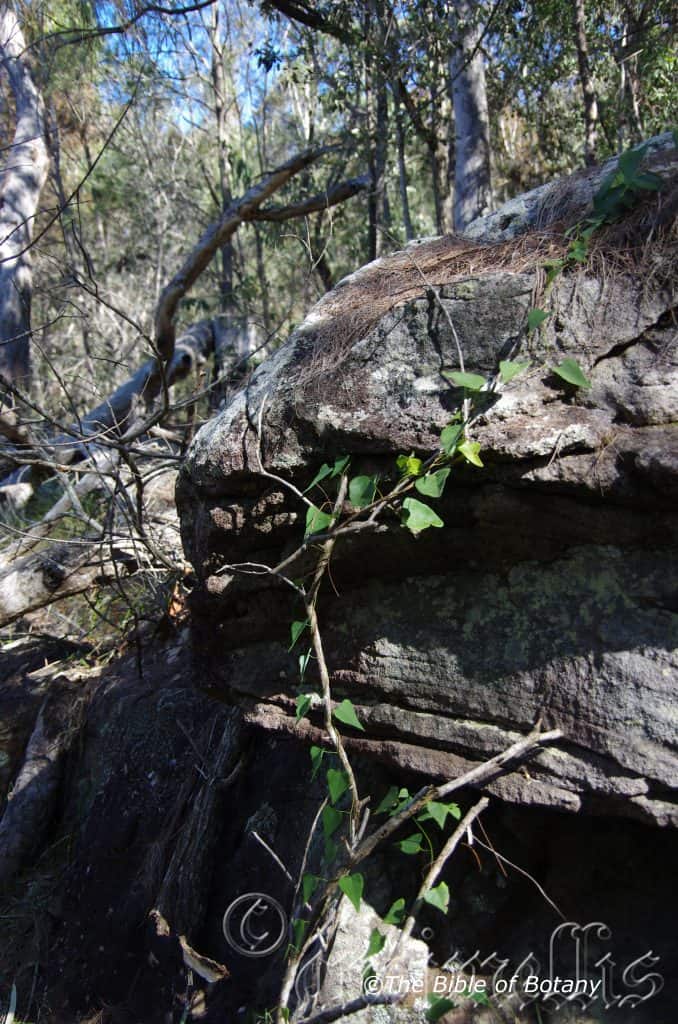
The Pinnacles NSW
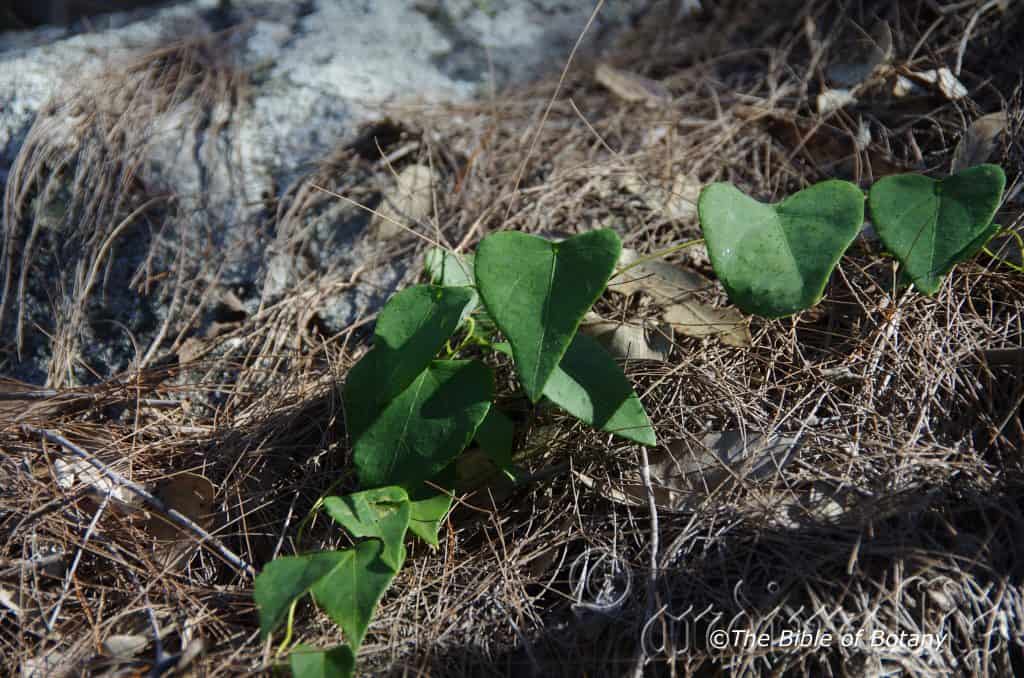
The Pinnacles NSW
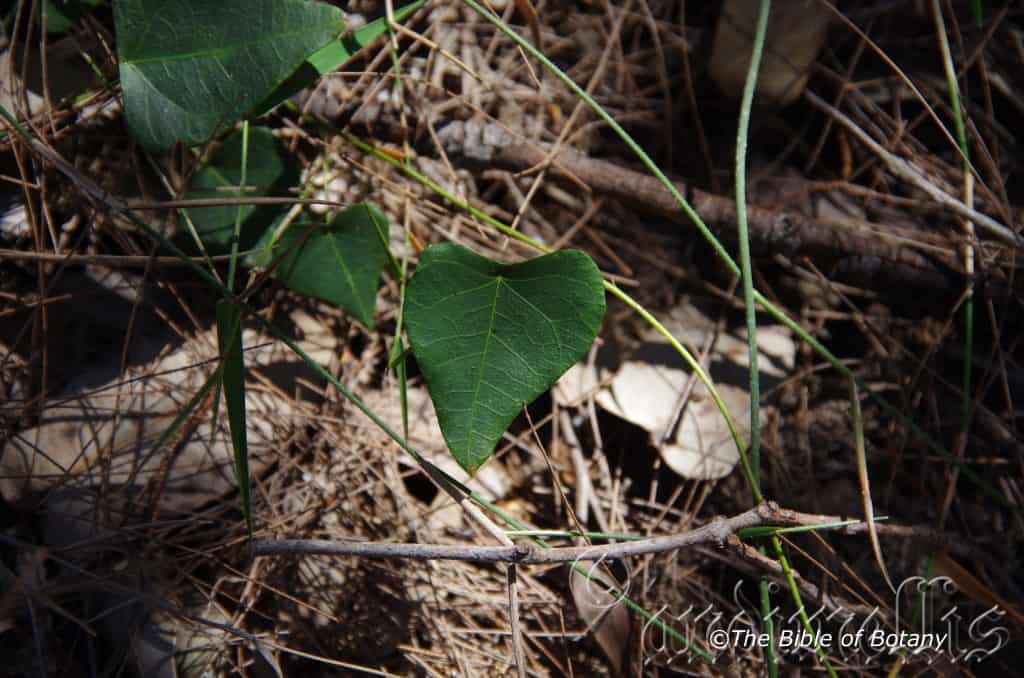
The Pinnacles NSW
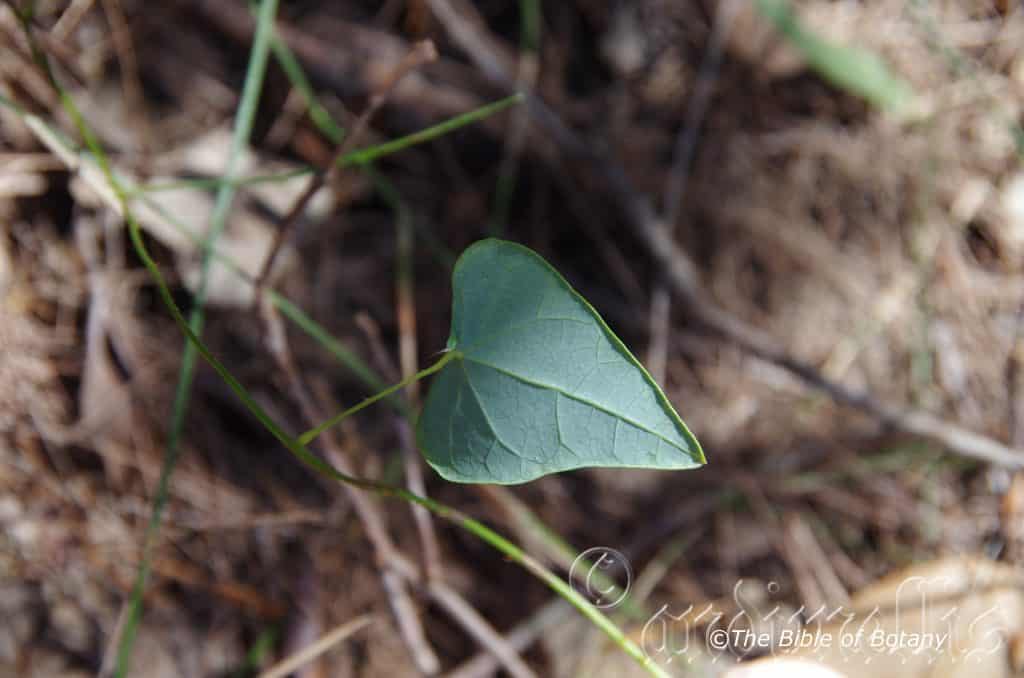
The Pinnacles NSW
Echinostephia aculeata
Classification
Unranked: Magnoliophyta
Class: Eudicotyledoneae
Subclass: Magnoliideae
Order: Ranunculales
Family: Menispermaceae
Subfamily: Menispermeae
Genus: From Ekhinos, which is Greek/Latin for a hedgehog or sea urchin and Stephium, which is Ancient Greek for a crown, garland or wreath. It refers to structures or organs usually the flowers or fruits, which appear like a spiny crown.
Specie: From Aculeata, which is Latin for prickly or barbed. It refers to leaves, which have short, sharp points.
Sub specie:
Common Name: Prickly Tape Vine.
Distribution:
Echinostephia aculeata is restricted to a small area south from Landsbough and Caloundra in southern coastal Queensland to the Orara River in northern New South Wales. It is mainly found east of the Great Dividing and the coast.
https://avh.ala.org.au/occurrences/search?taxa=Echinostephia+aculeata#tab_mapView
Habitat Aspect Climate:
Echinostephia aculeata prefers dappled full sun to shade. It grows in moist open forests to the verge of rainforests, moist gallery forests and riparian rainforests. Its altitude ranges from 2 meters ASL to 1000 meters ASL.
The temperatures range from minus 2 degrees in July to 37 degrees in January.
The rainfall ranges from lows of 850mm to 1800mm average per annum.
Soil Requirements:
Echinostephia aculeata prefer better quality sandy loams to medium gravelly clays. The soils are usually derived from decomposed brown basalt, black basalt or better quality decomposed shale, laterites and metamorphic rocks or at times peaty sands. The soils pH ranges from 4.5pH to 6pH are preferred. It does not tolerate waterlogged soils. Non saline soils to moderately saline soils are tolerated.
Height & Spread:
Wild Plants: 2m to 6m by 1m to 3m
Characteristics:
Echinostephia aculeata grows as a weak, scrambling twisting climber, climbing over other small shrubs and vines. The larger stems are pale grey to pale grey-fawn and covered in fine golden spines. The stems are thin mid green, scabrous and covered in fine golden spines. The spines measure 1mm to 3mm in length on the same plant even growing adjacent to each other. The new growth is similar but paler than the mature growth.
The alternate, deltoid peltate leaves measure 40mm to 60mm in length but have been recorded at 120mm in length by 12mm to 50mm in width. The petioles are swollen near the junction with the stem and are slightly swollen at the base of the leaf. The petioles are sparsely covered to moderately covered in golden spines and measure 10mm to 50mm in length. The bases are truncate to cordate while the apexes are acute to mucronate. The discolourous laminas are deep grass-green to blue grass-green and glabrous on the upper laminas while the lower laminas are much paler to glaucesent. The leaf margins are entire. The laminas are raised between the lateral and main veins on the upper lamina. The palmately veins are strongly prominent below and are clearly visible on the upper laminas.
The dioecious inflorescences are cymose or racemes or many individual cymes born terminally or supra auxiliary from above the leaf axils without accrescent bracts. The panicles measure 50mm to 120mm in length.
The male flowers imbricate sepals are 6 in 2 whorls. The 6 petals are pastel green to pale green. The 3 pastel green to cream filaments are connate forming a column and separating at apex. The pastel cream anthers partly join again. The anthers dehisce sub vertically to obliquely.
The female flowers imbricate sepals are 6 in 2 whorls. The 6 petals are pastel green to pale green. The staminodes are absent while the ovary has carpels. The stigma is entire and recurves downwards. The flowers appear from September to early November.
The fruits are curved, ovoidal drupes. The drupes measure 3mm to 5mm in length by 2.5mm to 4.5mm in diameter. The glaucous green, glabrous fruits turn creamy glaucous green when ripe. The seed in each carpel are reniform.
Wildlife:
Echinostephia aculeata wildlife is unknown to the author.
Cultivation:
Echinostephia aculeata makes an interesting small twiner or ground cover in the semi shaded to shady position in the garden. Cultivated plants will grow 1.5 meters to 2 meters in diameter when grown in the open in a semi shaded position. It is best planted in small groups of 3 or 4 to ensure a dense mat on the ground or over a small hump.
In cultivation it can be grown on most types of soil even heavy clay. It requires better quality soils with a good layer of leaf litter and even moisture to sustain best colour and vigour. It is drought tolerant once established and are relatively pest free. It maybe on the odd occasion be attacked by an unknown black caterpillar however the damage is not significant and they recover quickly.
Propagation:
Seeds: Echinostephia aculeata‘s seeds can be sown directly into a seed raising mix and covered with 5mm of the mix. Place the trays in a sunny warm position and keep moist not wet. Germination will be completed within 30 days.
When the seedlings are 25mm to 50mm tall, prick them out and plant them into 50mm native tubes using a seed raising mix.
Fertilize using Seaweed, fish emulsion or organic chicken pellets soaked in water on an alternate basis. Fertilize every two months.
Once the seedlings reach 150m to 200mm in height plant them out into their permanent position. Mass plantings can be achieved by planting them at 1 meter to 2.5 meter centers.
Further Comments from Readers:
Hi reader, it seems you use The Bible of Botany a lot. That’s great as we have great pleasure in bringing it to you! It’s a little awkward for us to ask, but our first aim is to purchase land approximately 1,600 hectares to link several parcels of N.P. into one at The Pinnacles NSW Australia, but we need your help. We’re not salespeople. We’re amateur botanists who have dedicated over 30 years to saving the environment in a practical way. We depend on donations to reach our goal. If you donate just $5, the price of your coffee this Sunday, We can help to keep the planet alive in a real way and continue to bring you regular updates and features on Australian plants all in one Botanical Bible. Any support is greatly appreciated. Thank you.
In the spirit of reconciliation we acknowledge the Bundjalung, Gumbaynggirr and Yaegl and all aboriginal nations throughout Australia and their connections to land, sea and community. We pay our respect to their Elders past, present and future for the pleasures we have gained.
Elipta platyglossa
Classification
Unranked: Eudicots
Unranked: Asterids
Order: Asterales
Family: Asteracea
Genus: From Ekleipo/Ekliptain, which are Greek for lacking or to omit. It refers to the absence of the pappus on the seeds.
Specie: From Platy, which is Ancient Greek for flat and broad and Glossa, which is Latin for a tongue. It refers to structures or organs, which resemble a flat tongue.
Sub specie:
Common Name: False Daisy.
Distribution:
Elipta platyglossa is found in several disjunct populations on the coastal side of a line from Broome to Derby then in an east north east direction to Kununarra in Western Australia through to Maria Island in the Gulf of Carpentaria in the Northern Territory.
It is then found from Old Corinda outstation on the Doomadgee River to Ingham on the east coast of far north Queensland. From here it is found east of the Darling River to the Murray River through to Murray Bridge and Victor Harbour in southern South Australia. It is found from Meadows to Lonsdale and north to the northern suburbs of Adelaide. There are several outlying populations Port Pirie to Port Augusta. Mount Lyndhurst and Mawson Plateau in central eastern South Australia.
https://avh.ala.org.au/occurrences/search?taxa=Ecilpta+platyglossa#tab_mapView
Habitat Aspect Climate:
Elipta platyglossa prefer full sun to dappled shade. It grows close to permanent water. Its altitude ranges from 5 meters ASL to 700 meters ASL.
The temperatures range from Minus 2 degrees in July to 44 degrees in January.
The rainfall ranges from lows of 100mm to 3000mm average per annum.
Soil Requirements:
Elipta platyglossa prefers sandy loams to medium gravelly clays. The soils are derived from decomposed brown basalt, black basalt, granites, shale, laterites or metamorphic rocks. The soils pH ranges from 5.5pH to 7pH. It does not tolerate waterlogged soils. Non saline soils to moderately saline soils are tolerated.
Height & Spread:
Wild Plants: 0.1m to 0.25m by 0.5m to 1m
Characteristics:
Elipta platyglossa grows as a small prostrate or ascending slender annual or biennial herb, rooting at nodes. The stems are pale olive green to purple or reddish-purple. The stems are covered in soft white tomentose hairs. The new shoots appear to be almost floccose in the buds.
The decussate, narrow lanceolate leaves measure 15mm to 150mm in length by 2mm to 8mm in width. The purple petioles are sparsely covered in short white tomentose hairs and measure 2mm to 6mm in length. The bases are cuneate-attenuate for a short distance while the lobes apexes are tapering. The discolourous laminas are deep grass-green to sea-green and covered in long, soft white tomentose hairs on the upper laminas while the lower laminas are paler. The laminas are slightly convex or recurve slightly upwards from the mid vein to the near the margins on the upper surface and are decurve downwards close to the margins. The leaf margins are irregularly to regularly crenulate to crenate. The purple mid vein is prominent below as are the lateral veins. The veins are not visible on the upper lamina. The petioles are channelled on the upper surface with the leaf margins forming an attenuate wing along each side of the petiole.
The inflorescences are hemispherical, campanulate heads born from the terminals with the terminals often growing out prior to flowering being completed. The 6 to 7 involucre bracts are lanceolate to elliptical and measure 1.5mm to 2mm in length. The receptacle is almost flat. The yellow ray florets are glabrous, shallowly lobed at the apexes and measure 2.5mm to 3mm in length. The ligules are usually white or rarely yellow and measure 1.5mm to 2mm in length. The peduncles measure 10mm to 50mm in length while the disc florets are sessile.
The disc florets are yellow. The flowers appear from mid-September to mid-May.
The fruits are compressed, cylindrical achenes. The achenes are fawn to pale brown, when ripe. They measure 2.8mm to 3.2mm in length. The achenes are smooth to densely tuberculate while the white pappus form a minute rim around the apex of the achene.
Wildlife:
Elipta platyglossa’s wildlife is unknown to the author.
Cultivation:
Elipta platyglossa is a small herb that warrants a position in a small moist rockery. While the flowers are insignificant the foliage especially the deep purple stem varieties add a little all year round colour.
It is an ideal plant where quick growth is needed to fill in gaps or where a small prostrate plant is required. It is fast growing. The plants grow best in a good quality soil which has generous quantities of good quality mulch like Lucerne or clover. Fertilize during the growing season and the plants will respond with flushes or growth but be sparingly with nitrogenous fertilizers as the stems may lose that strong purple colour and become glabrous.
Cultivated plants usually cover about 1 square meter when grown in the open. It is best planted in groups of 3 with the individual plants spaced at 300mm to 500mm apart. This will form small non uniform rounded mounds.
Propagation:
Seeds: Elipta platyglossa seeds do not require treatment before sowing. Sow fresh seeds directly into a seed raising mix and cover with 2mm of the mix. When the seedlings are 25mm to 50mm tall, prick them out and plant them into 50mm native tubes using a seed raising mix.
Once the seedlings reach 100mm to 200mm in length nip the tips out to promote lateral growth and plant them out into their permanent position.
Cuttings: Use 50mm to 70mm long cuttings taken from the present season’s growth. Vigorously growing plants of the form you desire should be used when growing from cuttings. Remove the leaves from the lower node being careful not to tear the stem or damage the node. A rooting hormone is not required as the cuttings strike easily and within a couple of weeks. Place the cuttings in a cool semi shaded position preferably under 50mm shade cloth.
Fertilize using seaweed, fish emulsion or organic chicken pellets soaked in water on an alternate basis. Fertilize every two months until the plants are established then twice annually in early September or March to maintain health, vitality and better flowering.
Further Comments from Readers:
Hi reader, it seems you use The Bible of Botany a lot. That’s great as we have great pleasure in bringing it to you! It’s a little awkward for us to ask, but our first aim is to purchase land approximately 1,600 hectares to link several parcels of N.P. into one at The Pinnacles NSW Australia, but we need your help. We’re not salespeople. We’re amateur botanists who have dedicated over 30 years to saving the environment in a practical way. We depend on donations to reach our goal. If you donate just $5, the price of your coffee this Sunday, We can help to keep the planet alive in a real way and continue to bring you regular updates and features on Australian plants all in one Botanical Bible. Any support is greatly appreciated. Thank you.
In the spirit of reconciliation we acknowledge the Bundjalung, Gumbaynggirr and Yaegl and all aboriginal nations throughout Australia and their connections to land, sea and community. We pay our respect to their Elders past, present and future for the pleasures we have gained.
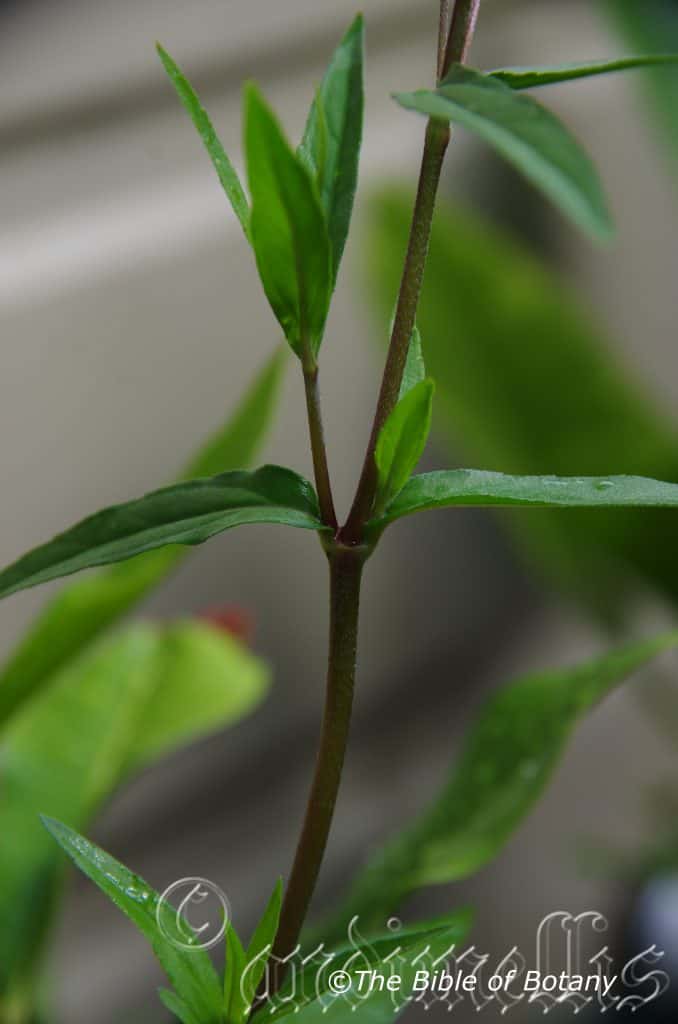
Author’s Garden The Pinnacles NSW
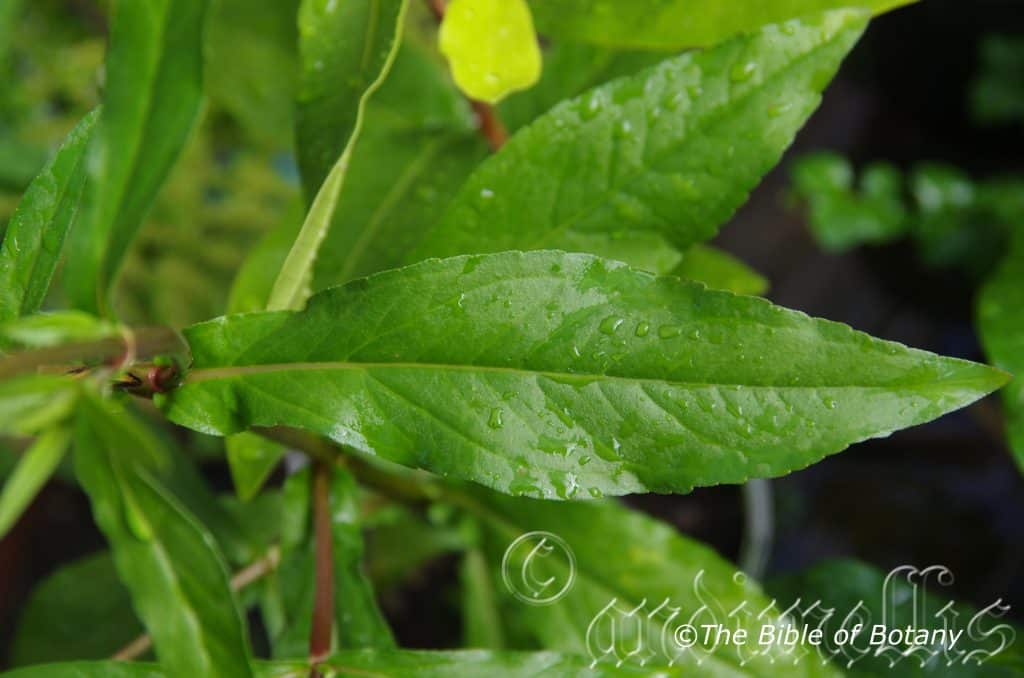
Author’s Garden The Pinnacles NSW
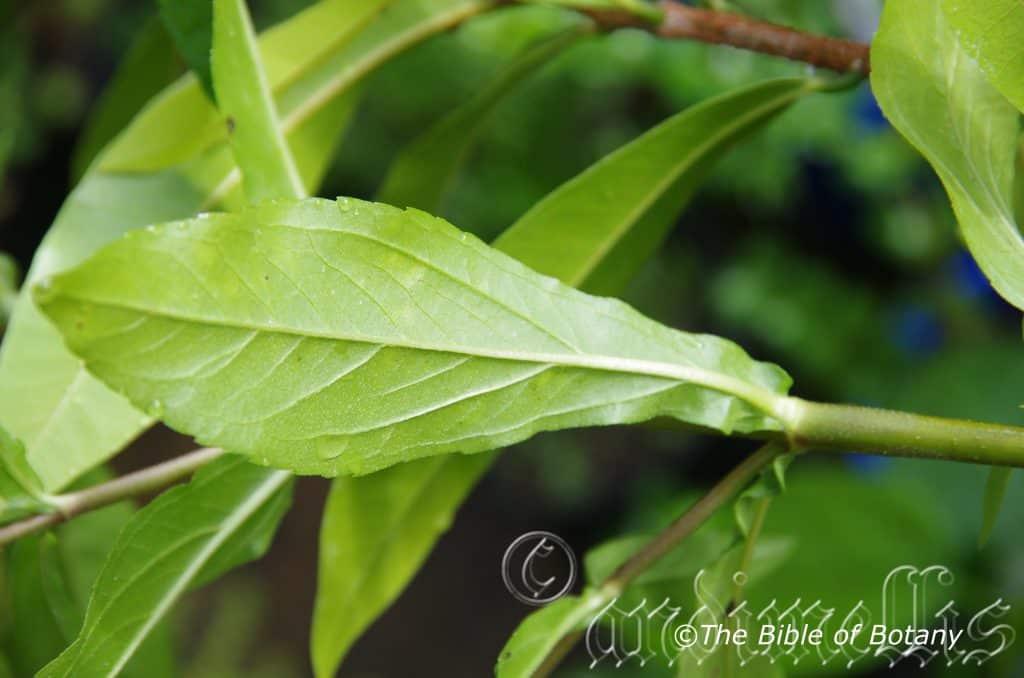
Author’s Garden The Pinnacles NSW
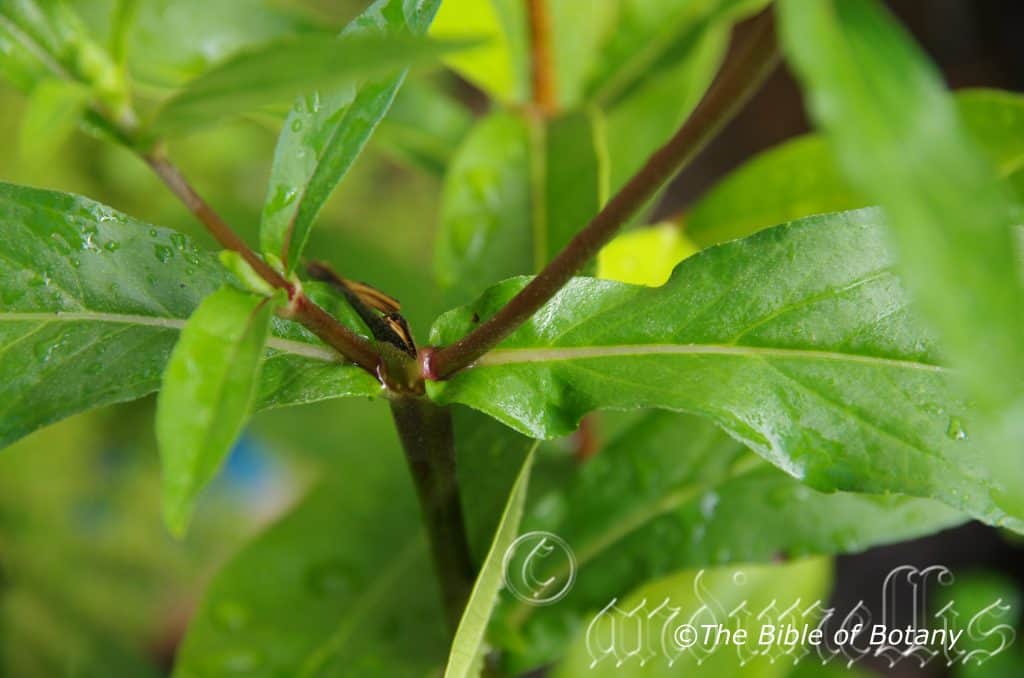
Author’s Garden The Pinnacles NSW
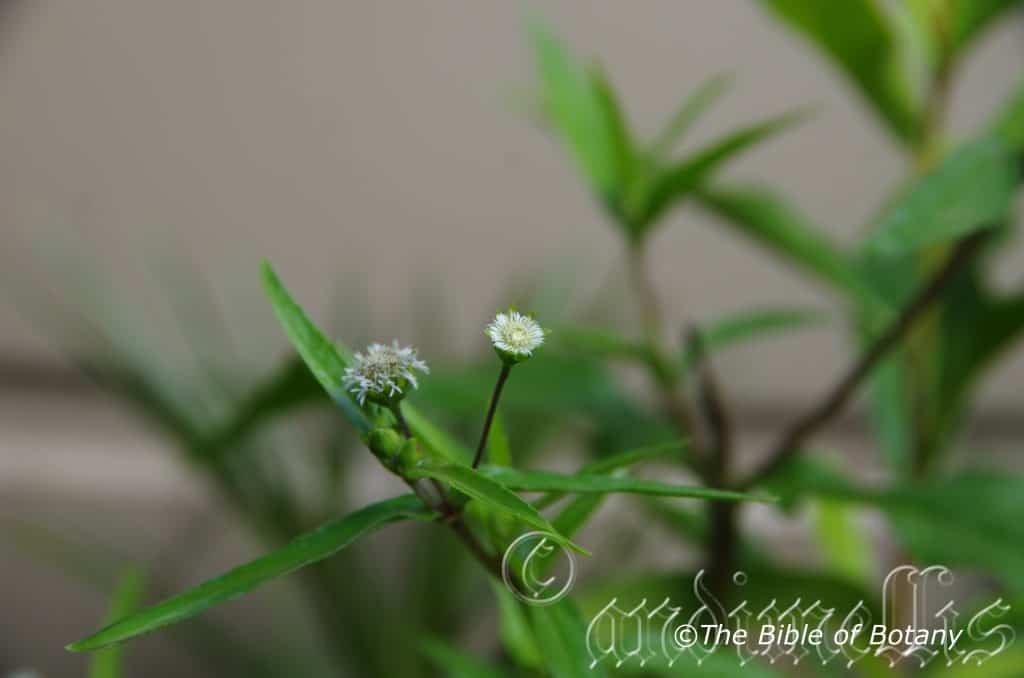
Author’s Garden The Pinnacles NSW
Elipta prostrata
Classification
Unranked: Eudicots
Unranked: Asterids
Order: Asterales
Family: Asteracea
Genus: From Ekleipo/Ekliptain, which are Greek for lacking or to omit. It refers to the absence of the pappus on the seeds.
Specie: From Prostratum, which is Latin for to throw on the ground or lie on the ground. It usually refers to plants, which grow flat on the ground. It must refer to the type species as most species tend to grow erect.
Sub specie:
Common Name:
Distribution:
Elipta prostrata is found in several disjunct populations from near Broome and Kununarra in Western Australia.
In the Northern Territory it is found east from Darwin to the Arafura swamp and Murwanji Station.
It is found from the border to north of Burketown, around Mount Isa and south from the tip off Cape York Peninsula in far North Queensland to the Sydney Basin in central coastal New South Wales. It is found on the Western Plains, Western Slopes, on and east of the Great Dividing Range to the coast.
There are several isolated populations in the western areas of Queensland near Barcaldine, Blackhall, Murra Murra Salt Lake and Myola. These sightings would indicate to me that it is probably more widespread west of the Great Dividing Range in wet areas where the rainfall exceeds 400mm a year.
https://avh.ala.org.au/occurrences/search?taxa=Ecilpta+prostrata#tab_mapView
Habitat Aspect Climate:
Elipta prostrata prefers full sun to dappled shade. It grows close to permanent water along exposed creek banks, around dams, billabongs, wet depressions, disturbed farm land and road side verges. Its altitude ranges from 2 meters ASL to 500 meters ASL.
The temperatures range from Minus 2 degrees in July to 44 degrees in January.
The rainfall ranges from lows of 350mm to 3200mm average per annum.
Soil Requirements:
Elipta prostrata prefers sandy loams to medium gravelly clays. The soils are derived from decomposed brown basalt, black basalt, granite, shale, laterites, metamorphic rocks or sandstone. The soils pH ranges from 4.5pH to 7pH are preferred. It does not tolerate waterlogged soils. Non saline soils to very saline soils are tolerated.
Height & Spread:
Wild Plants: 0.5m to 1m by 0.5m to 1m
Characteristics:
Elipta prostrata grows as a small prostrate, ascending or erect perennial herb, rooting at nodes. The stems are pale olive green to reddish-brown. The stems are covered in soft white tomentose hairs.
The decussate leaves vary greatly in shape and size from narrow ovate to elliptical and even on the same plant growing under ideal conditions. The leaves measure 30mm to 125mm in length by 5mm to 20mm in width. The reddish-brown petioles are sparsely covered in short, white tomentose hairs and measure 0mm to 5mm in length to the base of the lamina. The leaves are sessile or shortly petulate. The bases are attenuate almost to the stem while the apexes are acute. The discolourous laminas are grass-green to deep grass-green on the upper lamina and paler below. The leaves sparsely to moderately covered in short, soft white tomentose hairs on the upper laminas while the lower laminas are moderately to densely covered in short, soft, white tomentose hairs. The laminas recurve upwards from the midvein to the margins on immature leaves and juvenile plants and tend to be flat or slightly convex on mature plants. The leaf margins are entire to irregularly finely tooth. The mid vein is strongly prominent on the lower lamina as are the lateral veins..
The inflorescences are hemispherical, campanulate heads born from the terminal leaf axils which often growing out prior to flowering being completed. The white invocular bracts are lanceolate to elliptical and measure 1.5mm to 2mm in length. The receptacle is almost flat. The white or ray florets are glabrous, entire or shallowly lobed at the apexes and measure 2mm to 4mm in length. The ligules are usually white and measure 1.5mm to 2mm in length. The peduncles measure 10mm to 70mm in length.
The disc florets are united glabrous or more often sparsely pilose. The flowers appear from mid-September to mid-May.
The fruits are angled achenes. The achenes are fawn to pale brown, when ripe. They have a few, pale fawn, scattered hairs near the apex and measure 2.8mm to 3.2mm in length. The achenes are strongly tuberculate while the minute, fawn pappus are absent or form a minute rim of acute teeth at the apex of the achene.
Wildlife:
Elipta prostrata wildlife is unknown to the author.
Cultivation:
Elipta prostrata is a small herb that should be grown with care in the garden. While the flowers are insignificant the foliage always maintains fresh green look where adequate moisture is assured. While the plants can fill in that moist gap in a rockery over the short period they may become problemsome if left unchecked and adequate competition from other plants is not maintained. Under favourable conditions the plants have been known to set 17,000 seeds in a season so there would be some pressure to remove the fruits before they ripened and were distributed. (www.biosecurity.govt.nz)
It is an ideal plants where quick growth is needed to fill in gaps or where a small prostrate or erect plant is required. It is fast growing. The plants grow best in a good quality soil which has generous quantities of good quality mulch like Lucerne or clover. Fertilize during the growing season and the plants will respond with flushes or growth but be sparingly with nitrogenous fertilizers as the stems may lose that strong purple colour and become glabrous.
Cultivated plants usually grow 20mm to 400mm in height by 1 meter in diameter when grown in the open. It is best planted in groups of 3 with the individual plants spaced at 300mm to 500mm apart. The plants make excellent chicken feed and are eagerly sought out by poultry.
Propagation:
Seeds: Elipta prostrata seeds do not require treatment before sowing. Sow fresh seeds directly into a seed raising mix and cover with 2mm of the mix. When the seedlings are 25mm to 50mm tall, prick them out and plant them into 50mm native tubes using a seed raising mix.
Once the seedlings reach 100mm to 200mm in length nip the tips out to promote lateral growth and plant them out into their permanent position.
Cuttings: Use 50mm to 70mm long cuttings taken from the present season’s growth. Vigorously growing plants of the form you desire should be used when growing from cuttings. Remove the leaves from the lower node being careful not to tear the stem or damage the node. A rooting hormone is not required as the cuttings strike easily and within a couple of weeks. Place the cuttings in a cool semi shaded position preferably under 50mm shade cloth.
Fertilize using seaweed, fish emulsion or organic chicken pellets soaked in water on an alternate basis. Fertilize every two months until the plants are established then twice annually in early September or March to maintain health, vitality and better flowering.
Further Comments from Readers:
Hi reader, it seems you use The Bible of Botany a lot. That’s great as we have great pleasure in bringing it to you! It’s a little awkward for us to ask, but our first aim is to purchase land approximately 1,600 hectares to link several parcels of N.P. into one at The Pinnacles NSW Australia, but we need your help. We’re not salespeople. We’re amateur botanists who have dedicated over 30 years to saving the environment in a practical way. We depend on donations to reach our goal. If you donate just $5, the price of your coffee this Sunday, We can help to keep the planet alive in a real way and continue to bring you regular updates and features on Australian plants all in one Botanical Bible. Any support is greatly appreciated. Thank you.
In the spirit of reconciliation we acknowledge the Bundjalung, Gumbaynggirr and Yaegl and all aboriginal nations throughout Australia and their connections to land, sea and community. We pay our respect to their Elders past, present and future for the pleasures we have gained.
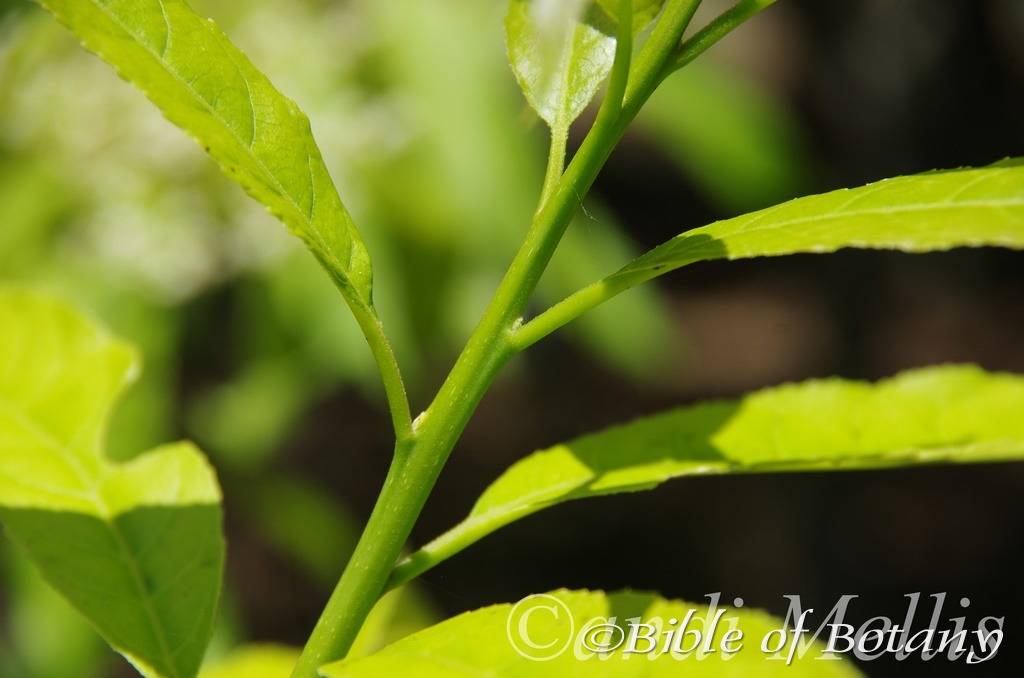
Author’s Garden The Pinnacles NSW
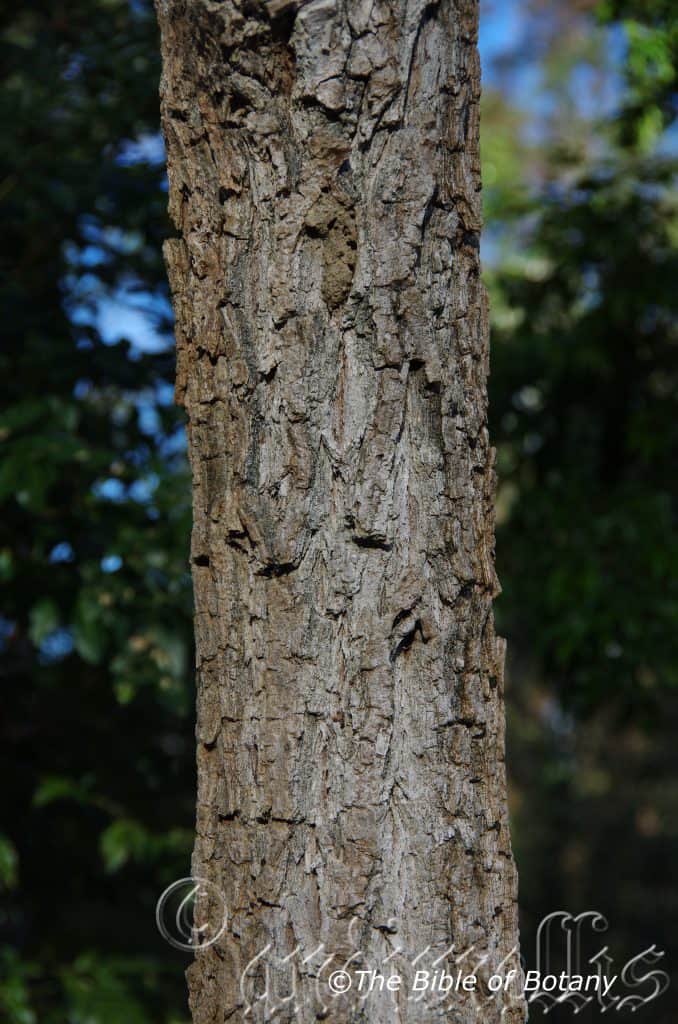
Mount Cootha Botanic Gardens Qld.
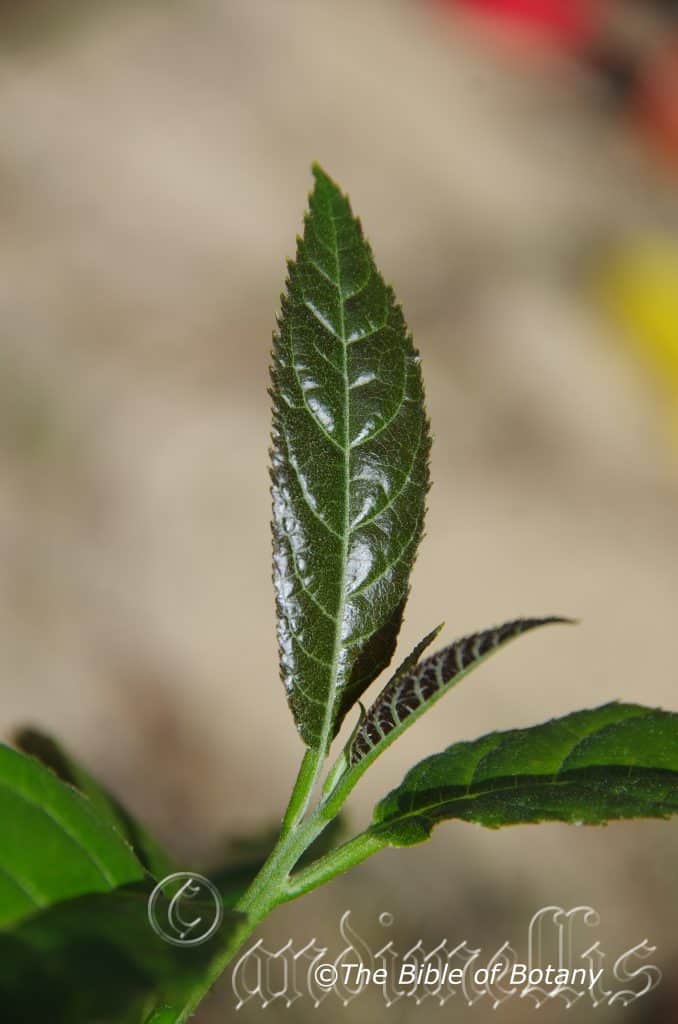
Mount Cootha Botanic Gardens Qld.
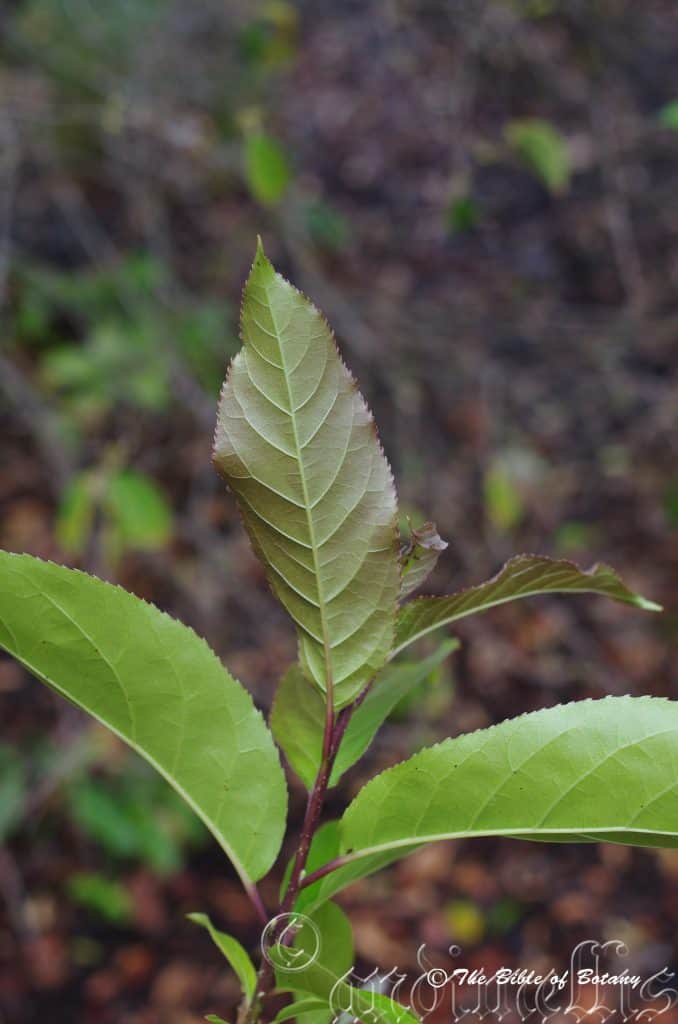
Mount Cootha Botanic Gardens Qld.
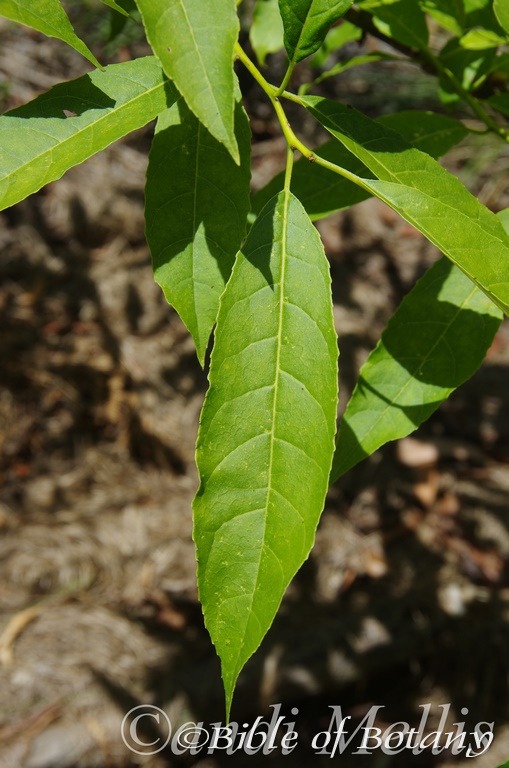
Author’s Garden The Pinnacles NSW
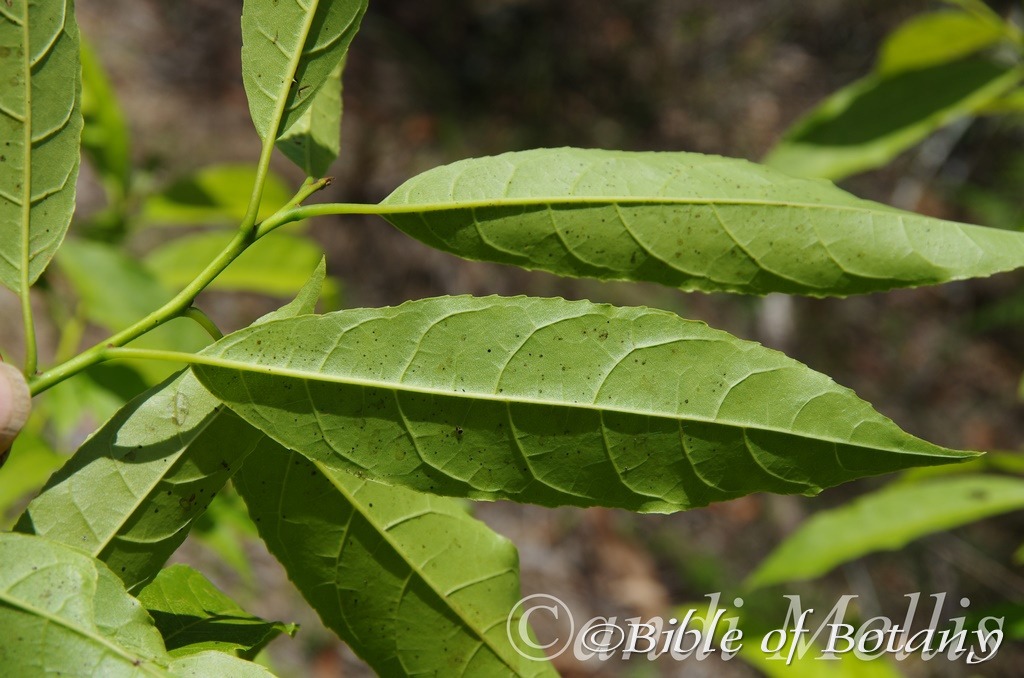
Author’s Garden The Pinnacles NSW
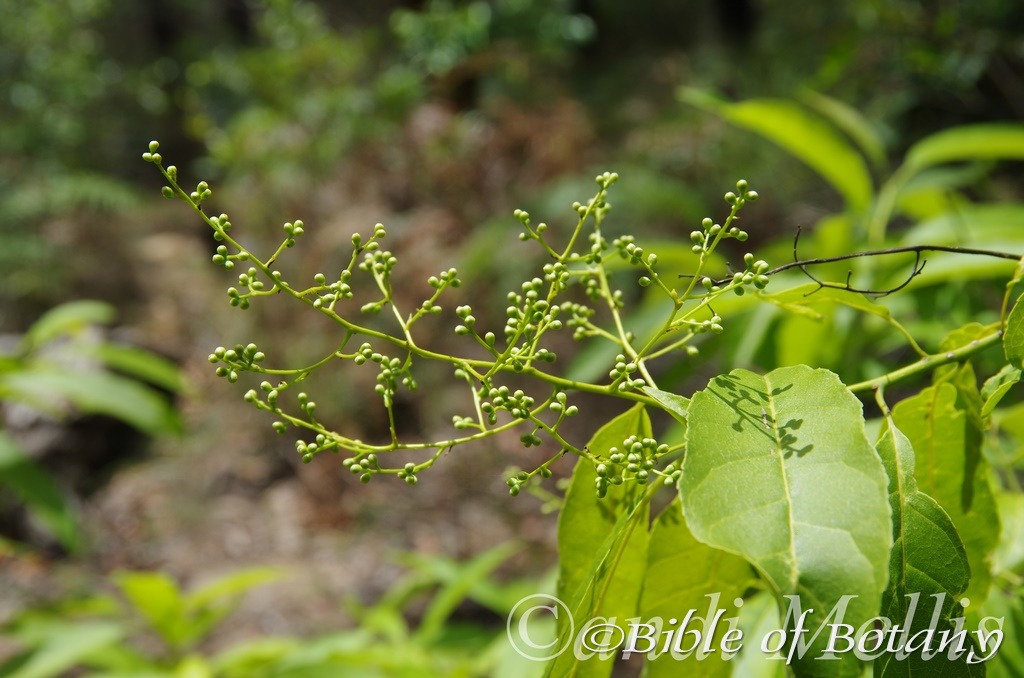
Author’s Garden The Pinnacles NSW

Author’s Garden The Pinnacles NSW
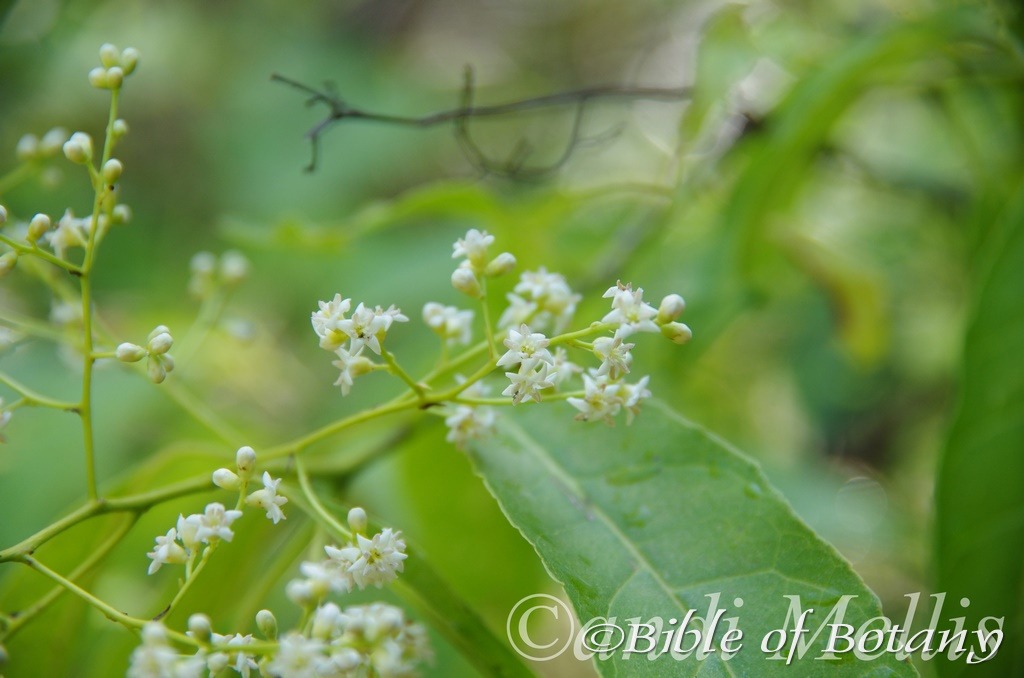
Author’s Garden The Pinnacles NSW
Ehretia acuminata
Classification
Unranked: Eudicots
Unranked: Asterids
Order: Boraginales
Family: Boraginaceae
Genus: Is named in honour of George Ehret; 1708-1770, who was a German botanical illustrator.
Specie: From Acuminata, which is Latin for being contracted or concave on the sides before protracting to a sharp point. It refers to apexes on the leaves or phyllodes, which have short sharp points.
Sub specie: Ehretia acuminata subsp. acuminate. From Acuminata, which is Latin for being contracted or concave on the sides before protracting to a sharp point. It refers to apexes on the leaves or phyllodes, which have short sharp points. It is the only sub species found in Australia.
Common Name: Koda, Silky Ash or Churnwood.
Distribution:
Ehretia acuminata is found in several disjunct populations including the Atherton Tableland, Townsville to Bowen, Mount Perry and Mount Fort William Kaplower in northern and central coastal Queensland then continuously from the sunshine Coast in southern coastal Queensland to Bega in southern coastal New South Wales. It is mainly found on and east of The Great Dividing Range to the coast and off shore islands.
It is also found in Japan, southern, central and eastern China, Bhutan, Indonesia, Laos, Malaysia, Philippines and New Guinee.
https://avh.ala.org.au/occurrences/search?taxa=Ehretia+acuminata#tab_mapView
Habitat Aspect Climate:
Ehretia acuminata prefers full sun to dappled shade. It grows in well-developed rainforests, littoral rainforests, and lowland rainforests close to the sea and gallery forests. Its altitude ranges from 10 meters ASL to 800 meters ASL.
The temperatures range from 2 degrees in July to 38 degrees in January.
The rainfall ranges from lows of 900mm to 3200mm average per annum.
Soil Requirements:
Ehretia acuminata prefers better quality soils that are peaty sands to light gravelly loams and light clays. The soils are derived from decomposed brown basalts, black basalts, fatty sandstones, shale or accumulated peaty beach sands. The soils pH ranges from 4.5pH to 6.5pH. It tolerates seasonal waterlogged soils and seasonal high water tables for short periods. Non saline soils to moderately saline soils are tolerated.
Height & Spread:
Wild Plants: 8m to 35m by 8m to 12m
Characteristics:
Ehretia acuminata grows as a medium tree with a fluted trunk, slightly flanged near the roots and convoluted branches on older specimens. The pale grey-fawn to pale grey-pink bark is finely fissured as a far as the small branches. The small branchlets are pale brown, glabrous with distinctly visible leaf scars. New growth is bright grass-green and glabrous.
The light green alternate leaves of Ehretia acuminata grow near the apexes of the branches. The oblong, ovate to elliptical leaves measure 80mm to 150mm in length by 25mm to 60mm in width. The base is cuneate while the apex is obtuse. The bases are slightly oblique and rounded while the apexes are slightly asymmetrical with the acuminate often folded on one side. The discolourous leaves are deep grass-green, semi glossy to glossy and glabrous on the upper lamina while the lower lamina is slightly paler. The laminas are flat and decurve slightly near the apexes. The leaf margins are finely and irregularly toothed with 25 to 50 teeth on each margin. The mid vein and lateral veins are prominent on the lower lamina and is distinctly visible on the upper lamina. The upper leaf surface is areolate between the main vein and lateral veins. The petioles are grooved on the upper surface and measure 12mm to 25mm in length. The tree turns yellow as it is discarded and the trees are leafless for a short period from mid-August to mid-September.
The inflorescences of Ehretia acuminata are born as compact panicles from the terminals and upper leaf axils. There are 40 to 160 white flowers on a panicle. The rachises, peduncles, peduncules and pedicels are pale yellow-green to pale grass-green. The rachis measures 100mm to 200mm in length, peduncles measure 20mm to 60mm in length while the peduncules measure 10mm to 25mm in length and the pedicels measure 0mm to 6mm in length. The pale yellow-green to pale grass-green calyxes are glabrous or sparsely covered in soft, white puberulent hairs. They measure 4.5mm to 5mm in length including the 5 minute lobes, by 5.5mm to 6mm in diameter. The corolla measures 5mm to 5.5mm in length by 5.5mm to 6mm in diameter. The 5 white corolla lobes measure 2.5mm to 3.5mm in length.
The 5, white filaments are opposite the petals and measure 3mm to 3.5mm in length. The oblong Dorsifixed anthers are pale grey-brown.
The white, cream or creamy green style measures 18mm to 22mm in length. Elaeocarpus grandis flowers irregularly throughout the year and can flower more than once if conditions are good.
The 4 locular ovary has 1 ovary per locule, is pale yellow-green to pale yellow and glabrous. The bi lobed style splits at the apex, is exserted and measures 2mm to 2.5mm in length. There is a small ovate stigma on each lobe. The flowers are erratic with some trees flowering at 5 years and others at around 15 years of age. The sweetly perfumed flowers appear from late September to as late as January.
The fruits of Ehretia acuminata are globular or depressed globular drupes with 2 pyrenes. The drupes measure 5mm to 7mm in length by 5mm to 7.5mm in diameter. The green fruits turn bright yellow to bright yellow-orange when ripe. The style and calyx lobes are persistent on the ripe fruits.
There are 2 flattish round, fawn seeds in each pyrene. The seeds measure 1.5mm to 2.5mm in length by 1.5mm to 2mm in diameter.
Wildlife:
Ehretia acuminata’s leaves host the Hairy Line blue butterfly (Erysichton lineata) and Common Aeroplane Butterfly, (Phaedyma shepardi).
The fruits are eaten by most fruit eating pigeons, honey eaters and fig birds.
Cultivation:
Ehretia acuminata is a beautiful small to medium tree for the rainforest garden. In cultivation they will grow from 5 meters to 10 meters in height with a spread of 5 meters to 10 meters when grown in the open or taller and narrower if enclosed in a rainforest. It is ideal on poorly drained soils or alluvial flats. The tree is rather slow in the early stages until well established. Trees we had in Nana Glen were 15 years old and had only grown 2.5 meters then in the 16 year grew a further 3 meters. These trees were placed in a fairly shaded area of a rain forest where soil moisture was dependent upon rainfall. I know of other trees which were grown under ideal conditions and they never looked back growing a meter a year in the initial years before spreading out to form a beautiful delta shape.
Because it is deciduous place the trees away from house gutters. It is well suited to park like scenes and where a little yellow colour is wanted on the rainforest floor or lawn when the old leaves are being discarded.
They make ideal park trees especially when mixed with evergreen trees with deep sea-green leaves and a more erect growth habit. Hymenosporum flavum and Cassia brewsteri are two examples.
It is best used as a small park tree, placed in the background or planted centrally as a small feature tree in smaller gardens. Placed at the rear of a bush garden their striking display of flowers and perfume will draw your attention so that you will want to walk deeper into the garden. Plants with small white, pink or lavender flowers and large leaves can be used in the midground while small white, pink or mauve flowering prostrate shrubs are best in the front. When it is in flower or fruit these trees will catch your attention because of the proliferation of flowers and scent followed by the fruit and birds in the garden.
It is a good tree for the epiphyte collector as the bark is accepted by all orchids and ferns. It’s fast growth under good conditions means that it can be used for this purpose within 6 years. Trees branch well above head height and where shade is required plant them between other evergreen trees.
The light canopy allows good light below so they can be used in lawns without sacrificing the lawn. This also makes them ideal for many of those epiphytes that like good light rather than dense shade.
Propagation:
Seeds: Ehretia acuminata seeds do not require treatment before sowing. Sow fresh clean seeds which are free of flesh directly into a deep seed raising tray and cover with 2mm of the mix. The fresh seeds germinate quickly and seedlings are rather vigorous. Do not allow them to become root bound as this will inhibit good strong growth. When the seedlings are 25mm to 50mm tall, prick them out and plant them into 50mm native tubes using a seed raising mix.
Once the seedlings reach 150mm to 200mm in height plant them out into their permanent position. Mass plantings can be achieved by planting them at 12 meter to 15 meter centers or closer for a rainforest scenario.
Fertilize using seaweed, fish emulsion or organic chicken pellets soaked in water on an alternate basis. Fertilize every two months until the plants are established then twice annually in early September or March to maintain health, vitality and better flowering.
Further Comments from Readers:
Hi reader, it seems you use The Bible of Botany a lot. That’s great as we have great pleasure in bringing it to you! It’s a little awkward for us to ask, but our first aim is to purchase land approximately 1,600 hectares to link several parcels of N.P. into one at The Pinnacles NSW Australia, but we need your help. We’re not salespeople. We’re amateur botanists who have dedicated over 30 years to saving the environment in a practical way. We depend on donations to reach our goal. If you donate just $5, the price of your coffee this Sunday, We can help to keep the planet alive in a real way and continue to bring you regular updates and features on Australian plants all in one Botanical Bible. Any support is greatly appreciated. Thank you.
In the spirit of reconciliation we acknowledge the Bundjalung, Gumbaynggirr and Yaegl and all aboriginal nations throughout Australia and their connections to land, sea and community. We pay our respect to their Elders past, present and future for the pleasures we have gained.
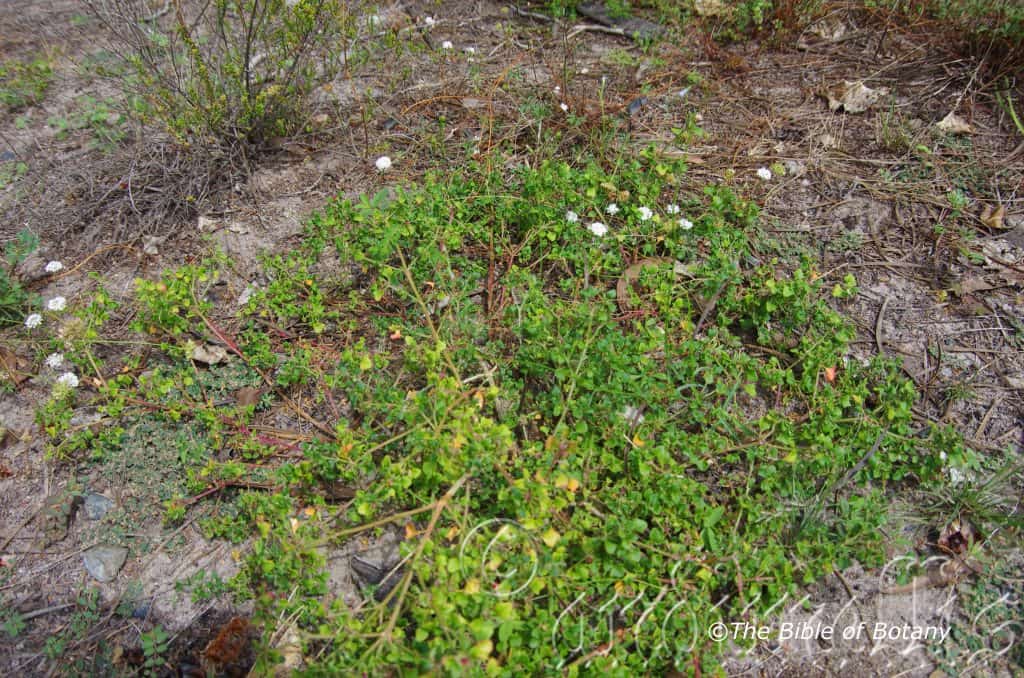
NCBG Coffs Harbour NSW
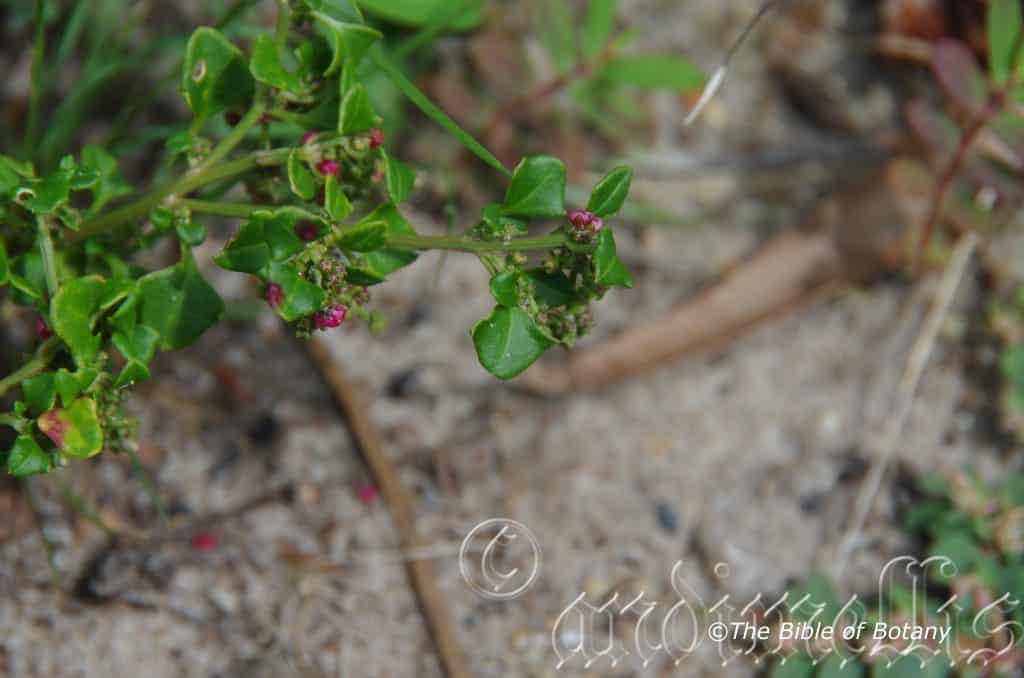
NCBG Coffs Harbour NSW
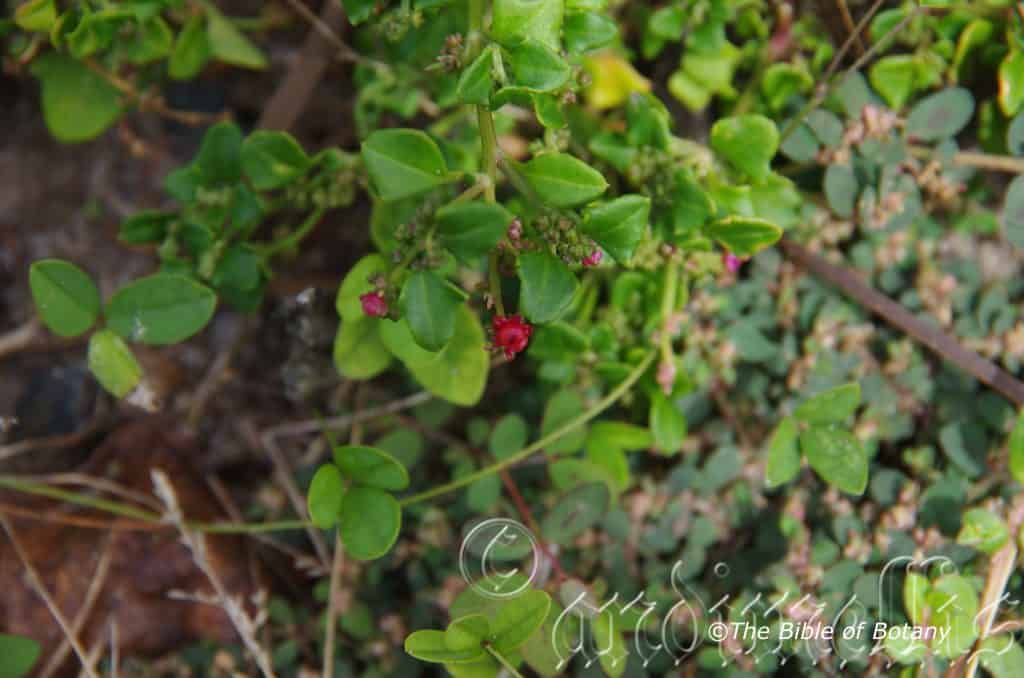
NCBG Coffs Harbour NSW
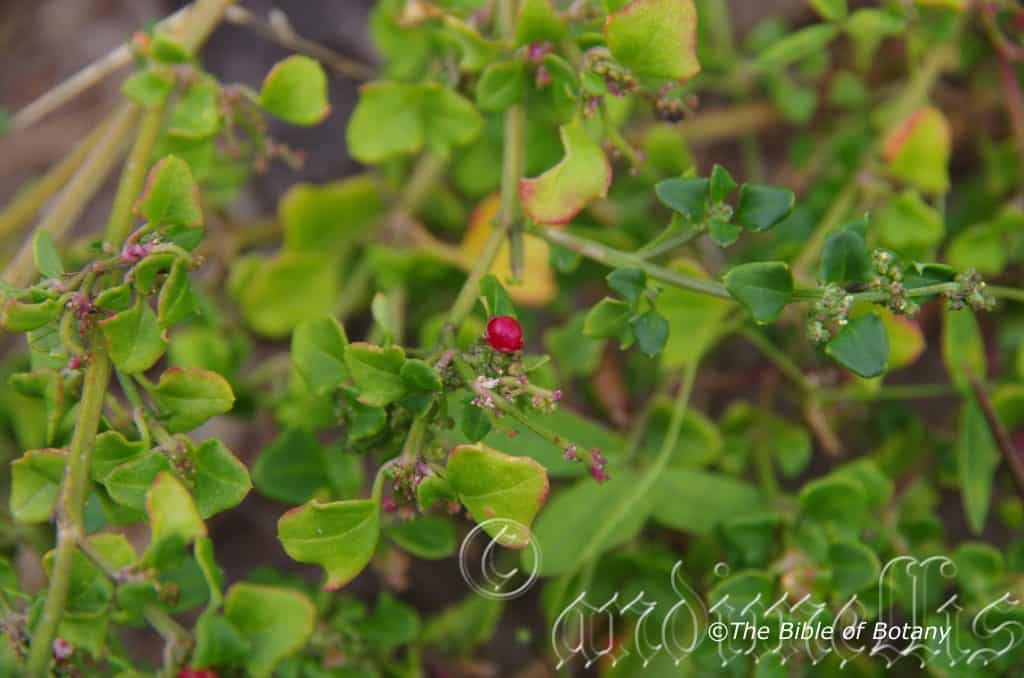
NCBG Coffs Harbour NSW
Einadia hastata
Classification
Unranked: Eudicots
Unranked: Core Eudicots
Order: Caryophyllales
Family: Amaranthaceae
Subfamily: Chenopodioideae
Genus:Â From Ein, which is Ancient Greek for one or alone and Andros which is Ancient Greek for the male reproductive organs of a flower. It refers to flowers, which have a single usually prominent stamen.
Specie: From Hastatus, which is Latin for with a spear or spear head. It refers to leaves, which have a base that resembles an arrow head to being almost deltoid.
Sub specie:
Common Name: Berry Saltbush.
In the Aboriginal language it is known as Saaloop.
Distribution:
Einadia hastata is found south from the 40 Mile Scrub National Park in far north Queensland south in several disjunct populations to Stanage Bay north of the Byfield National Park in central Queensland where it is then found continuously to Lake Hindmarsh in central western Victoria. It is found on the eastern side and western side of The Great Dividing Range to the coast, off shore islands but not on the range at higher altitudes.
https://avh.ala.org.au/occurrences/search?taxa=Einadia+hastata#tab_mapView
Habitat Aspect Climate:
Einadia hastata prefers full sun to light dappled shade. It grows in riparian rainforests, littoral rainforests and lowland rainforests close to the sea. It has a very restricted altitude range in that it is only found from 700 meters ASL to 850 meters ASL in tropical areas but further south it is found from 5 meters ASL to 750 meters ASL.
The temperatures range from 2 degrees in July to 38 degrees in January.
The rainfall ranges from lows of 900mm to 3200mm average per annum.
Soil Requirements:
Einadia hastata prefers better quality coarse sands, fine sands, sandy loams to light gravelly clays. The soils are derived from decomposed brown basalts, black basalts, fatty sandstones and shale. The soils pH ranges from 4.5pH to 6.5pH. It does not tolerate waterlogged soils. Non saline soils to very saline soils are tolerated.
Height & Spread:
Wild Plants: 0.5m to 1m by 0.6m to 1.2m
Characteristics:
Einadia hastata grows as a prostrate or erect perennial with ascending branches. The finely fissured stems are pale grey. The 4 angled stems are winged or longitudinally ribbed olive-green to deep green, reddish-green or purple-green, glabrous and semi glossy. The new growth is similar to the mature growth and glossy.
The opposite to sub opposite or rarely alternate leaves are narrow deltoid to broadly deltoid and measure 8mm to 40mm in length by 7mm to 40mm in width. The petioles are grooved on the upper surface and measure 4mm to 12mm in length. The bases are truncate-hastate to cuneate-hastate while the apexes are obtuse. The discolourous leaves are deep grass-green, pale blue-green, deep blue-green to almost sea-green, glossy and glabrous on the upper lamina while the lower lamina is usually glabrous or very sparsely covered in short white puberulent hairs and is much paler. The fleshy to semi succulent laminas are flat or recurve slightly upwards from the midvein to the margins. The leaf margins are entire. The mid vein and 2 lateral veins are prominent and slightly respectively on the lower lamina and are distinctly visible and faintly visible respectively on the upper lamina.
The inflorescences are born on a small racemose panicles and small clusters from the upper leaf axils or terminals. The small, sessile, yellow flowers measure 1.5mm to 2mm in diameter.
The basal flowers are imperfect while the apical flowers are perfect.
The tepals are hooded at the apex. There are 1 or 2 cream stamens in the male flowers. The ovary is globose while the 2 cream stigmas are slender. The flowers appear irregularly throughout the year and are more prolific when conditions are at an optimum.
The fruits are succulent drupes. The drupes turn bright orange-red to scarlet-red when ripe and measure 1.6mm to 2mm in length by 2.6mm to 3.2mm in diameter. The succulent tepals are persistent, enlarge and clasp the fruits near the base. The 5 tepals turn bright orange-red to scarlet-red on ripening and spread 1.6mm to 3.2mm in length beyond the fruits.
The flat seeds measure 1.4mm to 1.6mm in diameter. The testa is distinctly grooved while the Embryo is coiled around the periphery of the seed.
Wildlife:
The leaves play host to the Mangrove Checkered Blue Butterfly (Theclinesthes serpentata) and the Mangrove Checkered Blue Butterfly (Zizina labradus).
The drupes were eaten by the aborigines while the leaves were eaten by early Australian explorers and settlers.
Cultivation:
Einadia hastata is a beautiful small prostrate shrub for the rock garden. In cultivation they grow from 0.6 meters to 1.2 meters in height with a spread of 1 meter to 1.2 meters when grown in the open. It is ideal on sandy well drained soils or saline alluvial flats.
It is a good ground cover in small to medium rockeries where it can be regularly pruned or placed beneath trees with a light canopy. Besides pathways and around water features or ponds the succulent leaves look refreshing even in the worst of droughts. Because of their dense foliage when given a little extra water and native organic fertilizer the plants are useful for suppressing most types of weeds.
It is best used adjacent to small areas of bush close to the house so their leaves and fruits can be viewed regularly. Planted in small groups of 2 or 3 or 5 they offer colour and versatility. As a standalone plant they will help create a harsh barren look with other arid plants. If it is surrounded by shorter plants with fine foliage and white or cream flowers they will dominate at the center giving height and strength to the bed especially when it is in fruit. Red and Yellow flowers will compete for attention but can be used effectively when used to blend in or to slowly change the mood from one scene to another. Do not use large shrubs or plants with large leaves as these will be too overpowering and they will blend into each other too much killing the affect you desire.
Planted with a mass of smaller plants and ground covers with mixed coloured flowers and foliage will ensure a great display. This would be particularly strong, if a mixture of different finer foliage using greys and soft blue colours or needle like or woolly textures are incorporated together. This will give a strong uplifting at the center, sides or background depending on the scene being created.
Another method would be to mass plant them mixing prostrate and shrub forms together below a small growing Acacia specie that flowers at the same time or small Acacia shrubs and ground covers to give a mottling effect of yellow and red. The foliage followed by the flowers would complement each other yet give a strong 3 dimensional feature with plenty of character in a small area. Try Acacia podalyrifolia, Acacia spectabilis or Acacia baileyana for inland areas or one of the mangroves like Avicennia marina sub sp. australisica or a seaside Hibiscus like Hibiscus tiliaceus if you live near the coast and have problems with saline soils.
It can be grown in very formal or informal gardens while at the same time removing the European look and European plants so often used in a formal garden.
Einadia hastata could also be used in hanging baskets or containers around the pool in court yards or along hot sunny verandahs to great effect. Here their drought tolerance comes to the fore and in baskets they become pendent displaying the hastate leaves and scarlet-orange fruits magnificently.
Propagation:
Seeds: Einadia hastata seeds do not require treatment before sowing. Sow fresh seeds directly into a deep seed raising tray and cover with 10mm of the mix. When the seedlings are 25mm to 50mm tall, prick them out and plant them into 50mm native tubes using a seed raising mix. Seed germination is very erratic from 0mm to 90mm, even on adjacent trees the germination can vary by 50mm in a given season. Germination can be from 2 months to 12 months.
Once the seedlings reach 150mm to 200mm in height plant them out into their permanent position. Mass plantings can be achieved planting them at 12 meter to 15 meter centers.
Cuttings: Use a course sandy mix with 10mm peat and 20mm perlite. Use 50mm to 70mm long herbaceous cuttings taken from October to early April or later if you are in a frost free area. Vigorously growing plants of the form you desire should be used when growing from cuttings. Remove the leaves from the lower one-third to one-half of the stem being careful not to tear the stem. A rooting hormone is not required as the cuttings strike easily and within a couple of weeks. Place the cuttings in a cool semi shaded position preferably under 30mm shade cloth.
Alternatively if only a few plants are required use 100mm to 150mm cuttings. Remove the leaves from the lower one-quarter of the stem being careful not to tear the stem. Layer the cutting horizontally in the tray covering the lower half of the cutting in 5mm to 10mm of the mix. Treat the cuttings as above.
Once the cuttings have struck fertilize them using our recommended fertilizer and nip the tips out prior to re tubing and planting out.
Fertilize using seaweed, fish emulsion or organic chicken pellets soaked in water on an alternate basis. Fertilize every two months until the plants are established then twice annually in early September or March to maintain health, vitality and better flowering.
Further Comments from Readers:
Hi reader, it seems you use The Bible of Botany a lot. That’s great as we have great pleasure in bringing it to you! It’s a little awkward for us to ask, but our first aim is to purchase land approximately 1,600 hectares to link several parcels of N.P. into one at The Pinnacles NSW Australia, but we need your help. We’re not salespeople. We’re amateur botanists who have dedicated over 30 years to saving the environment in a practical way. We depend on donations to reach our goal. If you donate just $5, the price of your coffee this Sunday, We can help to keep the planet alive in a real way and continue to bring you regular updates and features on Australian plants all in one Botanical Bible. Any support is greatly appreciated. Thank you.
In the spirit of reconciliation we acknowledge the Bundjalung, Gumbaynggirr and Yaegl and all aboriginal nations throughout Australia and their connections to land, sea and community. We pay our respect to their Elders past, present and future for the pleasures we have gained.
Einadia nutans
Classification
Unranked: Eudicots
Unranked: Core Eudicots
Order: Caryophyllales
Family: Amaranthaceae
Subfamily: Chenopodioideae
Genus:Â From Ein, which is Ancient Greek for one or alone and Andros which is Ancient Greek for the male reproductive organs of a flower. It refers to flowers, which have a single usually prominent stamen.
Specie: From Nutans, which is Latin for nodding or pendant. It usually refers to flowers, which hang down more on this sub specie than the other sub species.
Sub specie: Einadia nutans subsp. eremaea. From Eremos/Eremaeios, which is Ancient Greek for a desert, arid or wasteland. It refers to plants, which prefer to grow on harsher drier sites than the other sub species.
Sub specie: Einadia nutans subsp. linifolia. From Linum, which is Latin for flax and Folium, which is Latin for foliage. It refers to leaves, which resemble the linear leaf of the flax and are much narrower than the other subspecies.
Sub specie: Einadia nutans subsp. nutans. From Nutans, which is Latin for nodding or pendant. It usually refers to flowers, which hang down more on this sub specie than the other sub species.
Sub specie: Einadia nutans subsp. oxycarpa. From Oxalis/Oxus/Oxys, which is Ancient Greek for sharp or pointed. It refers to fruits, which are covered in more short sharp spines when compared to the other sub species.
Common Name: Climbing Saltbush.
Distribution:
Einadia nutans subsp. eremaea is very widespread throughout central Australia.
It is found south from a line from the Blythe River in the western Kimberley Range in Western Australia east to near Townsville in north eastern Queensland and east from a line from the Blythe River to the Blue Hills Range, Windaning Hill and south east to Balladonia near Coolgardie in southern Western Australia.
It is also found on the eastern half of Tasmania and King Island. It is not found in the true deserts or the highlands in Tasmania or along the Great Dividing Range.
Einadia nutans subsp. linifolia is found south from Townsville in northern Queensland to a little over the Murray River in northern Victoria on the eastern two thirds of those states.
Einadia nutans subsp. nutans is found south and east of a line between Cook on Cape York Peninsula in far north eastern Quensland to Fraser Range in southern Western Australia and on the eastern side of Tasmania not including the true deserts and the Bass Strait Islands.
Einadia nutans subsp. oxycarpa is found in a line north east between Pipalyatjara in to near Franklin Harbour in South Australia and across to Swan Hill on the Murray River in Victoria and Hay in New South Wales.
https://avh.ala.org.au/occurrences/search?taxa=Einadia+nutans#tab_mapView
Habitat Aspect Climate:
Einadia nutans prefers full sun to light dappled shade. It grows in and around other shrubs or low trees in open woodlands, open dry Eucalyptus forests or savannah woodlands. Its altitude ranges from 2 meters ASL to 500 meters ASL.
The temperatures range from 4 degrees in July to 44 degrees in January.
The rainfall ranges from lows of 100mm to 1600mm average per annum.
Soil Requirements:
Einadia nutans prefers soils that are light fatty clays, heavy gravelly loams or heavy clays. The soils are derived from decomposed fatty sandstones, basalts and shale or water or wind deposited silts. The soils pH ranges from 5pH to 6.5pH. It does not tolerate waterlogged soils. It often grows on alluvial flats where drainage is poor but rainfall is low or has high water tables. None saline soils to very saline soils are tolerated.
Height & Spread:
Wild Plants: 0.5m to 1m by 0.8m to 1.2m
Characteristics:
Einadia nutans grows as a prostrate or erect perennial with semi twining branches. The finely fissured older stems are pale grey and woody to semi woody. The 6 angled stems are winged or finely longitudinally ribbed, pale grass-green to mid green or green with a reddish-green tinge and glabrous. The new growth is similar to the mature growth. The plants develop a perennial rootstock just below the surface of the soil.
The opposite to sub opposite or alternate leaves of Einadia nutans subsp. nutans are usually sagittate to hastate though some are narrow sagittate and measure 12mm to 20mm in length by 7mm to 20mm in width. Leaves and stems are glabrous and without vesicular hairs.
The opposite to sub opposite or alternate leaves of Einadia nutans subsp. eremaea are usually sagittate to hastate though some are narrow sagittate and measure 20mm to 30mm in length by 15mm to 30mm in width. Leaves and stems are glabrous and without vesicular hairs.
The opposite to sub opposite or alternate leaves of Einadia nutans subsp. linifolia are linear and measure 12mm to 30mm in length by 4mm to 11mm in width. Leaves and stems are glabrous and are sparsely covered in vesicular hairs.
The opposite to sub opposite or alternate leaves of Einadia nutans subsp. nutans are broad linear to lanceolate or narrow sagittate and measure 12mm to 30mm in length by 7mm to 30mm in width. Leaves and stems are glabrous and are sparsely covered in vesicular hairs. The petioles are flattened on the upper surface and measure 3mm to 7mm in length. The bases are truncate-hastate or cuneate-hastate or cuneate while the apexes are acute, broad acute or obtuse. The discolourous leaves are pale grass-green, deep blue-green, deep blue-green to almost sea-green and dull on the upper lamina while the lower laminas are much paler. The fleshy to semi succulent laminas recurve slightly upwards from the midvein to the margins. The leaf margins are entire. The mid vein is slightly prominent on the less succulent leaves and is not prominent on the succulent leaves on the lower lamina and is faintly visible on the upper lamina.
The inflorescences of Einadia nutans subsp. nutans are born on a small racemose panicles and small clusters from the terminals. The small, sessile, yellow flowers measure 1.5mm to 2mm in diameter. The basal flowers are imperfect while the apical flowers are perfect. The inflorescences rarely have sterile spine-like branches.
The inflorescences of Einadia nutans subsp. eremaea are born on a small racemose panicles and small clusters from the terminals. The small, sessile, yellow flowers measure 1.5mm to 2mm in diameter. The basal flowers are imperfect while the apical flowers are perfect. The inflorescences rarely have sterile spine-like branches.
The inflorescences of Einadia nutans subsp. linifolia are born on a small racemose panicles and small clusters from the terminals. The small, sessile, yellow flowers measure 1.5mm to 2mm in diameter. The basal flowers are imperfect while the apical flowers are perfect. The inflorescences have sterile spine-like branches.
The inflorescences of Einadia nutans subsp. oxycarpa are born on a small racemose panicles and small clusters from the upper leaf axils or terminals. The small, sessile, yellow flowers measure 1.5mm to 2mm in diameter. The basal flowers are imperfect while the apical flowers are perfect. The inflorescences have sterile spine-like branches.
The tepals are hooded at the apex. There are 1 or 2 cream stamens in the male flowers. The ovary is globose while the 2 cream stigmas are slender. The flowers appear irregularly throughout the year and are more prolific when conditions are at an optimum.
The fruit of Einadia nutans subsp. nutans is a succulent sub globose pericarp. The pericarp turns bright yellow, orange-red to scarlet-red when ripe and measure 3mm to 6mm in length by 3mm to 6mm in diameter. The succulent tepals are persistent, enlarge and clasp the fruits near the base. The 5 tepals turn bright yellow, orange-red to scarlet-red on ripening and spread 3mm to 5mm in length including the lobes.
The fruit of Einadia nutans subsp. eremaea is a succulent, sub globose pericarp. The pericarp turns bright yellow, orange-red to scarlet-red when ripe and measure 3mm to 6mm in length by 3mm to 6mm in diameter. The succulent tepals are persistent, enlarge and clasp the fruits near the base. The 5 tepals turn bright yellow, orange-red to scarlet-red on ripening and spread 3mm to 5mm in length including the lobes.
The fruit of Einadia nutans subsp. linifolia is a succulent flattened orbicular pericarp. The pericarp turns bright yellow, orange-red to scarlet-red when ripe and measure 2.5mm to 6mm in length by 3mm to 8mm in diameter. The succulent tepals are persistent, enlarge and clasp the fruits near the base. The 5 calyxes turn bright yellow, orange-red to scarlet-red on ripening and spread 4mm to 6mm in length including the lobes.
The fruit is a succulent globose pericarp. The pericarp turns bright yellow, orange-red to scarlet-red when ripe and measure 3mm to 5mm in length by 3mm to 7mm in diameter. The succulent tepals are persistent, enlarge and clasp the fruits near the base. The 5 tepals turn bright yellow, orange-red to scarlet-red on ripening and spread 3mm to 5mm in length including the lobes.
The flat seeds measure 1.4mm to 1.6mm in diameter. The testa is distinctly grooved while the Embryo is coiled around the periphery of the seed.
Wildlife:
Einadia nutans leaves play host to the Mangrove Checkered Blue Butterfly (Theclinesthes serpentata) and the Mangrove Checkered Blue Butterfly (Zizina labradus).
The pericarps and calyxes were eaten by aborigines while the leaves were boiled and eaten by early Australian explorers and settlers.
Cultivation:
Einadia nutans is a beautiful small prostrate or erect perennial shrub for the rock garden. In cultivation it grows from 0.6 meters to 1.2 meters in height with a spread of 1 meter to 1.2 meters when grown in the open. It is ideal on sandy to heavy well drained soils or saline alluvial flats.
It is a great ground cover in small to medium rockeries where it can be regularly pruned or placed beneath trees with a light canopy. Besides pathways and around water features or ponds the succulent leaves look refreshing even in the worst of droughts. Because of their dense foliage when given a little extra water and native organic fertilizer the plants are useful for suppressing most types of weeds.
It thrives adjacent to small areas of bush on sandy soils. Planted in small groups of 2 or 3 or 5 it offers colour and versatility. As a standalone plant they will help create a harsh barren look with other arid plants. If it is surrounded by shorter plants with fine foliage and white or cream flowers they will dominate at the center giving height and strength to the bed especially when it is in fruit. Red and Yellow flowers will compete for attention but can be used effectively when used to blend in or to slowly change the mood from one scene to another. Do not use large shrubs or plants with large leaves as these will be too overpowering and they will blend into each other too much killing the affect you desire.
Planted with a mass of smaller plants and ground covers with mixed coloured flowers and foliage will ensure a great display. This would be particularly strong, if a mixture of different finer foliage using greys and soft blue colours or needle like or woolly textures are incorporated together. This will give a strong uplifting at the center, sides or background depending on the scene being created.
Another method would be to mass plant them mixing prostrate and shrub forms together below a small growing Acacia that flowers at the same time or small Acacia shrubs and ground covers to give a mottling effect of yellow and red. The foliage followed by the flowers would complement each other yet give a strong 3 dimensional feature with plenty of character in a small area. Try Acacia podalyrifolia, Acacia spectabilis or Acacia baileyana for inland areas or one of the mangroves like Avicennia marina sub sp. australisica or a seaside Hibiscus like Hibiscus tiliaceus if you live near the coast and have problems with saline soils.
It can be grown in very formal or informal gardens while at the same time removing the European look and European plants so often used in a formal garden.
Einadia nutans could also be used in hanging baskets or containers around the pool in court yards or along hot sunny verandahs to great effect. Here their drought tolerance comes to the fore and in baskets they become pendent displaying the hastate leaves and scarlet-orange fruits magnificently.
Propagation:
Seeds: Einadia nutans seeds do not require treatment before sowing. Sow fresh seeds directly into a deep seed raising tray and cover with 10mm of the mix. When the seedlings are 25 to 50 mm tall, prick them out and plant them into 50mm native tubes using a seed raising mix. Seed germination is very erratic from 0mm to 90mm, even on adjacent trees the germination can vary by 50mm in a given season. Germination can be from 2 months to 12 months.
Once the seedlings reach 150 to 200mm in height plant them out into their permanent position. Mass plantings can be achieved planting them at 12 meter to 15 meter centers.
Cuttings: Use a course sandy mix with 10mm peat and 20mm perlite. Use 50mm to 70mm long herbaceous cuttings taken from October to early April or later if you are in a frost free area. Vigorously growing plants of the form you desire should be used when growing from cuttings. Remove the leaves from the lower one-third to one-half of the stem being careful not to tear the stem. A rooting hormone is not required as the cuttings strike easily and within a couple of weeks. Place the cuttings in a cool semi shaded position preferably under 30mm shade cloth.
Alternatively if only a few plants are required use 100mm to 150mm cuttings. Remove the leaves from the lower one-quarter of the stem being careful not to tear the stem. Layer the cutting horizontally in the tray covering the lower half of the cutting in 5mm to 10mm of the mix. Treat the cuttings as above.
Once the cuttings have struck fertilize them using our recommended fertilizer and nip the tips out prior to re tubing and planting out.
Fertilize using seaweed, fish emulsion or organic chicken pellets soaked in water on an alternate basis. Fertilize every two months until the plants are established then twice annually in early September or March to maintain health, vitality and better flowering.
Further Comments from Readers:
Hi reader, it seems you use The Bible of Botany a lot. That’s great as we have great pleasure in bringing it to you! It’s a little awkward for us to ask, but our first aim is to purchase land approximately 1,600 hectares to link several parcels of N.P. into one at The Pinnacles NSW Australia, but we need your help. We’re not salespeople. We’re amateur botanists who have dedicated over 30 years to saving the environment in a practical way. We depend on donations to reach our goal. If you donate just $5, the price of your coffee this Sunday, We can help to keep the planet alive in a real way and continue to bring you regular updates and features on Australian plants all in one Botanical Bible. Any support is greatly appreciated. Thank you.
In the spirit of reconciliation we acknowledge the Bundjalung, Gumbaynggirr and Yaegl and all aboriginal nations throughout Australia and their connections to land, sea and community. We pay our respect to their Elders past, present and future for the pleasures we have gained.
Einadia polygonoides
Classification
Unranked: Eudicots
Unranked: Core Eudicots
Order: Caryophyllales
Family: Amaranthaceae
Subfamily: Chenopodioideae
Genus:Â From Ein, which is Ancient Greek for one or alone and Andros which is Ancient Greek for the male reproductive organs of a flower. It refers to flowers, which have a single usually prominent stamen.
Specie: From Polis, which is Ancient Greek for many, Gonos, which is Ancient Greek or Gonium which is Latin for a knee joint or bent at an angle and Eidos/Oides, which is Ancient Greek for alike or similar to. It refers to structures, which have many prominent joints similar to the Polygonum genus.
Sub specie:
Common Name:
Distribution:
Einadia polygonoides is found south from the coast to Emerald and Blackall in central Queensland to Campbelltown and Corowa in New South Wales. It is found on the Western Slopes, on The Great Dividing Range to the coast.
It is also found around Arno Bay on Eyre Peninsula and Clapham on the southern Lofty Ranges in southern South Australia.
https://avh.ala.org.au/occurrences/search?taxa=Einadia+polygonoides#tab_mapView
Habitat Aspect Climate:
Einadia polygonoides prefers full sun to light dappled shade. It grows in exposed littoral zones, lowland and highland exposed schlerophyll forests and open Acacia forests. It found from 5 meters ASL to 1100 meters ASL.
The temperatures range from 0 degrees in July to 42 degrees in January.
The rainfall ranges from lows of 450mm to 1500mm average per annum.
Soil Requirements:
Einadia polygonoides prefers better quality light gravelly clays to medium clays. The soils are derived from most types of parent rocks. The soils pH ranges from 4.5pH to 7.5pH. It does not tolerate waterlogged soils. Non saline soils to the high end of very saline soils are tolerated.
Height & Spread:
Wild Plants: 0.1m to 0.3m by 0.6m to 1.2m
Characteristics:
Einadia polygonoides grows as a prostrate or twinning annual or more often perennial shrub. The finely fissured stems are mid blue-green to mid grey-green. The 4 angled stems are longitudinally ribbed and sparsely covered in white tufted hairs. The new growth is similar to the mature growth.
The sub opposite to alternate leaves of Einadia hastata are broad linear to hastate and measure 18mm to 40mm in length by 6mm to 12mm in width. The petioles are often undulating measure 6mm to 10mm in length. The bases are cuneate or slightly hastate to strongly hastate while the apexes are acute to broad acute or acute-obtuse. The discolourous leaves are mid blue-green to mid grey-green and glabrous on the upper lamina while the lower lamina is usually glabrous or very sparsely covered in short white tufted hairs and is slightly paler. The fleshy to semi succulent laminas are flat. The leaf margins are entire. The mid vein and lateral veins are prominent and slightly prominent respectively on the lower lamina while the mid vein is distinctly visible on the upper lamina.
The inflorescences of Einadia polygonoides are born on short spikes or reduced to all auxiliary clusters. The small, sessile, cream flowers measure 1.5mm to 2mm in diameter.
The tepals are hooded at the apex. There are 1 or 2 cream stamens in the male flowers. The ovary is globose while the 2 cream stigmas are slender. The flowers appear irregularly throughout the year and are more prolific when conditions are at an optimum or following good rainfall.
The fruits are loose pericarps which desiccate as they ripen. The 5 pericarps measure 1.6mm to 2mm in length by 2.6mm to 3.2mm in diameter. The flat, ovoidal seeds measure 1.4mm to 1.6mm in diameter. The testa is distinctly grooved while the Embryo is coiled around the periphery of the seed.
Wildlife:
Einadia polygonoides‘s leaves are eaten by the Mangrove Checkered Blue Butterfly (Theclinesthes serpentata) and the Mangrove Checkered Blue Butterfly (Zizina labradus) along the coast.
The pericarps were eaten by the aborigines before ripening while the leaves were eaten by early Australian explorers and settlers.
Cultivation:
Einadia polygonoides is a beautiful small prostrate shrub for the rock garden. In cultivation it grows from 0.1 meters to 0.2 meters in height with a spread of 1 meter to 1.2 meters when grown in the open. It is ideal on sandy well drained soils or semi saline alluvial flats.
It is a ggreat ground cover in small to medium rockeries where it can be regularly pruned or placed beneath trees with a light canopy. Besides pathways or around water features or ponds the succulent leaves look refreshing even in the worst of droughts. Because of their dense foliage when given a little extra water and native organic fertilizer the plants are useful for suppressing most types of weeds.
It is best used adjacent to small areas of bush close to the house so their leaves and fruits can be viewed regularly. Planted in small groups of 2, 3 or 5 it offers colour and versatility. As a standalone plant it will help create a harsh barren look with other arid plants or add to the colour when mixed with native annuals. Strong red and yellow flowers will complement the scene and gain attention where strength of colour is required. Do not use large shrubs or plants with large leaves as these will be too overpowering and they will blend into each other too much, detracting from the affect you desire.
Another method would be to mass plant them mixing prostrate and shrub forms together below a small growing Acacia specie that flower at the same time or small Acacia shrubs and ground covers to give a mottling effect of yellow and red. The foliage followed by the flowers would complement each other yet give a strong 3 dimensional feature with plenty of character in a small area. Try Acacia podalyrifolia, Acacia spectabilis or Acacia baileyana for inland areas but leave plenty of space for light penetration between. One of the mangroves like Avicennia marina sub sp. australisica or a seaside Hibiscus like Hibiscus tiliaceus if you live near the coast and have problems with saline soils would also suffice beautifully.
It can be grown in very formal gardens or informal gardens using native annuals to give a very Australian look instead of the common European look which is so often used in a formal garden.
Einadia polygonoides could also be used in hanging baskets or containers around the pool in court yards or along hot sunny verandahs to great effect. Here their drought tolerance and heat tolerance comes to the fore and in baskets they become pendent displaying the hastate leaves magnificently.
Propagation:
Seeds: Einadia polygonoides seeds do not require treatment before sowing. Sow fresh seeds directly into a deep seed raising tray and cover with 10mm of the mix. When the seedlings are 25mm to 50mm tall, prick them out and plant them into 50mm native tubes using a seed raising mix. Seed germination is very erratic from 10mm to 90mm, even on adjacent plants the germination can vary by 50mm in a given season. Germination can be from 2 months to 12 months.
Once the seedlings reach 150mm to 200mm in height nip the tips out and plant them out into their permanent position. Mass plantings can be achieved planting them at 12 meter to 15 meter centers.
Cuttings: Use a course sandy mix with 10mm peat and 20mm perlite. Use 50mm to 70mm long older stems cuttings taken throughout the year in frost free locations. Vigorously growing plants of the form you desire should be used when growing from cuttings. Remove the leaves from the lower one-third to one-half of the stem being careful not to tear the stem. A rooting hormone is not required as the cuttings strike easily and within a couple of weeks. Place the cuttings in a warm filtered light position preferably under 30mm shade cloth.
Alternatively if only a few plants are required use 100mm to 150mm cuttings. Remove the leaves from the lower one-quarter of the stem being careful not to tear the stem. Layer the cutting horizontally in the tray covering the lower half of the cutting in 5mm to 10mm of the mix. Treat the cuttings as above.
Fertilize using seaweed, fish emulsion or organic chicken pellets soaked in water on an alternate basis. Fertilize every two months until the plants to maintain health, vitality and better flowering.
Further Comments from Readers:
Hi reader, it seems you use The Bible of Botany a lot. That’s great as we have great pleasure in bringing it to you! It’s a little awkward for us to ask, but our first aim is to purchase land approximately 1,600 hectares to link several parcels of N.P. into one at The Pinnacles NSW Australia, but we need your help. We’re not salespeople. We’re amateur botanists who have dedicated over 30 years to saving the environment in a practical way. We depend on donations to reach our goal. If you donate just $5, the price of your coffee this Sunday, We can help to keep the planet alive in a real way and continue to bring you regular updates and features on Australian plants all in one Botanical Bible. Any support is greatly appreciated. Thank you.
In the spirit of reconciliation we acknowledge the Bundjalung, Gumbaynggirr and Yaegl and all aboriginal nations throughout Australia and their connections to land, sea and community. We pay our respect to their Elders past, present and future for the pleasures we have gained.
Einadia trigonos
Classification
Unranked: Eudicots
Unranked: Core Eudicots
Order: Caryophyllales
Family: Amaranthaceae
Subfamily: Chenopodioideae
Genus:Â From Ein, which is Ancient Greek for one or alone and Andros which is Ancient Greek for the male reproductive organs of a flower. It refers to flowers, which have a single usually prominent stamen.
Specie: From Treis/Tria, which are Ancient Greek or Tri, which is Latin for three and Gonos, which is Ancient Greek for an angle. It refers to structures or organs, which have three distinct joints.
Common Name: Fishweed.
Distribution:
Einadia trigonous is found on the eastern two thirds of Queensland, New South Wales and Victoria from Moonoomoo in South Kennedy in central Queensland to Geelong in the south. There is an isolated population in far north Queensland on the western side of the Atherton Tableland.
https://avh.ala.org.au/occurrences/search?taxa=Einadia+trigonos#tab_mapView
Habitat Aspect Climate:
Einadia trigonos prefers full sun to dappled shade. It grows in riparian rainforests, littoral rainforests, and low land rainforests close to the sea or in open woodlands along inland waterways. Its altitude ranges from 10 meters ASL to 400 meters ASL.
The temperatures range from 2 degrees in July to 38 degrees in January.
The rainfall ranges from lows of 900mm to 3200mm average per annum.
Soil Requirements:
Einadia trigonos prefers light gravelly loams to medium clays. The soils are derived from decomposed sandstones, basalts or shale. The soils range from a PH of 5 to 6.5. It tolerates waterlogged soils, often grows on alluvial flats where drainage is poor, have high water tables or suffer frequent inundations. Non saline soils to very saline soils are tolerated.
Height & Spread:
Wild Plants: 0.3m to 0.6m by 0.6m to 1m.
Characteristics:
Einadia trigonos grows as a prostrate or semi erect perennial with semi twining branches. The finely fissured older stems are pale grey and woody to semi woody. The trigonos stems are rounded on the edges and or finely longitudinally ribbed, pale grey-green to mid grey-green and glabrous. The new growth is similar to the mature growth.
The alternate to subopposita leaves are usually broad deltoid to broad hastate and measure 15mm to 50mm in length by 15mm to 45mm in width. The bases are broad cuneate, truncate or truncate-hastate while the apexes are acute, broad acute or obtuse. The discolourous leaves are pale grass-green, deep blue-green, deep blue-green to almost sea-green and dull on the upper lamina while the lower laminas are much paler. The fleshy to semi succulent laminas recurve slightly upwards from the midvein to the margins. The leaf margins are entire. The mid vein and usually 2 lateral veins are slightly prominent on the lower laminas and are faintly visible on the upper laminas. The petioles are flattened on the upper surface and measure 3mm to 7mm in length.
The inflorescences are born on a small spike like racemes from the terminals and small clusters from the upper leaf axils. The small, sessile, yellow flowers measure 1.5mm to 2mm in diameter. The flowers are imperfect. The tepals are hooded at the apex. The perianth segments taper at the base and are without vesicular hairs.
There are 1 or 2 cream stamens in the male flowers. The ovary is globose while the 2 cream stigmas are slender. The flowers appear irregularly throughout the year and are more prolific when conditions are at an optimum.
The fruit are a sub globose pericarp. The pericarp turns grey-brown when ripe and measure 1.5mm to 2mm in length by 2mm to 3mm in diameter. The dry tepals are persistent, enlarge and clasp the fruits near the base. The 5 tepals turn grey-brown on ripening and spread 1.5mm to 2.5mm in length including the lobes.
Wildlife:
Einadia trigonos‘s leaves play host to the Mangrove Checkered Blue Butterfly (Theclinesthes serpentata) and the Mangrove Checkered Blue Butterfly (Zizina labradus).
The pericarps and calyxes were eaten by aborigines while the leaves were boiled and eaten by early Australian explorers and settlers.
Cultivation:
Einadia trigonos is a beautiful small prostrate or erect perennial shrub for the rock garden. In cultivation they grow from 0.2 meters to 0.6 meters in height with a spread of 1 meter to 1.3 meters when grown in the open. It is ideal on sandy to heavy well drained soils or saline alluvial flats.
It is a good ground cover in small rockeries where they can be regularly pruned or placed beneath trees with a light canopy. Besides pathways and around water features or ponds the succulent leaves look refreshing even in the worst of droughts. Because of their dense foliage when given a little extra water and native organic fertilizer the plants are useful for suppressing most types of weeds.
It is well suited adjacent to small sunny areas of bush close to the house so their leaves and fruits can be viewed regularly. Planted in small groups of 2 or 3 or 5 it offers variety in foliage colour. As a standalone plant it will help create a harsher, barren look with other arid plants. If it is surrounded by slightly taller plants with fine bright green foliage with white, cream or yellow flowers it will contrast at the edges giving height and strength to the bed especially when the other plants are in flower. White or cream flowers will give a sombre tranquil affect to the bed. Do not use large shrubs or plants with large leaves as these will be too overpowering and they will blend into each other too much killing the affect you desire.
Planted with a mass of smaller plants and ground covers with mixed coloured flowers and foliage will ensure a great display. This would be particularly strong, if a mixture of different finer foliage using greys and soft blue colours or needle like or woolly textures are incorporated together. This will give a strong uplifting at the center, sides or background depending on the scene being created.
Another method would be to mass plant them mixing prostrate and shrub forms together below a small growing Acacia that flowers at the same time or small Acacia shrubs and ground covers to give a mottling effect of yellow and red. The foliage followed by the flowers would complement each other yet give a strong 3 dimensional feature with plenty of character in a small area. Try Acacia spectabilis or Acacia baileyana for inland areas or one of the mangroves like Avicennia marina sub sp. australisica or a seaside Hibiscus like Hibiscus tiliaceus if you live near the coast and have problems with saline soils.
It can be grown in very formal or informal gardens while at the same time removing the European look and European plants so often used in a formal garden.
Einadia nutans could also be used in hanging baskets or containers around the pool in court yards or along hot sunny verandahs to great effect. Here their drought tolerance comes to the fore and in baskets they become pendent displaying the hastate leaves and scarlet-orange fruits magnificently.
Propagation:
Seeds: The seeds do not require treatment before sowing. Sow fresh seeds directly into a deep seed raising tray and cover with 10mm of the mix. When the seedlings are 25mm to 50mm tall, prick them out and plant them into 50mm native tubes using a seed raising mix. Seed germination is very erratic from 0mm to 90mm, even on adjacent trees the germination can vary by 50mm in a given season. Germination can be from 2 months to 12 months.
Once the seedlings reach 150mm to 200mm in height plant them out into their permanent position. Mass plantings can be achieved planting them at 12 meter to 15 meter centers.
Cuttings: Use a course sandy mix with 10mm peat and 20mm perlite. Use 50mm to 70mm long herbaceous cuttings taken from October to early April or later if you are in a frost free area. Vigorously growing plants of the form you desire should be used when growing from cuttings. Remove the leaves from the lower one-third to one-half of the stem being careful not to tear the stem. A rooting hormone is not required as the cuttings strike easily and within a couple of weeks. Place the cuttings in a cool semi shaded position preferably under 30mm shade cloth.
Alternatively if only a few plants are required use 100mm to 150mm cuttings. Remove the leaves from the lower one-quarter of the stem being careful not to tear the stem. Layer the cutting horizontally in the tray covering the lower half of the cutting in 5mm to 10mm of the mix. Treat the cuttings as above.
Once the cuttings have struck fertilize them using our recommended fertilizer and nip the tips out prior to re tubing and planting out.
Fertilize using seaweed, fish emulsion or organic chicken pellets soaked in water on an alternate basis. Fertilize every two months until the plants are established then twice annually in early September or March to maintain health, vitality and better flowering.
Further Comments from Readers:
Hi reader, it seems you use The Bible of Botany a lot. That’s great as we have great pleasure in bringing it to you! It’s a little awkward for us to ask, but our first aim is to purchase land approximately 1,600 hectares to link several parcels of N.P. into one at The Pinnacles NSW Australia, but we need your help. We’re not salespeople. We’re amateur botanists who have dedicated over 30 years to saving the environment in a practical way. We depend on donations to reach our goal. If you donate just $5, the price of your coffee this Sunday, We can help to keep the planet alive in a real way and continue to bring you regular updates and features on Australian plants all in one Botanical Bible. Any support is greatly appreciated. Thank you.
In the spirit of reconciliation we acknowledge the Bundjalung, Gumbaynggirr and Yaegl and all aboriginal nations throughout Australia and their connections to land, sea and community. We pay our respect to their Elders past, present and future for the pleasures we have gained.\
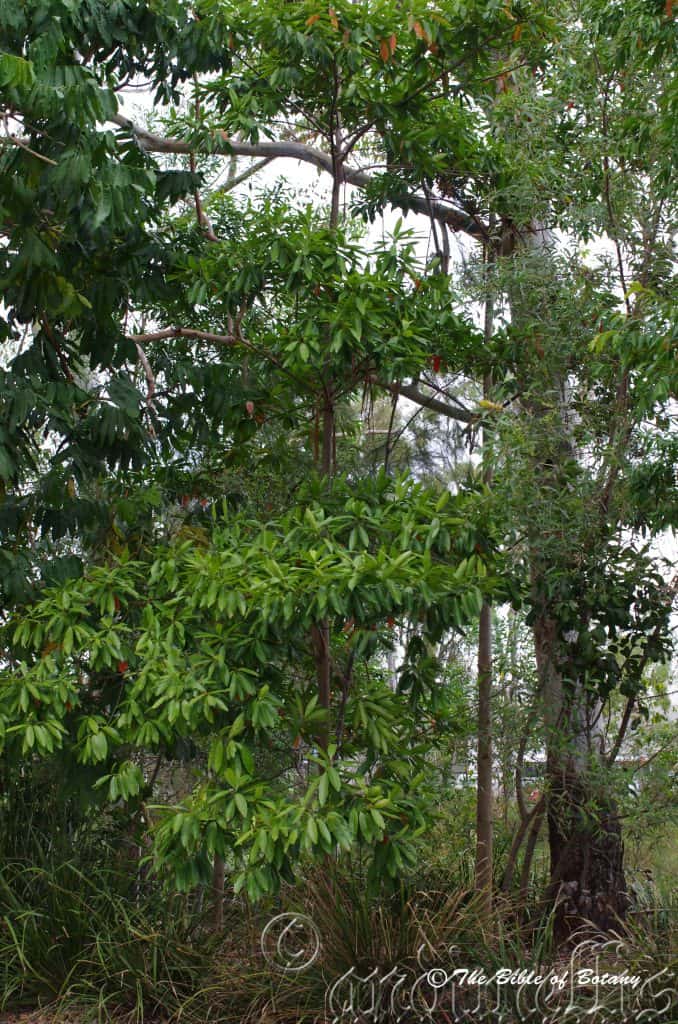
Brookside Qld.
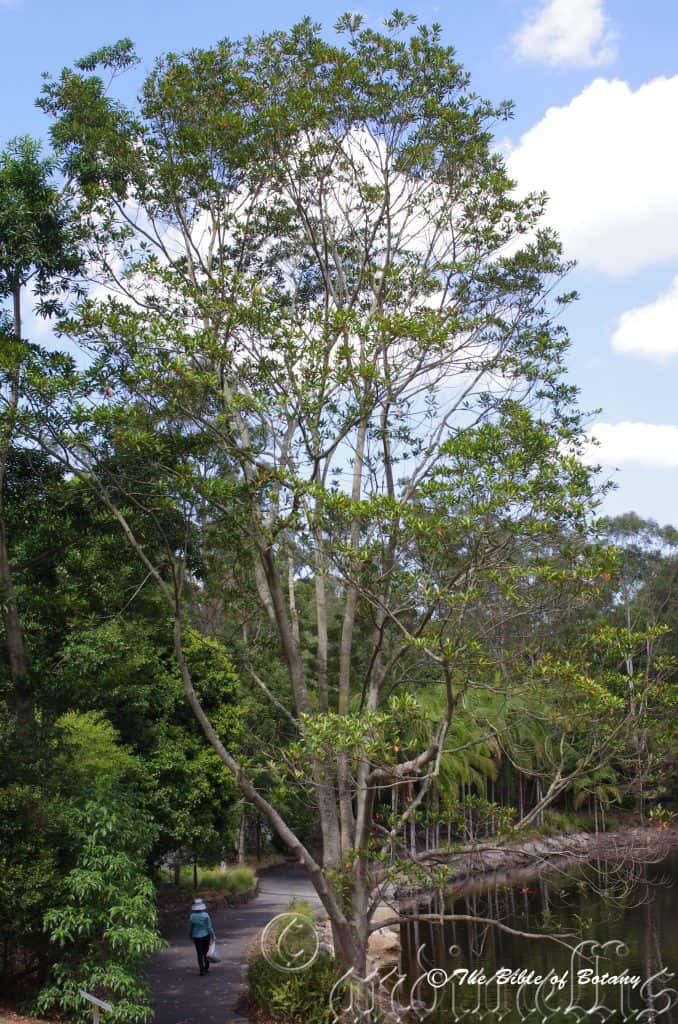
Mount Cootha Botanic Gardens Qld.
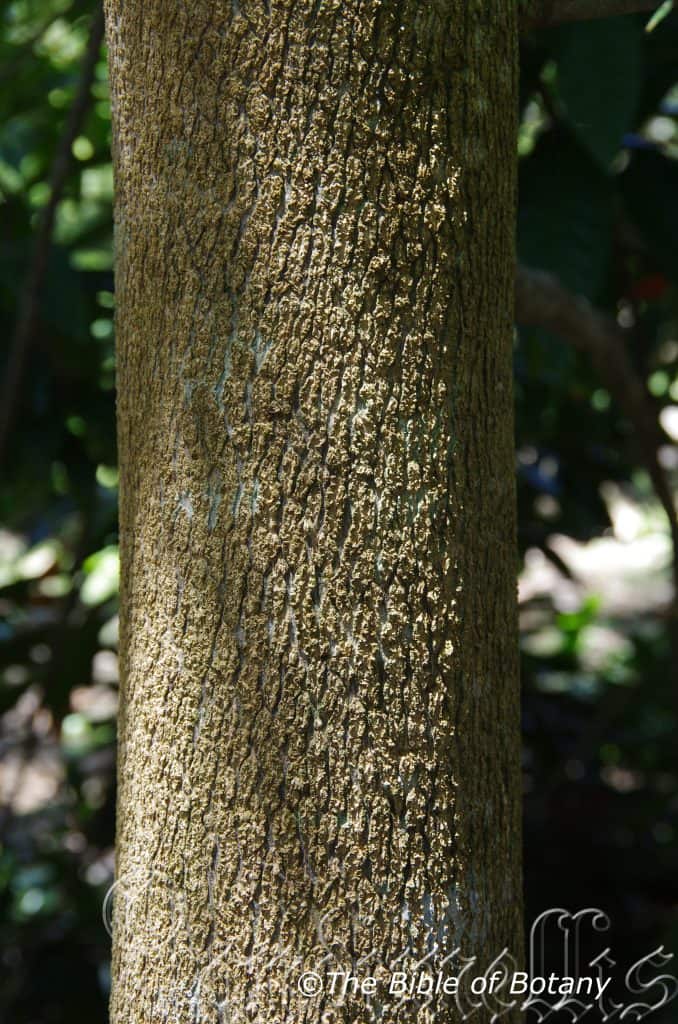
Author’s Garden The Pinnacles NSW
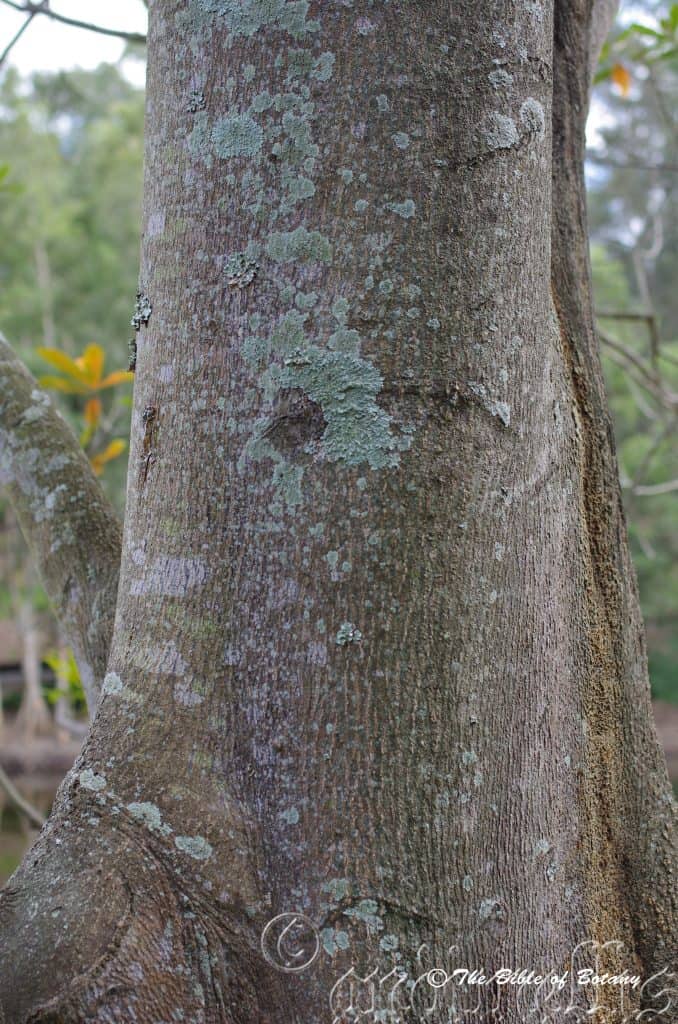
Mount Cootha Botanic Gardens Qld.
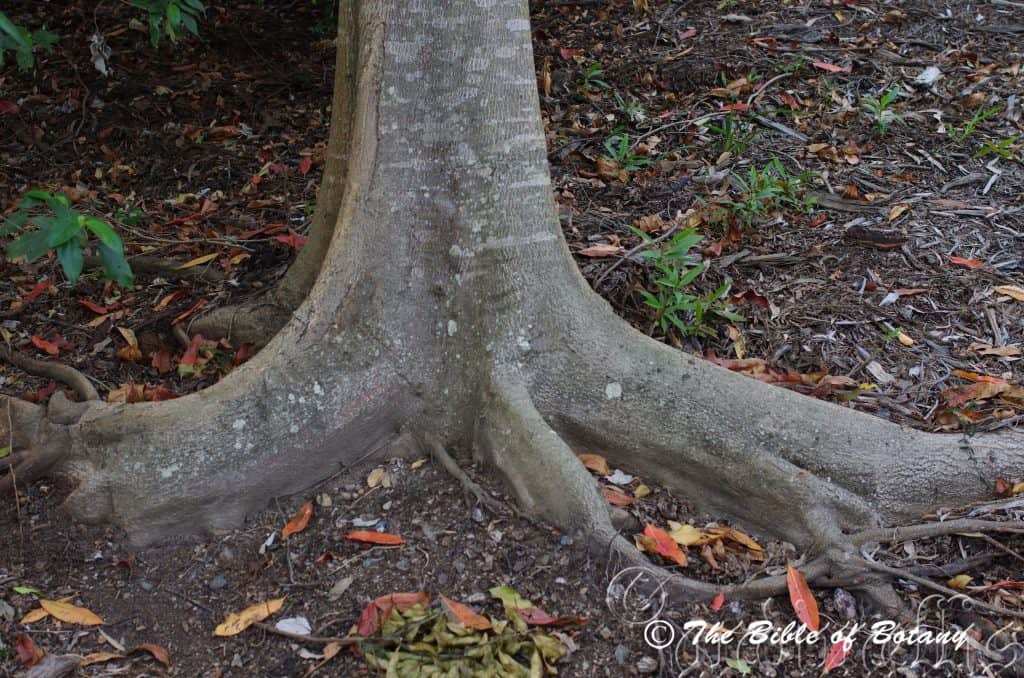
Mount Cootha Botanic Gardens Qld.
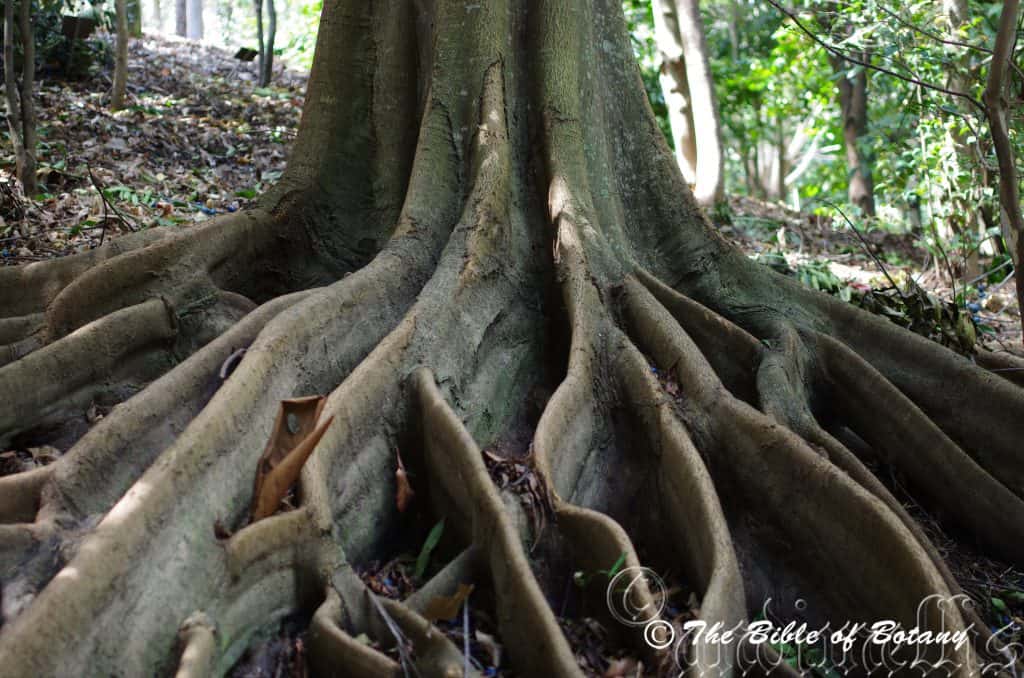
Mount Cootha Botanic Gardens Qld.
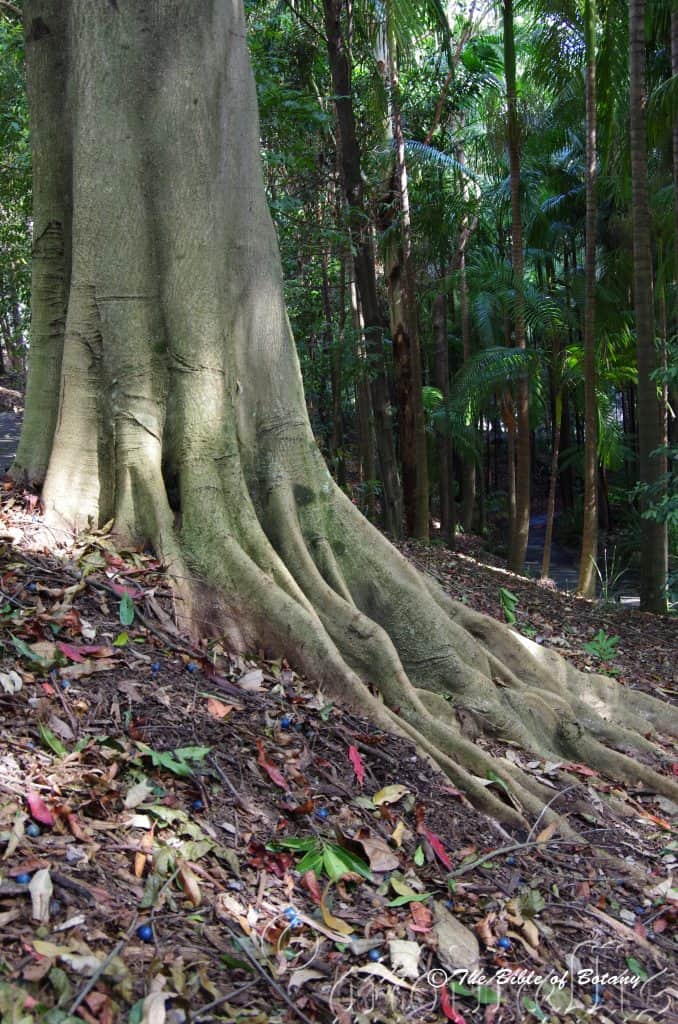
Mount Cootha Botanic Gardens Qld.
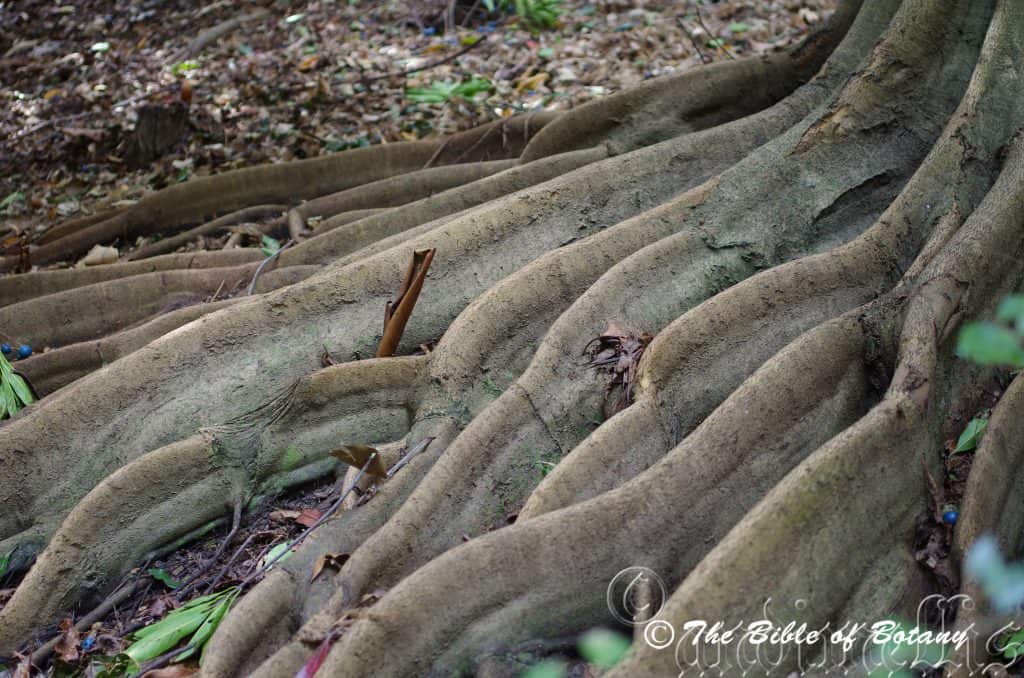
Mount Cootha Botanic Gardens Qld.
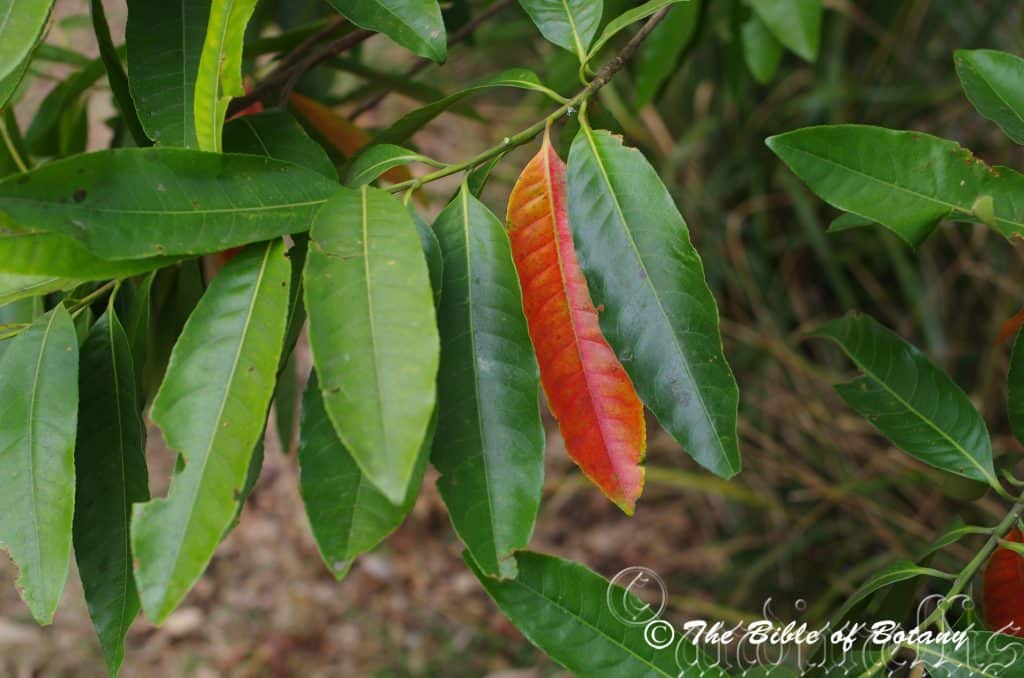
Brookside Qld.
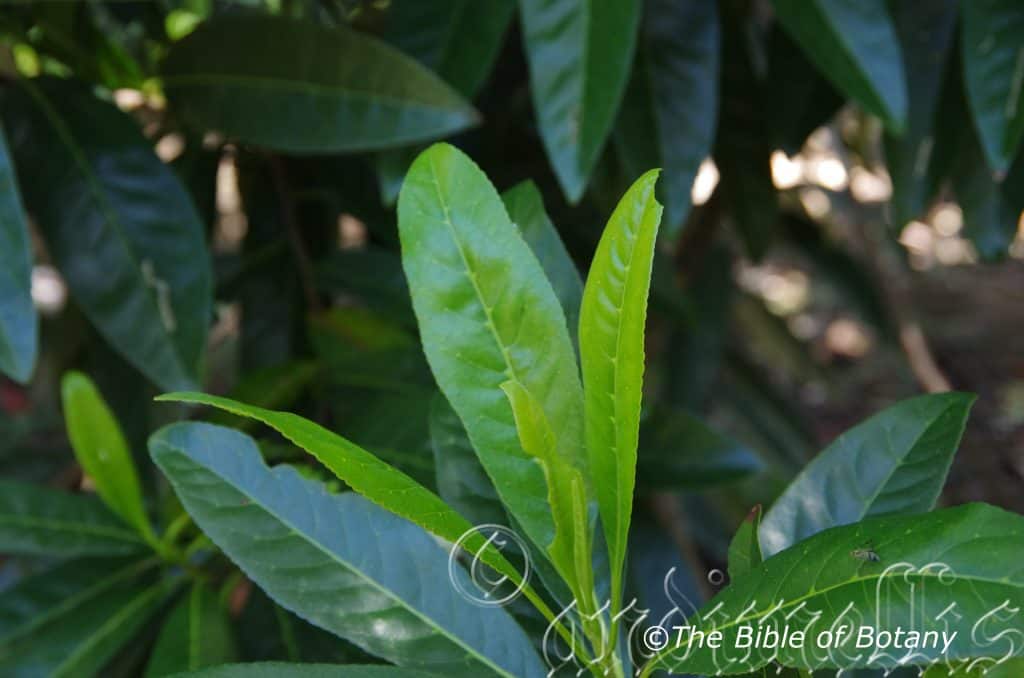
Author’s Garden The Pinnacles NSW
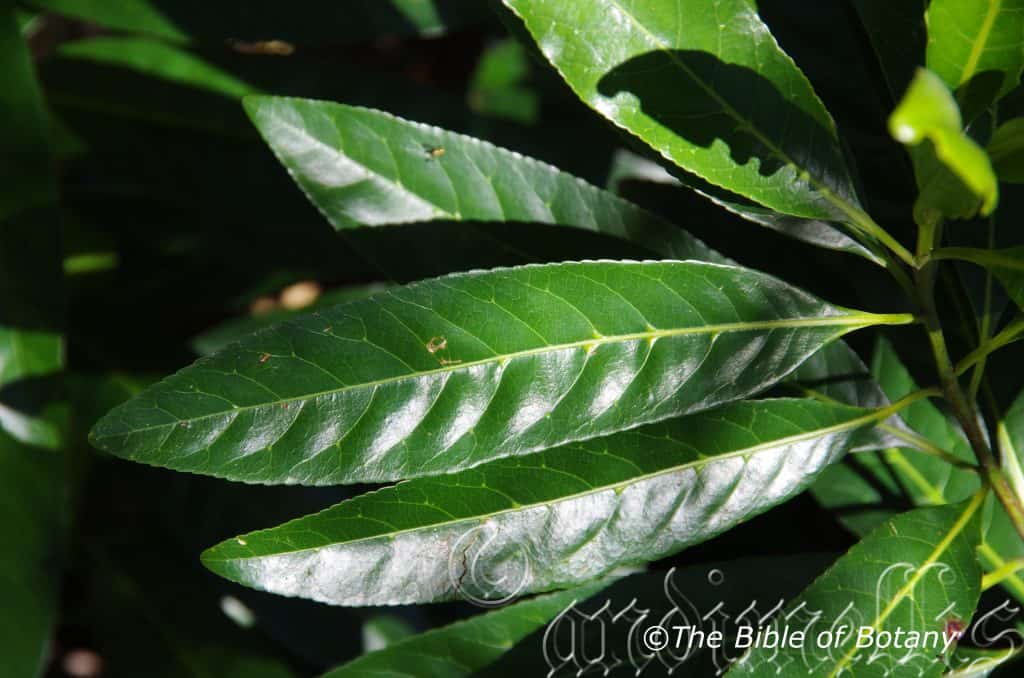
Author’s Garden The Pinnacles NSW
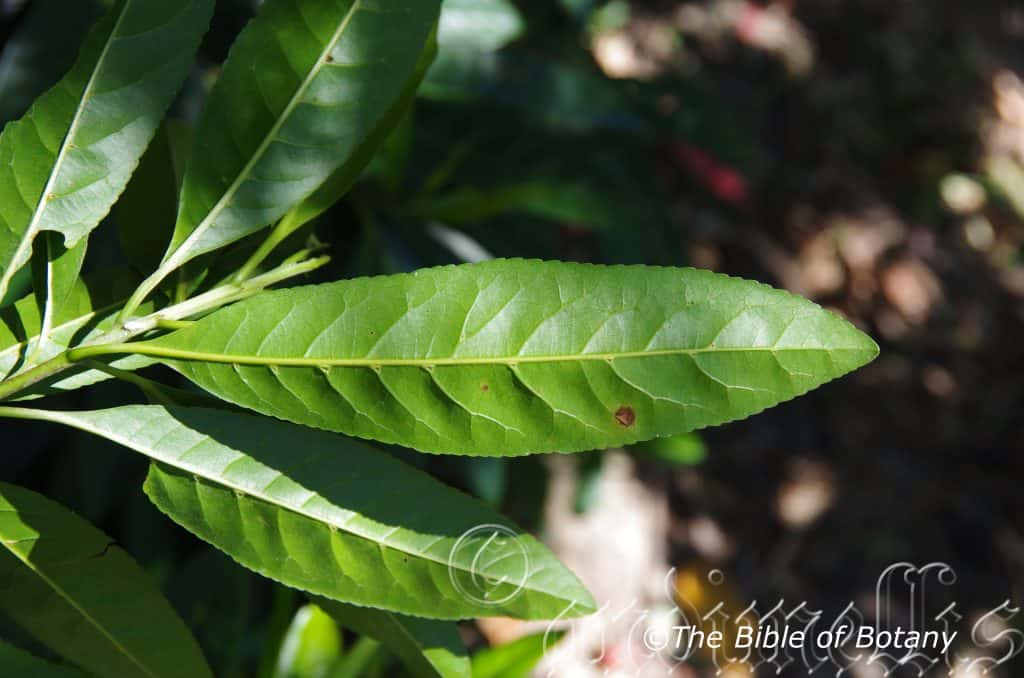
Author’s Garden The Pinnacles NSW
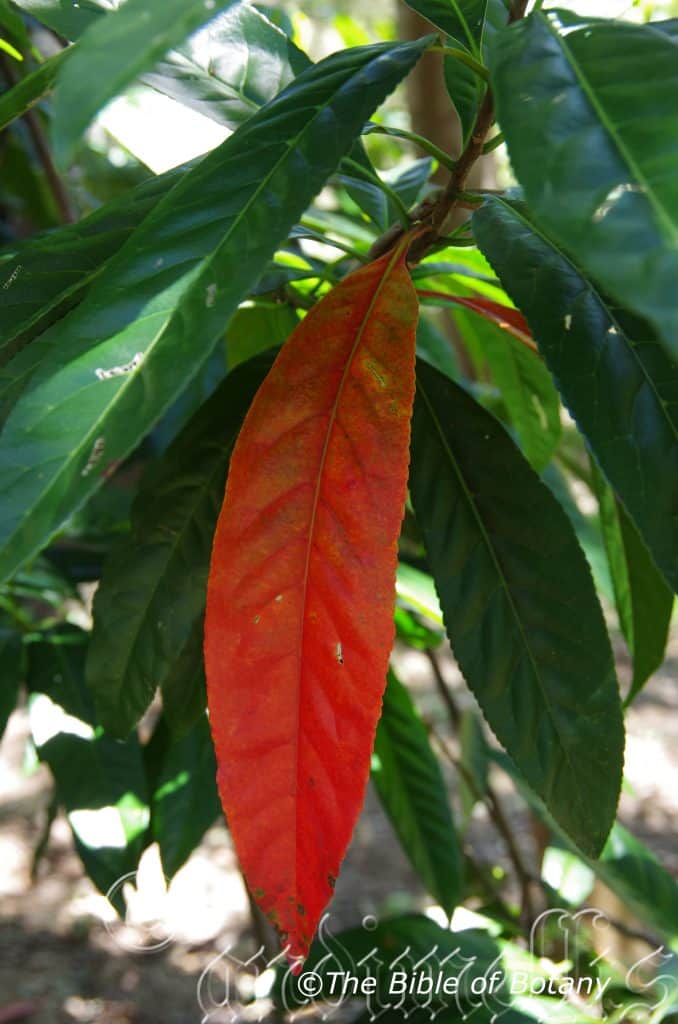
Author’s Garden The Pinnacles NSW
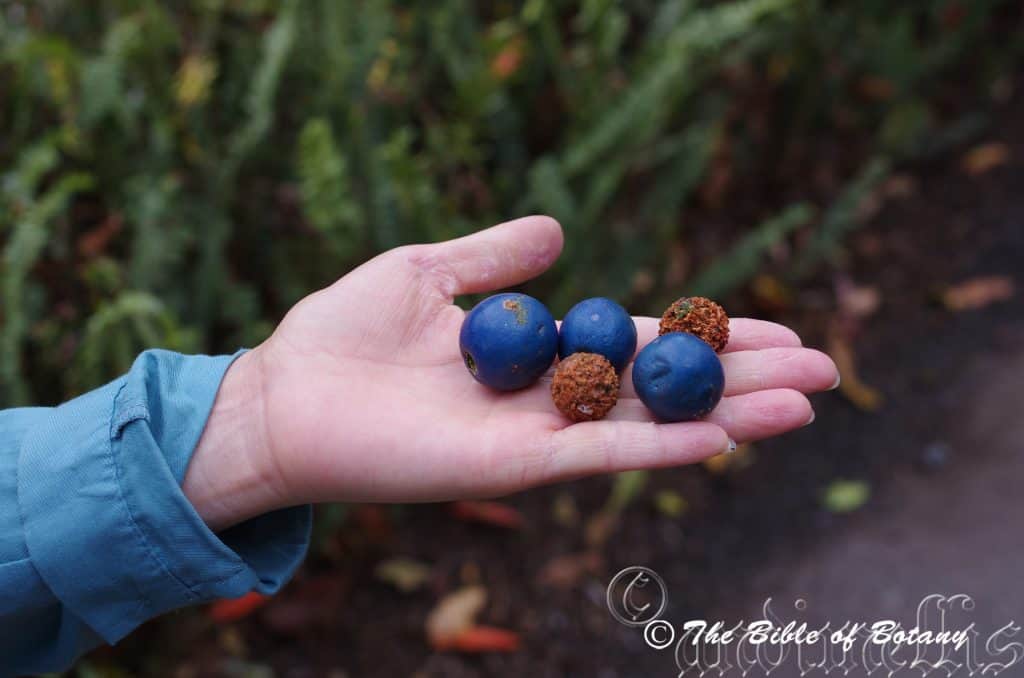
Mount Cootha Botanic Gardens Qld.
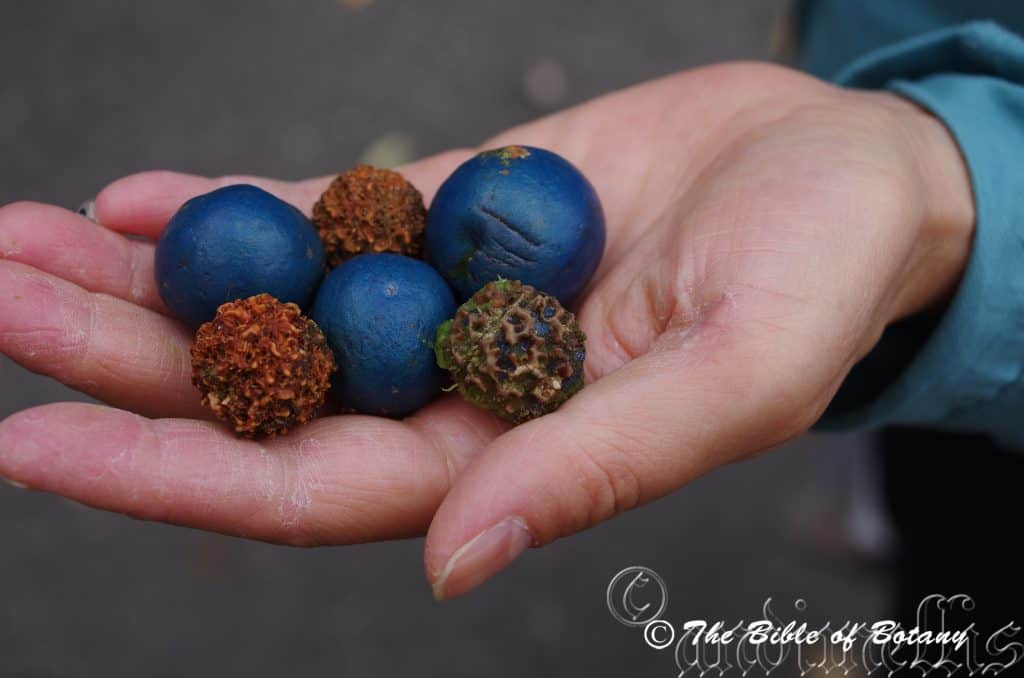
Mount Cootha Botanic Gardens Qld.
Elaeocarpus angustifolius
Classification
Unranked: Magnoliophyta
Unranked: Magnoliopsida
Order: Oxalidales
Family: Elaeocarpaceae
Genus: From Elaia, which is Ancient Greek for an olive, and Karpos, which is Latin for foliage. It refers to fruits, which superficially resemble olives.
Specie: From Angusta, which is Latin for narrow and Folium, which is Latin for foliage. It refers to leaves, which are rather narrow but not linear.
Sub specie:
Common Name: Blue Berry Ash or Blue Quangdong.
Distribution:
Elaeocarpus angustifolius is found south from the tip of Cape York Peninsula in far north Queensland in 6 disjunct locations to the Nambucca River in New South Wales. It is found on and east of The Great Dividing Range. It is also found on Fraser Island and Stradbroke Island in Queensland.
https://avh.ala.org.au/occurrences/search?taxa=Elaeocarpus+angustifolius#tab_mapView
Habitat Aspect Climate:
Elaeocarpus angustifolius prefers full sun to dappled shade. It grows in well-developed riparian rainforests, littoral rainforests gallery rainforests and low land rainforests. The altitude ranges from near sea level to 1100 meters ASL.
The temperatures range from 2 degrees in July to 38 degrees in January.
The rainfall ranges from lows of 900mm to 3200mm average per annum.
Soil Requirements:
Elaeocarpus angustifolius prefers coarse sands, fine sands or light gravelly loams. The soils are derived from decomposed sandstones, basalts, shale or accumulated peaty beach sands. The soils pH ranges from 5pH to 6.5.It does not tolerate waterlogged soils however it often grows on flats where seasonal high water tables are experienced for short periods. Non saline soils to moderately saline soils are tolerated.
Height & Spread:
Wild Plants: 35m to 40m by 10m to 15m
Characteristics:
Elaeocarpus angustifolius grows as a tall fast growing robust stately tree. The trees are widely buttressed up to 4 meters to 6 meters above the ground. The branches are usually in irregular whorls and this is particularly noticeable on smaller trees. The finely fissured pale grey bark rises as a far as the small branches. The small branchlets are brown, glabrous with distinctly visible leaf scars. New growth is mainly glabrous, rarely sparsely covered in short white puberulent hairs.
The alternate to almost opposite leaves of Elaeocarpus angustifolius grow near the apex of the branches are oblong to oblong-elliptical. The leaves measure 80mm to 180mm in length by 20mm to 45mm in width. The flattened petioles measure 10mm to 20mm in length. The bases are cuneate while the apexes are acute-obtuse. The discolourous leaves are deep grass-green, glossy and glabrous on the upper lamina while the lower lamina is slightly paler. The laminas recurve slightly upwards from the mid vein to the margins. The leaf margins are finely and regularly toothed with 25 to 50 teeth on each margin. The mid vein and lateral veins are prominent on the lower lamina and are distinctly visible on the upper lamina being yellow. The foveole are relatively large and are located at the junction of the lateral veins and the midrib and where the lateral veins branch.
The inflorescences of Elaeocarpus angustifolius are born ramiflorously one sided racemes from the fallen leaf axils and inner leaf axils. The 12 to 36 white cream, white or pale creamy green flowers are born on a 60mm to 100mm peduncules. The pedicels measure 10mm to 15mm in length. The 5 sepals are narrow triangular almost linear and measure 13mm to 16mm in length by 4mm to 6mm in diameter near the base. The linear stipules measure 10mm to 12mm in length. The 5 oblong to broad triangular petals are divided into 5 primary lobes and then further divided into 2 or 3 secondary linear lobes. The petals measure 14mm to 15mm in length by 14mm to 15mm in width at the apex.
The 50 to 70 stamens measure 6mm to 7.5mm in length. The awned anthers are pale brown.
The white, cream or creamy green style measures 18mm to 22mm in length. Elaeocarpus angustifoliusflowers irregularly throughout the year and can flower more than once if conditions are good.
The fruits are deep, bright iridescent blue fleshy globular or round berries. The berries measure 20mm to 30mm in length by 16mm to 30mm in diameter. There is 1 seed flattish round heavily pitted cream stone in each fruit. The globose seeds measure 15mm to 25mm in length by 13mm to 20mm in diameter.
The blue colours are normally produced by antho cyanine pigments which are found in most blue fruits but in the case of Elaeocarpus angustifolius it is the same physical interferences that are found in insects and animals. It is virtually unknown in plants. The process was found and studied in the epidermal cells of Elaeocarpus granitrus’s fruits. The cellulose layers form a special structure outside the cell membrane but inside the cell wall. The layers create thin-film interferes with blue light and thus reflects the blue colour outwards. (David W. Lee “Iridescent Blue Plants” (1997) American Scientist 85.)
Wildlife:
Elaeocarpus angustifolius’s fruits are eaten by possums, native rats and was a staple part of the Australian Aborigines and first Europeans to settle in Australia. They need to be soft to be eaten and are usually full of fruit fly maggots by this stage offering both protein and carbohydrates at the same time. They have a soft dry pear flavour for the distinguished connoisseur.
Cultivation:
Elaeocarpus angustifolius is a beautiful large tree for the large rainforest garden. In cultivation they grow to 20 meters to 25 meters with a spread of 8 meters to 12 meters when grown in the open. It is ideal on poorly drained soils or alluvial flats.
Elaeocarpus angustifolius make very good accent trees in front of low set or low multi story commercial buildings, industrial sheds or school buildings where they will break up hard rigid architectural lines and give warmth and breadth to a building. It is fast growing being one of Australia’s fastest growing trees so will yield good light shade in a matter of 10 or 12 years. In front of high rise buildings they give balance especially where they could be grown in curves meandering to the entry doors or for something different used from the path and meander to the front near the far corners with shrubs or flowers planted between the trees and the building. They make good specimen trees on the nature strip provided there are no power lines which the branches can interfere with. They have a large spreading root system so they should be planted at least the radius of the tree away from amenities and underground services.
Try using them in large pots in court yards or foyer entrances to break the ice and give a feeling of business where they offer a relaxed atmosphere.
The light canopy allows good light penetration below so they can be used in lawns without sacrificing the lawn. This also makes them ideal for many of those epiphytes that like good light rather than dense shade.
It is a low maintenance tree that grows well on soils with low nutrient. It has a natural upright growth. It is well suited to park like scenes and where a little colour is wanted on the rainforest floor when the old leaves are being discarded.
It is great trees for the epiphyte collector as the bark is accepted by all orchids and ferns. It’s fast growth means that they can be used for this purpose within 6 years. Trees branch well above head height and where dense shade prevails will sacrifice lower branches for trunk and a smaller canopy.
Propagation:
Seeds: Elaeocarpus angustifolius seeds do not require treatment before sowing. Sow fresh seeds directly into a deep seed raising tray and cover with 10mm of the mix. When the seedlings are 25mm to 50mm tall, prick them out and plant them into 50mm native tubes using a seed raising mix. Seed germination is very erratic from 0mm to 70mm, even on adjacent trees the germination can vary by 50mm in a given season. Germination can be from 2 months to 12 months.
Once the seedlings reach 150mm to 200mm in height plant them out into their permanent position. Mass plantings can be achieved by planting them at 12 meter to 15 meter centers for a rainforest or 15 meters to 20 meters for a park like scenario.
Fertilize using seaweed, fish emulsion or organic chicken pellets soaked in water on an alternate basis. Fertilize every two months until the plants are established then twice annually in early September or March to maintain health, vitality and better flowering.
Further Comments from Readers:
Hi reader, it seems you use The Bible of Botany a lot. That’s great as we have great pleasure in bringing it to you! It’s a little awkward for us to ask, but our first aim is to purchase land approximately 1,600 hectares to link several parcels of N.P. into one at The Pinnacles NSW Australia, but we need your help. We’re not salespeople. We’re amateur botanists who have dedicated over 30 years to saving the environment in a practical way. We depend on donations to reach our goal. If you donate just $5, the price of your coffee this Sunday, We can help to keep the planet alive in a real way and continue to bring you regular updates and features on Australian plants all in one Botanical Bible. Any support is greatly appreciated. Thank you.
In the spirit of reconciliation we acknowledge the Bundjalung, Gumbaynggirr and Yaegl and all aboriginal nations throughout Australia and their connections to land, sea and community. We pay our respect to their Elders past, present and future for the pleasures we have gained.
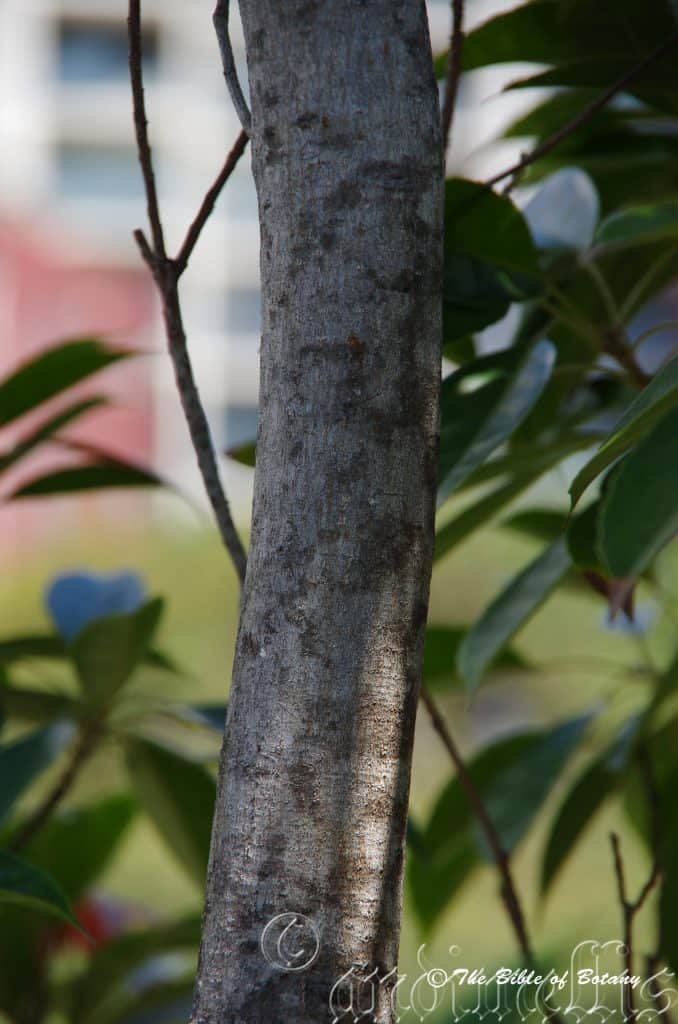
Roma Street Floral Gardens Brisbane Qld.
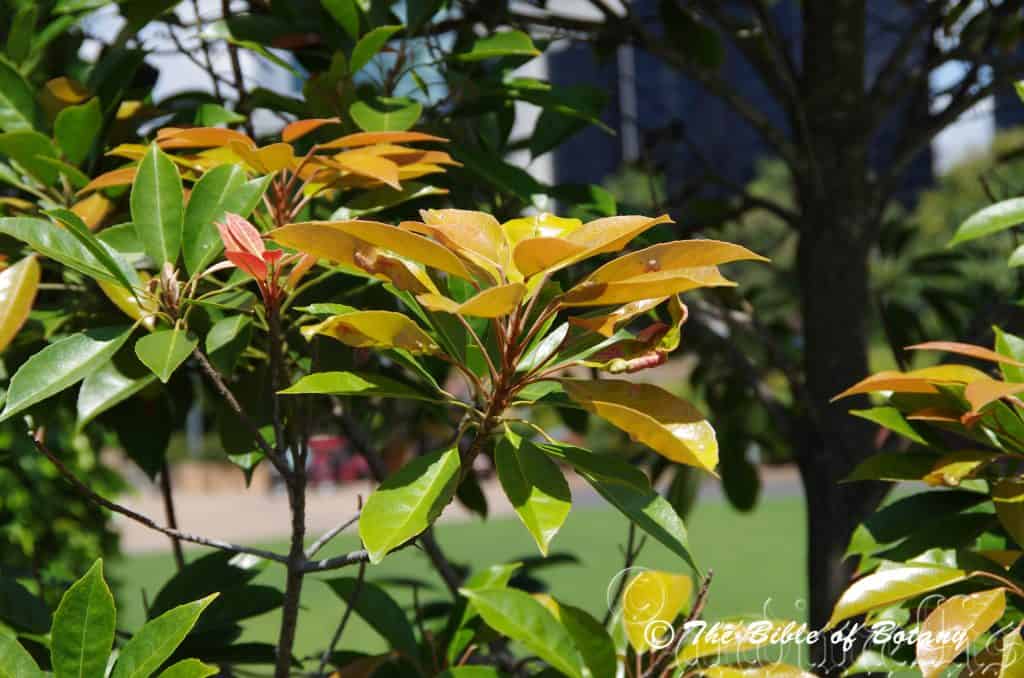
Roma Street Floral Gardens Brisbane Qld.
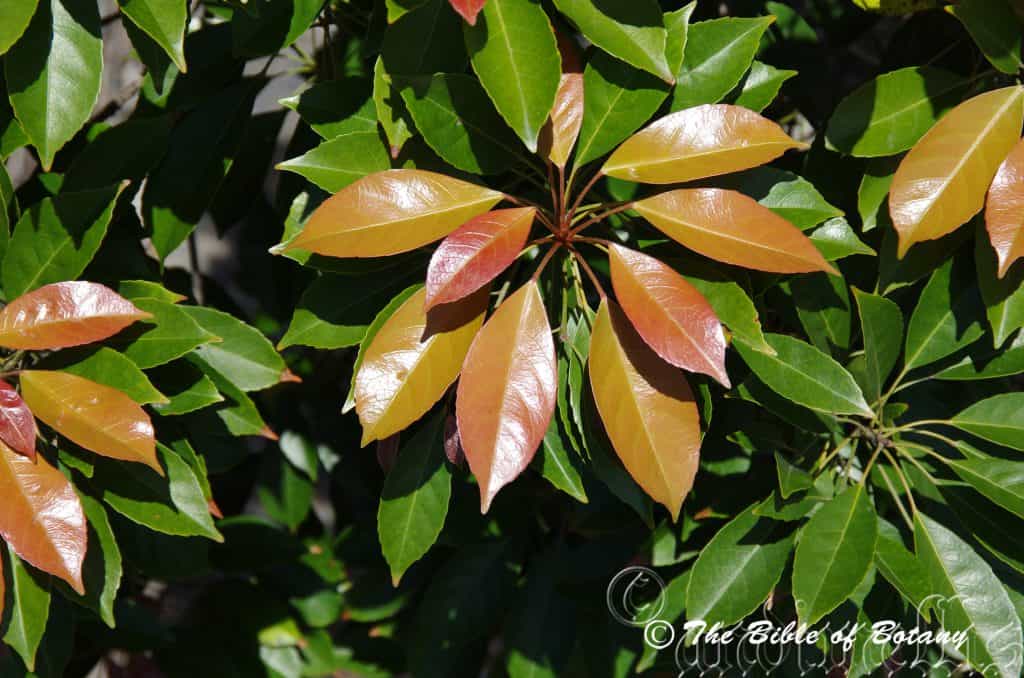
Roma Street Floral Gardens Brisbane Qld.
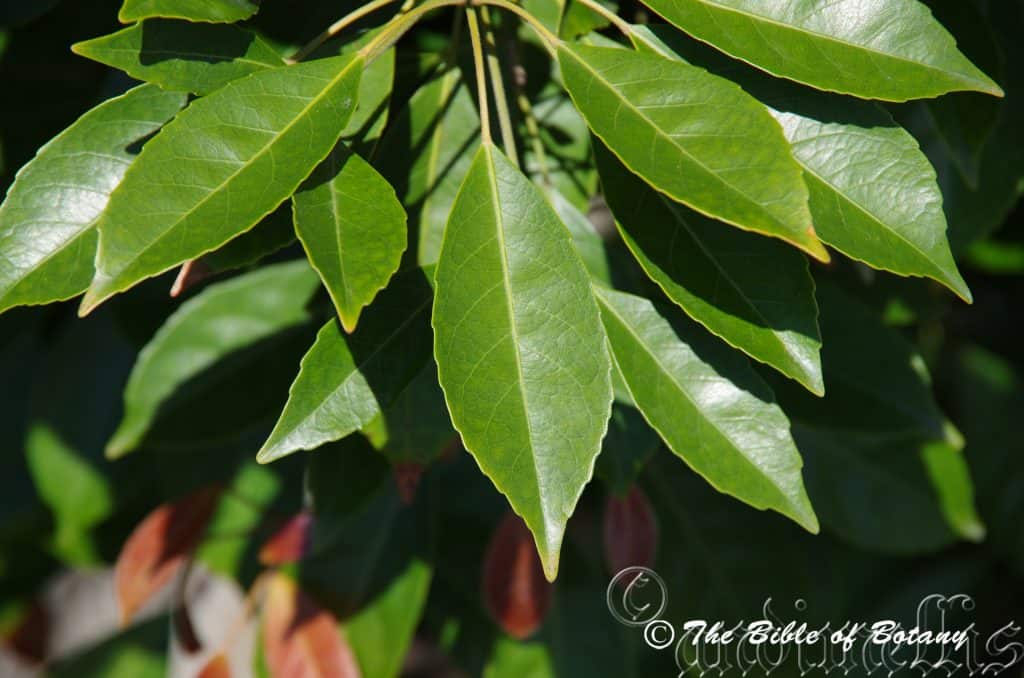
Roma Street Floral Gardens Brisbane Qld.
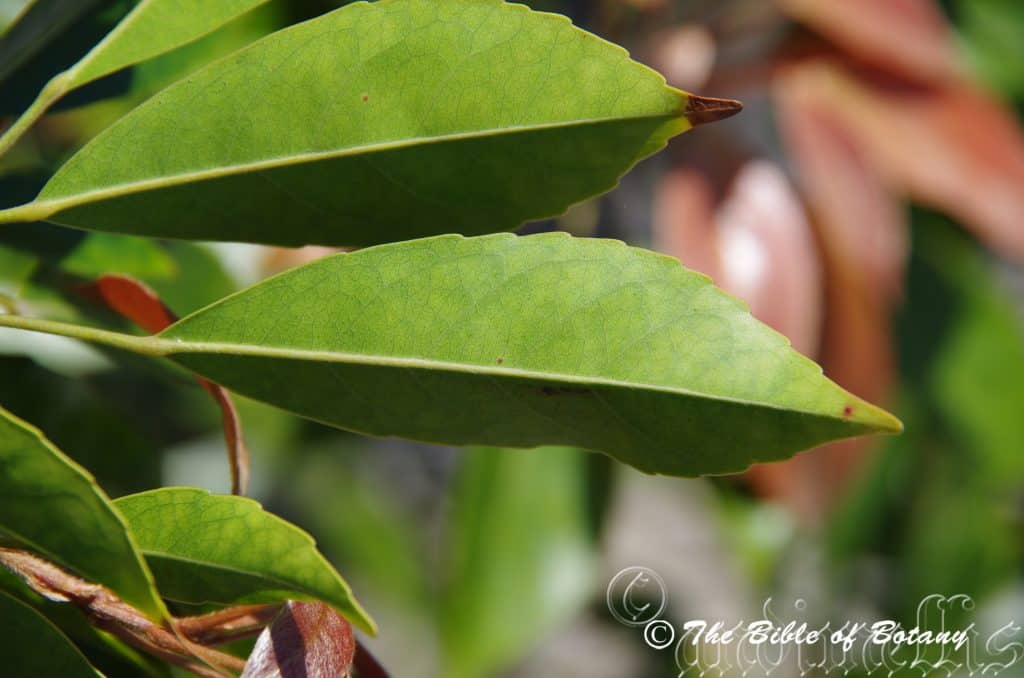
Roma Street Floral Gardens Brisbane Qld.
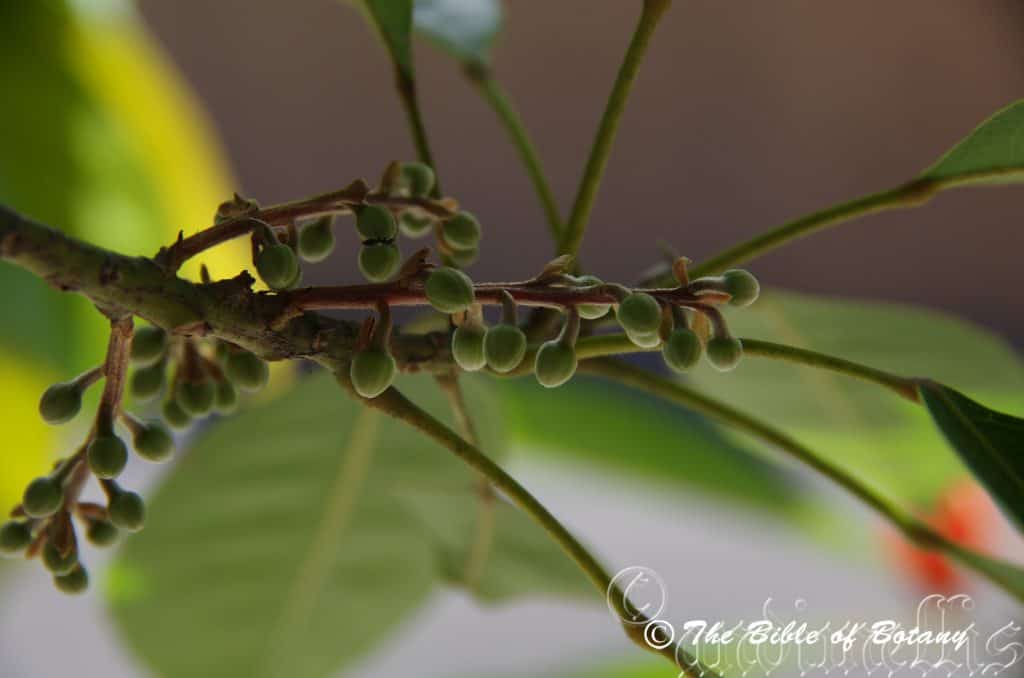
Roma Street Floral Gardens Brisbane Qld.
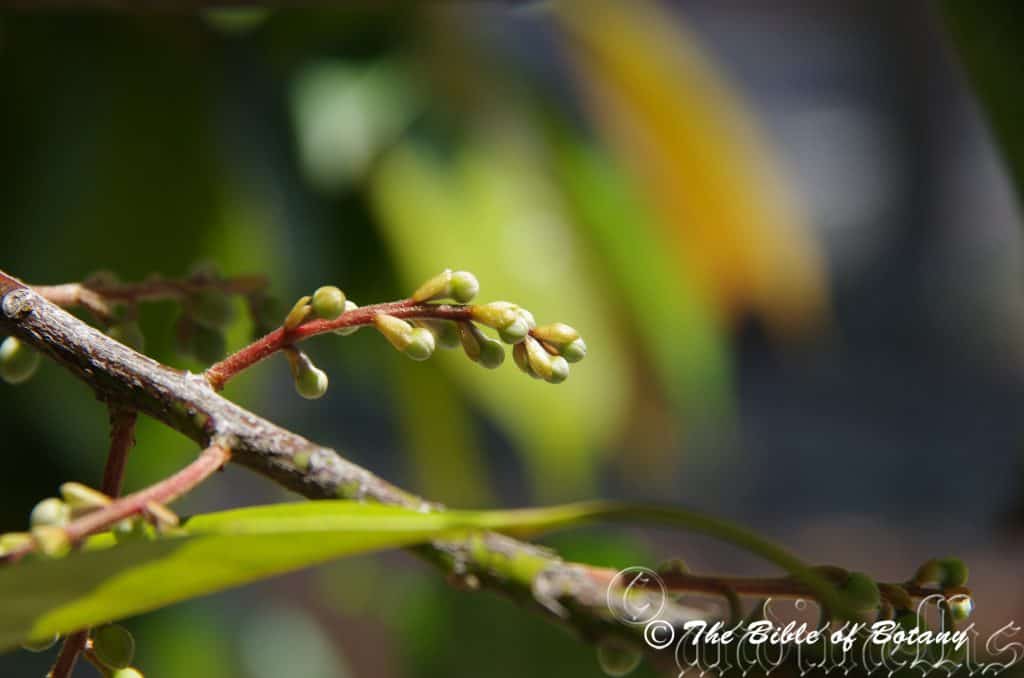
Roma Street Floral Gardens Brisbane Qld.
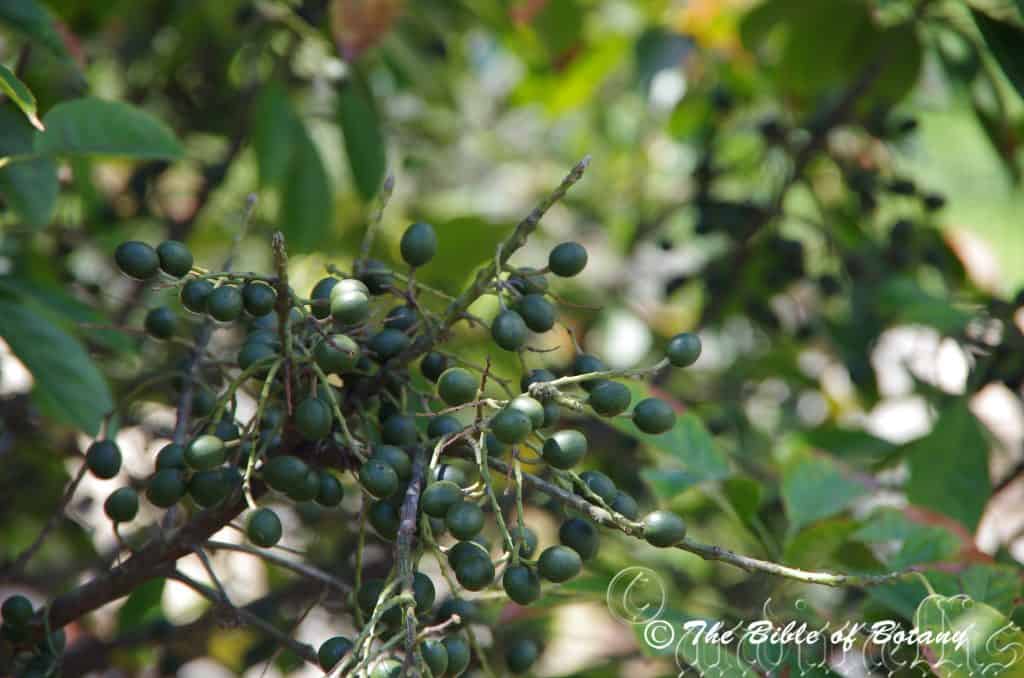
Roma Street Floral Gardens Brisbane Qld.
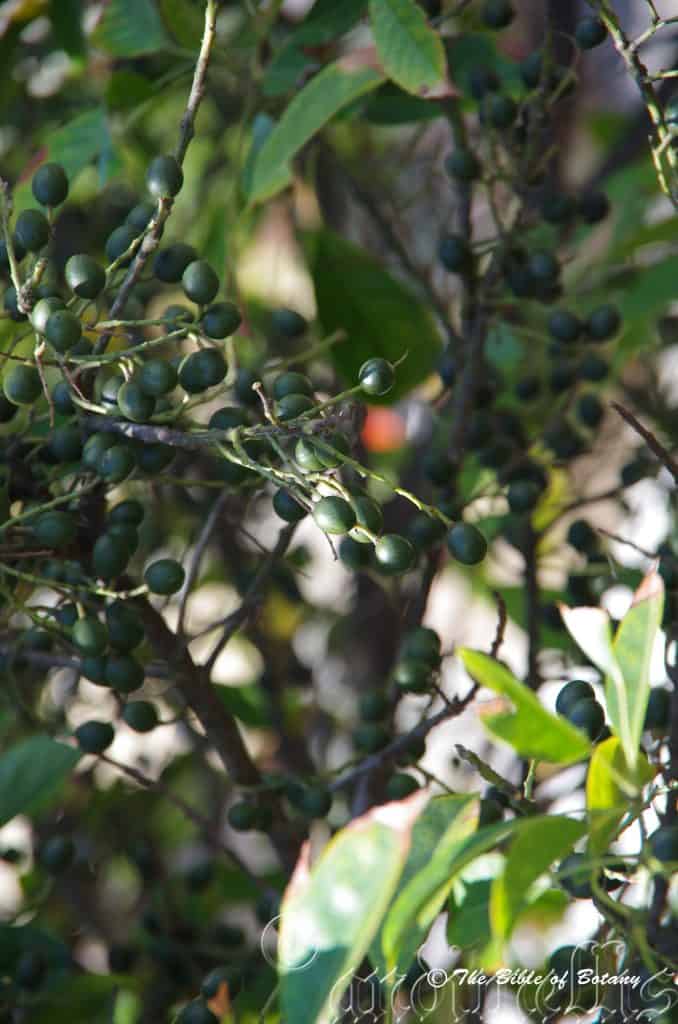
Roma Street Floral Gardens Brisbane Qld.
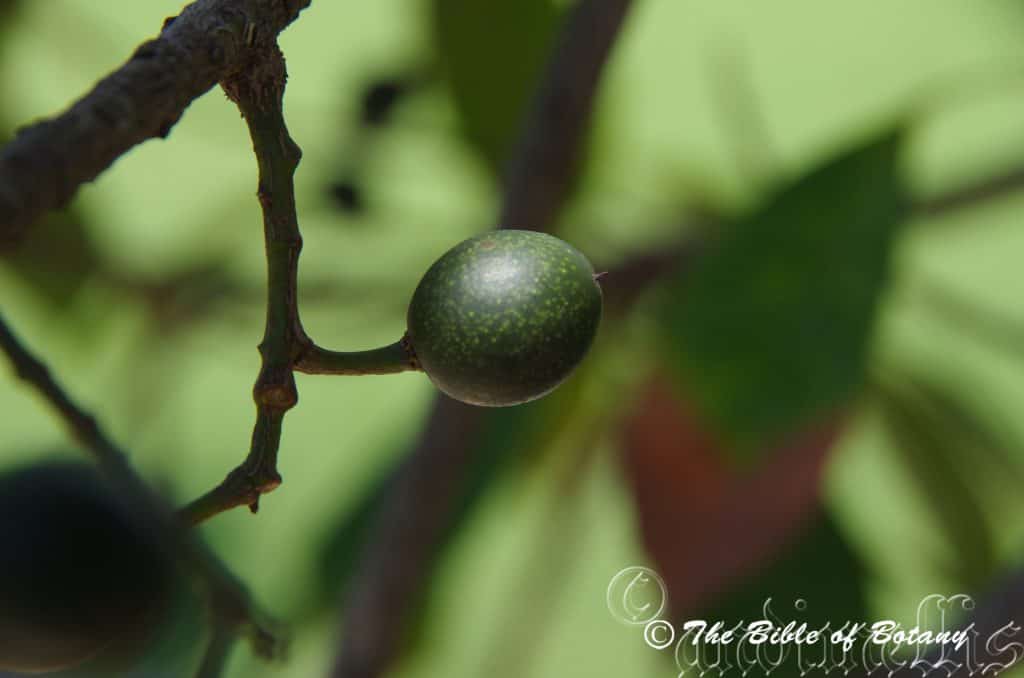
Roma Street Floral Gardens Brisbane Qld.
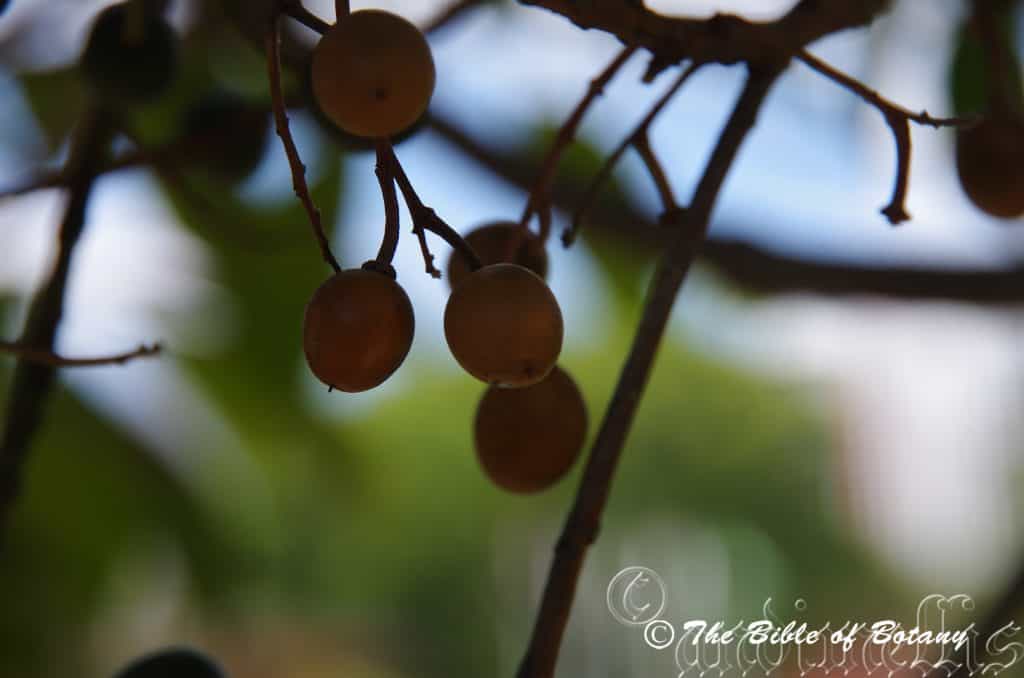
Roma Street Floral Gardens Brisbane Qld.
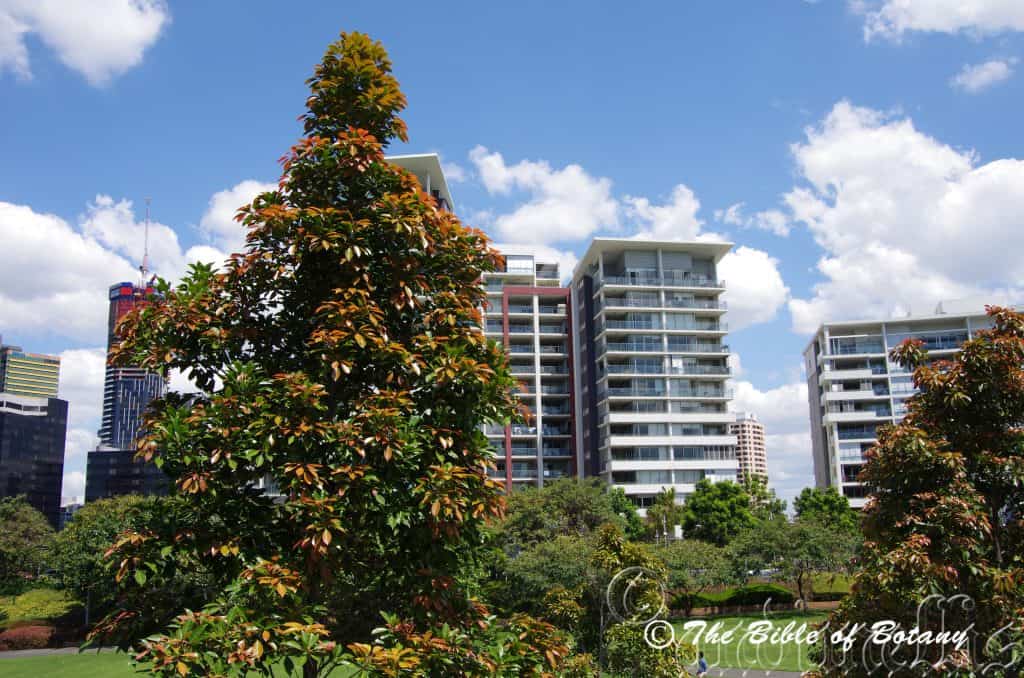
Roma Street Floral Gardens Brisbane Qld.
Elaeocarpus eumundi
Classification
Unranked: Magnoliophyta
Unranked: Magnoliopsida
Order: Oxalidales
Family: Elaeocarpaceae
Genus: From Elaia, which is Ancient Greek for an olive, and Karpos, which is Latin for foliage. It refers to fruits, which superficially resemble olives.
Specie: From Eumundi, which is Latinized from the local area near Nambour in south east Queensland. It refers to the plants, which were first discovered around the Eumundi district.
Sub specie:
Common Name: Eumundi Quangdong or Smooth Leaf Quangdong.
Distribution:
Elaeocarpus eumundi is found from south from the Iron Range National Park on Cape York Peninsula in far north Queensland in several disjunct populations to the Whian Whian State Forest in Northern New South Wales. It is only found on and east of the Great
Dividing Range. It is also found on Fraser Island in Queensland.
https://avh.ala.org.au/occurrences/search?taxa=Elaeocarpus+eumundi#tab_mapView
Habitat Aspect Climate:
Elaeocarpus eumundi prefer full sun to dappled shade. It grows in well developed, warm temperate, riparian rainforests, littoral rainforests and low land rainforests close to the sea. It is found at lower altitudes in the south tending towards higher cooler altitudes in the north. The altitudes range from near sea level to around 900 meters ASL.
The temperatures range from 2 degrees in July to 38 degrees in January.
The rainfall ranges from lows of 1000mm to 3200mm average per annum.
Soil Requirements:
Elaeocarpus eumundi prefers peaty sands to medium clays. The soils are derived from decomposed sandstones, brown basalt, black basalts, shale, metamorphic rocks or accumulated peaty beach sands. The soils pH ranges from 5pH to 6.5pH. It does not tolerate waterlogged soils. Non saline soils to moderately saline soils are tolerated.
Height & Spread:
Wild Plants: 20m to 28m by 10m to 15m
Characteristics:
Elaeocarpus eumundi grows as a tall fast growing robust stately tree. The trees are widely buttressed up to 4 meters to 6 meters above the ground. The finely fissured pale grey bark is heavily mottled with lichens and rises as a far as the medium branches. The small branchlets are brown, glabrous with distinctly visible leaf scars. New growth is densely covered in short, white, caduceous sericeous and tomentose hairs.
The alternate leaves of Elaeocarpus eumundi are crowded near the apex of the branches. It is oblong, oblanceolate to oblong-elliptical and measure 60mm to 190mm in length by 20mm to 50mm in width. The petioles are sparsely to very sparsely covered in white tomentose hairs and measure 10mm to 50mm in length. The bases are cuneate while the apexes are bluntly acuminate. The discolourous leaves are deep grass-green, glossy and glabrous on the upper lamina while the lower lamina is slightly paler. The laminas recurve slightly upwards from the mid vein to the margins and decurve downwards near the apexes. The leaf margins are irregularly toothed often only on the apex half with the basal half being entire. The mid vein is strongly prominent on the lower lamina while the 6 to 9 lateral veins are slightly prominent on the lower lamina. The veins are distinctly visible on the upper lamina being yellow-green. The domatia are absent on this specie and the mid vein is sparsely to very sparsely covered in white tomentose hairs.
The leaves are discarded throughout most of the year turning scarlet red before dropping. The new leaves are deep maroon-brown, glossy and covered in white tomentose hairs.
The inflorescences of Elaeocarpus eumundi are born ramiflorously one sided racemes born from the old leaf axils and inner leaf axils. The 8 to 12 white or cream, flowers are born on a 50mm to 80mm peduncules. The peduncle and pedicels are deep maroon-brown to deep maroon-red and are sparsely covered in white tomentose hairs. The pedicels measure 4mm to 7.5mm in length. The linear to narrow elliptical stipules measure 8mm to 10mm in length. The 5 cream sepals are narrow oblong and taper to the apex. The sepals measure 19mm to 11mm in length by 2.6mm to 3mm in width near the base. The white to cream 5 oblong petals apexes are divided into 12 to 15 linear lobes. The petals measure 10.5mm to 13mm in length.
The 24 to 30 fawn to brownish stamens measure 5mm to 8mm in length. The awned anthers are pale brown. The pale brown anthers have a short awn.
The pastel green style measures 9mm to 12mm in length. Elaeocarpus eumundi flowers appear from November to December.
The fruits of Elaeocarpus eumundi are ovoidal berries. The berries measure 13mm to 17mm in length by 12mm to 15mm in diameter.
Wildlife:
Elaeocarpus eumundi‘s wildlife is unknown to the author.
Cultivation:
Elaeocarpus eumundi is a beautiful large tree for the large rainforest garden. In cultivation they grow to 20 meters to 25 meters with a spread of 12 meters. It is ideal on poorly drained soils or alluvial flats.
Elaeocarpus eumundi make very good accent trees in front of low set or low multi story commercial buildings, industrial sheds or school buildings where they will break up hard rigid architectural lines and give warmth and breadth to a building. It is fast growing being one of Australia’s fastest growing trees so will yield good light shade in a matter of 10 or 12 years. In front of high rise buildings they give balance especially where they could be grown in curves meandering to the entry doors or for something different used from the path and meander to the front near the far corners with shrubs or flowers planted between the trees and the building. They make good specimen trees on the nature strip provided there are no power lines which the branches can interfere with. They have a large spreading root system so they should be planted at least the radius of the tree away from amenities and underground services.
Try using them in large pots in court yards or foyer entrances to break the ice and give a feeling of business where they offer a relaxed atmosphere.
The dense canopy prevents good light penetration below so it is best situated at the edge of lawns if this is a concern. This also makes them ideal for many of those epiphytes that prefer good light rather than dense shade.
It is a low maintenance tree that grows well on soils with low nutrient. They have a natural upright growth. It is well suited to park like scenes and where a little colour is wanted on the rainforest floor when the old leaves are being discarded.
It is a good tree for the epiphyte collector as the bark is accepted by all orchids and ferns. Its fast growth means that they can be used for this purpose within 6 years. Trees branch well above head height and where dense shade prevails will sacrifice lower branches for trunk and a smaller canopy.
Propagation:
Seeds: Elaeocarpus eumundi seeds do not require treatment before sowing. Sow fresh seeds directly into a deep seed raising tray and cover with 10mm of the mix. When the seedlings are 25mm to 50mm tall, prick them out and plant them into 50mm native tubes using a seed raising mix. Seed germination is very erratic from 0mm to 90mm, even on adjacent trees the germination can vary by 50mm in a given season. Germination can be from 2 months to 12 months.
Once the seedlings reach 150mm to 200mm in height plant them out into their permanent position. Mass plantings can be achieved by planting them at 10 meter to 12 meter centers for a rainforest scenario or 15 meters to 20 meters for a park like setting.
Fertilize using seaweed, fish emulsion or organic chicken pellets soaked in water on an alternate basis. Fertilize every two months until the plants are established then twice annually in early September or March to maintain health, vitality and better flowering.
Further Comments from Readers:
Hi reader, it seems you use The Bible of Botany a lot. That’s great as we have great pleasure in bringing it to you! It’s a little awkward for us to ask, but our first aim is to purchase land approximately 1,600 hectares to link several parcels of N.P. into one at The Pinnacles NSW Australia, but we need your help. We’re not salespeople. We’re amateur botanists who have dedicated over 30 years to saving the environment in a practical way. We depend on donations to reach our goal. If you donate just $5, the price of your coffee this Sunday, We can help to keep the planet alive in a real way and continue to bring you regular updates and features on Australian plants all in one Botanical Bible. Any support is greatly appreciated. Thank you.
In the spirit of reconciliation we acknowledge the Bundjalung, Gumbaynggirr and Yaegl and all aboriginal nations throughout Australia and their connections to land, sea and community. We pay our respect to their Elders past, present and future for the pleasures we have gained.
Elaeocarpus holopetalus
Classification
Unranked: Magnoliophyta
Unranked: Magnoliopsida
Order: Oxalidales
Family: Elaeocarpaceae
Genus: From Elaia, which is Ancient Greek for an olive, and Karpos, which is Latin for foliage. It refers to fruits, which superficially resemble olives.
Specie: From Holo, which is Ancient Greek for entire or complete and Petannumi, which is Ancient Greek for to spread out or later Petalon/Petalos, which are Ancient Greek for thin metal leaf. It refers to specialized usually coloured leaves, which surround the ovaries and aid in the attraction of pollinators. It refers to the petals being complete compared to other species in the genus which have fringed petals.
Sub specie:
Common Name: Black olive or Mountain Blueberry or
Mountain Quangdong.
Distribution:
Elaeocarpus holopetalus is found south from Lawrence on the Clarence River in New South Wales to Orbost in north eastern Victoria. It is usually found on the Great Dividing Range with the 2 noticeable exceptions being the population at Lawrence and the small isolated population on McCullock Range along the Darling River.
https://avh.ala.org.au/occurrences/search?taxa=Elaeocarpus+halopetalus#tab_mapView
Habitat Aspect Climate:
Elaeocarpus holopetalus prefers full sun to dappled shade. It grows in riparian rainforest gullies and gallery rainforests. The altitude ranges from 900 meters ASL to 1500 meters ASL.
The temperatures range from 2 degrees in July to 38 degrees in January.
The rainfall ranges from lows of 800mm to 1700mm average per annum however the McCullock Range population experience rainfalls with lows of 200mm to an average of 244mm per annum.
Soil Requirements:
Elaeocarpus holopetalus usually prefers coarse sands, fine sands, light gravelly clays to heavier silts. The soils are derived from decomposed sandstones, basalts, shale or small pockets of alluvial silts along streams, creeks or rivers. The soils pH ranges from 5pH to 6.5pH. It does not tolerate waterlogged soils. It often grows on alluvial flats where drainage is poor, have high water tables or suffer frequent inundations. Non saline soils to moderately saline soils are tolerated.
Height & Spread:
Wild Plants: 4m to 20m by 13m to 6m
Characteristics:
Elaeocarpus holopetalus grows as a large bushy shrub or small erect tree. Old trees are buttressed and flanged above the ground. The finely fissured grey, grey-brown or brown bark extends to the small branches. The small branchlets are reddish-brown and glabrous. New growth is reddish-brown and covered in short pale rusty pilose hairs.
The alternate to sub opposite leaves of Elaeocarpus holopetalus are elliptical to obovate and measure 30mm to 70mm in length by 10mm to 30mm in width. The terete petioles very sparsely covered in short pale rusty pilose hairs and measure 3mm to 10mm in length. The bases are broadly cuneate while the apexes are acuminate. The discolourous leaves are deep grass-green to sea-green, dull and glabrous on the upper lamina while the lower laminas are paler and covered in short rusty to golden-brown puberulent hairs. There are glabrous to very sparsely hairy plants from the higher altitude areas of the Barrington Tops and Point Lookout near Ebor. The leaf margins are regularly toothed with 8 to 11 teeth on each margin. The mid vein, lateral veins and forked secondary veins are prominent on the lower lamina while the main vein and main lateral veins are distinctly visible on the upper lamina. The domatia are absent on this specie.
Juvenile trees and new growth are deep rusty-red and covered in pale rusty pilose hairs. The leaves on juvenile trees measure 40mm to 110mm in length by 12mm to 35mm in width.
The inflorescences of Elaeocarpus holopetalus are born ramiflorously racemes from the old leaf axils. The 12 to 24 white to cream flowers are born on a 15mm to 50mm peduncules while the pedicels measure 3mm to 7mm in length. The linear to linear-elliptical stipules are glabrous and measure 3mm to 6mmin length. The 5 creamy white to cream sepals are narrow triangular to lanceolate and measure 3mm to 4.5mm in length by 1.8mm to 2.2mm in width near the base. The 5 oblong white petals are shallowly lobed and covered in short white pilose hairs. The petals measure 5.5mm to 7mm in length by 4mm to 5mm in width at the apex.
The 15 to 20 stamens measure 6mm to 7.5mm in length. The anthers are pale brown and without awns.
The white, cream or creamy green style measures 18mm to 22mm in length. Elaeocarpus holopetalus flowers spasmodically throughout the year and can flower more than once if conditions are good.
The fruits of Elaeocarpus holopetalus are deep blackish-blue to black fleshy obovoid berries. The green berries are covered in a glaucous film which erodes as the fruits fully mature. The fruits measure 8mm to 10mm in length by 6mm to 8mm in diameter. The style is persistent on the ripe fruits.
Wildlife:
Elaeocarpus holopetalus‘s fruits are eaten by possums and native birds on the trees and native rats when the fruits fall to the ground.
Cultivation:
Elaeocarpus holopetalus is a beautiful large shrub or small cylindrical tree for the rainforest garden bush garden or specimen tree in the lawn. In cultivation they grow to 3 meters to 5 meters in height by 3 meters to 4 meters in diameter as a shrub or 12 meters to 15 meters by 4 meters to 5 meters as a small tree when grown in the open. It is better suited to better quality medium clay soils or heavier alluvial flats.
It is a good tree for the epiphyte collector as the bark is accepted by all orchids and ferns. Its fast growth means that they can be used for this purpose within 6 years. Trees need to be pruned to induce branching above head. Where dense shade prevails the trees will sacrifice lower branches for trunk and a smaller canopy.
The light canopy allows good light below so it can be used in lawns without sacrificing the lawn. This also makes them ideal for many of those epiphytes that like good light rather than dense shade. Some good companion park trees would include Buckinghamia celsissima, Elaeocarpus reticulatus, Cassia brewsteri, Diospyros calycantha or Harpullia pendula for interesting contrasts in foliage, trunks and shapes. All these trees are small and perform better on better soils with a little attention.
It has a natural upright growth habit whichmake very good accent trees in front of low set commercial buildings, industrial sheds or school buildings where it will break up hard rigid architectural lines and give warmth and breadth to a building or cooling in the hot dry summers. In front of high rise buildings they give balance especially where they could be grown in curves meandering to the entry doors or for something different used with shrubs or flowers planted between the trees. Its compact habit, narrow diameter, holding of both branches and leaves low to the ground, a dense canopy and smaller root system make them ideal trees for small gardens and for planting on the nature strip.
Propagation:
Seeds: Elaeocarpus holopetalus seeds do not require treatment before sowing. Sow the freshly removed seeds directly into a deep seed raising tray and cover with 5mm of the mix. When the seedlings are 25mm to 50mm tall, prick them out and plant them into 50mm native tubes using a seed raising mix. Seed germination is very erratic from 40mm to 90mm, even on adjacent trees the germination can vary by 50mm in a given season. Germination can be from 2 months to 12 months.
Once the seedlings reach 150mm to 200mm in height plant them out into their permanent position. Mass plantings can be achieved by planting them at 5 meter to 8 meter centers for a rainforest scenario or 10 meters to 15 meters for a park like scenario.
Fertilize using seaweed, fish emulsion or organic chicken pellets soaked in water on an alternate basis. Fertilize every two months until the plants are established then twice annually in early September or March to maintain health, vitality and better flowering.
Further Comments from Readers:
Hi reader, it seems you use The Bible of Botany a lot. That’s great as we have great pleasure in bringing it to you! It’s a little awkward for us to ask, but our first aim is to purchase land approximately 1,600 hectares to link several parcels of N.P. into one at The Pinnacles NSW Australia, but we need your help. We’re not salespeople. We’re amateur botanists who have dedicated over 30 years to saving the environment in a practical way. We depend on donations to reach our goal. If you donate just $5, the price of your coffee this Sunday, We can help to keep the planet alive in a real way and continue to bring you regular updates and features on Australian plants all in one Botanical Bible. Any support is greatly appreciated. Thank you.
In the spirit of reconciliation we acknowledge the Bundjalung, Gumbaynggirr and Yaegl and all aboriginal nations throughout Australia and their connections to land, sea and community. We pay our respect to their Elders past, present and future for the pleasures we have gained.
Elaeocarpus kirtonii
Classification
Unranked: Magnoliophyta
Unranked: Magnoliopsida
Order: Oxalidales
Family: Elaeocarpaceae
Genus: From Elaia, which is Ancient Greek for an olive, and Karpos, which is Latin for foliage. It refers to fruits, which superficially resemble olives.
Specie: Is probably named in honour of Joseph William Kirton; 1861-1835, who may have collected the type specimen for Mueller and who was a dogmatic fighter against the privileged class, supported local aborigines and opposed the abuse of the free railway passages for the wealthy.
Sub specie:
Common Name: Silver Quangdong or white Quangdong or Pigeonberry Ash.
Distribution:
Elaeocarpus kirtonii is found in several disjunct populations south from the Clarke Range near Mackay in central coastal Queensland to Shoalhaven in southern coastal New South Wales. It is found on and east of The Great Dividing Range.
https://avh.ala.org.au/occurrences/search?taxa=Elaeocarpus+kirtonii#tab_mapView
Habitat Aspect Climate:
Elaeocarpus kirtonii prefers full sun to dappled shade. It grows in well-developed warm temperate rainforests and well developed subtropical rainforests and well developed gallery rainforests. It is found from 400 meters ASL to 650 meters ASL.
The temperatures range from minus 2 degrees in August to 38 degrees in January.
The rainfall ranges from lows of 900mm to 3200mm average per annum.
Soil Requirements:
Elaeocarpus kirtonii prefers light gravelly loams to medium clays. The soils are derived from decomposed sandstones, basalts and shale. The soils pH ranges from 5pH to 6.5pH. It does tolerate waterlogged soils. It often grows on alluvial flats where drainage is poor, have high water tables or suffer frequent inundations. Non saline soils to moderately saline soils are tolerated.
Height & Spread:
Wild Plants: 35m to 45m by 10m to 15m
Characteristics:
Elaeocarpus kirtonii grows as a tall fast growing robust stately tree. The trees are widely buttressed from 4 meters to 6 meters above the ground. The finely fissured silvery-grey bark rises as a far as the small branches. The branches are grey glabrous and covered in small pustules. The small branchlets are grass-green. New growth is usually glabrous or rarely sparsely covered in short white puberulent hairs.
The alternate leaves of Elaeocarpus kirtonii are narrow elliptical to narrow oblong and measure 70mm to 200mm in length by 20mm to 40mm in width. The long slender pale red petioles measure 15mm to 50mm in length. The bases are cuneate while the apexes are acute. The discolourous coriaceous leaves are deep grass-green to sea-green, dull and glabrous on the upper lamina while the lower laminas are much paler. The laminas recurve upwards from the mid vein to the margins. The leaf margins are regularly toothed with 20 to 30 teeth on each margin. The mid vein is strongly prominent on the lower lamina while the 15, plus paired lateral veins are faintly prominent on the lower lamina. The mid vein and lateral veins are visible on the upper lamina. The domatia are small on the apex side of the junction of the main vein and the lateral veins.
Juvenile trees and new growth are deep rusty-red to bronze-brown and glabrous.
The inflorescences of Elaeocarpus kirtonii are born ramiflorously one sided racemes from the fallen leaf axils. The 12 to 36 white to cream flowers are born on a 60mm to 100mm peduncules while the pedicels measure 8mm to 10mm in length. The 5 sepals are broad linear and measure 8mm to 10mm in length by 3mm to 3.5mm in diameter near the base. The 5 oblong to ovate, white petals are divided into 18 to 24 short linear lobes. The petals measure 9mm to 11mm in length by 7mm to 9mm in width at the apex.
The 25 to 30 cream to pale brown stamens measure 5mm to 7mm in length including the creamy awned anther.
The white to cream style measures 9mm to 10mm in length. The flowers appear from January to March.
The fruits are pale blue fleshy ovoidal berries. The berries measure 10mm to 12mm in length by 9mm to 11mm in diameter.
Wildlife:
Elaeocarpus kirtonii‘s fruits are eaten by possums and most fructivorous birds on the trees and native rats when they fall to the ground.
Cultivation:
Elaeocarpus kirtonii is a beautiful large shrub or small cylindrical tree for the rainforest garden bush garden or specimen tree in the lawn. In cultivation they grow from 15 meters to 20 meters by 10 meters to 15 meters when grown in the open. It is better suited to better quality medium clay soils or heavier alluvial flats.
It is a good tree for the epiphyte collector as the bark is accepted by all orchids and ferns. Their fast growth means that they can be used for this purpose within 6 years. Trees need to be pruned to induce branching above head. Where dense shade prevails the trees will sacrifice lower branches for trunk and a smaller canopy.
The dense canopy provides deep shade so it is best planted near the edge of a lawn or in a garden bed if lawns are wanted. This also makes them ideal for many of those epiphytes that like dense shade rather than open airy positions. Some good companion park trees would include Buckinghamia celsissima, Elaeocarpus reticulatus, Cassia brewsteri, Diospyros calycantha or Harpullia pendula for interesting contrasts in foliage, trunks and shapes. All these trees are smaller and perform better on better soils with a little attention.
Propagation:
Seeds: Elaeocarpus kirtonii seeds do not require treatment before sowing. Sow the freshly removed seeds directly into a deep seed raising tray and cover with 5mm of the mix. When the seedlings are 25mm to 50mm tall, prick them out and plant them into 50mm native tubes using a seed raising mix. Seed germination is very erratic from 40mm to 90mm, even on adjacent trees the germination can vary by 50mm in a given season. Germination can be from 2 months to 12 months.
Once the seedlings reach 150mm to 200mm in height plant them out into their permanent position. Mass plantings can be achieved by planting them at 5 meter to 8 meter centers for a rainforest scenario or 10 meters to 15 meters for a park like scenario.
Fertilize using seaweed, fish emulsion or organic chicken pellets soaked in water on an alternate basis. Fertilize every two months until the plants are established then twice annually in early September or March to maintain health, vitality and better flowering.
Further Comments from Readers:
Hi reader, it seems you use The Bible of Botany a lot. That’s great as we have great pleasure in bringing it to you! It’s a little awkward for us to ask, but our first aim is to purchase land approximately 1,600 hectares to link several parcels of N.P. into one at The Pinnacles NSW Australia, but we need your help. We’re not salespeople. We’re amateur botanists who have dedicated over 30 years to saving the environment in a practical way. We depend on donations to reach our goal. If you donate just $5, the price of your coffee this Sunday, We can help to keep the planet alive in a real way and continue to bring you regular updates and features on Australian plants all in one Botanical Bible. Any support is greatly appreciated. Thank you.
In the spirit of reconciliation we acknowledge the Bundjalung, Gumbaynggirr and Yaegl and all aboriginal nations throughout Australia and their connections to land, sea and community. We pay our respect to their Elders past, present and future for the pleasures we have gained.
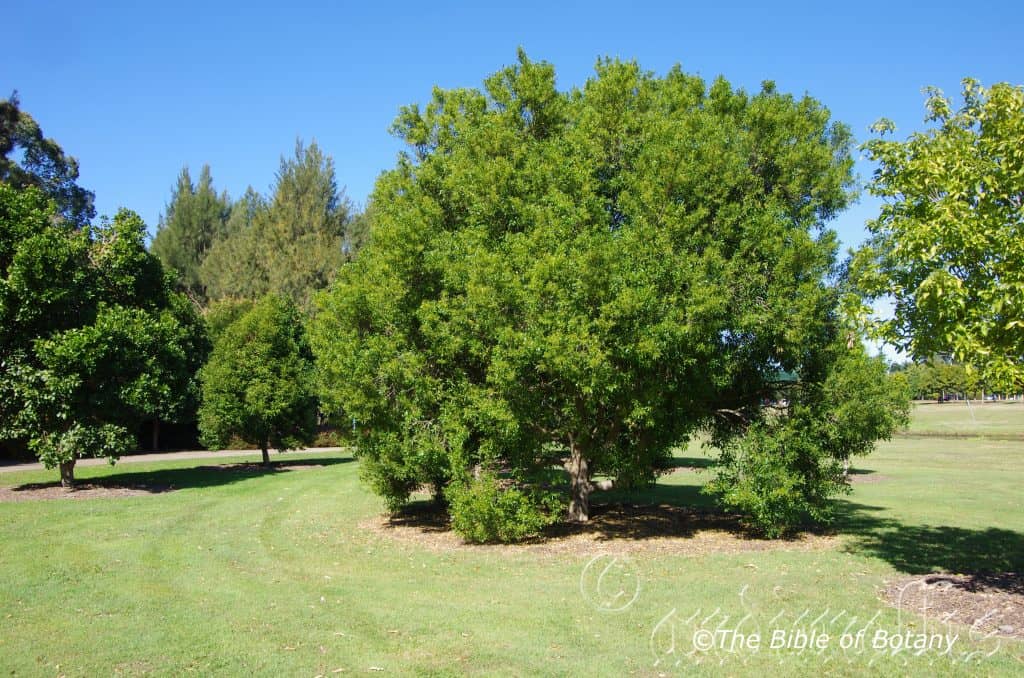
Rosser Gardens Benowa Qld.
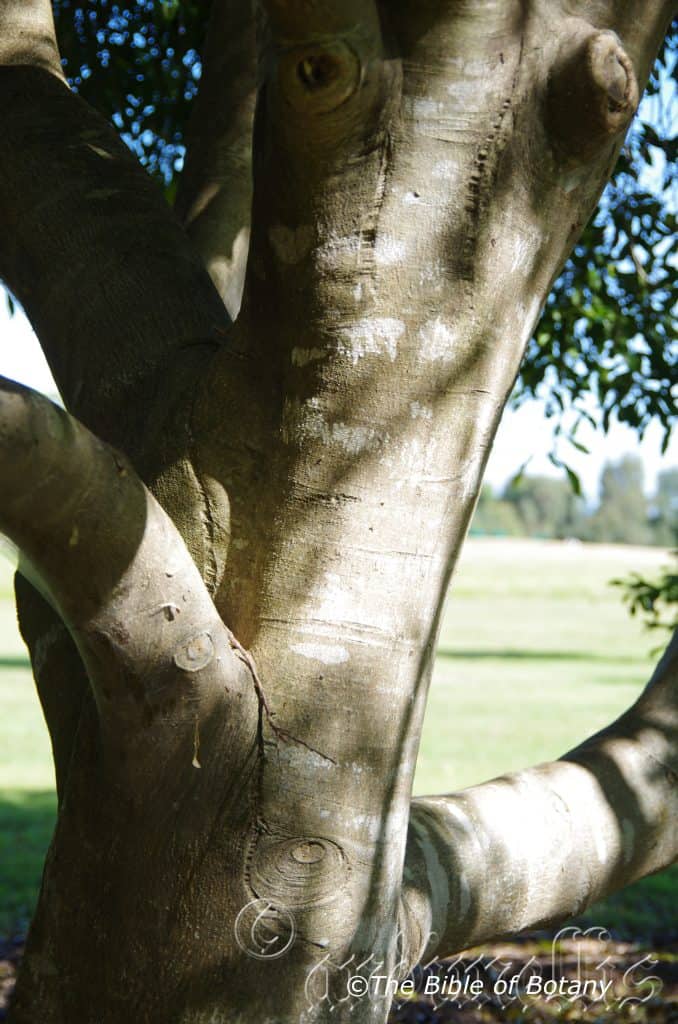
Rosser Gardens Benowa Qld.
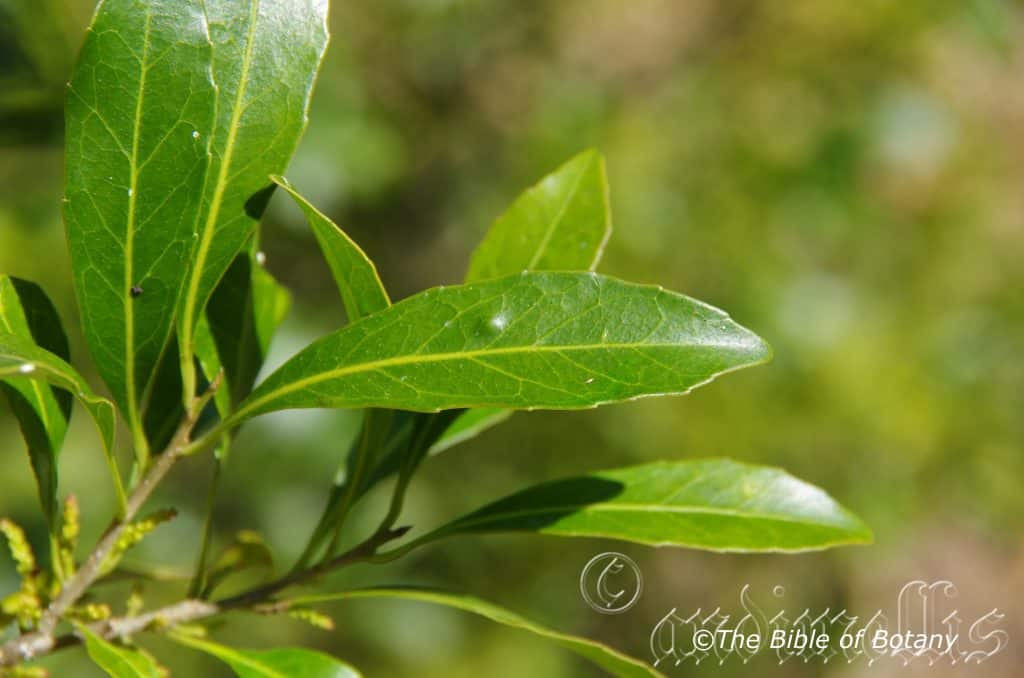
Rosser Gardens Benowa Qld.
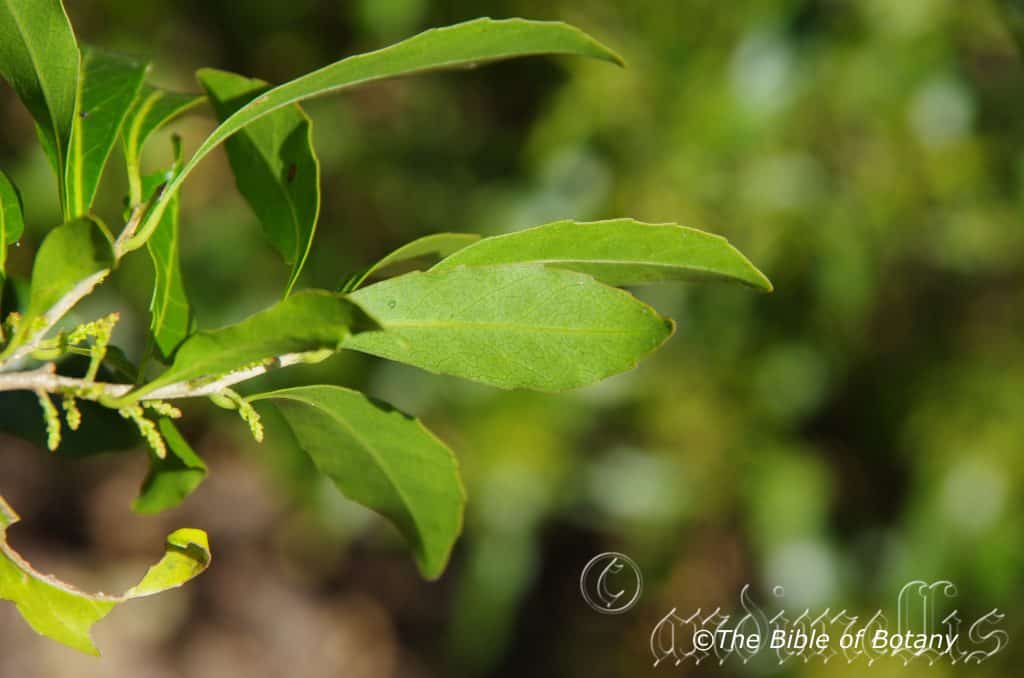
Rosser Gardens Benowa Qld.
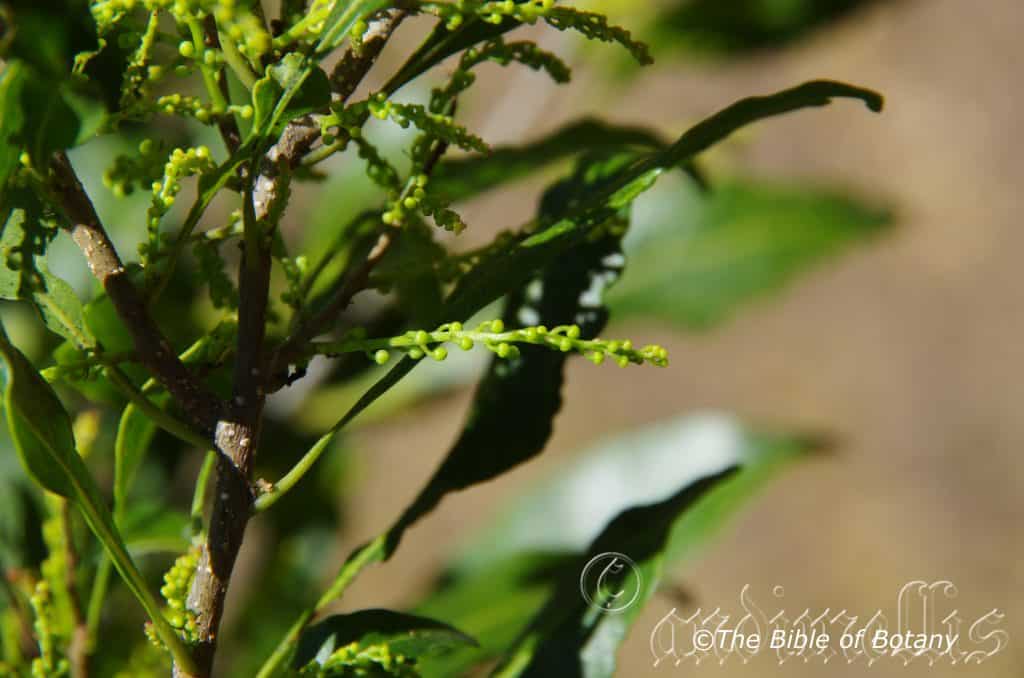
Rosser Gardens Benowa Qld.
Elaeocarpus obovatus
Classification
Unranked: Magnoliophyta
Unranked: Magnoliopsida
Order: Oxalidales
Family: Elaeocarpaceae
Genus: From Elaia, which is Ancient Greek for an olive, and Karpos, which is Latin for foliage. It refers to fruits, which superficially resemble olives.
Specie: From Ob, which is Latin for orbital and Ovatus which is Latin for an egg shape. It refers to leaves, which are somewhat variable but usually obovate.
Sub specie:
Common Name: Blue Berry Ash or Hard Quangdong.
Distribution:
Elaeocarpus obovatus is found south from Cooktown in far north Queensland to Wollongong in New South Wales. It is found on and east of The Great Dividing Range. It is also found on most the larger islands of the Great Barrier Reef, Fraser Island and Stradbroke Island.
https://avh.ala.org.au/occurrences/search?taxa=Elaeocarpus+obovatus#tab_mapView
Habitat Aspect Climate:
Elaeocarpus obovatus prefers full sun to dappled shade. It grows in lowland sub-tropical rainforests and littoral rainforests in the south of its range and in littoral rainforests and monsoonal vine forests in the northern sections of its range. It is found from 5 meters ASL to 900 meters ASL.
The temperatures range from 2 degrees in July to 38 degrees in January.
The rainfall ranges from lows of 1000mm to 3200mm average per annum.
Soil Requirements:
Elaeocarpus obovatus prefers course sandy loams, peaty sands to medium clays. The soils are derived from decomposed sandstone, granite, brown basalt, black basalt, metamorphic rocks or accumulated peaty beach sands. The soils pH ranges from 5pH to 7pH. It tolerates seasonal waterlogged soils. It often grows on alluvial flats where drainage is poor or the soils have high seasonal water tables. Non saline soils to moderately saline soils are tolerated.
Height & Spread:
Wild Plants: 5m to 40m by 3m to 8m
Characteristics:
Elaeocarpus obovatus grows as a large shrub or tall, fast growing robust stately tree. Old trees are strongly buttressed up to 4 meters to 6 meters above the ground. The finely fissured pale grey bark rises as a far as the small branches. The small branchlets are brown, glabrous with distinctly visible leaf scars. The new growth is grass-green with a reddish tinge, glabrous and semi glossy.
Elaeocarpus obovatus seems to have 2 distinct morphological forms where it grows as a large shrub or small tree. In the northern parts of its range it is a large shrub or small tree and in the southern part of its range it grows as a large rainforest tree. Northern plants flower and fruit at a much earlier age and the flowering period appears to be over a longer period with a poor secondary flowering. Those who believe in evolution this is a classic case of how a species changes to adapt to its environment and those who believe in creation it is nothing more than a variation in form.
The alternate leaves of Elaeocarpus obovatus grow near the apex of the branches are obovate to oblanceolate and measure 50mm to 100mm in length by 10mm to 40mm in width. The glabrous petioles measure 5mm to 12mm in length. The bases are cuneate while the apexes are acuminate. The discolourous leaves are deep green, to sea-green, semi glossy and glabrous on the upper lamina while the lower laminas are paler. The laminas are flat and decurve slightly downwards near the apex. The leaf margins are usually irregularly and finely toothed or at times are entire. The mid vein is strongly prominent on the lower lamina while the 10 to 16 alternate lateral veins are slightly prominent on the lower lamina. The mid vein and lateral veins are distinctly visible on the upper lamina. The domatia are present as thin glabrous covers which are located on the apical side of the junction of the mid vein and the lateral veins.
The inflorescences of Elaeocarpus obovatus are born as one sided racemes from the inner leaf axils. The 12 to 36 white cream, white or pale creamy green flowers are born on a 40mm to 100mm peduncules while the pedicels measure 8mm to 10mm in length. The linear stipules measure 1mm to 1.5mm in length. The 5 creamy white to pastel yellow sepals are narrow lanceolate to linear and measure 4mm to 5mm in length by 1.5mm to 2mm in width near the base. The 5 white to cream, oblong to ovate petals are divided into 8 to 16 linear lobes. The petals measure 4mm to 5mm in length by 3.5mm to 5mm in width at the apex.
The 14 to 20 stamens are covered in short brown puberulent hairs and measure 0.5mm to 1mm in length. The pale brown anthers measure 1.4mm to 1.6mm in length.
The white, cream or creamy green style measures 1.8mm to 2.2mm in length. The flowers appear from early September to early November in the south and appear from early September to early December in the northern forms.
The fruits of Elaeocarpus obovatus are deep, bright iridescent blue fleshy ovoidal to globose berries. The berries measure 9mm to 13mm in length by 8mm to 10mm in diameter. The endocarp is ovoid and deeply rugose on the outer surface. The seeds measure 7mm to 10mm in length by 7mm to 8mm in diameter.
The blue colours are normally produced by anthocyanin pigments which are found in most blue fruits but in the case of Elaeocarpus angustifolius it is the same physical interferences that are found in insects and animals. It is virtually unknown in plants. The process was found and studied in the epidermal cells of Elaeocarpus granitrus‘s fruits. The cellulose layers form a special structure outside the cell membrane but inside the cell wall. The layers create thin-film interferes with blue light and thus reflects the blue colour outwards. (David W. Lee “Iridescent Blue Plants” (1997) American Scientist 85.)
Wildlife:
The leaves are eaten by the Fiery Jewel Butterfly (Hypochrysops ignita).
Cultivation:
Elaeocarpus obovatus is a beautiful large tree for the large rainforest gardens or a large shrub suitable for a large bush garden. In cultivation the southern plants grow from 18 meters to 25 meters in height with a spread of 8 meters to 12 meters in diameter when grown in the open while the northern plants will grow 4 meters to 6 meters in height by 4 meters to 5 meters in diameter when grown in the open. It is ideal on poorly drained soils or alluvial flats.
Elaeocarpus obovatus makes a very good accent trees in front of low set or low multi story commercial buildings, industrial sheds or school buildings where they will break up hard rigid architectural lines and give warmth and breadth to a building. It is fast growing being one of Australia’s fastest growing trees so will yield good light shade in a matter of 10 or 12 years. In front of high rise buildings it gives balance especially where they could be grown in curves meandering to the entry doors or for something different used from the path and meander to the front near the far corners with shrubs or flowers planted between the trees and the building. It makes good specimen trees on the nature strip provided there are no power lines which the branches can interfere with. It has a large spreading root system so they should be planted at least the radius of the tree away from amenities and underground services. For certainty seeds should be acquired from local sources to guarantee the form required. In returning to Australia I want to grow seedlings from both southern and northern plants side by side to ascertain whether the differences in the growth of the southern plants and northern plants are strictly environmental or are evolving towards different sub species.
Try using them in large pots in court yards or foyer entrances to break the ice and give a feeling of business where they offer a relaxed atmosphere.
The light canopy allows good light penetration below so they can be used in lawns without sacrificing the lawn. This also makes them ideal for many of those epiphytes that like good light rather than dense shade.
It is a low maintenance tree that grows well on soils with low nutrient. They have a natural upright growth. It is well suited to park like scenes and where a little colour is wanted on the rainforest floor when the old leaves are being discarded.
It is a good tree for the epiphyte collector as the bark is accepted by all orchids and ferns. Its fast growth means that they can be used for this purpose within 6 years. Trees branch well above head height and where dense shade prevails will sacrifice lower branches for trunk and a smaller canopy.
Propagation:
Seeds: Elaeocarpus obovatus seeds do not require treatment before sowing. Sow fresh seeds directly into a deep seed raising tray and cover with 10mm of the mix. When the seedlings are 25mm to 50mm tall, prick them out and plant them into 50mm native tubes using a seed raising mix. Seed germination is very erratic from 0mm to 70mm, even on adjacent trees the germination can vary by 50mm in a given season. Germination can be from 2 months to 12 months.
Once the seedlings reach 150mm to 200mm in height plant them out into their permanent position. Mass plantings can be achieved by planting them at 12 meter to 15 meter centers for a rainforest or 15 meters to 20 meters for a park like scenario.
Fertilize using seaweed, fish emulsion or organic chicken pellets soaked in water on an alternate basis. Fertilize every two months until the plants are established then twice annually in early September or March to maintain health, vitality and better flowering.
Further Comments from Readers:
Hi reader, it seems you use The Bible of Botany a lot. That’s great as we have great pleasure in bringing it to you! It’s a little awkward for us to ask, but our first aim is to purchase land approximately 1,600 hectares to link several parcels of N.P. into one at The Pinnacles NSW Australia, but we need your help. We’re not salespeople. We’re amateur botanists who have dedicated over 30 years to saving the environment in a practical way. We depend on donations to reach our goal. If you donate just $5, the price of your coffee this Sunday, We can help to keep the planet alive in a real way and continue to bring you regular updates and features on Australian plants all in one Botanical Bible. Any support is greatly appreciated. Thank you.
In the spirit of reconciliation we acknowledge the Bundjalung, Gumbaynggirr and Yaegl and all aboriginal nations throughout Australia and their connections to land, sea and community. We pay our respect to their Elders past, present and future for the pleasures we have gained.
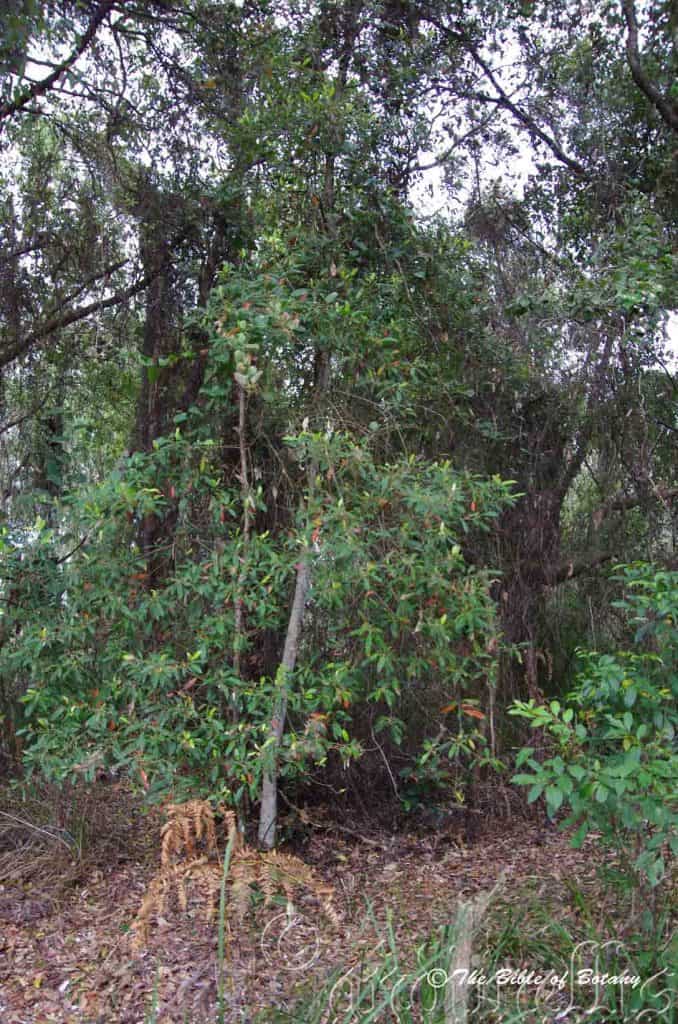
Innes National Park NSW
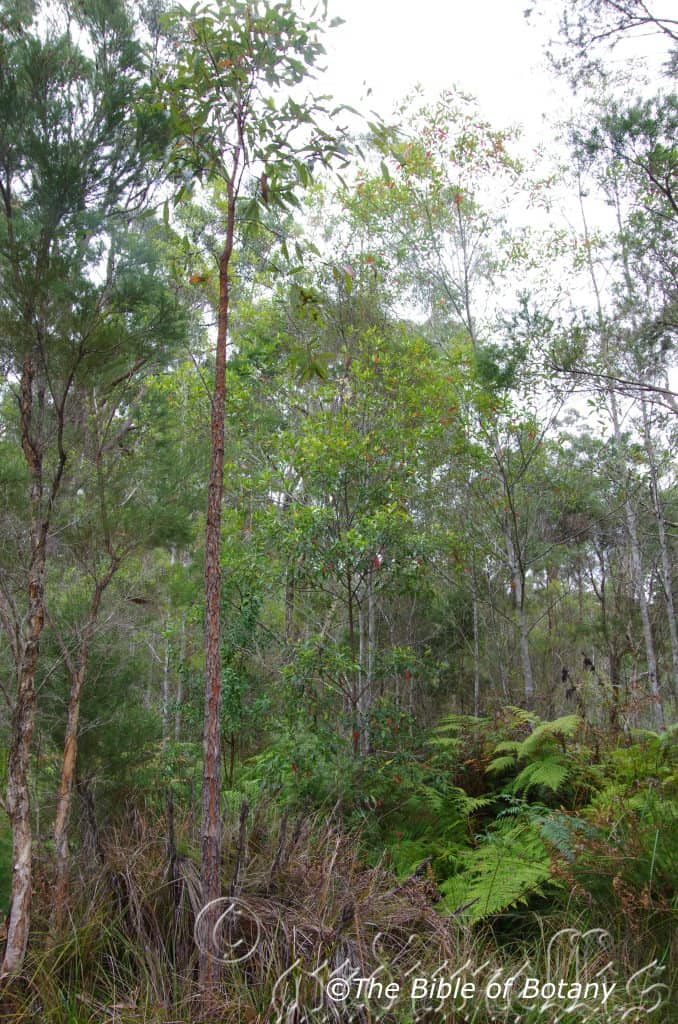
The Pinnacles NSW
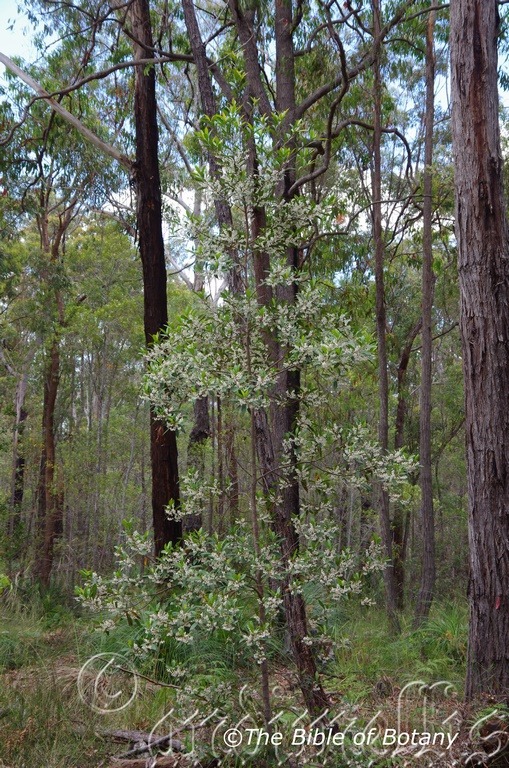
Author’s Garden The Pinnacles NSW
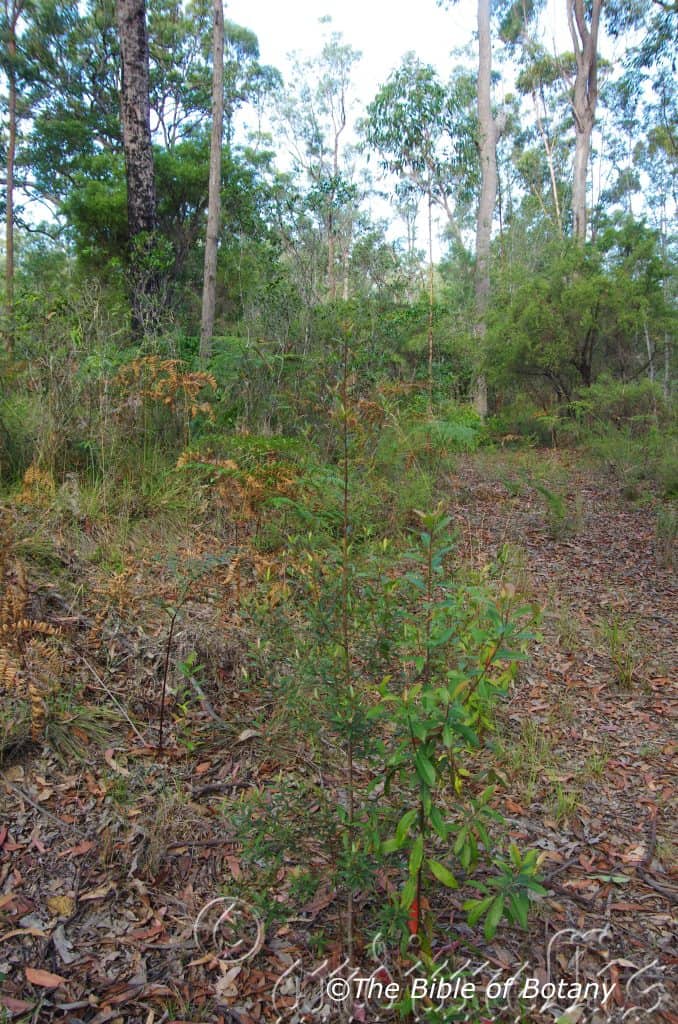
The Pinnacles NSW
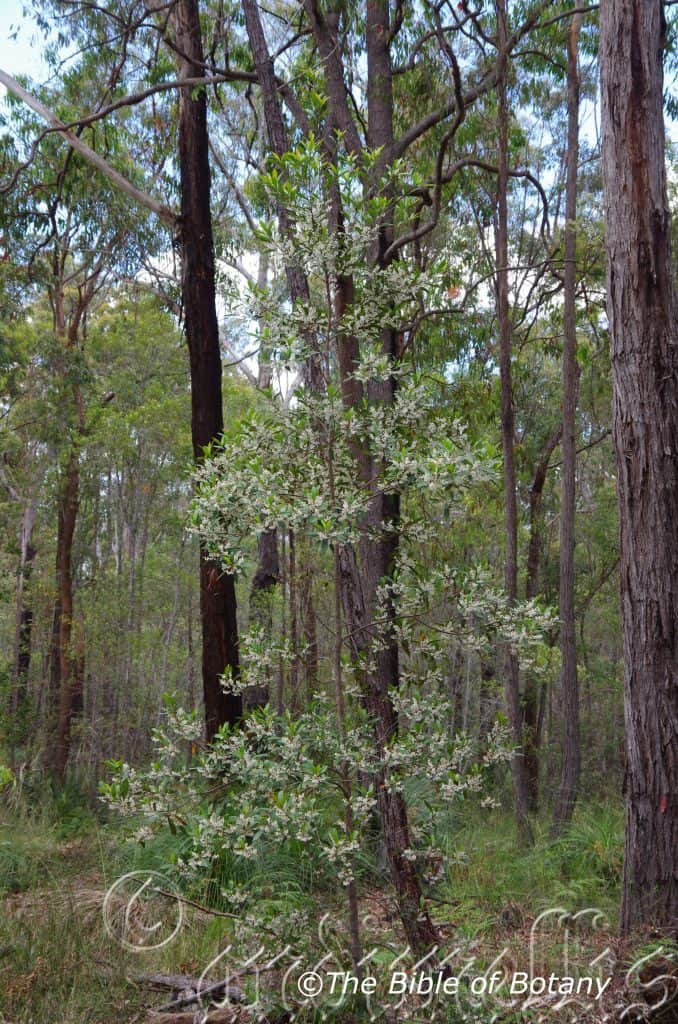
The Pinnacles NSW
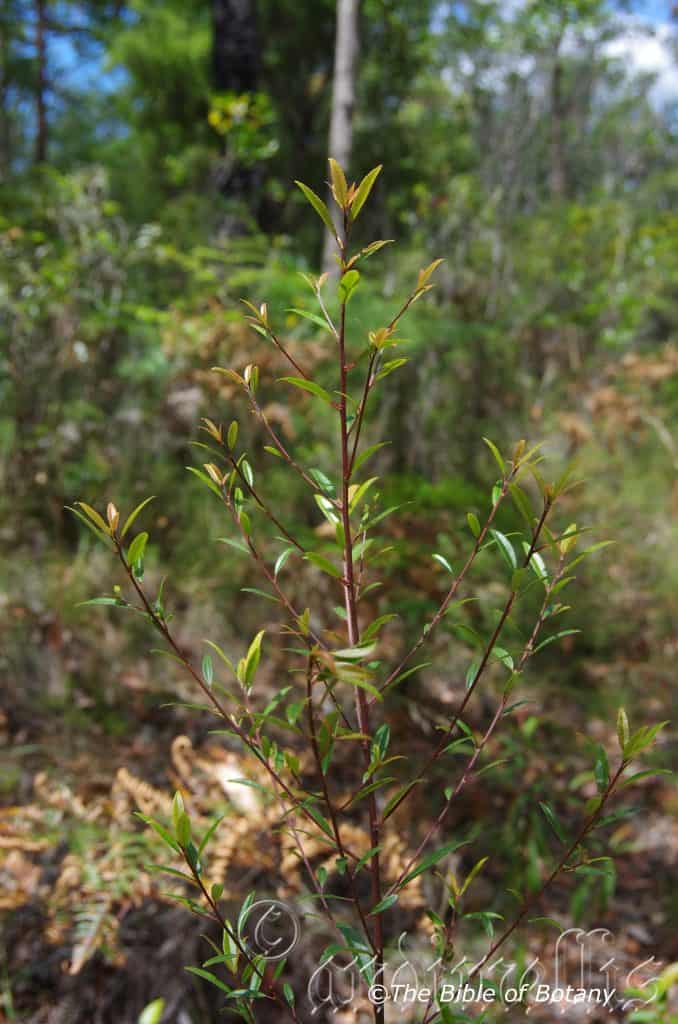
The Pinnacles NSW
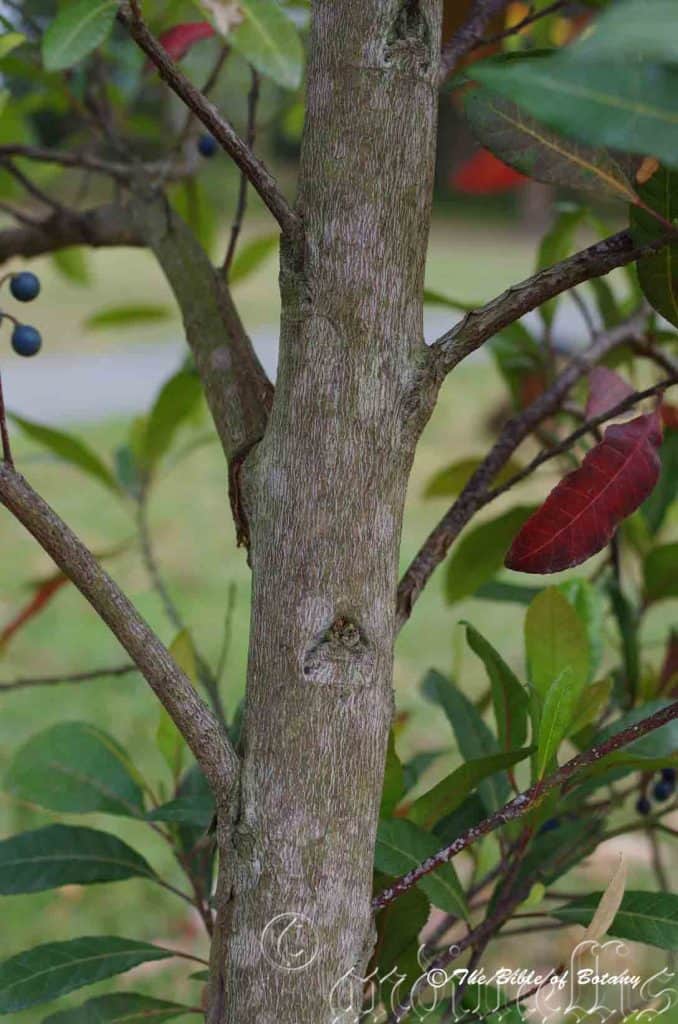
Kedron Brook Qld.
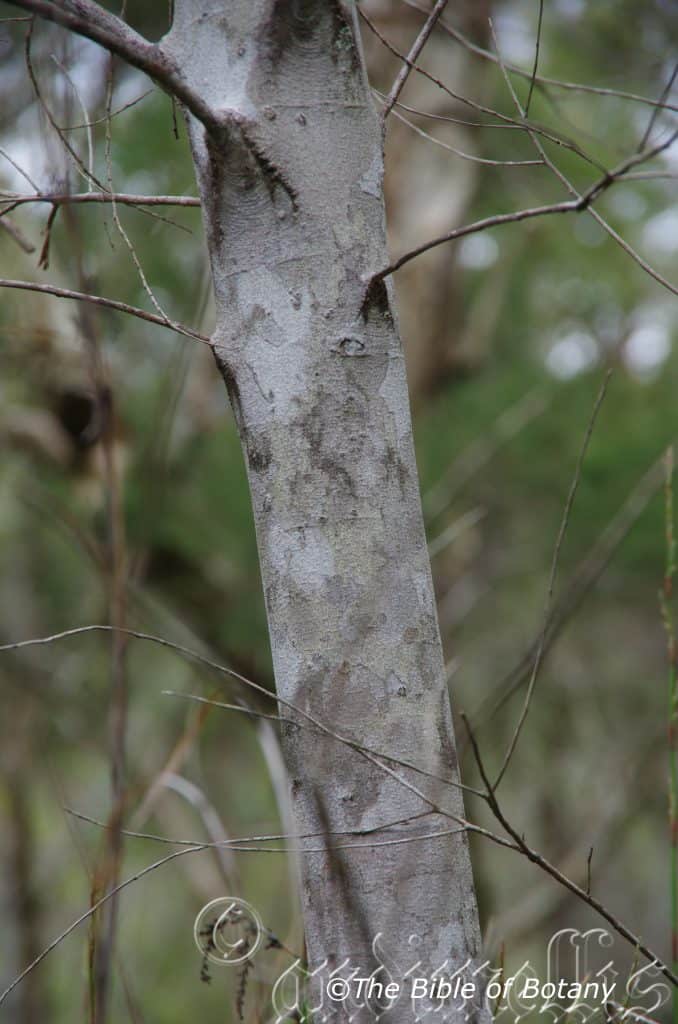
The Pinnacles NSW
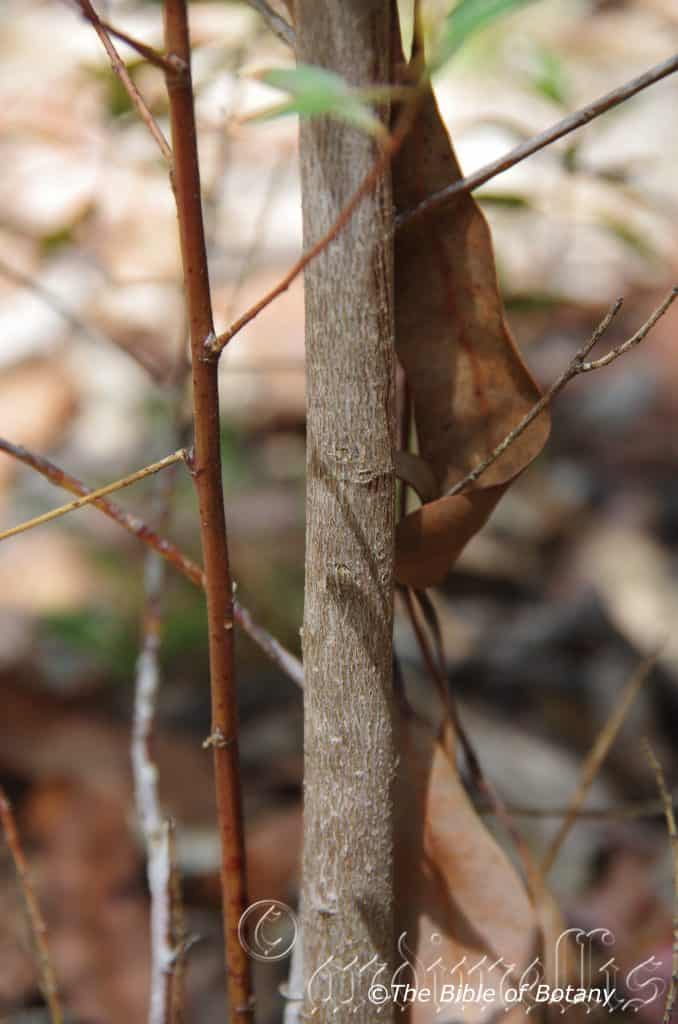
The Pinnacles NSW
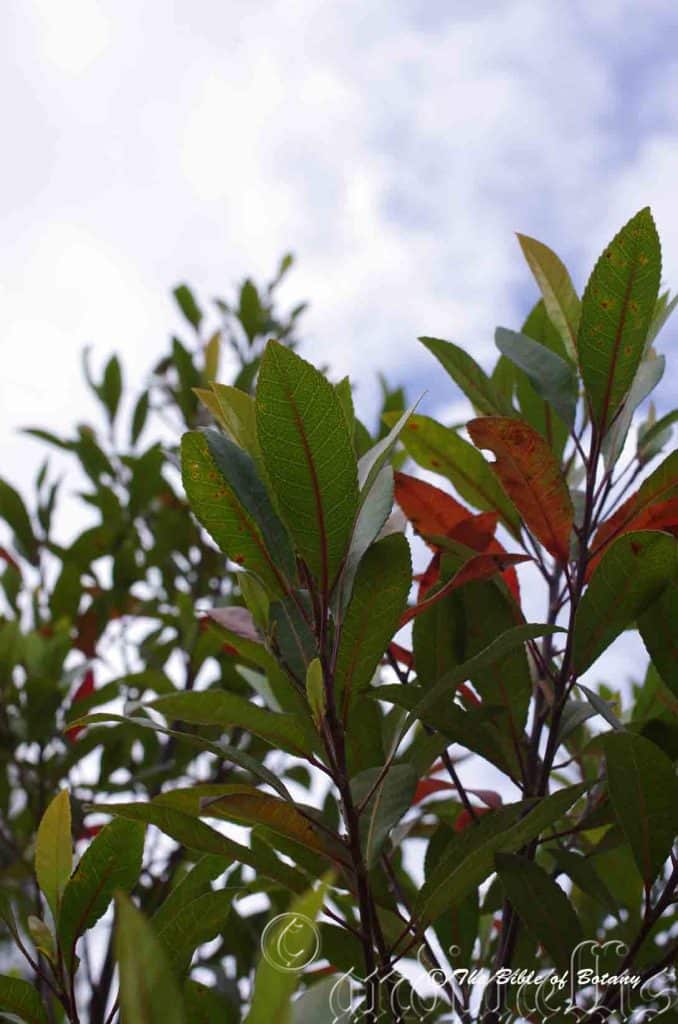
Kedron Brook Qld.
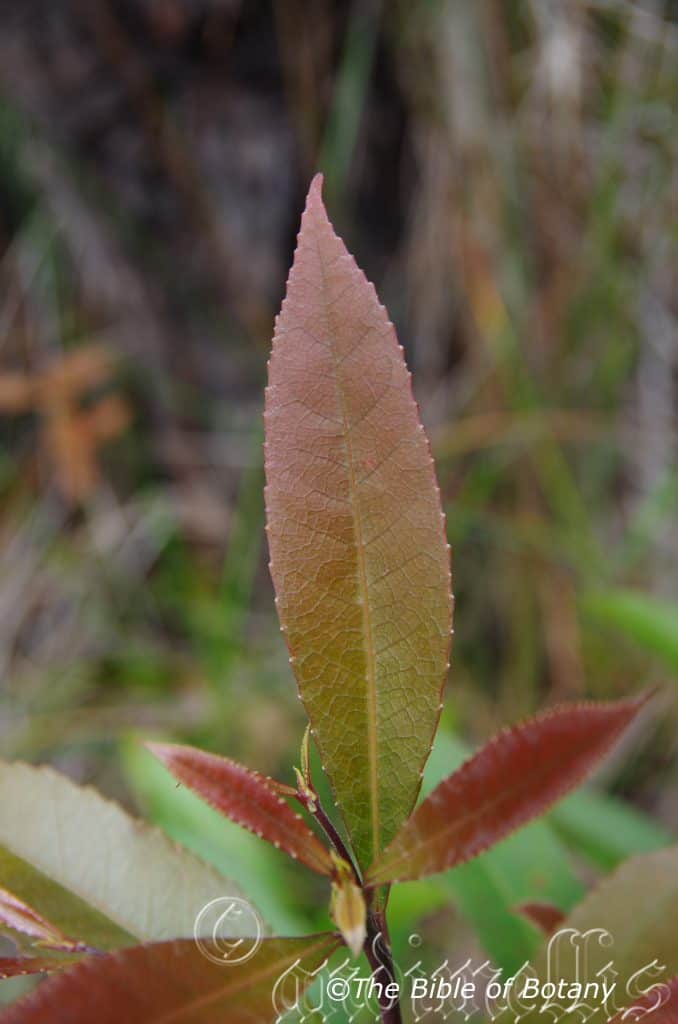
The Pinnacles NSW
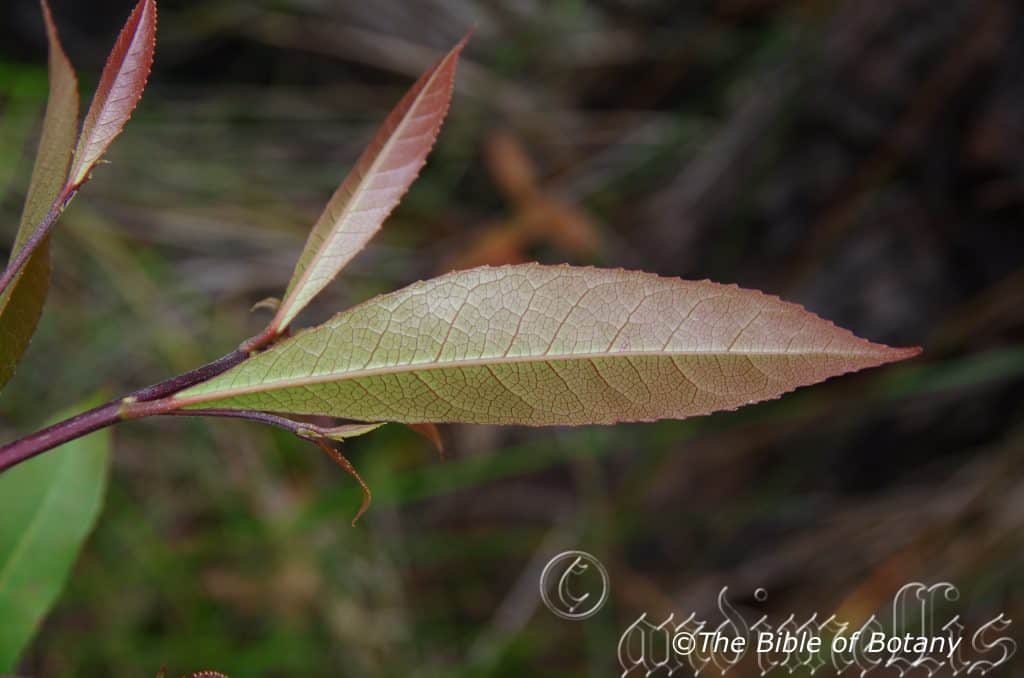
The Pinnacles NSW
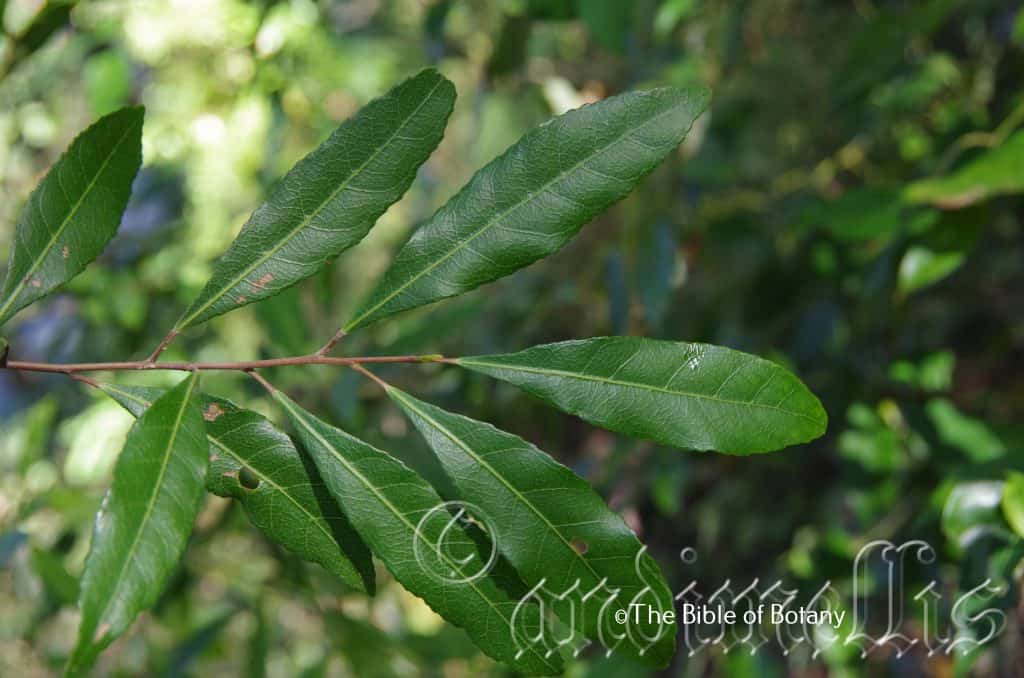
Washpool National Park NSW
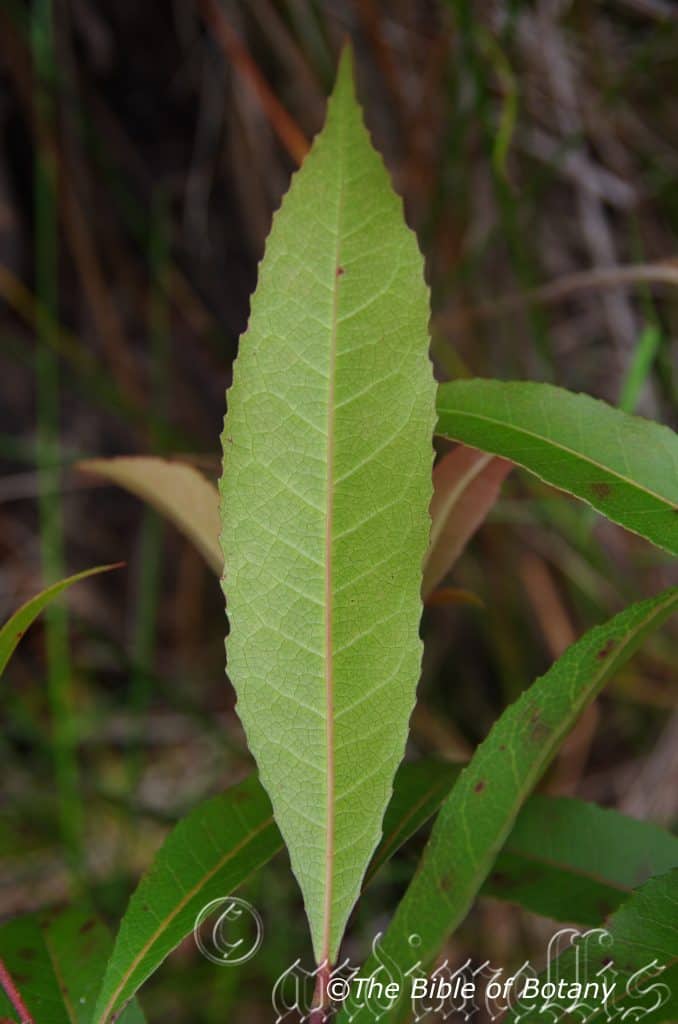
The Pinnacles NSW
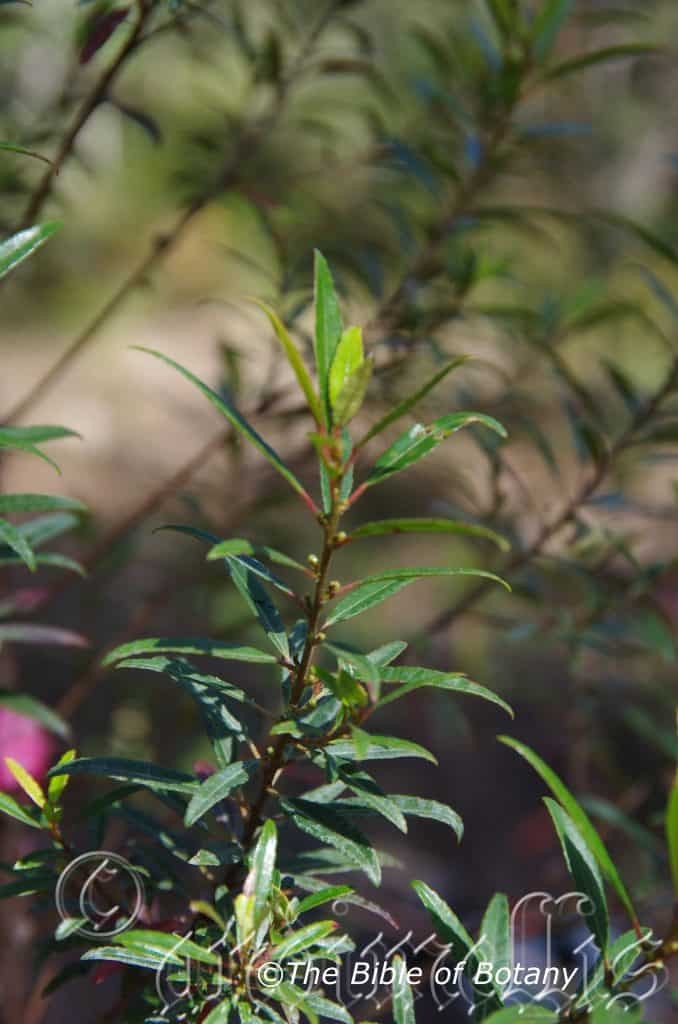
The Pinnacles NSW
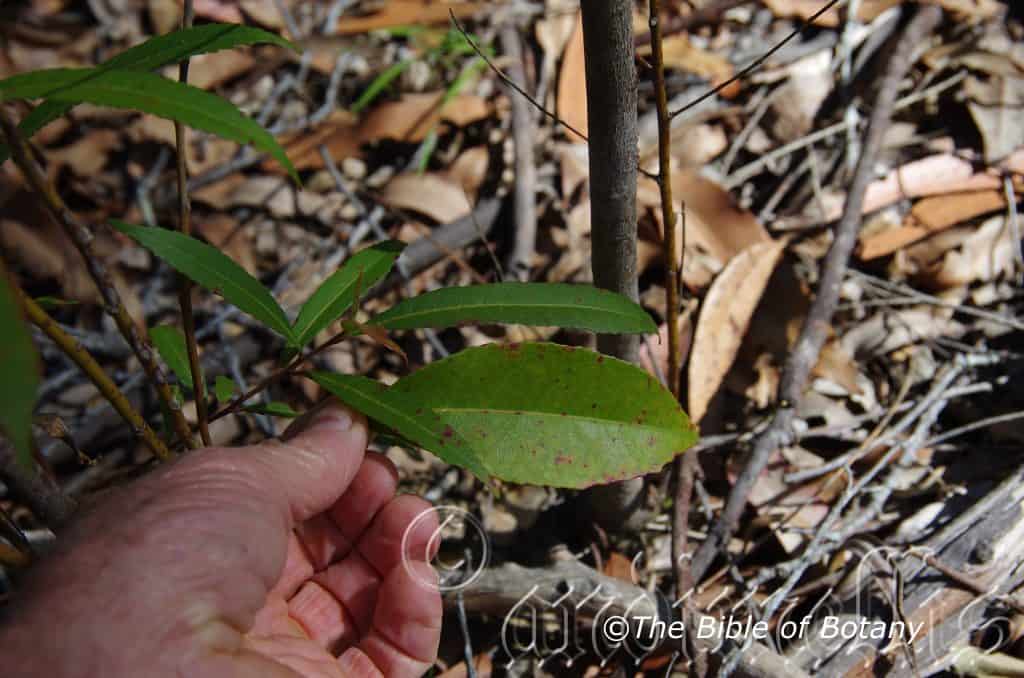
The Pinnacles NSW
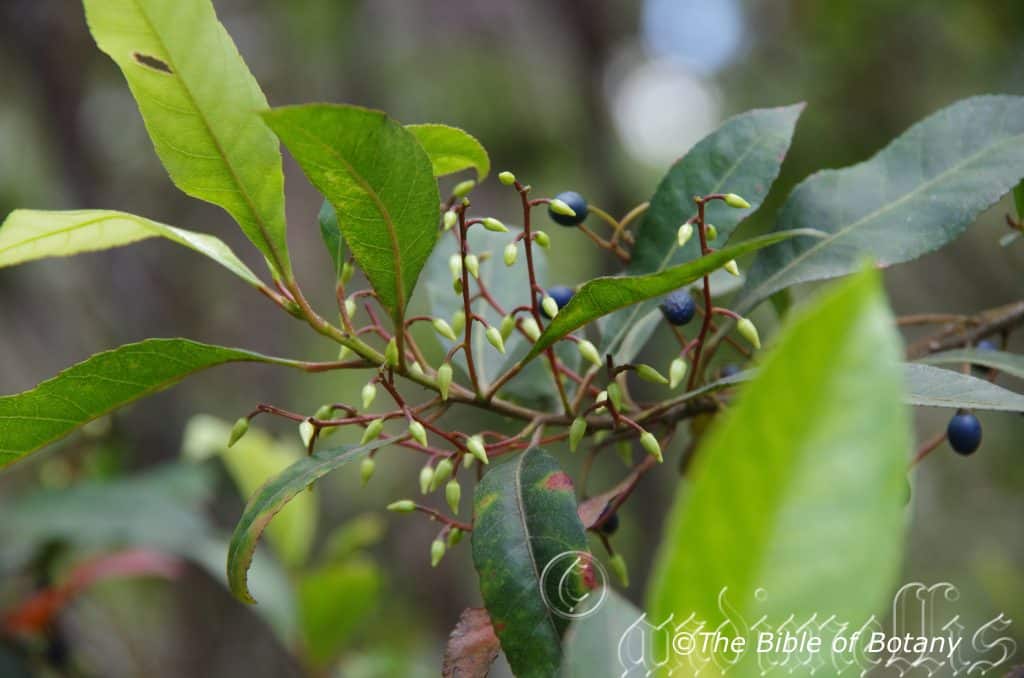
The Pinnacles NSW
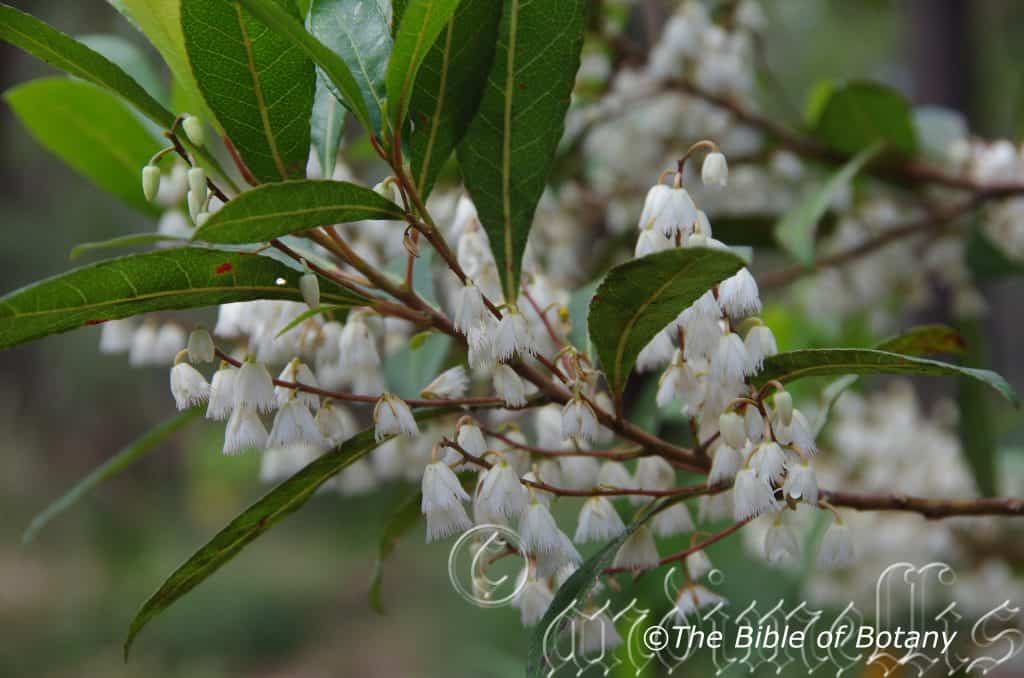
Author’s Garden The Pinnacles NSW
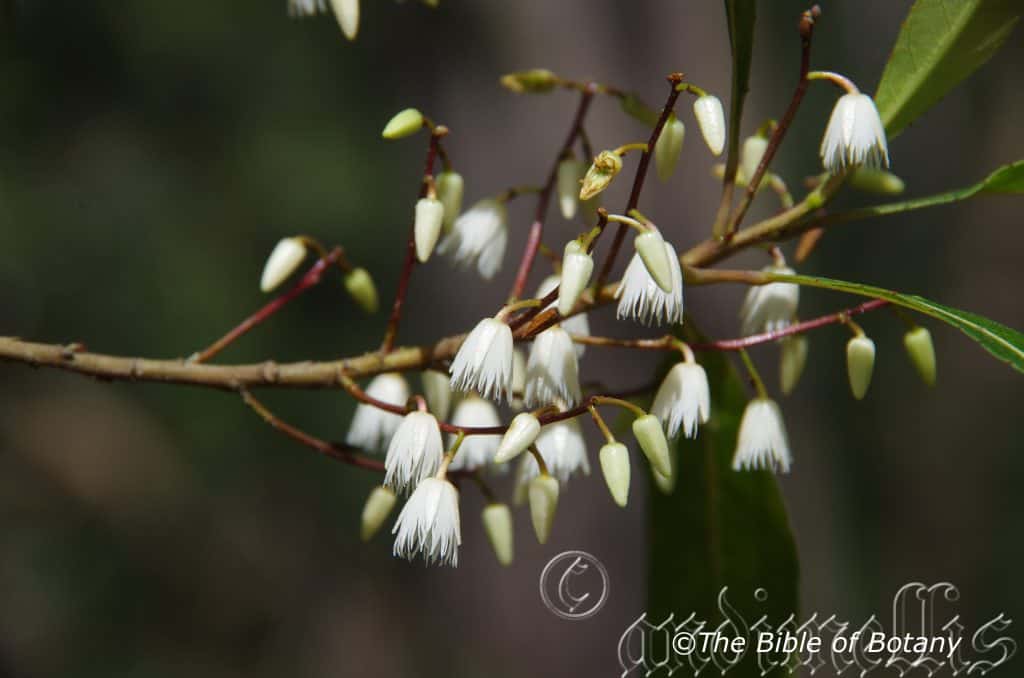
Author’s Garden The Pinnacles NSWThe Pinnacles NSW
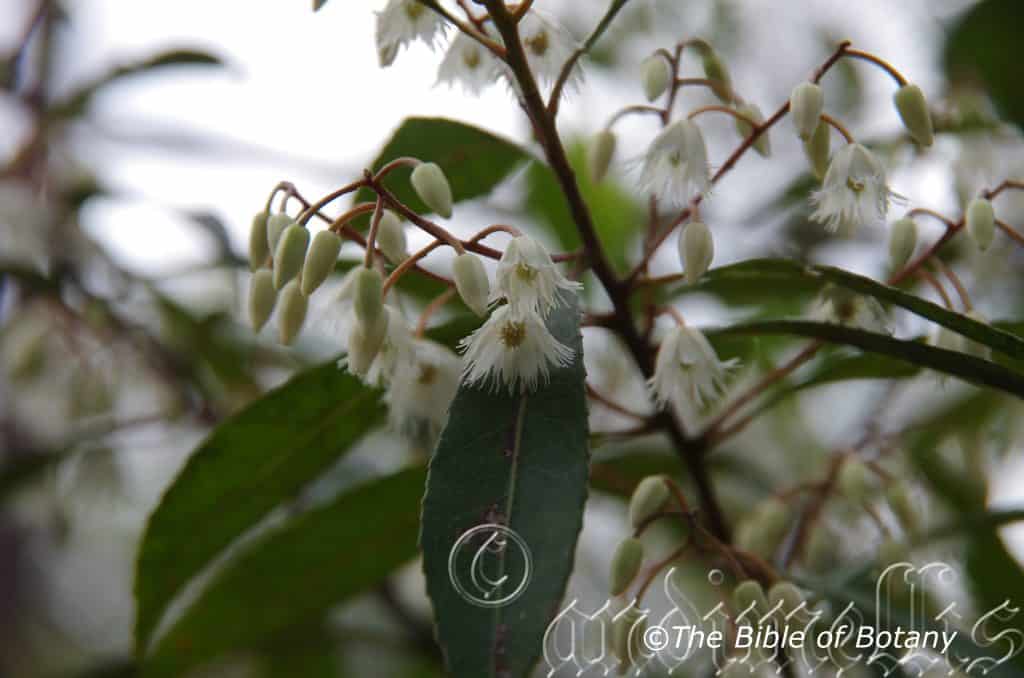
Author’s Garden The Pinnacles NSW
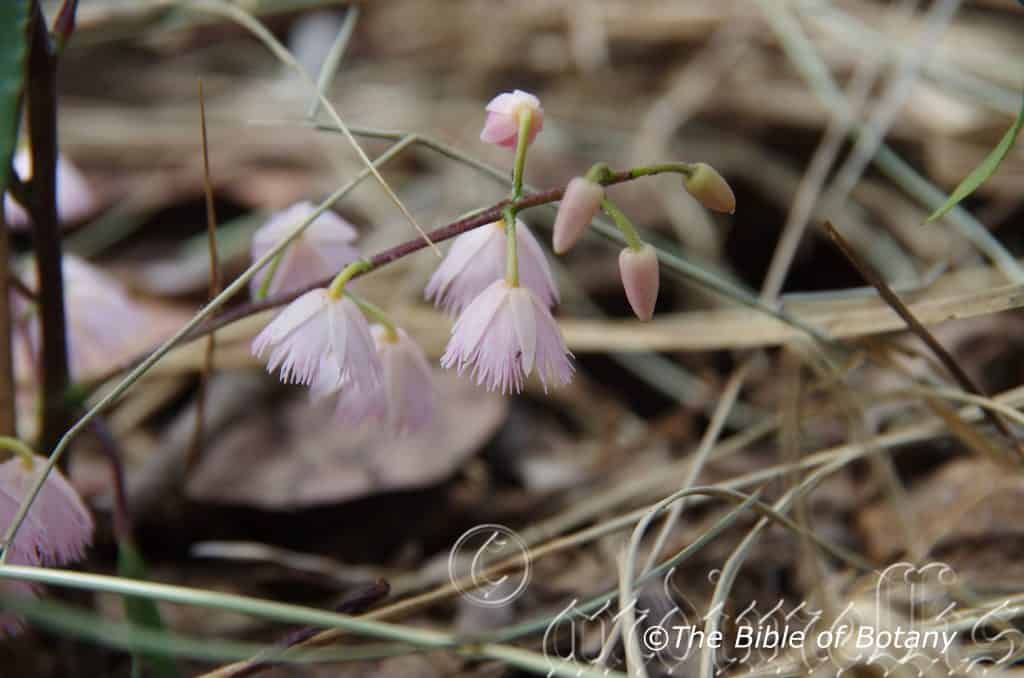
Author’s Garden The Pinnacles NSW
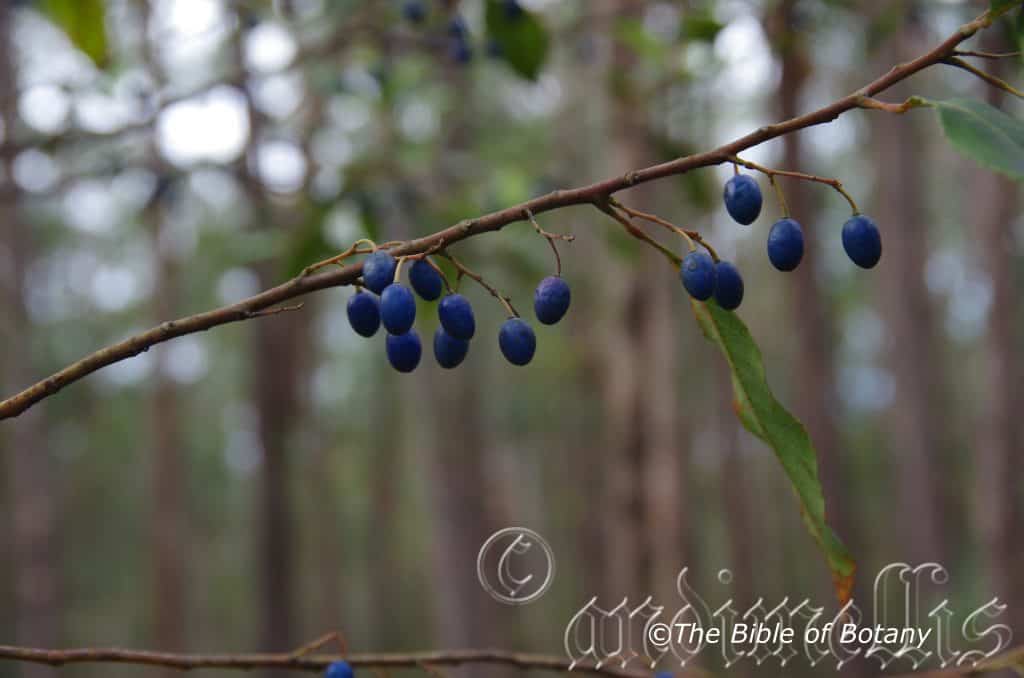
Author’s Garden The Pinnacles NSW
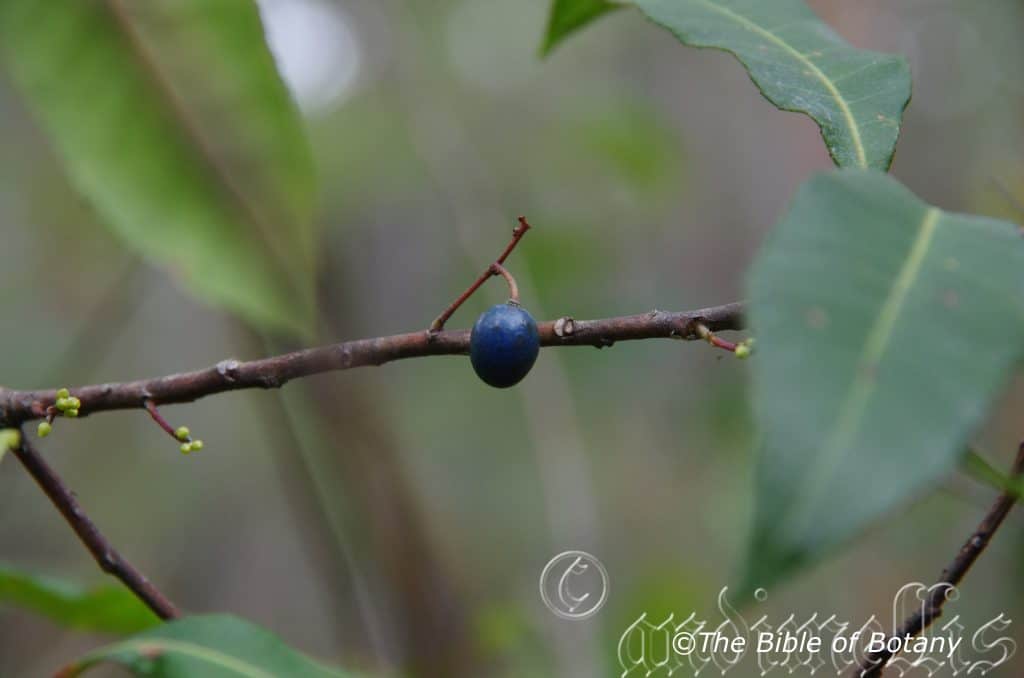
Author’s Garden The Pinnacles NSW
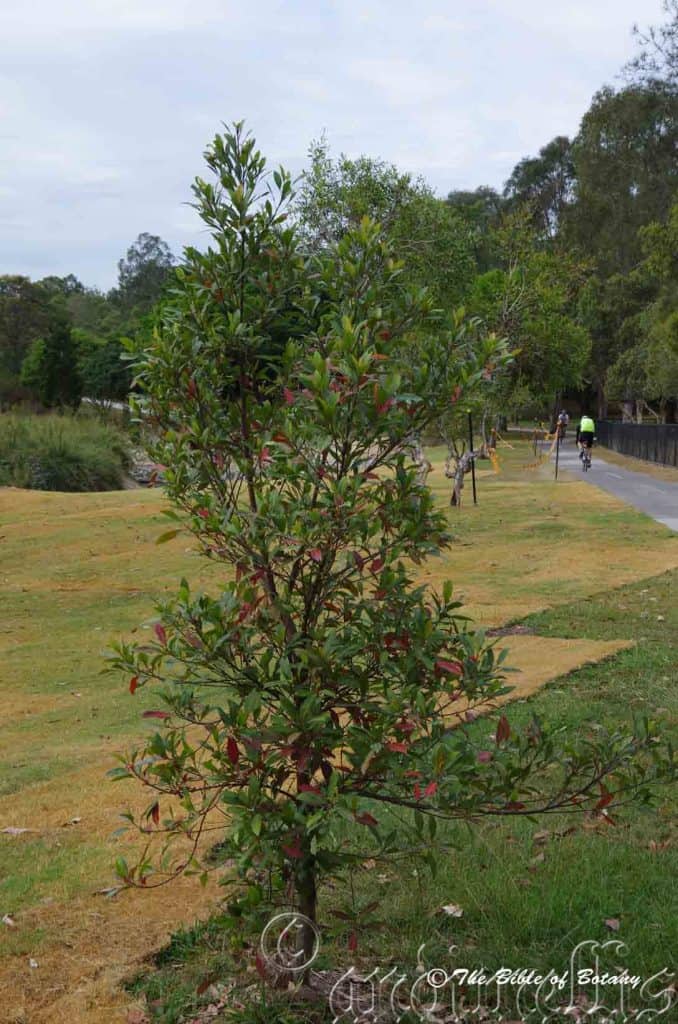
Kelvin Brook Grange Qld.
Elaeocarpus reticulatus
Classification
Unranked: Magnoliophyta
Unranked: Magnoliopsida
Order: Oxalidales
Family: Elaeocarpaceae
Genus: From Elaia, which is Ancient Greek for an olive, and Karpos, which is Latin for foliage. It refers to fruits, which superficially resemble olives.
Specie: From Reticulatus, which is Latin for a network. It refers to veins or nerves, which form a thread like net between the main vein and lateral veins.
Sub specie:
Common Name: Blueberry Ash or Prima Donna.
Distribution:
Elaeocarpus reticulatus is found south from Rockhampton in central Queensland south to Nowa in north east Victoria. Except for the Blackdown Tablelands National Park, the Bunya Mountains and the Pilbara Scrub populations it is found on and east of The Great Dividing Range to the coast.
It is also found on Flinders Island and King Island in Bass Strait.
https://avh.ala.org.au/occurrences/search?taxa=Elaeocarpus+reticulatus#tab_mapView
Habitat Aspect Climate:
Elaeocarpus reticulatus prefers full sun to dappled shade. It grows in moist Eucalyptus forests adjacent to all types of rainforests particularly in riparian rainforests and coastal littoral rainforests. Its altitude ranges from 5 meters ASL to 500 meters ASL.
The temperatures range from minus 2 degrees in July to 35 degrees in January.
The rainfall ranges from lows of 700mm to 1700mm average per annum.
Soil Requirements:
Elaeocarpus reticulatus prefers light gravelly clays, decomposed sandstones, basalts and shales. The soils pH ranges from 5pH to 6.5pH. It does not tolerate of waterlogged soils though seasonal inundations or high water tables for short periods are tolerated. Non saline soils to moderately saline soils are tolerated.
Height & Spread:
Wild Plants: 6m to 20m by 4m to 5m.
Characteristics:
Elaeocarpus reticulatus grows as a dense foliage large shrub or as a small narrow tree. The finely fissured pale grey bark rises as a far as the small branches. Branchlets are red-brown, glabrous or with fine lepidote markings. The new growth is glabrous.
The alternate oblong to elliptical leaves of Elaeocarpus reticulatus measure 50mm to 140mm in length by 12mm to 30mm in width. The glabrous petioles measure 5mm to 2mm in length. The bases are cuneate while the apexes are narrow acute. The discolourous laminas are deep sea-green, dull and glabrous on the upper lamina while the lower lamina is paler to glaucous. The laminas are flat. The leaf margins are finely and regularly toothed. The mid vein is and lateral veins are prominent on the lower lamina and are visible on the upper lamina. “Vee” shaped domatia are present at the axils of the main vein and lateral venison the apical end.
The inflorescences of Elaeocarpus reticulatus are born from the upper leaf axis in small racemes. The flowers are white or a delicate pale pink born on a 50mm to 80mm long rachises. The pedicels measure 4mm to 8mm in length. The 5 white to pale pink linear sepals measure 7mm to 8 mm in length with narrow acute apexes. The 5 white to pale pink petals measure 7mm to 10mm in length with 7 to 10 deep linear lobes. The lobes measure 3mm to 4mm in length.
The 13 to 15 white with white stamens measure 4.5mm to 6mm in length while the awned anthers are cream.
The white glabrous style measures 8mm to 10mm in length. Elaeocarpus reticulatus flowers from late July to early September.
The fruits of Elaeocarpus reticulatus are bright cobalt blue globose to ovoid berries. They measure 11mm to 12mm in length by 7mm to 8mm in diameter. There is 1 brown to grey ovoid seed in each fruit which measures 8mm to 9mm in length by 4.5mm to 6mm in diameter.
Wildlife:
Elaeocarpus reticulatus fruits are eatemn by many birds and mammals like the brush tail possum Trichosurus vulpecula.
Cultivation:
Elaeocarpus reticulatus is a beautiful densely foliaged small tree for the rainforest gardener or specimen tree for the lawn. In cultivation they grow from 6 meters to 9 meters with a spread of 3.5 meters to 4 meters in diameter.
It is great trees for confined spaces and where a moderately slow growing plant is required. Trees branch well from the ground and can be pruned to enhance bushiness and to retain a smaller tree or shrub. Elaeocarpus reticulates also has a tendency to drop some leaves throughout the year with the old leaves turning a bright red before falling.
It is best used as a small park tree, placed in the background or planted centrally as a small feature tree in smaller gardens. Placed at the rear of a bush garden their striking display of flowers and perfume will draw your attention so that you will want to investigate further. Plants with small white, pink or lavender flowers and fine, pale green leaves can be used in the midground while small white, pink or mauve flowering prostrate shrubs are best in the front.
Whether it is in flower or not these plants will catch your attention and the viewer will be transfixed on the display rather than watching the path. When it is not in flower you need the other plants to become the main focal point in the garden so try and select plants that flower during different seasons. Small prostrate Acacias with cream, white or yellow flowers can also be used to great effect as their flowering will complement the flowers and leaves of Elaeocarpus reticulatus. The proliferation of pale pink to deep pink flowers will offset the abundance of flowers from Acacia specie and in fact would be a very strong complementary contrast if the prostrate or smaller Acacia specie were to flower at the same time. Use pale cream flowering Acacia specie for the best results. This is one plant that benefits the gardener if mass planted together in small sections. Plant them at 4 meter to 6 meter centers.
Propagation:
Seeds: Elaeocarpus reticulatus seeds do not require treatment before sowing. Sow fresh seeds directly into a deep seed raising tray and cover with 5mm of the mix. When the seedlings are 25 to 50 mm tall, prick them out and plant them into 50mm native tubes using a seed raising mix. Seed germination is very erratic from 0mm to 70mm, even on adjacent trees the germination can vary by 50mm. Germination can be from 2 months to 12 months.
Once the seedlings reach 150mm to 200mm in height plant them out into their permanent position. Mass plantings can be achieved by planting them at 12 meter to 15 meter centers.
Fertilize using seaweed, fish emulsion or organic chicken pellets soaked in water on an alternate basis. Fertilize every two months until the plants are established then twice annually in early September or March to maintain health, vitality and better flowering.
Cuttings:
I have found cuttings to be unpredictable and slow to root but must be used if a particular form or flower colour is required.
1 Prepare the cutting mix by adding one third sharp clean river sand, one third peat and one third perlite. These ingredients are sterilize,
2 Select good material from non diseased plants,
3 Select semi green stems for cuttings. Look for a stem with two or three nodes,
4 Place the cutting on a flat, hard surface, and make a clean down one side of the cutting for 10mm to 15mm with a sharp sterile knife or razor blade. – This scarification of the node will increase the chances of roots emerging from this spot. Now remove all but one or two the leaves, leaving the apex leaves in tact. If the leaves are very large in proportion to the stem, cut off the apical halves.
5 Fill a saucer with water, and place a little mild to medium rooting hormone into another container like a milk bottle top. Dip the node end of the cutting into the water and then into the rooting hormone. Tap off any excess hormone,
6 Use a small dipple stick or old pencil to poke a hole into the soilless potting mix. Ensure the hole is slightly larger than the stem diameter and be careful not to wipe the rooting hormone off the cuttings base, place the cuttings in a pattern ensuring the cuttings are not touching each other,
7 I like to place the pots in Plastic bags to help maintain temperature and moisture. Place in a semi shaded place like under 50mm shade cloth.
8 When the cuttings have struck, open the bag to allow air circulation for a few days to a week,
9 Once hardened off remove the cuttings from the bag and allow to further hardening for a few more days,
10 Transplant into a good potting mix to grow on.
Further Comments from Readers:
Hi reader, it seems you use The Bible of Botany a lot. That’s great as we have great pleasure in bringing it to you! It’s a little awkward for us to ask, but our first aim is to purchase land approximately 1,600 hectares to link several parcels of N.P. into one at The Pinnacles NSW Australia, but we need your help. We’re not salespeople. We’re amateur botanists who have dedicated over 30 years to saving the environment in a practical way. We depend on donations to reach our goal. If you donate just $5, the price of your coffee this Sunday, We can help to keep the planet alive in a real way and continue to bring you regular updates and features on Australian plants all in one Botanical Bible. Any support is greatly appreciated. Thank you.
In the spirit of reconciliation we acknowledge the Bundjalung, Gumbaynggirr and Yaegl and all aboriginal nations throughout Australia and their connections to land, sea and community. We pay our respect to their Elders past, present and future for the pleasures we have gained.
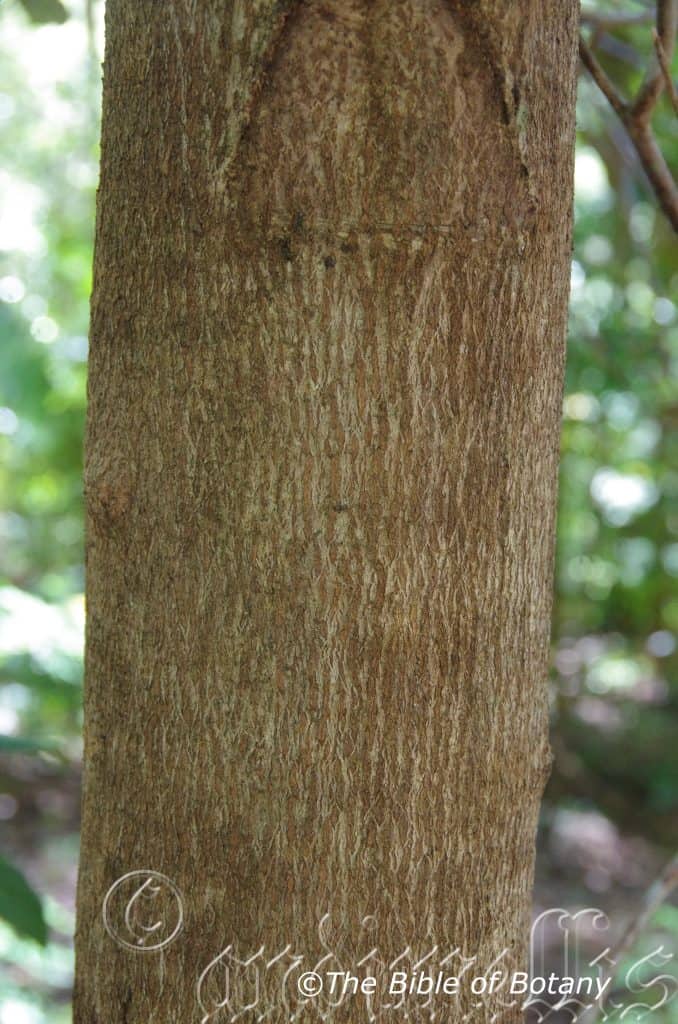
NCBG Coffs Harbour NSW
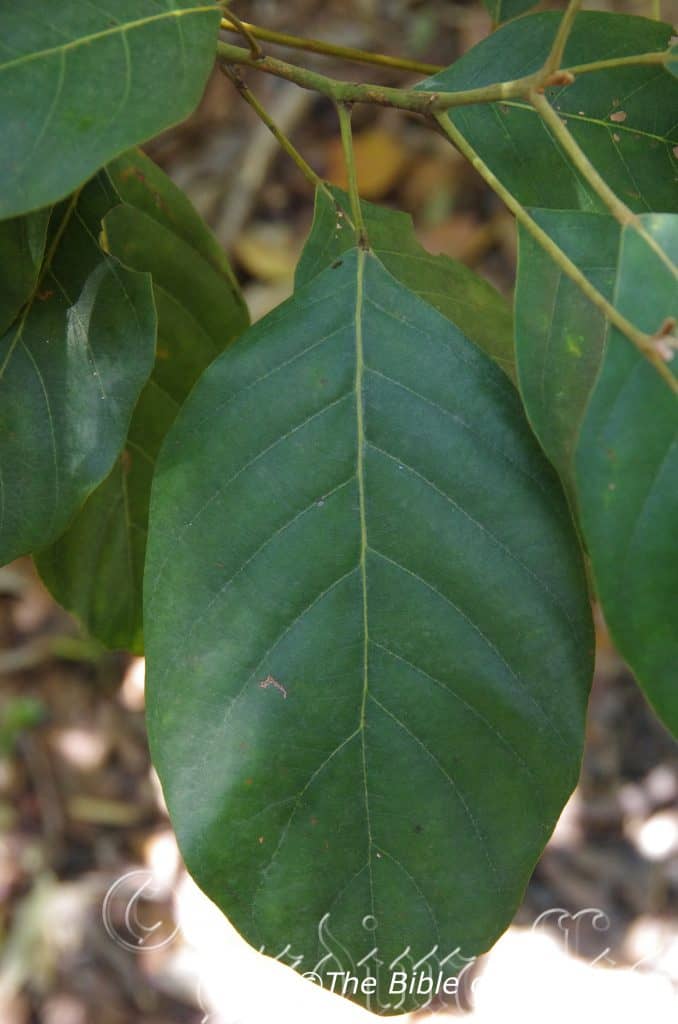
NCBG Coffs Harbour NSW
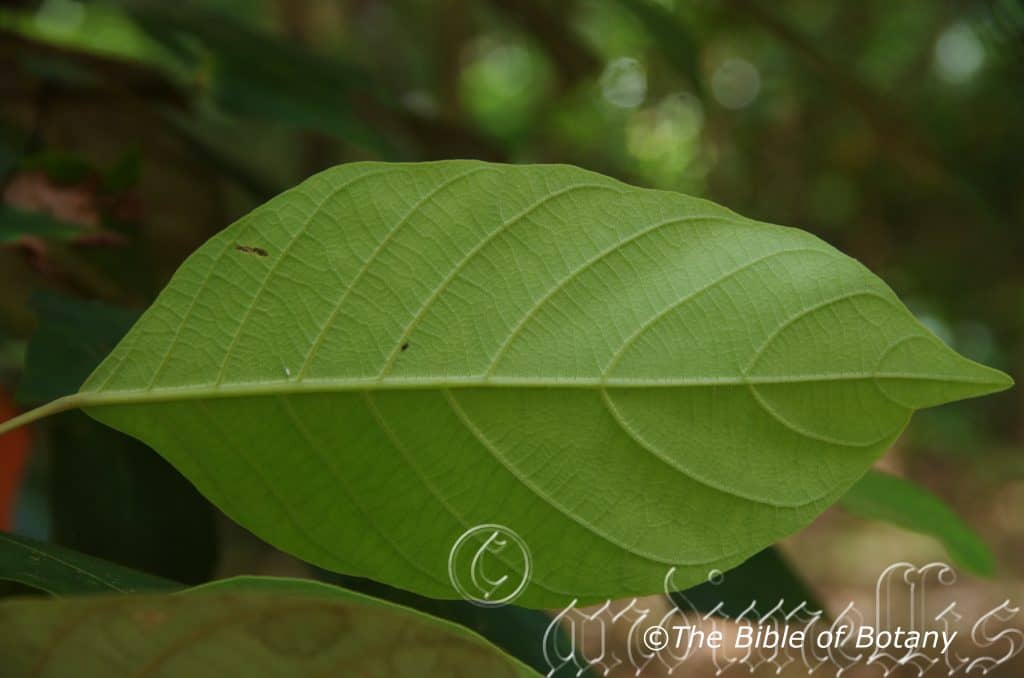
NCBG Coffs Harbour NSW
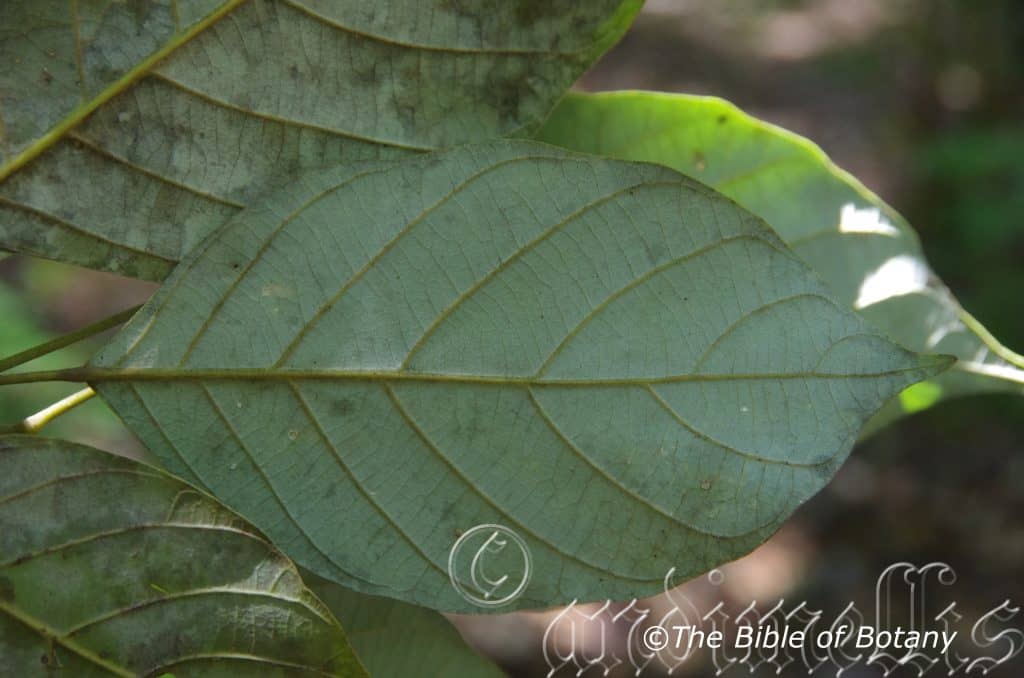
NCBG Coffs Harbour NSW
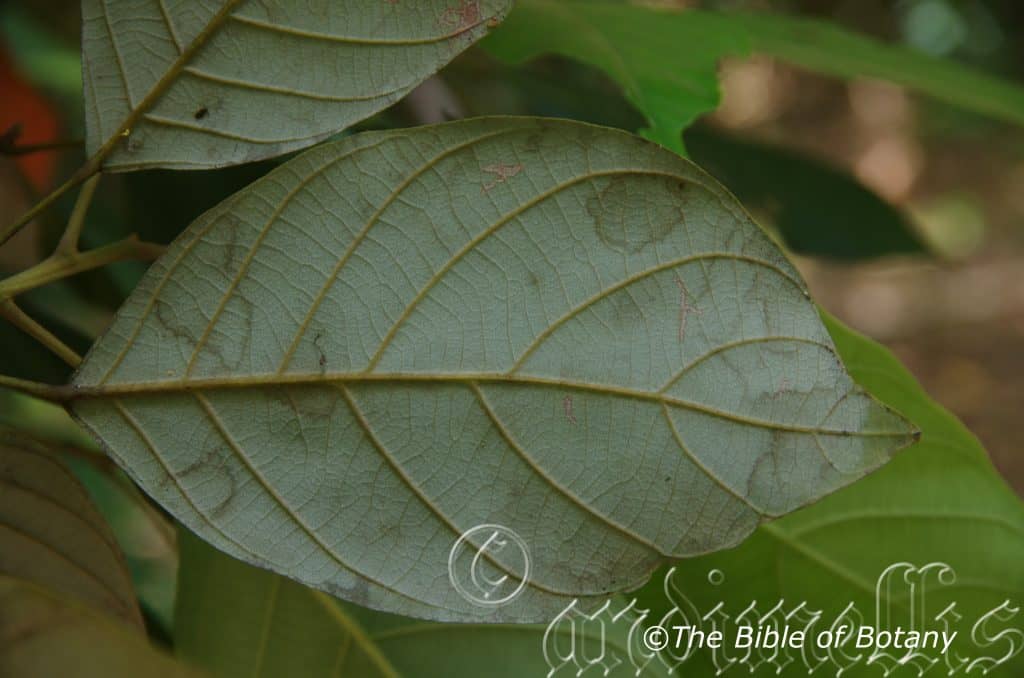
NCBG Coffs Harbour NSW
Elaeocarpus sedentarius
Classification
Unranked: Magnoliophyta
Unranked: Magnoliopsida
Order: Oxalidales
Family: Elaeocarpaceae
Genus: From Elaia, which is Ancient Greek for an olive, and Karpos, which is Latin for foliage. It refers to fruits, which superficially resemble olives.
Specie: From Sedentarium, which is Latin for to sit or to be sedentary in nature and -Arius which is placed after a noun to indicate where something has been placed. It refers to plants which are located in a very restricted habitat.
Sub specie:
Common Name:
Distribution:
Elaeocarpus sedentaius is restricted to a small area around Casino and Lismore in far north eastern New South Wales. It is found on and east of The Great Dividing Range.
https://avh.ala.org.au/occurrences/search?taxa=Elaeocarpus+angustifolius#tab_mapView
Habitat Aspect Climate:
Elaeocarpus sedentaius grows in taller wet sclerophyll forest with rainforest understorey along riverine zones or seasonally wet drainage lines. The altitude ranges from 110 meters to 150 meters ASL.
The temperatures range from 4 degrees in July to 38 degrees in January.
The rainfall ranges from lows of 800mm to 2000mm average per annum.
Soil Requirements:
Elaeocarpus sedentaius prefers better quality loams with thick leaf mulch. The soils are derived from decomposed black basalt. The soils pH ranges from 6pH to 6.5. It does not tolerate waterlogged soils however it often grows where seasonal water is abundant and experience flooding for short periods. Non saline soils to moderately saline soils are tolerated.
Height & Spread:
Wild Plants: 15m to 30m by 8m to 12m
Characteristics:
Elaeocarpus sedentaius grows as a medium fast growing robust stately tree with a straight bole. The trees are only slightly buttressed at the ground. The trunk and larger branches are fawn with fine verticle fissures. The small branchlets are brown, glabrous with distinctly visible leaf scars. New growth is mainly glabrous, or sparsely covered in short fawn hirtellous hairs.
The alternate to almost opposite leaves of Elaeocarpus sedentaius grow near the apex of the branches are elliptic to obovate. The terete petioles measure 30mm to 60mmin length. The leaves measure 60mm to150mm in length by 40mm to 80mm in width. The bases are taper or are broad cuneate while the apexes are accuminate. The discolourous leaves are deep ggreen, dull and glabrous on the upper lamina while the lower lamina is glaucous with scattered hirtellous hairs especially along the veins. The laminas are entire or shallowly crenate. The mid vein and lateral veins are strongly prominent on the lower lamina and are distinctly visible on the upper lamina being yellowish, curve strongly near the margin and are set at 50 to 60 degrees. Foveole and domatia are absent on this species
The inflorescences of Elaeocarpus sedentaius are few flowered racemes born ramiflorously amongst the leaves. The whiteish flowers are born on racemes that measure 20mm to 50mm in length with the pedicels measuring 20mm to 40mm in length. The 5 narrow triangular sepals are almost linear and measure 3.5mm to 4.5mm in length by 2mm to 2.4mm in width. The 5 oblong to broad oblong petals divide into about 15 linear lobes. The petals measure 5.5mm to 7.5mm in length by 5mm to 5.5mm in width at the apex.
The 25 white stamens are inserted with the filaments being slightly longer than the awned anthers.
The white, cream or creamy green style measures 18mm to 22mm in length. Elaeocarpus sedentaius flowers irregularly throughout the year and can flower more than once if conditions are good.
The fruits of Elaeocarpus sedentaius are deep, deep blue fleshy globular or round berries. The berries measure 20mm to 30mm in length by 25mm to 35mm in diameter. The single seed is flattish, round shallowly pitted wit irregular markings.
Wildlife:
Elaeocarpus sedentaius’s fruits are eaten by possums, native rats and was maybe served as a small part of the Australian Aborigines diet.
Cultivation:
Elaeocarpus sedentaius is a beautiful medium tree for the large rainforest garden. In cultivation it grows to 10 meters to 15 meters with a spread of 6 meters to 7 meters when grown in the open. It is ideal on poorly drained soils or alluvial flats.
Elaeocarpus sedentaius makes a very good accent tree in front of low set or low multi story buildings, to aid in breaking up hard rigid architectural lines and give a cooling affect and breadth to a building.
It fast growing so will yield good light shade in a matter of 10 or 12 years.
Try usingit in large pots in court yards or foyer entrances to break the ice and give a feeling of business where they offer a relaxed atmosphere.
The dense canopy would support many ferns below. This makes it ideal for many of those epiphytes that prefer dense shade.
It is a low maintenance tree that grows well on soils with low nutrient. It has a natural upright growth. It is well suited to park like scenes and where a little colour is wanted on the rainforest floor when the old leaves are being discarded.
It is a great tree for the epiphyte collector as the bark is accepted by all orchids and ferns. Its fast growth means that it can be used for this purpose within 6 years. Trees branch well above head height and where dense shade prevails will sacrifice lower branches for trunk and a smaller canopy.
Propagation:
Seeds: Elaeocarpus sedentaius seeds do not require treatment before sowing. Sow fresh seeds directly into a deep seed raising tray and cover with 10mm of the mix. When the seedlings are 25mm to 50mm tall, prick them out and plant them into 50mm native tubes using a seed raising mix. Seed germination is very erratic from 0mm to 70mm, even on adjacent trees the germination can vary by 50mm in a given season. Germination can be from 2 months to 12 months.
Once the seedlings reach 150mm to 200mm in height plant them out into their permanent position. Mass plantings can be achieved by planting them at 12 meter to 15 meter centers for a rainforest or 15 meters to 20 meters for a park like scenario.
Fertilize using seaweed, fish emulsion or organic chicken pellets soaked in water on an alternate basis. Fertilize every two months until the plants are established then twice annually in early September or March to maintain health, vitality and better flowering.
Further Comments from Readers:
Hi reader, it seems you use The Bible of Botany a lot. That’s great as we have great pleasure in bringing it to you! It’s a little awkward for us to ask, but our first aim is to purchase land approximately 1,600 hectares to link several parcels of N.P. into one at The Pinnacles NSW Australia, but we need your help. We’re not salespeople. We’re amateur botanists who have dedicated over 30 years to saving the environment in a practical way. We depend on donations to reach our goal. If you donate just $5, the price of your coffee this Sunday, We can help to keep the planet alive in a real way and continue to bring you regular updates and features on Australian plants all in one Botanical Bible. Any support is greatly appreciated. Thank you.
In the spirit of reconciliation we acknowledge the Bundjalung, Gumbaynggirr and Yaegl and all aboriginal nations throughout Australia and their connections to land, sea and community. We pay our respect to their Elders past, present and future for the pleasures we have gained.
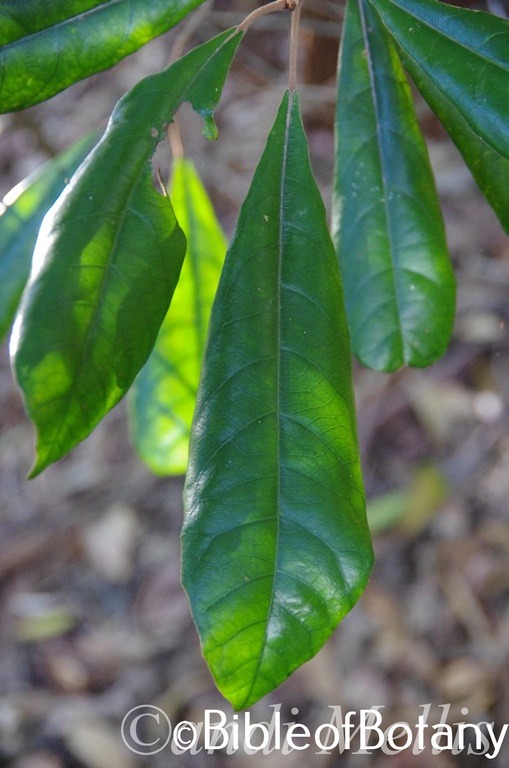
LBG Lismore NSW
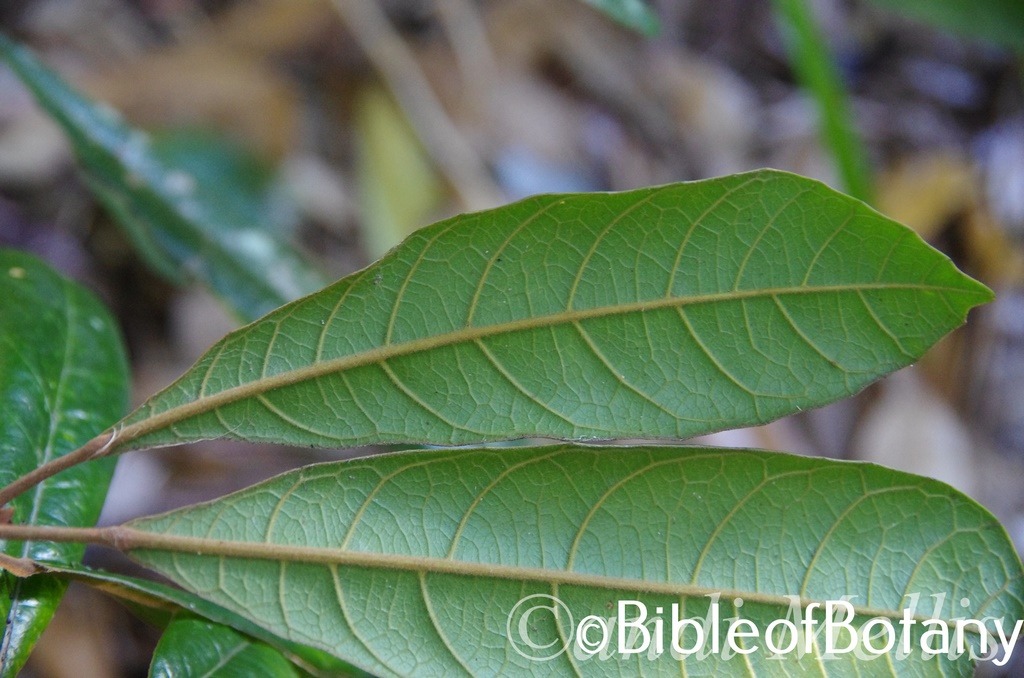
LBG Lismore NSW
Elaeocarpus williamsianus
Classification
Unranked: Magnoliophyta
Unranked: Magnoliopsida
Order: Oxalidales
Family: Elaeocarpaceae
Genus: From Elaia, which is Ancient Greek for an olive, and Karpos, which is Latin for foliage. It refers to fruits, which superficially resemble olives.
Specie: Is named in honour of John Beaumont Williams; 1932-2005, who was an Australian who concentrated on local Eucalyptus and later on the Parsonsia genus.
Sub specie:
Common Name: Hairy Quangdong
Distribution:
Elaeocarpus williamsianus is restricted to a small area snorth of Murwillumbah south to south of Byron Bay in far north eastern New South Wales. It is only found on and east of The Great Dividing Range.
https://avh.ala.org.au/occurrences/search?taxa=Elaeocarpus+williamsianus#tab_mapView
Habitat Aspect Climate:
Elaeocarpus williamsianus grows on the verge of moist rain forests, along riverine zones or seasonally wet drainage lines. The altitude ranges from 90 meters to 350 meters ASL.
The temperatures range from 6 degrees in July to 38 degrees in January.
The rainfall ranges from lows of 800mm to 1600mm average per annum.
Soil Requirements:
Elaeocarpus williamsianus prefers better quality loams with thick leaf mulch. The soils are derived from decomposed black basalt. The soils pH ranges from 6pH to 6.5. It does not tolerate waterlogged soils however it often grows where seasonal water is abundant and may experience flooding for short periods. Non saline soils to moderately saline soils are tolerated.
Height & Spread:
Wild Plants: 9m to 15m by 6m to 9m
Characteristics:
Elaeocarpus williamsianus grows as a small tree with a trunk diameter of up to 200mm. The creamy-brown to pale creamy-grey bole does not produce buttress roots. The juvenile branchlets are densely covered with rusty woolly, pannate hairs.
The opposite oblanceolate leaves of Elaeocarpus williamsianus grow near the apex of the branches are elliptic to obovate. The terete petioles measure 10mm to 32mmin length. The leaves measure 100mm to 180mm in length by 20mm to 55mm in width. The bases strongly taper to the petiol, which is swollen where the lamina is joined, while the apexes are obtuse. The slightly discolourous leaves are deep green, glossy and glabrous on the upper lamina while the lower lamina is slightly paler, with scattered hirtellous hairs especially along the veins. The laminas have 3 to 10 pairs of shallow teeth. The mid vein and lateral veins are strongly prominent on the lower lamina and are distinctly visible on the upper lamina being yellowish-brown. They curve and divide near the margins and are moderately covered in fawn pubescent hairs. Small domatia are often present along the midvein.
The inflorescences of Elaeocarpus williamsianus are few flowered, pendant racemes born ramiflorously amongst the leaves. The rachis measures 25mm to 50mm in length. The pedicels measure 2mm to 4mm in length. The whiteish flowers are born on racemes that measure 20mm to 50mm in length with the pedicels measuring 2mm to 4mm in length. The 5 oblong to narrow triangular green sepals measure 9.5mm to 11mm in length by 2mm to 4mm in width at the base. The 5 oblong, greenish petals divide into about 24 linear lobes. The petals measure 11mm to 13mm in length by 2mm to 2.5mm in width.
The 32 to 38 white stamens are inserted with the filaments being slightly shorter than the anthers.
The white, cream or creamy green style measures 18mm to 22mm in length. The flowers appear from November to December.
The fruits of Elaeocarpus williamsianus are deep, deep blue fleshy globular or round berries. The berries measure 20mm to 30mm in diameter. The single seed is deeply sculptured with 3 longitudinal grooves.
Wildlife:
Elaeocarpus williamsianus’s fruits are probably eaten by possums, native rats and maybe served as a small part of the Australian Aborigines diet.
Cultivation:
Elaeocarpus williamsianus would probably make a beautiful medium tree for the large rainforest garden. In cultivation it grows to 8 meters to 10 meters with a spread of 5 meters to 7 meters when grown in the open. It is ideal on poorly drained soils or alluvial flats.
Elaeocarpus williamsianus would make a very good accent tree in front of low set or low multi story buildings, to aid in breaking up hard rigid architectural lines and give a cooling affect and breadth to a building.
It slow growing so suit large containers in court yards or foyer entrances to break the ice and give a feeling of a relaxed atmosphere.
The dense canopy would support many ferns below. This makes it ideal for many of those epiphytes that prefer dense shade.
It is well suited to park like scenes and where a little colour is wanted on the rainforest floor when the old leaves are being discarded.
Propagation:
Seeds:
Elaeocarpus williamsianus seeds would require treatment before sowing. Nick the hard shell and sow the fresh seeds directly into a deep seed raising tray and cover with 10mm of the mix. Germination could take several months or even years. When the seedlings are 25mm to 50mm tall, prick them out and plant them into 50mm native tubes using a seed raising mix. Seed germination is very erratic from 0% to 70%, even on adjacent trees the germination can vary by 50% in a given season. Germination can be from 2 months to 12 months.
Once the seedlings reach 150mm to 200mm in height plant them out into their permanent position. Mass plantings can be achieved by planting them at 12 meter to 15 meter centers for a rainforest or 15 meters to 20 meters for a park like scenario.
Fertilize using seaweed, fish emulsion or organic chicken pellets soaked in water on an alternate basis. Fertilize every two months until the plants are established then twice annually in early September or March to maintain health, vitality and better flowering.
Further Comments from Readers:
Hi reader, it seems you use The Bible of Botany a lot. That’s great as we have great pleasure in bringing it to you! It’s a little awkward for us to ask, but our first aim is to purchase land approximately 1,600 hectares to link several parcels of N.P. into one at The Pinnacles NSW Australia, but we need your help. We’re not salespeople. We’re amateur botanists who have dedicated over 30 years to saving the environment in a practical way. We depend on donations to reach our goal. If you donate just $5, the price of your coffee this Sunday, We can help to keep the planet alive in a real way and continue to bring you regular updates and features on Australian plants all in one Botanical Bible. Any support is greatly appreciated. Thank you.
In the spirit of reconciliation, we acknowledge the Bundjalung, Gumbaynggirr and Yaegl and all aboriginal nations throughout Australia and their connections to land, sea and community. We pay our respect to their Elders past, present and future for the pleasures we have gained.
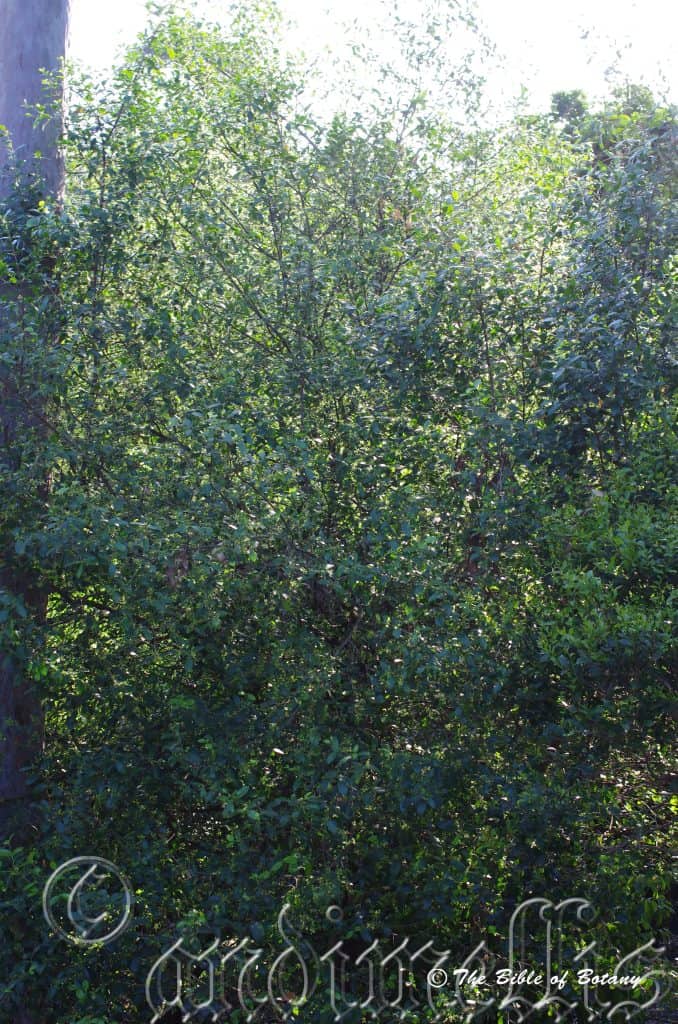
Mount Cootha Botanic Gardens Qld.
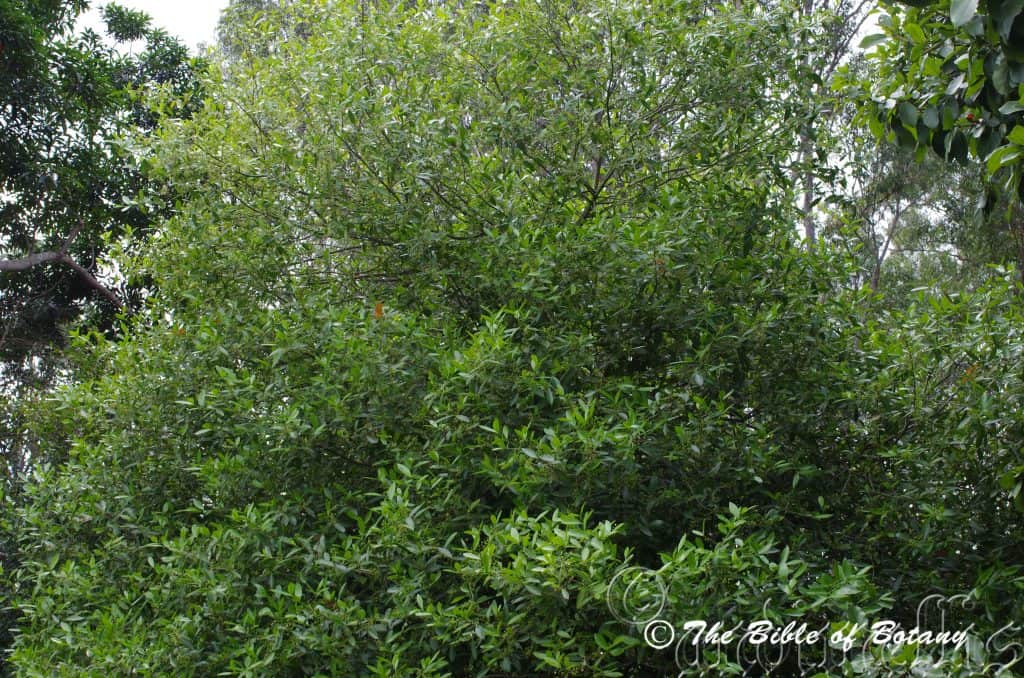
Mount Cootha Botanic Gardens Qld.
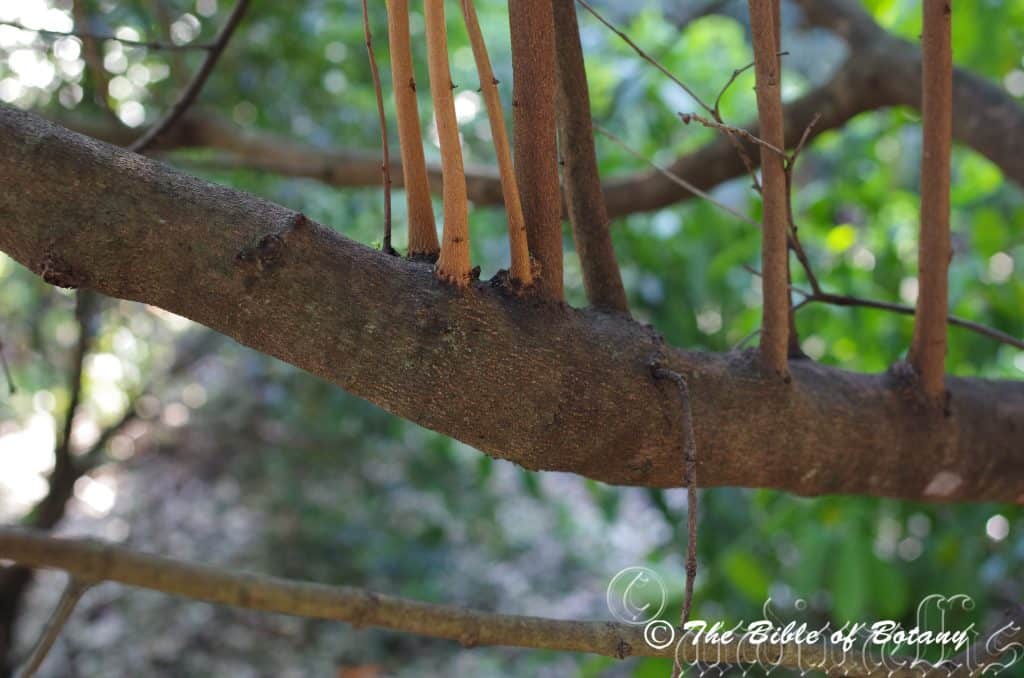
Mount Cootha Botanic Gardens Qld.
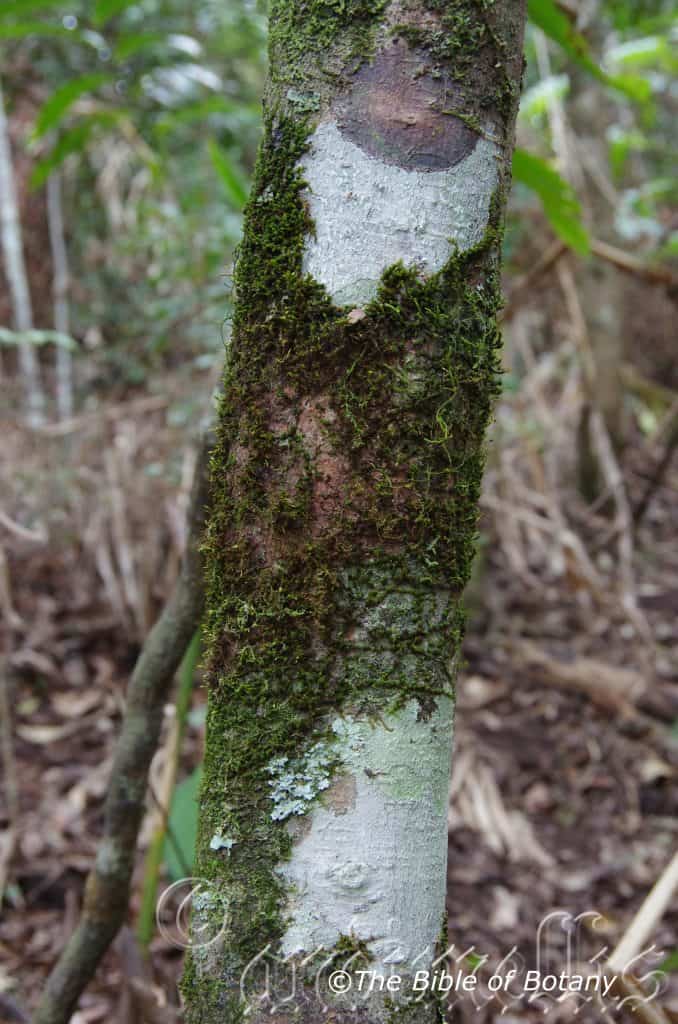
Border Ranges National Park NSW
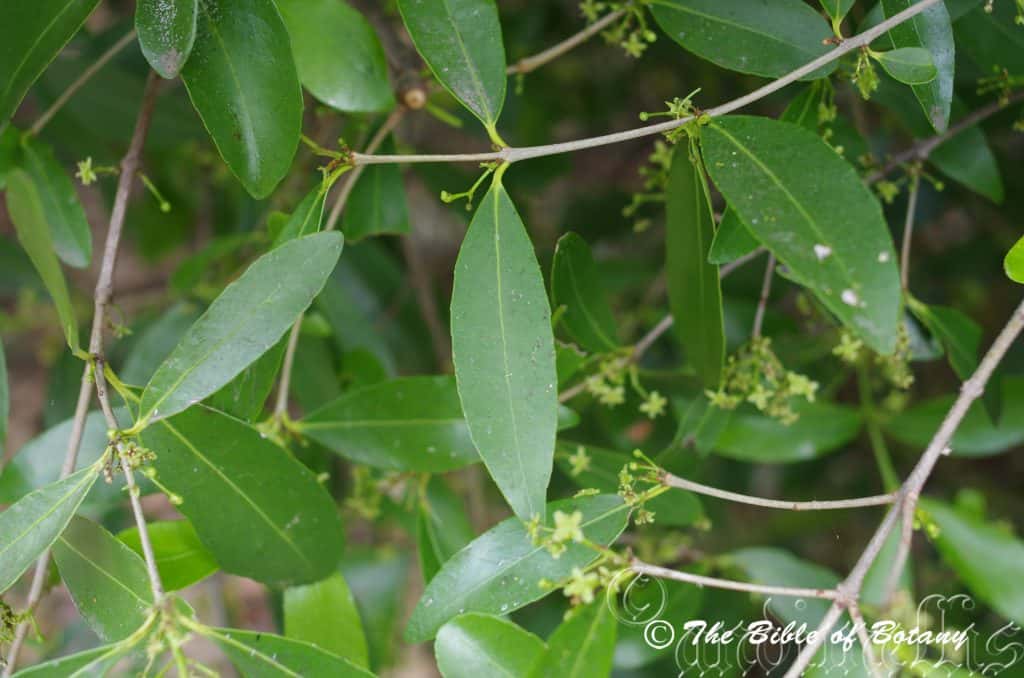
Mount Cootha Botanic Gardens Qld.
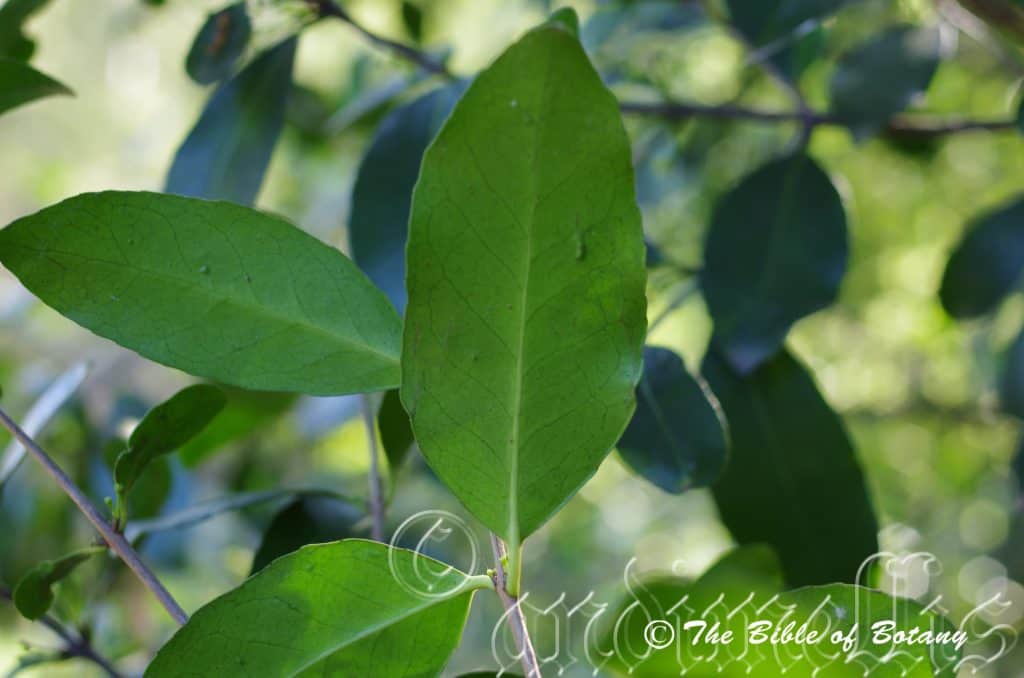
Mount Cootha Botanic Gardens Qld.
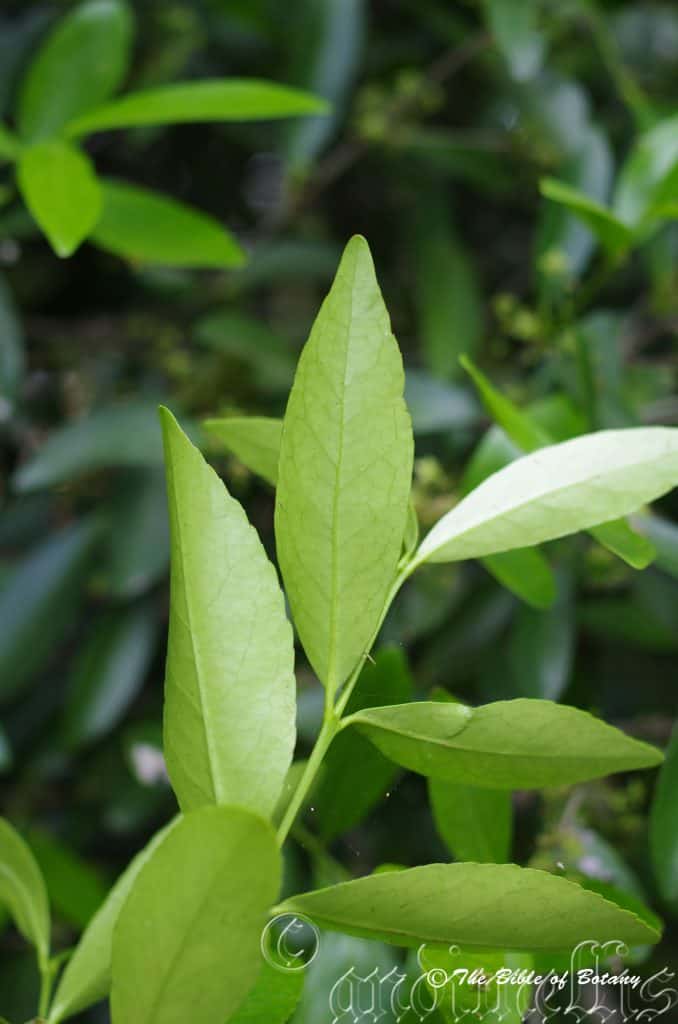
Mount Cootha Botanic Gardens Qld.
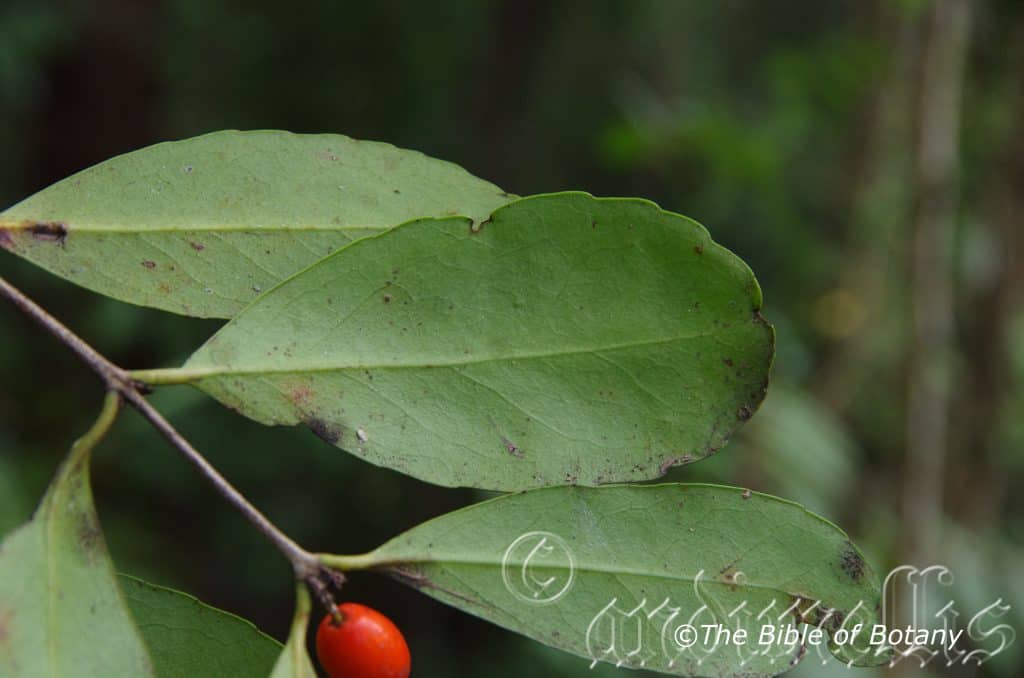
Border Ranges National Park NSW
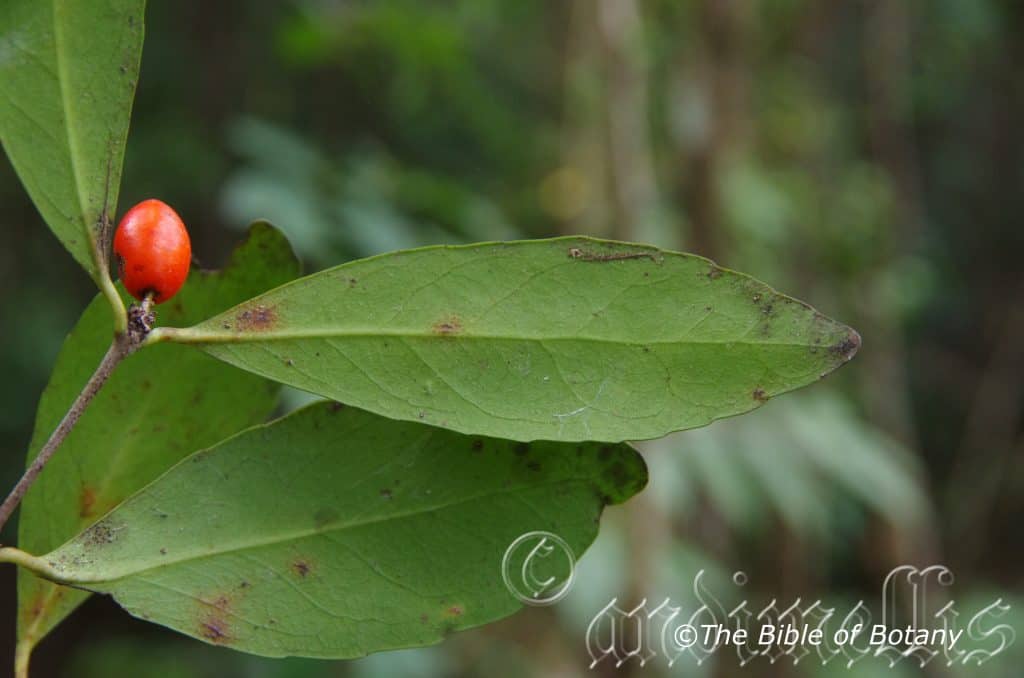
Border Ranges National Park NSW
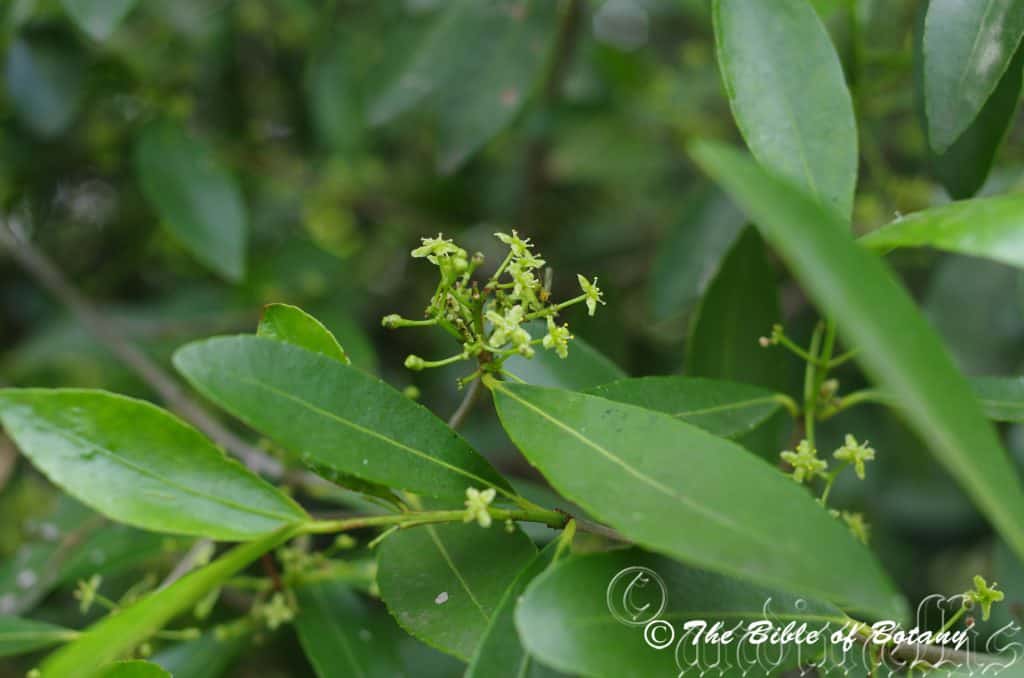
Mount Cootha Botanic Gardens Qld.
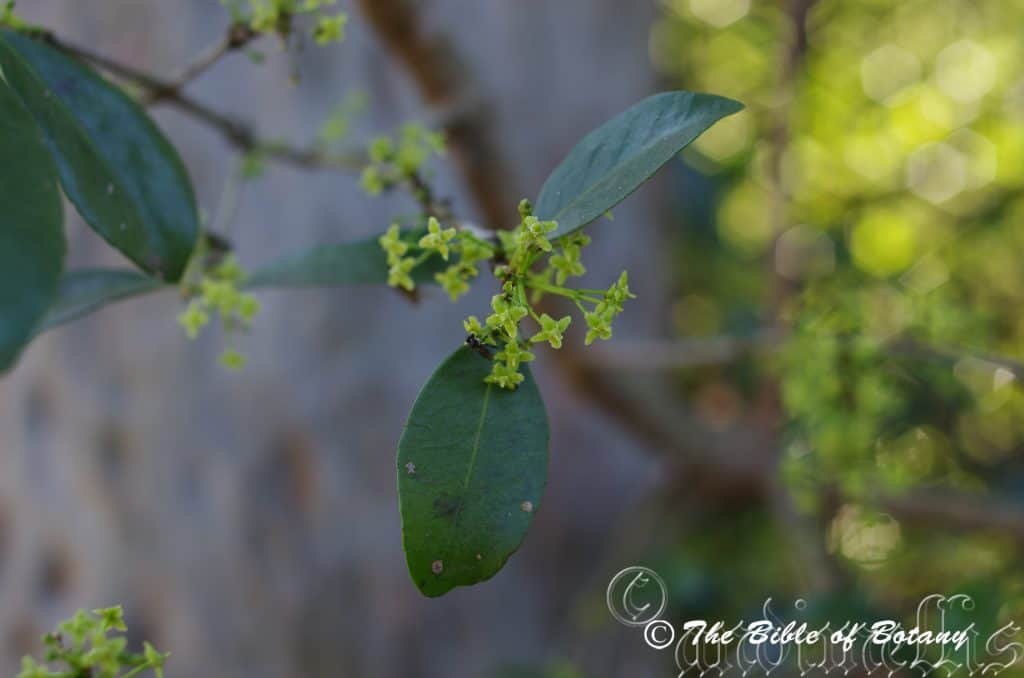
Mount Cootha Botanic Gardens Qld.
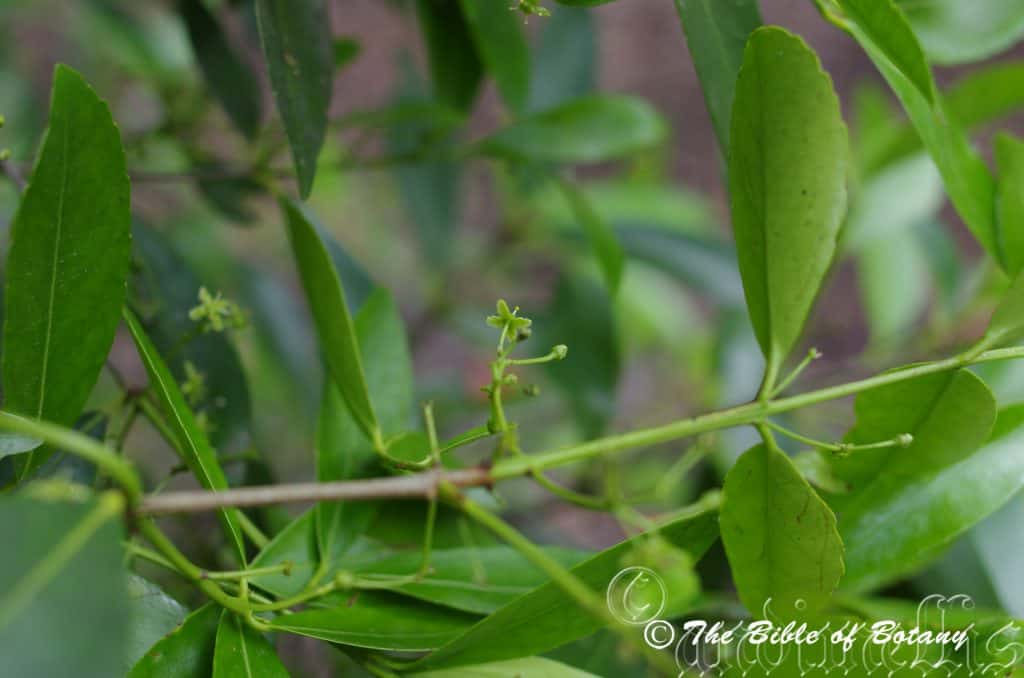
Mount Cootha Botanic Gardens Qld.
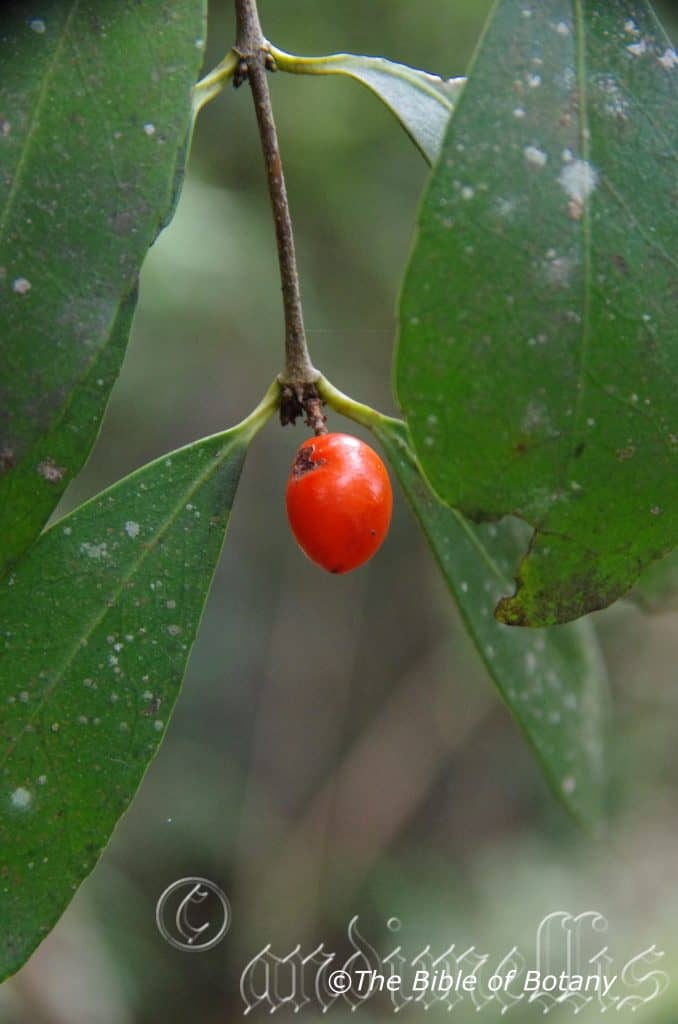
Border Ranges National Park NSW
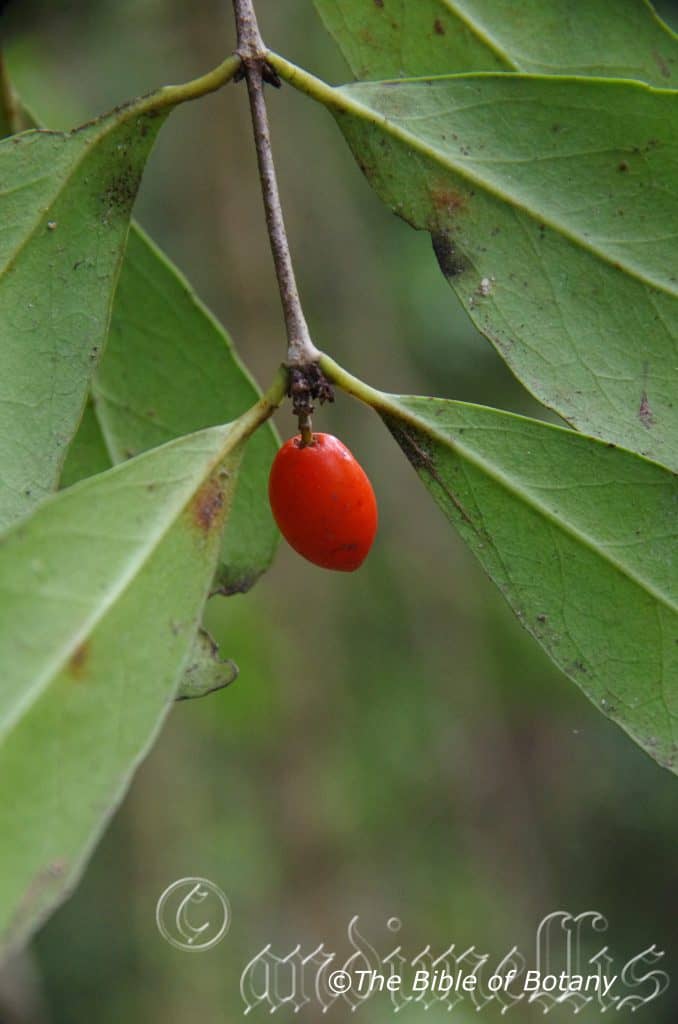
Border Ranges National Park NSW
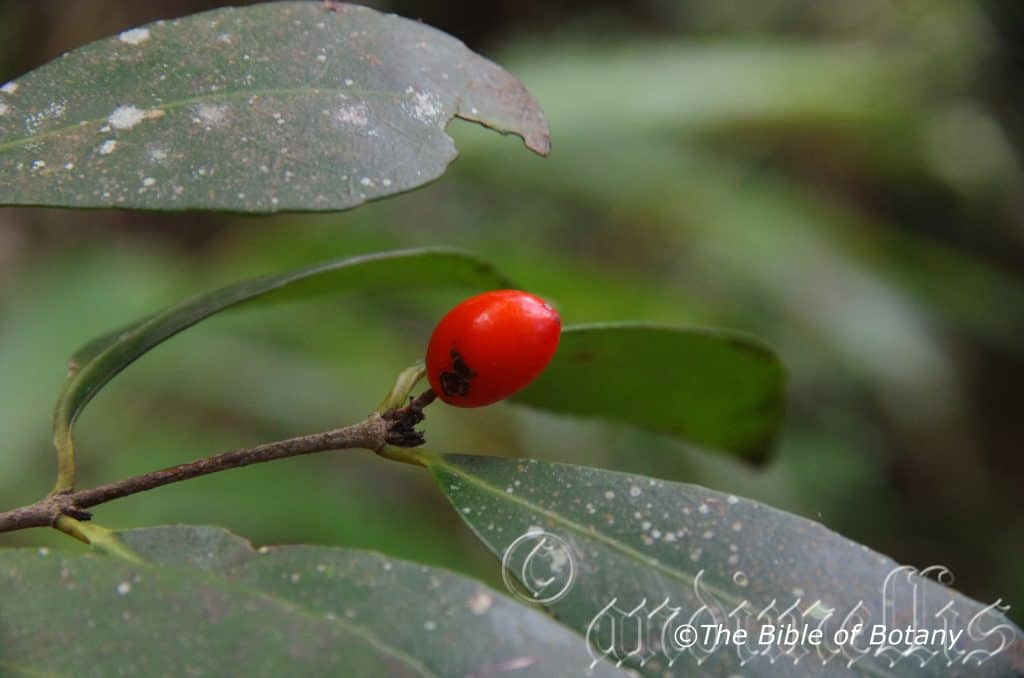
Border Ranges National Park NSW
Elaeodendron australe
Classification
Unranked: Eudicots
Unranked: Rosids
Class: Equisetopsida
Order: Celastrales
Family: Celastraceae
Genus: From Elaia, which is Ancient Greek for an olive and Dendron, which is Ancient Greek for a tree. It refers to tall trees, which superficially resemble European, olive tree.
Specie: From Terra Australis, which is Latin for land of the south and Anum/Ensis, which is Latin for to originate from. It refers to plants, which were first discovered from the land down under.
Sub specie:
Common Name: Red Olive Plum or Narrow Leaf Olive Plum.
Distribution:
Elaeodendron australe is found south from Shiptons flat north of Cooktown in far north Queensland to Tuross Head in central coastal New South Wales. It is also found on Hammond Island in the Torres Strait.
https://avh.ala.org.au/occurrences/search?taxa=Elaeodendron+australe#tab_mapView
Habitat Aspect Climate:
Elaeodendron australe prefers full sun to dappled shade. It grows in dry rainforests and in more closed aspects of Eucalyptus Forests adjacent to rainforests or occasionally in littoral rainforests. Its altitude ranges from 5 meters ASL to 750 meters ASL in the south and from 400 meters ASL to 1000 meters ASL in the north.
The temperatures range from minus 2 degrees in July to 38 degrees in January.
The rainfall ranges from lows of 500mm to 3200mm average per annum.
Soil Requirements:
Elaeodendron australe prefers light gravelly clays to medium stony clays close to the parent rocks or occasionally peaty sands and fatty stony sands. The soils are usually derived from decomposed sandstones, metamorphic rocks brown basalts, black basalts or shale. The soils pH ranges from 5pH to 6.5pH. It does not tolerate waterlogged soils. Non saline soils to moderately saline soils are tolerated.
Height & Spread:
Wild Plants: 5m to 8m by 3m to 5m.
Characteristics:
Elaeodendron australe grows as an open or dense foliage large shrub or as a small narrow tree. The finely fissured pale grey bark rises as a far as the small branches. The branchlets are grey to slightly glaucous grey, glabrous or scabrous. The new growth is grass-green, glabrous while the leaf bearing twigs are four angled with short longitudinal wings.
The usually opposite or occasionally alternate obovate to elliptical or oblong leaves of Elaeodendron australe measure 27mm to 150mm in length by 4mm to 60mm in width. The glabrous, twisted petioles are channelled on the upper surface and measure 4mm to 10mm in length. The bases are cuneate while the apexes are narrow acute to acute-obtuse. The discolourous laminas are deep sea-green, dull to semi glossy and glabrous on the upper lamina while the lower laminas are much paler. The laminas are flat or very slightly recurved upwards from the mid vein to the margins and decurve very slightly downwards towards the apex. The leaf margins are entire or crenate usually more so on the apical half. The mid vein is slightly prominent on both laminas. The lateral veins form loops inside the margin. The stipules are inconspicuous.
The inflorescences of Elaeodendron australe are born from the upper leaf axis in small cymes. The flowers are pale grass-green. The grass-green peduncles and pedicels are glabrous. The peduncles measure 8mm to 12mm in length while the pedicels measure 3mm to 7mmin length. The calyxes have 4 unequal lobes. The 4 pale yellow-green to grass-green lanceolate to oblong petals measure 2.4mm to 2.7mm in length.
The male flowers have a 4 angled pale yellowish green to grass-green disc. The 4 grass-green filaments and yellow anthers are adjacent to the petals at the corners of the disc.
The 4 grass-green staminodes are adjacent to the petals at the corners of the disc and are inserted into a small cavity. The ovary has 2 locular while the paler pistil sits upon a domed disc. Elaeocarpus reticulatus flowers from late April to May.
The fruits of Elaeodendron australe are ellipsoidal to oblong-ovoid drupes. The drupes measure 11mm to 25mm in length by 8mm to 19mm in diameter. The green drupes turn orange to orange-red before turning black when fully ripe. The style is not persistent on the drupes but leaves an ovoidal cavity at the apex. There is 1 pale brown flattened ovoid seed in each fruit which measures 7mm to 9mm in length by 5mm to 8mm in width and 3.5mm to 6mm in breadth. The fruits ripen from August to September.
Wildlife:
Elaeodendron australe is the host plant for the Maoraxia beetle, Maoraxia auroimpressa.
Cultivation:
Elaeodendron australe is a beautiful densely foliaged small tree for the rainforest gardener or specimen tree for the lawn. In cultivation it usually grows from 6 meters to 9 meters in height with a spread of 3.5 meters to 4 meters in diameter when grown in the open.
It is a good tree for confined spaces and where a moderately slow growing plant is required. Trees branch well from the ground and can be pruned to enhance bushiness and to retain a smaller tree or large shrub. Elaeodendron australe also has a tendency to drop some leaves throughout the year with the old leaves turning a bright red before falling especially under drought conditions.
It is best used as a small park tree, placed in the background or planted centrally as a small feature tree in smaller gardens. Placed at the rear of a bush garden their striking display of fruits will draw your attention so that you will want to investigate further. Plants with small white, pink or lavender flowers and fine, pale green leaves can be used in the midground to help highlight the trees.
When the tree is in fruit it will catch your attention and the viewer will be transfixed on the display rather than watching the path. When it is not in fruit you need the other plants to become the main focal point in the garden so try and select plants that flower or fruit outside August to September. Small prostrate Acacia specie with cream, white or yellow flowers can also be used to great effect as their flowering will complement the fruits and leaves of Elaeodendron australe. The proliferation of the deep orange fruits will offset the abundance of flowers from the Acacia specie and in fact would be a very strong complementary contrast if the prostrate or smaller Acacias were to flower at the same time. This is one plant that benefits the gardener if mass planted together in small sections. Plant them at 4 meter to 6 meter centers.
Propagation:
Seeds: Elaeodendron australe seeds should be allowed to ferment in an open cool location prior to sowing. The seeds should be left sitting for several months on top of the tray so that the outer layers have completed broken down and fermented or decomposed. Sparsely sow the cleaned seeds directly into a deep seed raising tray and cover with 5mm to 10mm of the mix. Germination usually takes 2 to 12 months to complete. When the seedlings are 25mm to 50mm tall, prick them out and plant them into 50mm native tubes using a good quality composted seed raising mix. Seed germination is very erratic from 20mm to 70mm depending on the trees.
Once the seedlings reach 150mm to 200mm in height plant them out into their permanent position. Mass plantings can be achieved by planting them at 5 meter to 15 meter centers.
Fertilize using seaweed, fish emulsion or organic chicken pellets soaked in water on an alternate basis. Fertilize every two months until the plants are established then twice annually in early September or March to maintain health, vitality and better flowering.
Further Comments from Readers:
Hi reader, it seems you use The Bible of Botany a lot. That’s great as we have great pleasure in bringing it to you! It’s a little awkward for us to ask, but our first aim is to purchase land approximately 1,600 hectares to link several parcels of N.P. into one at The Pinnacles NSW Australia, but we need your help. We’re not salespeople. We’re amateur botanists who have dedicated over 30 years to saving the environment in a practical way. We depend on donations to reach our goal. If you donate just $5, the price of your coffee this Sunday, We can help to keep the planet alive in a real way and continue to bring you regular updates and features on Australian plants all in one Botanical Bible. Any support is greatly appreciated. Thank you.
In the spirit of reconciliation we acknowledge the Bundjalung, Gumbaynggirr and Yaegl and all aboriginal nations throughout Australia and their connections to land, sea and community. We pay our respect to their Elders past, present and future for the pleasures we have gained.
Elatine gratioloides
Classification
Unranked: Eudicots
Unranked: Rosids
Order: Malpighiales
Family: Elatinaceae
Genus: From Elatine, which is Ancient Greek for the ancient Greek name for a European genus of a water plant. It refers to a group of small aquatic plants, which resemble the European plants in the genus.
Specie: From Gratia, which is Latin for the grace of God or Gratiisum which is Latin for pleasing and agreeable and Eidos/Oides, which is Ancient Greek for alike or similar to. It refers to the species resembling the Gratiola genus.
Sub specie:
Common Name: Waterwort.
Distribution:
Elatine gratioloides is found south of a line from the Cardilya Pool on Carey Downs Station in the Upper Gascoyne region of central coastal Western Australia to Cooktown in far northern coastal Queensland. It is found over most of the Continent, Tasmania and the Bass Strait Islands except the true deserts where ever permanent boggy locations exist or in slow moving water is found. There is an isolated population on the South Alligator River in the Northern Territory.
https://avh.ala.org.au/occurrences/search?taxa=Elatine+gratioloides#tab_mapView
Habitat Aspect Climate:
Elatine gratioloides prefers full sun to light dappled shade. It grows on the margins of dams, billabongs, creeks, swamps and wallums in stationary or slow-flowing water. Its altitude ranges from 10 meters ASL to 1000 meters ASL
Water temperatures range from 4 degrees in August to 35 degrees in January while air temperatures range from minus 4 degrees in August to 43 degrees in January.
The rainfall ranges from lows of 150mm to 3000mm average per annum but this is not as important as the surface water.
Soil Requirements:
Elatine gratioloides prefers sandy loams or light peaty sands to heavy silt loams. The soils are derived from most parent rocks, accumulated sands and alluvial deposits. The soils pH ranges from 4.5pH to 6.5pH. It tolerates waterlogged soils. Only non-saline soils are tolerated.
Height & Spread:
Wild Plants: 0.03m to 0.5m by 0.5m to several meters.
Characteristics:
Elatine gratioloides grows as a dense repent foliage plant on mud flats or more erect and stoloniferous when growing in water. The grass-green, glabrous stems rise to the surface in shallow, fresh water. The new growth is glabrous.
The opposite, orbicular to oblong leaves are semi succulent and measure 5mm to 15mm in length by 4mm to 6mm in width. The glabrous petioles measure 0.2mm to 1.8mm in length. The bases are rounded while the apexes are obtuse. The concolourous laminas are deep grass-green, sea-green, or mid green with a reddish or purplish tinge, semi glossy and glabrous. The laminas are flat or very slightly recurve upwards or decurve downwards on the apical half. The leaf margins have minute glands where the lateral veins terminate. The mid vein and lateral veins are not prominent on either lamina. The 2 minute stipules are caduceous.
The inflorescences are born singularly from each pair of leaf axils. The 3 green sepals are minute. The pastel green, white or pastel pink petals measure 1mm to 1.5mm in length.
The 3 white are glabrous.
The 3 glabrous styles rise from each of the 3 locules on the ovary. sElatine gratioloides flowers appear all year when optimum conditions prevail.
The fruits are terminal depressed capsules. The capsules measure 1mm to 2mm in length by 1mm to 3mm in diameter. The fawn seed are covered in hexagonal depressions and measure 0.5mm to 0.7mm in length.
Wildlife:
Elatine gratioloides predators are unknown to the author.
Cultivation:
Elatine gratioloides is a beautiful densely foliaged small perennial herbaceous plant that is well suited to aquariums or small outdoor bog gardens, frog ponds and fish pools. It looks particularly good in a small bed of mixed carnivorous plants.
It is easy to cultivate in an indoor aquarium provided good strong light is maintained at all times. It will spread along the floor of the tank and endeavours to climb around the edges. It appears to grow at its best when water temperatures are maintained at around 18 degrees and 24 degrees. It has done well in Brisbane at my daughter’s place where it is planted in an outdoor native fish pond where CO2 levels, fish fertilizer and natural deaths may vary the quality of the water throughout the year.
It also grows adjacent to the fish pond in the overflow area which is constantly moist.
Propagation:
Seeds: Elatine gratioloides is best grown from cuttings or division.
It is just a matter of taking a clump of the plants which has many stems and nodes often with roots and place them into a container with water. It will strike and send out new stems in a matter of a few days or a week in warm weather.
Further Comments from Readers:
Hi reader, it seems you use The Bible of Botany a lot. That’s great as we have great pleasure in bringing it to you! It’s a little awkward for us to ask, but our first aim is to purchase land approximately 1,600 hectares to link several parcels of N.P. into one at The Pinnacles NSW Australia, but we need your help. We’re not salespeople. We’re amateur botanists who have dedicated over 30 years to saving the environment in a practical way. We depend on donations to reach our goal. If you donate just $5, the price of your coffee this Sunday, We can help to keep the planet alive in a real way and continue to bring you regular updates and features on Australian plants all in one Botanical Bible. Any support is greatly appreciated. Thank you.
In the spirit of reconciliation we acknowledge the Bundjalung, Gumbaynggirr and Yaegl and all aboriginal nations throughout Australia and their connections to land, sea and community. We pay our respect to their Elders past, present and future for the pleasures we have gained.
Elatostema reticulatum
Classification
Unranked: Eudicots
Unranked: Rosids
Order: Rosales
Family: Urticaceae
Genus: From Elatos, which is Greek for to drive or to strike and Stemon, which is Ancient Greek for the male reproductive organs in the flower. It refers to a forceful explosion of pollen from the dehiscing anthers.
Specie: From Reticulatum, which is Latin for a network. It refers to veins or nerves, which form a thread like net between the main vein and lateral veins.
Sub specie:
Common Name: Rainforest spinach.
Distribution:
Elatostema reticulatum is found south from Mount Lewis south west of Mossman in far coastal northern Queensland to Clyde Mountain south west of Ulladulla in southern coastal New South Wales. It is mainly found on and east of the Great Dividing Range. It is also found on Lord Howe Island.
https://avh.ala.org.au/occurrences/search?taxa=Elatostema+reticulatum#tab_mapView
Habitat Aspect Climate:
Elatostema reticulatum prefers full shade to part shade. It grows in moist to wet Eucalyptus forests adjacent to all types of rainforests particularly in riparian zones, along creek banks, adjacent to waterfalls and areas where seepage keeps the soil moist. The altitude ranges from 5 meters ASL to 750 meters ASL.
The temperatures range from minus 2 degrees in July to 35 degrees in January.
The rainfall ranges from lows of 600mm to 3000mm average per annum.
Soil Requirements:
Elatostema reticulatum usually prefers medium clays. The soils are derived from decomposed brown basalt, black basalts, shale or metamorphic rocks. The soils pH ranges from 4.5pH to 6pH. It does not tolerate of waterlogged soils though periodic inundation is common in its riverine habitats. Non saline soils to moderately saline soils are tolerated.
Height & Spread:
Wild Plants: 0.2m to 0.5m by 0.3m to 0.6m.
Characteristics:
Elatostema reticulatum grows as a straggly to dense foliage herbaceous perennial. The deep grey-green stems are slightly zig zag, glabrous or covered in soft white to pale grey puberulent hairs. The new growth is covered in short, soft white to pale grey sericeous hairs.
The alternate ovate to elliptical or often slightly falcate leaves measure 60mm to 150mm in length by 20mm to 60mm in width. The grey-green, glabrous petioles measure 2mm to 4mm in length. The bases are oblique, cuneate to cuneate-rounded while the apexes are apiculate. The discolourous laminas are deep sea-green, dull and glabrous on the upper lamina while the lower lamina is slightly paler to much paler and covered in white to pale grey puberulent hairs. The strongly asymmetrical laminas are flat or slightly decurve towards the apex. The upper laminas are slightly convex between the mid vein and the lateral veins. The leaf margins are regularly toothed. The mid vein and lateral veins are prominent on the lower laminas and are clearly visible on the upper laminas. The narrow, triangular stipules sheath the terminal buds and measure 12mm to 15mm in length by 3mm in width.
The inflorescences are born in dense umbels subtended by deep green leafy bracts from the upper leaf axils. The peduncles and pedicels are deep-green and glabrous. The peduncles measure 30mm to 50mm in length while the pedicels measure 3mm to 5mm in length. The greenish, hyaline tepals’ main vein runs along one margin and extends beyond the obtuse apex.
The male flowers measure 4.5mm to 12mm in diameter. The white filaments measure 3mm in length. The white anthers are Y-shaped and are longer than wide. They measure 1mm 1.2mm in length. The anthers dehisce, expelling the pollen in a small explosive cloud.
The female heads measure 9mm to 10mm in diameter while the individual flowers are sessile. Elatostema reticulatum flowers from late July to early September.
The fruits are globose, tuberculate capsules. The capsules measure 0.5mm length in length.
Wildlife:
Elatostema reticulatum predators are unknown to the author however the leaves are often chewed or holed indicating that it is the host to both a butterfly species and or beetle species.
Cultivation:
Elatostema reticulatum is a beautiful densely foliaged herb for the shady rainforest garden or a shady area in a court yard, bush house or on the southern side of the house. In cultivation it grows from 0.3 meters to 0.5 meters with a spread of 0.3 meters to 0.6 meters in diameter.
When you design a small shady understory garden which Elatostema reticulatum is well suited to don’t use contours to display the plants as understories are a mixture of foliage without a great variety of colour. Taller plants are better placed on the floor of the gully or towards the back on a flat piece of ground so that you can still look over the tallest plants. On flat ground the different shapes and greens with texture is what makes the patch interesting to the eye. Place them next to the path with ferns like Adiantum atheopicum or mass plantings of Doodia aspera or even Viola hederacea. Make the understory garden path narrow so you have to feel the plants as you walk though the garden bed. This gives an extra dimension which many people forget about when designing heath gardens. Plants must be planted close together and be short so you can see over the tallest ones with the exception of one or two taller plants at the most near the back Alocasia macrohizia is a good example before leading into the various Cordyline which can also add some colour. These will be feature plants. The idea is to achieve a feeling of crowded competition.
Propagation:
Seeds: Elatostema reticulatum seeds do not require treatment before sowing. Sow fresh seeds directly into a deep seed raising tray and cover with 5mm of the mix. When the seedlings are 25mm to 50mm tall, prick them out and plant them into 50mm native tubes using a seed raising mix. Seed germination is usually completed within 3 weeks.
Once the seedlings reach 150mm to 200mm in height plant them out into their permanent position. Mass plantings can be achieved by planting them at 0.5 meter to 1.5 meter centers.
Cuttings: Use 70mm to 100mm long tip cuttings cuttings prepared from the current season[‘s growth, just after a flush of growth has hardened off. Take the cuttings any time of the year if you are in a frost free area. Remove half the leaves from the bottom section being careful not to tear the bark. The use of a rooting hormone is not required so place the cutting in a moist sterile seed raising mix at 45 degrees using a dipple stick. When the cuttings have obviously struck and have developed good roots treat them as for seedlings.
Fertilize using seaweed, fish emulsion or organic chicken pellets soaked in water on an alternate basis. Fertilize every two months until the plants are established then twice annually in early September or March to maintain health, vitality and better flowering.
Further Comments from Readers:
Hi reader, it seems you use The Bible of Botany a lot. That’s great as we have great pleasure in bringing it to you! It’s a little awkward for us to ask, but our first aim is to purchase land approximately 1,600 hectares to link several parcels of N.P. into one at The Pinnacles NSW Australia, but we need your help. We’re not salespeople. We’re amateur botanists who have dedicated over 30 years to saving the environment in a practical way. We depend on donations to reach our goal. If you donate just $5, the price of your coffee this Sunday, We can help to keep the planet alive in a real way and continue to bring you regular updates and features on Australian plants all in one Botanical Bible. Any support is greatly appreciated. Thank you.
In the spirit of reconciliation we acknowledge the Bundjalung, Gumbaynggirr and Yaegl and all aboriginal nations throughout Australia and their connections to land, sea and community. We pay our respect to their Elders past, present and future for the pleasures we have gained.
Elatostema stipitatum
Classification
Unranked: Eudicots
Unranked: Rosids
Order: Rosales
Family: Urticaceae
Genus: From Elatos, which is Greek for to drive or to strike and Stemon, which is Ancient Greek for the male reproductive organs in the flower. It refers to a forceful explosion of pollen from the dehiscing anthers.
Specie: From Stipitatus, which is Latin for a secondary leaf. It refers to robust or stout stalks or slender supports, as the petioles of fern fronds, the stems supporting the pileus of mushrooms, or a stalk like elongations of the receptacle of a flower.
Sub specie:
Common Name: Soft Leaf Nettle.
Distribution:
Elatostema stipitatum is found south from Mount Mellum west South west of Landseborough in southern coastal Queensland to the Comboyne River Valley in central coastal New South Wales. It is mainly found on and east of the Great Dividing Range.
https://avh.ala.org.au/occurrences/search?taxa=Elatostema+stipitatum#tab_mapView
Habitat Aspect Climate:
Elatostema stipitatum prefers full shade to part shade or dappled shade. It grows in moist to wet well developed cool rainforests particularly in riparian zones, along creek banks, adjacent to waterfalls and areas where seepage keeps the soil moist. The altitude ranges from 50 meters ASL to 1350 meters ASL.
The temperatures range from 2 degrees in August to 35 degrees in January.
The rainfall ranges from lows of 1150mm to 2000mm average per annum.
Soil Requirements:
Elatostema stipitatum usually prefers fatty sandy loams to medium clays. The soils are derived from decomposed brown basalt, granite or metamorphic rocks. The soils pH ranges from 4.5pH to 5.5pH. It tolerates waterlogged soils as periodic inundations are common in its riverine habitats and its association with seepages and water falls are all common sites. Non saline soils to moderately saline soils are tolerated.
Height & Spread:
Wild Plants: 0.15m to 0.3m by 0.2m to 0.4m.
Characteristics:
Elatostema stipitatum grows as a straggly to dense foliage erect to prostrate herbaceous perennial often forming dense mats where conditions are favourable. The deep olive-green stems are zig zag, glabrous, glossy and sparsely covered in short white to pale grey puberulent hairs. The new growth is moderately covered in soft white to pale grey pubescent hairs.
The alternate, ovate to elliptical or at times falcate leaves measure 10mm to 60mm in length by 10mm to 25mm in width. The glabrous petioles are moderately covered in soft white to pale grey pubescent hairs and measure 0mm to 2.5mm in length. The bases are oblique, tapered, cuneate to cuneate-rounded on one side and often cordate on the other while the apexes are usually acuminate, to acute or at times narrow acute especial on the new growth leaves. The discolourous laminas are deep sea-green, semi glossy and glabrous on the upper lamina while the lower lamina is much paler and moderately covered in white to pale grey pubescent hairs. The strongly asymmetrical laminas are flat and decurve towards the apex. The upper laminas are convex between the mid vein and the lateral veins and between the main lateral veins and the main reticulate veins. The leaf margins are regularly toothed. The mid vein and lateral veins are prominent on the lower laminas and are clearly visible on the upper laminas. The linear to elliptical stipules sheath the non-emerged terminal buds.
The inflorescences are born in dense umbels subtended by deep green leafy bracts from the upper leaf axils. The peduncles and pedicels are deep-green and glabrous. The peduncles measure 10mm to 20mm in length while the pedicels measure 1mm to 3mm in length. The greenish, hyaline tepals’ main vein runs along one margin and extends beyond the obtuse apex.
The male flowers measure 5mm to 6mm in diameter. The white filaments measure 1mm to 2mm in length. The white anthers are Y-shaped and are longer than wide. They measure 1mm 1.2mm in length. The anthers dehisce by expelling the pollen in a small explosive cloud.
The female heads measure 5mm to 6mm in diameter while the individual flowers are sessile. Elatostema stipitatum flowers from late July to early September.
The fruits are globose, tuberculate capsules. The capsules measure 0.5mm length in length.
Wildlife:
Elatostema stipitatum predators are unknown to the author however the leaves are always chewed or holed indicating that it is the host to both a butterfly species and or beetle species.
Cultivation:
Elatostema stipitatum is a beautiful densely foliaged herb for the shady rainforest garden or a shady area in a court yard, bush house or on the southern side of the house. In cultivation they grow from 0.3 meters to 0.5 meters with a spread of 0.3 meters to 0.6 meters in diameter.
When you design a small shady understory garden which, it is well suited, try not use contours to display the plants as understories are a mixture of foliage without a great variety of colour. Taller plants are better placed on the floor of the gully or towards the back on a flat piece of ground so that you can still look over the tallest plants. On flat ground the different shapes and greens with texture is what makes the patch interesting to the eye. Place them next to the path with ferns like Adiantum atheopicum or mass plantings of Doodia aspera or even Viola hederacea. Make the understory garden path narrow so you have to feel the plants as you walk though the garden bed. This gives an extra dimension which many people forget about when designing heath gardens. Plants must be planted close together and be short so you can see over the tallest ones with the exception of one or two taller plants at the most near the back Alocasia macrohizia is a good example before leading into the various Cordyline which can also add some colour. These will be feature plants. The idea is to achieve a feeling of crowded competition.
Propagation:
Seeds: Elatostema reticulatum seeds do not require treatment before sowing. Sow fresh seeds directly into a deep seed raising tray and cover with 5mm of the mix. When the seedlings are 25mm to 50mm tall, prick them out and plant them into 50mm native tubes using a seed raising mix. Seed germination is usually completed within 3 weeks.
Once the seedlings reach 150mm to 200mm in height plant them out into their permanent position. Mass plantings can be achieved by planting them at 0.5 meter to 1.5 meter centers.
Cuttings: Use 70mm to 100mm long tip cuttings cuttings prepared from the current season’s growth, just after a flush of growth has hardened off. Take the cuttings any time of the year if you are in a frost free area. Remove half the leaves from the bottom section being careful not to tear the bark. The use of a rooting hormone is not required so place the cutting in a moist sterile seed raising mix at 45 degrees using a dipple stick. When the cuttings have obviously struck and have developed good roots treat them as for seedlings.
Fertilize using seaweed, fish emulsion or organic chicken pellets soaked in water on an alternate basis. Fertilize every two months until the plants are established then twice annually in early September or March to maintain health, vitality and better flowering.
Further Comments from Readers:
Hi reader, it seems you use The Bible of Botany a lot. That’s great as we have great pleasure in bringing it to you! It’s a little awkward for us to ask, but our first aim is to purchase land approximately 1,600 hectares to link several parcels of N.P. into one at The Pinnacles NSW Australia, but we need your help. We’re not salespeople. We’re amateur botanists who have dedicated over 30 years to saving the environment in a practical way. We depend on donations to reach our goal. If you donate just $5, the price of your coffee this Sunday, We can help to keep the planet alive in a real way and continue to bring you regular updates and features on Australian plants all in one Botanical Bible. Any support is greatly appreciated. Thank you.
In the spirit of reconciliation we acknowledge the Bundjalung, Gumbaynggirr and Yaegl and all aboriginal nations throughout Australia and their connections to land, sea and community. We pay our respect to their Elders past, present and future for the pleasures we have gained.
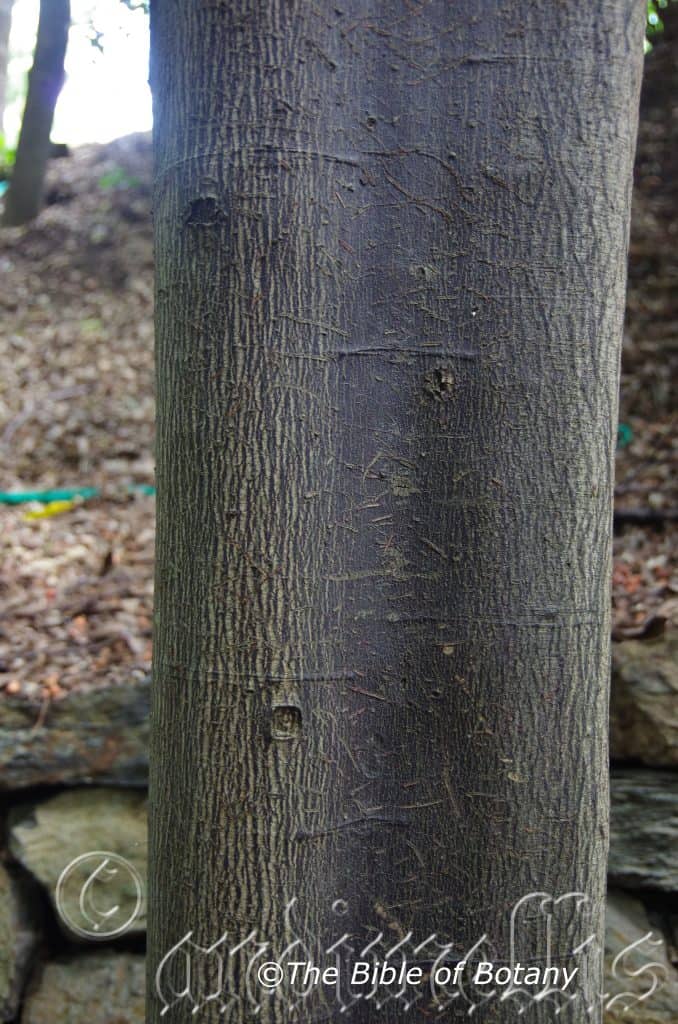
Mount Cootha Botanic Gardens Qld.
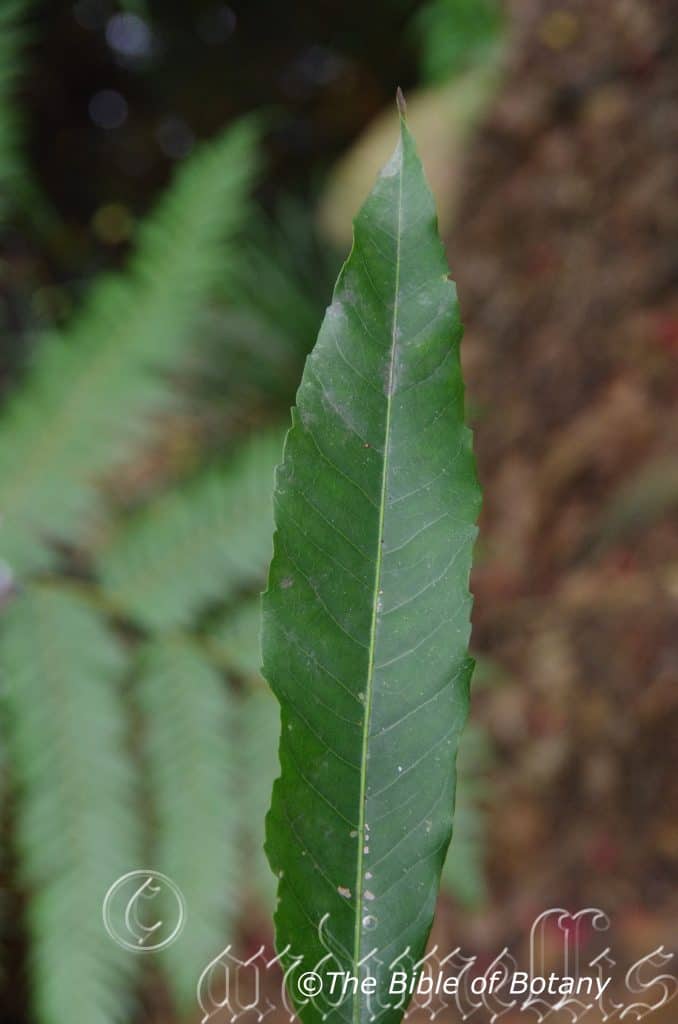
Mount Cootha Botanic Gardens Qld.
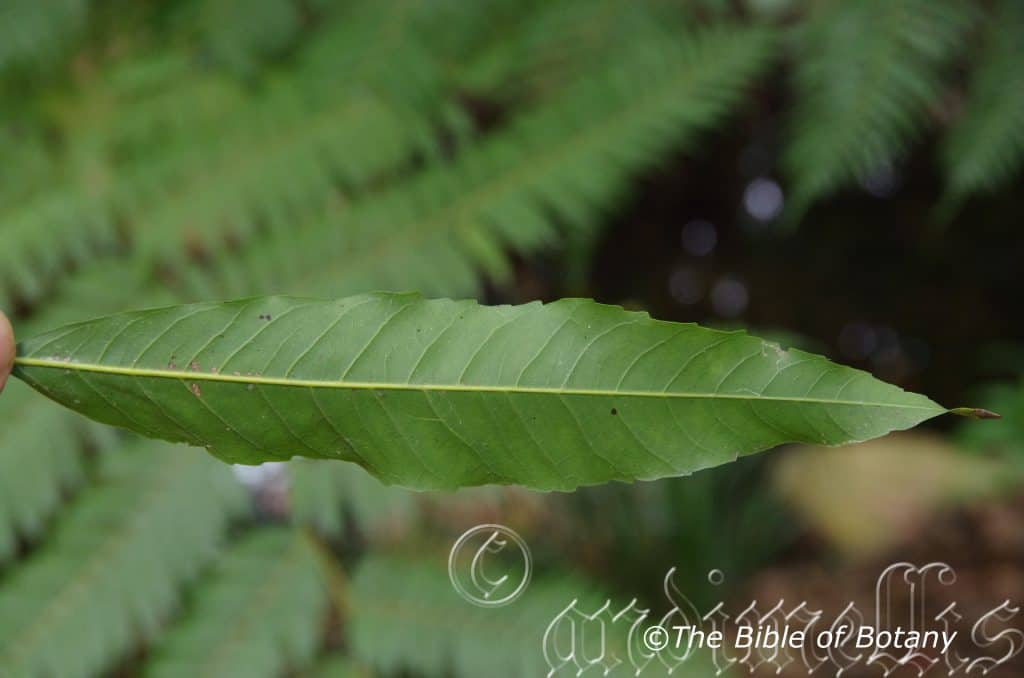
Mount Cootha Botanic Gardens Qld.
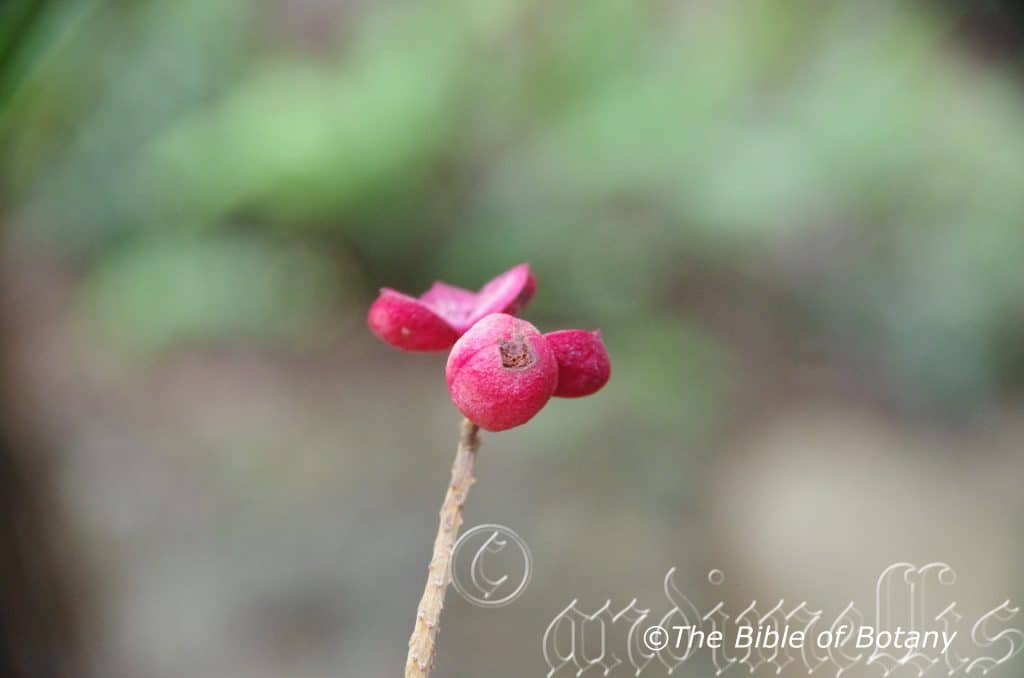
Mount Cootha Botanic Gardens Qld.
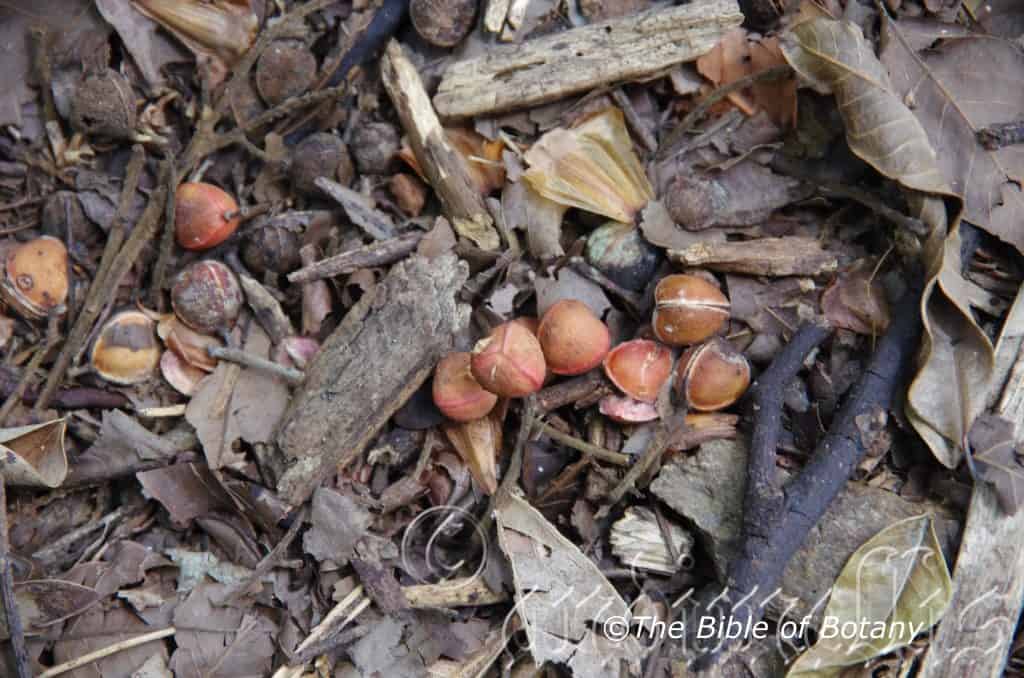
Mount Cootha Botanic Gardens Qld.
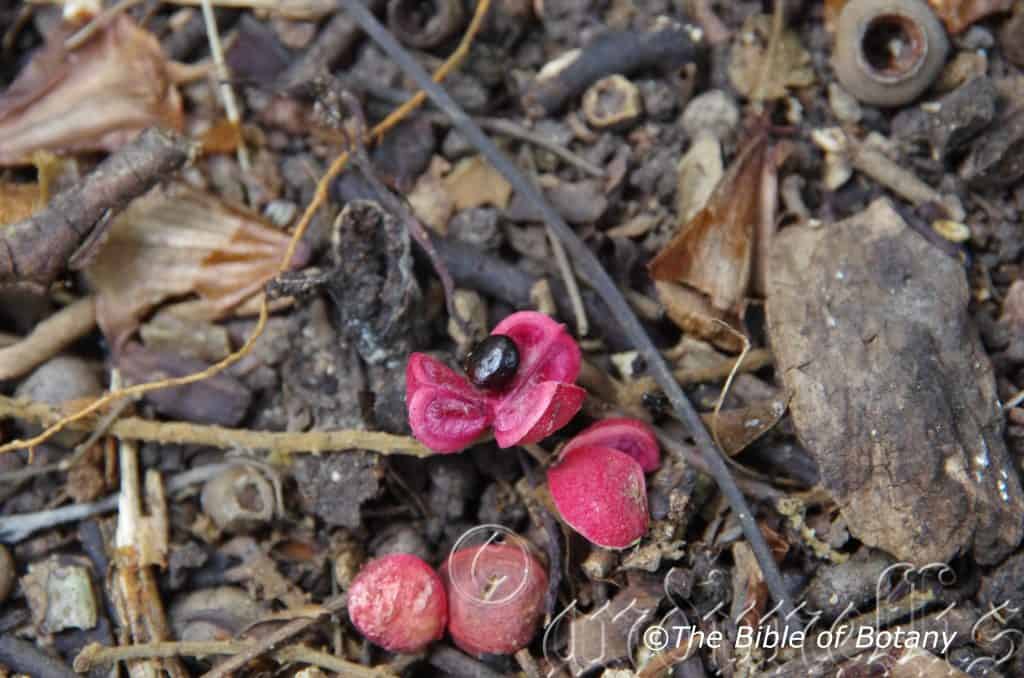
Mount Cootha Botanic Gardens Qld.
Elattostachys microcarpa
Classification
Unranked: Eudicots
Unranked: Rosids
Order: Sapindales
Family: Sapindaceae
Genus:Â From Elatos, which is Greek for to drive or to strike and Stakhus, which is Ancient Greek or later Stachys which is Latin for a flowering spike. It refers to plants, which have flowering spikes where the flowers and fruits appear very quickly.
Specie: From Mikro, which is Ancient Greek or Micro, which is Latin for small or tiny and Karpos, which is Ancient Greek or Carpa, which is Latin for a fruit. It refers to plants, which have very small fruits compared to other species in the genus.
Sub specie:
Common Name: Scub Tamarind.
Distribution:
Elattostachys microcarpa is found south from the Olive River to Paluma national Park in far north eastern Queensland to Patterson in New South Wales. It is mainly found on or east of the Great Dividing Range.
It is also found on Moa Island and Bara Island in the Torris Strait Islands.
https://avh.ala.org.au/occurrences/search?taxa=Elattostachys+microcarpa#tab_mapView
Habitat Aspect Climate:
Elattostachys microcarpa prefers full sun to dappled shade. It grows in moist Eucalyptus forests to dry rainforests, particularly in moist seasonal riparian rainforests. The altitude ranges from 10 meters ASL to 450 meters ASL.
The temperatures range from 6 degrees in July to 36 degrees in January.
The rainfall ranges from lows of 1250mm to 3600mm average per annum.
Soil Requirements:
Elattostachys microcarpa prefers sandy loams to light medium clays or heavy gravelly clays. The soils are derived from decomposed sandstones, brown basalts, black basalts, Granites or shale. The soils pH ranges from 4.5pH to 6.5pH. It does not tolerate waterlogged soils. None saline soils to moderately saline soils are tolerated.
Height & Spread:
Wild Plants: 10m to 15m by 4m to 5m
Characteristics:
Elattostachys microcarpa has a bark, which is densely covered in lenticels that tend to be arranged in vertical lines. The outer blaze is striped, cream and brown. Young stems are moderately covered in golden, caduceus, pubescent hairs.
The alternate leaves have 7 or 9 alternate leaflets that are grass green glabrous and measure 65mm to 145mm in length by 25mm to 52mm in width. The petioles are moderately covered in golden, caduceus, pubescent hairs and measure 3mm to 8 mm in length. The yellow-green midvein is prominent on both laminas, while the lateral veins are prominent on the lower lamina. The leaflets are moderately covered in short, golden caduceus, pubescent hairs. The domatia, if present, are very small, inconspicuous foveoles.
The cream, ovate, calyx lobes are covered in short, golden caduceus, pubescent hairs externally and measure 2mm to 2.5mm in length. The 5 white, petals measure 2.5mm to 3mm in length. There are 6 to 8 white filaments measure 3mm in length and support pale yellow adaxially conected oblong anthers. The glabrous, cupular, disc is fawn, while the sessile, 3 locular ovary has one ovule per locule.
The globose capsules have a glabrous exterior, are densely covered in short, golden or white pubescent hairs internally and measure, about 8mm to 12mm in length by 10mm to12mm in diameter. The valves are relatively thick and woody and turn crimson red when ripe. The white aril is small and partially surrounds the black fleshy seed basally and laterally. The oblong seeds measure 6mm to 8mm in length by 4mm to 6.5mm in diameter.
Wildlife:
Elattostachys microcarpa‘s wildlife is unknown to the author.
Cultivation:
Elattostachys microcarpa is a beautiful densely foliaged small tree for the rainforest gardener or specimen tree for the lawn. In cultivation they grow to 10 meters to 12 meters with a spread of 5 meters to 6 meters.
Trees branch well from the ground and do not require tip pruning to enhance bushiness. Elattostachys nervosa also has beautiful new growth in a soft pink to a soft rusty red or deep beetroot colour and the leaves are unusual in that the last two leaflets are the longest. The trees are very rarely used in cultivation and deserve far greater recognition as there shape, glossy leaves and fruit all stand out in the bush when viewed up close or from distance.
It is best used as a small park tree, placed in the background or planted centrally as a small feature tree in smaller gardens. Placed at the rear of a bush garden their striking display of flowers and perfume will draw your attention so that you will want to investigate further. Any white cream or yellow coloured or shape flowers can be used in the mid ground or in the front as it is the leaves that hold your attention especially when in flushes of new growth are present.
When it is not in a leaf flush other plants will become the main focal point in the garden so try and select plants that flower during different seasons. Small prostrate Acacia specie with cream, white or yellow flowers can also be used to great effect as their flowering will complement the leaves of Elaeocarpus reticulatus. Use pale green fine leaf Acacia specie or Grevillea specie for a year round contrast for the best results. This is one plant that benefits the gardener if mass planted together in small sections. Plant them at 4 meter to 6 meter centers.
It is also a very good small trees for epiphytic orchids.
Propagation:
Seeds: It may be necessary to wrap nearly ripe capsules in cloth bags to prevent the seeds disappearing when ripe.Elattostachys nervosa seeds do not require treatment before sowing. Sow fresh seeds directly into a seed raising mix and cover with 5mm of the mix. When the seedlings are 25mm to 50mm tall, prick them out and plant them into 50mm native tubes using a seed raising mix. They can be planted directly into the 50mm native tubes. Direct planting is favoured as it is very quick to germinate; germination is close to 100mm and there is no set back on the transplanting from the seed trays to the tubes.
Once the seedlings reach 150mm to 200mm in height plant them out into their permanent position. Mass plantings can be achieved by planting them at 12 meter to 15 meter centers.
Fertilize using seaweed, fish emulsion or organic chicken pellets soaked in water on an alternate basis. Fertilize every two months until the plants are established then twice annually in early September or March to maintain health, vitality and better flowering.
Further Comments from Readers:
Hi reader, it seems you use The Bible of Botany a lot. That’s great as we have great pleasure in bringing it to you! It’s a little awkward for us to ask, but our first aim is to purchase land approximately 1,600 hectares to link several parcels of N.P. into one at The Pinnacles NSW Australia, but we need your help. We’re not salespeople. We’re amateur botanists who have dedicated over 30 years to saving the environment in a practical way. We depend on donations to reach our goal. If you donate just $5, the price of your coffee this Sunday, We can help to keep the planet alive in a real way and continue to bring you regular updates and features on Australian plants all in one Botanical Bible. Any support is greatly appreciated. Thank you.
In the spirit of reconciliation we acknowledge the Bundjalung, Gumbaynggirr and Yaegl and all aboriginal nations throughout Australia and their connections to land, sea and community. We pay our respect to their Elders past, present and future for the pleasures we have gained.
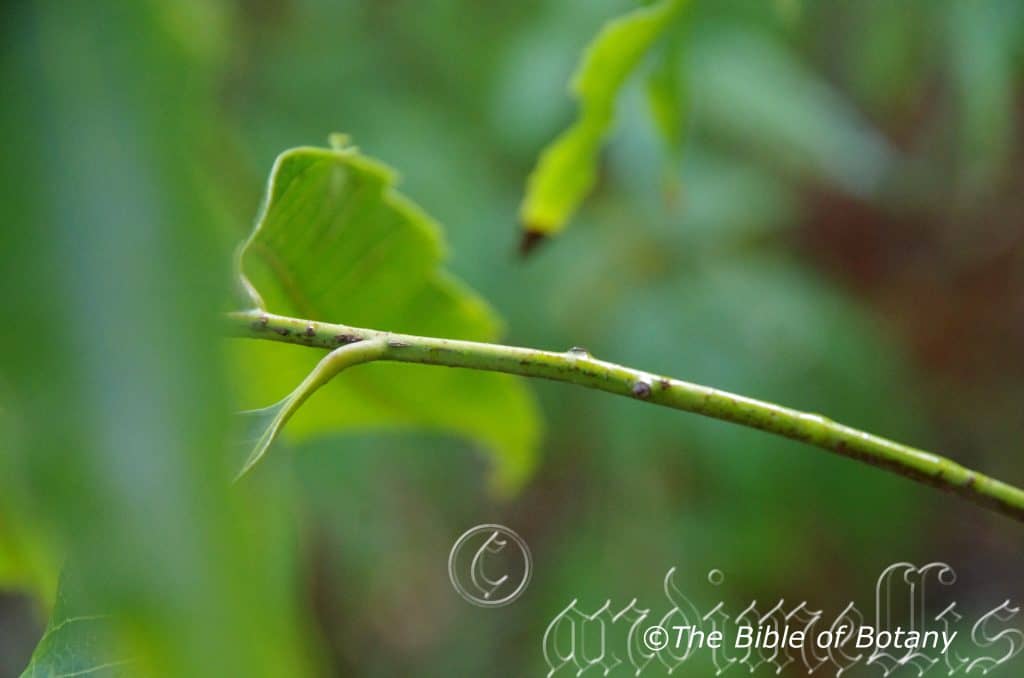
Author’s Garden The Pinnacles NSW
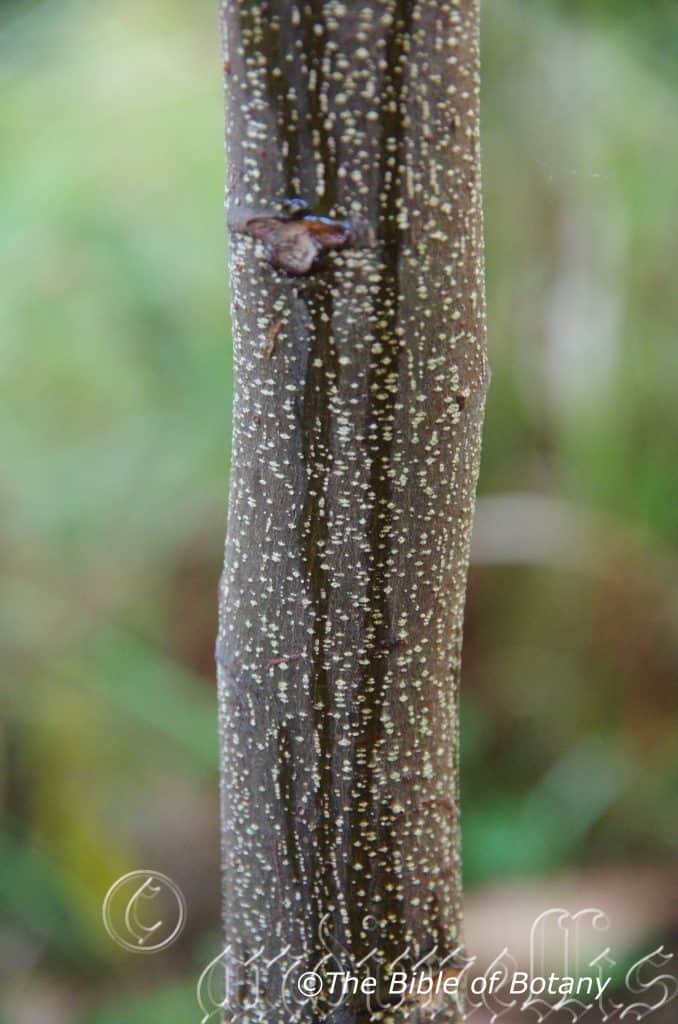
Author’s Garden The Pinnacles NSW
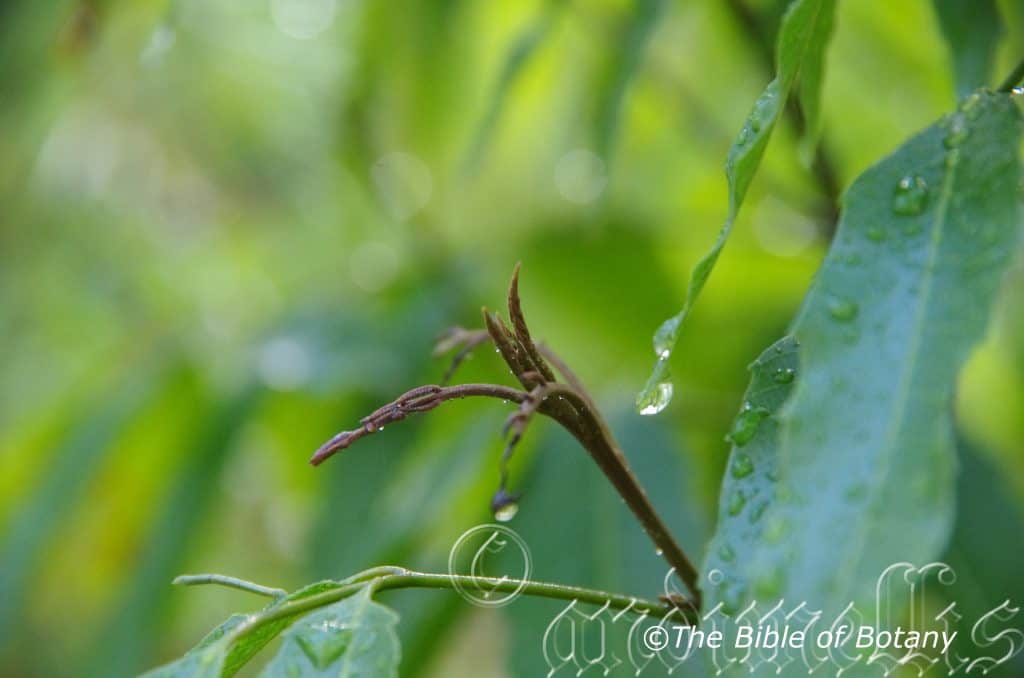
Author’s Garden The Pinnacles NSW
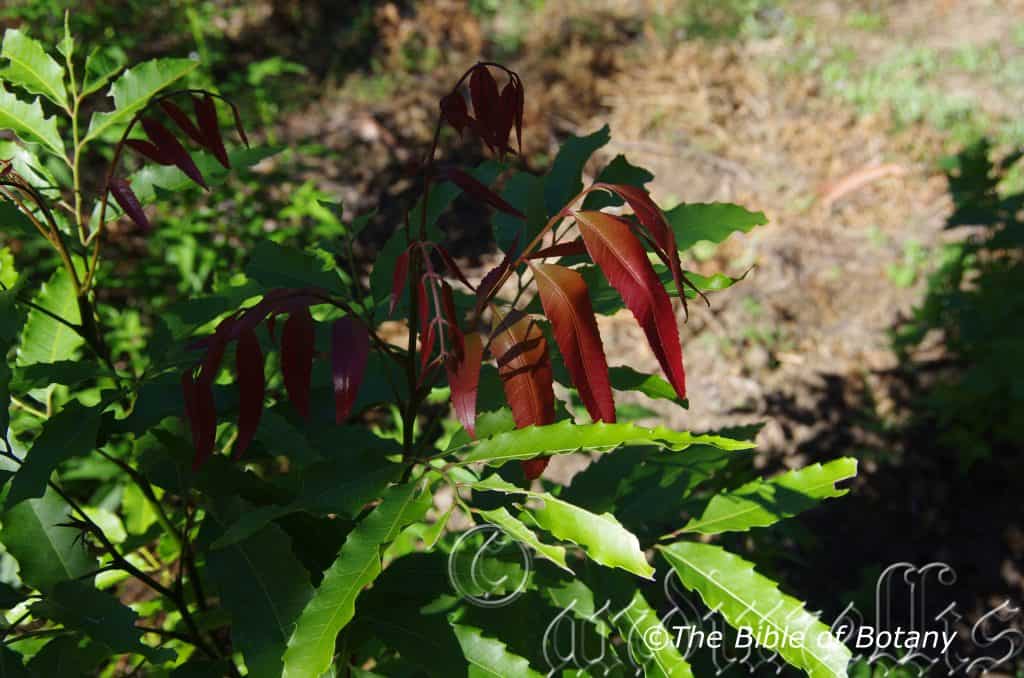
Author’s Garden The Pinnacles NSW
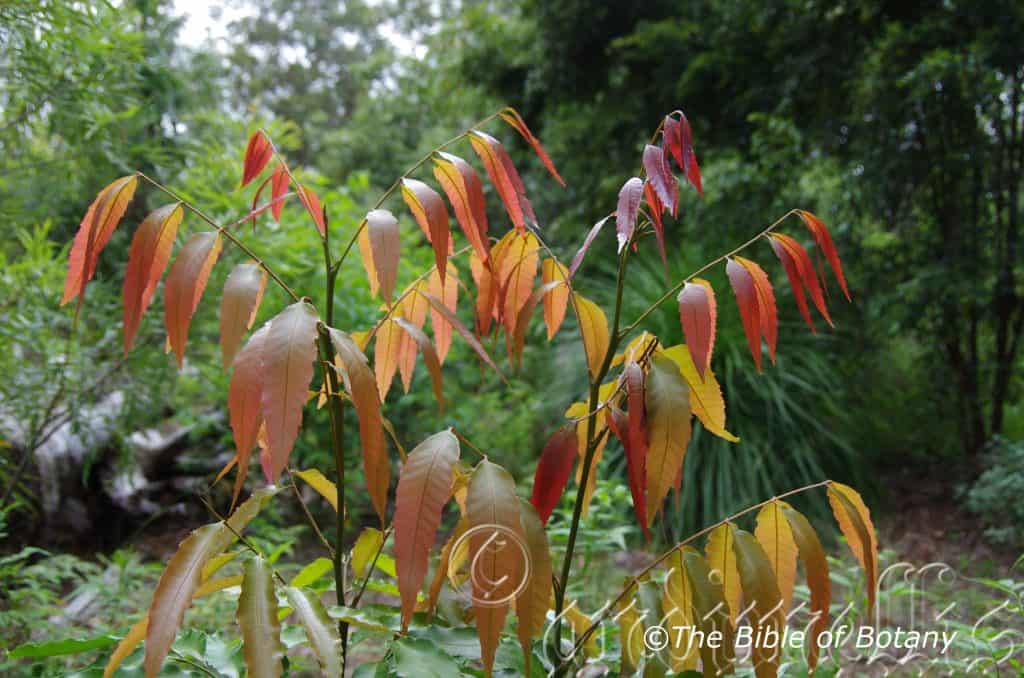
Author’s Garden The Pinnacles NSW
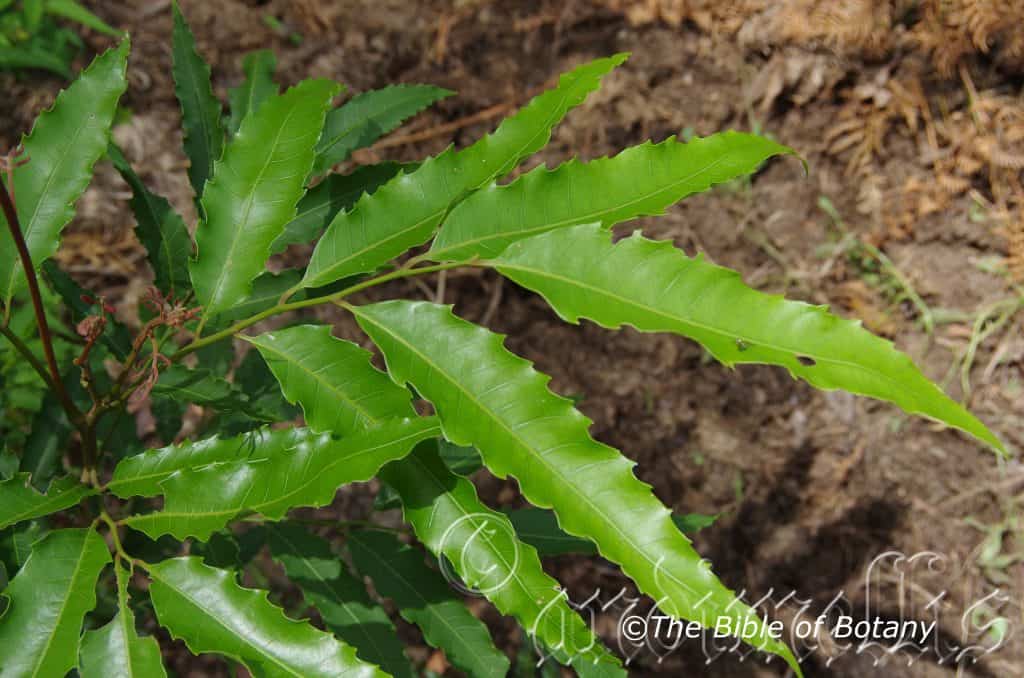
Author’s Garden The Pinnacles NSW
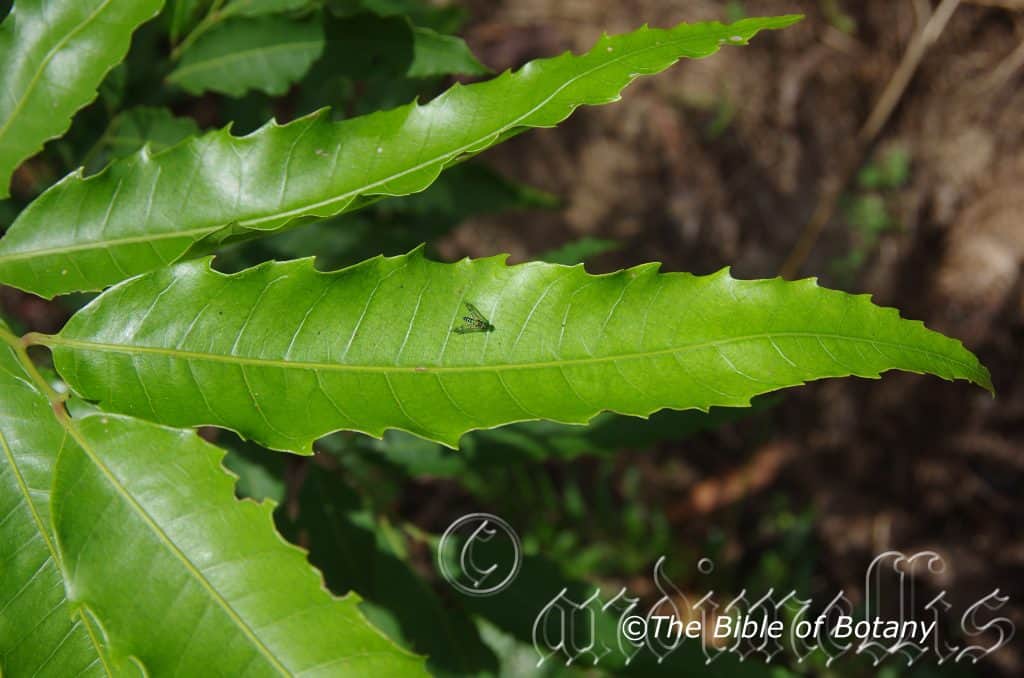
Author’s Garden The Pinnacles NSW
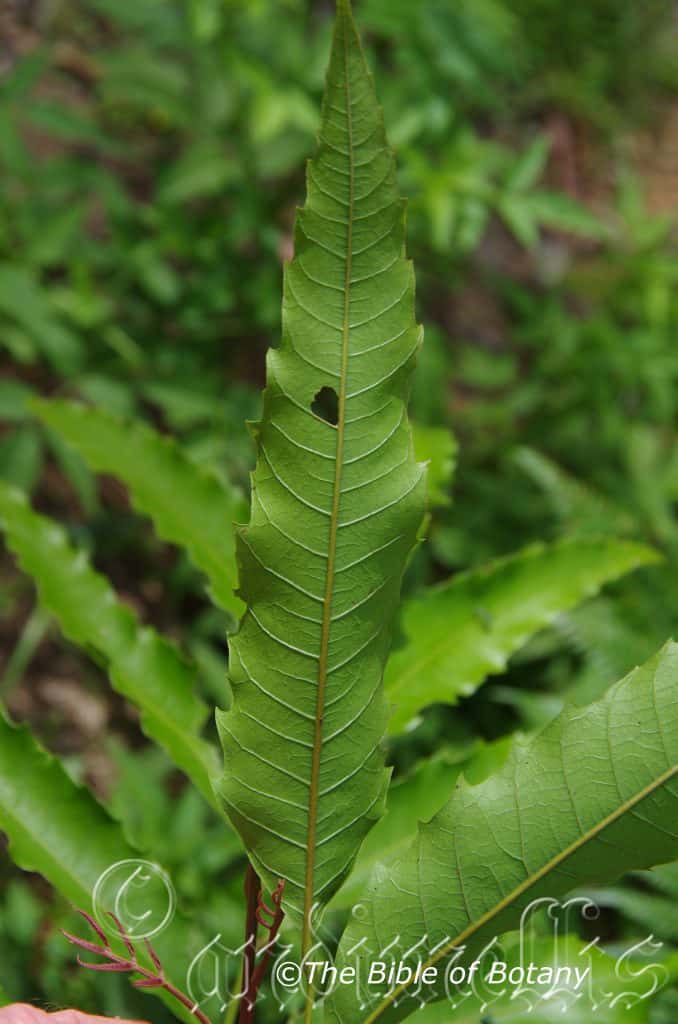
Author’s Garden The Pinnacles NSW
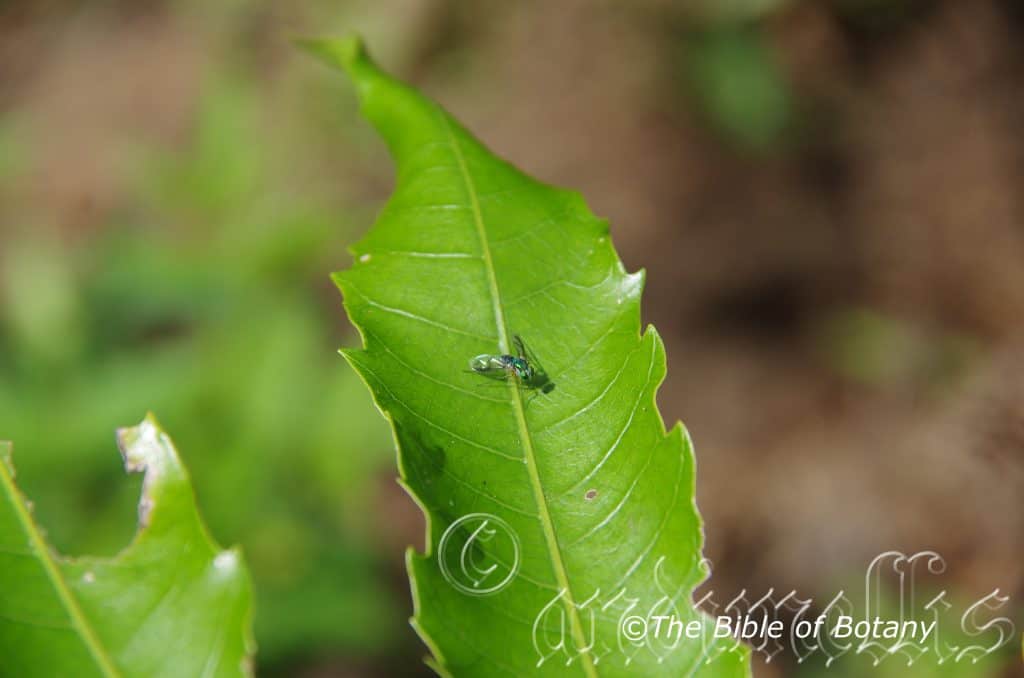
Probably Austrosciapus connexus Author’s Garden The Pinnacles NSW
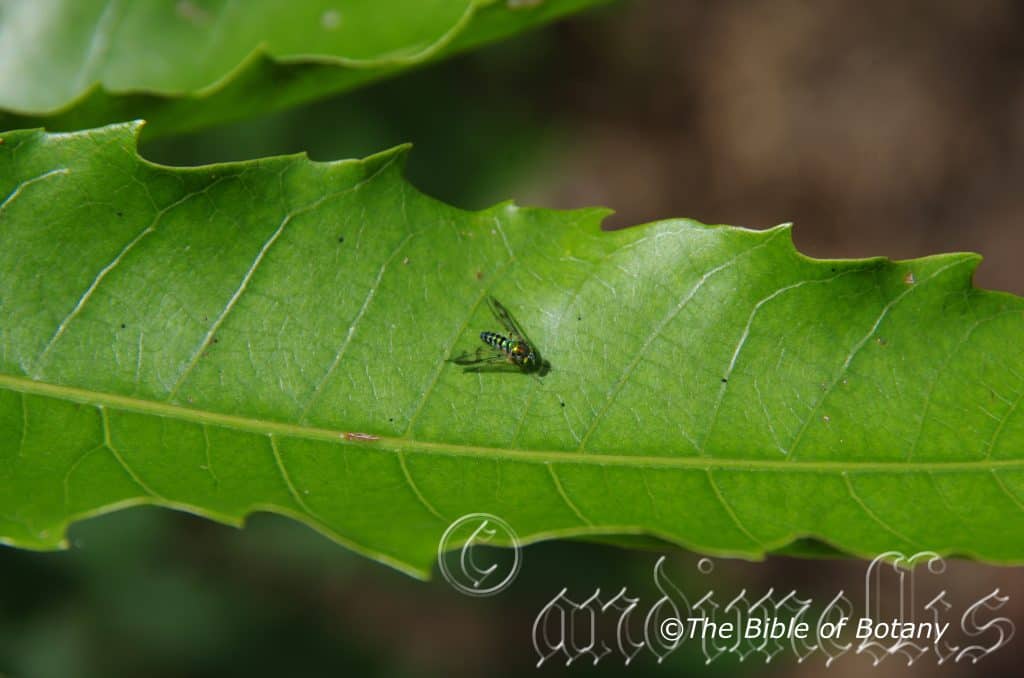
Probably Austrosciapus connexus Author’s Garden The Pinnacles NSW
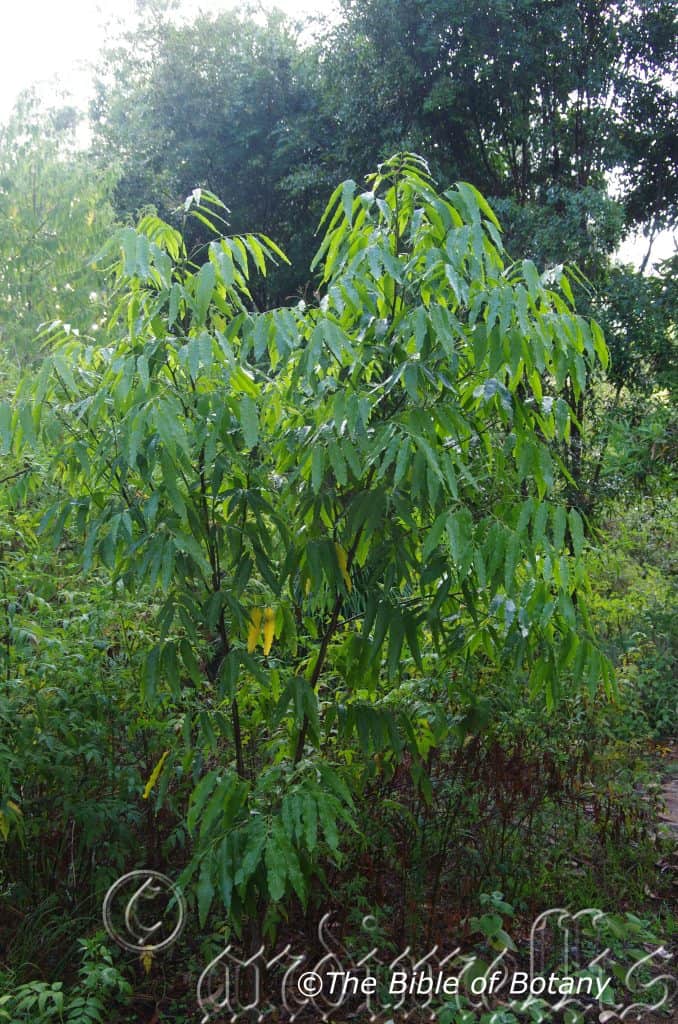
Author’s Garden The Pinnacles NSW
Elattostachys nervosa
Classification
Unranked: Eudicots
Unranked: Rosids
Order: Sapindales
Family: Sapindaceae
Genus:Â From Elatos, which is Greek for to drive or to strike and Stakhus, which is Ancient Greek or later Stachys which is Latin for a flowering spike. It refers to plants, which have flowering spikes where the flowers and fruits appear very quickly.
Specie: From Neuron, which is Ancient Greek or Nervosus, which is Latin for a nerve. It refers to leaves or phyllodes which have prominent veins.
Sub specie:
Common Name: Green Tamarind or Beetroot Tree.
Distribution:
Elattostachys nervosa is found south from Mount O’Connel National Park in the central coastal Queensland to Patterson in New South Wales. It is mainly found on or east of the Great Dividing Range.
https://avh.ala.org.au/occurrences/search?taxa=Elattostachys+nervosa#tab_mapView
Habitat Aspect Climate:
Elattostachys nervosa prefers full sun to dappled shade. It grows in moist Eucalyptus forests to dry Eucalyptus forests, particularly in moist seasonal riparian rainforests. The altitude ranges from 5 meters ASL to 750 meters ASL.
The temperatures range from minus 4 degrees in July to 33 degrees in January.
The rainfall ranges from lows of 850mm to 2400mm average per annum.
Soil Requirements:
Elattostachys nervosa prefers sandy loams to light medium clays or heavy gravelly clays. The soils are derived from decomposed sandstones, brown basalts, black basalts, Granites or shale. The soils pH ranges from 4.5pH to 6pH. It does not tolerate waterlogged soils though at Nana Glen several trees are growing on poorly drained sites. None saline soils to moderately saline soils are tolerated.
Height & Spread:
Wild Plants: 10m to 14m by 4m to 6m
Characteristics:
Elattostachys nervosa grows as a slow growing small tree often resembling a medium size shrub for many years due to its slow growth. The finely fissured light grey bark rises as a far as the small branches. The branchlets are grey-brown and glabrous. The juvenile stems are densely covered in short white to pale grey pubescent hairs.
The alternate rarely opposite, even pinnate leaves measure 100mm to 200mm in length. The rachis grows out beyond the final pair of leaves. The narrow ovate to oblong leaflets number 4 to 8 with the last pair being the longest. The leaflets measure 80mm to 160mm in length by 20mm to 40mm in width. The petioles, rachis and petiolules are sparsely to densely covered in short white to pale grey pubescent hairs. The petiole measures 10mm to 15mm in length while the rachis measures 0mm to 45mm in length and the petiolules measure 2mm to 6mm in length. The bases are cuneate to rounded while the apexes are acuminate to acute. The concolourous laminas are deep sea green, glabrous and semi glossy on the upper lamina while the lower lamina is dull. The mid vein is strongly prominent on the lower lamina and is distinctly visible on the upper lamina. The leaf margins are irregularly toothed.
The inflorescences of Elattostachys nervosa are born as short racemes in the leaf axis close to the apex on the branchlets. The flowers are a pale yellow to pale yellow-green are born on 25mm to 60mm long peduncles. The pedicels measure 2mm to 3mm in length. The 3 oblong sepals measure 3mm to 4mm in length. The 3 petals measure 3mm to 3.5mm in length.
The 10 white stamens measure 2.5mm to 3mm in length. The pale green oblong anthers measure 2.5mm to 3mm in length.
The style measures 3.5mm in length including the extended ovary. The style and ovary are pale green with a white stigma. The style turns red shortly after fertilization. Elattostachys nervosa flowers from late March to May.
The woody fruits of Elattostachys nervosa are indehiscent globose capsules. The capsules measure 10mm to 20mmin diameter. The green fruits turn yellow orange before spitting into 3 sections and exposing their 3 deep brown seeds.
Wildlife:
Elattostachys nervosa often has its leaves chewed by an unknown catterpillar.
Cultivation:
Elattostachys nervosa is a beautiful densely foliaged small tree for the rainforest gardener or specimen tree for the lawn. In cultivation they grow to 6 meters to 8 meters with a spread of 5 meters to 6 meters.
Cultivated trees often branch close to the ground and do not require tip pruning to enhance bushiness. Elattostachys nervosa also has beautiful new growth in a deep pink to a deep rusty red or deep beetroot colour and the leaves are unusual in that the last two leaflets are the longest. The trees are very rarely used in cultivation and deserve far greater recognition as there shape, glossy leaves and fruit all stand out in the bush when viewed up close or from distance.
It is best used as a small park tree, placed in the background, planted centrally or even in the foreground as a small feature tree in smaller gardens. Placed at the rear of a bush garden their striking display of flowers, perfume or new growth will draw your attention so that you will want to investigate further. Any white cream or yellow coloured or small flowered plants can be used in the mid ground or either side as its leaves will hold your attention especially when in flushes of new growth are present.
When it is not in a leaf flush its leaves are refreshingly beautiful. Small prostrate Acacia specie with cream, white or yellow flowers can also be used to great effect as their flowering will complement the leaves of Elaeocarpus reticulatus. This is one plant that benefits the gardener if mass planted together in small sections. Plant them at 4 meter to 6 meter centers. I have used Rubus parviflora beneath it so as to have the bright green foliage enhancing the bush backdrop of tall Eucalyptus species with fibrous reddish-brown bark and deep bluegreen leaves.
It is also a very good small tree for a dry rainforest and for growing epiphytic orchids.
Propagation:
Seeds: It may be necessary to wrap nearly ripe capsules in cloth bags to prevent the seeds disappearing when ripe.Elattostachys nervosa seeds do not require treatment before sowing. Sow fresh seeds directly into a seed raising mix and cover with 5mm of the mix. When the seedlings are 25mm to 50mm tall, prick them out and plant them into 50mm native tubes using a seed raising mix. They can be planted directly into the 50mm native tubes. Direct planting is favoured as It is very quick to germinate; germination is close to 100mm and there is no set back on the transplanting from the seed trays to the tubes.
Once the seedlings reach 150mm to 200mm in height plant them out into their permanent position. Mass plantings can be achieved by planting them at 12 meter to 15 meter centers.
Fertilize using seaweed, fish emulsion or organic chicken pellets soaked in water on an alternate basis. Fertilize every two months until the plants are established then twice annually in early September or March to maintain health, vitality and better flowering.
Further Comments from Readers:
Hi reader, it seems you use The Bible of Botany a lot. That’s great as we have great pleasure in bringing it to you! It’s a little awkward for us to ask, but our first aim is to purchase land approximately 1,600 hectares to link several parcels of N.P. into one at The Pinnacles NSW Australia, but we need your help. We’re not salespeople. We’re amateur botanists who have dedicated over 30 years to saving the environment in a practical way. We depend on donations to reach our goal. If you donate just $5, the price of your coffee this Sunday, We can help to keep the planet alive in a real way and continue to bring you regular updates and features on Australian plants all in one Botanical Bible. Any support is greatly appreciated. Thank you.
In the spirit of reconciliation we acknowledge the Bundjalung, Gumbaynggirr and Yaegl and all aboriginal nations throughout Australia and their connections to land, sea and community. We pay our respect to their Elders past, present and future for the pleasures we have gained.
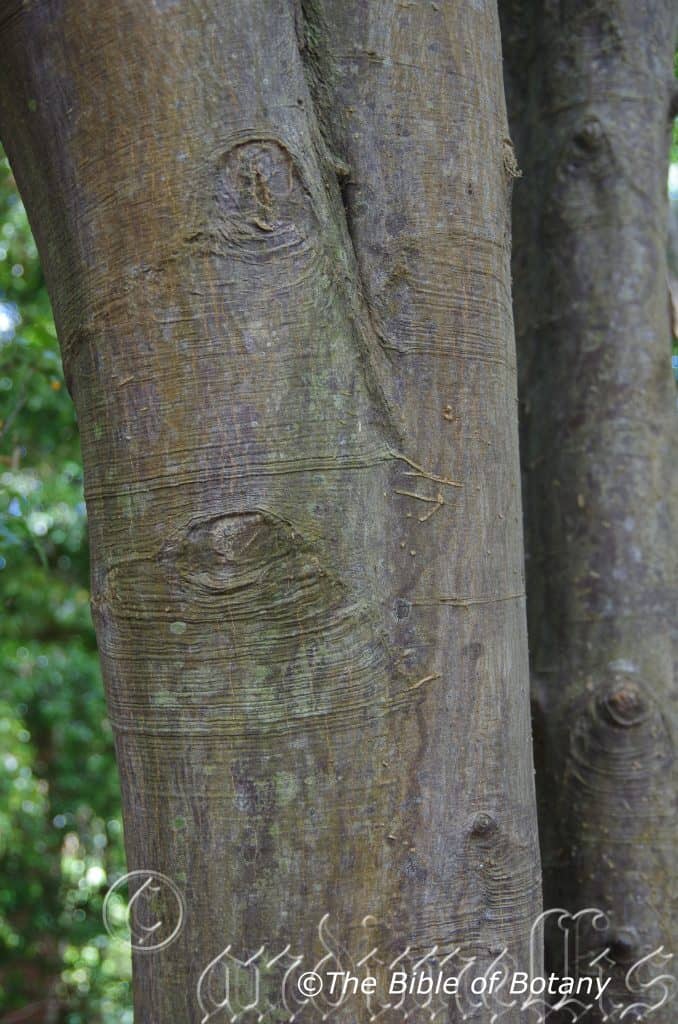
NCBG Coffs Harbour NSW
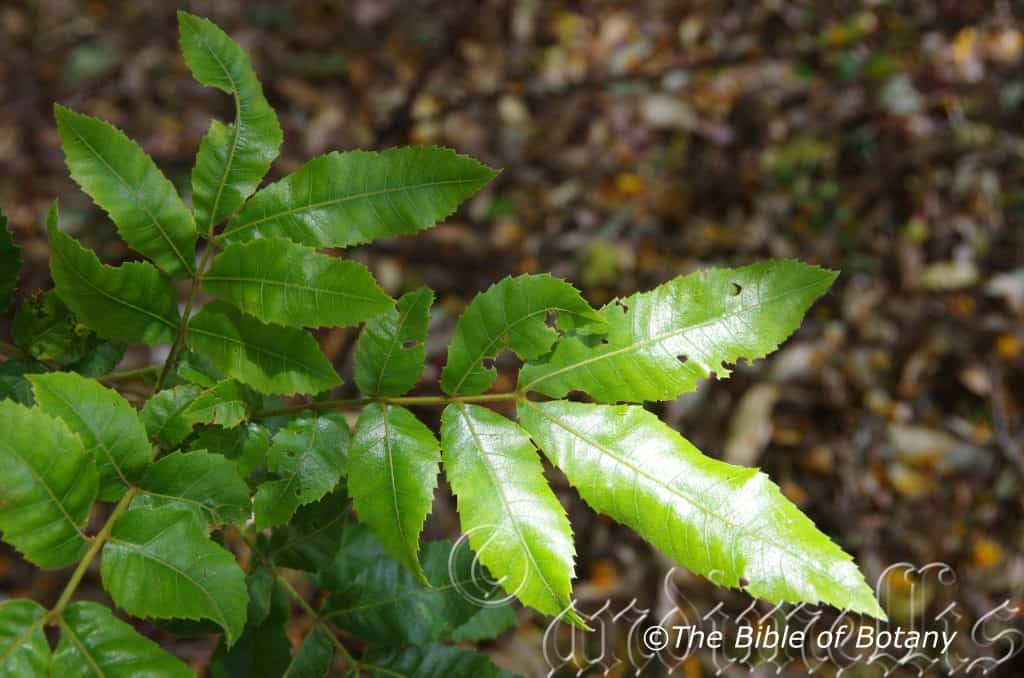
NCBG Coffs Harbour NSW
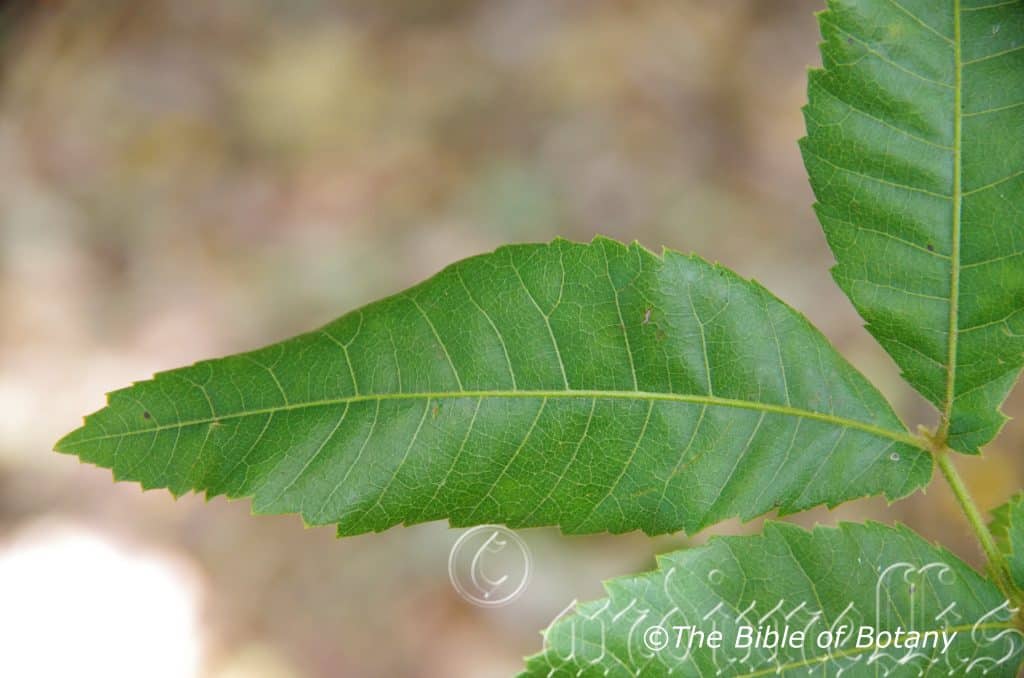
NCBG Coffs Harbour NSW
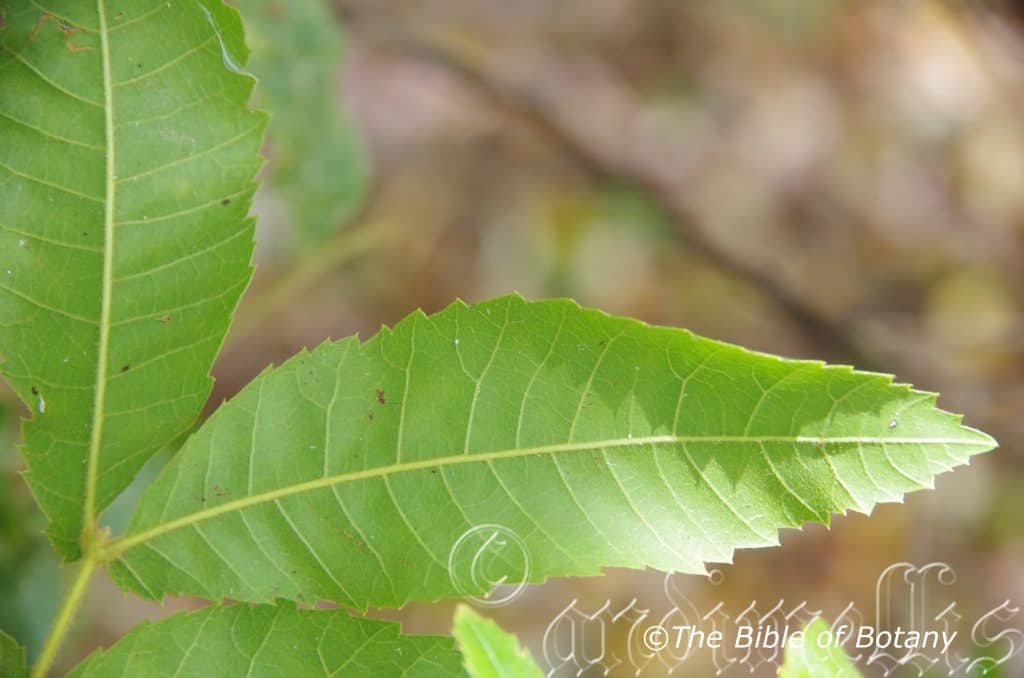
NCBG Coffs Harbour NSW
Elattostachys xylocarpa
Classification
Unranked: Eudicots
Unranked: Rosids
Order: Sapindales
Family: Sapindaceae
Genus:Â From Elatos, which is Greek for to drive or to strike and Stakhus, which is Ancient Greek or later Stachys which is Latin for a flowering spike. It refers to plants, which have flowering spikes where the flowers and fruits appear very quickly.
Specie: From Xylon/Xylon, which are Ancient Greek for wood and Karpos, which is Ancient Greek for a fruit. It refers to fruits, which are woody.
Sub specie:
Common Name: White Tamarind or Beetroot Tree.
Distribution:
Elattostachys xylocarpa is found south from Cairns in coastal northern Queensland to the Orara River in coastal northern New South Wales. It is mainly found on and east of The Great Dividing Range to the coast.
https://avh.ala.org.au/occurrences/search?taxa=Elattostachys+xylocarpa#tab_mapView
Habitat Aspect Climate:
Elattostachys xylocarpa prefers full sun to dappled shade. It grows in moist Eucalyptus forests, dry rainforests and littoral rainforests particularly those near seasonal dry riparian zones along the coastal mountains. It also grows in softwood scrub or scrub remnants, usually on hillsides and ridges. The altitude ranges from 5 meters ASL to 1000 meters ASL.
The temperatures range from minus 4 degrees in August to 35 degrees in January.
The rainfall ranges from lows of 900mm to 3000mm average per annum.
Soil Requirements:
Elattostachys xylocarpa prefers better quality soils that are sandy loams through to light medium rocky clays close to the parent rocks. The soils are derived from decomposed sandstones, brown basalt, black basalt, metamorphic rocks and shale. The soils pH ranges from 4.5pH to 6pH. It is not tolerant of waterlogged soils though at Nana Glen several trees are growing on poorly drained sloping sites. Saline soils are not tolerated at all.
Height & Spread:
Wild Plants: 10m to 14m by 4m to 6m
Characteristics:
Elattostachys xylocarpa grows as a slow growing small tree often resembling a medium size shrub for many years due to its slow growth. The finely fissured light grey bark rises as a far as the small branches. The branchlets are grey-brown and glabrous. The juvenile stems are densely covered in short pale rusty-brown pubescent to sericeous hairs.
The alternate even pinnate leaves of Elattostachys xylocarpa measure 60mm to 150mm in length. The rachis grows out beyond the final pair of leaves and measures 15mm to50mm in length. The elliptical to obovate leaflets usually number 2 to 6 rarely 8 with the apex pair being the longest. The leaflets measure 30mm to 80mm in length by 15mm to 40mm in width. The petioles, rachis and petiolules are sparsely to densely covered in short pale rusty-brown pubescent to sericeous hairs. The petioles measure 10mm to 15mm in length while the rachis measures 0mm to 30mm in length and the petiolules measure 1mm to 2.5mm in length. The bases are cuneate to rounded while the apexes are obtuse to acute. The discolourous laminas are deep sea green, semi glossy to glossy and are glabrous or finely and sparsely covered in pale short sericeous hairs on the upper laminas while the lower laminas are paler, dull and covered in short rusty-brown puberulent hairs. The undulating laminas recurve slightly from the mid vein to the margins and decurve slightly towards the apex. The mid vein and 8 to 12 pairs of lateral veins are strongly prominent on the lower lamina and are distinctly visible on the upper lamina. The leaf margins are usually irregularly toothed but on rare occasions are entire. The domatia are prominent and covered in tufts of rusty-brown hairs at the junction of the main and lateral veins on the apex side. The midvein is prominent on the lower lamina and is covered in rusty-brown hairs especially on the lower surface.
Elattostachys xylocarpa is distinguishable from the other Australian species of Elattostachys by the prominent hairy domatia in the axils of lateral nerves.
The inflorescences of Elattostachys xylocarpa are born as racemes in the leaf axis close to the apex on the branchlets. The flowers are a pale yellow to pale yellow-green. The peduncles and pedicels are sparsely covered in pale rusty-brown puberulent hairs. The peduncles measure 10mm to 105mm in length while the pedicels measure 2.5mm to 4mm in length. The narrow ovate to ovate calyx lobes are covered in short, rusty-brown crispate, tomentose hairs and measure 3mm to 4mm in length. The pastel green petals are ovate or sub hastate and shortly clawed. The petals measure 4mm to 5mm in length.
The white filaments measure 3mm to 4mm in length. The pale yellow oblong anthers measure 0.6mm to 1mm in length.
The style measures 3.5mm in length including the extended ovary. The style and ovary are pale green with a white stigma. The style turns red shortly after fertilization. The flowers appear from March to May.
The woody fruits of Elattostachys xylocarpa are obovoid or ellipsoidal indehiscent globose capsules. The capsules measure 14mm to 20mm in diameter. The green fruits turn carmine-red before spitting into 3 sections and exposing their 3 black glossy seeds. The arils are off white to purple-red.
Wildlife:
Elattostachys xylocarpa wildlife is unknown to the author.
Cultivation:
Elattostachys xylocarpa is a beautiful densely foliaged small tree for the rainforest gardener or specimen tree for the lawn. In cultivation they grow to 6 meters to 8 meters with a spread of 5 meters to 6 meters.
Trees branch well from the ground and do not require tip pruning to enhance bushiness. Elattostachys xylocarpa also has beautiful new growth in a soft pink to a soft rusty red or deep beetroot colour and the leaves are unusual in that the last two leaflets are the longest. The trees are very rarely used in cultivation and deserve far greater recognition as there shape, glossy leaves and fruit all stand out in the bush when viewed up close or from distance.
It is best used as a small park tree, placed in the background or planted centrally as a small feature tree in smaller gardens. Placed at the rear of a bush garden their striking display of flowers and perfume will draw your attention so that you will want to investigate further. Any white cream or yellow coloured or shape flowers can be used in the mid ground or in the front as it is the leaves that hold your attention especially when in flushes of new growth are present.
When it is not in a leaf flush it still is very pleasing. Small prostrate Acacia specie with cream, white or yellow flowers can also be used to great effect as their flowering will complement the leaves of Elattostachys xylocarpa. Use pale green fine leaf Acacia specie or Grevillea specie for a year round contrast for the best results. This is one plant that benefits the gardener if mass planted together in small sections. Plant them at 4 meter to 6 meter centers.
It is also very good small tree for dry rain forest gardens and for growing epiphytic orchids.
Propagation:
Seeds: It may be necessary to wrap nearly ripe capsules in cloth bags to prevent the seeds disappearing when ripe.Elattostachys nervosa seeds do not require treatment before sowing. Sow fresh seeds directly into a seed raising mix and cover with 5mm of the mix. When the seedlings are 25mm to 50mm tall, prick them out and plant them into 50mm native tubes using a seed raising mix. They can be planted directly into the 50mm native tubes. Direct planting is favoured as it is very quick to germinate; germination is close to 100mm and there is no set back on the transplanting from the seed trays to the tubes.
Once the seedlings reach 150mm to 200mm in height plant them out into their permanent position. Mass plantings can be achieved by planting them at 12 meter to 15 meter centers.
Fertilize using seaweed, fish emulsion or organic chicken pellets soaked in water on an alternate basis. Fertilize every two months until the plants are established then twice annually in early September or March to maintain health, vitality and better flowering.
Further Comments from Readers:
Hi reader, it seems you use The Bible of Botany a lot. That’s great as we have great pleasure in bringing it to you! It’s a little awkward for us to ask, but our first aim is to purchase land approximately 1,600 hectares to link several parcels of N.P. into one at The Pinnacles NSW Australia, but we need your help. We’re not salespeople. We’re amateur botanists who have dedicated over 30 years to saving the environment in a practical way. We depend on donations to reach our goal. If you donate just $5, the price of your coffee this Sunday, We can help to keep the planet alive in a real way and continue to bring you regular updates and features on Australian plants all in one Botanical Bible. Any support is greatly appreciated. Thank you.
In the spirit of reconciliation we acknowledge the Bundjalung, Gumbaynggirr and Yaegl and all aboriginal nations throughout Australia and their connections to land, sea and community. We pay our respect to their Elders past, present and future for the pleasures we have gained.
Eleocharis acuta
Classification
Unranked: Monocots
Unranked: Commelinids
Order: Poales
Family: Cyperaceae
Subfamily: Cyperoideae
Tribe: Eleocharideae
Genus: From Elios, which is Ancient Greek for marshy and Kharis, which is Ancient Greek for elegantly beautiful or graceful. It refers to the overall appearance of wallum plants, which are delightfully beautiful.
Specie: From Acutatum, which is Latin for sharpened, or to sharpen. It refers to apexes on leaves, phyllodes, calyxes or sepals, which taper to a definite point.
Sub species:
Common Name: Common Spike Rush.
Distribution:
In Western Australia Eleocharis acuta is found south from Yalgool to Esperance in the south west corner of the state. There are several isolated populations along the Gascoyne River catchment further to the north.
It is found south and east of a line from Bowen in central coastal Queensland to the southern tip of Eyre Peninsula in South Australia.
https://avh.ala.org.au/occurrences/search?taxa=Eleocharis+acuta#tab_mapView
Habitat Aspect Climate:
Eleocharis acuta prefers full sun to light dappled shade. It grows in dry open Eucalyptus forests, dry open woodlands on flat plains, rivers, creeks, billabongs, lagoons or shallow depressions which are subject to seasonal flooding or where permanent water exists. The altitude ranges from 5 meters ASL to 350 meters ASL.
The temperatures range from minus 3 degrees in August to 42 degrees in January.
The rainfall ranges from lows of 200mm to 2000mm average per annum.
Soil Requirements:
Eleocharis acuta prefers sandy loams, light gritty clays to medium clays. The soils are derived from decomposed brown basalt, black basalt, shale metamorphic rocks, sandstone, granite or alluvial deposits. The soils pH ranges from 4.5pH to 7pH. It does tolerate waterlogged soils and is often associated with seasonal inundations swamps and rising water tables. Non saline soils to very saline soils are tolerated.
Height & Spread:
Wild Plants: 0.6m to 0.9m by 0.4m to 0.6m
Characteristics:
Eleocharis acuta grows as a perennial rush with erect tufted culms. The culms usually measure 150mm to 600mm though occasionally will reach 900mm in height by 1mm to 3mm in diameter. The culms are glabrous. Plants have a short rhizome. The terete culms become trigonous at the apex. The culms are sea-green and glabrous.
The leaves are reduced to small reddish-brown stipules at the base of the culms.
The inflorescences are narrow ovoidal to narrow elliptical, cylindrical spikes at the apex of the culms. The spikes measure 10mm to 30mm in length by 7mm to 9mm in diameter.
The spikelets are tight and regularly arranged along the spike. The spikelets measure 1.5mm to 2mm in length.
The glumes are long acute to broad acute and measure 3.5mm to 4.5mm in length. The glumes are straw coloured tinged reddish-brown to deep reddish-brown. The midrib is distinct. The 6 to 9 bristles are flattened below and strongly retrorse toothed and dimorphic. The bristles are usually longer than the style base but at times are reduced.
There are 3 stamens on each spikelet. The pale cream to white anthers measure 1.1mm to 3.4mm in length. The style is trifid while the flowers appear from late November to December.
The fruits are planoconvex to dimorphic biconvex nuts with obtuse to broad-obovoid angles. The glossy, green nuts turn glossy yellow to glossy brown when ripe. The external cells are minute and shortly vertically oblong. The nut measures 0.8mm to 1.8mm in length by 0.9mm to 1.8mm in width. The style base usually measures 0.4mm to 0.6mm in height by 0.5mm to 0.6mm in width.
Wildlife:
Eleocharis acuta‘s culms are used by many water birds as nesting material. The Black Swan, Cygnus Atratus and the Long Legged Stilt, Himantopus leucocephalus have both been observed with nests made entirely from the culms.
Cultivation:
It is not known as to the value of Eleocharis acuta as a fodder crop. The leaves and stems are eaten along with other pasture crops when growing in the pasture to the extent it will soon be eliminated from the pastures. It is not known whether cattle and sheep seek it out, good pasture management is too competitive or whether the foraging animals favour it. It has a rapid growth rate from mid-spring after the spring rains to late autumn. It recovers well from moderate grazing and is best managed by allowing a free period between grazing.
Eleocharis acuta is classified as a weed by gardeners without considering its potential in a small wet rockery or bog garden. It gives good quantities of trash for mulch but like many swamp plants is slow to break down in the compost heap. It has good potential as a landscaping rush in small gardens. It recovers quickly when cut back to ground level.
In cultivation it can be grown on most types of soil even heavy clay with a skeletal covering of sand. It requires full sun for best results with added compost, moisture or native fertilizer once a year to sustain maximum colour and vigour. High nitrogenous fertilizers will reduce the strength of the culms resulting in them being easily bent which is displeasing to the eye.
In cultivation the plants usually grow from 400mm to 650mm in height by 200mm to 300mm in diameter. It is a very striking in informal beds along walls beside swimming pools, small moist rockeries or bog gardens. In a bog gardens, swamps and heaths it can easily become the centre of attraction giving depth and breadth to the garden especially if all the other plants are smaller with clump or horizontal growth habits. To be the centre of attraction plants needs to be more thinly planted than in the traditional heath garden otherwise the thin vertical culms will be overpowered by the larger leaves.
Bog gardens can be made with a minimum of 6 square meters plus the area for a pond. A large area with sandy clay to medium clay base can be used. If the soil is heavy clay then add some washed salt free course sand to the whole area and turn it over to a depth of 300mm. The sand may sound like an expensive additive but will be worth it in the long term. First mark out the area required. Secondly dig the area out, down to a depth of around 300 mm in depth at the center with shallower areas near the sides. Lay the black plastic down using 2 or 3 layers. Now taper the sides up so that the edges are about 100mm to 150mm above the center section. Ensure that there is a drainage point on the lower side of the plain so that when the water fills up it will flow out and away along the natural drainage line. Doing this will act like a natural wallum where water will collect in times of rain below the surface to a depth of 100mm to 150mm. Use a nail or screw driver make several holes in the bottom of the plastic so that the water drains out slowly over a period of time otherwise they can become rancid after several years. Similar to what occurs naturally in a small shallow dam or depression.
Ensure the sides are 50mm to 100mm above the surrounding land to minimize mulch entering the bog area and pond. Place the edge of the plastic over the rise around the edges and use rocks to securely fasten the plastic. Directing a small amount of the roof water from the house will save water and watering. Gravel mulches can be used safely on the surface of the bog area.
If a pond is wanted they can be made inexpensively by preforming the earth d following the above steps. Allow the pond to have a variable depth from 150mm to 400mm in depth with your desired shape.
Now pack the earth down on the bottom and the sides. Make sure there are no sharp objects like stones or sticks poking through. Place good quality thick black plastic down along the bottom and up the sides making sure that the plastic sits flat and up the sides over hanging the top by at least 300mm. Lay a second and if necessary a third sheet over the top in the same manner. Place a pipe at the low spot so that rain water will drain out into your bog garden or wallum. Make sure that the pipe is below the level of the wallum ground and it is large enough to drain the water.
5 square meters needs a 32mm water pipe.
12 square meters will need a 50mm water pipe.
50 square meter pond will need 100mm pipe.
180 square meters will need 4 by 100mm water pipes or 1 by 200mm pipe.
Place rocks around the edge on the black plastic.
Fill the pond with water.
Plant the small shrubs and herbs.
Cover the surrounding ground with your favourite mulch.
All the carnivorous plants as well as Mazus pumilio, Scaevola aemula, Goodenia grandiflora, Goodenia glabra, Lobelia anceps, Lobelia andrewsii, Lobelia membranacea or Lobelia trigonocaulis will give the desired effect and look very spectacular on a small or large scale.
Propagation:
Seeds: The seeds can be sown directly into a seed raising mix. Cover the seeds with 2mm to 5mm of the mix. Place the tray or pot with the seeds into another tray and fill the lower tray with water. Place the trays in a warm position under 20mm or 30mm shade. When the seedlings reach 20mm to 40mm tall, prick them out and plant them into 50mm native tubes using a seed raising mix. Place the 50mm native tubes into a tray of water and return them to the bush house.
Once the seedlings reach 150mm to 200mm in height plant them out into their permanent position. Mass plantings can be achieved by planting them at a minimum of 1.2 meters to 2.5 meter centers.
Division: Water the plants well a day or 2 before the operation is to be done. Avoid very hot weather. Cut around the clump and out on one side so that the shovel can be placed under the root ball. (Or remove it from its pot.)
Remove the plant from the soil. Cut it into 3 or 4 equal parts, first down the middle then halve those sections again ensuring that each section has some roots and, rhizome and culms or shoots. The rhizomes should have at least several eyes or growing shoots. Remove unwanted dead leaves and any old small sections that look weak or dead. Plants can be divided further but ensure each division has a several strong shoots and healthy roots attached to the tuff. Replant or pot ensuring the soil is at the same level as before. Water and fertilize with a half strength solution of fish emulsion. New shoots will appear within two weeks. Once the potted plants have new shoots and the roots treat them as seedlings.
Fertilize using seaweed, fish emulsion or organic chicken pellets soaked in water on an alternate basis. Fertilize every two months until the plants are established then twice annually in early September or March to maintain health, vitality and better flowering.
Further Comments from Readers:
Hi reader, it seems you use The Bible of Botany a lot. That’s great as we have great pleasure in bringing it to you! It’s a little awkward for us to ask, but our first aim is to purchase land approximately 1,600 hectares to link several parcels of N.P. into one at The Pinnacles NSW Australia, but we need your help. We’re not salespeople. We’re amateur botanists who have dedicated over 30 years to saving the environment in a practical way. We depend on donations to reach our goal. If you donate just $5, the price of your coffee this Sunday, We can help to keep the planet alive in a real way and continue to bring you regular updates and features on Australian plants all in one Botanical Bible. Any support is greatly appreciated. Thank you.
In the spirit of reconciliation we acknowledge the Bundjalung, Gumbaynggirr and Yaegl and all aboriginal nations throughout Australia and their connections to land, sea and community. We pay our respect to their Elders past, present and future for the pleasures we have gained.
Eleocharis cylindrostachys
Classification
Unranked: Monocots
Unranked: Commelinids
Order: Poales
Family: Cyperaceae
Subfamily: Cyperoideae
Tribe: Eleocharideae
Genus: From Elios, which is Ancient Greek for marshy and Kharis, which is Ancient Greek for elegantly beautiful or graceful. It refers to the overall appearance of wallum plants, which are delightfully beautiful.
Specie: From Kylindros which is Ancient Greek or Cylindrum, which is Latin for a cylindrical shape and Stakhus, which is Ancient Greek or later Stachys which is Latin for a flower spike. It refers to flowering spikes, which have a cylindrical form.
Sub species:
Common Name:
Distribution:
Eleocharis cylindrostachys is found south from Cape Palmerstone in central coastal Queensland to the Sydney Basin in central coastal New South Wales. It is also found in several disjunct populations in the north to the Atherton Tablelands and in isolated populations as far west, near Angellala Creek West of Morven, The Tremoine Spring near Hughendon in Queensland, the Warrumbungle Ranges andHay on the Murrumbidgee in New South Wales.
https://avh.ala.org.au/occurrences/search?taxa=Eleocharis+cylindrostachys#tab_mapView
Habitat Aspect Climate:
Eleocharis cylindrostachys prefers full sun to light dappled shade. It grows in dry open forests and dry open woodlands on flat plains, rivers, creeks, billabongs, lagoons and depressions which are subject to seasonal flooding or where permanent water exists. Its altitude ranges from near sea level to around 850 meters ASL.
The temperatures range from minus 3 degrees in August to 40 degrees in January.
The rainfall ranges from lows of 400mm to 2800mm average per annum.
Soil Requirements:
Eleocharis cylindrostachys prefers sandy loams, light gritty clays to medium clays. The soils are derived from decomposed brown basalt, black basalt, shale, metamorphic rocks, sandstone, granite or alluvial deposits. The soils pH ranges from 4.5pH to 6pH. It tolerates waterloggedsoils and is often associated with seasonal inundations swamps and rising water tables. Non saline soils to very saline soils are tolerated.
Height & Spread:
Wild Plants: 0.2m to 0.5m by 0.1m to 0.25m
Characteristics:
Eleocharis cylindrostachys grows as a perennial rush with erect, terete, tufted culms. The culms usually measure 250mm to 500mm though occasionally will reach 550mm in height by 1mm to 1.5mm in diameter. Plants have a very short rhizome. The culms are sea-green and glabrous.
The leaves are reduced to small reddish-brown stipules at the base of the culms and a small green obtuse lobe directly beneath the spike.
The inflorescences are narrow ovoidal to narrow elliptical, cylindrical spikes at the apex of the culms. The spikes measure 20mm to 50mm in length by 3.5mm to 5mm in diameter.
The spikelets are tight and regularly arranged in a spiral along the spike. The spikelets measure 1.5mm to 1.7mm in length.
The glumes are obtuse with a distinct midrib and measure 2.2mm to 3.5mm in length. The glumes are straw coloured often tinged reddish-brown to deep reddish-brown. The bristles are flattened below and strongly retrorsely toothed. The bristles usually measure 1mm to 1.2mm in length.
There are 3 stamens on each spikelet. The white anthers measure 0.6mm to 1.3mm in length. The style is trifid while the flowers appear from late September to January.
The fruits are strongly ribbed obovoid, biconvex nuts with acute angles. The nut measures 1.1mm to 1.25mm in length by 0.7mm to 0.9mm in width. The glossy, green nuts turn glossy yellow to glossy deep brown when ripe. The external cells are very minute. The style base usually measures 0.4mm to 0.6mm in height by 0.5mm to 0.6mm in width.
Wildlife:
Eleocharis cylindrostachys‘s culms are used by many water birds as nesting material. The Black duck, Anas superciliosa has both been observed with nests made from the culms.
Cultivation:
It is not known as to the value of Eleocharis cylindrostachys as a fodder crop. The leaves and stems are eaten along with other pasture crops when growing in the pasture to the extent it will soon be eliminated from the pastures. It is not known whether cattle and sheep seek it out, good pasture management is too competitive or whether the foraging animals favour it. It has a rapid growth rate from mid-spring after the spring rains to late autumn. It recovers well from moderate grazing and is best managed by allowing a free period between grazing.
Itis classified as a weed by gardeners without considering its potential in a small wet rockery or bog garden. It gives good quantities of trash for mulch but like many swamp plants is slow to break down in the compost heap. It has good potential as a landscaping rush in small gardens. It recovers quickly when cut back to ground level.
In cultivation it can be grown on most types of soil even heavy clay with a skeletal covering of sand. It requires full sun for best results with added compost, moisture or native fertilizer once a year to sustain maximum colour and vigour. High nitrogenous fertilizers will reduce the strength of the culms resulting in them being easily bent which is displeasing to the eye.
In cultivation the plants usually grow from 350mm to 550mm in height by 150mm to 200mm in diameter. It is a very striking in informal beds along walls beside swimming pools, small moist rockeries or bog gardens. In a bog gardens, swamps and heaths it can easily become the centre of attraction giving depth and breadth to the garden especially if all the other plants are smaller with clump or horizontal growth habits. To be the centre of attraction plants needs to be more thinly planted than in the traditional heath garden otherwise the thin vertical culms will be overpowered by the larger leaves.
Bog gardens can be made with a minimum of 6 square meters plus the area for a pond. A large area with sandy clay to medium clay base can be used. If the soil is heavy clay then add some washed salt free course sand to the whole area and turn it over to a depth of 300mm. The sand may sound like an expensive additive but will be worth it in the long term. First mark out the area required. Secondly dig the area out, down to a depth of around 300 mm in depth at the center with shallower areas near the sides. Lay the black plastic down using 2 or 3 layers. Now taper the sides up so that the edges are about 100mm to 150mm above the center section. Ensure that there is a drainage point on the lower side of the plain so that when the water fills up it will flow out and away along the natural drainage line. Doing this will act like a natural wallum where water will collect in times of rain below the surface to a depth of 100mm to 150mm. Use a nail or screw driver make several holes in the bottom of the plastic so that the water drains out slowly over a period of time otherwise they can become rancid after several years. Similar to what occurs naturally in a small shallow dam or depression.
Ensure the sides are 50mm to 100mm above the surrounding land to minimize mulch entering the bog area and pond. Place the edge of the plastic over the rise around the edges and use rocks to securely fasten the plastic. Directing a small amount of the roof water from the house will save water and watering. Gravel mulches can be used safely on the surface of the bog area.
If a pond is wanted they can be made inexpensively by performing the earth d following the above steps. Allow the pond to have a variable depth from 150mm to 400mm in depth with your desired shape.
Now pack the earth down on the bottom and the sides. Make sure there are no sharp objects like stones or sticks poking through. Place good quality thick black plastic down along the bottom and up the sides making sure that the plastic sits flat and up the sides over hanging the top by at least 300mm. Lay a second and if necessary a third sheet over the top in the same manner. Place a pipe at the low spot so that rain water will drain out into your bog garden or wallum. Make sure that the pipe is below the level of the wallum ground and it is large enough to drain the water.
5 square meters needs a 32mm water pipe.
12 square meters will need a 50mm water pipe.
50 square meter pond will need 100mm pipe.
180 square meters will need 4 by 100mm water pipes or 1 by 200mm pipe.
Place rocks around the edge on the black plastic.
Fill the pond with water.
Plant the small shrubs and herbs.
Cover the surrounding ground with your favourite mulch.
All the carnivorous plants as well as Mazus pumilio, Scaevola aemula, Goodenia grandiflora, Goodenia glabra, Lobelia anceps, Lobelia andrewsii, Lobelia membranacea or Lobelia trigonocaulis will give the desired effect and look very spectacular on a small or large scale.
Propagation:
Seeds: Eleocharis cylindrostachys seeds can be sown directly into a seed raising mix. Cover the seeds with 2mm to 5mm of the mix. Place the tray or pot with the seeds into another tray and fill the lower tray with water. Place the trays in a warm position under 20mm or 30mm shade. When the seedlings reach 20mm to 40mm tall, prick them out and plant them into 50mm native tubes using a seed raising mix. Place the 50mm native tubes into a tray of water and return them to the bush house.
Once the seedlings reach 150mm to 200mm in height plant them out into their permanent position. Mass plantings can be achieved by planting them at a minimum of 1.2 meters to 2.5 meter centers.
Division: Water the plants well a day or 2 before the operation is to be done if the plants are out of water. Avoid very hot weather. Cut around the clump and out on one side so that the shovel can be placed under the root ball. (Or remove it from its pot.)
Remove the plant from the soil. Cut it into 3 or 4 equal parts, first down the middle then halve those sections again ensuring that each section has some roots and, rhizome and culms or shoots. The rhizomes should have at least several eyes or growing shoots. Remove unwanted dead leaves and any old small sections that look weak or dead. Plants can be divided further but ensure each division has a several strong shoots and healthy roots attached to the tuff. Replant or pot ensuring the soil is at the same level as before. Water and fertilize with a half strength solution of fish emulsion. New shoots will appear within two weeks. Once the potted plants have new shoots and the roots treat them as seedlings.
Fertilize using seaweed, fish emulsion or organic chicken pellets soaked in water on an alternate basis. Fertilize every two months until the plants are established then twice annually in early September or March to maintain health, vitality and better flowering.
Further Comments from Readers:
Hi reader, it seems you use The Bible of Botany a lot. That’s great as we have great pleasure in bringing it to you! It’s a little awkward for us to ask, but our first aim is to purchase land approximately 1,600 hectares to link several parcels of N.P. into one at The Pinnacles NSW Australia, but we need your help. We’re not salespeople. We’re amateur botanists who have dedicated over 30 years to saving the environment in a practical way. We depend on donations to reach our goal. If you donate just $5, the price of your coffee this Sunday, We can help to keep the planet alive in a real way and continue to bring you regular updates and features on Australian plants all in one Botanical Bible. Any support is greatly appreciated. Thank you.
In the spirit of reconciliation we acknowledge the Bundjalung, Gumbaynggirr and Yaegl and all aboriginal nations throughout Australia and their connections to land, sea and community. We pay our respect to their Elders past, present and future for the pleasures we have gained.
Eleocharis dietrichiana
Classification
Unranked: Monocots
Unranked: Commelinids
Order: Poales
Family: Cyperaceae
Subfamily: Cyperoideae
Tribe: Eleocharideae
Genus: From Elios, which is Ancient Greek for marshy and Kharis, which is Ancient Greek for elegantly beautiful or graceful. It refers to the overall appearance of wallum plants, which are delightfully beautiful.
Specie: Is named in honour of Konkordia Amalie Dietrich (Nee Nelle); 1821-1891, who was a German physician, geologist and naturalist.
Sub species:
Common Name:
Distribution:
Eleocharis dietrichiana is found south from Rockhampton in central coastal Queensland to the Sydney Basin in central coastal New South Wales. It is mainly found on and east of the Great Dividing Range. It is also found in several isolated populations near the Carnarvon Gorge, The Willows west of Emerald, Roma and Taroom in southern Queensland.
https://avh.ala.org.au/occurrences/search?taxa=Eleocharis+dietrichiana#tab_mapView
Habitat Aspect Climate:
Eleocharis dietrichiana prefers full sun to light dappled shade. It grows in depressions in dry open forests, dry open woodlands on flat plains, rivers, creeks, billabongs, lagoons and depressions which are subject to seasonal flooding or where permanent water exists. Its altitude ranges from near sea level to around 850 meters ASL.
The temperatures range from minus 3 degrees in August to 40 degrees in January.
The rainfall ranges from lows of 400mm to 2800mm average per annum.
Soil Requirements:
Eleocharis dietrichiana prefers sandy loams, light gritty clays to medium clays. The soils are derived from decomposed brown basalt, black basalt, shale metamorphic rocks, sandstone, granite or alluvial deposits. The soils pH ranges from 4.5pH to 6pH. It tolerates seasonal waterlogged soils and is often associated with seasonal inundations swamps and rising water tables. Non saline soils to moderately saline soils are tolerated.
Height & Spread:
Wild Plants: 0.15m to 0.3m by 0.1m to 0.15m
Characteristics:
Eleocharis dietrichiana grows as a perennial rush with erect, terete, tufted culms. The culms are densely tufted or solitary along the rhizome. The culms usually measure 250mm to 300mm in height by 1mm to 1.5mm in diameter. The culms are sea-green and glabrous. The individual culms have partial transverse septa which is obvious when dried.
The leaves are reduced to pale brown to fawn sheath that surrounds the lower 20mm to 30mm of the culm. There are 3 obtuse sea-green lobes directly beneath the spike.
The inflorescences are narrow cylindrical spikes at the apex of the culms. The spikes measure 6mm to 10mm in length by 2mm to 3mm in diameter.
The spikelets are tight and regularly arranged along the spike. The spikelets measure 1.5mm to 1.8mm in length.
The glumes are oblong with an acute apex and measure 3mm to 3.6mm in length. The glumes are straw coloured often tinged reddish-brown especially along the margins. The 6 bristles are shortly retrorsely scabrous. The bristles usually measure 0.9mm to 1mm in length.
There are 3 white filaments on each spikelet measure 1.5mm to 2mm in length. The yellow anthers measure 1.2mm to 2mm in length.
The trifid, feathery style measures 2mm to 3mm in length. The flowers appear from late September to January.
The fruits are ovoidal, sub equal trigonous nuts with acute angles. The nut measures 1.2mm to 1.4mm in length by 0.7mm to 0.8mm in width. The glossy, green nuts turn glossy golden-brown to glossy deep brown when ripe. The external cells are minute. The style base usually measures 1.2mm to 1.4mm in length by 0.3mm to 0.4mm in width.
Wildlife:
Eleocharis dietrichiana‘s culms are probably used by many water birds for nesting material and amphibian animals for safe habitats.
Cultivation:
It is not known as to the value of Eleocharis dietrichiana as a fodder crop. The leaves and stems are eaten along with other pasture crops when growing in the pasture to the extent it will soon be eliminated from the pastures. It is not known whether cattle and sheep seek it out, good pasture management is too competitive or whether the foraging animals favour it. It has a rapid growth rate from mid-spring after the spring rains to late autumn. It recovers well from moderate grazing and is best managed by allowing a free period between grazing.
It is classified as a weed by gardeners without considering its potential in a small wet rockery or bog garden. It gives good quantities of trash for mulch but like many swamp plants is slow to break down in the compost heap. It has good potential as a landscaping rush in small gardens. It recovers quickly when cut back to ground level.
In cultivation it can be grown on most types of soil even heavy clay with a skeletal covering of sand. It requires full sun for best results with added compost, moisture or native fertilizer once a year to sustain maximum colour and vigour. High nitrogenous fertilizers will reduce the strength of the culms resulting in them being easily bent which is displeasing to the eye.
In cultivation the plants usually grow from 250mm to 300mm in height by 100mm to 150mm in diameter. It is a very striking in informal beds along walls beside swimming pools, small moist rockeries or bog gardens. In a bog gardens, swamps and heaths it can easily become the centre of attraction giving depth and breadth to the garden especially if all the other plants are smaller with clump or horizontal growth habits. To be the centre of attraction plants needs to be more thinly planted than in the traditional heath garden otherwise the thin vertical culms will be overpowered by the larger leaves.
Bog gardens can be made with a minimum of 6 square meters plus the area for a pond. A large area with sandy clay to medium clay base can be used. If the soil is heavy clay then add some washed salt free course sand to the whole area and turn it over to a depth of 300mm. The sand may sound like an expensive additive but will be worth it in the long term. First mark out the area required. Secondly dig the area out, down to a depth of around 300 mm in depth at the center with shallower areas near the sides. Lay the black plastic down using 2 or 3 layers. Now taper the sides up so that the edges are about 100mm to 150mm above the center section. Ensure that there is a drainage point on the lower side of the plain so that when the water fills up it will flow out and away along the natural drainage line. Doing this will act like a natural wallum where water will collect in times of rain below the surface to a depth of 100mm to 150mm. Use a nail or screw driver make several holes in the bottom of the plastic so that the water drains out slowly over a period of time otherwise they can become rancid after several years. Similar to what occurs naturally in a small shallow dam or depression.
Ensure the sides are 50mm to 100mm above the surrounding land to minimize mulch entering the bog area and pond. Place the edge of the plastic over the rise around the edges and use rocks to securely fasten the plastic. Directing a small amount of the roof water from the house will save water and watering. Gravel mulches can be used safely on the surface of the bog area.
If a pond is wanted they can be made inexpensively by performing the earth d following the above steps. Allow the pond to have a variable depth from 150mm to 400mm in depth with your desired shape.
Now pack the earth down on the bottom and the sides. Make sure there are no sharp objects like stones or sticks poking through. Place good quality thick black plastic down along the bottom and up the sides making sure that the plastic sits flat and up the sides over hanging the top by at least 300mm. Lay a second and if necessary a third sheet over the top in the same manner. Place a pipe at the low spot so that rain water will drain out into your bog garden or wallum. Make sure that the pipe is below the level of the wallum ground and it is large enough to drain the water.
5 square meters needs a 32mm water pipe.
12 square meters will need a 50mm water pipe.
50 square meter pond will need 100mm pipe.
180 square meters will need 4 by 100mm water pipes or 1 by 200mm pipe.
Place rocks around the edge on the black plastic.
Fill the pond with water.
Plant the small shrubs and herbs.
Cover the surrounding ground with your favourite mulch.
All the carnivorous plants as well as Mazus pumilio, Scaevola aemula, Goodenia grandiflora, Goodenia glabra, Lobelia anceps, Lobelia andrewsii, Lobelia membranacea or Lobelia trigonocaulis will give the desired effect and look very spectacular on a small or large scale.
Propagation:
Seeds: Eleocharis dietrichiana seeds can be sown directly into a seed raising mix. Cover the seeds with 2mm to 5mm of the mix. Place the tray or pot with the seeds into another tray and fill the lower tray with water. Place the trays in a warm position under 20mm or 30mm shade. When the seedlings reach 20mm to 40mm tall, prick them out and plant them into 50mm native tubes using a seed raising mix. Place the 50mm native tubes into a tray of water and return them to the bush house.
Once the seedlings reach 150mm to 200mm in height plant them out into their permanent position. Mass plantings can be achieved by planting them at a minimum of 0.8 meters to 1 meter centers.
Division: Water the plants well a day or 2 before the operation is to be done. Avoid very hot weather. Cut around the clump and out on one side so that the shovel can be placed under the root ball. (Or remove it from its pot.)
Remove the plant from the soil. Cut it into 3 or 4 equal parts, first down the middle then halve those sections again ensuring that each section has some roots and, rhizome and culms or shoots. The rhizomes should have at least several eyes or growing shoots. Remove unwanted dead leaves and any old small sections that look weak or dead. Plants can be divided further but ensure each division has a several strong shoots and healthy roots attached to the tuff. Replant or pot ensuring the soil is at the same level as before. Water and fertilize with a half strength solution of fish emulsion. New shoots will appear within two weeks. Once the potted plants have new shoots and the roots treat them as seedlings.
Fertilize using seaweed, fish emulsion or organic chicken pellets soaked in water on an alternate basis. Fertilize every two months until the plants are established then twice annually in early September or March to maintain health, vitality and better flowering.
Further Comments from Readers:
Hi reader, it seems you use The Bible of Botany a lot. That’s great as we have great pleasure in bringing it to you! It’s a little awkward for us to ask, but our first aim is to purchase land approximately 1,600 hectares to link several parcels of N.P. into one at The Pinnacles NSW Australia, but we need your help. We’re not salespeople. We’re amateur botanists who have dedicated over 30 years to saving the environment in a practical way. We depend on donations to reach our goal. If you donate just $5, the price of your coffee this Sunday, We can help to keep the planet alive in a real way and continue to bring you regular updates and features on Australian plants all in one Botanical Bible. Any support is greatly appreciated. Thank you.
In the spirit of reconciliation we acknowledge the Bundjalung, Gumbaynggirr and Yaegl and all aboriginal nations throughout Australia and their connections to land, sea and community. We pay our respect to their Elders past, present and future for the pleasures we have gained.
Eleocharis dulcis
Classification
Unranked: Monocots
Unranked: Commelinids
Order: Poales
Family: Cyperaceae
Subfamily: Cyperoideae
Tribe: Eleocharideae
Genus: From Elios, which is Ancient Greek for marshy and Kharis, which is Ancient Greek for elegantly beautiful or graceful. It refers to the overall appearance of wallum plants, which are delightfully beautiful.
Specie: From Dulcis, which is Latin for sweet. It refers to the fruits or culm bases being pleasantly sweet to eat.
Sub species:
Common Name: Water Chestnut.
Distribution:
Eleocharis dulcis is found north on the delta regions swamps and billabongs of the Ashburton and Fortesque Rivers to the Ord River in north western, Western Australia through to Nhulunbuy and the nearby Islands of Dhamidjinya Island and Galuru Bay in the Northern Territory. Other occurrences in the Northern territory are at Parakeelya Swamp on the Nathan River, Caranbirini Waterhole, the McArthur River, the Calvert River mouth and Quirkes Bore on the Ord River Plain. These sightings probably indicate that it is found across the Top End where more reliable water exists.
It is found around most of the swamps along most, if not all the Rivers on Cape York Peninsula in far north Queensland to south Murwillumbah in New South Wales where it is mainly found on and east of the Great Dividing Range.
https://avh.ala.org.au/occurrences/search?taxa=Eleocharis+dulcis#tab_mapView
Habitat Aspect Climate:
Eleocharis dulcis prefers full sun to light dappled shade. It grows in shallow depressions in open dry Eucalyptus forests, open dry woodlands on flat plains, rivers, creeks, billabongs, lagoons or swamps. The altitude ranges from 5 meters ASL to around 850 meters ASL.
The temperatures range from minus 3 degrees in August to 40 degrees in January.
The rainfall ranges from lows of 400mm to 2800mm average per annum.
Soil Requirements:
Eleocharis dulcis prefers sandy loams, light gritty clays to medium clays. The soils are derived from decomposed brown basalt, black basalt, shale metamorphic rocks, sandstone, granite or alluvial deposits. The soils pH ranges from 5.5pH to 6.2pH. It tolerates seasonal waterlogged soils and is often associated with seasonal inundations in swamps or rising water tables. Non saline soils to moderately saline soils are tolerated.
Height & Spread:
Wild Plants: 0.5m to 1m by 0.2m to 0.35m
Characteristics:
Eleocharis dulcis grows as a perennial rush with erect, terete, tufted culms. The culms are densely tufted on the slender rhizome. The culms usually measure 600mm to 1000mm in height but can grow to 1400mm in height by 3mm to 10mm in diameter. The culms are sea-green and glabrous. The individual culms are transversely septate. It is closely related to Elocharis equisetina which rarely forms chestnuts of any worthwhile size. The roots often bear broad conical tubers to around 12mm in diameter. The creamy white tubers are surrounded by deep brown to black caduceous leaf scales.
The leaves are reduced to rusty-brown hyaline sheath that surrounds the lower 20mm to 50mm of the culm. There is a single obtuse sea-green lobe directly beneath the spike.
The inflorescences are narrow cylindrical spikes at the apex of the culms. The spikes measure 25mm to 50mm in length by 6mm to 10mm in diameter near the base.
The spikelets are tight and regularly arranged along the spike. The spikelets measure 1.5mm to 1.8mm in length.
The glumes are obtuse, striated with an obtuse apex and measure 6mm to 6.5mm in length. The straw coloured glume’s green midrib is broad, rounded and distinct while the rusty-brown hyaline margins are narrow. The 6 to 8 stout bristles are flattened and unite near the base. The glumes are irregularly and retrorsely toothed and measure 3mm to 4mm in length.
There are 3 white filaments on each spikelet which measure 0.5mm to 1mm in length. The pale yellow anthers measure 2.5mm to 3mm in length.
The trifid, feathery styles open from the base to the apex and appear before the stamens. The pistils measures 3mm to 3.5mm in length. The flowers appear from late December to February.
The fruits are obovoid to globose or turgidly biconvex nuts are without ribbed angles. The nuts measure 1.5mm to 2mm in length by 1mm to 1.5mm in width. The glossy, green nuts turn glossy golden-brown to glossy honey coloured when ripe. The external cells are minute in non-regular planes. The style base usually measures 0.8mm to 1mm in length by 0.7mm to 1mm in width.
Wildlife:
Eleocharis dulcis‘s culms are used by many water birds as nesting material and a safe habitat for many amphibians and fresh water fish.
It is very closely related to Eleocharis equisetina. The culms close to the rhizome have a sweet taste but produce very little bulk to go with the small amount of sugar.
Cultivation:
It is not known as to the value of Eleocharis dulcis as a fodder crop. The leaves and stems are eaten along with other pasture crops when growing in the pasture to the extent it will soon be eliminated from the pastures. It is not known whether cattle and sheep seek it out, good pasture management is too competitive or whether the foraging animals favour it. It has a rapid growth rate from mid-spring after the spring rains to late autumn. It recovers well from moderate grazing and is best managed by allowing a free period between grazing.
Eleocharis dulcis is classified as a weed by gardeners without considering its potential in a medium to large wet rockery or bog garden. It gives good quantities of trash for mulch but like many swamp plants is slow to break down in the compost heap. It has good potential as a landscaping rush in small gardens. It recovers quickly when cut back to ground level.
In cultivation it can be grown on most types of soil even heavy clay with a skeletal covering of sand. It requires full sun for best results with added compost, moisture or native fertilizer once a year to sustain maximum colour and vigour. High nitrogenous fertilizers will reduce the strength of the culms resulting in them being easily bent which is displeasing to the eye.
In cultivation the plants usually grow from 550mm to 1000mm in height by 200mm to 250mm in diameter. It is a very striking in informal beds along walls beside swimming pools, small moist rockeries or bog gardens. In a bog gardens, swamps and heaths it can easily become the centre of attraction giving depth and breadth to the garden especially if all the other plants are smaller with clump or horizontal growth habits. To be the centre of attraction plants needs to be more thinly planted than in the traditional heath garden otherwise the thin vertical culms will be overpowered by the larger leaves.
Bog gardens can be made with a minimum of 6 square meters plus the area for a pond. A large area with sandy clay to medium clay base can be used. If the soil is heavy clay then add some washed salt free course sand to the whole area and turn it over to a depth of 300mm. The sand may sound like an expensive additive but will be worth it in the long term. First mark out the area required. Secondly dig the area out, down to a depth of around 300 mm in depth at the center with shallower areas near the sides. Lay the black plastic down using 2 or 3 layers. Now taper the sides up so that the edges are about 100mm to 150mm above the center section. Ensure that there is a drainage point on the lower side of the plain so that when the water fills up it will flow out and away along the natural drainage line. Doing this will act like a natural wallum where water will collect in times of rain below the surface to a depth of 100mm to 150mm. Use a nail or screw driver make several holes in the bottom of the plastic so that the water drains out slowly over a period of time otherwise they can become rancid after several years. Similar to what occurs naturally in a small shallow dam or depression.
Ensure the sides are 50mm to 100mm above the surrounding land to minimize mulch entering the bog area and pond. Place the edge of the plastic over the rise around the edges and use rocks to securely fasten the plastic. Directing a small amount of the roof water from the house will save water and watering. Gravel mulches can be used safely on the surface of the bog area.
If a pond is wanted they can be made inexpensively by performing the earth d following the above steps. Allow the pond to have a variable depth from 150mm to 400mm in depth with your desired shape.
Now pack the earth down on the bottom and the sides. Make sure there are no sharp objects like stones or sticks poking through. Place good quality thick black plastic down along the bottom and up the sides making sure that the plastic sits flat and up the sides over hanging the top by at least 300mm. Lay a second and if necessary a third sheet over the top in the same manner. Place a pipe at the low spot so that rain water will drain out into your bog garden or wallum. Make sure that the pipe is below the level of the wallum ground and it is large enough to drain the water.
5 square meters needs a 32mm water pipe.
12 square meters will need a 50mm water pipe.
50 square meter pond will need 100mm pipe.
180 square meters will need 4 by 100mm water pipes or 1 by 200mm pipe.
Place rocks around the edge on the black plastic.
Fill the pond with water.
Plant the small shrubs and herbs.
Cover the surrounding ground with your favourite mulch.
All the carnivorous plants as well as Mazus pumilio, Scaevola aemula, Goodenia grandiflora, Goodenia glabra, Lobelia anceps, Lobelia andrewsii, Lobelia membranacea or Lobelia trigonocaulis will give the desired effect and look very spectacular on a small or large scale.
Propagation:
Seeds: Eleocharis dulcis seeds can be sown directly into a seed raising mix. Cover the seeds with 2mm to 5mm of the mix. Place the tray or pot with the seeds into another tray and fill the lower tray with water. Place the trays in a warm position under 20mm or 30mm shade. When the seedlings reach 20mm to 40mm tall, prick them out and plant them into 50mm native tubes using a seed raising mix. Place the 50mm native tubes into a tray of water and return them to the bush house.
Once the seedlings reach 150mm to 200mm in height plant them out into their permanent position. Mass plantings can be achieved by planting them at a minimum of 0.8 meters to 1 meter centers.
Division: Water the plants well a day or 2 before the operation is to be done. Avoid very hot weather. Cut around the clump and out on one side so that the shovel can be placed under the root ball. (Or remove it from its pot.)
Remove the plant from the soil. Cut it into 3 or 4 equal parts, first down the middle then halve those sections again ensuring that each section has some roots and, rhizome and culms or shoots. The rhizomes should have at least several eyes or growing shoots. Remove unwanted dead leaves and any old small sections that look weak or dead. Plants can be divided further but ensure each division has a several strong shoots and healthy roots attached to the tuff. Replant or pot ensuring the soil is at the same level as before. Water and fertilize with a half strength solution of fish emulsion. New shoots will appear within two weeks. Once the potted plants have new shoots and the roots treat them as seedlings.
Corms and Tubers: For the serious grower temperatures are best between 30 degrees centigrade and 36 degrees centigrade during the growing season and 24 degrees and 28 degrees when the tubers are maturing and hardening off.
The ground needs to be flat and well prepared to a depth of 300mm. A fatty sandy soil or gritty light clay is preferred. A rich layer of well composted animal manure and plant waste composted at 50:50 ratio is ideal. Add a light spreading of Hood’s Blood and Bone so that the phosphorus levels are adequate to grow good tubers. Lime should be added to bring the pH into 6.5pH to 7.2pH. The compost should be about 20mm thick and lightly turned into the soil with the lime and blood and bone.
Plant the corms in early spring after the last frosts have abated. Plant them at 450mm to 500mm centers with the rows at 500mm apart. Sow the corms at a depth of 50mm. Do not use spacing any closer as this will cause a sever decrease in the number of tubers set by the plants.
Water and keep the corms moist to allow growth to reach around 100mm in height without setting the plants back. Once the plants reach 100mm to 120mm in height the ground can be flooded to a depth of 30mm to 80mm in depth. It is important to maintain this depth for the rest of the growing season which should be around 6 to 7months. In late autumn, when the tops begin to brown off discontinue the topping up of the water. Once the water has naturally drained or evaporated completely the hardening off of the chestnuts will commence. If rainfalls refill the area then it must be drained immediately. Leave the plants for 3 to 5 weeks to mature properly corms should be a rich chestnut colour.
A similar process can be done using seeds to attain a large number of smaller corms which can be sown the following year.
Fertilize using seaweed, fish emulsion or organic chicken pellets soaked in water on an alternate basis. Fertilize every two months until the plants are established then twice annually in early September or March to maintain health, vitality and better flowering.
Further Comments from Readers:
Hi reader, it seems you use The Bible of Botany a lot. That’s great as we have great pleasure in bringing it to you! It’s a little awkward for us to ask, but our first aim is to purchase land approximately 1,600 hectares to link several parcels of N.P. into one at The Pinnacles NSW Australia, but we need your help. We’re not salespeople. We’re amateur botanists who have dedicated over 30 years to saving the environment in a practical way. We depend on donations to reach our goal. If you donate just $5, the price of your coffee this Sunday, We can help to keep the planet alive in a real way and continue to bring you regular updates and features on Australian plants all in one Botanical Bible. Any support is greatly appreciated. Thank you.
In the spirit of reconciliation we acknowledge the Bundjalung, Gumbaynggirr and Yaegl and all aboriginal nations throughout Australia and their connections to land, sea and community. We pay our respect to their Elders past, present and future for the pleasures we have gained.
Eleocharis equisetina
Classification
Unranked: Monocots
Unranked: Commelinids
Order: Poales
Family: Cyperaceae
Subfamily: Cyperoideae
Tribe: Eleocharideae
Genus: From Elios, which is Ancient Greek for marshy and Kharis, which is Ancient Greek for elegantly beautiful or graceful. It refers to the overall appearance of wallum plants, which are delightfully beautiful.
Specie: From Equus, which is Latin for a horse and Setum, which is Latin for a bristle. It refers to the flower’s anthers, which appear like the tail of a white horse along the smooth culms.
Sub species:
Common Name:
Distribution:
Eleocharis equisetina is found south from Soda Spring near Strathburn on Cape York Peninsula in far north Queensland to Nelligen in New South Wales. It is mainly found on, west and east of the Great Dividing Range though isolated specimens have been found as far west as Quilpie in far western Queensland.
There is also an isolated population in West Arhnam in the Northern Territory.
https://avh.ala.org.au/occurrences/search?taxa=Eleocharis+equisetina#tab_mapView
Habitat Aspect Climate:
Eleocharis equisetina prefers full sun to light dappled shade. It grows in shallow depressions in open dry Eucalyptus forests, open dry woodlands on flat plains, rivers, creeks, billabongs, lagoons or swamps, that are subject to seasonal flooding or where permanent water exists. The altitude ranges from 5 meters ASL to around 850 meters ASL.
The temperatures range from minus 3 degrees in August to 40 degrees in January.
The rainfall ranges from lows of 400mm to 2800mm average per annum.
Soil Requirements:
Eleocharis equisetina prefer sandy loams, light gritty clays to medium clays. The soils are derived from decomposed brown basalt, black basalt, shale metamorphic rocks, sandstone, granite or alluvial deposits. The soils pH ranges from 4.5pH to 6pH. It does tolerate waterlogged soils and is often associated with seasonal inundations swamps and rising water tables. Non saline soils to moderately saline soils are tolerated.
Height & Spread:
Wild Plants: 0.5m to 1m by 0.2m to 0.35m
Characteristics:
Eleocharis equisetina grows as a perennial rush with erect, terete, tufted culms. The culms are densely tufted on the slender rhizome. The culms usually measure 550mm to 1000mm in height by 1mm to 3mm in diameter. The culms are sea-green and glabrous. The individual culms are transversely septate. Closely related to the water Chestnut but rarely forms sizeable chestnuts.
The leaves are reduced to pale brown to fawn sheath that surrounds the lower 10mm to 15mm of the culm. There is a single obtuse sea-green lobe directly beneath the spike.
The inflorescences are narrow cylindrical spikes at the apex of the culms. The spikes measure 20mm to 40mm in length by 3.6mm to 4.5mm in diameter near the base.
The spikelets are tight and regularly arranged along the spike. The spikelets measure 1.5mm to 1.8mm in length.
The glumes are shortly spathulate to obtuse with an obtuse apex and measure 5mm to 5.5mm in length. The straw coloured glume’s midrib is broad, rounded distinct while the hyaline margins are narrow. The 6 or 7 bristles are free at the base, rather slender, minutely and regularly retrorsely toothed. The bristles measure 0.8mm to 1mm in length.
There are 3 white filaments on each spikelet which measure 1mm to 1.5mm in length. The pale yellow anthers measure 2mm to 2.5mm in length.
The trifid, feathery styles open from the base to the apex and appear before the stamens. The pistils measures 3mm to 3.5mm in length. The flowers appear from late December to February.
The fruits are obovoid to globose or turgidly biconvex nuts. The nuts measure 1.9mm to 2.2mm in length by 1.5mm to 1.9mm in width. The glossy, green nuts turn pale glossy golden-brown to glossy honey coloured when ripe. The external cells are minute yet are isodiametric and arranged in numerous vertical planes. The style base usually measures 0.6mm to 1.2mm in length.
Wildlife:
Eleocharis equisetina‘s culms are used by many water birds as nesting material and amphibium, fish or insect safe habitats.
It is very closely related to Eleocharis dulcis which is commercially grown for the tubers it producers. The culms close to the rhizome have a sweet taste but produce very little bulk to go with the small amount of sugar. The rhizomes have a chestnut flavour however I have never seen any tubers large enough to harvest. Work is being done with this species and Eleocharis dulcis in an attempt to establish better plants and hybrids for Australian conditions.
Cultivation:
It is not known as to the value of Eleocharis equisetina as a fodder crop. The leaves and stems are eaten along with other pasture crops when growing in the pasture to the extent it will soon be eliminated from the pastures. It is not known whether cattle and sheep seek it out, good pasture management is too competitive or whether the foraging animals favour it. It has a rapid growth rate from mid-spring after the spring rains to late autumn. It recovers well from moderate grazing and is best managed by allowing a free period between grazing.
Eleocharis equisetina is classified as a weed by gardeners without considering its potential in a small wet rockery or bog garden. It gives good quantities of trash for mulch but like many swamp plants is slow to break down in the compost heap. It has good potential as a landscaping rush in small gardens. It recovers quickly when cut back to ground level.
In cultivation it can be grown on most types of soil even heavy clay with a skeletal covering of sand. It requires full sun for best results with added compost, moisture or native fertilizer once a year to sustain maximum colour and vigour. High nitrogenous fertilizers will reduce the strength of the culms resulting in them being easily bent which is displeasing to the eye.
In cultivation the plants usually grow from 550mm to 1000mm in height by 200mm to 250mm in diameter. It is a very striking in informal beds along walls beside swimming pools, small moist rockeries or bog gardens. In a bog gardens, swamps and heaths it can easily become the centre of attraction giving depth and breadth to the garden especially if all the other plants are smaller with clump or horizontal growth habits. To be the centre of attraction plants needs to be more thinly planted than in the traditional heath garden otherwise the thin vertical culms will be overpowered by the larger leaves.
Bog gardens can be made with a minimum of 6 square meters plus the area for a pond. A large area with sandy clay to medium clay base can be used. If the soil is heavy clay then add some washed salt free course sand to the whole area and turn it over to a depth of 300mm. The sand may sound like an expensive additive but will be worth it in the long term. First mark out the area required. Secondly dig the area out, down to a depth of around 300 mm in depth at the center with shallower areas near the sides. Lay the black plastic down using 2 or 3 layers. Now taper the sides up so that the edges are about 100mm to 150mm above the center section. Ensure that there is a drainage point on the lower side of the plain so that when the water fills up it will flow out and away along the natural drainage line. Doing this will act like a natural wallum where water will collect in times of rain below the surface to a depth of 100mm to 150mm. Use a nail or screw driver make several holes in the bottom of the plastic so that the water drains out slowly over a period of time otherwise they can become rancid after several years. Similar to what occurs naturally in a small shallow dam or depression.
Ensure the sides are 50mm to 100mm above the surrounding land to minimize mulch entering the bog area and pond. Place the edge of the plastic over the rise around the edges and use rocks to securely fasten the plastic. Directing a small amount of the roof water from the house will save water and watering. Gravel mulches can be used safely on the surface of the bog area.
If a pond is wanted they can be made inexpensively by performing the earth d following the above steps. Allow the pond to have a variable depth from 150mm to 400mm in depth with your desired shape.
Now pack the earth down on the bottom and the sides. Make sure there are no sharp objects like stones or sticks poking through. Place good quality thick black plastic down along the bottom and up the sides making sure that the plastic sits flat and up the sides over hanging the top by at least 300mm. Lay a second and if necessary a third sheet over the top in the same manner. Place a pipe at the low spot so that rain water will drain out into your bog garden or wallum. Make sure that the pipe is below the level of the wallum ground and it is large enough to drain the water.
5 square meters needs a 32mm water pipe.
12 square meters will need a 50mm water pipe.
50 square meter pond will need 100mm pipe.
180 square meters will need 4 by 100mm water pipes or 1 by 200mm pipe.
Place rocks around the edge on the black plastic.
Fill the pond with water.
Plant the small shrubs and herbs.
Cover the surrounding ground with your favourite mulch.
All the carnivorous plants as well as Mazus pumilio, Scaevola aemula, Goodenia grandiflora, Goodenia glabra, Lobelia anceps, Lobelia andrewsii, Lobelia membranacea or Lobelia trigonocaulis will give the desired effect and look very spectacular on a small or large scale.
Seeds: Eleocharis equisetina seeds can be sown directly into a seed raising mix. Cover the seeds with 2mm to 5mm of the mix. Place the tray or pot with the seeds into another tray and fill the lower tray with water. Place the trays in a warm position under 20mm or 30mm shade. When the seedlings reach 20mm to 40mm tall, prick them out and plant them into 50mm native tubes using a seed raising mix. Place the 50mm native tubes into a tray of water and return them to the bush house.
Once the seedlings reach 150mm to 200mm in height plant them out into their permanent position. Mass plantings can be achieved by planting them at a minimum of 0.8 meters to 1 meter centers.
Division: Water the plants well a day or 2 before the operation is to be done. Avoid very hot weather. Cut around the clump and out on one side so that the shovel can be placed under the root ball. (Or remove it from its pot.)
Remove the plant from the soil. Cut it into 3 or 4 equal parts, first down the middle then halve those sections again ensuring that each section has some roots and, rhizome and culms or shoots. The rhizomes should have at least several eyes or growing shoots. Remove unwanted dead leaves and any old small sections that look weak or dead. Plants can be divided further but ensure each division has a several strong shoots and healthy roots attached to the tuff. Replant or pot ensuring the soil is at the same level as before. Water and fertilize with a half strength solution of fish emulsion. New shoots will appear within two weeks. Once the potted plants have new shoots and the roots treat them as seedlings.
Fertilize using seaweed, fish emulsion or organic chicken pellets soaked in water on an alternate basis. Fertilize every two months until the plants are established then twice annually in early September or March to maintain health, vitality and better flowering.
Further Comments from Readers:
Hi reader, it seems you use The Bible of Botany a lot. That’s great as we have great pleasure in bringing it to you! It’s a little awkward for us to ask, but our first aim is to purchase land approximately 1,600 hectares to link several parcels of N.P. into one at The Pinnacles NSW Australia, but we need your help. We’re not salespeople. We’re amateur botanists who have dedicated over 30 years to saving the environment in a practical way. We depend on donations to reach our goal. If you donate just $5, the price of your coffee this Sunday, We can help to keep the planet alive in a real way and continue to bring you regular updates and features on Australian plants all in one Botanical Bible. Any support is greatly appreciated. Thank you.
In the spirit of reconciliation we acknowledge the Bundjalung, Gumbaynggirr and Yaegl and all aboriginal nations throughout Australia and their connections to land, sea and community. We pay our respect to their Elders past, present and future for the pleasures we have gained.
Eleocharis geniculata
Classification
Unranked: Monocots
Unranked: Commelinids
Order: Poales
Family: Cyperaceae
Subfamily: Cyperoideae
Tribe: Eleocharideae
Genus: From Elios, which is Ancient Greek for marshy and Kharis, which is Ancient Greek for elegantly beautiful or graceful. It refers to the overall appearance of wallum plants, which are delightfully beautiful.
Specie: From Geniculatus, which is Latin for knotted or a knee. It refers culms, which have one or more joints.
Sub species:
Common Name:
Distribution:
Eleocharis geniculata is found on the coastal side of a line north from Kalbarri to Kookhabinna Gorge, then to Newman in Western Australia.
It is found east of Sturt Plateau in the Northern Territory and south east to Gregory Crossing near Mount Isa in western Queensland. There are 2 isolated populations in central Australia around the Finke Gorge National Park and the MacDonald Ranges in the Northern Territory and the north western section of the Witjirra National Park in far northern east South Australia.
It is found south from Normanton and Mackay to the Sunshine Coast in southern Queensland and Arragan Lake and Myall Lakes in coastal northern New South Wales. It is mainly found on and east of the Great Dividing Range in Queensland and New South Wales.
It is also found extensively on Fraser Island, Moreton Island and Stradbroke Island.
https://avh.ala.org.au/occurrences/search?taxa=Eleocharis+geniculata#tab_mapView
Habitat Aspect Climate:
Eleocharis geniculata prefers full sun to light dappled shade. It grows in shallow depressions in open dry Eucalyptus forests, open dry woodlands on flat plains, rivers, creeks, billabongs, lagoons and depressions which are subject to seasonal flooding or where permanent water exists which includes coastal sandy heaths. The altitude ranges from 5 meters ASL to around 850 meters ASL.
The temperatures range from minus 3 degrees in August to 40 degrees in January.
The rainfall ranges from lows of 800mm to 3200mm average per annum.
Soil Requirements:
Eleocharis geniculata prefers sandy loams, light gritty clays to medium clays. The soils are derived from decomposed brown basalt, black basalt, sandstone, granites, alluvial deposits or accumulated peaty beach sands. The soils pH ranges from 4.5pH to 6pH. It tolerates waterlogged soils and is often associated with seasonal inundations swamps and rising water tables. Non saline soils to moderately saline soils are tolerated.
Height & Spread:
Wild Plants: 0.15m to 0.4m by 0.1m to 0.15m
Characteristics:
Eleocharis geniculata grows as an annual rush with erect, compressed terete, tufted culms. The grooved culms usually measure 150mm to 400mm in height by 0.5mm to 0.7mm in diameter. The culms are sea-green and glabrous. The individual culms have partial transverse septa which is obvious when dried.
The leaves are reduced to pale brown to fawn sheath that surrounds the lower 10mm to 15mm of the culm. There a single obtuse sea-green lobe directly beneath the spike.
The inflorescences are ovoidal spikes at the apex of the culms. The spikes measure 4mm to 5.5mm in length by 3.5mm to 4mm in diameter.
The spikelets are tight packed and regularly arranged along the spike. The spikelets measure 3.5mm to 5mm in length
The glumes are oblong with an obtuse apex and measure 1.6mm to 2.1mm in length. The hyaline glumes are straw coloured often tinged reddish-brown especially along the keel. The 6 to 8 bristles are glabrous measure 1.2mm to 1.5mm in length.
There are 2 or 3 white filaments on each spikelet which measure 0.15mm to 0.2mm in length. The yellow anthers measure 0.4mm to 0.7mm in length.
The bifid styles measure 0.5mm to 0.8mm in length. The flowers appear from late September to February.
The fruits are ovoidal, biconvex nuts with faintly acute angles. The nuts measure 1mm to 1.1mm in length by 0.7mm to 0.8mm in width. The glossy, green nuts turn glossy black when ripe. The style bases usually measure 0.2mm to 0.25mm in length by 0.2mm to 0.3mm in width.
Wildlife:
Eleocharis geniculata‘s culms are used by many water birds as nesting material and amphibians, fish or insects as safe habitats
Cultivation:
It is not known as to the value of Eleocharis geniculata as a fodder crop. The leaves and stems are eaten along with other pasture crops when growing in the pasture to the extent it will soon be eliminated from the pastures. It is not known whether cattle and sheep seek it out, good pasture management is too competitive or whether the foraging animals favour it. It has a rapid growth rate from mid-spring after the spring rains to late autumn. It recovers well from moderate grazing and is best managed by allowing a free period between grazing.
It is classified as a weed by gardeners without considering its potential in a small wet rockery or bog garden. It gives good quantities of trash for mulch but like many swamp plants is slow to break down in the compost heap. It has good potential as a landscaping rush in small gardens. It recovers quickly when cut back to ground level.
In cultivation it can be grown on most types of sandy loams, fatty sands and peaty sands or skeletal soils over rock. It requires full sun for best results with added compost, moisture or native fertilizer once a year to sustain maximum colour and vigour. High nitrogenous fertilizers will reduce the strength of the culms resulting in them being easily bent which is displeasing to the eye.
In cultivation the plants usually grow from 250mm to 350mm in height by 100mm to 150mm in diameter. It is a very striking in informal beds along walls beside swimming pools, small moist rockeries or bog gardens. In a bog gardens, swamps and heaths it can easily become the centre of attraction giving depth and breadth to the garden especially if all the other plants are smaller with clump or horizontal growth habits. To be the centre of attraction plants needs to be more thinly planted than in the traditional heath garden otherwise the thin vertical culms will be overpowered by the larger leaves.
Bog gardens can be made with a minimum of 6 square meters plus the area for a pond. A large area with sandy clay to medium clay base can be used. If the soil is heavy clay then add some washed salt free course sand to the whole area and turn it over to a depth of 300mm. The sand may sound like an expensive additive but will be worth it in the long term. First mark out the area required. Secondly dig the area out, down to a depth of around 300 mm in depth at the center with shallower areas near the sides. Lay the black plastic down using 2 or 3 layers. Now taper the sides up so that the edges are about 100mm to 150mm above the center section. Ensure that there is a drainage point on the lower side of the plain so that when the water fills up it will flow out and away along the natural drainage line. Doing this will act like a natural wallum where water will collect in times of rain below the surface to a depth of 100mm to 150mm. Use a nail or screw driver make several holes in the bottom of the plastic so that the water drains out slowly over a period of time otherwise they can become rancid after several years. Similar to what occurs naturally in a small shallow dam or depression.
Ensure the sides are 50mm to 100mm above the surrounding land to minimize mulch entering the bog area and pond. Place the edge of the plastic over the rise around the edges and use rocks to securely fasten the plastic. Directing a small amount of the roof water from the house will save water and watering. Gravel mulches can be used safely on the surface of the bog area.
If a pond is wanted they can be made inexpensively by performing the earth d following the above steps. Allow the pond to have a variable depth from 150mm to 400mm in depth with your desired shape.
Now pack the earth down on the bottom and the sides. Make sure there are no sharp objects like stones or sticks poking through. Place good quality thick black plastic down along the bottom and up the sides making sure that the plastic sits flat and up the sides over hanging the top by at least 300mm. Lay a second and if necessary a third sheet over the top in the same manner. Place a pipe at the low spot so that rain water will drain out into your bog garden or wallum. Make sure that the pipe is below the level of the wallum ground and it is large enough to drain the water.
5 square meters needs a 32mm water pipe.
12 square meters will need a 50mm water pipe.
50 square meter pond will need 100mm pipe.
180 square meters will need 4 by 100mm water pipes or 1 by 200mm pipe.
Place rocks around the edge on the black plastic.
Fill the pond with water.
Plant the small shrubs and herbs.
Cover the surrounding ground with your favourite mulch.
All the carnivorous plants as well as Mazus pumilio, Scaevola aemula, Goodenia grandiflora, Goodenia glabra, Lobelia anceps, Lobelia andrewsii, Lobelia membranacea or Lobelia trigonocaulis will give the desired effect and look very spectacular on a small or large scale.
Propagation:
Seeds: Eleocharis geniculata seeds can be sown directly into a seed raising mix. Cover the seeds with 2mm to 5mm of the mix. Place the tray or pot with the seeds into another tray and fill the lower tray with water. Place the trays in a warm position under 20mm or 30mm shade. When the seedlings reach 20mm to 40mm tall, prick them out and plant them into 50mm native tubes using a seed raising mix. Place the 50mm native tubes into a tray of water and return them to the bush house.
Once the seedlings reach 150mm to 200mm in height plant them out into their permanent position. Mass plantings can be achieved by planting them at a minimum of 0.8 meters to 1 meter centers.
Division: Water the plants well a day or 2 before the operation is to be done if the plants are growing out of water. Avoid very hot weather. Cut around the clump and out on one side so that the shovel can be placed under the root ball. (Or remove it from its pot.)
Remove the plant from the soil. Cut it into 3 or 4 equal parts, first down the middle then halve those sections again ensuring that each section has some roots and, rhizome and culms or shoots. The rhizomes should have at least several eyes or growing shoots. Remove unwanted dead leaves and any old small sections that look weak or dead. Plants can be divided further but ensure each division has a several strong shoots and healthy roots attached to the tuff. Replant or pot ensuring the soil is at the same level as before. Water and fertilize with a half strength solution of fish emulsion. New shoots will appear within two weeks. Once the potted plants have new shoots and the roots treat them as seedlings.
Fertilize using seaweed, fish emulsion or organic chicken pellets soaked in water on an alternate basis. Fertilize every two months until the plants are established then twice annually in early September or March to maintain health, vitality and better flowering.
Further Comments from Readers:
Hi reader, it seems you use The Bible of Botany a lot. That’s great as we have great pleasure in bringing it to you! It’s a little awkward for us to ask, but our first aim is to purchase land approximately 1,600 hectares to link several parcels of N.P. into one at The Pinnacles NSW Australia, but we need your help. We’re not salespeople. We’re amateur botanists who have dedicated over 30 years to saving the environment in a practical way. We depend on donations to reach our goal. If you donate just $5, the price of your coffee this Sunday, We can help to keep the planet alive in a real way and continue to bring you regular updates and features on Australian plants all in one Botanical Bible. Any support is greatly appreciated. Thank you.
In the spirit of reconciliation we acknowledge the Bundjalung, Gumbaynggirr and Yaegl and all aboriginal nations throughout Australia and their connections to land, sea and community. We pay our respect to their Elders past, present and future for the pleasures we have gained.
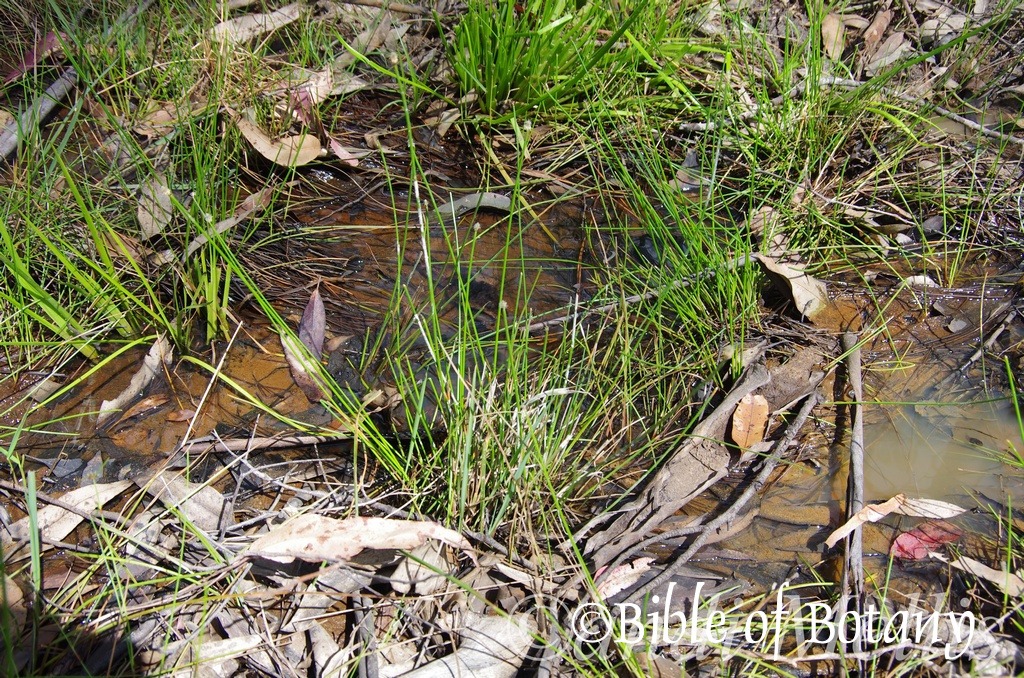
Ramournie National Park NSW
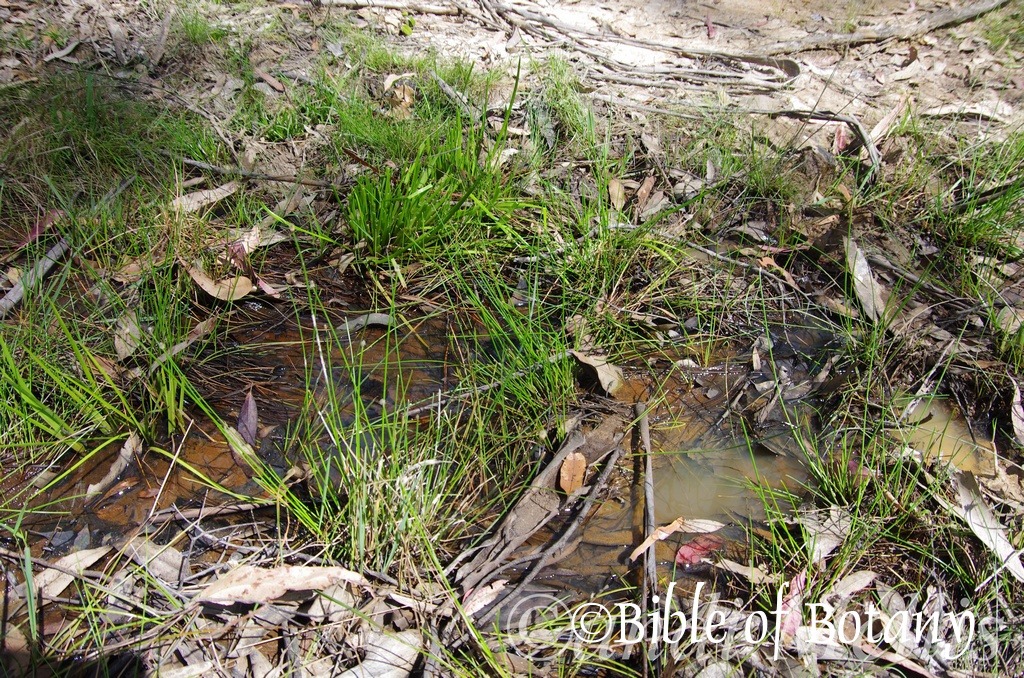
Ramournie National Park NSW
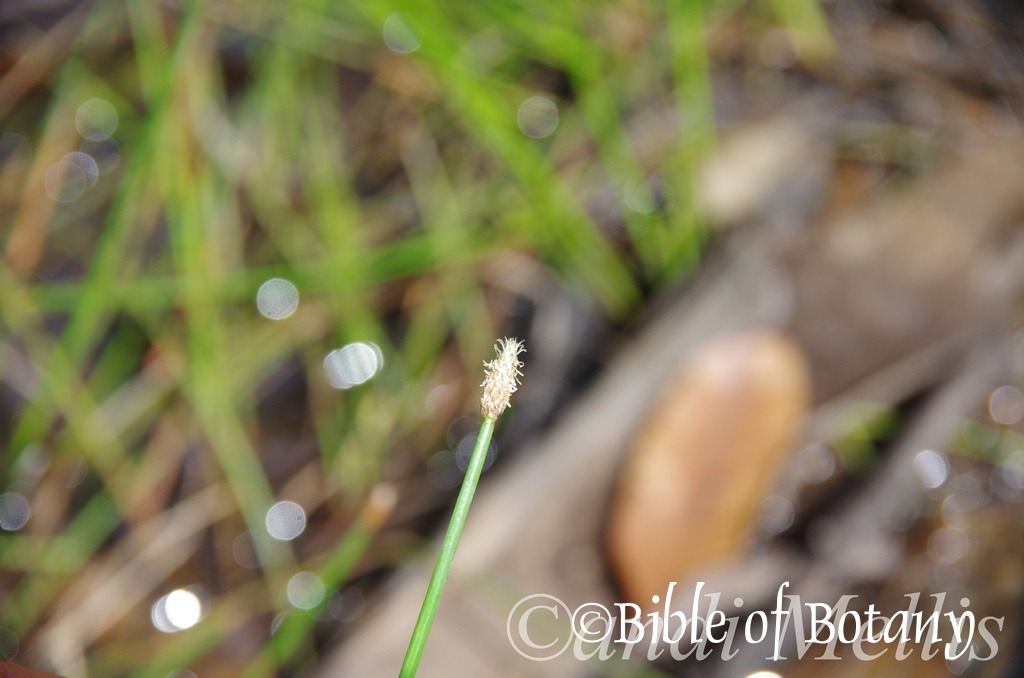
Ramournie National Park NSW
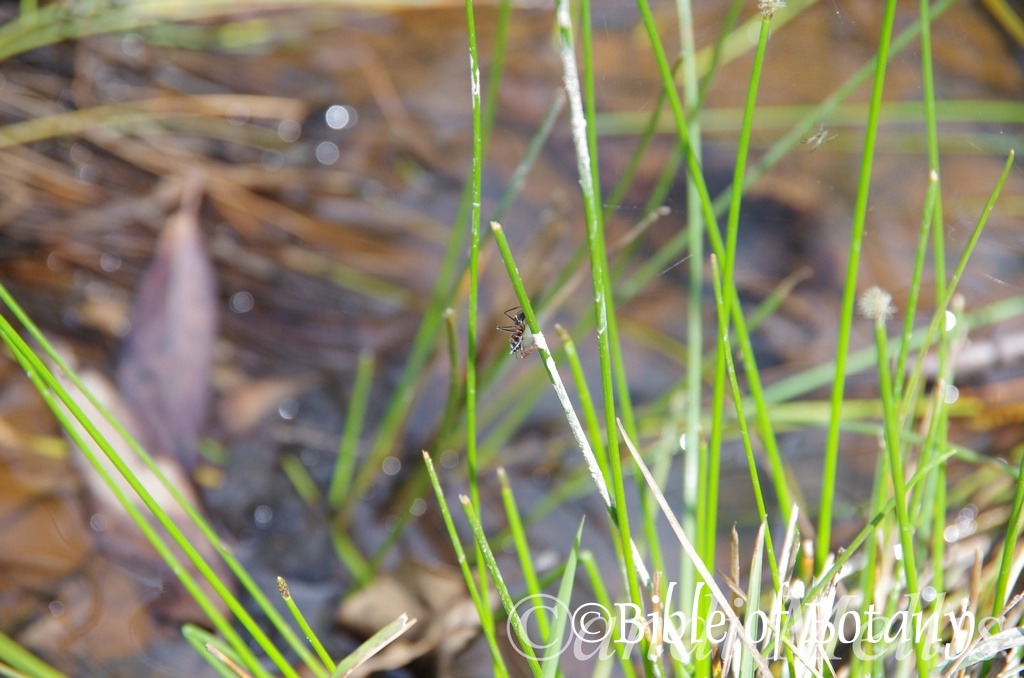
Ramournie National Park NSW
xxxxxxxxxxxxxxxxxxxxxxxxxxxxxxxxxxxxxxxxxxxxxxEleocharis gracilis
Classification
Unranked: Monocots
Unranked: Commelinids
Order: Poales
Family: Cyperaceae
Subfamily: Cyperoideae
Tribe: Eleocharideae
Genus: From Elios, which is Ancient Greek for marshy and Kharis, which is Ancient Greek for elegantly beautiful or graceful. It refers to the overall appearance of wallum plants, which are delightfully beautiful.
Specie: From Gracilis, which Latin is for slender and graceful and Us, which is Greek/Latin for the degree. It refers to plants, which are the more graceful and have more slender stems than other species in the genus.
Sub species:
Common Name:
Distribution:
Eleocharis gracilis is found in disjunct populations south from near Gatton in south east Queensland to west of mount Gambier in south eastern South Australia. It is also found south from Fern Tree Reserve west of Eden to Cape Jarvis and Kangaroo Island in southern South Australia.
It is also found throughout Tasmania.
In New Zealand it is found on both the north and south Islands and the Chatham Islands to the east.
It is found on and east of the Great Dividing Range to the coast and on the western slopes as far as Katappa and Wagga Wagga.
https://avh.ala.org.au/occurrences/search?taxa=Eleocharis+gracilis#tab_mapView
Habitat Aspect Climate:
Eleocharis gracilis prefers full sun to light dappled shade. It grows in shallow depressions in open dry Eucalyptus forests, open dry woodlands on flat plains, river banks, creeks, billabongs, lagoons and depressions which are subject to seasonal flooding or where permanent water exists which includes coastal sandy heaths. The altitude ranges from 5 meters ASL to around 900? meters ASL.
The temperatures range from minus 6 degrees in August to 36 degrees in January.
The rainfall ranges from lows of 800mm to 1600mm average per annum.
Soil Requirements:
Eleocharis gracilis prefers sandy loams, light gritty clays to medium clays. The soils are derived from decomposed brown basalt, black basalt, sandstone, granites, alluvial deposits or accumulated peaty beach sands. The soils pH ranges from 4.5pH to 6pH. It tolerates water logged soils and is often associated with seasonal inundations swamps and rising water tables. Non saline soils to moderately saline soils are tolerated.
Height & Spread:
Wild Plants: 0.15m to 0.5m by 0.3m to 1m
Characteristics:
Eleocharis gracilis grows as a slender perennial with short creeping rhizome. The tufted or solitary culms are terete to slightly flattened and often grooved.
The inflorescences are ovoidal spikes at the apex of the culms. The spikes measure 4mm to 5.5mm in length by 3.5mm to 4mm in diameter.
The ovoid to oblong spikelets are tightly packed and regularly arranged along the apex of the spike and measure 5mm to 12mm in length by 2mm to 4mm in diameter.
The obtuse to acute glumes have obtusely keeled sides are membranous and measure 3.3mm to 3.6mm in length. The hyaline glumes are pale green often tinged in pale reddish-brown especially along the keel. The 5 or 6 flattened, pale brown bristles are finely and retrorsely toothed, usually exceeding the style base but sometimes only as long as nut.
There are 3 white filaments on each spikelet, with the anthers measuring 1mm to 2.2mm in length.
The trifid style measure 1mm to 2.2mm in length. The flowers appear from early September to mid February.
The fruits are equally trigonous nuts with acute or obovoidal angles. The nuts measure 1mm to 1.5mm in length by 0.8mm to 1mm in diameter. The semi glossy, pale golden-brown nuts turn glossy black when ripe. The persistent style base is a third to half as long as and half to two-thirds as broad as nut.
Wildlife:
Eleocharis gracilis’s culms are used by many water birds as nesting material and amphibians, fish or insects as safe habitats
Cultivation:
It is not known as to the value of Eleocharis gracilis as a fodder crop. The leaves and stems are eaten along with other pasture crops when growing in the pasture to the extent it maybe be eliminated from the pastures. It is not known whether cattle and sheep seek it out, good pasture management is too competitive or whether the foraging animals favour it. It has a rapid growth rate from mid-spring after the spring rains to late autumn. It may recover well from moderate grazing and is best managed by allowing a free period between grazing.
It is classified as a weed by gardeners without considering its potential in a small wet rockery or bog garden. It has good potential as a dwarf landscaping rush in small gardens. It recovers quickly when cut back to ground level.
In cultivation it can be grown on most types of sandy loams, fatty sands and peaty sands or skeletal soils over rock. It requires full sun for best results with added compost, moisture or native fertilizer once a year to sustain maximum colour and vigour. High nitrogenous fertilizers will reduce the strength of the culms resulting in them being easily bent which is displeasing to the eye.
In cultivation the plants usually grow from 400mm to 500mm in height by 200mm to 250mm in diameter. It is very striking in informal beds or along walls beside swimming pools, small moist rockeries or bog gardens. In bog gardens, swamps and heaths it can easily become the centre of attraction giving depth and breadth to the garden especially if all the other plants are smaller with clump or horizontal growth habits. To be the centre of attraction plants need to be more thinly planted than in the traditional heath garden otherwise the thin vertical culms will be overpowered by the larger leaves.
Bog gardens can be made with a minimum of 6 square meters plus the area for a pond. A large area with sandy clay to medium clay base can be used. If the soil is heavy clay then add some washed salt free course sand to the whole area and turn it over to a depth of 300mm. The sand may sound like an expensive additive but will be worth it in the long term. First mark out the area required. Secondly dig the area out, down to a depth of around 300 mm in depth at the center with shallower areas near the sides. Lay the black plastic down using 2 or 3 layers. Now taper the sides up so that the edges are about 100mm to 150mm above the center section. Ensure that there is a drainage point on the lower side of the plain so that when the water fills up it will flow out and away along the natural drainage line. Doing this will act like a natural wallum where water will collect in times of rain below the surface to a depth of 100mm to 150mm. Use a nail or screw driver make several holes in the bottom of the plastic so that the water drains out slowly over a period of time otherwise they can become rancid after several years. Similar to what occurs naturally in a small shallow dam or depression.
Ensure the sides are 50mm to 100mm above the surrounding land to minimize mulch entering the bog area and pond. Place the edge of the plastic over the rise around the edges and use rocks to securely fasten the plastic. Directing a small amount of the roof water from the house will save water and watering. Gravel mulches can be used safely on the surface of the bog area.
If a pond is wanted it can be made inexpensively by performing the earth following the above steps. Allow the pond to have a variable depth from 150mm to 400mm in depth with your desired shape.
Now pack the earth down on the bottom and the sides. Make sure there are no sharp objects like stones or sticks poking through. Place good quality thick black plastic down along the bottom and up the sides making sure that the plastic sits flat and up the sides over hanging the top by at least 300mm. Lay a second and if necessary a third sheet over the top in the same manner. Place a pipe at the low spot so that rain water will drain out into your bog garden or wallum. Make sure that the pipe is below the level of the wallum ground and it is large enough to drain the water.
5 square meters needs a 32mm water pipe.
12 square meters will need a 50mm water pipe.
50 square meter pond will need 100mm pipe.
180 square meters will need 4 by 100mm water pipes or 1 by 200mm pipe.
Place rocks around the edge on the black plastic.
Fill the pond with water.
Plant the small shrubs and herbs.
Leave the surrounding ground bare to enhance the plants.
All the small carnivorous plants of the Drosera genus and Cephalotus follicularis as well as Mazus pumilio, Goodenia glabra or Lobelia andrewsii will give the desired effect and look very spectacular on a small or medium scale.
Propagation:
Seeds: Eleocharis gracilis seeds can be sown directly into a seed raising mix. Cover the seeds with 2mm to 5mm of the mix. Place the tray or pot with the seeds into another tray and fill the lower tray with water. Place the trays in a warm position under 20% or 30% shade. When the seedlings reach 20mm to 40mm tall, prick them out and plant them into 50mm native tubes using a seed raising mix. Place the 50mm native tubes into a tray of water and return them to the bush house.
Once the seedlings reach 150mm to 200mm in height plant them out into their permanent position. Mass plantings can be achieved by planting them at a minimum of 0.8 meters to 1 meter centers.
Division: Water the plants well a day or 2 before the operation is to be done if the plants are growing out of water. Avoid very hot weather. Cut around the clump and out on one side so that the shovel can be placed under the root ball. (Or remove it from its pot.)
Remove the plant from the soil. Cut it into 3 or 4 equal parts, first down the middle then halve those sections again ensuring that each section has some roots and, rhizome and culms or shoots. The rhizomes should have at least several eyes or growing shoots. Remove unwanted dead leaves and any old small sections that look weak or dead. Plants can be divided further but ensure each division has a several strong shoots and healthy roots attached to the tuff. Replant or pot ensuring the soil is at the same level as before. Water and fertilize with a half strength solution of fish emulsion. New shoots will appear within two weeks. Once the potted plants have new shoots and the roots treat them as seedlings.
Fertilize using seaweed, fish emulsion or organic chicken pellets soaked in water on an alternate basis. Fertilize every two months until the plants are established then twice annually in early September or March to maintain health, vitality and better flowering.
Further Comments from Readers:
“Hi reader, it seems you use The Bible of Botany a lot. That’s great as we have great pleasure in bringing it to you! It’s a little awkward for us to ask, but our first aim is to purchase land approximately 1,600 hectares to link several parcels of N.P. into one at The Pinnacles NSW Australia, but we need your help. We’re not salespeople. We’re amateur botanists who have dedicated over 30 years to saving the environment in a practical way. We depend on donations to reach our goal. If you donate just $5, the price of your coffee this Sunday, We can help to keep the planet alive in a real way and continue to bring you regular updates and features on Australian plants all in one Botanical Bible. Any support is greatly appreciated. Thank you.”
In the spirit of reconciliation, we acknowledge the Bundjalung, Gumbaynggirr and Yaegl and all aboriginal nations throughout Australia and their connections to land, sea and community. We pay our respect to their Elders past, present and future for the pleasures we have gained.
Eleocharis philippinensis
Classification
Unranked: Monocots
Unranked: Commelinids
Order: Poales
Family: Cyperaceae
Subfamily: Cyperoideae
Tribe: Eleocharideae
Genus: From Elios, which is Ancient Greek for marshy and Kharis, which is Ancient Greek for elegantly beautiful or graceful. It refers to the overall appearance of wallum plants, which are delightfully beautiful.
Specie: From Philippines, which is Latin for the Philippine Islands and Anum/Ensis, which is Latin for to originate from. It refers to plants, which were first discovered from the Philippines.
Sub species:
Common Name:
Distribution:
Eleocharis philippinensis is found south from Laura Station near Cape Grafton on Cape York Peninsula in far north Queensland to South West Rocks and Kempsey in coastal northern New South Wales. It is mainly found on the Western Slopes on and east of the Great Dividing Range. There are several isolated populations including north of Burketown to Lawn Hill, Murra River paddock swamp and Meweh in far western Queensland.
It is also found in Purnululu, in the northern Kymberley and the northern section of the Tunnel Creek National Park in north western, Western Australia.
It is also found from Thailand, Vietnam, India, China, Malaysia, Phillipines, Indonesia, New Guinee, new caladonia and many of the Pacific islands.
https://avh.ala.org.au/occurrences/search?taxa=Eleocharis+philippinensis#tab_mapView
Habitat Aspect Climate:
Eleocharis philippinensis prefers full sun to light dappled shade. It grows in shallow depressions in open dry Eucalyptus forests, open dry woodlands on flat plains, rivers, creeks, billabongs, lagoons and depressions which are subject to seasonal flooding or where permanent water exists which includes coastal sandy heaths. The altitude ranges from 5 meters ASL to around 850 meters ASL.
The temperatures range from minus 3 degrees in August to 40 degrees in January.
The rainfall ranges from lows of 550mm to 2800mm average per annum.
Soil Requirements:
Eleocharis philippinensis prefer sandy loams, light gritty clays to medium clays. The soils are derived from decomposed brown basalt, black basalt, shale, metamorphic rocks, sandstone, granite or alluvial deposits. The soils pH ranges from 4.5pH to 6.5pH. It tolerates waterlogged soils and is often associated with seasonal inundations swamps and rising water tables. Non saline soils to moderately saline soils are tolerated.
Height & Spread:
Wild Plants: 0.2m to 0.5m by 0.1m to 0.15m
Characteristics:
Eleocharis philippinensis grows as a perennial rush with erect tufted culms. The culms are acutely and unequally 4 or 5 angled and not transversely septate. The culms usually measure 250mm to 500mm in height by 1.5mm to 2.1mm in diameter. The culms are sea-green and glabrous. The rhizomes are covered in reddish-brown chartaceous scales.
The leaves are reduced to pale brown to fawn sheath that surrounds the lower 20mm to 30mm of the culm. There is a single oblique sea-green lobe directly beneath the spike.
The inflorescences are narrow cylindrical spikes at the apex of the culms. The spikes measure 20mm to 60mm in length by 2.2mm to 3.2mm in diameter.
The spikelets are tight and regularly arranged along the spike. The spikelets measure 1mm to 1.4mm in length.
The glumes are arranged spirally on the spike, are oblong with an obtuse apex and measure 4mm to 4.5mm in length. The glumes are pastel green with a deeper green keel. The keel is many nerved and has narrow hyaline margins which measure 2mm to 2.5mm in width coloured often tinged reddish-brown especially along the margins. The 6 or 7 bristles are shortly retrorsely scabrous. The bristles usually measure 0.7mm to 2mm in length.
There are 3 white filiform filaments on each spikelet measure 0.6mm to 1.2mm in length. The pale yellow anthers measure 0.7mm to 1.8mm in length.
The white, bifid or trifid, feathery styles measure 2mm to 3mm in length. The flowers appear from late September to January.
The fruits are ovoidal but slightly narrowed at the neck trigonous nuts. The nuts are turgidly biconvex and faintly ribbed. The nut measures 1.5mm to 1.7mm in length by 1.2mm to 1.6mm in width. The glossy, green nuts turn glossy light honey coloured to glossy deep brown when ripe. The isodiametric external cells are in 15 to 20 vertical rows. The style base usually measures 1mm to 1.3mm in length.
Wildlife:
Eleocharis philippinensis‘s culms are used by many water birds as nesting material. The Black Swan (Cygnus atratus) and the Long Legged Stilt (Himantopus leucocephalus) are but 2 examples. The seeds are eaten by water birds and probably swamp inhabiting finches.
Cultivation:
It is not known as to the value of Eleocharis philippinensis as a fodder crop. The leaves and stems are eaten along with other pasture crops when growing in the pasture to the extent it will soon be eliminated from the pastures. It is not known whether cattle and sheep seek it out, good pasture management is too competitive or whether the foraging animals favour it. It has a rapid growth rate from mid-spring after the spring rains to late autumn. It recovers well from moderate grazing and is best managed by allowing a free period between grazing.
Eleocharis philippinensis is classified as a weed by gardeners without considering its potential in a small wet rockery or bog garden. It gives good quantities of trash for mulch but like many swamp plants is slow to break down in the compost heap. It has good potential as a landscaping rush in small gardens. It recovers quickly when cut back to ground level.
In cultivation it can be grown on most types of soil even heavy clay with a skeletal covering of sand. It requires full sun for best results with added compost, moisture or native fertilizer once a year to sustain maximum colour and vigour. High nitrogenous fertilizers will reduce the strength of the culms resulting in them being easily bent which is displeasing to the eye.
In cultivation the plants usually grow from 250mm to 450mm in height by 100mm to 150mm in diameter. It is a very striking in informal beds along walls beside swimming pools, small moist rockeries or bog gardens. In a bog gardens, swamps and heaths it can easily become the centre of attraction giving depth and breadth to the garden especially if all the other plants are smaller with clump or horizontal growth habits. To be the centre of attraction plants needs to be more thinly planted than in the traditional heath garden otherwise the thin vertical culms will be overpowered by the larger leaves.
Bog gardens can be made with a minimum of 6 square meters plus the area for a pond. A large area with sandy clay to medium clay base can be used. If the soil is heavy clay then add some washed salt free course sand to the whole area and turn it over to a depth of 300mm. The sand may sound like an expensive additive but will be worth it in the long term. First mark out the area required. Secondly dig the area out, down to a depth of around 300 mm in depth at the center with shallower areas near the sides. Lay the black plastic down using 2 or 3 layers. Now taper the sides up so that the edges are about 100mm to 150mm above the center section. Ensure that there is a drainage point on the lower side of the plain so that when the water fills up it will flow out and away along the natural drainage line. Doing this will act like a natural wallum where water will collect in times of rain below the surface to a depth of 100mm to 150mm. Use a nail or screw driver make several holes in the bottom of the plastic so that the water drains out slowly over a period of time otherwise they can become rancid after several years. Similar to what occurs naturally in a small shallow dam or depression.
Ensure the sides are 50mm to 100mm above the surrounding land to minimize mulch entering the bog area and pond. Place the edge of the plastic over the rise around the edges and use rocks to securely fasten the plastic. Directing a small amount of the roof water from the house will save water and watering. Gravel mulches can be used safely on the surface of the bog area.
If a pond is wanted they can be made inexpensively by performing the earth d following the above steps. Allow the pond to have a variable depth from 150mm to 400mm in depth with your desired shape.
Now pack the earth down on the bottom and the sides. Make sure there are no sharp objects like stones or sticks poking through. Place good quality thick black plastic down along the bottom and up the sides making sure that the plastic sits flat and up the sides over hanging the top by at least 300mm. Lay a second and if necessary a third sheet over the top in the same manner. Place a pipe at the low spot so that rain water will drain out into your bog garden or wallum. Make sure that the pipe is below the level of the wallum ground and it is large enough to drain the water.
5 square meters needs a 32mm water pipe.
12 square meters will need a 50mm water pipe.
50 square meter pond will need 100mm pipe.
180 square meters will need 4 by 100mm water pipes or 1 by 200mm pipe.
Place rocks around the edge on the black plastic.
Fill the pond with water.
Plant the small shrubs and herbs.
Cover the surrounding ground with your favourite mulch.
All the carnivorous plants as well as Mazus pumilio, Scaevola aemula, Goodenia grandiflora, Goodenia glabra, Lobelia anceps, Lobelia andrewsii, Lobelia membranacea or Lobelia trigonocaulis will give the desired effect and look very spectacular on a small or large scale.
Propagation:
Seeds: Eleocharis philippinensis seeds can be sown directly into a seed raising mix. Cover the seeds with 2mm to 5mm of the mix. Place the tray or pot with the seeds into another tray and fill the lower tray with water. Place the trays in a warm position under 20mm or 30mm shade. When the seedlings reach 20mm to 40mm tall, prick them out and plant them into 50mm native tubes using a seed raising mix. Place the 50mm native tubes into a tray of water and return them to the bush house.
Once the seedlings reach 100mm to 150mm in height plant them out into their permanent position. Mass plantings can be achieved by planting them at a minimum of 0.8 meters to 1 meter centers.
Division: Water the plants well a day or 2 before the operation is to be done if it is growing out of water. Avoid very hot weather. Cut around the clump and out on one side so that the shovel can be placed under the root ball. (Or remove it from its pot.)
Remove the plant from the soil. Cut it into 3 or 4 equal parts, first down the middle then halve those sections again ensuring that each section has some roots and, rhizome and culms or shoots. The rhizomes should have at least several eyes or growing shoots. Remove unwanted dead leaves and any old small sections that look weak or dead. Plants can be divided further but ensure each division has a several strong shoots and healthy roots attached to the tuff. Replant or pot ensuring the soil is at the same level as before. Water and fertilize with a half strength solution of fish emulsion. New shoots will appear within two weeks. Once the potted plants have new shoots and the roots treat them as seedlings.
Fertilize using seaweed, fish emulsion or organic chicken pellets soaked in water on an alternate basis. Fertilize every two months until the plants are established then twice annually in early September or March to maintain health, vitality and better flowering.
Further Comments from Readers:
Hi reader, it seems you use The Bible of Botany a lot. That’s great as we have great pleasure in bringing it to you! It’s a little awkward for us to ask, but our first aim is to purchase land approximately 1,600 hectares to link several parcels of N.P. into one at The Pinnacles NSW Australia, but we need your help. We’re not salespeople. We’re amateur botanists who have dedicated over 30 years to saving the environment in a practical way. We depend on donations to reach our goal. If you donate just $5, the price of your coffee this Sunday, We can help to keep the planet alive in a real way and continue to bring you regular updates and features on Australian plants all in one Botanical Bible. Any support is greatly appreciated. Thank you.
In the spirit of reconciliation we acknowledge the Bundjalung, Gumbaynggirr and Yaegl and all aboriginal nations throughout Australia and their connections to land, sea and community. We pay our respect to their Elders past, present and future for the pleasures we have gained.
Eleocharis pusilla
Classification
Unranked: Monocots
Unranked: Commelinids
Order: Poales
Family: Cyperaceae
Subfamily: Cyperoideae
Tribe: Eleocharideae
Genus: From Elios, which is Ancient Greek for marshy and Kharis, which is Ancient Greek for elegantly beautiful or graceful. It refers to the overall appearance of wallum plants, which are delightfully beautiful.
Specie: From Pusilla, which is Latin for insignificant or weak. It refers to this species, which is insignificant compared to other species in the genus.
Sub species:
Common Name:
Distribution:
Eleocharis pusilla is a widespread specie found in the southern half of the continent east from Wiluna to Yelma station in the east and south to Cape Arid National Park in Western Australia.
In central Australia it is found south from Watarka National Park in the south of the Northern Territory to east of Mintabie in the north to Ingomar claypans and Zachara Dam in center and from Hope Valley Reserve in central South Australia.
It is also found from Murray Bridge, along the Murray River to east of the middle and upper Darling River catchments to Charleville and across to Brisbane in central and eastern Queensland. In the east it is found south of Brisbane through the eastern two thirds of New South Wale and most of Victoria except the high country to the Narocoorta Coastal Plains.
It is also found on Flinders Island in Bass Strait and on the eastern half of Tasmania. There is an isolated population north east of Strahan on Tasmania’s west coast.
https://avh.ala.org.au/occurrences/search?taxa=Eleocharis+pusilla#tab_mapView
Habitat Aspect Climate:
Eleocharis pusilla prefers full sun to light dappled shade. It grows in ephemeral pools in moist open forests, dry open woodlands or on flat plains, slow flowing rivers, streams, creeks, billabongs, lagoons or swamps which are subject to seasonal flooding or where permanent water exists throughout the year. The altitude ranges from 5 meters to around 700 meters ASL.
The temperatures range from minus 3 degrees in August to 40 degrees in January.
The rainfall ranges from lows of 400mm to 2800mm average per annum.
Soil Requirements:
Eleocharis pusilla prefers sandy loams, light gritty clays to medium clays. The soils are usually derived from decomposed granites, reddish sandstones or at times brown basalt, black basalt, shale metamorphic rocks or alluvial deposits. The soils pH ranges from 5pH to 6pH. It tolerates waterlogged soils and is often submergent for part or most of the year. Non saline soils to moderately saline soils are tolerated.
Height & Spread:
Wild Plants: 0.15m to 0.25m by 0.1m to 0.15m
Characteristics:
Eleocharis pusilla grows as a perennial rush with semi erect to pendulant, tufted culms. The culms are densely tufted along the slender rhizome. The culms usually measure 20mm to 150mm in height but occasionally grow to 250mm in height by 0.4mm to 0.6mm in diameter. The culms are sea-green and glabrous. The individual culms have transversely septa.
The leaves are reduced to pale brown to fawn sheath that surrounds the lower 10mm to 15mm of the culm.
The inflorescences are ovoidal spikes at the apex of the culms. The spikes measure 2mm to 7mm in length by 2mm to 2.5mm in diameter. The spikelets are tight and regularly arranged along the spike. The spikelets measure 1.8mm to 3mm in length.
The glumes are acute to obtuse and measure 1.6mm to 2.7mm in length. The glumes are deep reddish-brown to almost black. The 0 to 3 bristles are filiform.
There are 3 white filaments on each spikelet measure 1.5mm to 2mm in length. The yellow anthers measure 0.9mm to 1.6mm in length.
The white trifid, feathery styles measure 1mm to 1.8mm in length. The flowers appear from late August to February.
The fruits are narrow ovoidal, trigonous nuts with very small necks. Each face has 3 or 4 faint longitudinal ribs. The nuts measure 0.7mm to 1.1mm in length by 0.4mm to 0.6mm in diameter. The glossy, green nuts turn pale, glossy golden-brown when ripe. The external cells are minute. The style base is very small, over laps the apex of the nut and usually measures 0.2mm to 0.3mm in length by 1.5mm to 0.3mm in width.
Wildlife:
Eleocharis pusilla‘s culms are used by many small water birds as nesting material and nesting and habitats for many amphibiums, insects and fish.
Cultivation:
It is not known as to the value of Eleocharis pusilla as a fodder crop. The leaves and stems are eaten along with other pasture crops when growing in the pasture to the extent it will soon be eliminated from the pastures. It is not known whether cattle and sheep seek it out, good pasture management is too competitive or whether the foraging animals favour it. It has a rapid growth rate from mid-spring after the spring rains to late autumn. It recovers well from moderate grazing and is best managed by allowing a free period between grazing.
It is classified as a weed by gardeners without considering its potential in a small wet rockery or bog garden. It gives good quantities of trash for mulch but like many swamp plants is slow to break down in the compost heap. It has good potential as a landscaping rush in small gardens. It recovers quickly when cut back to ground level.
In cultivation it can be grown on most types of soil even heavy clay with a skeletal covering of sand. It requires full sun for best results with added compost, moisture or native fertilizer once a year to sustain maximum colour and vigour. High nitrogenous fertilizers will reduce the strength of the culms resulting in them being easily bent which is displeasing to the eye.
In cultivation the plants usually grow from 50mm to 200mm in height by 80mm to 120mm in diameter. It is a very striking in informal beds along walls beside swimming pools, small moist rockeries or bog gardens. In a bog gardens, swamps and heaths it can easily become the centre of attraction giving depth and breadth to the garden especially if all the other plants are smaller with clump or horizontal growth habits. To be the centre of attraction plants needs to be more thinly planted than in the traditional heath garden otherwise the thin vertical culms will be overpowered by the larger leaves.
Because of Eleocharis pusilla size it makes an excellent small pond plant and aquarium plant provided strong light is provided.
Bog gardens can be made with a minimum of 6 square meters plus the area for a pond. A large area with sandy clay to medium clay base can be used. If the soil is heavy clay then add some washed salt free course sand to the whole area and turn it over to a depth of 300mm. The sand may sound like an expensive additive but will be worth it in the long term. First mark out the area required. Secondly dig the area out, down to a depth of around 300 mm in depth at the center with shallower areas near the sides. Lay the black plastic down using 2 or 3 layers. Now taper the sides up so that the edges are about 100mm to 150mm above the center section. Ensure that there is a drainage point on the lower side of the plain so that when the water fills up it will flow out and away along the natural drainage line. Doing this will act like a natural wallum where water will collect in times of rain below the surface to a depth of 100mm to 150mm. Use a nail or screw driver make several holes in the bottom of the plastic so that the water drains out slowly over a period of time otherwise they can become rancid after several years. Similar to what occurs naturally in a small shallow dam or depression.
Ensure the sides are 50mm to 100mm above the surrounding land to minimize mulch entering the bog area and pond. Place the edge of the plastic over the rise around the edges and use rocks to securely fasten the plastic. Directing a small amount of the roof water from the house will save water and watering. Gravel mulches can be used safely on the surface of the bog area.
If a pond is wanted they can be made inexpensively by performing the earth following the above steps. Allow the pond to have a variable depth from 150mm to 400mm in depth with your desired shape.
Now pack the earth down on the bottom and the sides. Make sure there are no sharp objects like stones or sticks poking through. Place good quality thick black plastic down along the bottom and up the sides making sure that the plastic sits flat and up the sides over hanging the top by at least 300mm. Lay a second and if necessary a third sheet over the top in the same manner. Place a pipe at the low spot so that rain water will drain out into your bog garden or wallum. Make sure that the pipe is below the level of the wallum ground and it is large enough to drain the water.
5 square meters needs a 32mm water pipe.
12 square meters will need a 50mm water pipe.
50 square meter pond will need 100mm pipe.
180 square meters will need 4 by 100mm water pipes or 1 by 200mm pipe.
Place rocks around the edge on the black plastic.
Fill the pond with water.
Plant the small shrubs and herbs.
Cover the surrounding ground with your favourite mulch.
All the carnivorous plants as well as Mazus pumilio, Scaevola aemula, Goodenia grandiflora, Goodenia glabra, Lobelia anceps, Lobelia andrewsii, Lobelia membranacea or Lobelia trigonocaulis will give the desired effect and look very spectacular on a small or large scale.
There is a dwarf form of Eleocharis pusilla grown for the aquarium trade in China that forms dense clumps and spreads with short rhizomes close to the parent plant. It is the most beautiful aquarium plant I have seen especially when mass planted to cover the whole of tank. It is ideal as a foreground or background plant in large and small aquariums. It grows 60mm to 150mm by 70mm to 120mm in diameter.
Locals inform me that the indoor light tolerances are low to very high and tried to sell me a grow tube. The plants grew exceptionally well on a north facing window sill. (Northern hemishere) It is known as Sill Grass here in Chong Qing.
It tolerates water temperatures of 4 degrees in winter without discolouration and heated tanks to 24 degrees.
It grows in both soft and hard water ranges of 5.2pH to 8pH making it truly easy and remarkable for the beginner. The growth rate is stated as fast however I found the while individual plants grew quickly it was slow at reproducing new offset rhizomes.
In vitro plants are about 50mm more expensive but (in a test tube) cultured under sterile conditions, free from algae, snails and pests. This maybe a consideration for a quick set up against the do it yourself quarantine time. My plants came with a free set of unidentified water snails that seemed to take for ever to irradiate.
P.S I do not have fish as over the years my tanks have become a death chamber for the little critters so we stick to plants.
Propagation:
Seeds: Eleocharis pusilla seeds can be sown directly into a seed raising mix. Cover the seeds with 2mm to 5mm of the mix. Place the tray or pot with the seeds into another tray and fill the lower tray with water. Place the trays in a warm position under 20mm or 30mm shade. When the seedlings reach 20mm to 40mm tall, prick them out and plant them into 50mm native tubes using a seed raising mix. Place the 50mm native tubes into a tray of water and return them to the bush house. For aquarium culture use 25mm tubes.
Once the seedlings reach 150mm to 200mm in height plant them out into their permanent position. Mass plantings can be achieved by planting them at a minimum of 0.3 meters to 0.6 meter centers.
Division: Water the plants well a day or 2 before the operation is to be done. Avoid very hot weather. Cut around the clump and out on one side so that the shovel can be placed under the root ball. (Or remove it from its pot.)
Remove the plant from the soil. Cut it into 3 or 4 equal parts, first down the middle then halve those sections again ensuring that each section has some roots and, rhizome and culms or shoots. The rhizomes should have at least several eyes or growing shoots. Remove unwanted dead leaves and any old small sections that look weak or dead. Plants can be divided further but ensure each division has a several strong shoots and healthy roots attached to the tuff. Replant or pot ensuring the soil is at the same level as before. Water and fertilize with a half strength solution of fish emulsion. New shoots will appear within two weeks. Once the potted plants have new shoots and the roots treat them as seedlings.
Fertilize using seaweed, fish emulsion or organic chicken pellets soaked in water on an alternate basis. Fertilize every two months until the plants are established then twice annually in early September or March to maintain health, vitality and better flowering.
Further Comments from Readers:
Hi reader, it seems you use The Bible of Botany a lot. That’s great as we have great pleasure in bringing it to you! It’s a little awkward for us to ask, but our first aim is to purchase land approximately 1,600 hectares to link several parcels of N.P. into one at The Pinnacles NSW Australia, but we need your help. We’re not salespeople. We’re amateur botanists who have dedicated over 30 years to saving the environment in a practical way. We depend on donations to reach our goal. If you donate just $5, the price of your coffee this Sunday, We can help to keep the planet alive in a real way and continue to bring you regular updates and features on Australian plants all in one Botanical Bible. Any support is greatly appreciated. Thank you.
In the spirit of reconciliation we acknowledge the Bundjalung, Gumbaynggirr and Yaegl and all aboriginal nations throughout Australia and their connections to land, sea and community. We pay our respect to their Elders past, present and future for the pleasures we have gained.
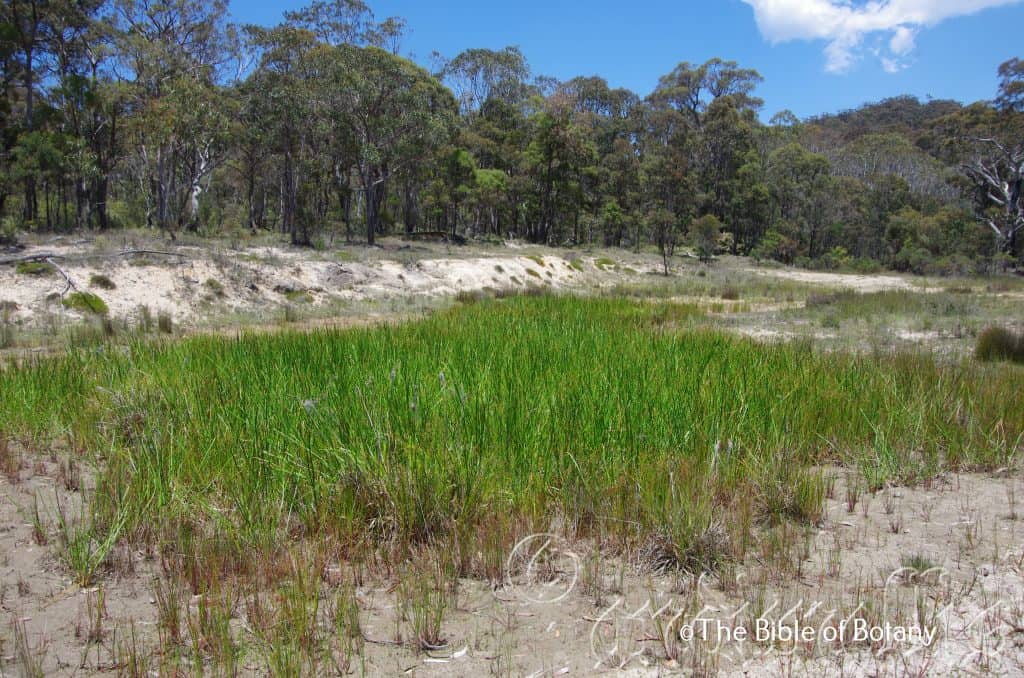
Ebor NSW
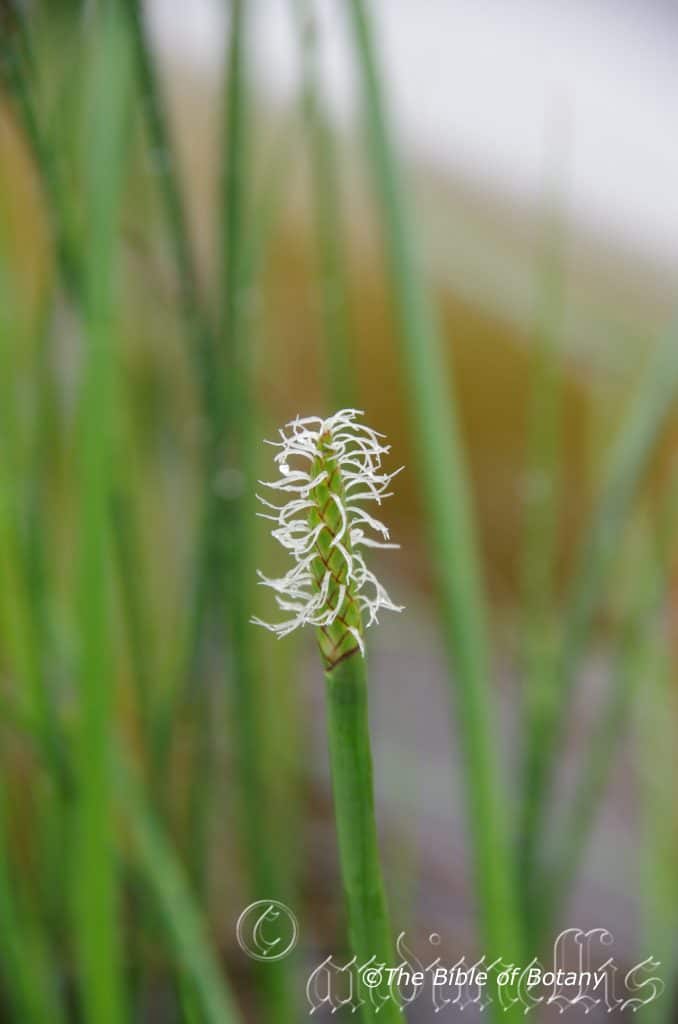
Ebor NSW
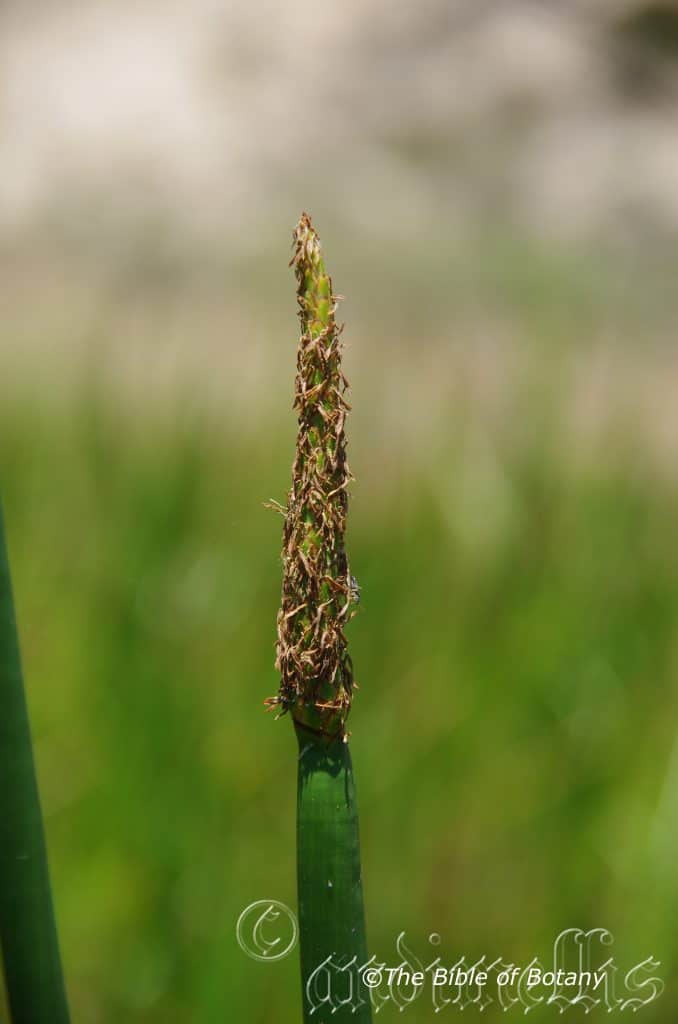
Ebor NSW
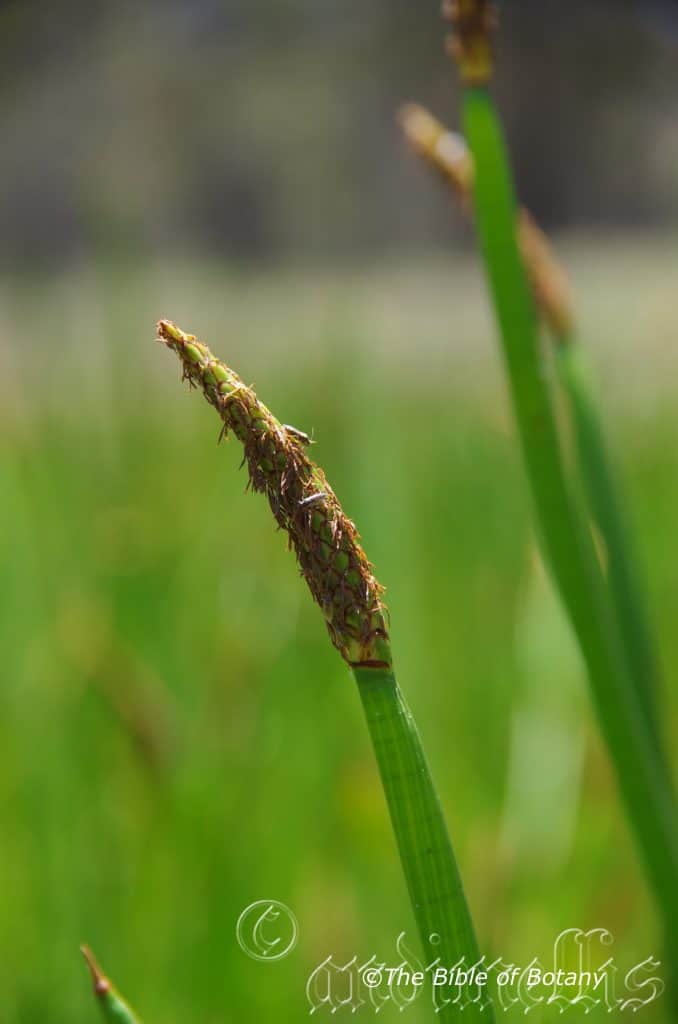
Ebor NSW
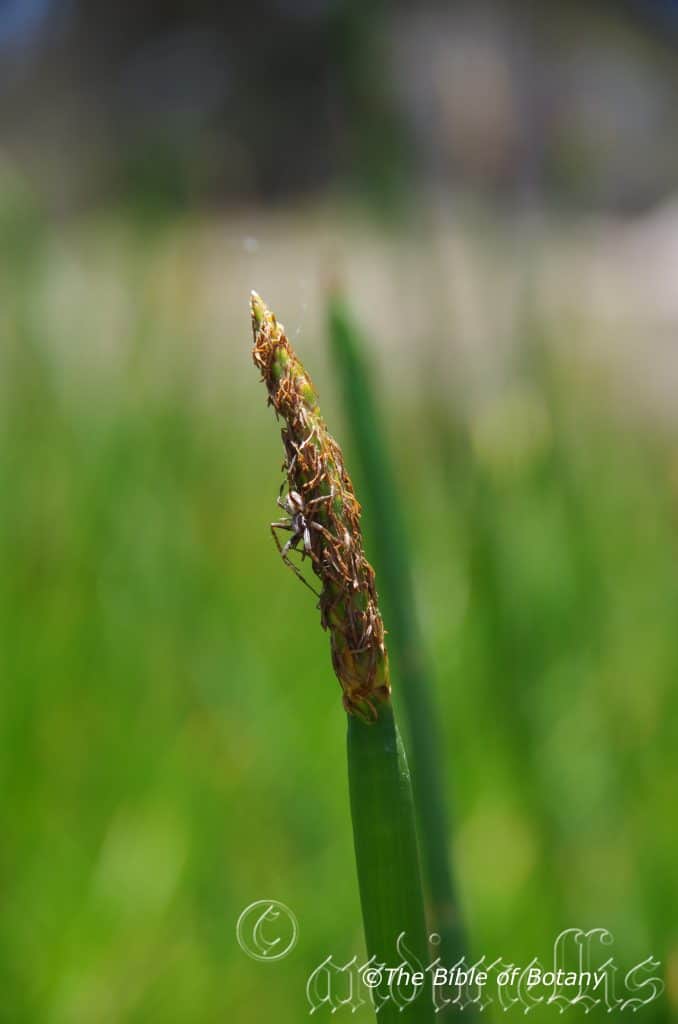
Ebor NSW
Eleocharis sphacelata
Classification
Unranked: Monocots
Unranked: Commelinids
Order: Poales
Family: Cyperaceae
Subfamily: Cyperoideae
Tribe: Eleocharideae
Genus: From Elios, which is Ancient Greek for marshy and Kharis, which is Ancient Greek for elegantly beautiful or graceful. It refers to the overall appearance of wallum plants, which are delightfully beautiful.
Specie: From Sphacelata, which is Latin for appearing to be dead. It refers to the plants, which appear to be dead on the surface but spring back into life when it rains or always looking half dead.
Sub species:
Common Name:
Distribution:
Eleocharis sphacelata is found north of a line from the Kimberley Coast in north west Western Australia to Parakeelya Swamp, 50km south west of the Nathan River in the north eastern Northern Territory. There a few isolated populations further south on the Swan River delta, and along the coast from the D’entrecasteaux National Park, Katunilup National Park to near Esperance and Cape De Grand National Park.
It is also found east and south from Mungkan Kandju National Park on Cape York Peninsula to McKinnon Creek and Keetah Bridge on the Dumaresq River in New South Wales. It is found on the Western Slopes, on and east of the Great Dividing Range through to Mount Gambier in South Australia.
In South Australia it is found in an isolated population on the Flinders Ranges National Park.
It is found on the Bass Strait Islands including King Island and Flinders Island and scattered throughout Tasmania.
https://avh.ala.org.au/occurrences/search?taxa=Eleocharis+sphacelata#tab_mapView
Habitat Aspect Climate:
Eleocharis sphacelata prefers full sun to light dappled shade. It grows in depressions in dry open forests and dry open woodlands on flat plains, rivers, creeks, billabongs, lagoons and depressions which are subject to seasonal flooding or where permanent water exists. The altitude ranges from near sea level to around 950 meters ASL.
The temperatures range from minus 3 degrees in August to 40 degrees in January.
The rainfall ranges from lows of 400mm to 2800mm average per annum.
Soil Requirements:
Eleocharis sphacelata prefers sandy loams, light gritty clays to medium clays. The soils are usually derived from decomposed sandstones, granites, alluvial deposits, accumulated sands or at times from decomposed brown basalt, black basalt, shale or metamorphic rocks. The soils pH ranges from 4.5pH to 6pH. It tolerates waterlogged soils and is often associated with seasonal inundations in swamps and rising water tables. Non saline soils to moderately saline soils are tolerated.
Height & Spread:
Wild Plants: 0.85m to 1.5m by 0.7m to 1m
Characteristics:
Eleocharis sphacelata grows as a perennial rush with erect, terete, tufted culms. The culms usually measure 850mm to 1200mm in height but have been recorded to grow to 5 meters in height when growing in deep water. (www.plantnet.rbgsyd.nsw.gov.au) The culms measure by 4mm to 12mm in diameter. The culms are sea-green and glabrous. The individual culms have partial transversely septa which is obvious when dried. The short, stout rhizomes are reddish brown.
The leaves are reduced to reddish-brown sheath that surrounds the lower 20mm to 30mm of the culm. The 3 lower glumes act as culm lobes surrounding the spike. There are 2 rounded-acute, sea-green lobes directly beneath the spike.
The inflorescences are cylindrical spikes at the apex of the culms. The spikes measure 30mm to 50mm in length by 8mm to 9mm in diameter. The spikelets are tight and regularly arranged along the spike. The spikelets measure 2.5mm to 3mm in length.
The glumes are oblong with an acute apex and measure 7mm to 11mm in length. The grass-green glumes are often tinged reddish-brown along the narrow hyaline margins. The glumes midrib is prominent. The 8 to 10 bristles are sparsely, finely and regularly toothed. The bristles usually measure 3mm to 5mm in length.
There are 3 white filaments on each spikelet measure 1.5mm to 2mm in length. The yellow anthers measure 3mm to 5mm in length.
The white, trifid style is covered in fine, short, white puberulent hairs. The style measures 2mm to 3mm in length. The flowers appear from late September to February.
The fruits are ovoidal to globose turgidly biconvex, nuts without ribbed angles. The nut measures 2mm to 2.7mm in length by 1.8mm to 2.5mm in width. The glossy, green nuts turn glossy golden-brown to glossy deep golden-brown when ripe. The external cells are irregularly isodiametric and often elongated vertically in no regular pattern. The style base usually measures 1mm to 1.9mm in length by 1.2mm to 1.6mm in width.
Wildlife:
Eleocharis sphacelata‘s culms are used by many water birds as nesting material. The Black Swan, Cygnus atratus and the Long Legged Stilt, Himantopus leucocephalus have both been observed with nests made entirely from the culms.
Cultivation:
It is not known as to the value of Eleocharis sphacelata as a fodder crop. The leaves and stems are eaten along with other pasture crops when growing in the pasture to the extent it will soon be eliminated from the pastures. It is not known whether cattle and sheep seek it out, good pasture management is too competitive or whether the foraging animals favour it. It has a rapid growth rate from mid-spring after the spring rains to late autumn. It recovers well from moderate grazing and is best managed by allowing a free period between grazing.
It is classified as a weed by gardeners without considering its potential in a small wet rockery or bog garden. It gives good quantities of trash for mulch but like many swamp plants is slow to break down in the compost heap. It has good potential as a landscaping rush in small gardens. It recovers quickly when cut back to ground level.
In cultivation it can be grown on most types of soil even heavy clay with a skeletal covering of sand. It requires full sun for best results with added compost, moisture or native fertilizer once a year to sustain maximum colour and vigour. High nitrogenous fertilizers will reduce the strength of the culms resulting in them being easily bent which is displeasing to the eye.
In cultivation the plants usually grow from 250mm to 300mm in height by 100mm to 150mm in diameter. It is a very striking in informal beds along walls beside swimming pools, small moist rockeries or bog gardens. In a bog gardens, swamps and heaths it can easily become the centre of attraction giving depth and breadth to the garden especially if all the other plants are smaller with clump or horizontal growth habits. To be the centre of attraction plants needs to be more thinly planted than in the traditional heath garden otherwise the thin vertical culms will be overpowered by the larger leaves.
Bog gardens can be made with a minimum of 6 square meters plus the area for a pond. A large area with sandy clay to medium clay base can be used. If the soil is heavy clay then add some washed salt free course sand to the whole area and turn it over to a depth of 300mm. The sand may sound like an expensive additive but will be worth it in the long term. First mark out the area required. Secondly dig the area out, down to a depth of around 300 mm in depth at the center with shallower areas near the sides. Lay the black plastic down using 2 or 3 layers. Now taper the sides up so that the edges are about 100mm to 150mm above the center section. Ensure that there is a drainage point on the lower side of the plain so that when the water fills up it will flow out and away along the natural drainage line. Doing this will act like a natural wallum where water will collect in times of rain below the surface to a depth of 100mm to 150mm. Use a nail or screw driver make several holes in the bottom of the plastic so that the water drains out slowly over a period of time otherwise they can become rancid after several years. Similar to what occurs naturally in a small shallow dam or depression.
Ensure the sides are 50mm to 100mm above the surrounding land to minimize mulch entering the bog area and pond. Place the edge of the plastic over the rise around the edges and use rocks to securely fasten the plastic. Directing a small amount of the roof water from the house will save water and watering. Gravel mulches can be used safely on the surface of the bog area.
If a pond is wanted they can be made inexpensively by performing the earth d following the above steps. Allow the pond to have a variable depth from 150mm to 400mm in depth with your desired shape.
Now pack the earth down on the bottom and the sides. Make sure there are no sharp objects like stones or sticks poking through. Place good quality thick black plastic down along the bottom and up the sides making sure that the plastic sits flat and up the sides over hanging the top by at least 300mm. Lay a second and if necessary a third sheet over the top in the same manner. Place a pipe at the low spot so that rain water will drain out into your bog garden or wallum. Make sure that the pipe is below the level of the wallum ground and it is large enough to drain the water.
5 square meters needs a 32mm water pipe.
12 square meters will need a 50mm water pipe.
50 square meter pond will need 100mm pipe.
180 square meters will need 4 by 100mm water pipes or 1 by 200mm pipe.
Place rocks around the edge on the black plastic.
Fill the pond with water.
Plant the small shrubs and herbs.
Cover the surrounding ground with your favourite mulch.
All the carnivorous plants as well as Mazus pumilio, Scaevola aemula, Goodenia grandiflora, Goodenia glabra, Lobelia anceps, Lobelia andrewsii, Lobelia membranacea or Lobelia trigonocaulis will give the desired effect and look very spectacular on a small or large scale.
Propagation:
Seeds: Eleocharis sphacelata seeds can be sown directly into a seed raising mix. Cover the seeds with 2mm to 5mm of the mix. Place the tray or pot with the seeds into another tray and fill the lower tray with water. Place the trays in a warm position under 20mm or 30mm shade. When the seedlings reach 20mm to 40mm tall, prick them out and plant them into 50mm native tubes using a seed raising mix. Place the 50mm native tubes into a tray of water and return them to the bush house.
Once the seedlings reach 150mm to 200mm in height plant them out into their permanent position. Mass plantings can be achieved by planting them at a minimum of 0.8 meters to 1 meter centers.
Division: Water the plants well a day or 2 before the operation is to be done. Avoid very hot weather. Cut around the clump and out on one side so that the shovel can be placed under the root ball. (Or remove it from its pot.)
Remove the plant from the soil. Cut it into 3 or 4 equal parts, first down the middle then halve those sections again ensuring that each section has some roots and, rhizome and culms or shoots. The rhizomes should have at least several eyes or growing shoots. Remove unwanted dead leaves and any old small sections that look weak or dead. Plants can be divided further but ensure each division has a several strong shoots and healthy roots attached to the tuff. Replant or pot ensuring the soil is at the same level as before. Water and fertilize with a half strength solution of fish emulsion. New shoots will appear within two weeks. Once the potted plants have new shoots and the roots treat them as seedlings.
Fertilize using seaweed, fish emulsion or organic chicken pellets soaked in water on an alternate basis. Fertilize every two months until the plants are established then twice annually in early September or March to maintain health, vitality and better flowering.
Further Comments from Readers:
Hi reader, it seems you use The Bible of Botany a lot. That’s great as we have great pleasure in bringing it to you! It’s a little awkward for us to ask, but our first aim is to purchase land approximately 1,600 hectares to link several parcels of N.P. into one at The Pinnacles NSW Australia, but we need your help. We’re not salespeople. We’re amateur botanists who have dedicated over 30 years to saving the environment in a practical way. We depend on donations to reach our goal. If you donate just $5, the price of your coffee this Sunday, We can help to keep the planet alive in a real way and continue to bring you regular updates and features on Australian plants all in one Botanical Bible. Any support is greatly appreciated. Thank you.
In the spirit of reconciliation we acknowledge the Bundjalung, Gumbaynggirr and Yaegl and all aboriginal nations throughout Australia and their connections to land, sea and community. We pay our respect to their Elders past, present and future for the pleasures we have gained.
Eleocharis tetraquetra
Classification
Unranked: Monocots
Unranked: Commelinids
Order: Poales
Family: Cyperaceae
Subfamily: Cyperoideae
Tribe: Eleocharideae
Genus: From Elios, which is Ancient Greek for marshy and Kharis, which is Ancient Greek for elegantly beautiful or graceful. It refers to the overall appearance of wallum plants, which are delightfully beautiful.
Specie: From Tetra, which is Ancient Greek for four and Quetra, which is Latin for a side or corner. It refers to structures or organs which have four sides.
Sub species:
Common Name:
Distribution:
Eleocharis tetraquetra is found in several disjunct populations south from Como Scarp on the Sunshine Coast in southern coastal Queensland to Coffs Harbour in northern coastal New South Wales. It is found in several widely disjunct populations as far north as the southern section of the Daintree National Park and as far west as Hanstead Springs near Richmond and Carnarvon Gorge in northern Queensland. It is mainly found on and east of the Great Dividing Range to the coast.
https://avh.ala.org.au/occurrences/search?taxa=Eleocharis+tetraquetra#tab_mapView
Habitat Aspect Climate:
Eleocharis tetraquetra prefers full sun to light dappled shade. It grows in depressions in dry open Eucalyptus forests, dry open woodlands on flat plains, rivers, creeks, billabongs, lagoons, depressions which are subject to seasonal flooding or where permanent water lies. Though it is rare it is more common adjacent to littoral rainforests where swampy heaths exist. Its altitude ranges from 5 meters to 550 meters ASL.
The temperatures range from 2 degrees in August to 36 degrees in January.
The rainfall ranges from lows of 900mm to 2800mm average per annum.
Soil Requirements:
Eleocharis tetraquetra prefers sandy loams to light gritty clays. The soils are usually derived from decomposed sandstone, granites or accumulated sands. The soils pH ranges from 4.5pH to 6pH. It tolerates waterlogged soils, high water tables and is often associated with seasonal inundations swamps and surface water tables. Non saline soils to moderately saline soils are tolerated.
Height & Spread:
Wild Plants: 0.3m to 1m by 0.2m to 0.35m
Characteristics:
Eleocharis tetraquetra grows as a perennial rush with 4 angled culms. The culms are lax along the short rhizome. The culms usually measure 300mm to 1000mm in height by 1mm to 1.5mm in diameter. The culms are sea-green and glabrous. The individual culms have partial transverse septa which is obvious when dried.
The leaves are reduced to pale brown to fawn sheath that surrounds the lower 20mm to 30mm of the culm. There is a single acute sea-green lobe directly beneath the base of the spike which measures 2mm to 3mm in length.
The inflorescences are ellipsoidal to ovoidal cylindrical spikes at the apex of the culms. The spikes measure 10mm to 20mm in length by 3.5mm to 5mm in diameter.
The spikelets are tightly packed becoming more divaricate as they mature. The spikelets are regularly arranged in a spiral along the spike. The spikelets measure 5mm to 6mm in length.
The glumes are oblong with an obtuse apex and measure 3.5mm to 5mm in length. The hyaline glumes are reddish-brown especially along the margins and apex and have a grass-green, faintly, rounded prominent keel. The glumes turn straw coloured and more triangular as they dry and ripen. The 6 to 8 pale brown bristles are flat and covered in regular and retrorsely toothed, teeth which are much longer than the width of bristle. The dimorphic bristles usually measure 1.6mm to 2.5mm in length with some being shorter than the nut and style base while others exceed the nut and style base.
There are 3 white, filiform filaments on each spikelet measure 4.5mm to 5.5mm in length. The cream anthers measure 0.8mm to 1.2mm in length.
The white, trifid, feathery styles measure 4.5mm to 5.5mm in length. The trifid stigmas are rather short on this species. The flowers appear from mid-September to January.
The fruits are obtusely trigonous, ovoidal nuts with acute angles. The nuts measure 1.5mm to 1.6mm in length by 0.9mm to 1.1mm in width. The glossy, green nuts turn glossy pastel yellow-brown to glossy honey-brown when ripe. The external cells are minute and are longitudinally oblong. The style bases usually measure 0.7mm to 0.9mm in length but appear to be slightly wider than the nut measuring 0.9mm to 1.1mm in width.
Wildlife:
Eleocharis tetraquetra‘s culms are used by many small water birds as nesting material. The Australian Grebe (Tachybaptus novaehollandiae) and the Australian Coot (Fulica atra) have both been observed with nests made entirely from the culms. The seeds are eaten by water birds including the Australian Coot and probably swamp inhabiting finches.
Cultivation:
It is not known as to the value of Eleocharis tetraquetra as a fodder crop. The leaves and stems are eaten along with other pasture crops when growing in the pasture to the extent it will soon be eliminated from the pastures. It is not known whether cattle and sheep seek it out, good pasture management is too competitive or whether the foraging animals favour it. It has a rapid growth rate from mid-spring after the spring rains to late autumn. It recovers well from moderate grazing and is best managed by allowing a free period between grazing.
It is classified as a weed by gardeners without considering its potential in a small wet rockery or bog garden. It gives good quantities of trash for mulch but like many swamp plants is slow to break down in the compost heap. It has good potential as a landscaping rush in small gardens. It recovers quickly when cut back to ground level.
In cultivation it can be grown on most types of soil even heavy clay with a skeletal covering of sand. It requires full sun for best results with added compost, moisture or native fertilizer once a year to sustain maximum colour and vigour. High nitrogenous fertilizers will reduce the strength of the culms resulting in them being easily bent which is displeasing to the eye.
In cultivation the plants usually grow from 500mm to 950mm in height by 100mm to 150mm in diameter. It is a striking in informal beds along walls beside swimming pools, small moist rockeries or bog gardens. In bog gardens, swamps and heaths it can easily become the centre of attraction giving depth and breadth to the garden especially if all the other plants are smaller with clump or horizontal growth habits. To be the centre of attraction plants needs to be more thinly planted than in the traditional heath garden otherwise the thin vertical culms will be overpowered by the larger leaves.
Bog gardens can be made with a minimum of 6 square meters plus the area for a pond. A large area with sandy clay to medium clay base can be used. If the soil is heavy clay then add some washed salt free course sand to the whole area and turn it over to a depth of 300mm. The sand may sound like an expensive additive but will be worth it in the long term. First mark out the area required. Secondly dig the area out, down to a depth of around 300 mm in depth at the center with shallower areas near the sides. Lay the black plastic down using 2 or 3 layers. Now taper the sides up so that the edges are about 100mm to 150mm above the center section. Ensure that there is a drainage point on the lower side of the plain so that when the water fills up it will flow out and away along the natural drainage line. Doing this will act like a natural wallum where water will collect in times of rain below the surface to a depth of 100mm to 150mm. Use a nail or screw driver make several holes in the bottom of the plastic so that the water drains out slowly over a period of time otherwise they can become rancid after several years. Similar to what occurs naturally in a small shallow dam or depression.
Ensure the sides are 50mm to 100mm above the surrounding land to minimize mulch entering the bog area and pond. Place the edge of the plastic over the rise around the edges and use rocks to securely fasten the plastic. Directing a small amount of the roof water from the house will save water and watering. Gravel mulches can be used safely on the surface of the bog area.
If a pond is wanted they can be made inexpensively by performing the earth d following the above steps. Allow the pond to have a variable depth from 150mm to 400mm in depth with your desired shape.
Now pack the earth down on the bottom and the sides. Make sure there are no sharp objects like stones or sticks poking through. Place good quality thick black plastic down along the bottom and up the sides making sure that the plastic sits flat and up the sides over hanging the top by at least 300mm. Lay a second and if necessary a third sheet over the top in the same manner. Place a pipe at the low spot so that rain water will drain out into your bog garden or wallum. Make sure that the pipe is below the level of the wallum ground and it is large enough to drain the water.
5 square meters needs a 32mm water pipe.
12 square meters will need a 50mm water pipe.
50 square meter pond will need 100mm pipe.
180 square meters will need 4 by 100mm water pipes or 1 by 200mm pipe.
Place rocks around the edge on the black plastic.
Fill the pond with water.
Plant the small shrubs and herbs.
Cover the surrounding ground with your favourite mulch.
All the carnivorous plants as well as Mazus pumilio, Scaevola aemula, Goodenia grandiflora, Goodenia glabra or Lobelia anceps, Lobelia andrewsii, Lobelia membranacea or Lobelia trigonocaulis will give the desired effect and look very spectacular on a small or large scale.
Propagation:
Seeds: The seeds can be sown directly into a seed raising mix. Cover the seeds with 2mm to 5mm of the mix. Place the tray or pot with the seeds into another tray and fill the lower tray with water. Place the trays in a warm position under 20mm or 30mm shade. When the seedlings reach 20mm to 40mm tall, prick them out and plant them into 50mm native tubes using a seed raising mix. Place the 50mm native tubes into a tray of water and return them to the bush house.
Once the seedlings reach 150mm to 200mm in height plant them out into their permanent position. Mass plantings can be achieved by planting them at a minimum of 0.8 meters to 1 meter centers.
Division: Water the plants well a day or 2 before the operation is to be done if it has been growing out of water. Avoid very hot weather. Cut around the clump and out on one side so that the shovel can be placed under the root ball. (Or remove it from its pot.)
Remove the plant from the soil. Cut it into 3 or 4 equal parts, first down the middle then halve those sections again ensuring that each section has some roots and, rhizome and culms or shoots. The rhizomes should have at least several eyes or growing shoots. Remove unwanted dead leaves and any old small sections that look weak or dead. Plants can be divided further but ensure each division has a several strong shoots and healthy roots attached to the tuff. Replant or pot ensuring the soil is at the same level as before. Water and fertilize with a half strength solution of fish emulsion. New shoots will appear within two weeks. Once the potted plants have new shoots and the roots treat them as seedlings.
Fertilize using seaweed, fish emulsion or organic chicken pellets soaked in water on an alternate basis. Fertilize every two months until the plants are established then twice annually in early September or March to maintain health, vitality and better flowering.
Further Comments from Readers:
Hi reader, it seems you use The Bible of Botany a lot. That’s great as we have great pleasure in bringing it to you! It’s a little awkward for us to ask, but our first aim is to purchase land approximately 1,600 hectares to link several parcels of N.P. into one at The Pinnacles NSW Australia, but we need your help. We’re not salespeople. We’re amateur botanists who have dedicated over 30 years to saving the environment in a practical way. We depend on donations to reach our goal. If you donate just $5, the price of your coffee this Sunday, We can help to keep the planet alive in a real way and continue to bring you regular updates and features on Australian plants all in one Botanical Bible. Any support is greatly appreciated. Thank you.
In the spirit of reconciliation we acknowledge the Bundjalung, Gumbaynggirr and Yaegl and all aboriginal nations throughout Australia and their connections to land, sea and community. We pay our respect to their Elders past, present and future for the pleasures we have gained.
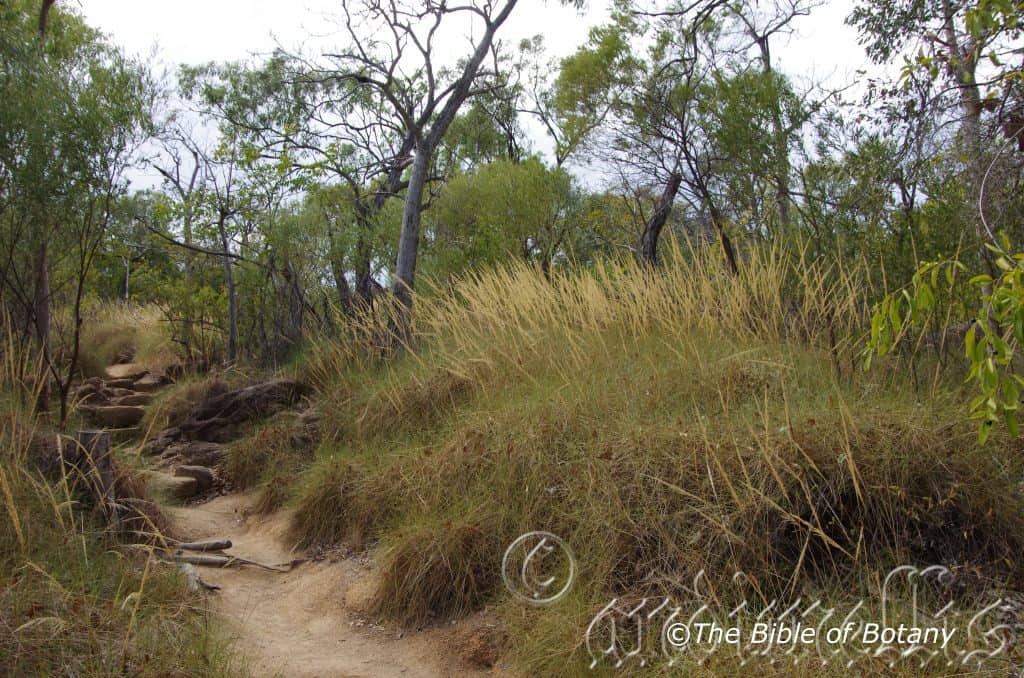
Magnetic Island Qld.
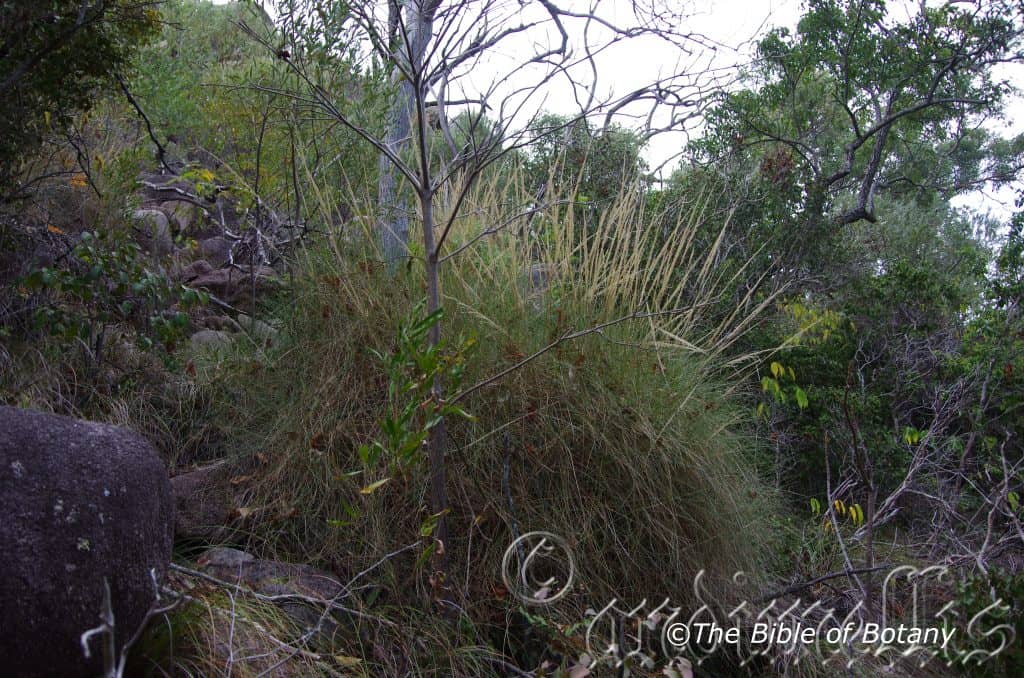
Magnetic Island Qld.
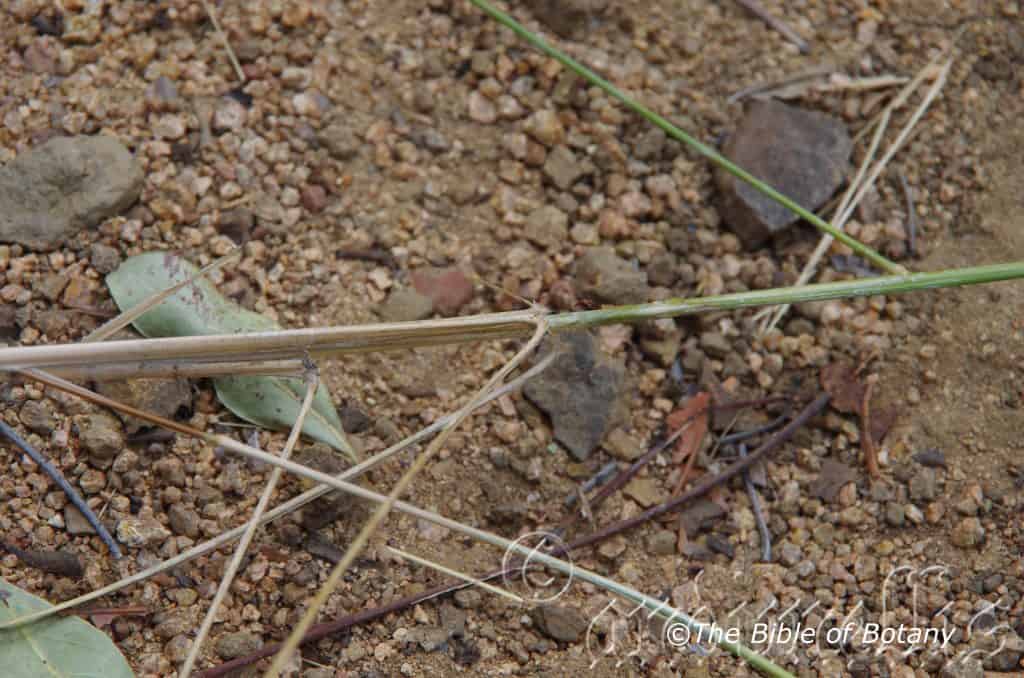
Magnetic Island Qld.
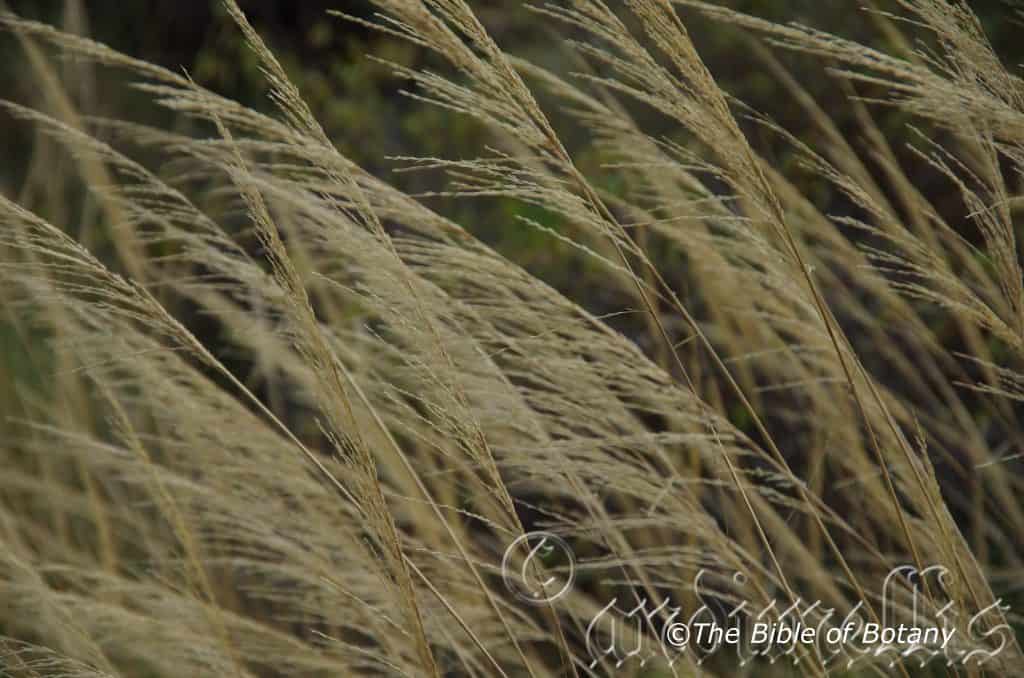
Magnetic Island Qld.
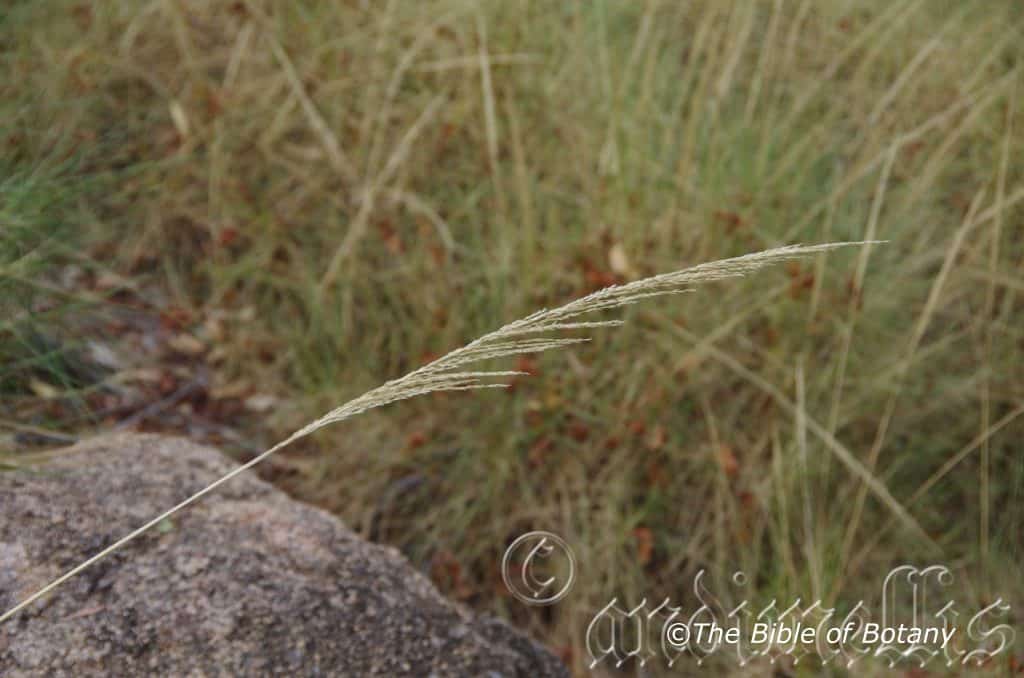
Magnetic Island Qld.
Elionurus citreus
Classification
Unranked: Monocots
Order: Poales
Family: Poaceae
Genus: From Elionurus, which is Ancient Greek for doormouse. It refers to the mature flower spikes, which resemble a dormouses’s tail.
Specie: From Citrinus, which is old Anglo-French for yellow and later Citrinus, which is Latin for Citrus. It refers to plants, which have a sweet, mild or strong lemon scent.
Sub species:
Common Name: Native Lemon Grass.
Distribution:
Eionurus citreus is found along the coast on the west coast of Dampier Peninsula in north west Western Australia.
In the Northern Territory it is found east from the Finnis River south of Darwin to Jimarra near Maningrida in Arnhem and along the coast from the Calvert River to Camel Creek in far north western Queensland.
It is found on Cape York Peninsula from Normanton on the west side and in a south easterly direction to south east of Torrens Creek and Lake Buchanun on the western side of the Great Dividing Range. It is found south from Nebo on the eastern side of the Great Dividing Range to Deep Creek and Shannon Creek south of Grafton in New South Wales.
https://avh.ala.org.au/occurrences/search?taxa=Elionurus+citreus#tab_mapView
Habitat Aspect Climate:
Eionurus citreus prefers full sun to light dappled shade. It grows in dry open woodlands on flat plains, along sandy creeks, sandy streams, sandy rivers, littoral heaths even sand dunes and flats behind the frontal dunes.
The temperatures range from minus 3 degrees in August to 40 degrees in January.
The rainfall ranges from lows of 500mm to 3200mm average per annum.
Soil Requirements:
Eionurus citreus prefers course sandy soils, fine sands, sandy loams or peaty sands and light coarse silts. The soils are derived from alluvial deposits or accumulated sands or at times decomposed sandstones or granites. The soils pH ranges from 4.5pH to 7pH are preferred. It does not tolerate waterlogged soils though seasonal inundations are frequent in its habitat during the growing season. Non saline soils to very saline soils are tolerated as are salt laden winds.
Height & Spread:
Wild Plants: 0.6m to 1m by 0.4m to 0.6m
Characteristics:
Eionurus citreus grows as an erect perennial grass with slender erect culms which branch when in flower. The culms measure 500mm to 900mm in height. The mid culms and nodes are glabrous. Plants have a fibrous root system.
The linear leaves are mainly basal and measure 200mm to 400mm in length by 2mm to 5.5mm in width. The striated leaf sheaths are glabrous on the surface. The apex is tapering to narrow acute. The leaf sheath auricles are absent. The ligules have a row of short white hirsute hairs. The ligules apexes are truncate to obtuse and measure 0.8mm to 1mm in length. The concolourous laminas are pale grass-green to pale blue-green and glabrous. The laminas are flat or slightly involute. The midrib is rounded and slightly prominent on the on the lower lamina. The leaf margins are entire.
The inflorescences is a spike with 1 to 6 racemose branches. The rachis measures 30mm to 120mm in length while the racemosum measure 30mm to 120mm in length. The zig zag rachilla are fragile at the nodes and are only partially exerted from the sheath. Â Sessile spikelets 10mm to 12mm lin length.
The sessile spikelets have 2 florets with the lower one being sterile and reduced to a lemma. The spikelets measure 8mm to 12mm in length. The lower glume of the sessile spikelet has 2 teeth.
The lower glumes are ovate, chartaceous or coriaceous with 2 keels and 9 nerves. The lower glumes measure 2mm to 3mm in length. The upper glumes are ovate with a membranous keel and 3 nerves. The upper glumes measure 5mm to 8mm in length. The lower glumes are glabrous while the upper glume'[s surface is covered in white hirsute hairs.
The basal sterile floret is barren, without a significant palea. The lemma of lower sterile hyaline floret is not nerved. The fertile lemma is without a keel or nerves and measures 3mm to 5mm in length.
There are 3 stamens on each spikelet. The flowers appear from December to October.
The fruits are seeds measure 2.3mm to 3mm in length. The green seeds turn pale straw-fawn when ripe.
Wildlife:
Eionurus citreus‘s wildlife is unknown to the author.
It maybe an ideal substitute for lemon grass having a strong lemon taste with a dash of ginger and slightly bitter after taste.
Cultivation:
Eionurus citreus is considered to be a good fodder crop. The leaves and stems are eaten and studies done on other species indicate it is probably a good nutritious fodder crop for cattle. It has a rapid growth rate from mid-spring after the spring rains to late autumn. It recovers well from moderate grazing and is best managed by allowing a free period between grazing.
This grass is classified as a weed in the lawn and garden beds by gardeners before they really consider its benefits and culinary uses. It gives good quantities of trash for mulch thus improves soils structure and fertility. It has good potential as a landscaping grass in rockeries and adjacent to walls. It is drought resistant once established but performs best when adequate water can be provided.
In cultivation it can be grown on most types of soil even heavy clay with a skeletal covering of sand. It requires full sun, moisture and good compost for best results and medium growth height and to sustain best colour and vigour. High nitrogenous fertilizers are best avoided if the grasses are to be grown for culinary dishes.
I believe Elionurus citreus has great potential for use as a cash crop and should be investigated further for use of its potential. The various flavours which extend from a mild lemon through to strong lemon, lemon-lime and lemon-ginger offer a substantial variation for tea flavours, cooking Asian and Indian meals flavouring rice and potatoes.
The oil needs to be looked at further and investigated for quantity yields and uses. The oils may contain good levels of geraniol and citronella, which are used in antiseptics and soaps further adding to its potential.
It is not known whether lawn grub affects the plant or not but what is known it has a deterrent value against white fly and aphids. Mention Lawn grub and people head straight to the poison cupboard. But wait there are affective controls which are cheap and safe for the environment. Let’s first look at the culprits.
The black African Scarab beetle (Heteronychus arator), the native brown Scarab beetle (Sericesthis geminata) and the Argentine Scarab beetle (Cyclocephala signaticollis) in the third instar stage is where the beetle does most of their damage. Scarab beetle larvae are those large, white, curled grubs with a large yellow, brown or orange head.
The army worm or army grub (Spodoptera sp.) are villains in the turf. These villains are sleek, smooth and devastate your lawn at night.
Break the cycle break the damage. Too much fertilizer and water means a soft unhealthy lawn that may look great but it is far more susceptible to attack. I have had lawns go season after season without damage while my neighbours poured poisons on their lawns at the first sign and still ended up with grub damage.
The first line of defence is to grow a hardier lawn that is maintained at around 50mm to 75mm in height. This encourages the grubs to stay closer to the surface during the day. Encourage birds by placing safe water stations around the yard.
In the case of the army grubs look for their egg sacks. Small fluffy white or pale pink cottony sacks with pale yellow eggs inside are easily squashed or removed. They maybe under the eaves, under hand rails, on the clothes lines or even your clothes and just need removing.
If the grubs are noticed, place a large piece of wet hessian upon the lawn overnight, where they have been feeding. The lawn grubs will be attracted to the hessian and stay there until it warms up. Early next morning pick the hessian up and dispose of the grubs by leaving them unprotected to feed the birds. This is affective as the birds will stay around and clean up a lot more.
If all else fails effective control of later larval stages can be only achievable with insect killing nematodes. These are known as entomopathogenic nematodes or ENs for short. It is active only against specific soil-dwelling insects, safe to handle, safe for baby crawling on the lawn and safe for plants. These nematodes have been commercialized since 1999 after extensive research by the CSIRO Division of Entomology in Canberra. So get in and buy a few. It is cheaper and easier to distribute than poisons and are safe for the birds to ingest.
Propagation:
Seeds: Elionurus citreus seeds can be sown directly into a seed raising mix. Cover the seeds with 1mm to 3mm of the mix. Place the trays in a warm position under 20mm or 30mm shade. When the seedlings reach 20mm to 40mm tall, prick them out and plant them into 50mm native tubes using a seed raising mix.
Once the seedlings reach 100mm to 150mm in height plant them out into their permanent position. Mass plantings can be achieved by planting them at a minimum of 0.8 meters to 1 meter centers. If it is to be grown commercially then would need to be around 1.5 meters apart to allow for maintenance and easy harvesting.
Division: Water the plants well a day or 2 before the operation is to be done. Avoid very hot weather. Cut around the clump and out on one side so that the shovel can be placed under the root ball. (Or remove it from its pot.)
Remove the plant from the soil. Cut it into 3 or 4 equal parts, first down the middle then halve those sections again ensuring that each section has some roots and, rhizome and culms or shoots. The rhizomes should have at least several eyes or growing shoots. Remove unwanted dead leaves and any old small sections that look weak or dead. Plants can be divided further but ensure each division has a several strong shoots and healthy roots attached to the tuff. Replant or pot ensuring the soil is at the same level as before. Trim the plants to around 50mm in height. Water and fertilize with a half strength solution of fish emulsion. New shoots will appear within two weeks. Once the potted plants have new shoots and the roots treat them as seedlings.
Fertilize using seaweed, fish emulsion or organic chicken pellets soaked in water on an alternate basis. Fertilize every two months until the plants are established then twice annually in early September or March to maintain health, vitality and better flowering.
Further Comments from Readers:
Hi reader, it seems you use The Bible of Botany a lot. That’s great as we have great pleasure in bringing it to you! It’s a little awkward for us to ask, but our first aim is to purchase land approximately 1,600 hectares to link several parcels of N.P. into one at The Pinnacles NSW Australia, but we need your help. We’re not salespeople. We’re amateur botanists who have dedicated over 30 years to saving the environment in a practical way. We depend on donations to reach our goal. If you donate just $5, the price of your coffee this Sunday, We can help to keep the planet alive in a real way and continue to bring you regular updates and features on Australian plants all in one Botanical Bible. Any support is greatly appreciated. Thank you.
In the spirit of reconciliation we acknowledge the Bundjalung, Gumbaynggirr and Yaegl and all aboriginal nations throughout Australia and their connections to land, sea and community. We pay our respect to their Elders past, present and future for the pleasures we have gained.
Embelia australiana
Classification
Unranked: Eudicots
Unranked: Asterids
Order: Ericales
Family: Myrsinaceae
Genus: From Embelia, which is Latinized from the vernacular of the Burmese word for the name for a local tree. It refers to the black and white pepper trees.
Specie: From Terra Australis, which is Latin for land of the south. It refers to plants, which were first discovered from the land down under.
Sub species:
Common Name:
Distribution:
Embelia australiana is found south from Cedar Bay National Park on Cape York Peninsula in coastal far north Queensland to Wyong in central coastal New South Wales. It is found on and east of the Great Dividing Range. There is a disjunct population from theupper catchment area of Massy Creek in the McIlwraith Range.
https://avh.ala.org.au/occurrences/search?taxa=Embelia+australiana#tab_mapView
Habitat Aspect Climate:
Embelia australiana prefers full sun to dense shade. It grows in cool dry tropical rainforests to warm temperate rainforests. The altitude ranges from 20 meters ASL to 1100 meters ASL
The temperatures range from 3 degrees in August to 36 degrees in January.
The rainfall ranges from lows of 900mm to 3200mm average per annum.
Soil Requirements:
Embelia australiana prefers sandy loams, light gritty clays to medium clays. The soils are usually derived from sandstones, granites accumulated peaty beach sands or at times decomposed brown basalt, black basalt, shale metamorphic rocks or alluvial deposits. The soils pH ranges from 4.5pH to 7pH are preferred. They do not tolerate waterlogged soils though seasonal inundations are frequent in its habitat. Non saline soils to very saline soils are tolerated.
Height & Spread:
Wild Plants:16m to 25m by 4m to 8m
Characteristics:
Embelia australianavine stem is a large, woody contact climber. Like all climbers in the southern hemisphere it twines in an anticlockwise direction. The bark is pale grey to mid-grey and covered in horizontally, raised lenticel lumps. Stems near the apex tend to be pale grey-brown and scabrous while new shoots are a pale lime green. The juvenile plants are scandent shrubs with zigzag branchlets.
The alternate leaves of Embelia australiana are elliptical, broad elliptical to ovate and measure 30mm to 110mm in length by 15mm to 60mm in width with northern plants having larger leaves. The glabrous petioles measure 3mm to 10mm in length. The sub oblique bases are broad cuneate to rounded while the apexes are broad acuminate with an obtuse tip. The discolourous laminas are deep sea green, dull and glabrous on the upper lamina while the lower laminas are much paler. The laminas are flat and decurve slightly downwards towards the apexes. The margins are entire and undulating. The midvein is strongly prominent on the lower lamina while the lateral veins are variable from prominent for the 6 to 8 alternating looping veins on each side of the main vein and faintly prominent for the non-looping veins. The main vein is clearly visible from the upper lamina while the looping lateral veins and faintly visible and the non-looping veins are not visible from the upper lamina. The numerous clear, red orbicular to slightly elongated. The oil dots are visible to the naked eye.
The new growth is a brilliant maroon-red and semi glossy.
The inflorescences are short racemes which are born from the leaf axils on woody rachises. The maroon calyx lobes are narrow triangular and measures 1mm to 1.1mm. The 4, creamy yellow to pastel yellow or pastel green petals are oblong. The petals become reflexed at anthesis, adaxial surface densely papillose while the abaxial surface is sparsely covered in small circular glands. The petals measure 3mm to 3.5mm in length by 2.8mm to 3.3mm in width. The maroon pedicels measure 5mm to 7mm in length.
The male flowers have 4 translucent, stout, pastel olive-green filaments measure 2.5mm to 3.5mm in length. The creamy-yellow oblong anthers are Dorsifixed and have a red oil gland close to the junction with the filaments.
The female flowers are similar to the male flowers but have 4 staminodes. The pistil measures 4mm to 5.5mm in length. The flowers appear from late October to mid-November.
Embelia australiana fruits are globular to depressed globular drupes are glabrous. The drupes measure 6mm to 8mm in length by 6mm to 8.5mm in diameter. The green drupes turn purplish-black when ripe. The calyx lobes are persistent on the ripe fruit and become broader while the persistent style shrivels and turns black. The fruits ripen from March to early May.
The single seed measure 5mm to 6mm in length by 7mm in diameter. The testa is longitudinally ribbed while the embryo is curved and measures 4mm in length.
Wildlife:
Embelia australiana‘s fruit are eaten by all small to large fruit eating birds.
Cultivation:
Embelia australiana is a beautiful large liana that can be grown over pergolas or gazebos in subtropical or tropical gardens. I would be tempted to grow them in semi-arid areas where water is not a problem. It is fast growing in the tropics and semi tropics however it is rather slow to establish itself where temperatures fall below freezing point. It needs constant moisture and a cool root run to grow successfully. It needs to be pruned regularly to enhance their bushiness and to promote flowering otherwise they will attempt to grow as a single shoot and only branch near the apex.
It would make grood accent vines against buildings where the walls are devoid of windows or other features. The vines would make very good accent features on pergolas, archways and for espalier configurations along walls.
Embelia australiana will look great in a large hanging basket giving colour with flushes of new growth several times a year. Locate them above eye level so that when the plants cascade over the sides the full benefit will be fully appreciated. The baskets may take a while to achieve a “full” look but should hide the basket completely within 2 years. After planting, water thoroughly to ensure the potting mix around the roots of the plants is moist. I usually soak my mix for quarter of an hour prior to using it. Keep the moss moist to help the plants root quicker. This can be achieved by placing drippers over the baskets. Baskets can never be over watered and the watering programmed needs to be increased as the plants reach maturity in the baskets.
Propagation:
Seeds: Embelia australiana seeds can be sown directly into a seed raising mix without treatment in spring or summer. Cover them in 2mm of fine sand. Place the trays in a warm position under 30mm shade and keep moist. When the seedlings are 25mm to 50mm tall, prick them out and plant them into 50mm native tubes using a good organic mix.
Once the seedlings reach 200mm to 250mm in height prick the growing tips out and plant them out into their permanent position. For mass plantings plant them at 3 meter to 4 meter centers. Amongst boulders use wider spacing so the beauty of the rocks can still be viewed.
Cuttings:
Vines and creepers are generally easy to propagate from cuttings. Use 75mm to 125mm material from the present years growth that has hardened off.
1 Prepare the cutting mix by adding one third sharp clean river sand, one third peat and one third perlite. These ingredients are sterilize,
2 Select good material from non diseased plants,
3 Select semi green stems for cuttings. Look for a stem with two or three nodes,
4 Place the cutting on a flat, hard surface, and make a clean down one side of the cutting for 10mm to 15mm with a sharp sterile knife or razor blade or cut diagonally through one of the lower nodes. – This scarification of the node will increase the chances of roots emerging from this spot. Now remove all but one or two the upper leaves, leaving the apex leaves in tact.
5 Fill a saucer with water, and place a little mild to medium rooting hormone into another container like a milk bottle top. Dip the node end of the cutting into the water and then into the rooting hormone. Tap off any excess hormone,
6 Use a small dipple stick or old pencil to poke a hole into the soilless potting mix. Ensure the hole is slightly larger than the stem diameter and be careful not to wipe the rooting hormone off the cuttings base, place the cuttings in a pattern ensuring the cuttings are not touching each other,
7 I like to place the pots in Plastic bags to help maintain temperature and moisture. Place in a semi shaded place like under 50mm shade cloth.
8 When the cuttings have struck, open the bag to allow air circulation for a few days to a week,
9 Once hardened off remove the cuttings from the bag and allow to further hardening for a few more days,
10 Transplant into a good potting mix to grow on.Fertilize using seaweed, fish emulsion or organic chicken pellets soaked in water on an alternate basis. Fertilize every two months until the plants are established then twice annually in early September or March to maintain health, vitality and better flowering.
Further Comments from Readers:
Hi reader, it seems you use The Bible of Botany a lot. That’s great as we have great pleasure in bringing it to you! It’s a little awkward for us to ask, but our first aim is to purchase land approximately 1,600 hectares to link several parcels of N.P. into one at The Pinnacles NSW Australia, but we need your help. We’re not salespeople. We’re amateur botanists who have dedicated over 30 years to saving the environment in a practical way. We depend on donations to reach our goal. If you donate just $5, the price of your coffee this Sunday, We can help to keep the planet alive in a real way and continue to bring you regular updates and features on Australian plants all in one Botanical Bible. Any support is greatly appreciated. Thank you.
In the spirit of reconciliation we acknowledge the Bundjalung, Gumbaynggirr and Yaegl and all aboriginal nations throughout Australia and their connections to land, sea and community. We pay our respect to their Elders past, present and future for the pleasures we have gained.
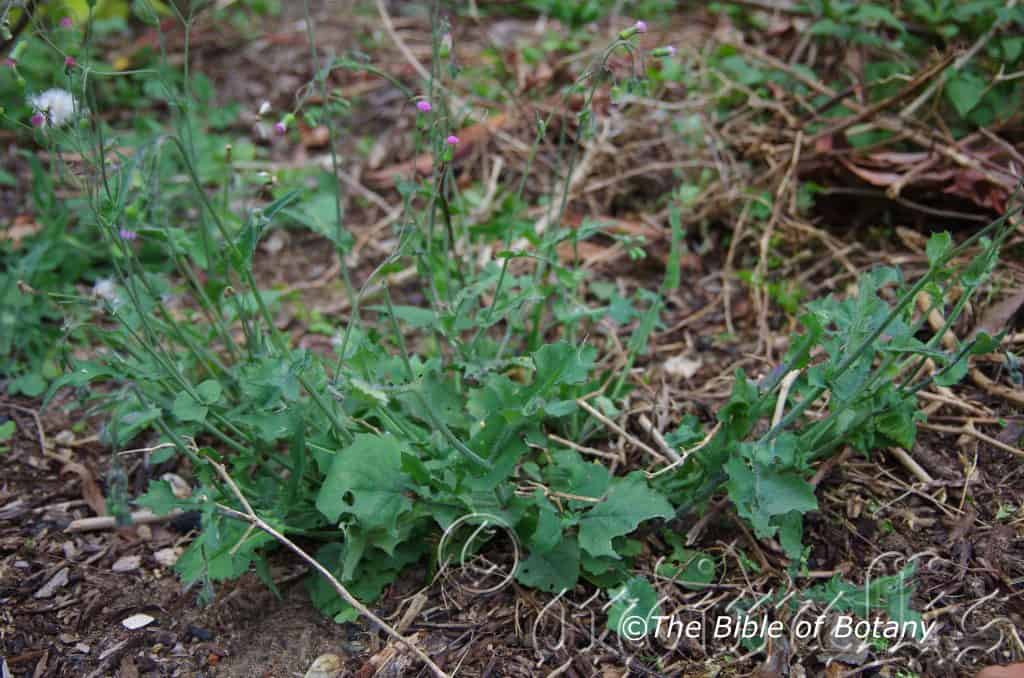
Author’s Garden The Pinnacles NSW
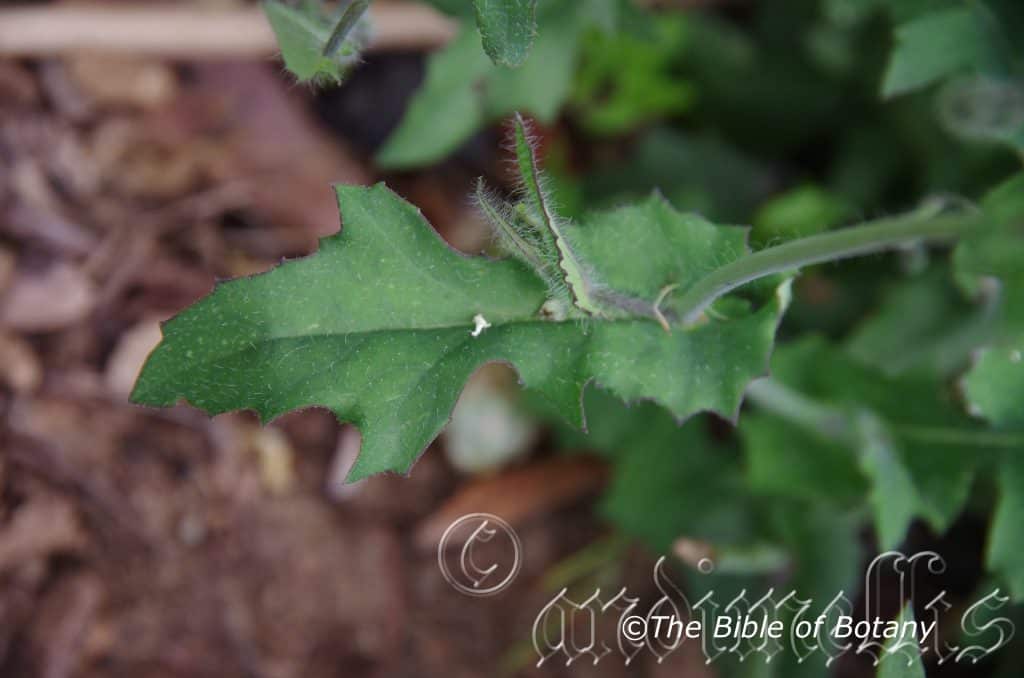
Author’s Garden The Pinnacles NSW
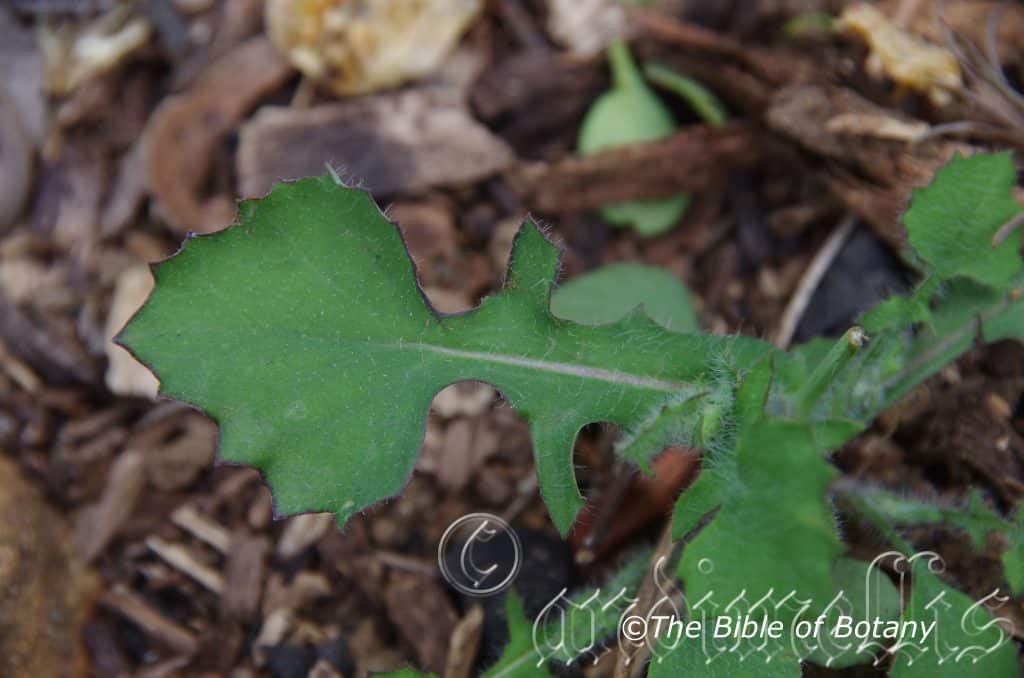
Author’s Garden The Pinnacles NSW
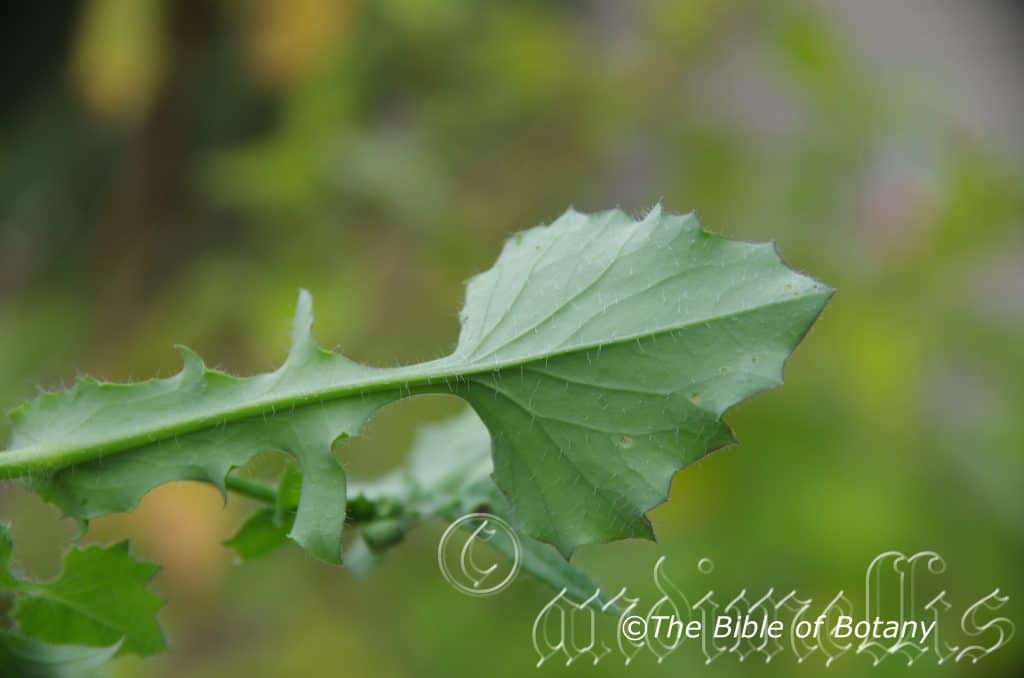
Author’s Garden The Pinnacles NSW
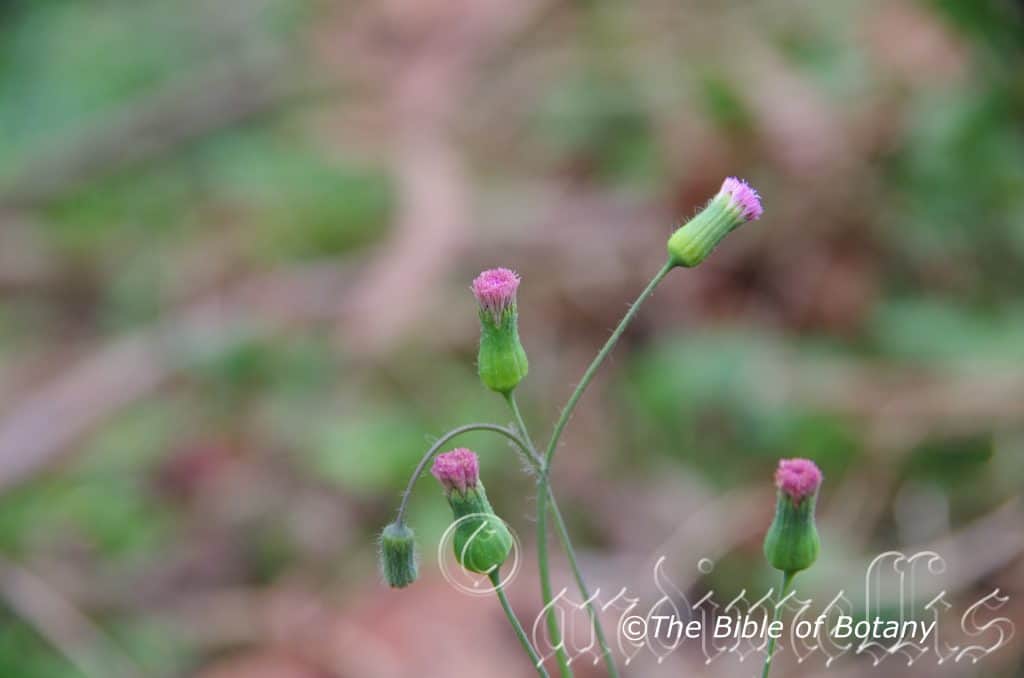
Author’s Garden The Pinnacles NSW
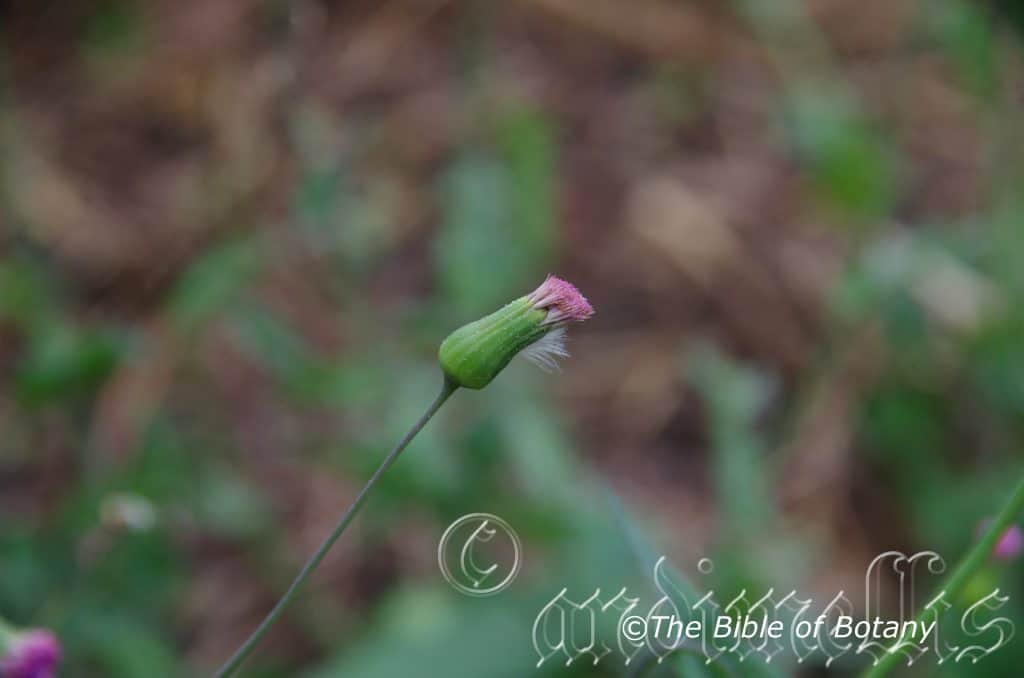
Author’s Garden The Pinnacles NSW
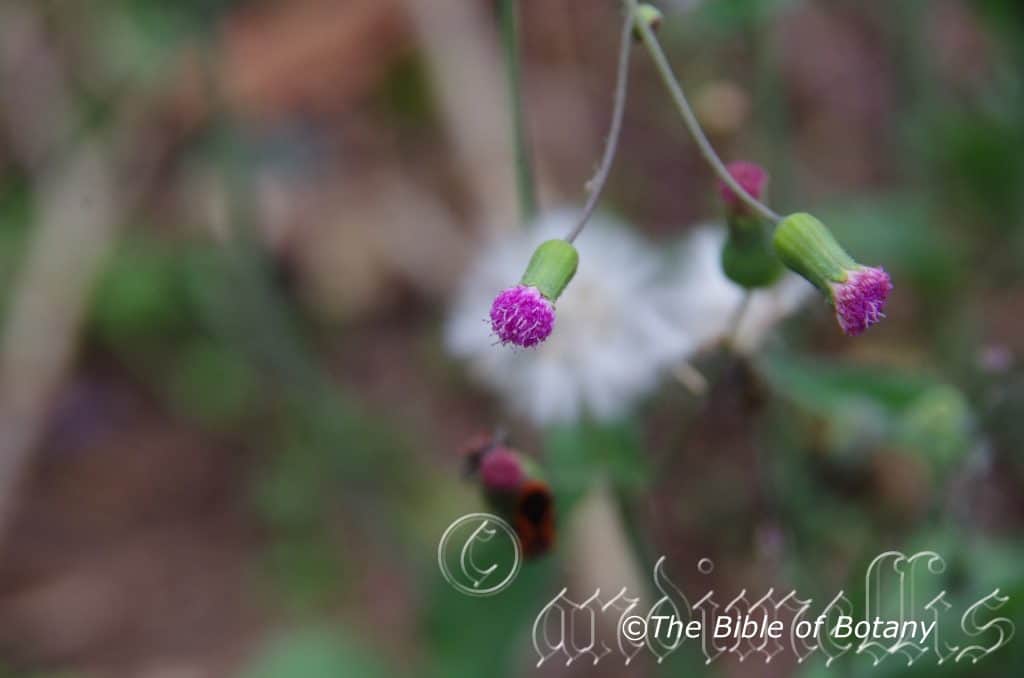
Author’s Garden The Pinnacles NSW
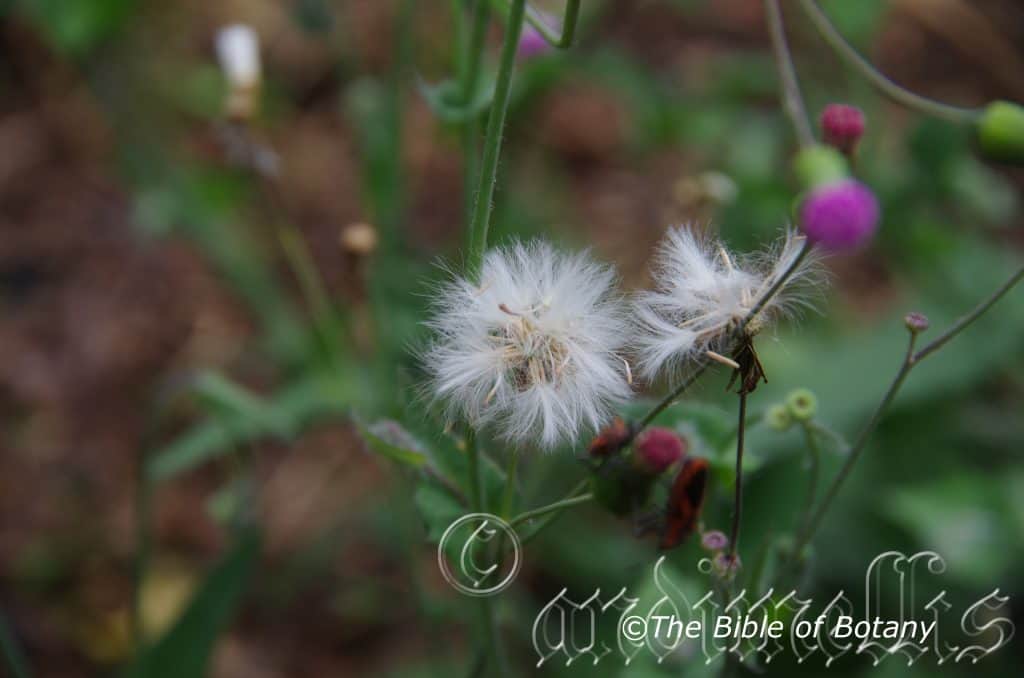
Author’s Garden The Pinnacles NSW
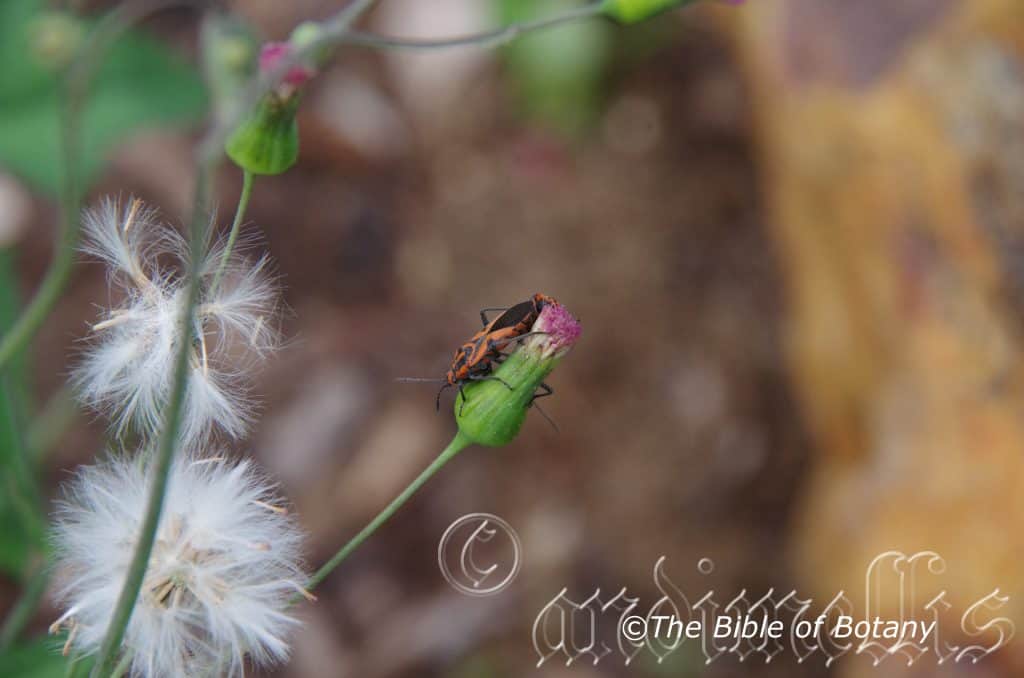
Author’s Garden The Pinnacles NSW
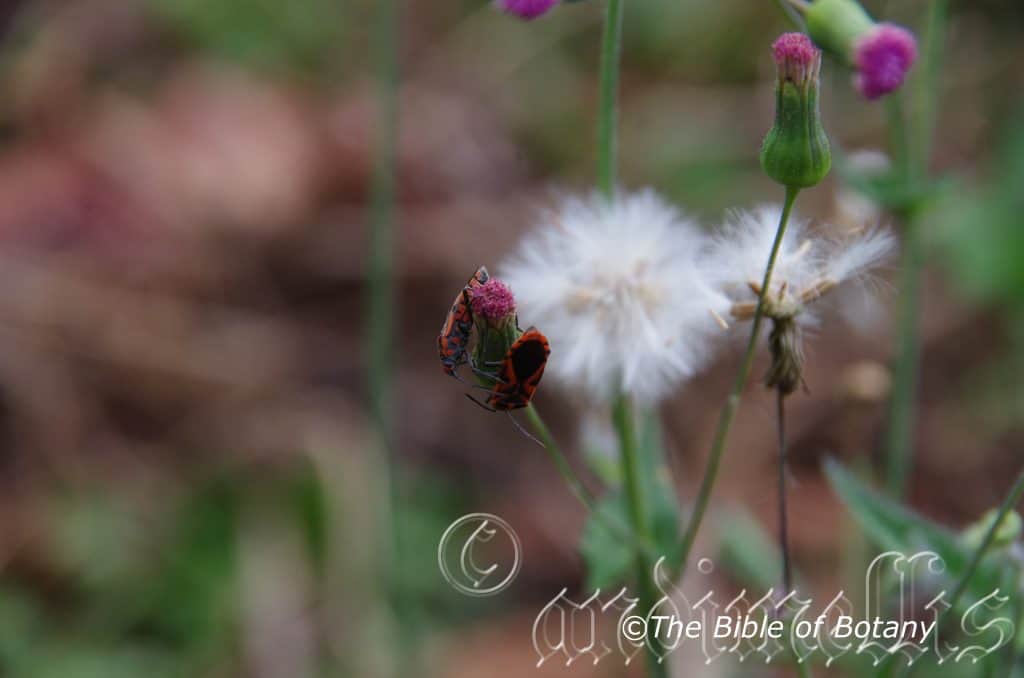
Author’s Garden The Pinnacles NSW
Emilia sonchifolia
Classification
Unranked: Eudicots
Unranked: Asterids
Order: Asterales
Family: Asteraceae
Genus: Is named in honour of Cassini’s ancestors who resided and loved the township of Emilia in Italy. It refers to the naturalized weed that originated from Emilia.
Specie: From Sonchos, which is Ancient Greek for the sow thistle and Folium, which is Latin for foliage. It refers to leaves, which resemble the European sow thistles.
Sub species:
Common Name: Lilac Tassel flower or Red Tassel Flower or Cupid’s Shaving brush or Emilia or Purple Sow Thistle or Flora’s Paintbrush.
Distribution:
Emilia sonchifolia is found in 2 disjunct populations including the Mitchel Plateau and Elquestro to the Keep River National Park in Western Australia.
In the Northern Territory it is found north of a line east from Darwin to Cooinda, Donydji and Cape Arnhem as well as 2 disjunct populations on the Daly River flood plains and Fergusson River in south Kakadu National Park.
In the east it is found south from the Torres Strait Islands in far north Queensland to Collangatta in far south east Queensland from the Western Tablelands, on the Great Dividing Range and to the coast and coastal Islands. It is found on and east of the Great Dividing Range.
In New South Wales it is found between Giraween National Park, Black Swamp south of Grafton and Tweed Heads.
https://avh.ala.org.au/occurrences/search?taxa=Emilia+sonchifolia#tab_mapView
Habitat Aspect Climate:
Emilia sonchifolia prefers full sun to dappled shade. It grows in closed schlerophyll forests, riparian zones, vine forest, woodlands, grassland or on coastal dunes and heaths. It is colonizing road side verges and table drains. The altitude ranges from 1 meter ASL to 9400 meters ASL
The temperatures range from minus 4 degrees in August to 42 degrees in January.
The rainfall ranges from lows of 500mm to 3200mm average per annum.
Soil Requirements:
Emilia sonchifolia prefers sandy loams, light gritty clays to medium clays. The soils are usually derived from decomposed sandstones, granites accumulated peaty beach sands, accumulated coral sands or at times brown basalt, black basalt, shale or metamorphic rocks. The soils pH ranges from 4.5pH to 8pH are preferred. It does not tolerate waterlogged soils though seasonal inundations are frequent in its habitat. Non saline soils to very saline soils are tolerated.
Height & Spread:
Wild Plants: 0.2m to 0.9m by 4m to 8m
Characteristics:
Emilia sonchifolia is an erect small annual herb with striated, glaucous stems. The stems are usually glabrous or at times covered in soft white erect and spreading, pilose or uncinate spreading hairs.
The basal leaves of Emilia sonchifolia‘s are lyrate to pinnatisect or ovate and measure 15mm to 140mm in length by 8mm to 60mm in width. The bases are sagittate to cordate while the apexes are broad acuminate to obtuse. The cauline leaves are similar those near the base but become progressively smaller towards the apex. The concolourous laminas are blue-green to grey-green, glaucous dull and glabrous. The laminas are flat, recurve slightly upwards or decurve downwards from the mid vein to the margins and decurve slightly downwards to decurve strongly downwards on the apical half. The margins are undulating and irregularly toothed. The midvein is strongly prominent on the lower lamina while the lateral veins are variable from slightly prominent to flat. The main vein is clearly visible from the upper lamina while the lateral veins and faintly visible on the upper lamina.
The inflorescences of Emilia sonchifolia are born in tight heads, usually in small loose corymbs or rarely born singly. The heads measure 10mm to 12mm in length by 4mm to 6mm in diameter. The 7 to 10 blue-green or glaucous green involucral bracts measure 8mm to 12mm in length. The florets are usually mid purple to deep purple-pink or rarely mid purplish-orange.
The fruits of Emilia sonchifolia are achenes. The 5 ribbed achenes are covered in very shortly white pilose hairs and measure 3mm in length. The white pappus measure 6mm to 8mm in length. The flowers appear from August to early October.
Wildlife:
Emilia sonchhifolia‘s wildlife is an important source of nectar for many Australian butterflies including the Cassius Blue, Leptotes cassius and Tropical Checkered Skipper, Pyrgus oileus.
Cultivation:
Emilia sonchifolia is considered a weed by most gardeners and still worse is reported as a weed by many government departments despite being native, easy to control never gets out of hand, has never been known to been in plague proportions yet colonizes disturbed land preventing erosion. It is useful as an indicator that soils are in a strong transitional stage in fertility decline or increasing fertility and is not noxious in any way.
It has medicinal properties with the leaves and young stems being calming on the stomach and the fresh juice mixed with a small amount of olive oil or hemp oil will assist in eye strain, scratched eyes and some forms fungal diseases like conjunctivitis. I used this treatment in my early days when I worked in sewage treatment plants where certain mild forms of conjunctivitis are known to cause problems with workers.
It is also a good compost promoter like all thistles and to the trained eye is a great indicator of soil problems, nutrient deficiencies and toxicities. If it is not causing problems leave it to the butterflies.
When grown in small clumps the plants can offer colour of a different hue and can fill that niche until something more permanent is found.
Propagation:
Seeds: Emilia sonchifolia seeds can be sown directly into a seed raising mix without treatment in spring or summer. Cover them in 2mm of fine sand. Place the trays in a warm position under 30mm shade and keep moist. When the seedlings are 25mm to 50mm tall, prick them out and plant them directly into their permanent positions.
Fertilize using seaweed, fish emulsion or organic chicken pellets soaked in water on an alternate basis. Fertilize every two months until the plants are established then twice annually in early September or March to maintain health, vitality and better flowering.
Further Comments from Readers:
Hi reader, it seems you use The Bible of Botany a lot. That’s great as we have great pleasure in bringing it to you! It’s a little awkward for us to ask, but our first aim is to purchase land approximately 1,600 hectares to link several parcels of N.P. into one at The Pinnacles NSW Australia, but we need your help. We’re not salespeople. We’re amateur botanists who have dedicated over 30 years to saving the environment in a practical way. We depend on donations to reach our goal. If you donate just $5, the price of your coffee this Sunday, We can help to keep the planet alive in a real way and continue to bring you regular updates and features on Australian plants all in one Botanical Bible. Any support is greatly appreciated. Thank you.
In the spirit of reconciliation we acknowledge the Bundjalung, Gumbaynggirr and Yaegl and all aboriginal nations throughout Australia and their connections to land, sea and community. We pay our respect to their Elders past, present and future for the pleasures we have gained.
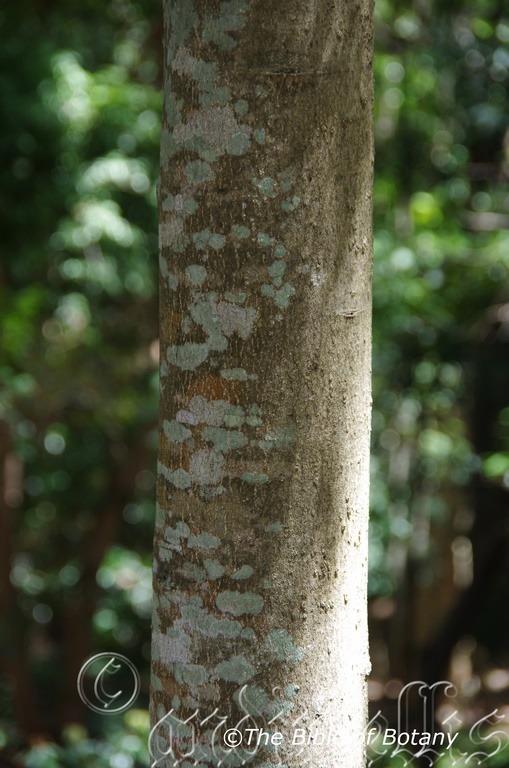
Mount Cootha Botanic Gardens Qld.
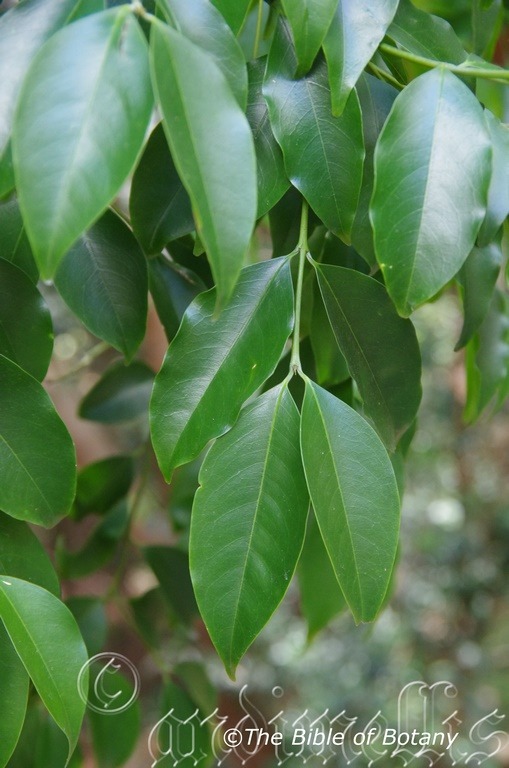
Mount Cootha Botanic Gardens Qld.
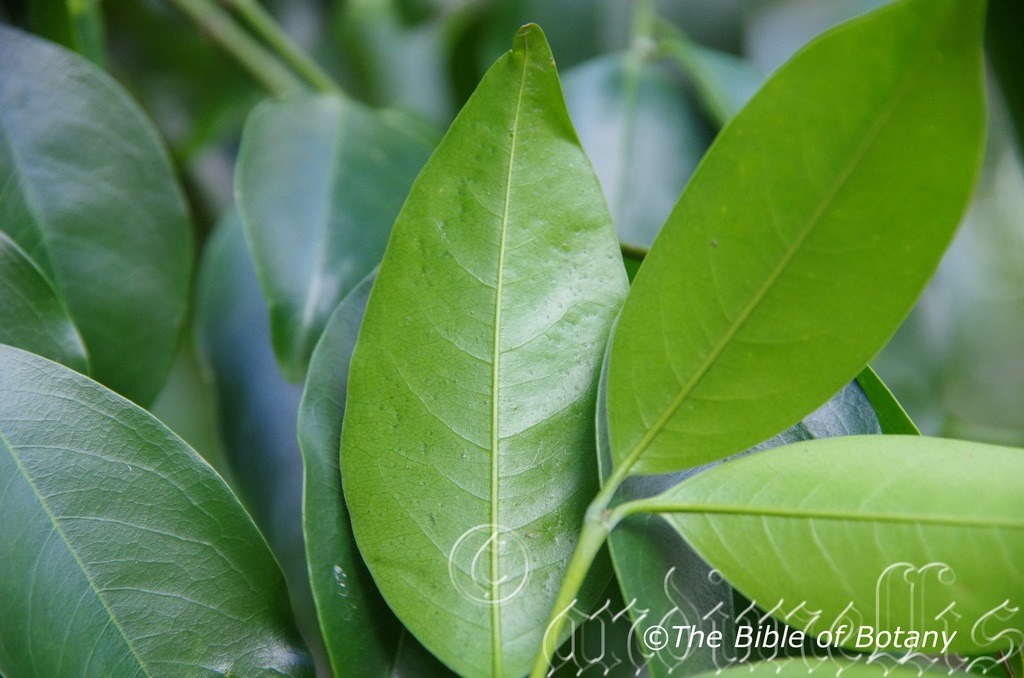
Mount Cootha Botanic Gardens Qld.
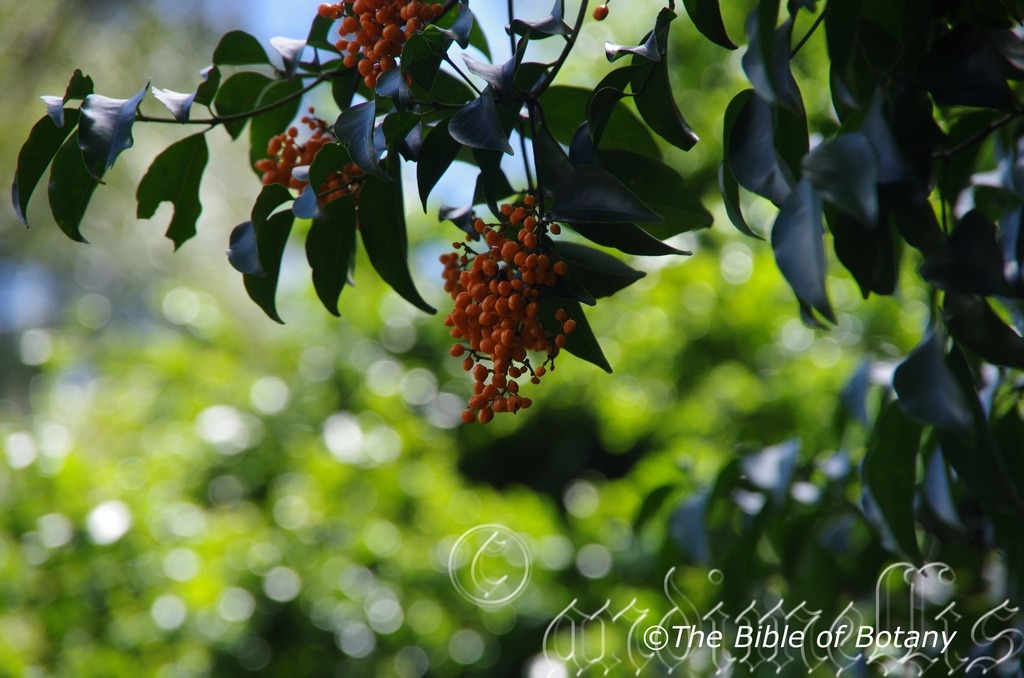
Mount Cootha Botanic Gardens Qld.
Emmenosperma alphitonioides
Classification
Unranked: Eudicots
Unranked: Rosids
Order: Rosales
Family: Rhamnaceae
Genus:Â From Emmeno, which is Greek for to cleave or I cleave and Spe?rma, which is Ancient Greek for a seed. It refers to the seeds, which remain in position around the core awaiting a vector for distribution.
Specie: From Alphiton, which is Ancient Greek for baked barley mealy and Eidos/Oides, which is Ancient Greek for alike or similar to. It refers to the plants, which resemble trees in the Alphitonia genus especially the manner, shape and size of the fruits.
Sub specie:
Common Name: Bonewood or Yellow Ash.
Distribution:
Emmenosperma alphitonioides is found in several disjunct populations east from the Kimberley coast in far north western Western Australia to south east Kakadu National Park in the Northern Territory.
In Queensland it is found south from Temple Bay on Cape York Peninsula in southern Queensland to Ulladulla in southern New South Wales. It is found on and east of the Great Dividing Range.
https://avh.ala.org.au/occurrences/search?taxa=Emmenosperma+alphitonioides#tab_mapView
Habitat Aspect Climate:
Emmenosperma alphitonioides prefers full sun to dappled light. It grows in dry well developed rainforests. The altitude ranges from 30 meters ASL to 1350 meters ASL.
The temperatures range from minus 2 degrees in July to 36 degrees in January.
The rainfall ranges from lows of 900mm to an average of 3200mm annually.
Soil Requirements:
Emmenosperma alphitonioides prefers better quality sandy loams to medium gravelly clays or medium clays. The soils are usually derived from decomposed brown basalt, black basalts, granites or sandstones. The soils pH ranges from 5pH to 6.5pH are preferred where the water can drain freely. It does not tolerate waterlogged soils. Non saline soils to moderately saline soils are tolerated as are salt laden winds.
Height & Spread:
Wild Plants: 20m to 35m by 5m to 8m.
Characteristics:
Emmenosperma alphitonioides‘s outer bark is lightly fissured and silvery-grey. The fissures become more evident on larger trees. The trunk is slightly flanged at the base on mature trees while the branches are silver-grey and glabrous. The new growth is bright glossy green and covered in mid honey-brown, caduceus hirtellous hairs.
The opposite or rarely sub opposite leaves are ovate and measure 30mm to 117mm in length by 10mm to 68mm in width. The petiole is grooved on the upper surface and sparsely covered in mid honey-brown caduceus hirtellous hairs. The petiole measures 2mm to 12mm in length. The bases are broad cuneate while the apexes are acuminate. The discolourous laminas are sea-green to deep sea-green, semi glossy to glossy and glabrous on the upper laminas while the lower laminas are paler. The laminas recurve slightly upwards from the mid vein to the margins and decurve towards the apexes. The margins are entire and slightly undulating. The midvein is prominent on the lower lamina while the lateral veins are very faintly prominent on the lower lamina. The mid vein is visible on the upper lamina while the lateral veins are barely visible on the upper lamina.
The inflorescence are born on panicles from the terminals. The 5 mid green, triangular sepals measure 1mm to 2mm in length. The creamy white to white tinged pink corolla tube measures 2.5mm to 3mm in length. The 5 creamy-white petals measure 1.5mm to 1.7mm in length. The pedicels measure 2.5mm to 3mm in length.
The 5 creamy-white filaments and anthers are enveloped in the hood like petals until anthesis. The stamens measure 3mm to 3.5mm in length.
The creamy-yellow disc is cupular and surrounds the ovary. The creamy-white pistil measures 2.5mm to 3mm in length. The flowers appear from late August to early November.
The fruits are globose to laterally compressed ovoidal capsules. The capsules measure 4mm to 9mm in length by 5mm to 11mm in diameter. The glabrous, green berries turn bright, glossy, and yellow-orange when ripe. The capsules ripen from late May to early July.
The bi celled capsules contain 1 seed in each capsule. The capsules usually fall away leaving the red seeds exposed but still attached to the receptacle. The seeds measure 5mm to 6mm in length by 4mm to 5mm in diameter.
Wildlife:
Emmenosperma alphitonioides are good standby plants for small nectar eating birds like Eastern spinebills, Yellow Faced Honey eaters and New Holland Honey eaters because they flower all year and peak when there are fewer plants in flower.
Cultivation:
Emmenosperma alphitonioides is a lovely small shrub for tropical to warm temperate gardens. In cultivation it will form an upright densely foliaged medium tree growing from 12 meters to 18 meters in height by 8 meters to 12 meters in diameter when grown in the open. This makes it very suitable as street trees. The roots are non-invasive so it can be planted closer to infrastructures and underground amenities than most rainforest trees. It has also proven to be resistant to vehicle pollution and great variation in temperatures which makes it an ideal tree for car parks and adjacent to highways.
Its attractive shape when grown in the open also contributes aesthetically for large gardens where a single specimen tree is required. It will do well in either full sun or dappled sunlight, and in a diversity of soils from sandy loams to medium clays on acidic or alkaline based soils.
Emmenosperma alphitonioides can also be grown as a windbreak along the coast and can stand coastal salt laden winds. Because of this it would be worthwhile trying them inland in semi-arid zones where adequate moisture can be guaranteed.
The trees would make very good accent trees in front of low set or2 story commercial buildings, industrial sheds or school buildings where they will break up hard rigid architectural lines and give warmth and breadth to a building. In front of high rise buildings they give balance especially where they could be grown in curves meandering to the entry doors.
The tree would make an ideal rainforest starter tree and is rather good for most types of epiphytic ferns and orchids.
Propagation:
Seeds: The seeds can be sown into a seed raising mix without treatment in spring or summer. Cover them in 5mm to 8mm of the mix. Place the trays in a warm position under 30mm to 50mm shade and keep moist. When the seedlings are 25mm to 50mm tall, prick them out and plant them into 50mm native tubes using a good organic mix.
Once the seedlings reach 200mm to 250mm in height prick the growing tips out and plant them out into their permanent position. For mass plantings plant them at 10 to 20 meters apart for park like scenarios or 6 meter to 8 meter centers for a small rainforest garden.
Fertilize using seaweed, fish emulsion or organic chicken pellets soaked in water on an alternate basis. Fertilize every two months until the plants are established then twice annually in early September or March to maintain health, vitality and better flowering.
Further Comments from Readers:
Hi reader, it seems you use The Bible of Botany a lot. That’s great as we have great pleasure in bringing it to you! It’s a little awkward for us to ask, but our first aim is to purchase land approximately 1,600 hectares to link several parcels of N.P. into one at The Pinnacles NSW Australia, but we need your help. We’re not salespeople. We’re amateur botanists who have dedicated over 30 years to saving the environment in a practical way. We depend on donations to reach our goal. If you donate just $5, the price of your coffee this Sunday, We can help to keep the planet alive in a real way and continue to bring you regular updates and features on Australian plants all in one Botanical Bible. Any support is greatly appreciated. Thank you.
In the spirit of reconciliation we acknowledge the Bundjalung, Gumbaynggirr and Yaegl and all aboriginal nations throughout Australia and their connections to land, sea and community. We pay our respect to their Elders past, present and future for the pleasures we have gained.
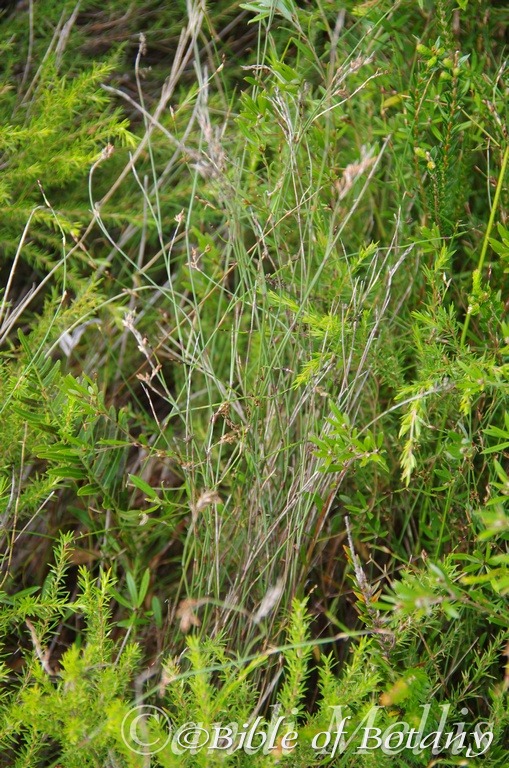
North Yuraygir National Park NSW
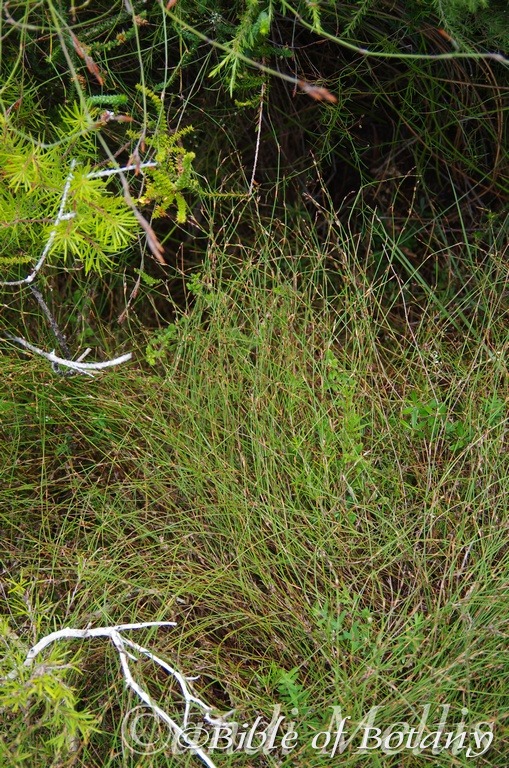
North Yuraygir National Park NSW
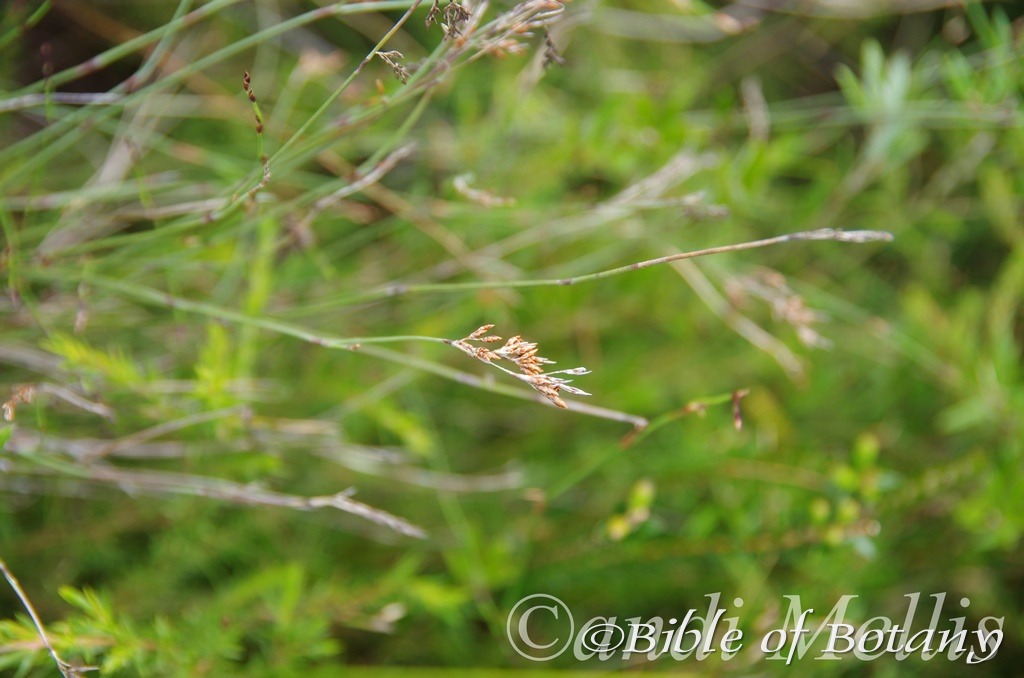
North Yuraygir National Park NSW
Empodisma minus
Classification
Unranked: Monocots
Unranked: Commelinids
Order: Poales
Family: Restionaceae
Genus: From Em, which is Greek for on, Pous/Podion, which is Ancient Greek for a foot and Di/Dis, which is Ancient Greek for twice, Ma which is Ancient Greek for an action taking place. It refers to the stems growing from a base and being tangled or intertwined thus tangle foot which is the common name.
Specie: From Minuta, which is Latin for substantially smaller. It refers to structures, organs or the plants, which are rather minute or smaller compared to other species in the genus.
Sub species:
Common Name: Tangle foot, Wire Rush or Spreading Wire Rush.
Distribution:
Empodisma minus is found south from the Byfield National Park in central coastal Queensland to Mount Gambier in south eastern South Australia. It is also found from Victor Harbour to south of Adelaide and on Kangaroo Island in South Australia. It is mainly found on and east of the Great Dividing Range.
It is found on the Bass Strait Islands and all of Tasmania except for the highest peaks through the center of the island.
https://avh.ala.org.au/occurrences/search?taxa=Empodisma+minus#tab_mapView
Habitat Aspect Climate:
Empodisma minus prefers full sun to light dappled shade. It grows in bogs, swamps, coastal wallums, along wet creek banks, wet gallery forests where openings occur and along seepage lines on cliffs and mountains. It is found from 3 meters ASL to 18oo meters ASL among alpine bogs where it often forming large colonies.
The temperatures range from minus 3 degrees in August to 40 degrees in January.
The rainfall ranges from lows of 500mm to 3200mm average per annum.
Soil Requirements:
Empodisma minus prefers sandy loams, course sandy soils, peaty sands to medium clays or fine silts to heavy silts. The soils are usually derived from decomposed sandstones, granites, accumulated sands behind the frontal dunes or at times brown basalts, black basalts or metamorphic rocks. The soils pH ranges from 4.5pH to 6pH. It tolerates waterlogged soils preferring soils that are always wet. Non saline soils to moderately saline soils are tolerated.
Height & Spread:
Wild Plants: 0.1m to 0.2m by 0.3m to 0.5m
Characteristics:
Empodisma minus grows as an erect or semi prostrate, perennial tufted grass with slender erect culms which branch freely when in flower. The deep green, semi terete, wiry and flexuous culms measure 150mm to 220mm in height. The mid culms and nodes are glabrous. Plants have a thick fibrous root system.
The deep green, appressed, culm sheaths measure 5.5mm to 12mm in length. The culms are covered in pale grey, Axillary, hirtellous hairs. The laminas are strongly reflexed, subulate and measure 1mm to 6.5mm in length.
The inflorescences are dioecious spikes.
The male spikelets are born in the lower axillary nodes. The spikelets are born solitary and sessile or in small clusters of 2 or 3 in which 1 is sessile and the other 1 or 2 are shortly pedicellate. The flowers measure 4mm to 7mm in length. The glumes are mucronate. The anthers are exserted on filiform filaments.
The female spikelets are born in the upper axillary nodes. The spikelets are born solitary and sessile. The flowers measure 5.5mm to 7.5mm in length. The glumes are mucronate to acuminate. The filiform styles are exserted and recoiled. The flowers appear from December to October.
The seeds measure 2mm to 2.3mm in length. The green seeds turn rusty-brown when ripe.
Wildlife:
Empoodisma minus‘s provides a safe refuge for many small vertebrate animals.
Cultivation:
Empodisma minus is not considered to be a good fodder crop. The leaves and stems are not eaten. It has a rapid growth rate from mid spring after the spring rains to late autumn.
This grass is classified as a weed in the lawn and garden beds by gardeners who live close to its natural habitat. It has good potential as a landscaping grass in rockeries and adjacent to walls. It is drought resistant once established but performs best when adequate water can be provided.
In cultivation it can be grown on most types of soil even heavy clay with a skeletal covering of sand. It requires full sun, moisture and good compost for best results and medium growth height and to sustain best colour and vigour. High nitrogenous fertilizers are best avoided if the grasses are to be grown.
Propagation:
Seeds: The seeds can be sown directly into a seed raising mix. Cover the seeds with 1mm to 3mm of the mix. Place the trays in a warm position under 20mm or 30mm shade. When the seedlings reach 20mm to 40mm tall, prick them out and plant them into 50mm native tubes using a seed raising mix.
Once the seedlings reach 100mm to 150mm in height plant them out into their permanent position. Mass plantings can be achieved by planting them at a minimum of 0.8 meters to 1 meter centers. If it is to be grown commercially then would need to be around 1.5 meters apart to allow for maintenance and easy harvesting.
Division: Water the plants well a day or 2 before the operation is to be done. Avoid very hot weather. Cut around the clump and out on one side so that the shovel can be placed under the root ball. (Or remove it from its pot.)
Remove the plant from the soil. Cut it into 3 or 4 equal parts, first down the middle then halve those sections again ensuring that each section has some roots and, rhizome and culms or shoots. The rhizomes should have at least several eyes or growing shoots. Remove unwanted dead leaves and any old small sections that look weak or dead. Plants can be divided further but ensure each division has a several strong shoots and healthy roots attached to the tuff. Replant or pot ensuring the soil is at the same level as before. Trim the plants to around 50mm in height. Water and fertilize with a half strength solution of fish emulsion. New shoots will appear within two weeks. Once the potted plants have new shoots and the roots treat them as seedlings.
Fertilize using Seaweed, fish emulsion or organic chicken pellets soaked in water on an alternate basis. Fertilize the new plants every month with our recommended organic fertilizer until the plants are well established.
Further Comments from Readers:
Hi reader, it seems you use The Bible of Botany a lot. That’s great as we have great pleasure in bringing it to you! It’s a little awkward for us to ask, but our first aim is to purchase land approximately 1,600 hectares to link several parcels of N.P. into one at The Pinnacles NSW Australia, but we need your help. We’re not salespeople. We’re amateur botanists who have dedicated over 30 years to saving the environment in a practical way. We depend on donations to reach our goal. If you donate just $5, the price of your coffee this Sunday, We can help to keep the planet alive in a real way and continue to bring you regular updates and features on Australian plants all in one Botanical Bible. Any support is greatly appreciated. Thank you.
In the spirit of reconciliation we acknowledge the Bundjalung, Gumbaynggirr and Yaegl and all aboriginal nations throughout Australia and their connections to land, sea and community. We pay our respect to their Elders past, present and future for the pleasures we have gained.
Empusa habenarina
Classification
Class: Monocots
Order: Asparagales
Family: Orcidaceae
Genus: From Empousa, which is Greek for one of the demigoddess of monsters or grotesque. It refers to the orchid’s flowers; despite being beautiful, appear to have two oversized zealous eyes with one straight sepal and one bent in reference to Empousa’s prosetic leg and the leg of a donkey.
Specie: From Haben, which is Ancient Greek for reins. It refers to labellum, which resemble long strap like extensions similar to a pair of reins.
Sub specie:
Common Name:
Distribution:
Empusa habenarina is found east from Melville and Bathurst Islands and the adjacent mainland and around Nhulunbuy in the top end of the Northern Territory.
In the east it is found south from the Torres Strait Islands and coastal Queensland’s Cape York Peninsula south to Coffs Harbour in northern coastal New South Wales. It is found on and east of the Great Dividing Range on the coastal plains.
https://avh.ala.org.au/occurrences/search?taxa=Empusa+habenarina#tab_mapView
Habitat Aspect Climate:
Empusa habenarina prefers dappled shade to full shade. It grows as an understory terrestrial orchid in open forests, usually on the grassland, monsoonal thickets or littoral rainforest margins. It is also found in low lying areas close on coastal heaths. It is found from sea level to around 1200 meters ASL.
The temperatures range from 2 degrees in August to 39 degrees in January.
The rainfall ranges from lows of 900mm to 3200mm average per annum. The rainfall is seasonal mainly summer and autumn with dry winters and springs and humid to dry atmospheric conditions between these periods.
Soil Requirements:
Empusa habenarina prefers to grow on better quality coarse sands, fine sands, sandy loams to light gravelly clays. The soils are usually derived from decomposed granites or accumulated peaty sands. The soils pH ranges from 4.5pH to 6pH are preferred where the water can drain freely. It does not tolerate waterlogged soils but moisture during the growing season is a strong requirement for good growth. Non saline soils to moderately saline soils are tolerated.
Height & Spread:
Wild Plants: 0.2m to 0.25m by 0.1m to 0.2m.
Characteristics:
Empusa habenarina grows on short pseudo bulbs as a terrestrial orchid. The pseudo bulbs areovoidal to oblong-ovoidal and measure 20mm to 30mm in length by 15mm to 25mm in diameter. The plants grow rapidly with the onset of the wet season to produce leaves, flowers and seeds dying back completely during the drier months of the year.
The 2 or 3 erect to prostrate, oblong to obovate leaves measure 100mm to 250mm in length in length by 20mm to 40mm in width. The leaf bases are sheathed around the pseudo bulb and plicate while the apexes are acuminate to broad acute. The concolourous leaves are green to yellow-green, and dull. The margins are entire. The mid vein and 4 longitudinal veins are prominent on the
lower lamina and are distinctly visible on the upper lamina.
The inflorescence is a long stiff, erect raceme. The racemes usually have 8 to 22 flowers. The erect rachises measure 150mm to 600mm in length while the tetragonal pedicel and ovary measure 5mm to 10mm in length including the ovary which appears to be part of the pedicel but is slightly swollen. The erect, greenish-yellow, pinkish, brownish or reddish flowers measure 10mm to 12mm by 5mm to 6mm. The sepals and petals are narrow, decurve or deflexed.
The dorsal sepal is deflexed, linear to lorate and measures 5mm to 10mm by 1mm to 2mm in width. The margins are strongly revolute. The lateral sepals are free with the inner margins touching but not fused. Thedorsal sepals are oblong to cuneate, closely subtending the labellum and measure 5mm to 8mm by 2mm to 3mm in width.
The lateral petals are linear, falcate with acute apexes. The lateral petals measure 5mm to 10mm in length by 0.5mm to 1mm in width. The lateral petals margins are entire.
The labellum’s are unlobed and decurve strongly to 90 degrees. The oblong to obovate labellum measure 4mm to 5mm in length by 3mm to 4mm in width with 2 obtuse basal ridges. The margins are entire, undulate and have an almost square obtuse apex with an emarginate to mucronate tip.
The columns are prominent above the sepals and curve at right angles near the middle and measure 4mm to 5mm in length. The column foot is absent. The sweetly scented flowers appear from January to April.
The capsules are erect when dehiscing.
Wildlife:
Empusa habenarina is the host to numerous small native bees when in flower and may also host the Dendrobium beetle.
Cultivation:
Empusa habenarina is an unusual terrestrial orchid to grow in the garden. If you are lucky enough to have them growing it is worthwhile preserving in situation. Not much is known about their cultivation outside their natural habitat.
Propagation:
Seeds: Empusa habenarina seeds require treatment before sowing. Really Orchid seeds are meant for professionals with time, equipment and space. However if you wish to persevere then here are the basics and you are learning from an amateur. Once the orchids are large enough to handle treat them similarly to the genre Liparis.
1. Obtain relevant materials
The first step in growing orchid from seed will be sourcing and having at the ready all materials that will be required in the propagation process.
This includes all of the following:
Unripe orchid seed capsule. If there are 2 capsules secure the second capsule immediately after the first capsule splits or if only one capsule as soon as it changes colour.
Orchid gelling medium with agar which can be purchased from an orchid society or a specialist nursery.
Distilled water
Cooking pot
Spoon
Oven-safe glass or polypropylene containers with lids
Sealable bags
Clean, sterilized cutting board
Rubber gloves
Paper towels
Tweezers or forceps
70 percent ethanol
Bleach
Scalpel or sharp knife
Planting pot
Orchid compost
Length of wire metal
Plastic spray bottle.
deep petri dishes or sterile jars.
2. Prepare agar medium
The agar medium is a special orchid gelling mixture that distilled water will be added to distilled water.
To prepare the medium, mix equal parts of orchid gelling medium with distilled water in a cooking pot.
Place the pot on a stove and bring the mixture to boil for while stirring continuously for two minutes.
Pour the mixture into the petri dishes glass or propylene containers while ensuring not to fill the containers above 20 percent of their volume.
Loosely replace the lids to the containers. Sterilize the containers by heating them up in a microwave oven for between 2 to 3 minutes.
Spray 70 percent ethanol into a sealable bag to create a sterile environment. Transfer the heated containers into the sealable bag.
Allow the containers to cool a bit before tightening their lids and then sealing the bag. Leave the containers to stand for a few days until the mixture solidifies.
3. Prepare seed capsule and work surface
Place an open pot of water on a stove and bring to boil. Place the cutting board in the oven and sterilize.
Put on rubber gloves and sterilize the forceps, and scalpel with 70 percent ethanol.
Insert the seed capsule into a bowel filled with bleach for about fifteen minutes.
Sterilize seed capsule again with 70 percent ethanol and place on grill.
Using the sterilized scalpel, cut open the seed capsule to reveal the seeds. Using a scalpel or sharp knife, scrape out the seeds from the capsule unto an ethanol soaked paper towel.
4. Flasking of the seed
Take out the petri dishes or glass jars containers holding the agar medium. Over the steam, open up the containers and transfer seeds from the ethanol soaked paper towel into the individual containers using the sterilized forceps.
The amount of seeds will determine the number of containers required. Replace the lid of the containers and place them on a window sill that receives indirect sunlight.
5. Wait and exercise patience
All that can be done at this point is to wait until the seeds germinate. The amount of time that this might take varies and is dependent on the particular species.
Generally, the time can range from a few months to a few years. During this period of waiting, ensure the containers are free from contamination to ensure that germination is not disrupted.
6. Emergence of protocorms
Protocorms are tuber-shaped bodies with rhizoids that are produced by the young seedlings of various orchids. Protocorms represent the embryonic form of the orchid plant.
Their emergence after the period of waiting at an affirmation that everything in the propagation process is on track.
7. Transflask orchid seedlings is done after they have developed roots
Upon the emergence of the protocorms, consistently observe the growth of the seedlings. At the point when the seedlings appear to overcrowd the flask, transflasking should be carried out, typically within 30 and 60 days.
* This is done by removing individual seedlings using sterilized tweezers from the original containers and placing them in new containers also filled, in a proportion similar to the original, with agar medium. 6 to 8 in a standard petri dish or 1or 2 to a test tube
8. Transplant seedlings into planting pots
On the presumption that there are no disruptions to the plant growth, the seedlings will eventually outgrow the containers.
At this point, it is to be transplanted into planting pots. A good rule of thumb to determine when it is ready to be transplanted is when the seedlings have developed roots that have grown up to the length of one-quarter of an inch.
To transplant, prepare a planting pot or other container for receiving the seedling by majorly filling it up with coarse fir bark and possibly some slightly moist orchid compost mixture containing perlite, fine charcoal, redwood bark shavings, etc.
To extract the seedlings, submerge the containers in warm water to help loosen the agar gel.
Once the agar medium is softened, twist a piece of metal to form a loop and in turn, use it to carefully pull out the seedlings from the container. It is best done if the agar and seedling can be removed together.
The seedlings can be further rinsed in lukewarm water to remove any excess agar mixture still stuck to them.
Following this, the seedlings can now be planted into the prepared pot with at least 50mm of space between each individual seedling.
9. Positioning the orchid
The seedling once fully transplanted should be placed in a location that is warm with good indirect sun light.
Slowly position the pots into an area that closely assimilates the conditions it will be growing under.
The choice as to whether the plant should be exposed to full sun or in direct sunlight will be dependent on the particular orchid specie.
10. Subsequent care of the plant
After the first week, the seedling can be misted several times a day and watered just once a week.
A guide in watering the plant will be using the dryness of the fir back that is, water the plant until the fir back is completely moistened and wait till it has completely dried out before watering again.
Do not fertilize until the seedlings have fully established themselves.
Fertilize using seaweed, fish emulsion or organic chicken pellets soaked in water on an alternate basis. Fertilize every two months from September until the flower stems appear to maintain health, vitality and better flowering.
Further Comments from Readers:
Hi reader, it seems you use The Bible of Botany a lot. That’s great as we have great pleasure in bringing it to you! It’s a little awkward for us to ask, but our first aim is to purchase land approximately 1,600 hectares to link several parcels of N.P. into one at The Pinnacles NSW Australia, but we need your help. We’re not salespeople. We’re amateur botanists who have dedicated over 30 years to saving the environment in a practical way. We depend on donations to reach our goal. If you donate just $5, the price of your coffee this Sunday, We can help to keep the planet alive in a real way and continue to bring you regular updates and features on Australian plants all in one Botanical Bible. Any support is greatly appreciated. Thank you.
In the spirit of reconciliation we acknowledge the Bundjalung, Gumbaynggirr and Yaegl and all aboriginal nations throughout Australia and their connections to land, sea and community. We pay our respect to their Elders past, present and future for the pleasures we have gained.
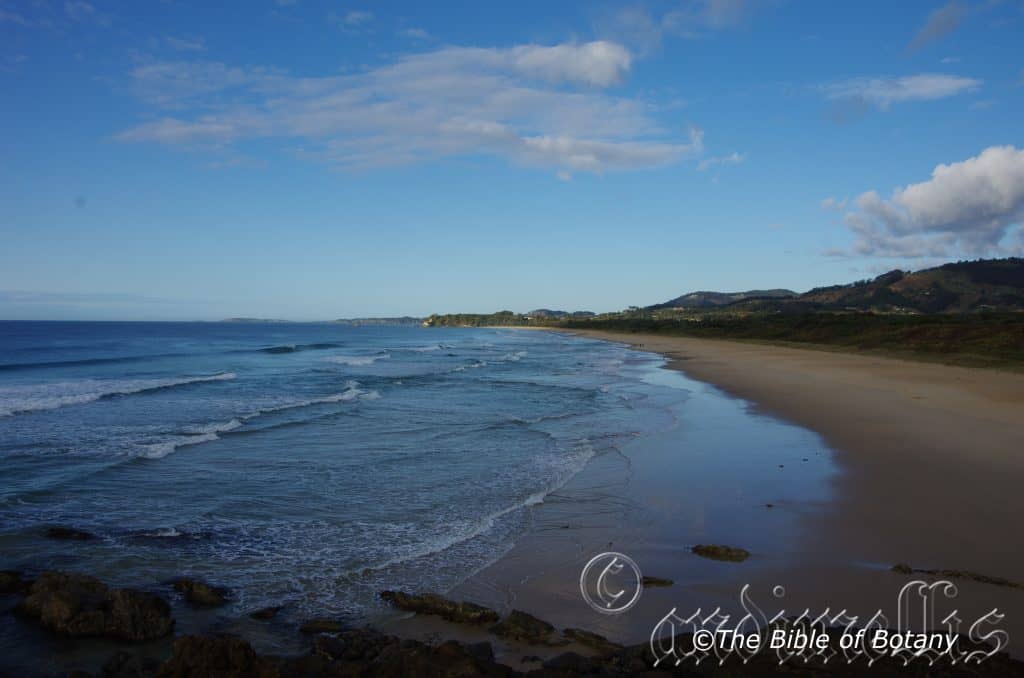
Moonee Headland NSW
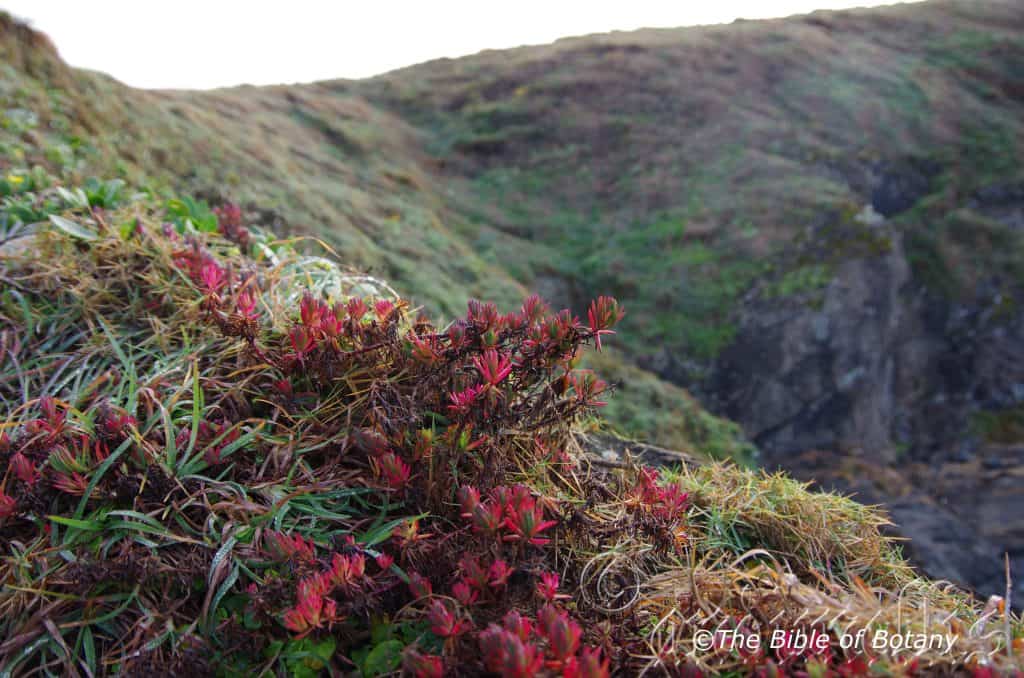
Moonee Headland NSW
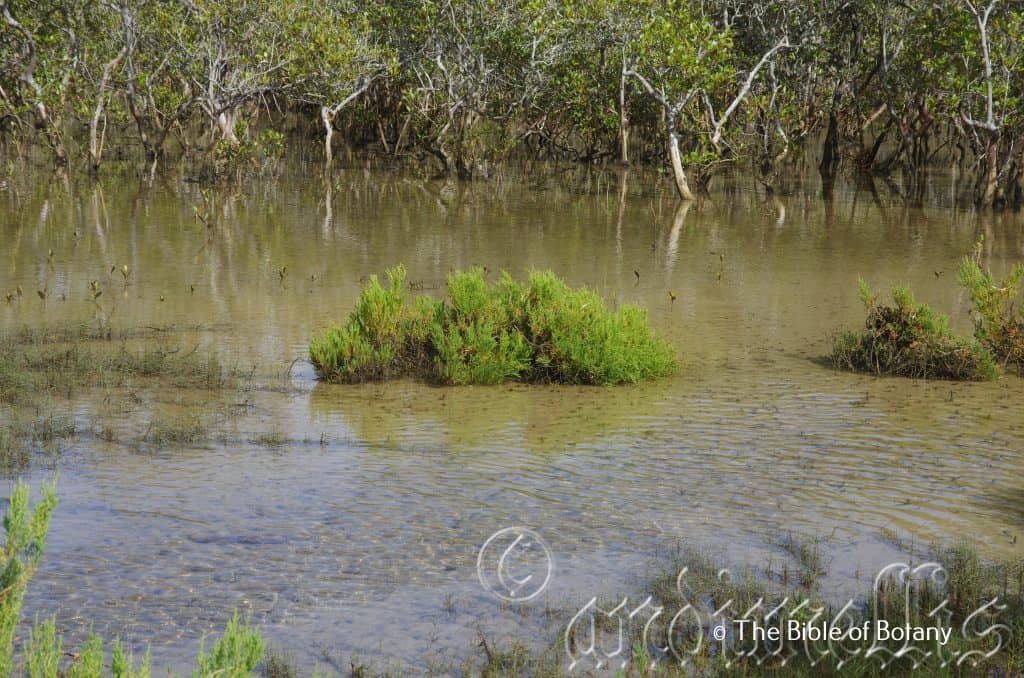
Currumbin Creek Estuary Qld.
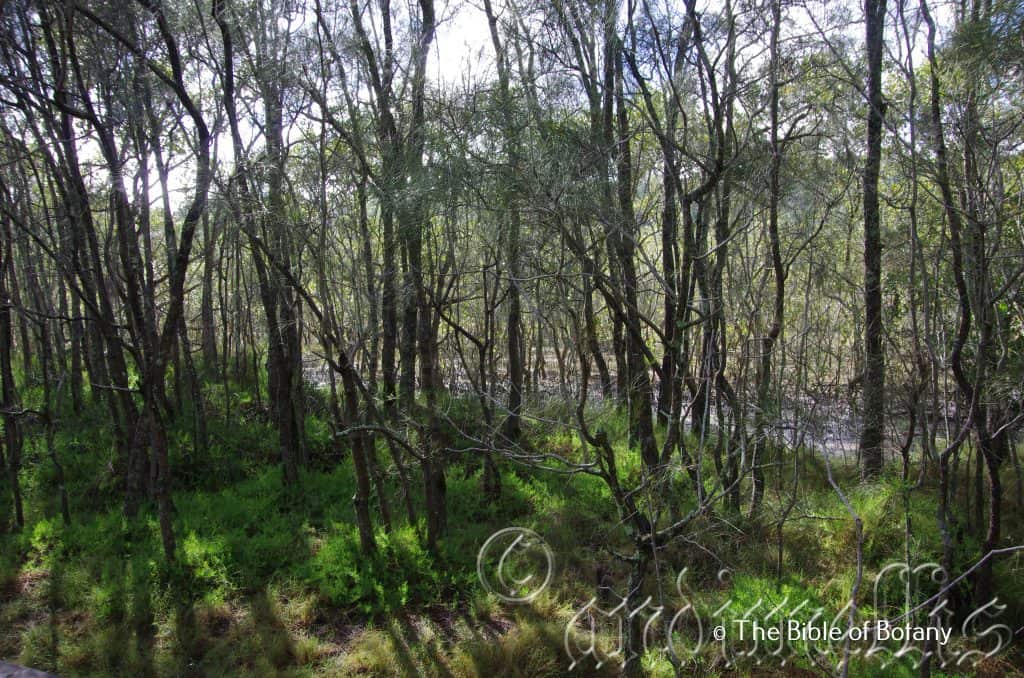
Currumbin Creek Estuary Qld.
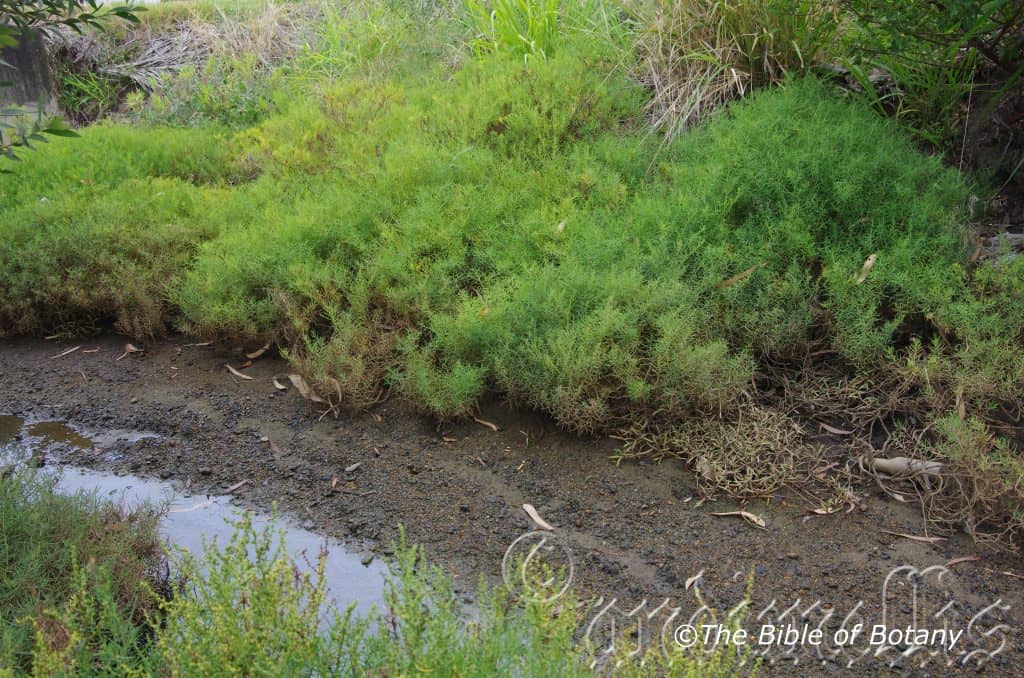
Sandgate Tidal Drain Qld.
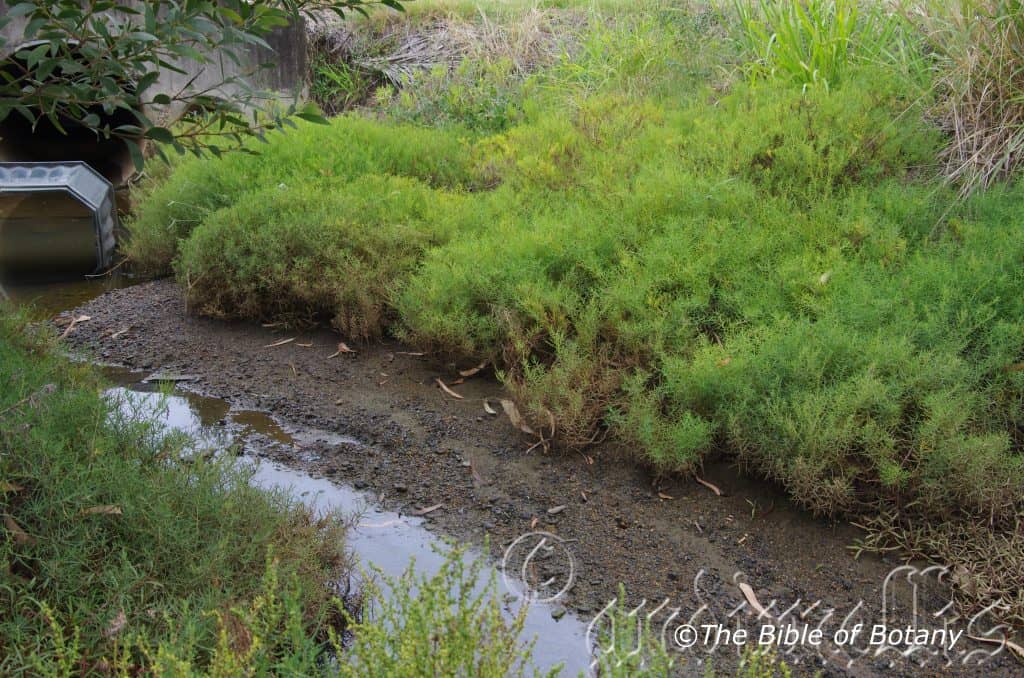
Sandgate Tidal Drain Qld.
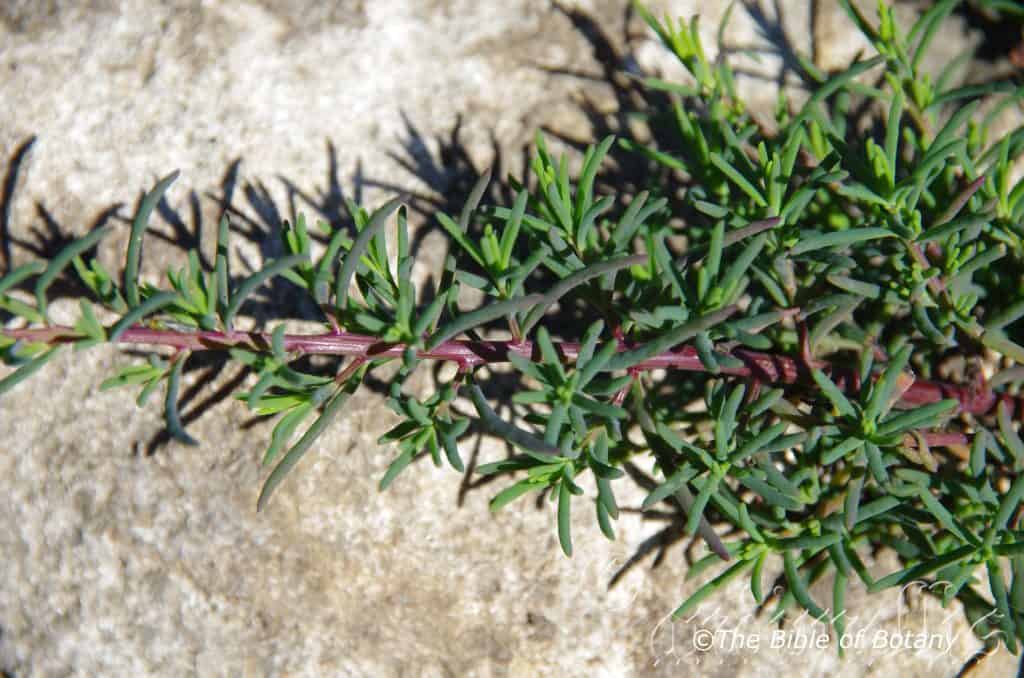
Rosser Park Benowa Qld.
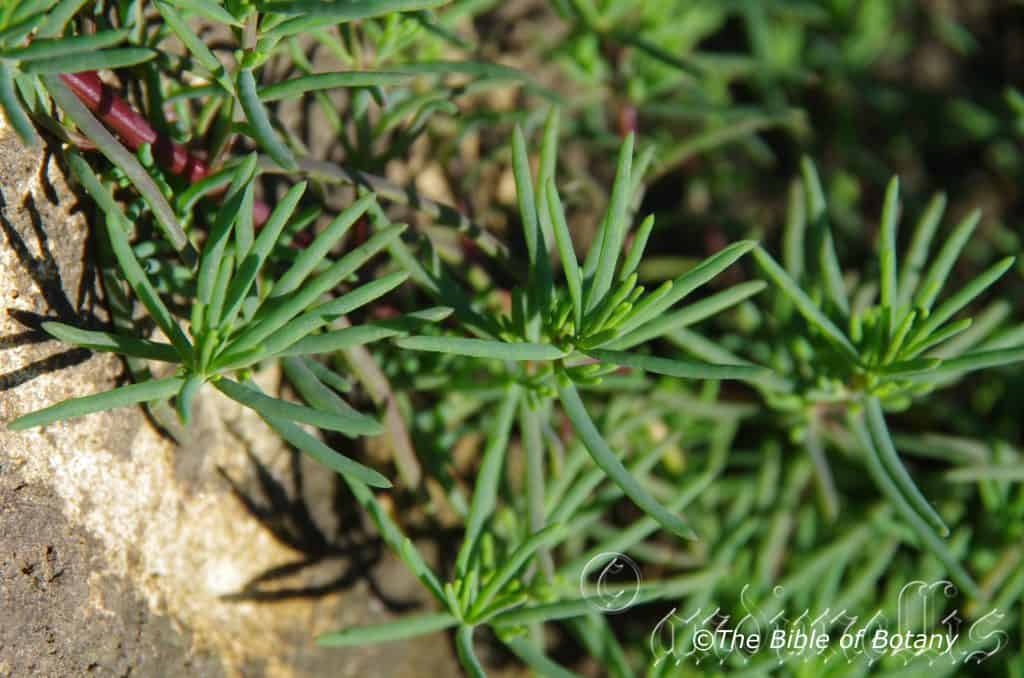
Rosser Park Benowa Qld.
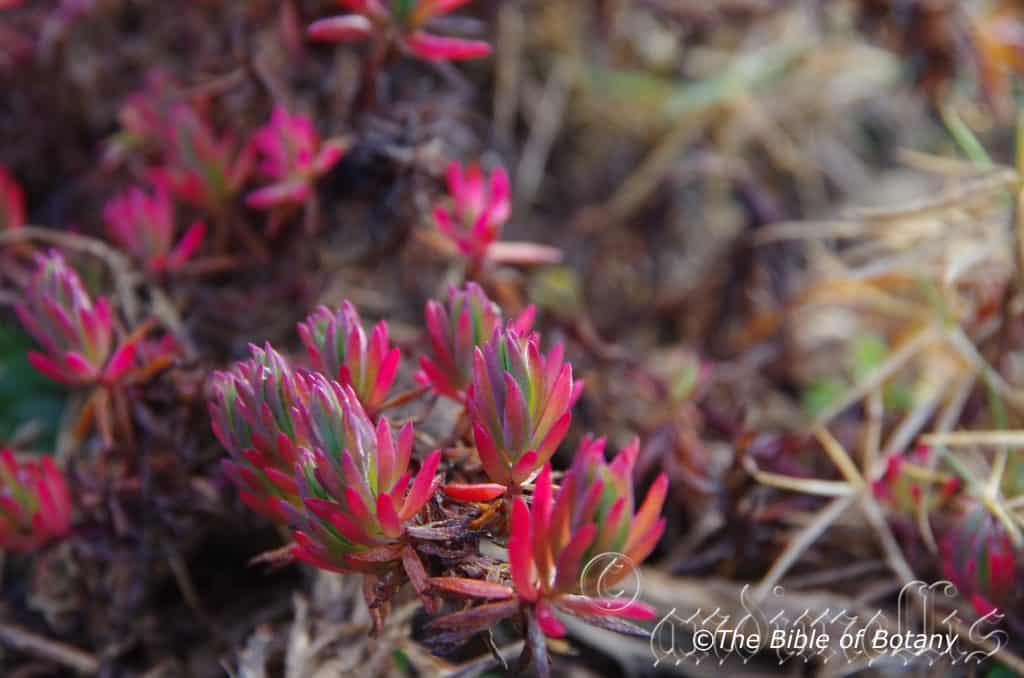
Moonee Headland NSW
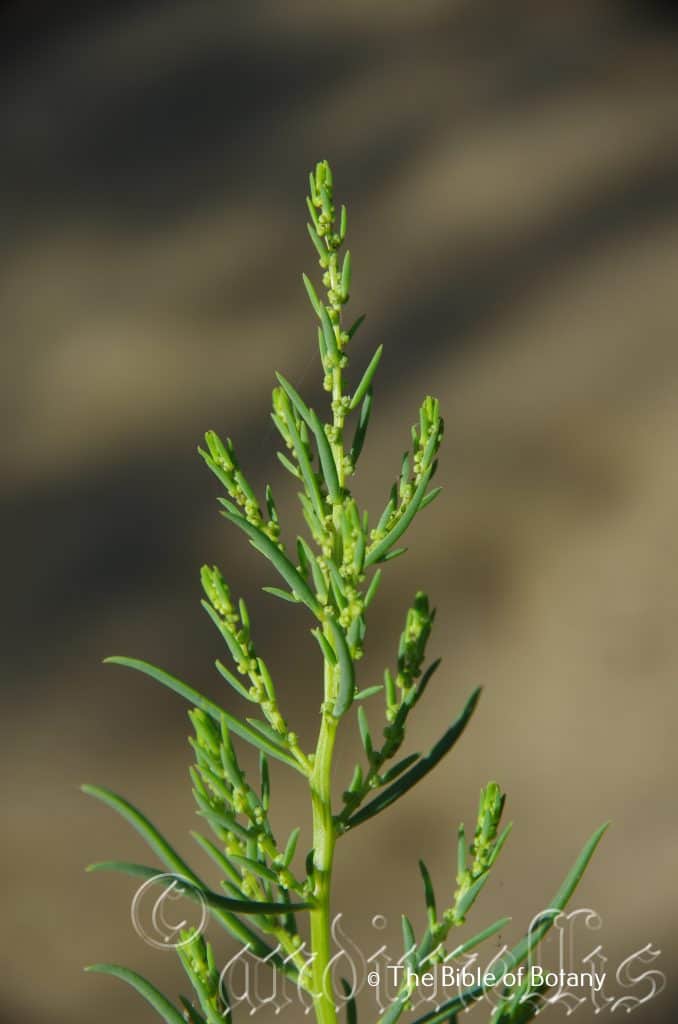
Currumbin Creek Estuary Qld.
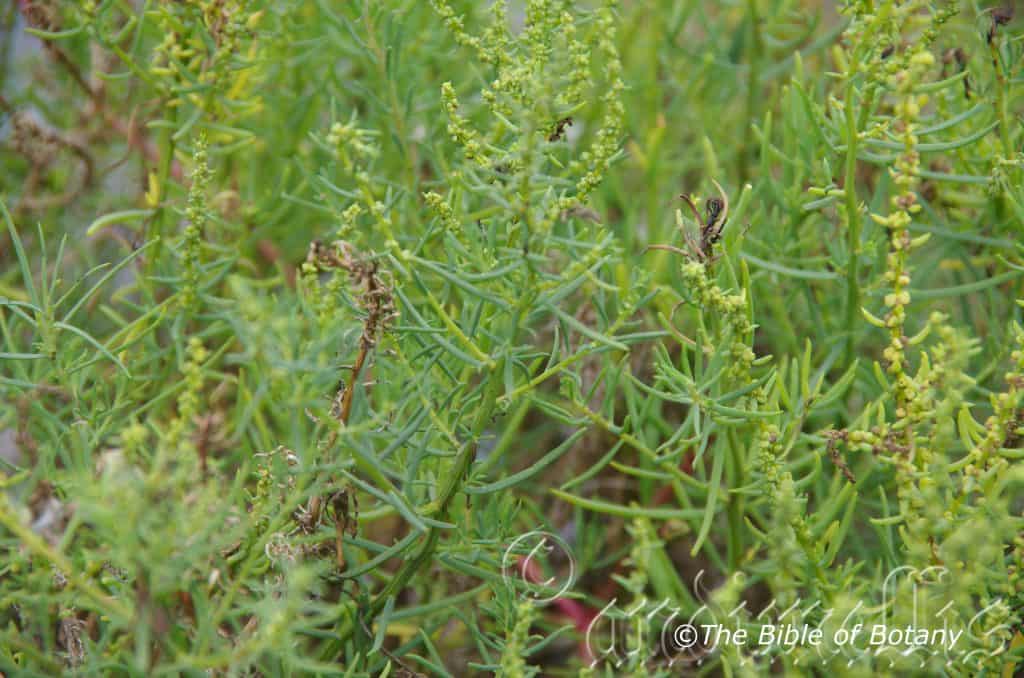
Sandgate Tidal Drain Qld.
Enchylaena tomentosa
Classification
Unranked: Eudicots
Unranked: Core Eudicots
Order: Caryophyllales
Family: Amaranthaceae
Subfamily: Camphorosmoideae
Genus: From Enchlyos, which is Greek for fleshy or succulent and Laina, which is Ancient Greek for a lined cloak. It refers to the perianth on the fruits.
Specie: From Tomentosa, which is Latin for to be covered in long down. It refers to hairs, which are long, soft and wavy or matted.
Sub specie:
Common Name: Ruby Saltbush.
Distribution:
Enchylaena tomentosa is widespread south of a line from the Kimberley Range in Western Australia to Innisfail in far north eastern Queensland with the exception of the Great Dividing Range south of Grafton, Tasmania and The Bass Strait Islands.
https://avh.ala.org.au/occurrences/search?taxa=Enchylaena+tomentosa#tab_mapView
Habitat Aspect Climate:
Enchylaena tomentosa prefers full sun to light dappled shade. It grows usually flat terrain in open sclerophyll forests, open Eucalyptus forests, open woodlands, heaths savannah woodlands, savannah grasslands and estuary flats often in saline water.
The temperatures range from minus 4 degrees in July to 45 degrees in January.
The rainfall ranges from lows of 60mm to an average of 2500mm annually.
Soil Requirements:
Enchylaena tomentosa prefers coarse sands, fine sands, sandy loams, light gravelly lateritic clays or medium clays. The soils are usually derived from decomposed sandstone, shale and accumulated sands. The soils pH ranges from 5pH to 6.5pH are preferred where the water can drain freely. It does not tolerate waterlogged soils. Non saline soils to extremely saline soils are tolerated.
Height & Spread:
Wild Plants: 0.5m to 1m by 0.6m to 1.2m.
Characteristics:
Enchylaena tomentosa‘s is a neat hemispherical shrubby perennial with pale grey stems. The stems are erect, glabrous or covered in pale grey tomentose hairs. The branchlets and juvenile new growth are semi succulent and moderately covered in short and long white tomentose hairs.
The leaves are semi terete and succulent and measure 9mm to 16mm in length by 1.6mm to 2.2mm in width.
The petioles are sparsely covered in short and long white tomentose hairs and measure 0mm to 1mm in length. The bases are tapered to the petiole while the apexes are long acute. The concolourous laminas are pale, soft grey-green to soft blue-green, dull and covered in white tomentose hairs. The margins are entire. The midvein and lateral veins are not visible on either lamina.
The inflorescences are born singularly from the leaf axils. The sepals and petals are pastel green and insignificant.
Flowering occurs throughout the year under favourable conditions with a decline in the drier months or drought.
Enchylaena tomentosa fruits are small flat succulent drupes have 5 shallow, longitudinal furrows. The drupes measure 2mm to 3mm in length by 5mm to 8mm in diameter. The green or yellow drupes turn red to brownish-purple or brownish-red then turn black when fully ripe. The drupes drop to the ground before they turn black and are still succulent.
Wildlife:
Enchylaena tomentosa are good standby plants for small fruit eating birds like honeyeaters including the Yellow Faced Honey eaters and New Holland Honey eaters because it flowers all year with a peak in Spring when there are fewer plants in fruit.
Cultivation:
Enchylaena tomentosa is a good small shrub for semi-arid to cool temperate gardens. It have a place around swimming pools, in cool sunny courtyards, bush gardens and rockeries. It needs to be mulched and the soil moisture needs to be kept at an even level to best results.
It can be pruned to shape or allowed to do their own thing, either way it makes a very interesting plant adding colour, texture and feed for small native birds.
Enchylaena tomentosa looks particularly stunning placed amongst large boulders where they soften the rocks. Here pruning is beneficial in order to persuade them to grow around them rather than up and over them. The boulders assist in keeping the root zone cool and help to retain moisture in the lower strata of the soil.
It adds interesting foliage and colour to a dry heath garden. When you design a flat heath garden which this Epacris is well suited. Try not to use contours straight lines to display the plants as heath lands are almost always flat or have a slight rise and the plants always appear in a jumbled arragements. Plants must be planted close together and be short so you can see over the tallest ones with the exception of one or two plants at the most. Enchylaena tomentosa however does appreciate good air flow around them, this is necessary to eliminate fungal problems. These will be feature plants. The idea is to achieve a feeling of expansive flatness or emptiness where the terrain is steep. This can be achieved with using the Enchylaena tomentosa‘s beautiful small, terete blue leaves and having them contrasting finer pale green or soft grey to glaucous coloured foliage. Use a lot of procumbent plants like Carpobrotus edulis or Hibertia species. Mix them with other smaller shrubs so none of them dominate the scene but blend in to give a mosaic of foliage colours that you oversee. Here I immediately think of Actinotis helianthi, Grevillea masonii or Grevillea paradoxa for three great contrasting foliage.
“The utility of endemic vegetation as a refuge for beneficial insects in agricultural systems has been the focus of much investigation over the preceding decade. While this project is using the intensely farmed Virginia horticulture area in SA as a model”. The findings will have national significance/application. In this landscape, pest thrips and the Tomato Spotted Wilt Virus (TSWV) that they transmit cost the horticulture industry on the Northern Adelaide Plains (NAP) around $25M a year.
Unsurprisingly, exotic weeds are favoured as habitat by these introduced crop pests. Brassica weeds in particular have on average the highest densities of exotic thrips (mainly Frankliniella schultzei, western flower thrips; WFT) and the sheer acreage of this weed (and corresponding lack of native vegetation) in the production area of the NAP represents a vast reservoir of pest thrips and diseases they vector. The original Revegetation by Design project began in 2003 and aimed to develop a novel IPM strategy whereby weeds are replaced with perennial native vegetation that was shown to support fewer crop pests.
“Typically there are areas on each property that are covered by weeds (or rubbish) that represent a hidden opportunity to improve IPM and reduce costs and long term environmental degradation. There is an initial setup cost, but our results suggest there are benefits of having selected perennial deep-rooted native plants. These native plants generally support very low numbers of pests and disease while acting as an over-wintering refuge for beneficial insects of crop pests.” www.sardi.sa.gov.au
Propagation:
Seeds: Enchylaena tomentosa seeds can be sown into a seed raising mix without treatment in spring or summer. Cover them in 2mm of fine sand. Place the trays in a sunny warm position and keep moist. When the seedlings are 25mm to 50mm tall, prick them out and plant them into 50mm native tubes using a good organic mix.
Once the seedlings reach 200mm to 250mm in height prick the growing tips out and plant them out into their permanent position. For mass plantings plant them at 1.8 meter to 2 meter centers. Amongst boulders use wider centers so the beauty of the rocks can still be viewed.
Fertilize using Seaweed, fish emulsion or organic chicken pellets soaked in water and apply the liquid on an alternate basis. Fertilize every two or 3 months until well established and immediately after a drought period to induce heavy flowering and good fruiting.
Cuttings: It can be grown easily from cuttings at any time of the year. Select material from good fruiting specimens or those with a better growth habit. Preferably plants that grow in similar saline conditions to where you want to place them or local gene pools are best.
1 Prepare the cutting mix by adding one third sharp clean river sand, one third peat and one third perlite. These ingredients are sterilize,
2 Select good material from non diseased plants,
3 Select semi green stems for cuttings. Look for a stem with two or three nodes,
4 Place the cutting on a flat, hard surface, and make a clean just below the lower pair of nodes,
5 No rooting hormone is required,
6 Use a small dipple stick or old pencil to poke a hole into the soilless potting mix. Ensure the hole is slightly larger than the stem diameter and ensure the cuttings are not touching each other. Alternatively the cuttings can be placed directly into 50mm squat tubes,
7 I like to place the pots in Plastic bags to help maintain temperature and moisture. Place in a semi shaded place like under 50mm shade cloth.
8 When the cuttings have struck, open the bag to allow air circulation for a few days to a week,
9 Once hardened off remove the cuttings from the bag and allow to further hardening for a few more days,
10 Transplant into a good potting mix to grow on.
Further Comments from Readers:
Hi reader, it seems you use The Bible of Botany a lot. That’s great as we have great pleasure in bringing it to you! It’s a little awkward for us to ask, but our first aim is to purchase land approximately 1,600 hectares to link several parcels of N.P. into one at The Pinnacles NSW Australia, but we need your help. We’re not salespeople. We’re amateur botanists who have dedicated over 30 years to saving the environment in a practical way. We depend on donations to reach our goal. If you donate just $5, the price of your coffee this Sunday, We can help to keep the planet alive in a real way and continue to bring you regular updates and features on Australian plants all in one Botanical Bible. Any support is greatly appreciated. Thank you.
In the spirit of reconciliation we acknowledge the Bundjalung, Gumbaynggirr and Yaegl and all aboriginal nations throughout Australia and their connections to land, sea and community. We pay our respect to their Elders past, present and future for the pleasures we have gained.
Endiandra compressa
Classification
Unranked: Magnoliids
Order: Laurales
Family: Lauraceae
Genus: From Entos, which is Greek for within and Andros, which is Ancient Greek for a man. It refers to the inner row of stamens of the flower.
Specie: From Com/Cum, which is Latin for to come together and Primere, which is Latin for to squeeze together. It refers to stems which are flattened.
Sub specie:
Common Name: White Bark.
Distribution:
Endiandra compressa is found in 2 disjunct populations east of the Great Diving Range from Cairns to Mackay in the north, and from the Sunshine Coast in southern Queensland to Lennox Head in northern New South Wales. There are 2 outlying populations one in the south from the Bellinger River to Dorrigo National Park, a second in far north Queensland in the Iron Range Resource Reserve.
https://avh.ala.org.au/occurrences/search?taxa=Endiandra+compressa#tab_mapView
Habitat Aspect Climate:
Endiandra compressa prefers full sun to light dappled shade. It grows in well-developed rainforests, vine forests, on the margins Melaleuca forests, woodland heaths or at times in littoral rainforests. Its altitude ranges from 5 meters ASL to 600 meters ASL.
The temperatures range from minus 2 degrees in July to 38 degrees in January.
The rainfall ranges from lows of 1000mm to an average of 3000mm annually.
Soil Requirements:
Endiandra compressa prefers light gravelly clays to medium clays. The soils are mainly derived from decomposed brown basalts, black basalts sandstones or accumulated peaty sands. The soils pH ranges from 5pH to 6pH. It tolerates seasonal wet soils and seasonal high water tables soils. Non saline soils to moderately saline soils are tolerated.
Height & Spread:
Wild Plants: 12m to 30m by 6m to 12m.
Characteristics:
The trunks may be buttressed in larger trees. The bark is pale grey or almost white. The branches are glabrous and pale grey. The new growth and juvenile growth is mid green and semi glossy while the twigs are terete or slightly fluted and sparsely to moderately covered in pale brown caduceous sericeous or pubescent hairs.
The alternate, elliptical to lanceolate leaves measure 80mm to 150mm in length by 30mm to 50mm in width. The petiole is sparsely covered in pale brown caduceous sericeous or puberulent hairs and measures 10mm to 20mm in length. The bases are cuneate while the apexes are obtuse to bluntly acuminate. The concolourous laminas are mid grass-green to deep grass-green, glabrous and glossy. The laminas recurve upwards from the mid vein to the margins and decurve downwards towards the apex. The margins are entire. The midvein is prominent on both laminas while the 10 to 12 pairs of lateral veins are very slightly prominent on the lower laminas. The mid vein is visible on the upper lamina being yellow-green.
Juvenile leaves are usually much larger at 130mm to 210mmin length by 50mm to 80mm in width with undulating margins.
The inflorescences are born on short panicles from the leaf axils. There are 8 to 46 individual flowers on a panicle. The green rachises peduncles and pedicels are covered in white tomentose hairs. The rachises measure 25mm to 40mm in length while the peduncles measure 4mm to 8mm in length and the pedicels measure 0.2mm to 0.5mm in length. The cream corolla and ovate to oblong tepals are covered in fine white tomentose hairs externally and internally. The corolla tubes measure 1.8mm to 2.2mm in length while the tepals measure 1mm to 1.9mm in length by 1mm to 1.9mm in width. The 6 creamy tepals never fully open and remain in the recurved position even after anthesis.
The 3 stamens measure 3mm to 3.5mm in length.
The cream style is inserted in the center of the cream disc. The flowers appear from November to December.
The fruits are large compressed, globular or compressed pyriform drupes. The drupes measure 48mm to 71mm in length by 39mm to 60mm in diameter. The green drupes turn deep purple-black when ripe. The seeds measure 33mm to 52mm in length by 30mm to 49mm in width by 16mm to 27mm in height. The fruits ripen in January and early February.
Wildlife:
Endiandra compressa is the host tree for the Purple Brown eye Butterfly, Chaetocneme porphyropis which feeds on the leaves.
Cassowaries, Casuarius brisson and various Fruit Bat species, Pteropus specie that eat the fruit and spread the seeds throughout the rainforests.
The drupes are edible though I have not had the pleasure of tasting them to date.
Cultivation:
Endiandra compressa is a magnificent small tree for tropical to warm temperate gardens. In cultivation it will form an upright densely foliaged medium tree growing from 12 meters to 16 meters in height by 4 meters to 6 meters in diameter when grown in the open. This makes it a very suitable as street trees and small park trees. The roots are non-invasive so it can be planted closer to infrastructures and underground amenities than most rainforest trees. It has also proven to be resistant to vehicle pollution and great variation in temperatures which makes it an ideal tree for car parks and adjacent to highways.
Its attractive shape when grown in the open also contributes aesthetically for large gardens where a single specimen tree is required. It will do well in either full sun or dense shade, and in a diversity of soils from sandy loams to medium clays on acidic or alkaline based soils.
Endiandra compressa can also be grown as a windbreak along the coast and can stand coastal salt laden winds. Because of this it would be worthwhile trying them inland in semi-arid zones where adequate moisture can be guaranteed.
The tree would make very good accent tree in front of low set or 2 story commercial buildings, industrial sheds or school buildings where they will break up hard rigid architectural lines and give warmth and breadth to a building. In front of high rise buildings they give balance especially where they could be grown in curves meandering to the entry doors.
The trees make ideal rainforest starter trees and are rather good for most types of epiphytic ferns and orchids.
Propagation:
Seeds: The seeds can be sown directly into a seed raising mix without treatment in spring or summer. Place 1 seed in a 50mm native tube and cover the seeds in 10mm of fine sand. Place the trays in a warm position under 30mm to 50mm shade and keep moist. Prepare the hole where the seeds are to be planted using good quality compost. When the seedlings are 100mm to 150mm tall plant them into their permanent position.
Fertilize using Seaweed, fish emulsion or organic chicken pellets soaked in water and apply the liquid on an alternate basis. Fertilize every 2 to 3 months for the next few years or until the trees are well established then it can be cut back to once a year.
Further Comments from Readers:
Hi reader, it seems you use The Bible of Botany a lot. That’s great as we have great pleasure in bringing it to you! It’s a little awkward for us to ask, but our first aim is to purchase land approximately 1,600 hectares to link several parcels of N.P. into one at The Pinnacles NSW Australia, but we need your help. We’re not salespeople. We’re amateur botanists who have dedicated over 30 years to saving the environment in a practical way. We depend on donations to reach our goal. If you donate just $5, the price of your coffee this Sunday, We can help to keep the planet alive in a real way and continue to bring you regular updates and features on Australian plants all in one Botanical Bible. Any support is greatly appreciated. Thank you.
In the spirit of reconciliation we acknowledge the Bundjalung, Gumbaynggirr and Yaegl and all aboriginal nations throughout Australia and their connections to land, sea and community. We pay our respect to their Elders past, present and future for the pleasures we have gained.
Endiandra crassiflora
Classification
Unranked: Magnoliids
Order: Laurales
Family: Lauraceae
Genus: From Entos, which is Greek for within and Andros, which is Ancient Greek for a man. It refers to the inner row of stamens of the flower.
Specie: From Crassum, which is Latin for thick, dense or plump and Floris, which is Latin for a flower or Flos, which is Roman for the goddess of spring and flowers.
Sub specie:
Common Name: Dorrigo Maple.
Distribution:
Endiandra crassiflora is restricted to small disjunct populations between Springbrook in far southern Queensland to Mount Boss near Wauchope in northern New South Wales. It is mainly found on the Great Dividing Range.
https://avh.ala.org.au/occurrences/search?taxa=Endiandra+crassiflora#tab_mapView
Habitat Aspect Climate:
Endiandra crassiflora prefers full sun to light dappled shade. It grows in moist, warm temperate rainforests. Its altitude ranges from 450 meters ASL and 1450 meters ASL.
The temperatures range from minus 2 degrees in July to 38 degrees in January.
The rainfall ranges from lows of 1000mm to an average of 1650mm annually.
Soil Requirements:
Endiandra crassiflora prefers light gravelly clay to medium clays. The soils are mainly derived from decomposed brown basalts or black basalts. The soils pH ranges from 5pH to 6pH are preferred where the water can drain freely. It does not tolerate waterlogged soils. Non saline soils to extremely saline soils are tolerated.
Height & Spread:
Wild Plants: 15m to 25m by 6m to 9m.
Characteristics:
The trunks of Endiandra crassiflora‘s form short buttress on older trees. The pale grey or almost white glabrous bark is corky or sparsely covered in shallow depressions. The pale grey branches are glabrous. The new growth and juvenile growth is mid green and semi glossy and covered in pale golden-brown crooked pilose hairs.
The opposite or subopposita, ovate leaves measure 40mm to 120mm in length by 20mm to 50mm in width. The glabrous petiole measures 8mm to 12mm in length. The slightly oblique to oblique bases are broad cuneate to rounded while the apexes are acuminate to obtuse. The discolourous laminas are mid grass-green to deep grass-green, glabrous, bullata and glossy on the upper laminas while the lower laminas are glaucous and sparsely covered in fine, short, golden-brown pilose hairs. The laminas decurve downwards from the margins and decurve downwards towards the apex. The margins are entire and are undulating. The midvein is strongly prominent on the lower lamina while the 4 to 5 pairs of lateral veins are prominent on the lower laminas. The mid vein and lateral veins are clearly visible on the upper laminas being yellow-green. The laminas are areolate between the veins on the upper surface. The main vein on the lower lamina is covered in pale golden-brown crooked pilose hairs. The domatia when present are covered in short golden brown hairs and are found in the axils of the main vein and main lateral veins on the apex side.
The inflorescences are born on short racemes from the leaf axils. There are 6 to 16 individual flowers on a raceme. The reddish-brown rachises and pedicels are covered in reddish-brown hirsute hairs. The rachises measure 25mm to 35mm in length while the peduncles measure 2mm to 2.5mm in length and the pedicels measure 0.2mm to 0.5mm in length. The deep green to maroon or deep purple corolla and ovate tepals are glabrous. The corolla tubes measure 2.5mm to 3mm in length while the tepals measure 2.5mm to 3mm in length by 2.5mm to 3mm in width. The 6 divaricate tepals become decurve after anthesis.
The 3 reddish-maroon stamens measure 0.5mm to 1mm in length.
The white style is inserted in the center of the 3 stamens. The flowers appear from June to September.
The fruits are large ovoid to oblong drupes. The drupes measure 18mm to 23mm in length by 15mm to 20mm in diameter. The green drupes turn deep blue-black when ripe. The fruits ripen in September and early December.
Wildlife:
Endrandra crassiflora relies on the various species of Fruit Bats like Pteropus specie to eat the fruit and spread the seeds throughout the rainforests.
The drupes are edible though I have not had the pleasure of eating any of them to date.
Cultivation:
Endrandra crassiflora is a magnificent tree for tropical to warm temperate gardens. In cultivation it will form an upright densely foliaged medium tree growing from 12 meters to 16 meters in height by 5 meters to 8 meters in diameter when grown in the open. This makes it very suitable as small park trees or planted in a larger garden. The roots are non-invasive so it can be planted closer to infrastructures and underground amenities than most rainforest trees. It has also proven to be resistant to vehicle pollution and great variation in temperatures which makes it an ideal tree for car parks and adjacent to highways.
Its attractive shape when grown in the open also contributes aesthetically in large gardens where a single specimen tree is required. It will do well in either full sun or in dense shade, and in a wide range of soils from sandy loams to medium clays on acidic or alkaline based soils.
Endrandra crassiflora can also be grown as a windbreak along the coast and can stand coastal salt laden winds. Because of this it would be worthwhile trying them inland in semi-arid zones where adequate moisture can be guaranteed.
The trees would make very good accent trees in front of low set or 2 story commercial buildings, industrial sheds or school buildings where it will break up hard rigid architectural lines and give warmth and breadth to a building. In front of high rise buildings they give balance especially where they could be grown in curves meandering to the entry doors.
The trees make ideal rainforest starter trees and are rather good for most types of epiphytic ferns and orchids.
Propagation:
Seeds: Endiandra crassiflora seeds can be sown directly into a seed raising mix without treatment in spring or summer. Place 1 seed in a 50mm native tube and cover the seeds in 10mm of the mix. Place the trays in a warm position under 30mm to 50mm shade and keep moist.
Prepare the hole where the seeds are to be planted using good quality compost and add a big hand ful of pure blood and bone. When the seedlings are 100mm to 150mm tall plant them into their permanent position.
Fertilize using Seaweed, fish emulsion or organic chicken pellets soaked in water and apply the liquid on an alternate basis. Fertilize every two to 3 months for the next few years or until the trees are well established then it can be cut back to once a year.
Further Comments from Readers:
Hi reader, it seems you use The Bible of Botany a lot. That’s great as we have great pleasure in bringing it to you! It’s a little awkward for us to ask, but our first aim is to purchase land approximately 1,600 hectares to link several parcels of N.P. into one at The Pinnacles NSW Australia, but we need your help. We’re not salespeople. We’re amateur botanists who have dedicated over 30 years to saving the environment in a practical way. We depend on donations to reach our goal. If you donate just $5, the price of your coffee this Sunday, We can help to keep the planet alive in a real way and continue to bring you regular updates and features on Australian plants all in one Botanical Bible. Any support is greatly appreciated. Thank you.
In the spirit of reconciliation we acknowledge the Bundjalung, Gumbaynggirr and Yaegl and all aboriginal nations throughout Australia and their connections to land, sea and community. We pay our respect to their Elders past, present and future for the pleasures we have gained.
Endiandra discolor
Classification
Unranked: Magnoliids
Order: Laurales
Family: Lauraceae
Genus: From Entos, which is Greek for within and Andros, which is Ancient Greek for a man. It refers to the inner row of stamens of the flower.
Specie: From Di/Dis, which are Ancient Greek for two and Colour, which is Latin a tint or hue. It refers to structures or organs usually the leaves, which have a different colour on each surface.
Sub specie:
Common Name: Rose Walnut or Domatia Tree.
Distribution:
Endiandra discolor is widespread south from The Daintree National Park in far northern coastal Queensland south to Woy Woy and Lithgow in central coastal New South Wales. It is found on and east of the Great Dividing Range.
https://avh.ala.org.au/occurrences/search?taxa=Endiandra+discolor#tab_mapView
Habitat Aspect Climate:
Endiandra discolor prefers full sun to light dappled shade. It grows in warmer temperate rainforests, cooler tropical rainforests moist sclerophyll forests or moist vine thickets. The altitude ranges from 20 meters ASL to 1100 meters ASL.
The temperatures range from minus 2 degrees in July to 38 degrees in January.
The rainfall ranges from lows of 900mm to an average of 3200mm annually.
Soil Requirements:
Endiandra discolor prefers heavier types of sandy loams to medium clays. The soils are usually derived from decomposed brown basalts, black basalts, fatty sandstone, shale, metamorphic rocks or accumulated peaty beach sands. The soils pH ranges from 4.5pH to 5pH are preferred where the water can drain freely. It does not tolerate waterlogged soils although seasonal inundation for short periods is accepted. Non saline soils to moderately saline soils are tolerated.
Height & Spread:
Wild Plants: 15m to 30m by 6m to 12m.
Characteristics:
Endiandra discolor forms large buttress on old trees. The bark is grey-brown rough to scabrous on older trees. The grey-brown branches are glabrous. The new growth and juvenile growth is furrowed, mid green, semi glossy and covered in soft white hirtellous hairs or sericeous hairs.
The alternate or at times sub opposite leaves of are elliptical to ovate and measure 40mm to 105mm in length by 20mm to 50mm in width. The petioles are channelled on the upper surface and are glabrous to sparsely covered in white hirtellous hairs or sericeous hairs. The petioles measure 5mm to 10mm in length. The slightly oblique to symmetrical bases are broad cuneate while the apexes are acuminate. The discolourous laminas are deep grass-green to sea-green, glabrous and glossy on the upper laminas while the lower laminas are ash-green or glaucous and sparsely covered in white hirtellous hairs or sericeous hairs. The laminas decurve downwards near the margins and decurve downwards towards the apex. The margins are entire and are slightly undulating. The midvein is strongly prominent on the lower lamina and is also prominent on the upper lamina while the 4 to 5 pairs of lateral veins are more prominent near the base on the lower laminas and are very slightly prominent on the upper lamina. The 1 to 5 usually 5 large, glabrous, reniform domatia are present in the axils of the main vein and main lateral veins on the apex side but on the lateral veins closest to the base.
The inflorescences are born on short panicle from the leaf axils. There are 6 to 18 individual flowers on a panicle. The pale blue-green rachises, peduncle and pedicels are sparsely covered in soft, white hirsute hairs. The rachises measure 25mm to 35mm in length while the peduncles measure 2mm to 2.5mm in length and the pedicels measure 0.2mm to 0.5mm in length. The pale blue-green corolla and ovate tepals are glabrous. The corolla tubes measure 2.5mm to 3mm in length while the tepals measure 1mm to 1.9mm in length by 1.2mm to 2mm in width. The 6 erect tepals become divaricate after anthesis.
The 3 yellow stamens and 3 staminodes measure 0.5mm to 1mm in length.
The yellow style is inserted in the center of the 3 stamens. The flowers appear from June to September.
Endiandra discolor fruits are large ellipsoidal drupe. The drupes measure 15mm to 20mm in length by 10mm to 15mm in diameter. The green drupes turn black when ripe. The brown ellipsoidal seeds measure 10mm to 16mm in length by 6mm to 11mm in diameter. The fruits ripen in March.
Wildlife:
Endriandra discolor relies on the various species of Fruit Bats (Pteropus) to eat the fruit and spread the seeds throughout the rainforests.
The drupes are edible though I have not had the pleasure of eating any of them to date.
Cultivation:
Endiandra discolor is a magnificent tree for tropical to warm temperate gardens. In cultivation it will form an upright densely foliaged medium tree growing from 16 meters to 20 meters in height by 8 meters to 10 meters in diameter when grown in the open. This makes them very suitable as small park trees or planted in a larger garden. The roots are non-invasive but they will grow out from a wide buttressing tree once established so should not be planted within 4 or 5 meters of underground services, foundations or paths.
Its attractive shape when grown in the open also contributes aesthetically in large gardens where a single specimen tree is required. It will do well in either full sun or in dense shade, and in a wide range of soils from sandy loams to medium clays on acidic or alkaline based soils.
Endiandra discolor can also be grown as a windbreak along the coast and can stand coastal salt laden winds. Because of this it would be worthwhile trying them inland in semi-arid zones where adequate moisture can be guaranteed.
The trees would make very good accent trees in front of low set or2 story commercial buildings, industrial sheds or school buildings where they will break up hard rigid architectural lines and give warmth and breadth to a building. In front of high rise buildings they give balance especially where they could be grown in curves meandering to the entry doors.
The trees make ideal rainforest starter trees and are good for most types of epiphytic ferns and orchids.
Propagation:
Seeds: Endiandra discolor seeds can be sown directly into a seed raising mix without treatment in spring or summer. Place 1 seed in a 500mm native tube and cover the seeds in 10mm of fine sand. Place the trays in a warm position under 30mm to 50mm shade and keep moist. Prepare the hole where the seeds are to be planted using good quality compost. When the seedlings are 100mm to 150mm tall plant them into their permanent position.
Fertilize using Seaweed, fish emulsion or organic chicken pellets soaked in water and apply the liquid on an alternate basis. Fertilize every two to 3 months for the next few years or until the trees are well established then it can be cut back to once a year.
Further Comments from Readers:
Hi reader, it seems you use The Bible of Botany a lot. That’s great as we have great pleasure in bringing it to you! It’s a little awkward for us to ask, but our first aim is to purchase land approximately 1,600 hectares to link several parcels of N.P. into one at The Pinnacles NSW Australia, but we need your help. We’re not salespeople. We’re amateur botanists who have dedicated over 30 years to saving the environment in a practical way. We depend on donations to reach our goal. If you donate just $5, the price of your coffee this Sunday, We can help to keep the planet alive in a real way and continue to bring you regular updates and features on Australian plants all in one Botanical Bible. Any support is greatly appreciated. Thank you.
In the spirit of reconciliation we acknowledge the Bundjalung, Gumbaynggirr and Yaegl and all aboriginal nations throughout Australia and their connections to land, sea and community. We pay our respect to their Elders past, present and future for the pleasures we have gained.
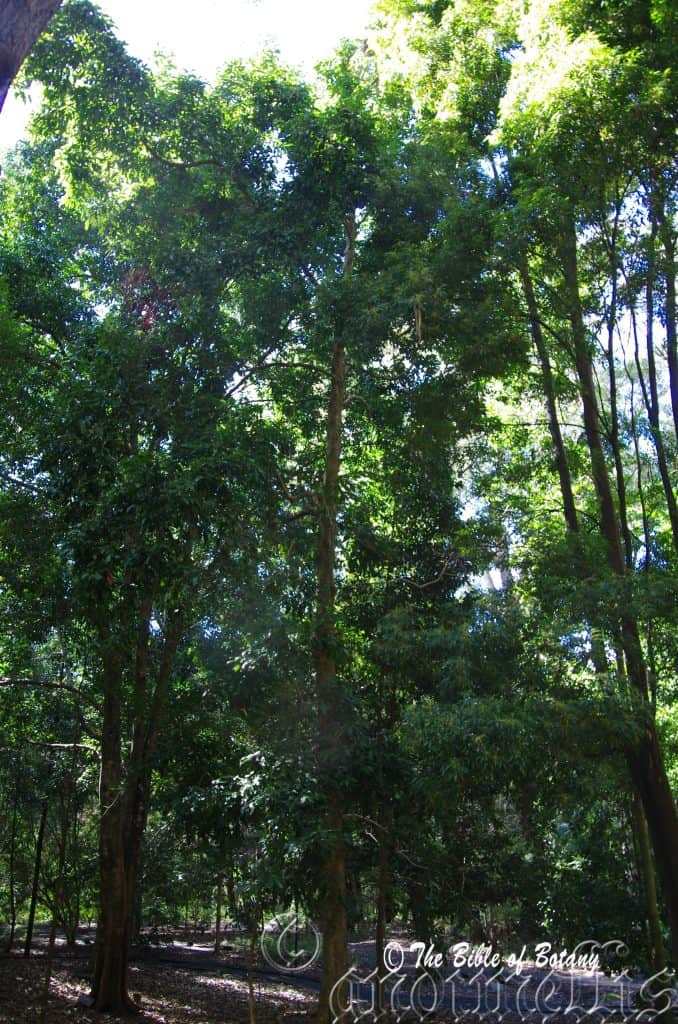
NCBG Coffs Harbour NSW
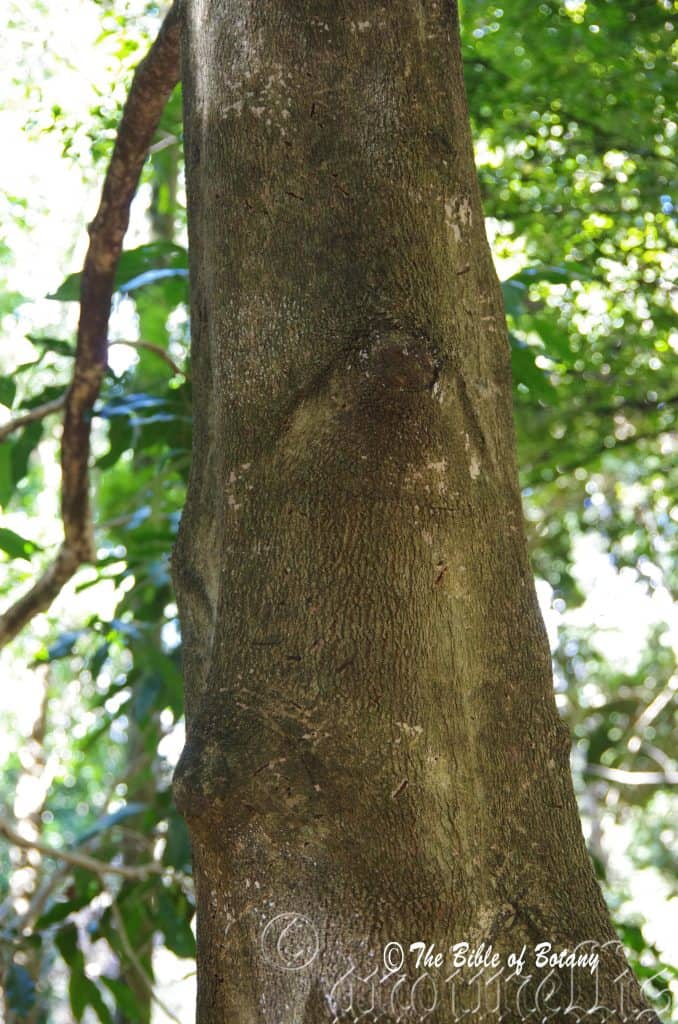
NCBG Coffs Harbour NSW
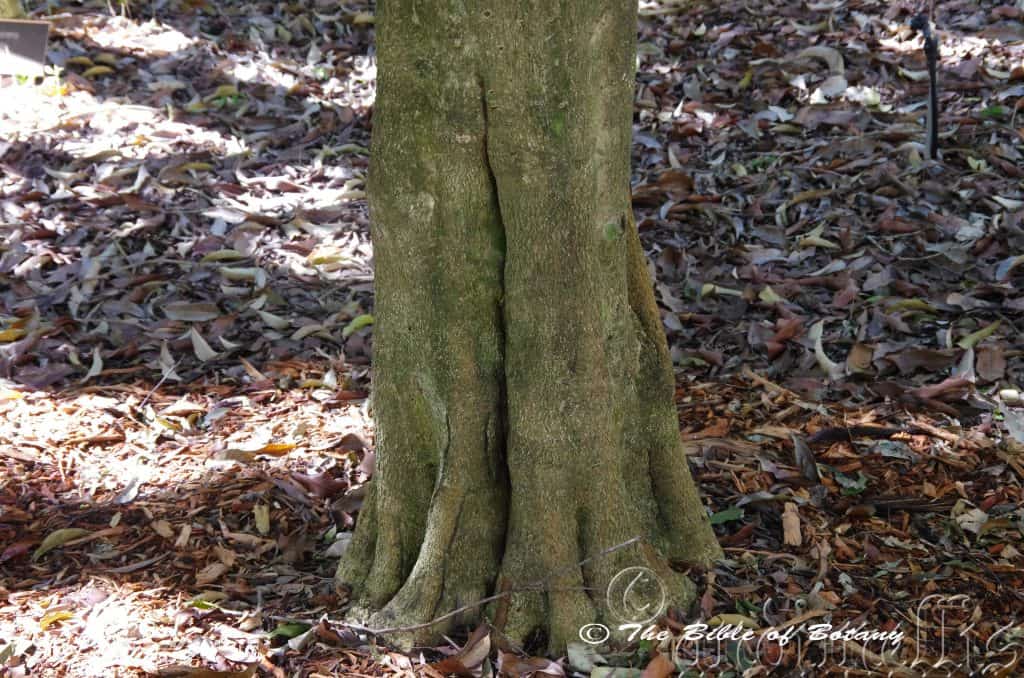
NCBG Coffs Harbour NSW
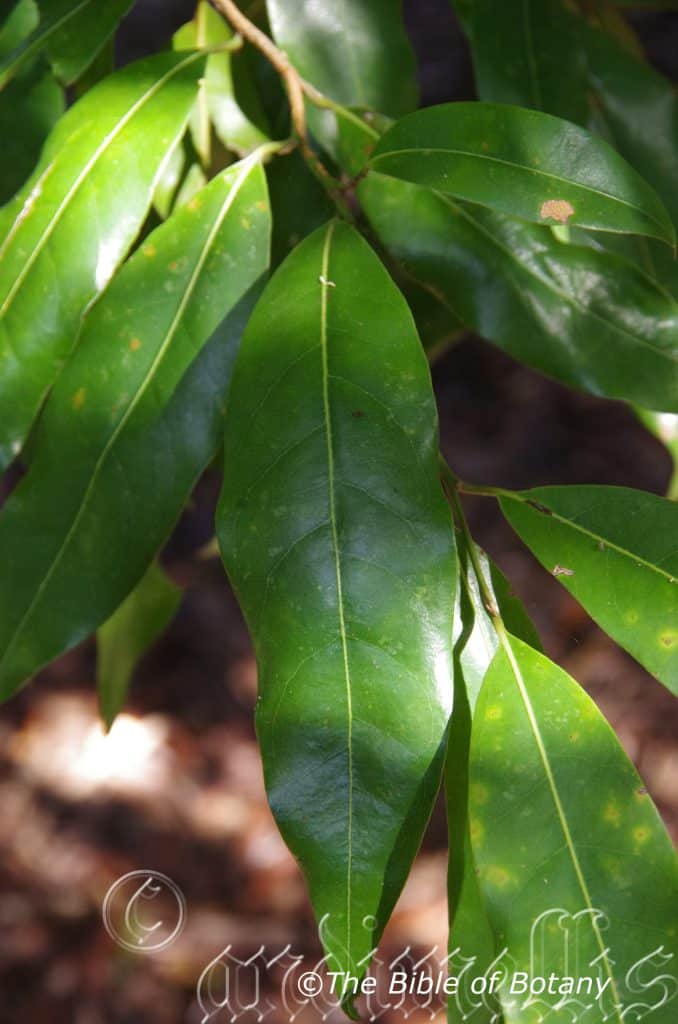
NCBG Coffs Harbour NSW
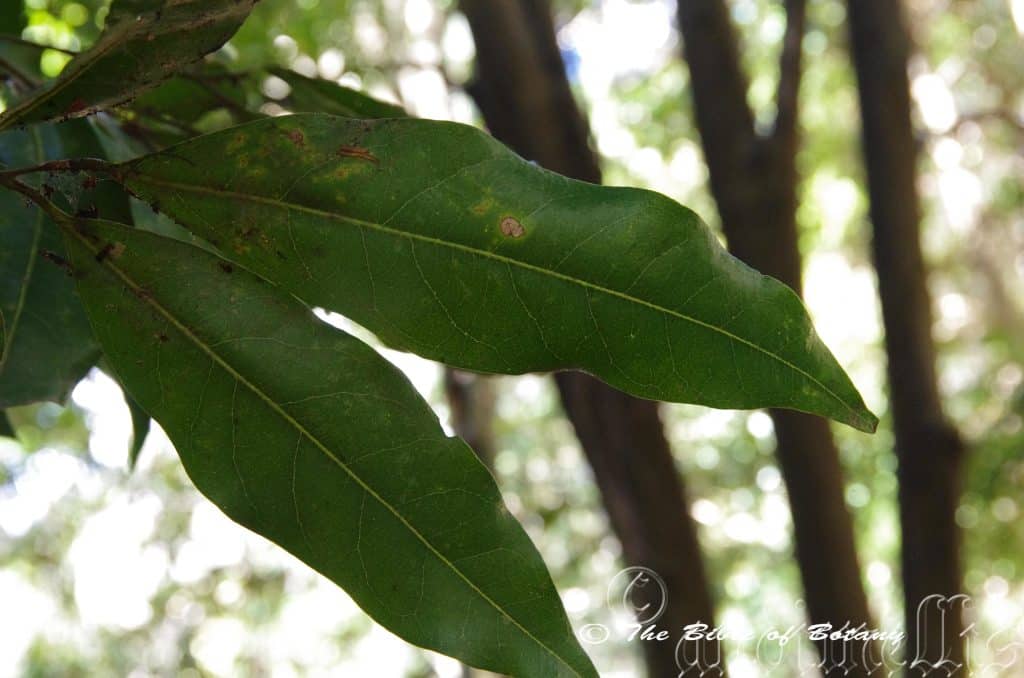
NCBG Coffs Harbour NSW
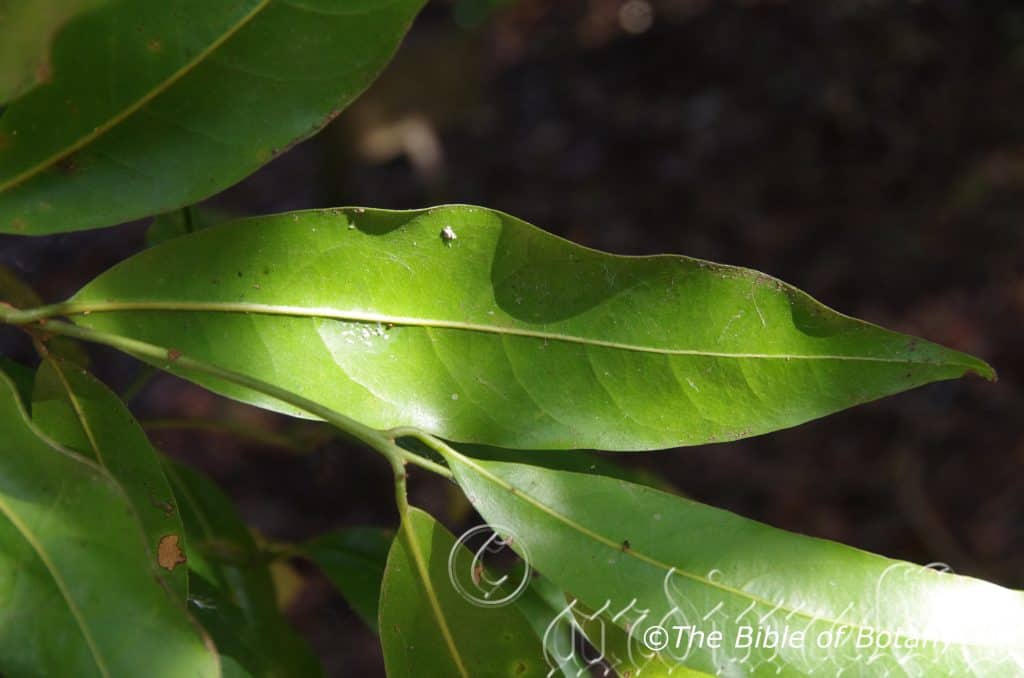
NCBG Coffs Harbour NSW
Endiandra floydii
Classification
Unranked: Magnoliids
Order: Laurales
Family: Lauraceae
Genus: From Entos, which is Greek for within and Andros, which is Ancient Greek for a man. It refers to the inner row of stamens of the flower.
Specie: Is named in honour of a good friend of mine and everyone at the Friends of the North Coast Botanic Gardens, Alexander Geoffrey Floyd; April 1 1926 -20.., who is an exceptionally talented man on rainforest species of Australia and who gives his time freely to help all budding volunteers and young aspiring botanists whether amateur or professional. He has been recognized with two genre named after him along with six species.
Sub specie:
Common Name: Floyd’s Walnut.
Distribution:
Endiandra floydii is restricted to small area on the coastal ranges between Ormeo in southern Queensland to Byron Hills in far northern New South Wales.
https://avh.ala.org.au/occurrences/search?taxa=Endiandra+floydii#tab_mapView
Habitat Aspect Climate:
Endriandra floydii prefers full sun to light dappled shade. It grows in creek and stream riparian zones. It is found in warm temperate rainforests. The altitude ranges from 5 meters ASL to 430 meters ASL.
The temperatures range from minus 2 degrees in July to 38 degrees in January.
The rainfall ranges from lows of 900mm to an average of 1800mm annually.
Soil Requirements:
Endriandra floydii prefers poorer medium clays. The soils are usually derived from decomposed shale, metamorphic rocks often associated with brown basalt. The soils pH ranges from 5pH to 5.5pH. It does not tolerate waterlogged soils. Non saline soils to moderately saline soils are tolerated.
Height & Spread:
Wild Plants: 15m to 20m by 6m to 12m.
Characteristics:
Endiandra floydii bark is very pale grey to deep grey rough to scabrous on older trees. The trunks often have several coppice shoots near the bases of semi mature and mature trees. The grey-brown branches are glabrous. The branchlets and juvenile growth is mid green turning reddish green at the apexes. The new growth is bright pink and glabrous to covered in fine, caduceus, fawn pannate hairs.
The opposite to sub opposite, elliptical to narrow elliptical leaves measure 50mm to 150mm in length by 20mm to 50mm in width. The glabrous petioles are channelled on the upper surface and measure 7mm to 10mm in length. The bases are broad cuneate to narrowly rounded while the apexes are bluntly acuminate. The discolourous laminas are deep grass-green to sea-green, glabrous and semi glossy to glossy on the upper laminas while the lower laminas are paler. The laminas recurve slightly from the mid veins to the margins and decurve downwards towards the apexes. The margins are entire and are slightly undulating. The coriaceous laminas are slightly areolate between the main vein and lateral veins. The midvein is strongly prominent on the lower lamina while the lateral veins are slightly prominent on the lower laminas. The 1 to 5 usually 5 large, glabrous, reniform domatia are present in the axils of the main vein and main lateral veins on the apex side but on the lateral veins closest to the base.
The inflorescences are born on short panicles from the upper leaf axils. There are 12 to 18 individual flowers on a panicle. The green to yellow-green with a reddish tinge rachises, peduncle and pedicels are glabrous to sparsely covered in soft, white hirsute hairs. The rachises measure 25mm to 55mm in length while the peduncles measure 2mm to 5mm in length and the pedicels measure 0.2mm to 0.5mm in length. The pale lemon-green or lemon-green tinged orange-red corolla and ovate tepals are glabrous. The corolla tubes measure 3mm to 3.5mm in length while the lemon-green or yellow-green tinged orange or orange-red tepals measure 3mm to 3.5mm in length by 2.5mm to 3mm in width. The 6 divaricate tepals become more reflexed with age.
The 3 deep maroon to deep burgundy stamens and 3 staminodes measure 0.5mm to 1mm in length.
The deep maroon style is inserted in the center of the 3 stamens. The flowers appear from June to September.
The ruits are large ovoidal to oblong drupes. The drupes measure 50mm to 70mm in length by 35mm to 52mm in diameter. The green drupes turn deep maroon-black to black when ripe. The rusty-brown ellipsoidal seeds have a network of deep brown markings and measure 33mm to 40mm in length by 19mm to 26mm in diameter. The fruits ripen in March.
Wildlife:
Endiandra floydii relies on the various species of Fruit Bats (Pteropus) to eat the fruit and spread the seeds throughout the rainforests.
The drupes are edible though I have not had the pleasure of eating any of them to date.
Cultivation:
Endiandra floydii is a magnificent small tree for tropical to warm temperate gardens. In cultivation it will form an upright densely foliaged medium tree growing from 10 meters to 15 meters in height by 8 meters to 10 meters in diameter when grown in the open. This makes it very suitable as small park trees or planted in a larger garden. The roots are non-invasive so can be planted closer to underground services, foundations or paths than most trees of similar size.
Its attractive shape when grown in the open also contributes aesthetically in large gardens where a single specimen tree is required. It will do well in either full sun or in dense shade, and in a wide range of soils from sandy loams to medium clays on acidic or alkaline based soils.
It can also be grown as a windbreak along the coast and can stand coastal salt laden winds. Because of this it would be worthwhile trying them inland in semi-arid zones where adequate moisture can be guaranteed.
The trees would make very good accent trees in front of low set or 2 story commercial buildings, industrial sheds or school buildings where they will break up hard rigid architectural lines and give warmth and breadth to a building. In front of high rise buildings they give balance especially where they could be grown in curves meandering to the entry doors.
The trees make ideal rainforest starter trees and are good for most types of epiphytic ferns and orchids.
Propagation:
Seeds: Endiandra floydii seeds can be sown directly into a seed raising mix without treatment in spring or summer. Place 1 seed in a 50mm native tube and cover the seeds in 10mm of fine sand. Place the trays in a warm position under 30mm to 50mm shade and keep moist. Prepare the hole where the seeds are to be planted using good quality compost. When the seedlings are 100mm to 150mm tall plant them into their permanent position.
Fertilize using Seaweed, fish emulsion or organic chicken pellets soaked in water and apply the liquid on an alternate basis. Fertilize every two to 3 months for the next few years or until the trees are well established then it can be cut back to once a year.
Further Comments from Readers:
Hi reader, it seems you use The Bible of Botany a lot. That’s great as we have great pleasure in bringing it to you! It’s a little awkward for us to ask, but our first aim is to purchase land approximately 1,600 hectares to link several parcels of N.P. into one at The Pinnacles NSW Australia, but we need your help. We’re not salespeople. We’re amateur botanists who have dedicated over 30 years to saving the environment in a practical way. We depend on donations to reach our goal. If you donate just $5, the price of your coffee this Sunday, We can help to keep the planet alive in a real way and continue to bring you regular updates and features on Australian plants all in one Botanical Bible. Any support is greatly appreciated. Thank you.
In the spirit of reconciliation we acknowledge the Bundjalung, Gumbaynggirr and Yaegl and all aboriginal nations throughout Australia and their connections to land, sea and community. We pay our respect to their Elders past, present and future for the pleasures we have gained.
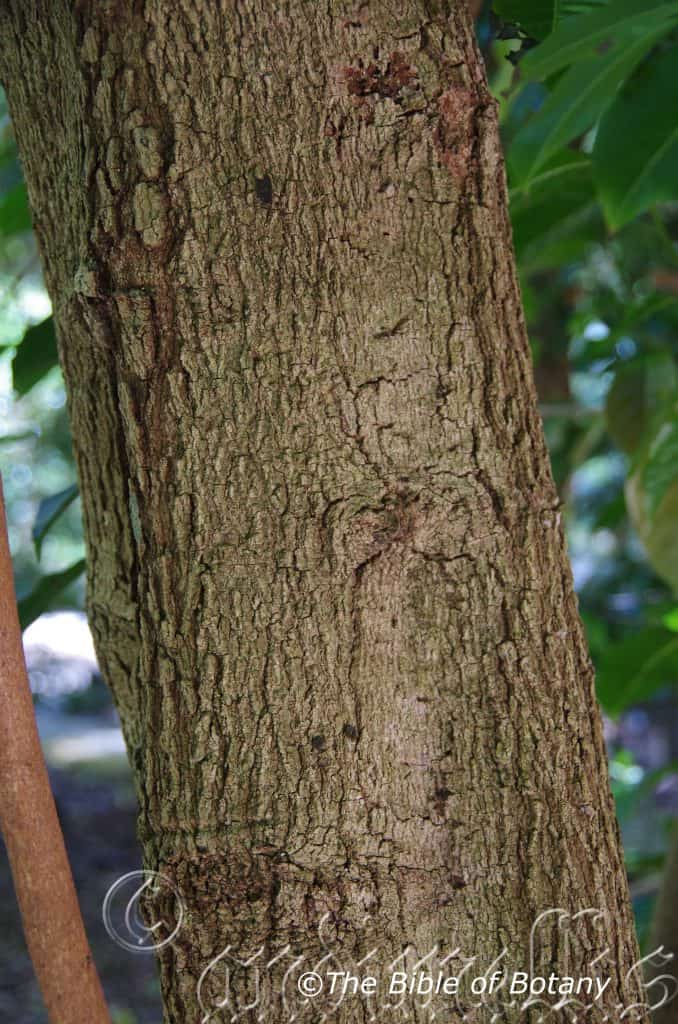
NCBG Coffs Harbour NSW
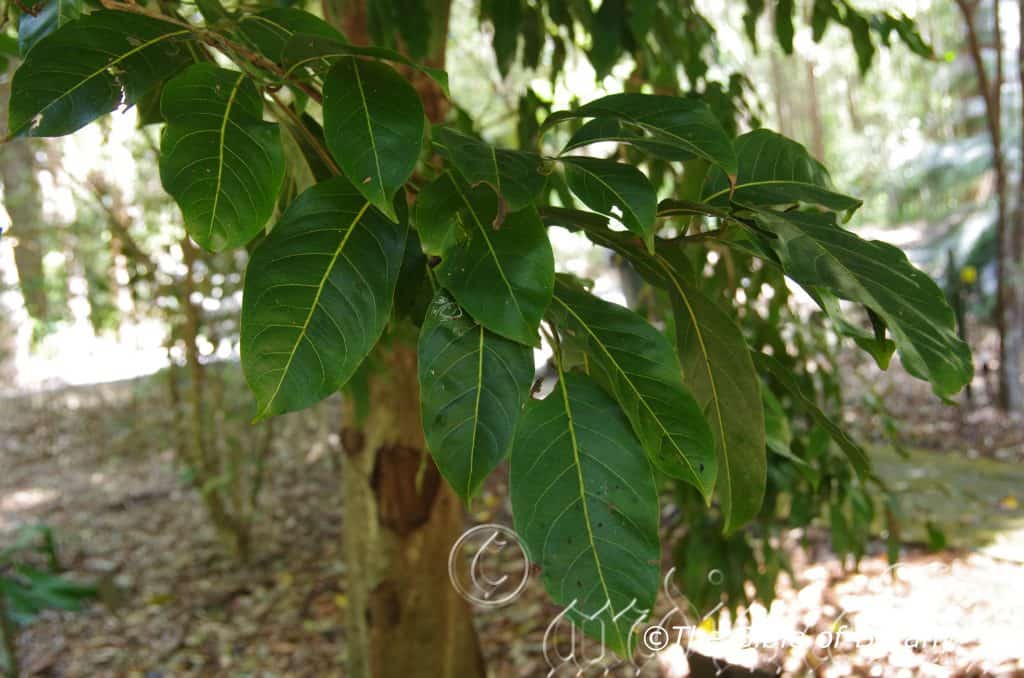
NCBG Coffs Harbour NSW
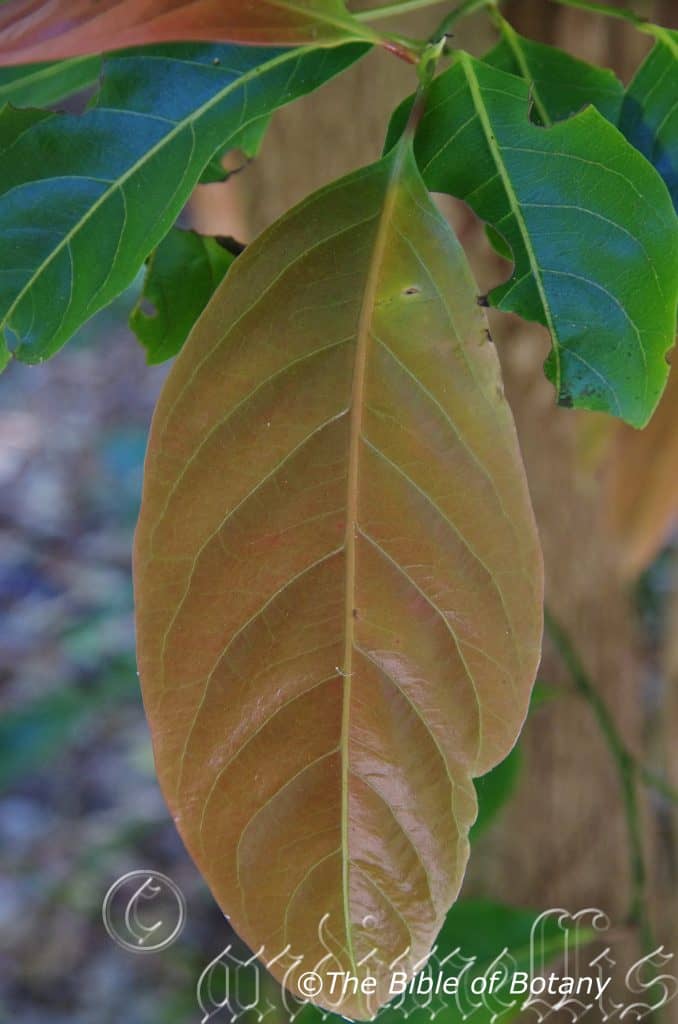
NCBG Coffs Harbour NSW
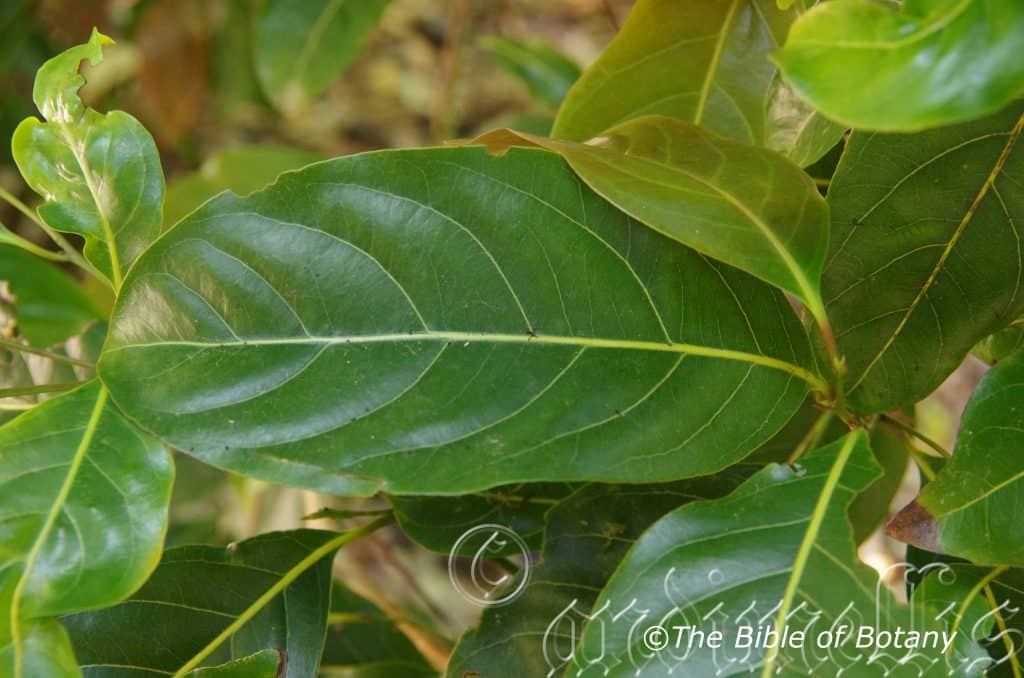
NCBG Coffs Harbour NSW
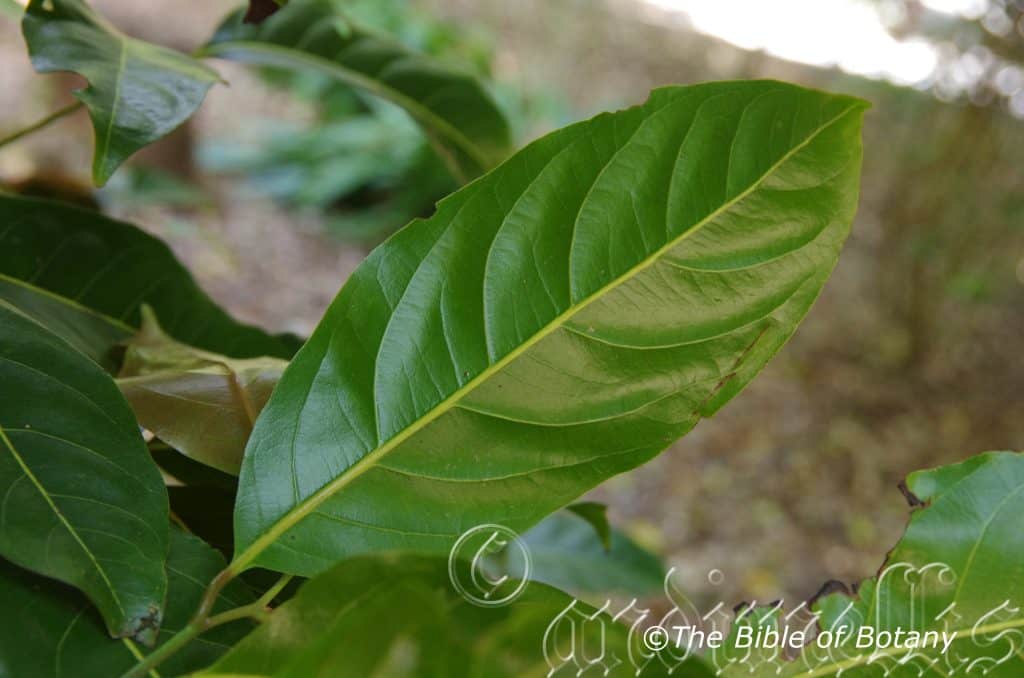
NCBG Coffs Harbour NSW
Endiandra globosa
Classification
Unranked: Magnoliids
Order: Laurales
Family: Lauraceae
Genus: From Entos, which is Greek for within and Andros, which is Ancient Greek for a man. It refers to the inner row of stamens of the flower.
Specie: From Globosa, which is Latin for globular or spherical. It refers to the fruits which have a more spherical shape than other species in the genus.
Sub specie:
Common Name: Black Walnut or Ball Fruited Walnut.
Distribution:
Endiandra globosa is restricted to two small isolated populations. In far north eastern Queensland it is located between Babinda and Palmerstone. In the south it is found from Currumbin in far south eastern Queensland to Lismore in far north eastern New South Wales.
It is found on the eastern slopes of the Great Dividing Range to the coast.
https://avh.ala.org.au/occurrences/search?taxa=Endiandra+globosa#tab_mapView
Habitat Aspect Climate:
Endriandra globosa prefers full sun to relatively dense shade. It grows mainly in riverine sub tropical rainforests. The altitude ranges from 5 meters ASL to 130 meters ASL.
The temperatures range from 2 degrees in July to 38 degrees in January.
The rainfall ranges from lows of 900mm to an average of 2000mm annually.
Soil Requirements:
Endiandra globosa prefers rich medium clays. The soils are usually derived from decomposed black basalt. The soils pH ranges from 6pH to 7.5pH. It does not tolerate waterlogged soils however moisture retentive soils are prefered. Seaonal inundations are tolerated. Non saline soils to moderately saline soils are tolerated.
Height & Spread:
Wild Plants: 15m to 25m by 6m to 12m.
Characteristics:
Endiandra globosa bark is mid brown to deep brown rough to scabrous on older trees. The grey-brown branches are glabrous. Only the juvenile stems near the apexes are deep green, finely scaly and finely covered in white hairs, soon becoming glabrous.
The alternate, broad elliptic, elliptic to ovate leaves measure 70mm to 150mm in length by 30mm to 60mm in width. The glabrous petioles are squareish in cross section and measure 7mm to 10mm in length. New groth is pinkish-brown and glossy. The bases are rounded with a small cuneate section near the petiole to broad cuneate, while the apexes are bluntly acuminate. The discolourous laminas are deep green to deep sea-green, glabrous and glossy on the upper laminas while the lower laminas are semi glossy. The laminas decurve from the petioles to the apexes. The margins are entire and are slightly undulating. The yellowish mid vein and lateral veins are prominent on both laminas, while the reticulated veins are areolate.
The inflorescences are born on short panicles from the upper leaf axils and measure 30mm t0 45mm in length by 20mm to 30mm in width. There are 15 to 28 individual flowers on a panicle. The green rachises, peduncle and pedicels are glabrous with a squareish cross section. The pale yellow to cream, ovate sepals are glabrous and measure 3mm to 3.5mm in length. The pale cream or white petals measure 3.5mm to 4.5mm in length. The flowers appear from October to January.
The 4 white stamens have relatively large cream basifixed anthers.
The fruits are large globose drupes. The drupes measure 40mm to 50mm in diameter. The green drupes turn black when ripe. The rusty-brown ellipsoidal seeds have a network of deep brown markings and measure 20mm to 30mm in diameter. The fruits ripen in April to May.
Wildlife:
Endiandra globosa relies on the various species of Fruit Bats (Pteropus specie) and the Brush Tail Possum Trichosurus vulpecula to eat the fruit and spread the seeds throughout the rainforests.
The drupes are edible though I have not had the pleasure of eating any of them to date.
Cultivation:
Endiandra globosa is a magnificent medium tree for tropical to warm temperate gardens. In cultivation it will form an upright densely foliaged medium tree growing from 15 meters to 20 meters in height by 8 meters to 10 meters in diameter when grown in the open on good soils. This makes it very suitable as small park trees or planted in a larger garden. The roots are non-invasive so can be planted closer to underground services, foundations or paths than most trees of similar size.
Its attractive shape when grown in the open also contributes aesthetically in large gardens where a single specimen tree is required. It will do well in either full sun or in dense shade, and in a wide range of soils from sandy loams to medium clays on acidic or alkaline based soils.
The trees make ideal rainforest starter trees and are good for most types of epiphytic ferns and orchids.
Propagation:
Seeds: Endiandra globosa seeds can be sown directly into a seed raising mix without treatment in spring or summer. Place 1 seed in a 50mm native tube and cover the seeds in 10mm of fine sand. Place the tubes in trays in a warm position under 30mm to 50mm shade and keep moist.
Prepare the hole where the seeds are to be planted using good quality compost. When the seedlings are 100mm to 150mm tall plant them into their permanent position.
Fertilize using Seaweed, fish emulsion or organic chicken pellets soaked in water and apply the liquid on an alternate basis. Fertilize every two to 3 months for the next few years or until the trees are well established then it can be cut back to once a year.
Further Comments from Readers:
Hi reader, it seems you use The Bible of Botany a lot. That’s great as we have great pleasure in bringing it to you! It’s a little awkward for us to ask, but our first aim is to purchase land approximately 1,600 hectares to link several parcels of N.P. into one at The Pinnacles NSW Australia, but we need your help. We’re not salespeople. We’re amateur botanists who have dedicated over 30 years to saving the environment in a practical way. We depend on donations to reach our goal. If you donate just $5, the price of your coffee this Sunday, We can help to keep the planet alive in a real way and continue to bring you regular updates and features on Australian plants all in one Botanical Bible. Any support is greatly appreciated. Thank you.
In the spirit of reconciliation we acknowledge the Bundjalung, Gumbaynggirr and Yaegl and all aboriginal nations throughout Australia and their connections to land, sea and community. We pay our respect to their Elders past, present and future for the pleasures we have gained.
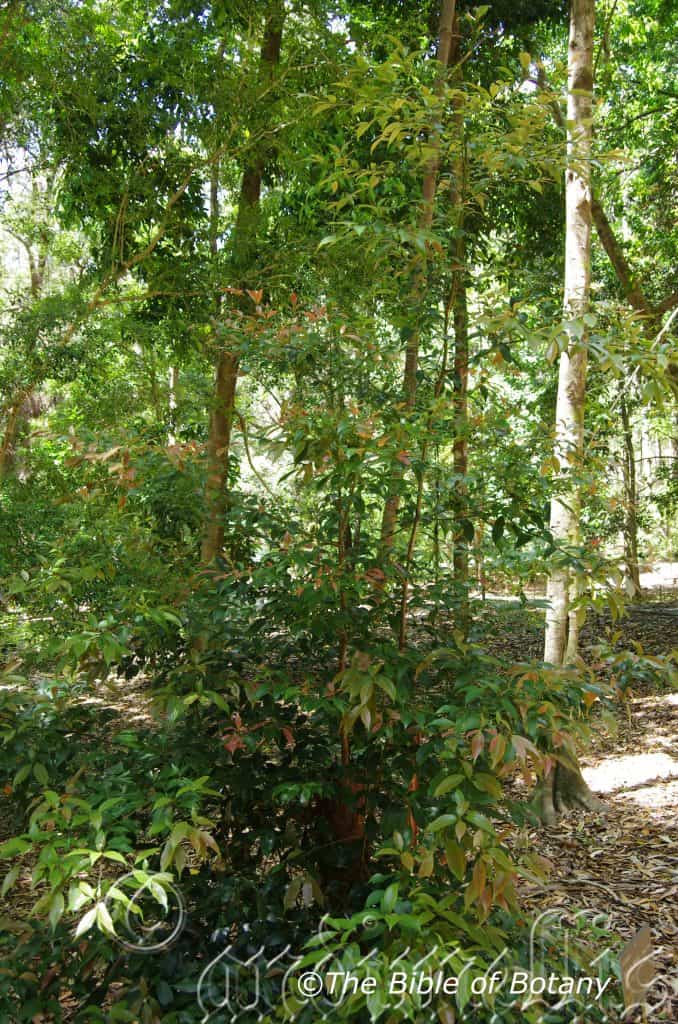
NCBG Coffs Harbour NSW
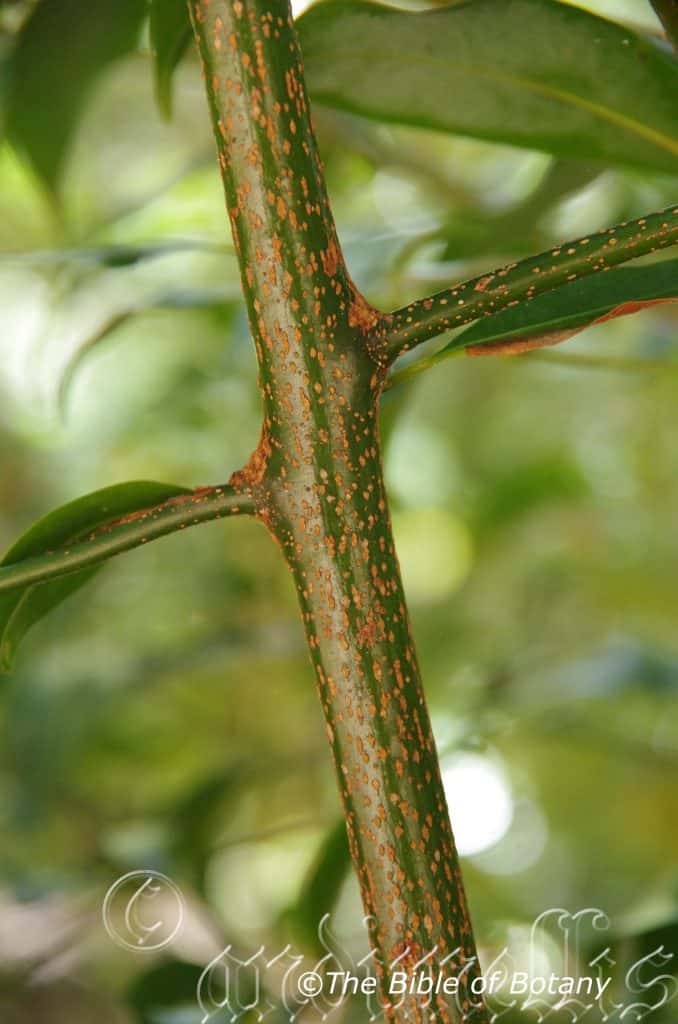
NCBG Coffs Harbour NSW
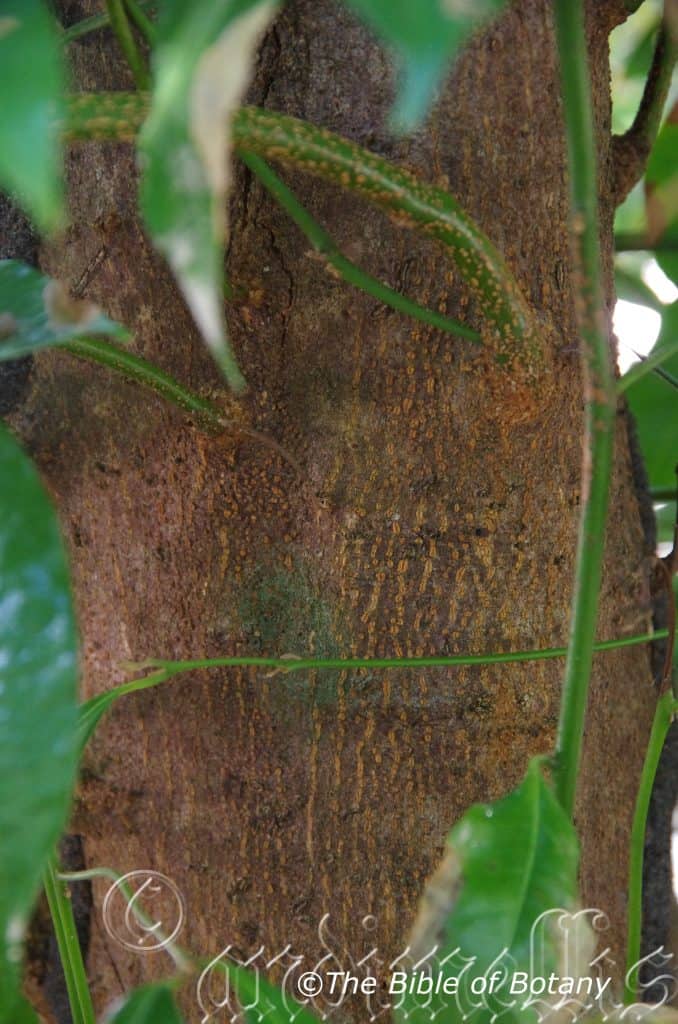
NCBG Coffs Harbour NSW
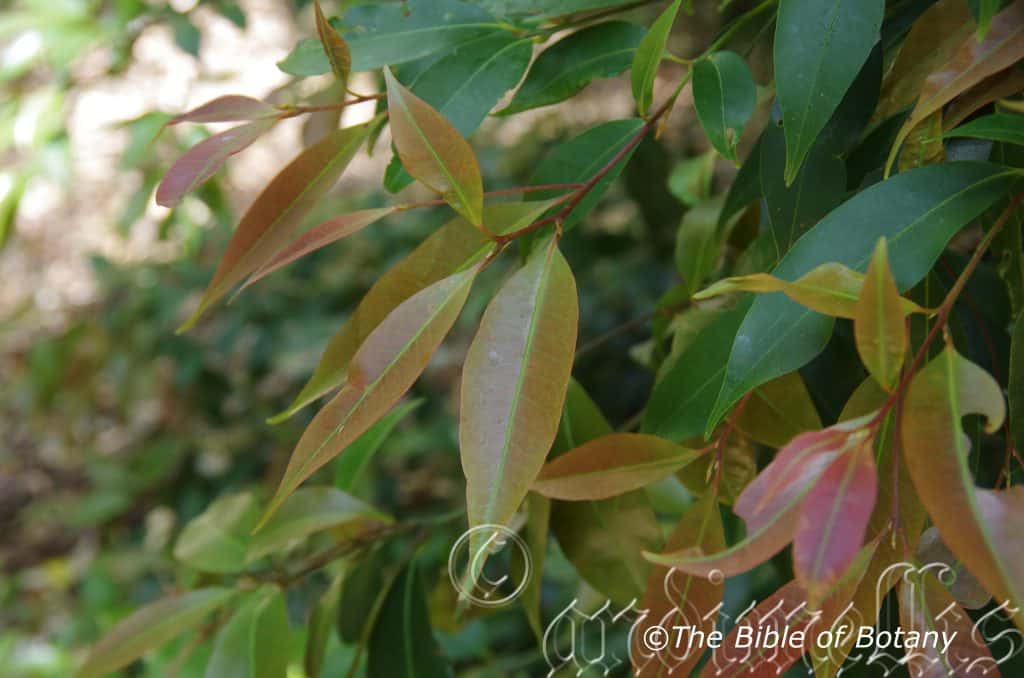
NCBG Coffs Harbour NSW
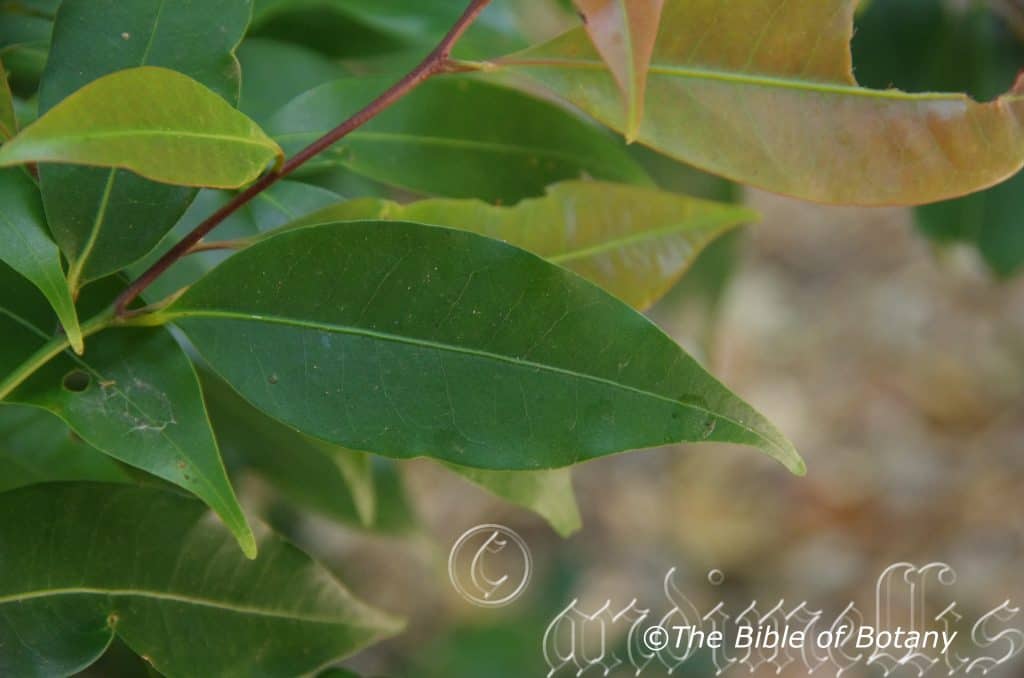
NCBG Coffs Harbour NSW
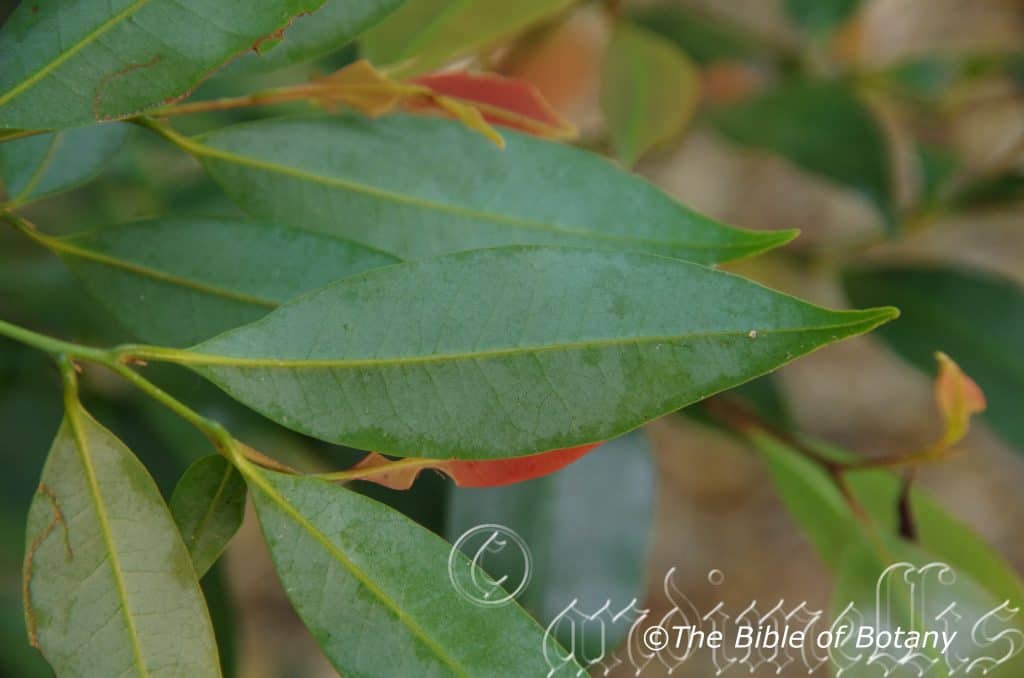
NCBG Coffs Harbour NSW
Endiandra introrsa
Classification
Unranked: Magnoliids
Order: Laurales
Family: Lauraceae
Genus: From Entos, which is Greek for within and Andros, which is Ancient Greek for a man. It refers to the inner row of stamens of the flower.
Specie: From Introso, Which is Latinised for to turned inwards or towards the middle. It often refers to the anthers in a flower bending inwards towards the style.
Sub specie:
Common Name: Red Plum, Dorrigo Plum or Red Walnut.
Distribution:
Endiandra introrsa is restricted to several small isolated populations from the Tweed Valley, north of Lismore and around Coffs Harbour to Dthe Dorigo plateau in far northern New South Wales.
It is found on and east of the Great Dividing Range to the coast.
https://avh.ala.org.au/occurrences/search?taxa=Endiandra+introrsa#tab_mapView
Habitat Aspect Climate:
Endiandra introrsa prefers full sun to light dappled shade. It grows in warm temperate rainforests. The altitude ranges is limited between 320 meters ASL to 750 meters ASL.
The temperatures range from minus 2 degrees in July to 38 degrees in January.
The rainfall ranges from lows of 750mm to an average of 1300mm annually.
Soil Requirements:
Endiandra introrsa prefers poorer medium clays. The soils are usually derived from decomposed shale or sedimentary rocks. The soils pH ranges from 4.5pH to 5.5pH. It does not tolerate waterlogged soils however some seasonal flooding may be experienced. Non saline soils to moderately saline soils are tolerated.
Height & Spread:
Wild Plants: 30m to 40m by 10m to 15m.
Characteristics:
Endiandra introrsa‘s bark is mid brown with vertically arranged lenticinals or pitted. The stems are deep green and densely covered in caduceus brown appressed hirsute hairs. Old trees will form a small buttress at the base.
The opposite, narrow elliptic to oblong-elliptic leaves measure 50mm to 90mm in length by 15mm to 35mm in width. The glabrous, terete petioles are semi glossy and measure 5mm to 10mm in length. The bases are broad cuneate to narrowly cuneate, while the apexes are bluntly acuminate. The discolourous laminas are deep green to sea-green, glabrous and semi glossy to glossy on the upper lamina, while the lower lamina is somewhat glaucous and sparsely covered in fine, caduceus, hirsute hairs. Oil dots are usually relatively large and crowded. The laminas recurve slightly upwards from the mid veins to the margins and decurve downwards towards the apexes. The margins are entire and are flat to slightly undulating. The coriaceous laminas are slightly areolate between the main vein and lateral veins. The midvein is strongly prominent on the lower lamina while the 6 to 12 pairs of lateral veins are slightly prominent on the lower laminas. The reticulum veins are obscure and are not areolate.
The inflorescences are born on short panicles from the upper leaf axils. There are 12 to 18 individual flowers on a panicle. The yellow-green rachises, peduncle and pedicels are glabrous to sparsely covered in soft, fawn hirsute hairs. The pale lemon-green corolla is glabrous. The corolla tubes measure 3mm to 3.5mm in length while the pale cream petals measure 3mm to 3.5mm in length.
The anthers dehisce introrsely. The flowers appear from October to November.
The fruits are large globose drupes. The drupes measure 40mm to 50mm in diameter. The green drupes turn deep maroon-black to black when ripe. The rusty-brown ellipsoidal seeds are glabrous. The fruits ripen in February and March.
Wildlife:
Endiandra introrsa relies on the various species of Fruit Bats (Pteropus) to eat the fruit and spread the seeds throughout the rainforests.
The drupes are edible though I have not had the pleasure of eating any of them to date.
Cultivation:
Endiandra introrsa is a magnificent medium tree for tropical to warm temperate gardens. In cultivation it will form an upright densely foliaged tree growing from 12 meters to 18 meters in height by 8 meters to 10 meters in diameter when grown in the open. This makes it very suitable as small park trees or planted in a larger garden. The roots are non-invasive so can be planted closer to underground services, foundations or paths than most trees of similar size.
Its attractive shape when grown in the open also contributes aesthetically in large gardens where a single specimen tree is required. It will do well in either full sun or in medium dappled shade, and in a wide range of soils from sandy loams to medium clays on acidic or alkaline based soils.
Endiandra introrsa can also be grown as a windbreak along the coast and can stand coastal salt laden winds. Because of this it would be worthwhile trying them inland in semi-arid zones where adequate moisture can be guaranteed.
The tree would make very good accent plant in front of low set or2 story commercial buildings, industrial sheds or school buildings where they will break up hard rigid architectural lines and give warmth and breadth to a building. The tree would make an ideal rainforest starter plant and are good for most types of epiphytic ferns and orchids.
Propagation:
Seeds: The seeds can be sown directly into a seed raising mix without treatment in spring or summer. Place 1 seed in a 500mm native tube and cover the seeds in 10mm of fine sand. Place the trays in a warm position under 30mm to 50mm shade and keep moist. Prepare the hole where the seeds are to be planted using good quality compost. When the seedlings are 100mm to 150mm tall plant them into their permanent position.
Fertilize using Seaweed, fish emulsion or organic chicken pellets soaked in water and apply the liquid on an alternate basis. Fertilize every two to 3 months for the next few years or until the trees are well established then it can be cut back to once a year.
Further Comments from Readers:
Hi reader, it seems you use The Bible of Botany a lot. That’s great as we have great pleasure in bringing it to you! It’s a little awkward for us to ask, but our first aim is to purchase land approximately 1,600 hectares to link several parcels of N.P. into one at The Pinnacles NSW Australia, but we need your help. We’re not salespeople. We’re amateur botanists who have dedicated over 30 years to saving the environment in a practical way. We depend on donations to reach our goal. If you donate just $5, the price of your coffee this Sunday, We can help to keep the planet alive in a real way and continue to bring you regular updates and features on Australian plants all in one Botanical Bible. Any support is greatly appreciated. Thank you.
In the spirit of reconciliation we acknowledge the Bundjalung, Gumbaynggirr and Yaegl and all aboriginal nations throughout Australia and their connections to land, sea and community. We pay our respect to their Elders past, present and future for the pleasures we have gained.
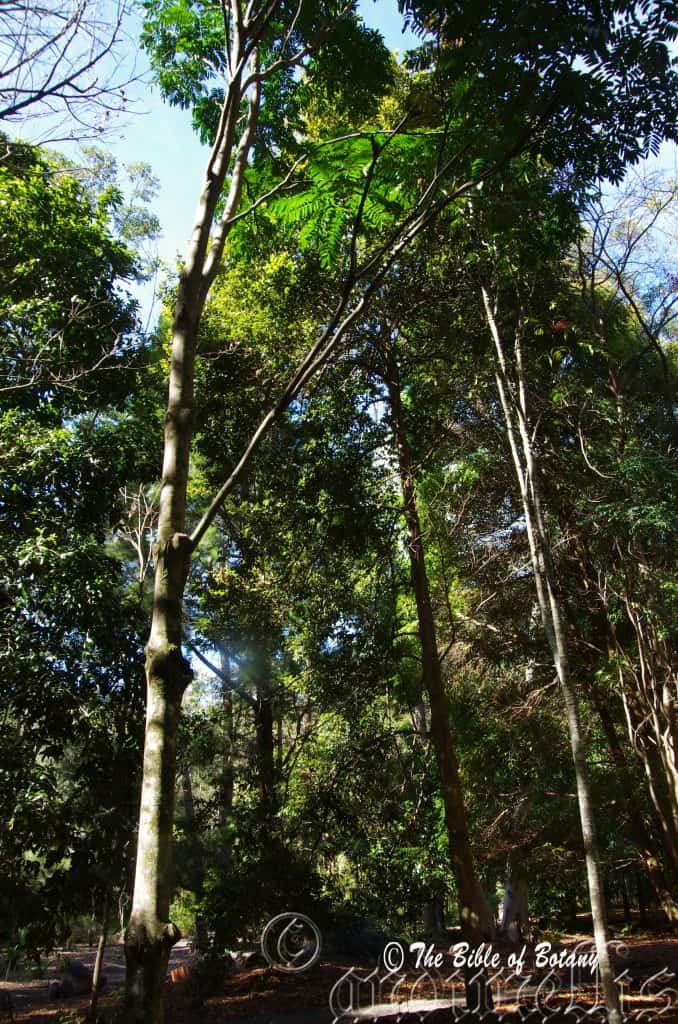
NCBG Coffs Harbour NSW
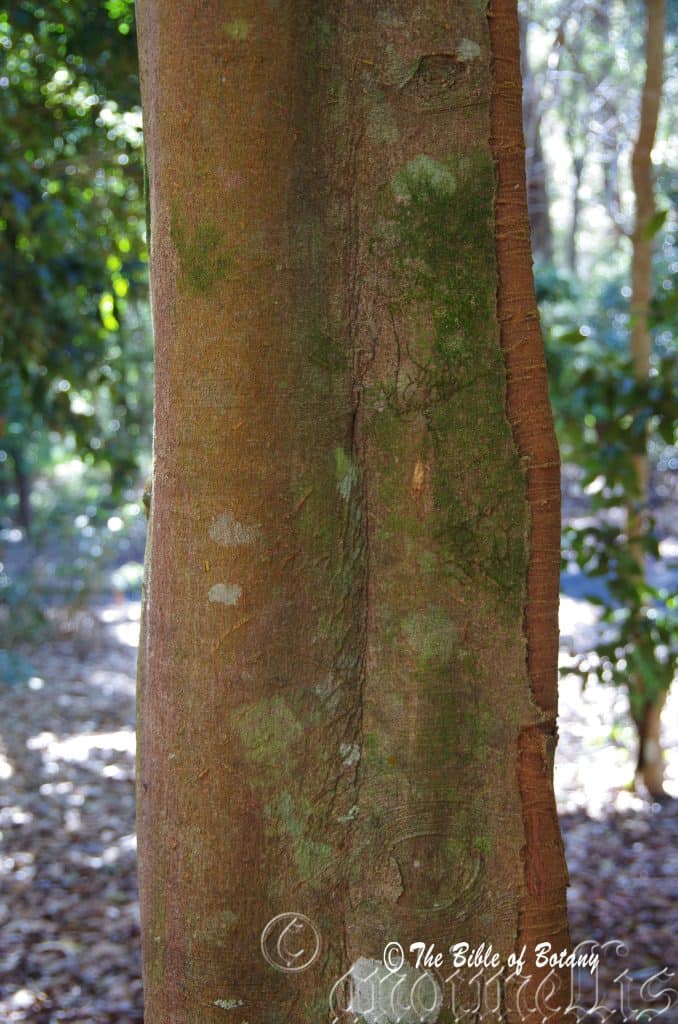
NCBG Coffs Harbour NSW
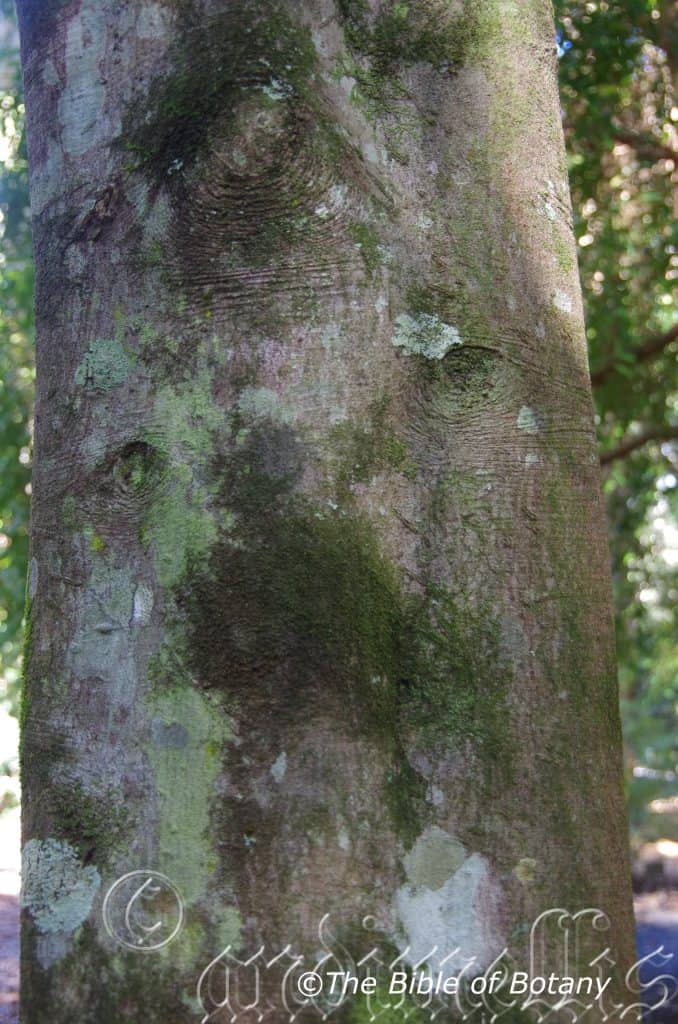
NCBG Coffs Harbour NSW
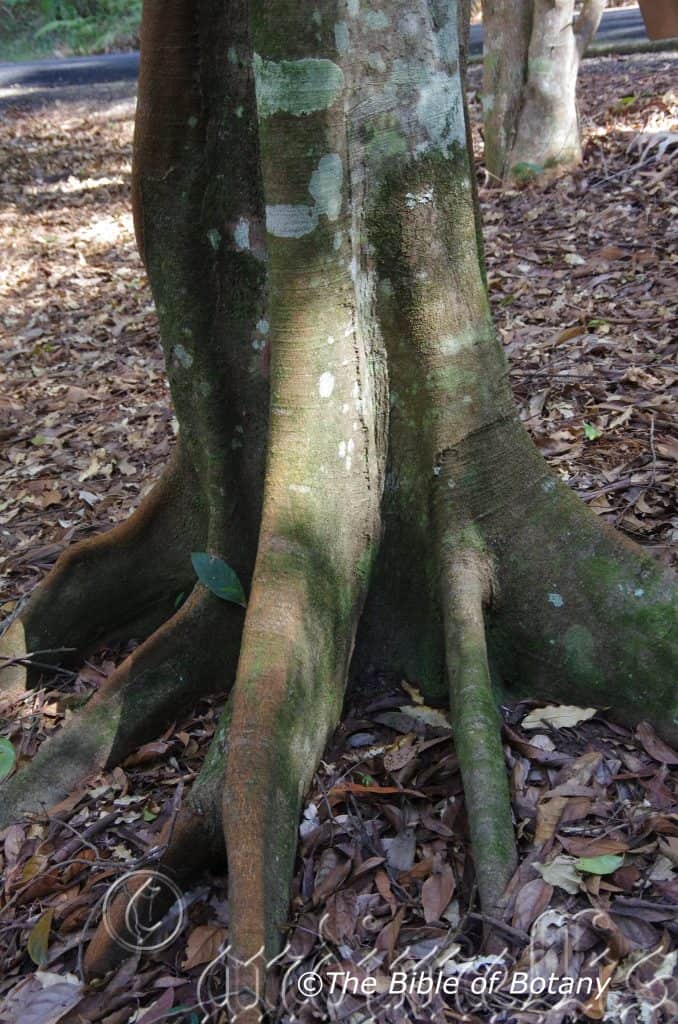
NCBG Coffs Harbour NSW
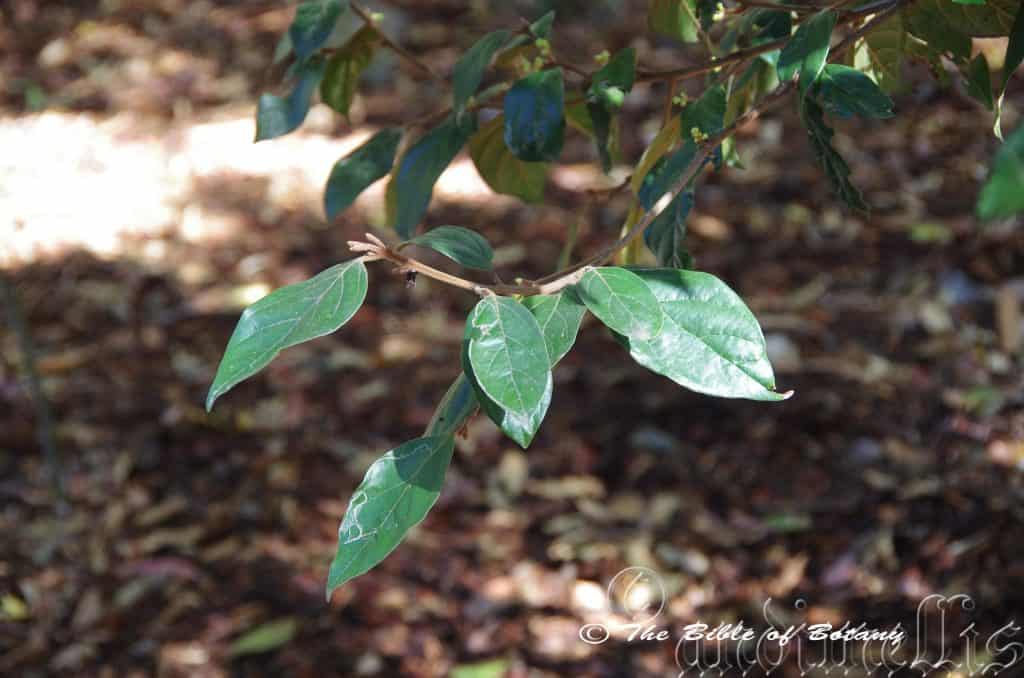
NCBG Coffs Harbour NSW
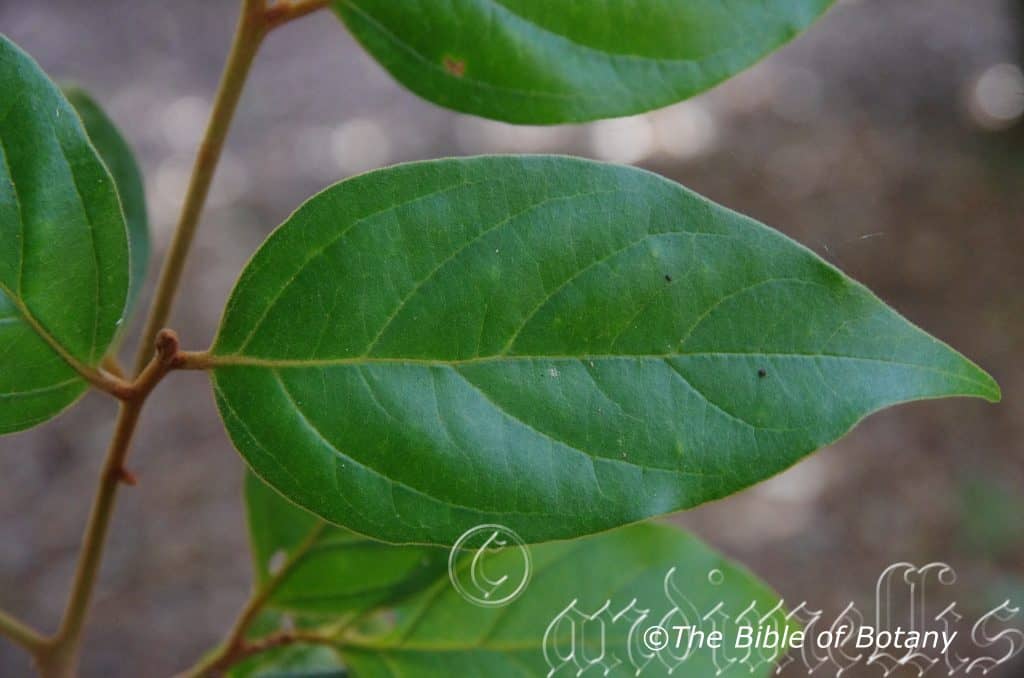
NCBG Coffs Harbour NSW
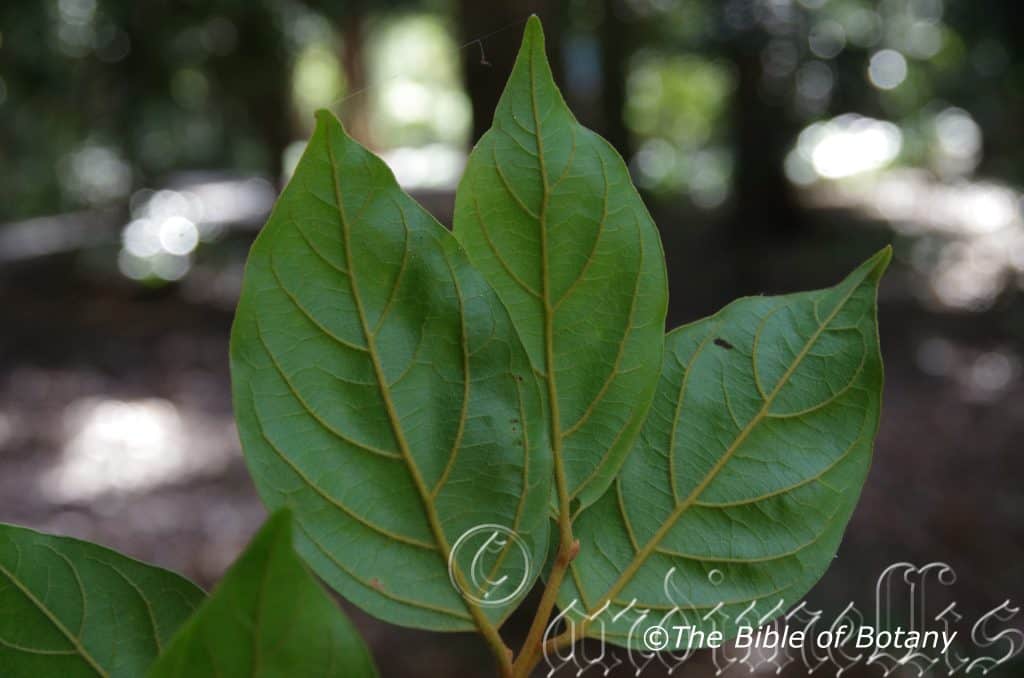
NCBG Coffs Harbour NSW
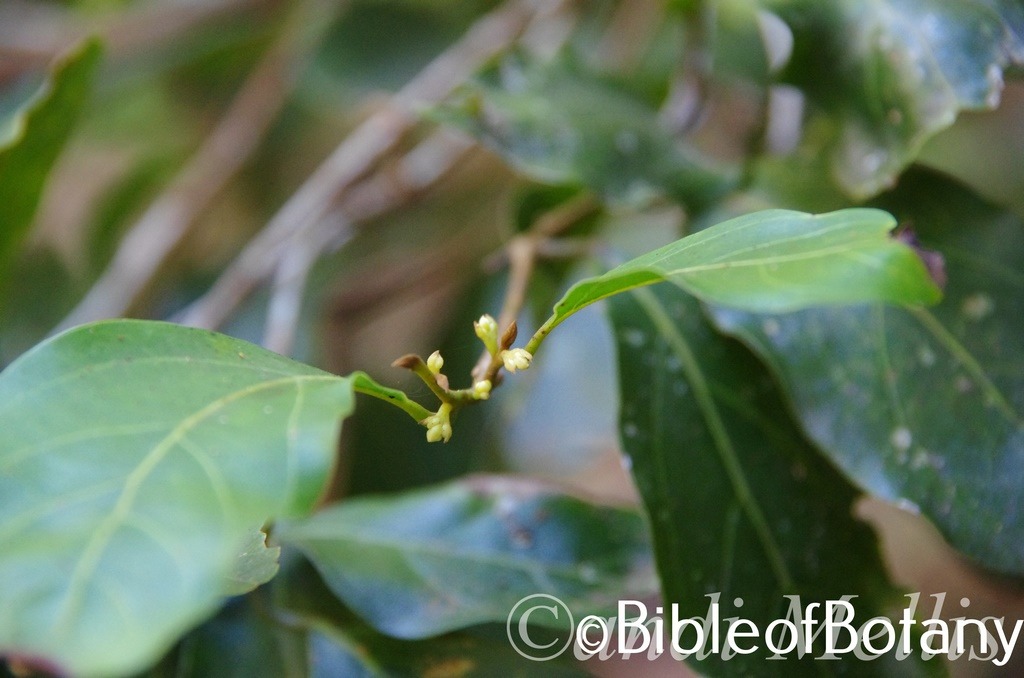
Yuryaigir National Park NSW
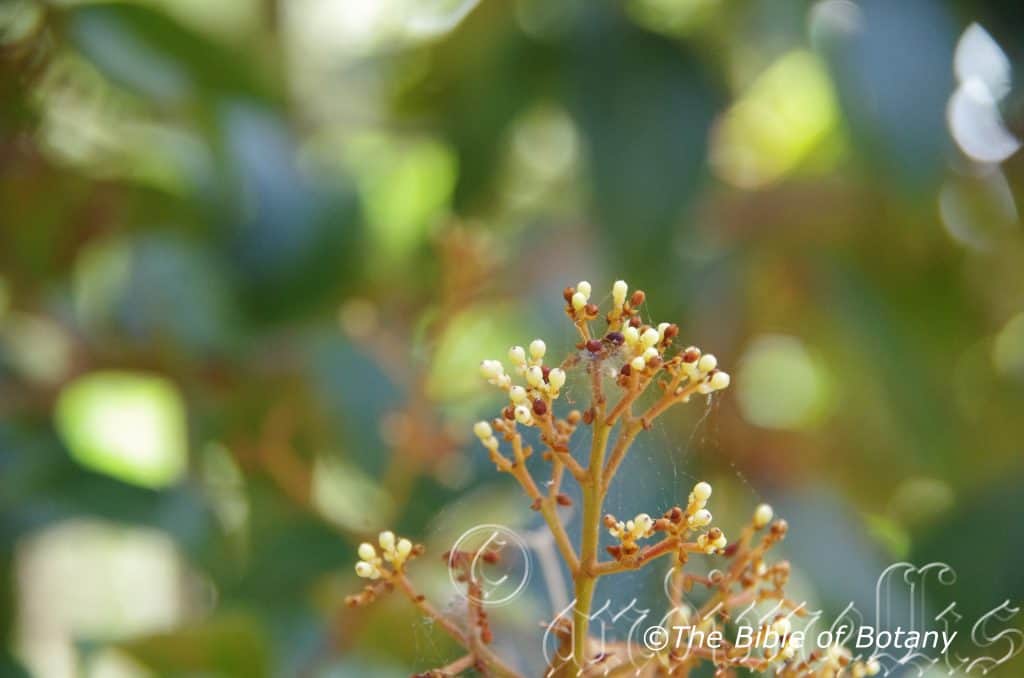
NCBG Coffs Harbour NSW
Endiandra muelleri
Classification
Unranked: Magnoliids
Order: Laurales
Family: Lauraceae
Genus: From Entos, which is Greek for within and Andros, which is Ancient Greek for a man. It refers to the inner row of stamens of the flower.
Specie: Is named in honour of Ferdinand Von Mueller; 1825-1896, who was a German born Australian Botanist who named over 2000 new species and was director of the Melbourne Botanic Gardens.
Sub specie: Endiandra muelleri subsp. bracteata. From Bractea, which is Latin for a thin plate of shiny metal. It refers to special type of leaves which surround the flower or pedicel and are further from the flower than bracteoles.
Sub specie: Endiandra muelleri subsp. muelleri. Is named in honour of Ferdinand Von Mueller; 1825-1896, who was a German born Australian Botanist who named over 2000 new species and was director of the Melbourne Botanic Gardens.
Common Name: Green Leaved Rose Walnut.
Distribution:
Endiandra muelleri subsp. bracteata is found in several disjunct
populations south from Wooroonooran National Park in coastal North
Queensland to Grafton in northern coastal New South Wales. It is
found on and east of the Great Dividing Range to the coast.
Endiandra muelleri subsp. muelleri is found in several disjunct
populations south from Mackay in coastal North Queensland to north
of Gloucester in central coastal New South Wales. It is found on and
east of the Great Dividing Range to the coast.
https://avh.ala.org.au/occurrences/search?taxa=Endiandra+muelleri#tab_mapView
Habitat Aspect Climate:
Endiandra muelleri prefers full sun to light dappled shade. It usually grows in open Eucalyptus forests or at times on the margins of lowland rainforests. The altitude ranges from 10 meters ASL to 950 meters ASL.
The temperatures range from minus 2 degrees in July to 44 degrees in January.
The rainfall ranges from lows of 60mm to an average of 2500mm annually.
Soil Requirements:
Endiandra muelleri prefers coarse sands, fine sands, sandy loams, light gravelly clays. The soils are mainly derived from decomposed sandstones, granites, shale, brown basalts, black basalts or accumulated sands. The soils pH ranges from 4.5pH to 6.5pH. It does not tolerate waterlogged soils. Non saline soils to extremely saline soils are tolerated.
Height & Spread:
Wild Plants: 25m to 30m by 9m to 12m.
Characteristics:
Endiandra muelleri subsp. muelleri‘s are fawn-grey trunk is shortly buttressed and flanged often with loose or decorticating round patches. The branches are fawn-grey are erect, glabrous while the branchlets carry the leaf scars of discarded leaves. The branchlets juvenile and new growth are mid green and sparsely covered in short, white puberulent hairs.
Endiandra muelleri subsp. bracteata‘s are fawn-grey trunk is shortly buttressed and flanged often with loose or decorticating round patches. The branches are fawn-grey are erect, glabrous while the branchlets carry the leaf scars of discarded leaves. The branchlets, juvenile and new growth are mid green and sparsely covered in short and short, white, straight and bent sericeous hairs and puberulent hairs.
The opposite or sub opposite leaves of Endiandra muelleri subsp. muelleri‘s leaves are broad lanceolate to elliptical and measure 60mm to 120mm in length by 30mm to 50mm in width. The petiole is sparsely covered in white puberulent hairs and measures 5mm to 10mm in length. The bases are broad cuneate to cuneate while the apexes are long acuminate. The discolourous laminas are deep green to deep sea-green, semi glossy and glabrous on the upper lamina while the lower lamina is ash-green to semi glaucous green. The laminas are areolate on the upper surfaces. The laminas recurve upwards from the main vein to the margins and decurve at the apex. The margins are entire and undulating. The midvein and main lateral veins are strongly prominent on the lower lamina while the secondary lateral veins are slightly prominent. The main vein and main lateral veins are clearly visible on the upper laminas. The mid vein is sparsely covered in flat papilate lumps on the lower surface. Small domatia are sometimes present in the axils of the main vein and main lateral veins and are covered in small tufts of hair.
The opposite or sub opposite leaves of Endiandra muelleri subsp. bracteata‘s leaves are broad lanceolate to elliptical and measure 60mm to 120mm in length by 30mm to 50mm in width. The petiole is sparsely covered in rusty-brown tomentose hairs and puberulent hairs and measures 5mm to 10mm in length. The bases are broad cuneate to cuneate while the apexes are long acuminate. The discolourous laminas are deep green to deep sea-green, semi glossy and glabrous on the upper lamina while the lower lamina is ash-green and sparsely covered in rusty-brown tomentose hairs and puberulent hairs. The laminas are areolate on the upper surfaces. The laminas recurve upwards from the main vein to the margins and decurve at the apex. The margins are entire and undulating. The midvein and main lateral veins are strongly prominent on the lower lamina while the secondary lateral veins are slightly prominent. The main vein and main lateral veins are clearly visible on the upper laminas. The mid vein is covered in rusty-brown tomentose hairs on the lower surface. Small domatia are usually absent or when present are glabrous. The new growth is bright pinkish-red to mid marron-red and glossy on both sub specie.
The inflorescences of Endiandra muelleri are short panicles born from the leaf axils. The panicles measure 40mm to 100mm in length. There are 20 to over 200 individual flowers on a panicle. The reddish-brown rachises, peduncle and pedicels are densely covered in short rusty-red or rusty-brown tomentose hairs at least in the subspecies bracteata.
Endiandra muelleri subsp. muelleri‘s dull creamy yellow to pale dull yellow corolla and ovate tepals are covered in puberulent hairs externally and glabrous internally.
Endiandra muelleri subsp. bracteata‘s bright yellow to pale dull yellow corolla and ovate tepals are glabrous externally and covered in tomentose hairs internally.
The corolla tubes measure 2mm to 2.5mm in length while the tepals measure 1mm to 1.6mm in length by 1mm to 1.6mm in width. The 6 erect tepals become divaricate after anthesis.
The 3 yellow stamens and 3 staminodes measure 0.5mm to 1mm in length.
The yellow style is inserted in the center of the 3 stamens. The flowers appear from November to January.
Endiandra muelleri fruits are ovoidal drupes. The drupes measure 18mm to 25mm in length by 12mm to 15mm in diameter. The green drupes turn deep blue-black on ripening and ripen from March to April.
Wildlife:
Endiandra muelleri relies on the various species of Fruit Bats (Pteropus) to eat the fruit and spread the seeds throughout the rainforests.
The drupes are edible though I have not had the pleasure of eating any of them to date.
Cultivation:
Endiandra muelleri is a magnificent tree for tropical to warm temperate gardens. In cultivation it will form an upright densely foliaged medium tree growing from 16 meters to 20 meters in height by 8 meters to 10 meters in diameter when grown in the open. This makes them very suitable as small park trees or planted in a larger garden. The roots are non-invasive but they will grow out from a wide buttressing tree once established so should not be planted within 4 or 5 meters of underground services, foundations or paths.
Its attractive shape when grown in the open also contributes aesthetically in large gardens where a single specimen tree is required. It will do well in either full sun or in dense shade, and in a wide range of soils from sandy loams to medium clays on acidic or alkaline based soils.
Endiandra muelleri can also be grown as a windbreak along the coast and can stand coastal salt laden winds. Because of this it would be worthwhile trying them inland in semi-arid zones where adequate moisture can be guaranteed.
The tree would make very good accent trees in front of low set or 2 story commercial buildings, industrial sheds or school buildings where it will break up hard rigid architectural lines and give warmth and breadth to a building. In front of high rise buildings it give balance especially where they could be grown in curves meandering to the entry doors.
The trees make ideal rainforest starter trees and are good for most types of epiphytic ferns and orchids.
Propagation:
Seeds: Endiandra muelleri seeds can be sown directly into a seed raising mix without treatment in spring or summer. Place 1 seed in a 50mm native tube and cover the seeds in 10mm of fine sand. Place the trays in a warm position under 30mm to 50mm shade and keep moist.
Prepare the hole where the seeds are to be planted using good quality compost and add a large handful of pure blood and bone and thoroughly mix it in. When the seedlings are 150mm to 200mm tall plant them into their permanent position.
Fertilize using Seaweed, fish emulsion or organic chicken pellets soaked in water and apply the liquid on an alternate basis. Fertilize every two to 3 months for the next few years or until the trees are well established then it can be cut back to once a year.
Further Comments from Readers:
Hi reader, it seems you use The Bible of Botany a lot. That’s great as we have great pleasure in bringing it to you! It’s a little awkward for us to ask, but our first aim is to purchase land approximately 1,600 hectares to link several parcels of N.P. into one at The Pinnacles NSW Australia, but we need your help. We’re not salespeople. We’re amateur botanists who have dedicated over 30 years to saving the environment in a practical way. We depend on donations to reach our goal. If you donate just $5, the price of your coffee this Sunday, We can help to keep the planet alive in a real way and continue to bring you regular updates and features on Australian plants all in one Botanical Bible. Any support is greatly appreciated. Thank you.
In the spirit of reconciliation we acknowledge the Bundjalung, Gumbaynggirr and Yaegl and all aboriginal nations throughout Australia and their connections to land, sea and community. We pay our respect to their Elders past, present and future for the pleasures we have gained.
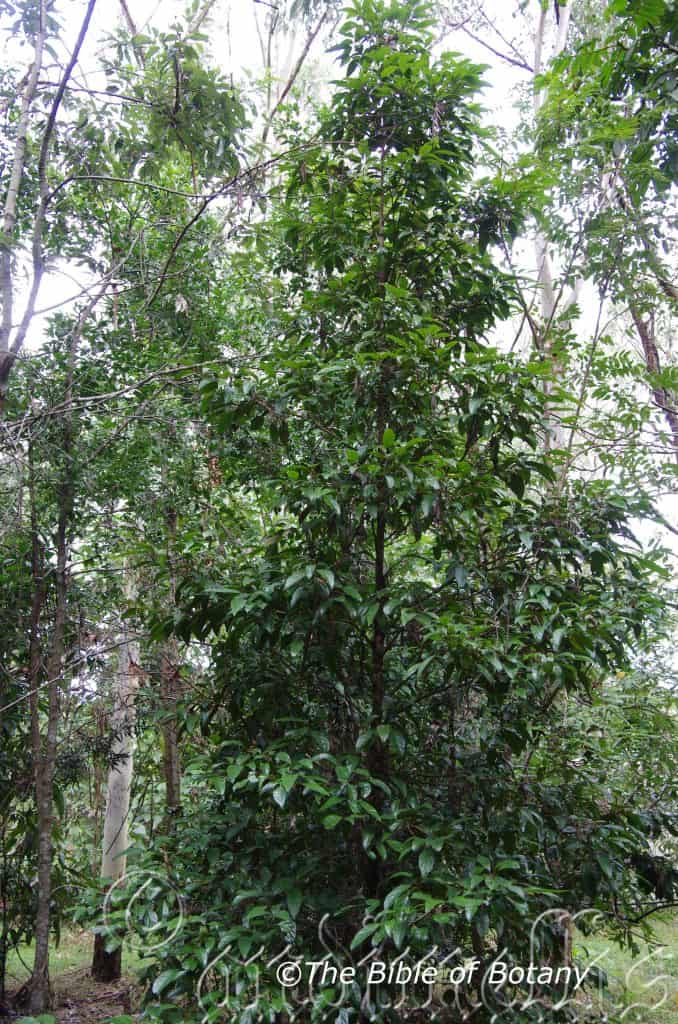
NCBG Coffs Harbour NSW
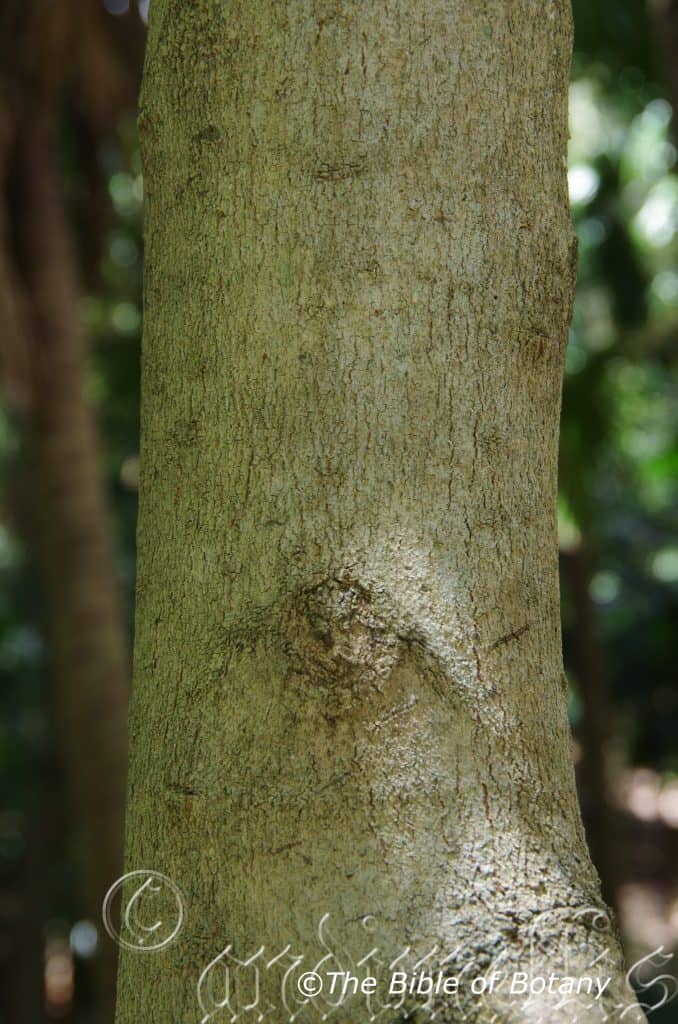
LBG Lismore NSW
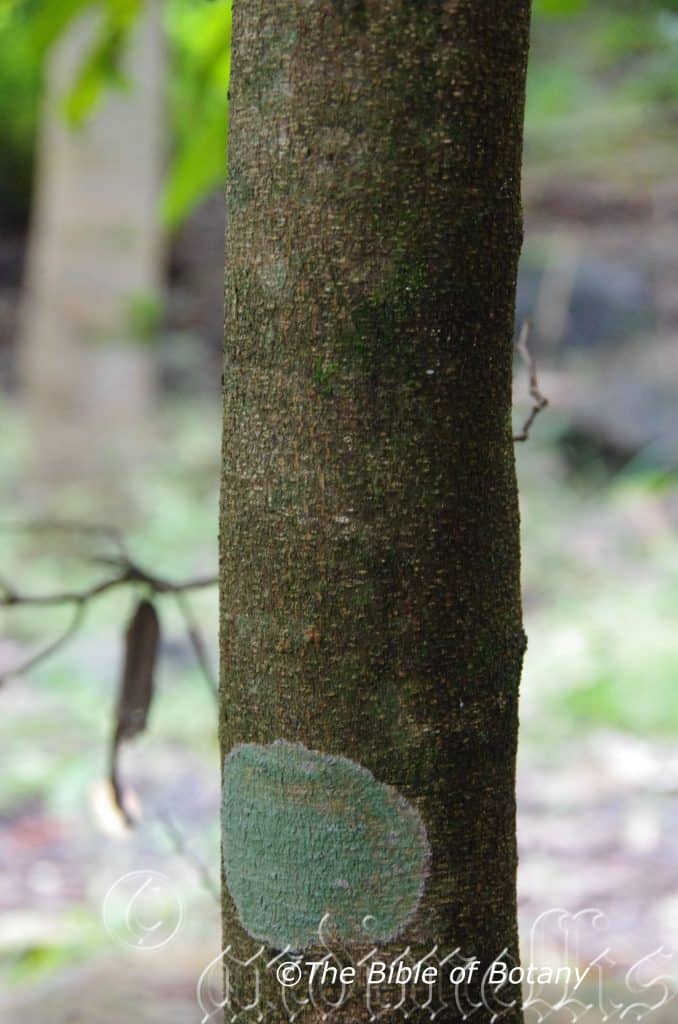
NCBG Coffs Harbour NSW
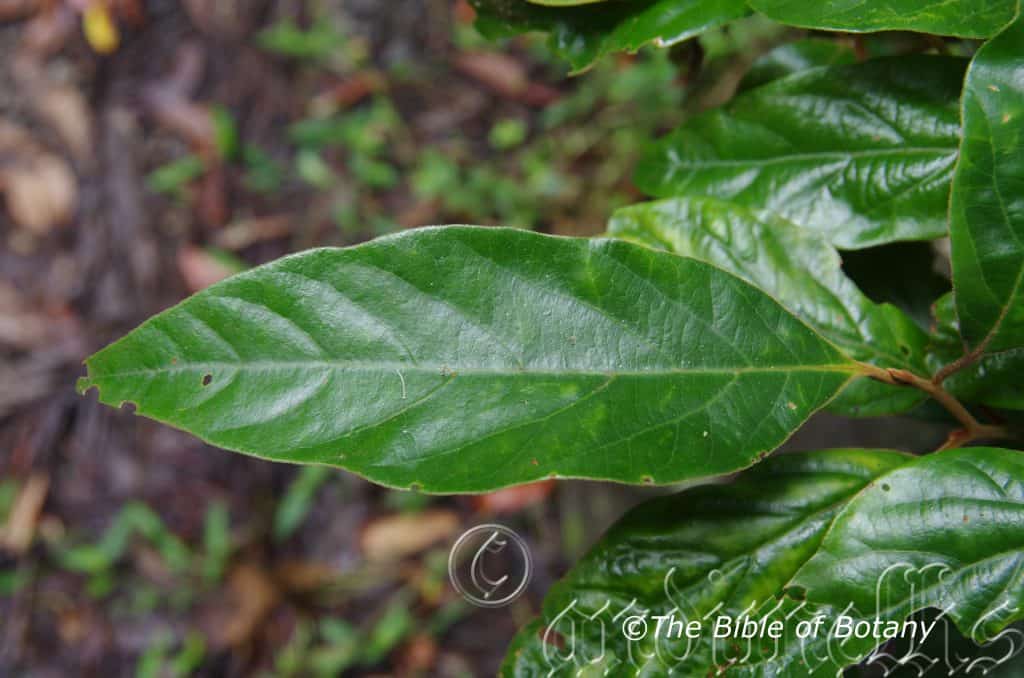
LBG Lismore NSW
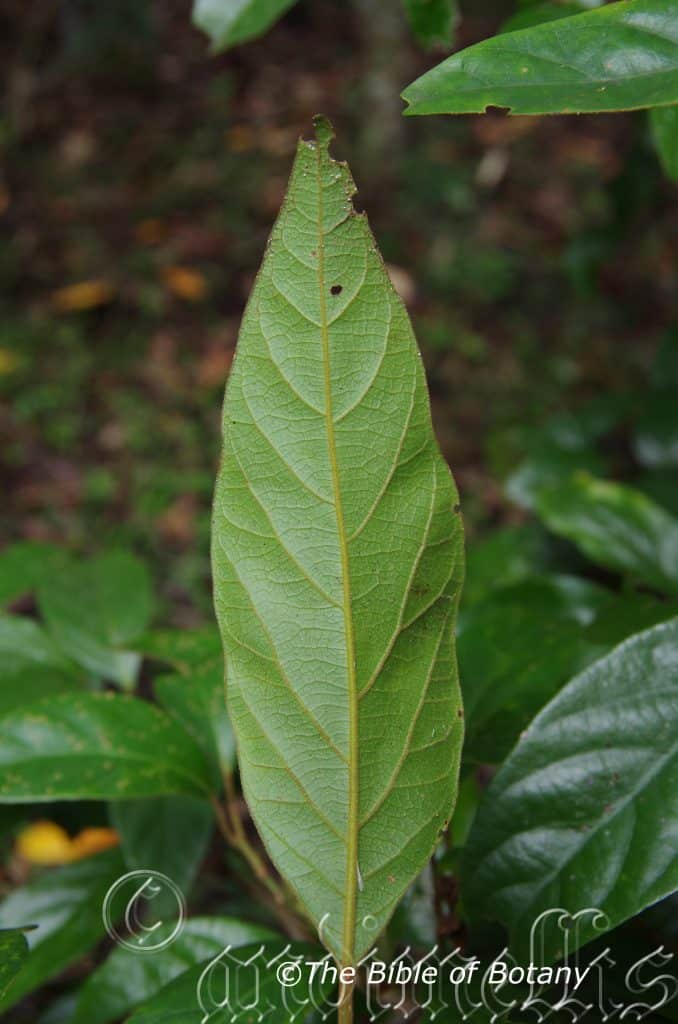
LBG Lismore NSW
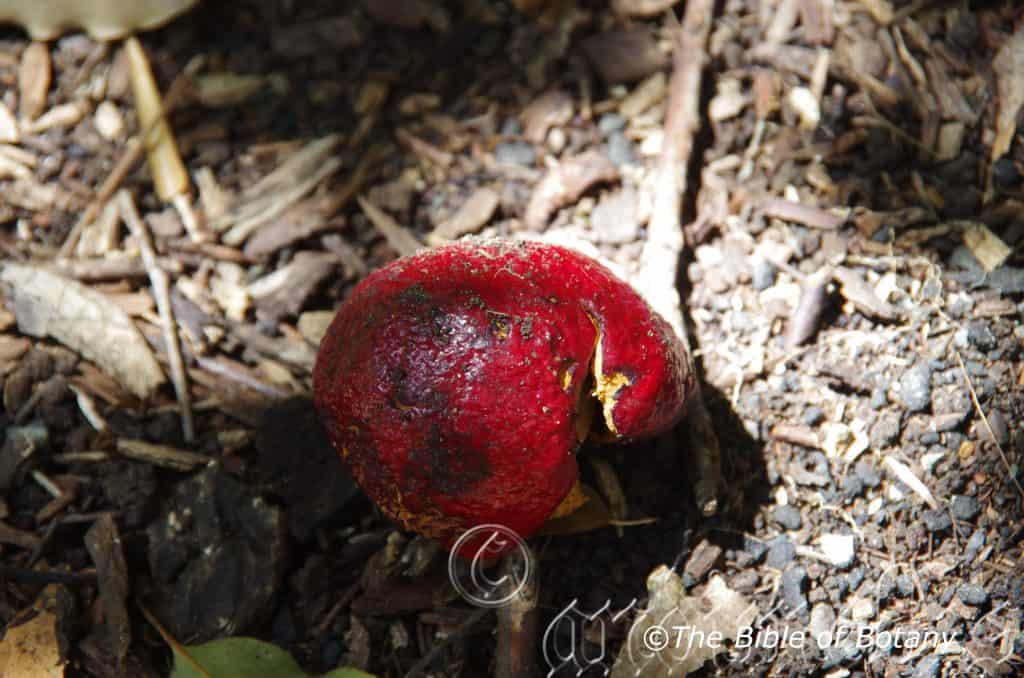
NCBG Coffs Harbour NSW
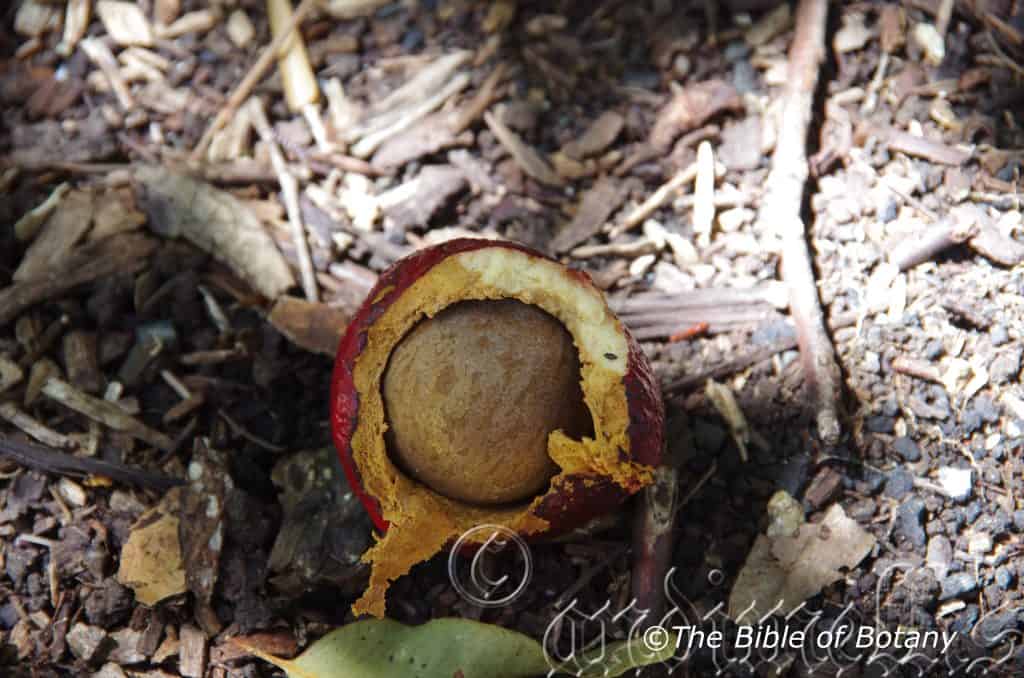
NCBG Coffs Harbour NSW
Endiandra pubens
Classification
Unranked: Magnoliids
Order: Laurales
Family: Lauraceae
Genus: From Entos, which is Greek for within and Andros, which is Ancient Greek for a man. It refers to the inner row of stamens of the flower.
Specie: From Pubescens, which is Latin for short, very soft hairs. It refers to structures or organs, which are covered in short, soft, white or pale grey hairs.
Sub specie:
Common Name: Hairy Walnut.
Distribution:
Endiandra pubens is found in several disjunct populations south from Cania Gorge National Park west of Bundaberg in central coastal Queensland to Crowdy Head National Park in central coastal New South Wales. There is an isolated population in Cedar Bay National Park in far northern coastal Queensland.
https://avh.ala.org.au/occurrences/search?taxa=Endiandra+pubens#tab_mapView
Habitat Aspect Climate:
Endiandra pubens prefers full sun to light dappled shade. It grows in subtropical rainforests on alluvial soils along creeks, streams, rivers or moist gallery rainforests. The altitude ranges from 10 meters ASL to 300 meters ASL.
The temperatures range from minus 2 degrees in July to 38 degrees in January.
The rainfall ranges from lows of 900mm to an average of 3000mm annually.
Soil Requirements:
Endiandra pubens prefers silty loams to medium gravelly clays or heavy silts. The soils are usually derived from decomposed brown basalt, black basalt, metamorphic rocks, shale and sandstone and alluvial deposits. The soils pH ranges from 4.5pH to 6.5pH. It does not tolerate waterlogged soils however the soils usually retain some moisture throughout the year. Non saline soils to moderately saline soils are tolerated.
Height & Spread:
Wild Plants: 20m to 30m by 8m to 12m.
Characteristics:
Endiandra pubens‘s pale fawn-grey to brown trunk is glabrous to thinly scaly to corky on older trees. Trees often have one or more epicormic shoots near the base. The branches are fawn-grey are erect, glabrous while the branchlets carry the leaf scars of discarded leaves. The branchlets, juvenile and new growth are mid green and sparsely covered in short, brown to fawn puberulent hairs.
The opposite to subopposita leaves of Endiandra pubens leaves are elliptical and usually measure 60mm to 140mm in length by 20mm to 50mm in width. Epicormic or coppice shoots are often obovate and measure 70mm to 140mm in length by 60mm to 100mm in width. The petiole is sparsely covered in short, brown to fawn puberulent hairs and measures 5mm to 15mm in length. The bases are cuneate while the apexes are obtuse to bluntly acuminate. The discolourous laminas are deep grass- green to deep olive-green, glossy and glabrous on the upper lamina while the lower lamina is dull, and sparsely covered in fawn to brown puberulent and tomentose hairs. The laminas recurve slightly upwards from the main vein to the margins and decurve strongly close to the apex. The laminas are areolate on the upper surfaces. The margins are entire and undulating. The midvein and 4 to 7 lateral veins are strongly prominent on the lower lamina while the secondary lateral veins are slightly prominent on the lower laminas. The main vein and main lateral veins are clearly visible on the upper laminas while the secondary lateral veins are faintly visible. The mid vein is sparsely to moderately covered in fawn to pale brown pulverulent hairs on lower surface. Small domatia are sometimes present in the axils of the main vein and main lateral veins and are covered in small tufts of hair.
The inflorescence of Endiandra pubens are short panicles born from the leaf axils. The panicles measure 20mm to 25mm in length. There are 8 to over 20 individual flowers on a panicle. The olive-green rachises, peduncle and pedicels are moderately to densely covered in fawn to or rusty-brown pubescent hairs. The cream to creamy green or dull orange corolla and ovate tepals are covered in puberulent hairs externally and are glabrous internally.
The corolla tubes measure 2.5mm to 3mm in length while the erect outer tepals measure 2mm to 2.4mm in length by 1.2mm to 2mm in width while the erect inner tepals measure 2mm to 2.4mm in length by 1mm to 1.2mm in width. The 6 erect tepals remain erect even after anthesis.
The 3 cream to creamy green or dull orange stamens and 3 staminodes are covered in pulverulent hairs and measure 0.7mm to 1.4mm in length. The anthers are glabrous and measure 0.5mm to 0.8mm in length by 0.5mm to 0.8mm width.
The glabrous ovary measures 0.5mm to 0.7mm in length by 0.5mm to 0.8mm width. The style is glabrous or sparsely covered in puberulent
hairs. The perfumed flowers appear from November to January.
The fruits are globular depressed drupes. The drupes measure 40mm to 60mm in length by 45mm to 65mm in diameter. The green drupes turn red when ripe. The drupes ripen from October to February.
Wildlife:
Endiandra pubens relies on the various species of Fruit Bats (Pteropus) to distribute its large seeds throughout the rainforests.
The drupes are edible though I have not had the pleasure of eating any of them to date.
Cultivation:
Endiandra pubens is a magnificent tree for tropical to warm temperate gardens. In cultivation it will form an upright densely foliaged medium tree growing from 16 meters to 20 meters in height by 8 meters to 10 meters in diameter when grown in the open. This makes it very suitable as small park trees or planted in a larger garden. The roots are non-invasive so can be planted closer to underground services, foundations or paths than most trees of similar size.
Its attractive shape when grown in the open also contributes aesthetically in large gardens where a single specimen tree is required. It will do well in either full sun or in dense shade, and in a wide range of soils from sandy loams to medium clays on acidic or alkaline based soils.
Endiandra pubens can also be grown as a windbreak along the coast and can stand coastal salt laden winds. Because of this it would be worthwhile trying them inland in semi-arid zones where adequate moisture can be guaranteed.
The trees would make very good accent trees in front of low set or 2 story commercial buildings, industrial sheds or school buildings where it will break up hard rigid architectural lines and give warmth and breadth to a building. In front of high rise buildings they give balance especially where they could be grown in curves meandering to the entry doors.
The tree makes an ideal rainforest starter trees and are good for most types of epiphytic ferns and orchids.
Propagation:
Seeds: Endiandra pubens seeds can be sown directly into a seed raising mix without treatment in spring or summer. Place 1 seed in a 50mm native tube and cover the seeds in 10mm of fine sand. Place the trays in a warm position under 30mm to 50mm shade and keep moist. Prepare the hole where the seeds are to be planted using good quality compost. When the seedlings are 150mm to 200mm tall plant them into their permanent position.
Fertilize using Seaweed, fish emulsion or organic chicken pellets soaked in water and apply the liquid on an alternate basis. Fertilize every two to 3 months for the next few years or until the trees are well established then it can be cut back to once a year.
Further Comments from Readers:
Hi reader, it seems you use The Bible of Botany a lot. That’s great as we have great pleasure in bringing it to you! It’s a little awkward for us to ask, but our first aim is to purchase land approximately 1,600 hectares to link several parcels of N.P. into one at The Pinnacles NSW Australia, but we need your help. We’re not salespeople. We’re amateur botanists who have dedicated over 30 years to saving the environment in a practical way. We depend on donations to reach our goal. If you donate just $5, the price of your coffee this Sunday, We can help to keep the planet alive in a real way and continue to bring you regular updates and features on Australian plants all in one Botanical Bible. Any support is greatly appreciated. Thank you.
In the spirit of reconciliation we acknowledge the Bundjalung, Gumbaynggirr and Yaegl and all aboriginal nations throughout Australia and their connections to land, sea and community. We pay our respect to their Elders past, present and future for the pleasures we have gained.
Endiandra sieberi
Classification
Unranked: Magnoliids
Order: Laurales
Family: Lauraceae
Genus: From Entos, which is Greek for within and Andros, which is Ancient Greek for a man. It refers to the inner row of stamens of the flower.
Specie: Is named in honour of Franz Wilhelm Sieber; 1789-1844, who was a Prague botanist who travelled around the world collecting plants, which included venturing into New South Wales in 1823.
Sub specie:
Common Name: Hard Corkwood.
Distribution:
Endiandra sieberi is mainly found on and east of the Great Dividing Range south from the Byfield National Park in central eastern Queensland to Murramarang National Park in southern New South Wales.
https://avh.ala.org.au/occurrences/search?taxa=Endiandra+sieberi#tab_mapView
Habitat:
Endiandra sieberi prefers full sun to light dappled shade. It is widespread in most types of warmer coastal lowland rainforests, littoral Melaleuca forests or moist open Eucalyptus forests. The altitude ranges from 5 meters ASL to 800 meters ASL.
The temperatures range from minus 3 degrees in July to 38 degrees in January.
The rainfall ranges from lows of 850mm to an average of 1800mm annually.
Soil Requirements:
Endiandra sieberi prefers poorer fatty sandy loams, light clays or medium clays. The soils are usually derived from decomposed fatty sandstone, shale, brown basalts, black basalts, granites or accumulated peaty beach sands. The soils pH ranges from 5pH to 6.5pH. It does not tolerate waterlogged soils. Non saline soils to moderately saline soils are tolerated.
Height & Spread:
Wild Plants: 20m to 30m by 6m to 10m.
Characteristics:
Endiandra sieberi‘s pale grey erect trunks are deeply furrowed with thick corky bark. The trunks are not buttressed or flanged. The branches are tessellated. The branchlets are yellow-green to mid green and terete near the apexes. The branchlets and juvenile new growth are reddish-green and glabrous.
The alternate or rarely opposite leaves of Endiandra sieberi‘s are narrow elliptical and measure 50mm to 110mm in length by 10mm to 40mm in width. The glabrous petiole measures 3mm to 9mm in length. The bases are cuneate while the apexes are long acuminate to narrow acute or bluntly acuminate. The discolourous laminas are deep green, coriaceous, glossy and glabrous on the upper lamina while the lower laminas are paler. The laminas are flat or recurve slightly upwards from the midvein to the margins and maybe slightly undulating. The margins are entire. The pale yellow, midvein is flattened on both laminas and is also very slightly prominent on both laminas.
The inflorescences of Endiandra sieberiare short panicles born from the upper leaf axils and on pseudo terminals. The panicles measure 50mm to 110mm in length. There are 12 to over 36 individual flowers on a panicle. The olive-green to yellow-green rachises, peduncle and pedicels are sparsely to moderately covered in golden to rusty-brown pulverulent hairs. The creamy pink to creamy yellow corolla and ovate tepals are glabrous externally and are covered in pulverulent hairs internally. The corolla tubes measure 2.5mm to 3mm in length. The 3 outer divaricate tepals measure 1.5mm to 2mm in length by 1.2mm to 1.4mm in width while the 3 inner divaricate tepals measure 1.3mm to 1.9mm in length by 0.9mm to 1 mm in width.
The 3 filaments are covered in pulverulent hairs and measure 0.3mm to 0.5mmin length. The anthers are mainly glabrous but have a few puberulent hairs on the inner edge. The anthers measure 0.5mm to 0.6mm in length by 0.5mm to 0.7mm in width.
The glabrous ovary measures 0.8mm to 1.3mm in length by 0.6mm to 1.1mm width. The style is glabrous. The perfumed flowers appear from April to early October.
Endiandra sieberi fruits are ellipsoidal drupes. The drupes measure 20mm to 24mm in length by 14mm to 17mm in diameter. The green drupes turn glossy black when ripe. The drupes appear from April to late October.
Wildlife:
Endiandra sieberi relies on the various species of Fruit Bats (Pteropus) to distribute its large seeds throughout the rainforests.
The drupes are edible though I have not had the pleasure of eating any of them to date.
Cultivation:
Endiandra sieberi is a magnificent tree for tropical to warm temperate gardens. In cultivation it will form an upright densely foliaged medium tree growing from 16 meters to 20 meters in height by 8 meters to 10 meters in diameter when grown in the open. This makes it very suitable as small park trees or planted in a larger garden. The roots are non-invasive so can be planted closer to underground services, foundations or paths than most trees of similar size.
Its attractive shape when grown in the open also contributes aesthetically in large gardens where a single specimen tree is required. It does well in either full sun or in dense shade, and in a wide range of soils from sandy loams to medium clays on acidic or alkaline based soils.
Endiandra sieberi can also be grown as a windbreak along the coast and can stand coastal salt laden winds. Because of this it would be worthwhile trying it inland in semi-arid zones where adequate moisture can be guaranteed.
The tree would make very good accent trees in front of low set or 2 story commercial buildings, industrial sheds or school buildings where it will break up hard rigid architectural lines and give warmth and breadth to a building. In front of high rise buildings it give balance especially where they could be grown in curves meandering to the entry doors.
The trees make ideal rainforest starter trees and are excellent trees to host most types of epiphytic ferns and orchids especially those that prefer a corky or spongy bark.
Propagation:
Seeds: Endiandra sieberi seeds can be sown directly into a seed raising mix without treatment in spring or summer. Place 1 seed in a 50mm native tube and cover the seeds in 10mm of fine sand. Place the trays in a warm position under 30mm to 50mm shade and keep moist.
Prepare the hole where the seeds are to be planted using good quality compost and add a a large handful of pure blood and bone and thoroughly mix it in. When the seedlings are 150mm to 200mm tall plant them into their permanent position.
Fertilize using Seaweed, fish emulsion or organic chicken pellets soaked in water and apply the liquid on an alternate basis. Fertilize every two to 3 months for the next few years or until the trees are well established then it can be cut back to once a year.
Further Comments from Readers:
Hi reader, it seems you use The Bible of Botany a lot. That’s great as we have great pleasure in bringing it to you! It’s a little awkward for us to ask, but our first aim is to purchase land approximately 1,600 hectares to link several parcels of N.P. into one at The Pinnacles NSW Australia, but we need your help. We’re not salespeople. We’re amateur botanists who have dedicated over 30 years to saving the environment in a practical way. We depend on donations to reach our goal. If you donate just $5, the price of your coffee this Sunday, We can help to keep the planet alive in a real way and continue to bring you regular updates and features on Australian plants all in one Botanical Bible. Any support is greatly appreciated. Thank you.
In the spirit of reconciliation we acknowledge the Bundjalung, Gumbaynggirr and Yaegl and all aboriginal nations throughout Australia and their connections to land, sea and community. We pay our respect to their Elders past, present and future for the pleasures we have gained.
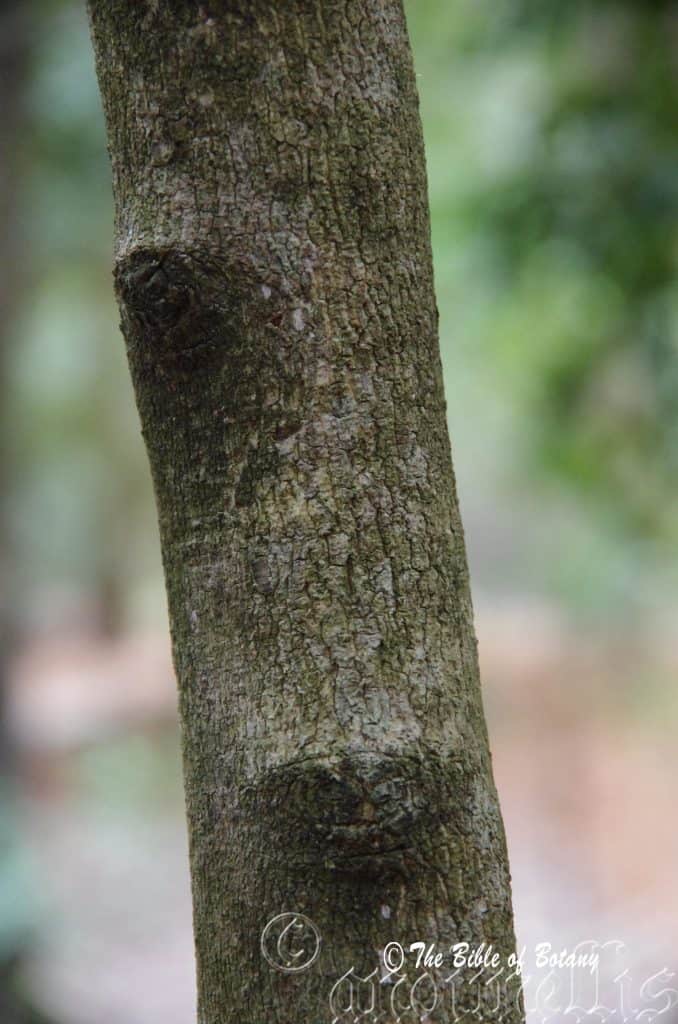
NCBG Coffs Harbour NSW
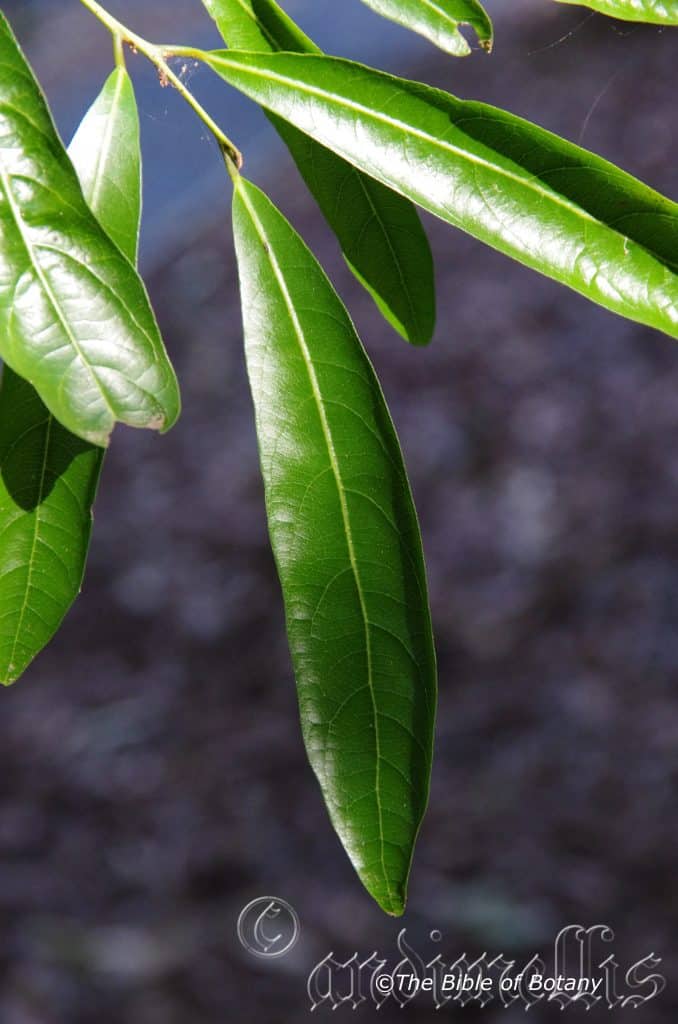
NCBG Coffs Harbour NSW
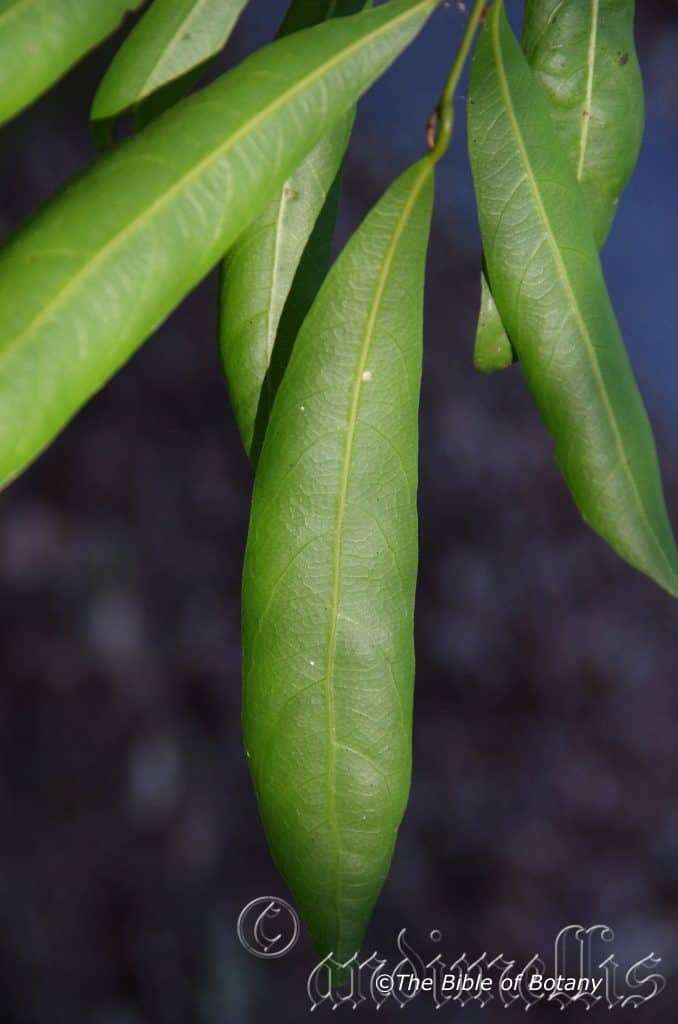
NCBG Coffs Harbour NSW
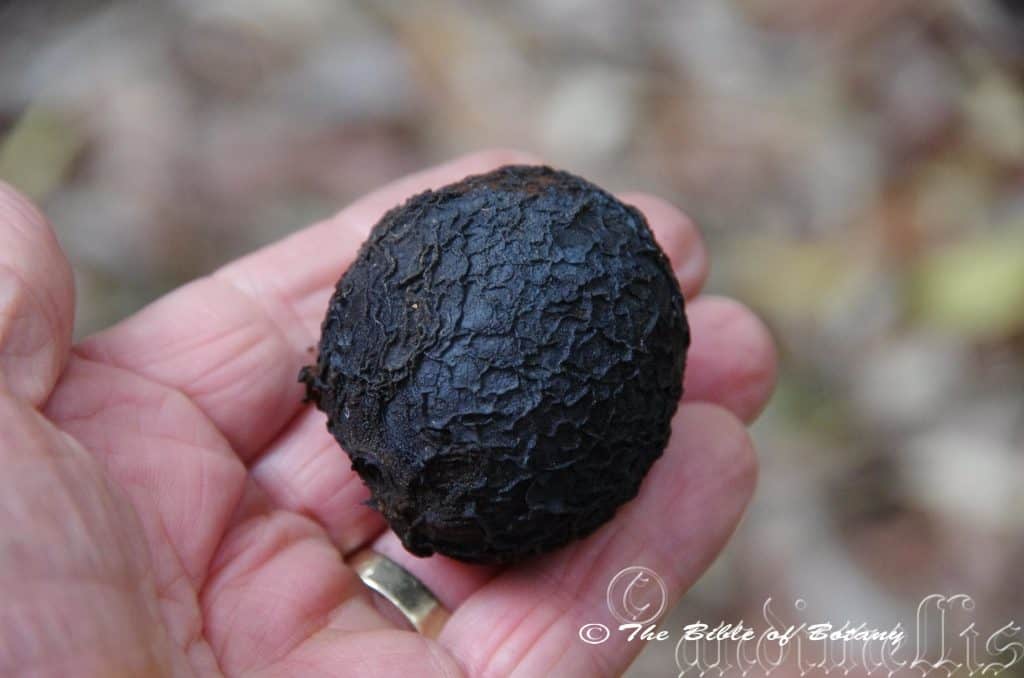
NCBG Coffs Harbour NSW
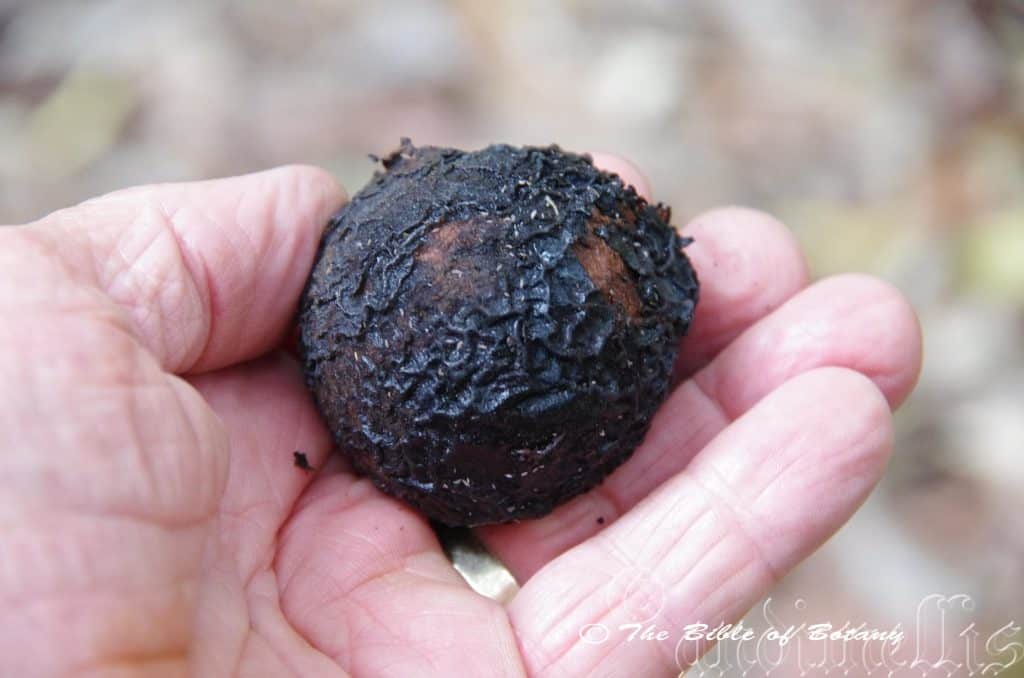
NCBG Coffs Harbour NSW
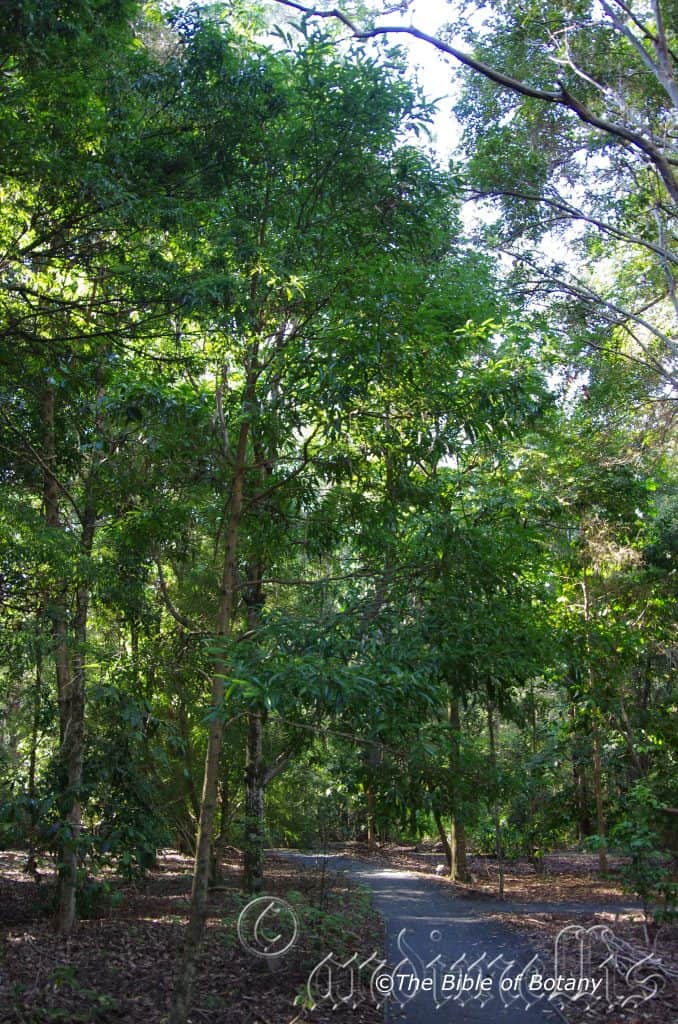
NCBG Coffs Harbour NSW
Endiandra virens
Classification
Unranked: Magnoliids
Order: Laurales
Family: Lauraceae
Genus: From Entos, which is Greek for within and Andros, which is Ancient Greek for a man. It refers to the inner row of stamens of the flower.
Specie: From Virens, which is Latin for to become bright green. It refers to structures or organs usually the leaves, which are a brighter green than other species in the genus.
Sub specie:
Common Name: White Apple.
Distribution:
Endiandra virens is found in several disjunct populations south from Kin Kin to the Glass House Mountains National Park in coastal eastern Queensland and from Ballina to the Comboyne River in coastal northern New South Wales. There is an isolated population in north Queensland on the headwaters of Dryandra Creek on Mount Dryandra near Proserpine.
https://avh.ala.org.au/occurrences/search?taxa=Endiandra+virens#tab_mapView
Habitat Aspect Climate:
Endiandra virens prefers full sun to light dappled shade. It usually grows in subtropical rainforests at lower altitudes and warm temperate rainforests at higher altitudes. It is found along creeks, streams and river riparian zones. The altitude ranges from 15 meters ASL to 1020 meters ASL.
The temperatures range from minus 2 degrees in July to 37 degrees in January.
The rainfall ranges from lows of 800mm to an average of 1800mm annually.
Soil Requirements:
Endiandra virens prefers poorer quality light clays to medium clays or heavy silts. The soils are usually derived from decomposed black basalt, brown basalts or creek meander alluvial silt deposits. The soils pH ranges from 4.5pH to 5.5pH. It does not tolerate waterlogged soils. Non saline soils to moderately saline soils are tolerated. Its altitude ranges from 15 meters ASL to 1000 meters ASL.
Height & Spread:
Wild Plants: 8m to 10m by 5m to 6m.
Characteristics:
Endiandra virens’s pale grey to pale fawn-grey trunk is erect shallowly fluted or at times buttressed. The bases of the trunks often have coppice new shoots. The trunk and branches are covered in farinaceous or tuberculate lumps. The branchlets are mid green and terete near the apexes. The juvenile and new growth is reddish-green and covered in fine caduceous fawn puberulent hairs.
The alternate leaves of Endiandra virens are narrow elliptical and measure 60mm to 140mm in length by 15mm to 45mm in width. The glabrous petiole measures 5mm to 17mm in length. The bases are cuneate while the apexes are acuminate or bluntly acuminate. The discolourous laminas are deep green to sea-green, glossy and semi glabrous on the upper lamina while the lower laminas are paler and dull. The laminas recurve slightly upwards from the midvein to the margins and decurve close to the apexes and are slightly undulating. The margins are entire. The midvein and lateral veins are strongly prominent on the lower laminas and slightly prominent on the upper laminas.
The inflorescence of Endiandra virensare short panicles born from the upper leaf axils. The panicles measure 50mm to 80mm in length. There are 12 to over 80 individual flowers on a panicle. The mid green rachises, peduncle and pedicels are glabrous. The creamy pink to creamy yellow corolla and ovate tepals are sparsely covered in short, white puberulent hairs externally and are glabrous internally. The corolla tubes measure 2.5mm to 3mm in length. The 3 outer erect tepals measure 0.6mm to 1mm in length by 1mm to 1.4mm in width while the 3 inner erect tepals measure 0.8mm to 0.9mm in length by 0.8mm to 0.9mm in width.
The 3 filaments are covered in pulverulent hairs and measure 0.7mm to 0.8mm in length. The anthers are glabrous and measure 0.7mm to 0.8mm in length by 0.5mm to 0.7mm in width and dehisce outwards or sideways.
The glabrous ovary measures 0.6mm to 0.7mm in length by 0.5mm to 0.6mm width. The style is glabrous. The perfumed flowers appear from February to June.
Endiandra virens fruits are globose to depressed globose drupes. The drupes measure 35mm to 60mm in length by 40mm to 60mm in diameter. The green drupes turn yellow, orange or orange-red when ripe however many drupes do not mature and remain on the trees until the following season. The drupes ripen from May to July.
Wildlife:
Endiandra virens relies on the various species of Fruit Bats (Pteropus specie) to distribute its large seeds throughout the rainforests.
The drupes are edible though I have not had the pleasure of eating any of them to date.
Cultivation:
Endiandra virens is a magnificent tree for tropical to warm temperate gardens. In cultivation it will form an upright densely foliaged medium tree growing from 6 meters to 8 meters in height by 4 meters to 8 meters in diameter when grown in the open. This makes it very suitable as small park tree or a specimen tree in a small garden or larger garden. The roots are non-invasive so can be planted closer to underground services, foundations or paths than most trees of similar size.
Its attractive shape when grown in the open also contributes aesthetically in small gardens where a single specimen tree is required. They will do well in either full sun or in dense shade, and in a wide range of soils from sandy loams to heavy clays on acidic or alkaline based soils.
Endiandra virens can also be grown as a windbreak along the coast and can stand coastal salt laden winds. They make excellent large hedges and wildlife corridors for wild life when planted in rows. Because of this it would be worthwhile trying them inland in semi-arid zones where adequate moisture can be guaranteed.
The trees would make very good accent trees in front of low set or 2 story commercial buildings, industrial sheds or school buildings where they will break up hard rigid architectural lines and give warmth and breadth to a building. In front of high rise buildings they give balance especially where they could be grown in curves meandering to the entry doors.
The trees make ideal rainforest starter trees and are good for most types of epiphytic ferns and orchids especially when the lower limbs are removed correctly to induce a taller shade tree.
Propagation:
Seeds: Endiandra virens seeds can be sown directly into a seed raising mix without treatment in spring or summer. Place 1 seed in a 50mm native tube and cover the seeds in 10mm of fine sand. Place the trays in a warm position under 30mm to 50mm shade and keep moist.
Prepare the hole where the seeds are to be planted using good quality compost and add a large handful of pure Blood and bone and mix thoroughly. When the seedlings are 150mm to 200mm tall plant them into their permanent position.
Fertilize using Seaweed, fish emulsion or organic chicken pellets soaked in water and apply the liquid on an alternate basis. Fertilize every two to 3 months for the next few years or until the trees are well established then it can be cut back to once a year.
Further Comments from Readers:
Hi reader, it seems you use The Bible of Botany a lot. That’s great as we have great pleasure in bringing it to you! It’s a little awkward for us to ask, but our first aim is to purchase land approximately 1,600 hectares to link several parcels of N.P. into one at The Pinnacles NSW Australia, but we need your help. We’re not salespeople. We’re amateur botanists who have dedicated over 30 years to saving the environment in a practical way. We depend on donations to reach our goal. If you donate just $5, the price of your coffee this Sunday, We can help to keep the planet alive in a real way and continue to bring you regular updates and features on Australian plants all in one Botanical Bible. Any support is greatly appreciated. Thank you.
In the spirit of reconciliation we acknowledge the Bundjalung, Gumbaynggirr and Yaegl and all aboriginal nations throughout Australia and their connections to land, sea and community. We pay our respect to their Elders past, present and future for the pleasures we have gained.